March 2020
/March was our first month of birding to be impacted by COVID-19, as global case numbers rose drastically and we started to experience the impacts closer to home in the latter third of the month. However, the natural world continued to transition from winter into spring, with flowers blossoming, vegetation greening, and the birds singing. Many birders found at least some time to be out, with proper respect to the physical distancing protocols outlined at the time. For those who did spend time outdoors, March was a lovely month, showing off vast blooms of Bradford Pears, Eastern Redbuds, Cherry Blossoms, Tulip Trees & Dogwoods. The reddish Swamp Maples cast a beautiful contrast to the lush greenery that started to pop this month in forested areas of the city (perhaps no more evident than at Stumpy Lake). Overall, temperatures in March were higher (65°F/49°F for daily highs/lows) than the prior ten-year average (59°F/41°F). Though, of the prior ten years, 2012 & 2016 both featured higher highs, but only 2012 held higher lows. We ranged from a low of 31°F on 8 Mar to a high of 88°F on 20 Mar, which marked the highest value for the calendar year thus far (dethroning the 83°F set the previous day). As with February, the avifauna observed throughout the month seemed very reflective of these higher than normal temperatures. Continuing the pattern set throughout the winter season, waterfowl numbers were abysmal, and Aythya were essentially missed altogether this month. Though, we were blessed with some solid waterfowl rarities, which helped to make up for the lack of diversity and quantity. A major pulse of fresh spring arrivals bolstered overall numbers near month’s end, and also produced some very early first-of-season records. Over the course of its thirty-one days, a total of 178 species produced accepted records in eBird during March, which was a significant boost from the 164 species logged here in February. Compared to recent Marches, this number proved to be a strong increase from both the 167 species logged in 2019 as well as the 170 in 2018. For the calendar year, we now stand at 199 species, which is eight higher than the 191 species logged through the same period last year. Collectively, eBirders have now submitted a total of 3,180 complete checklists for the calendar year which, like last month, keeps us on a pace to eclipse the 10,061 submitted in 2019.
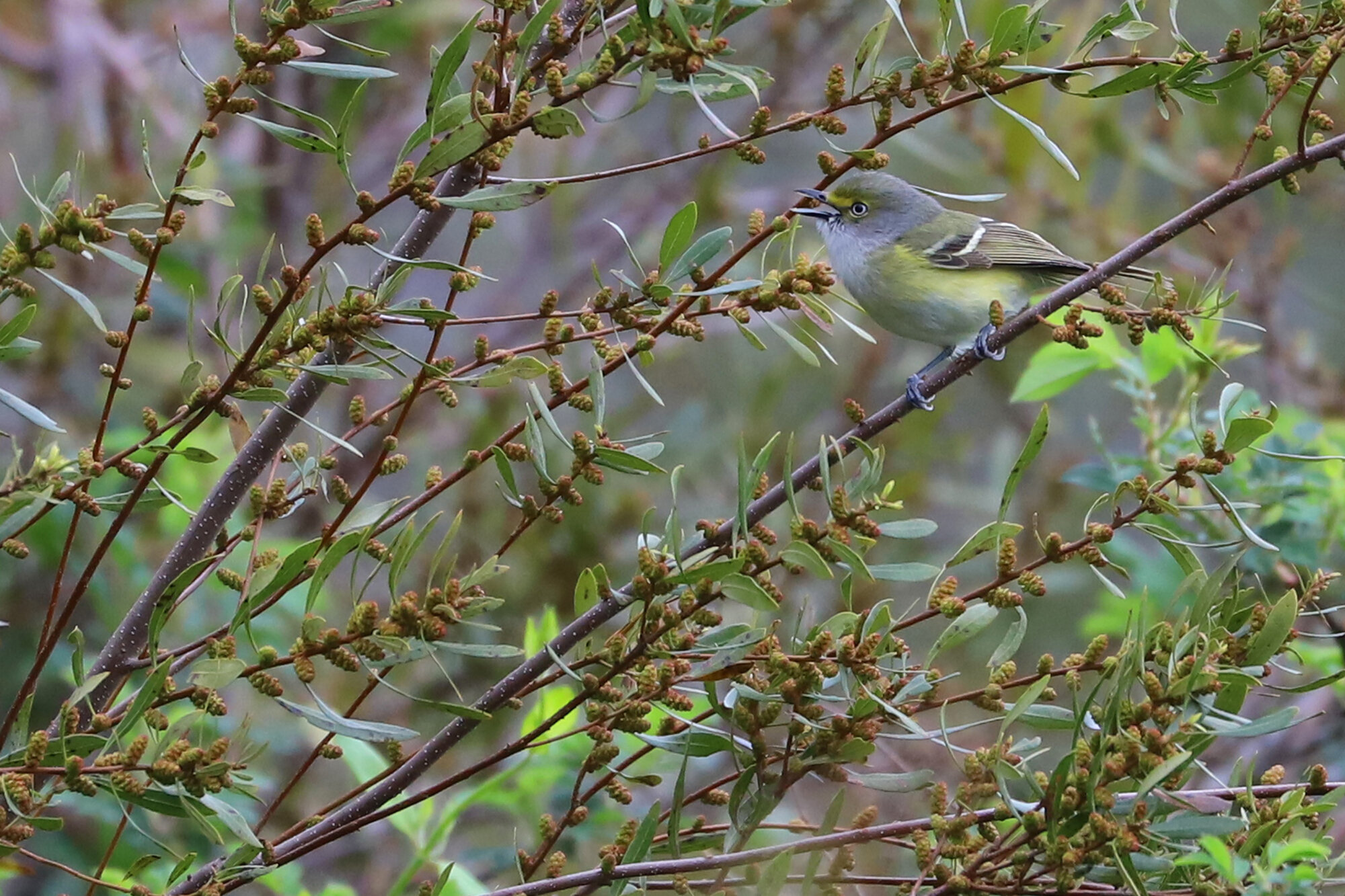
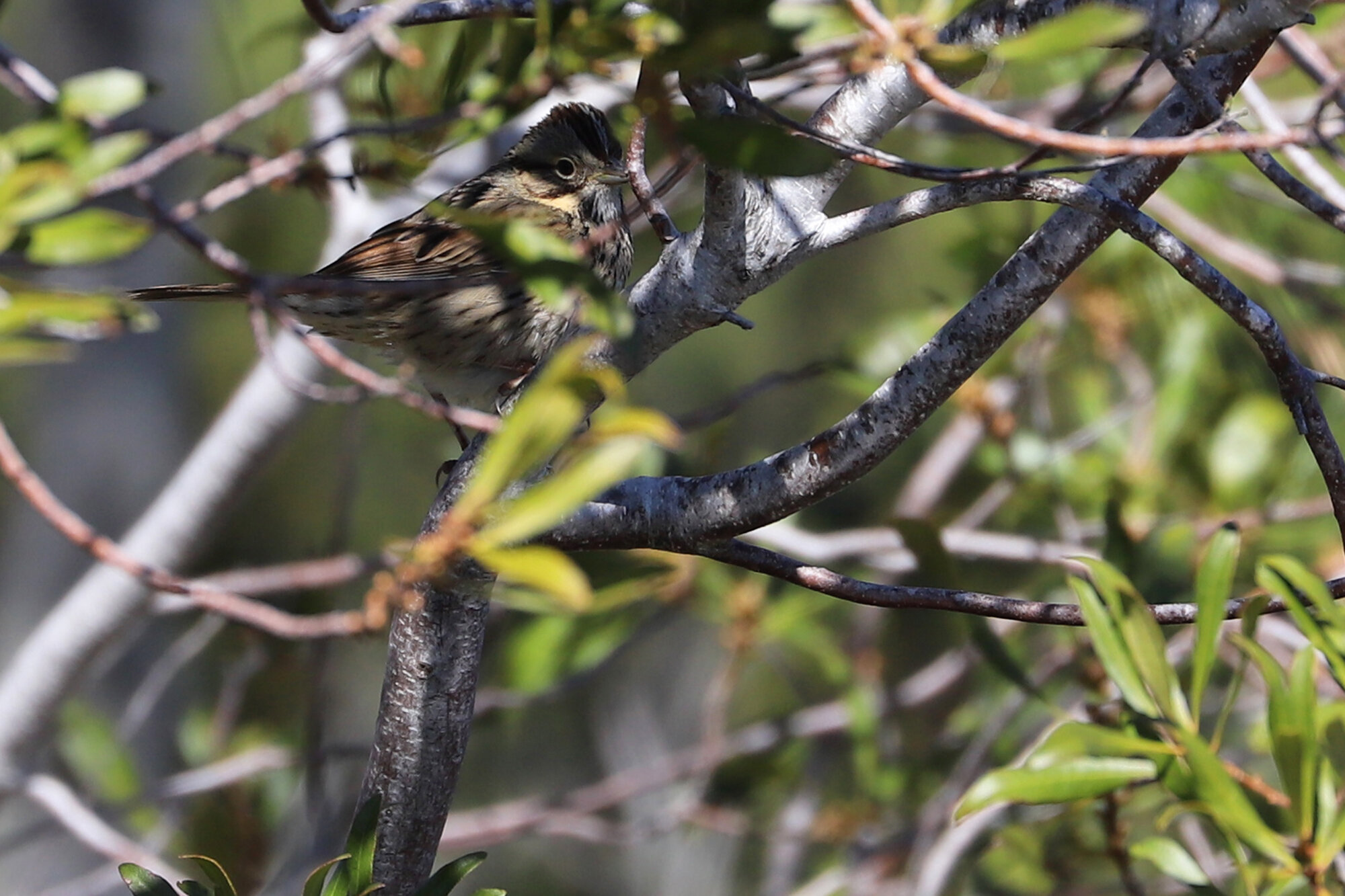
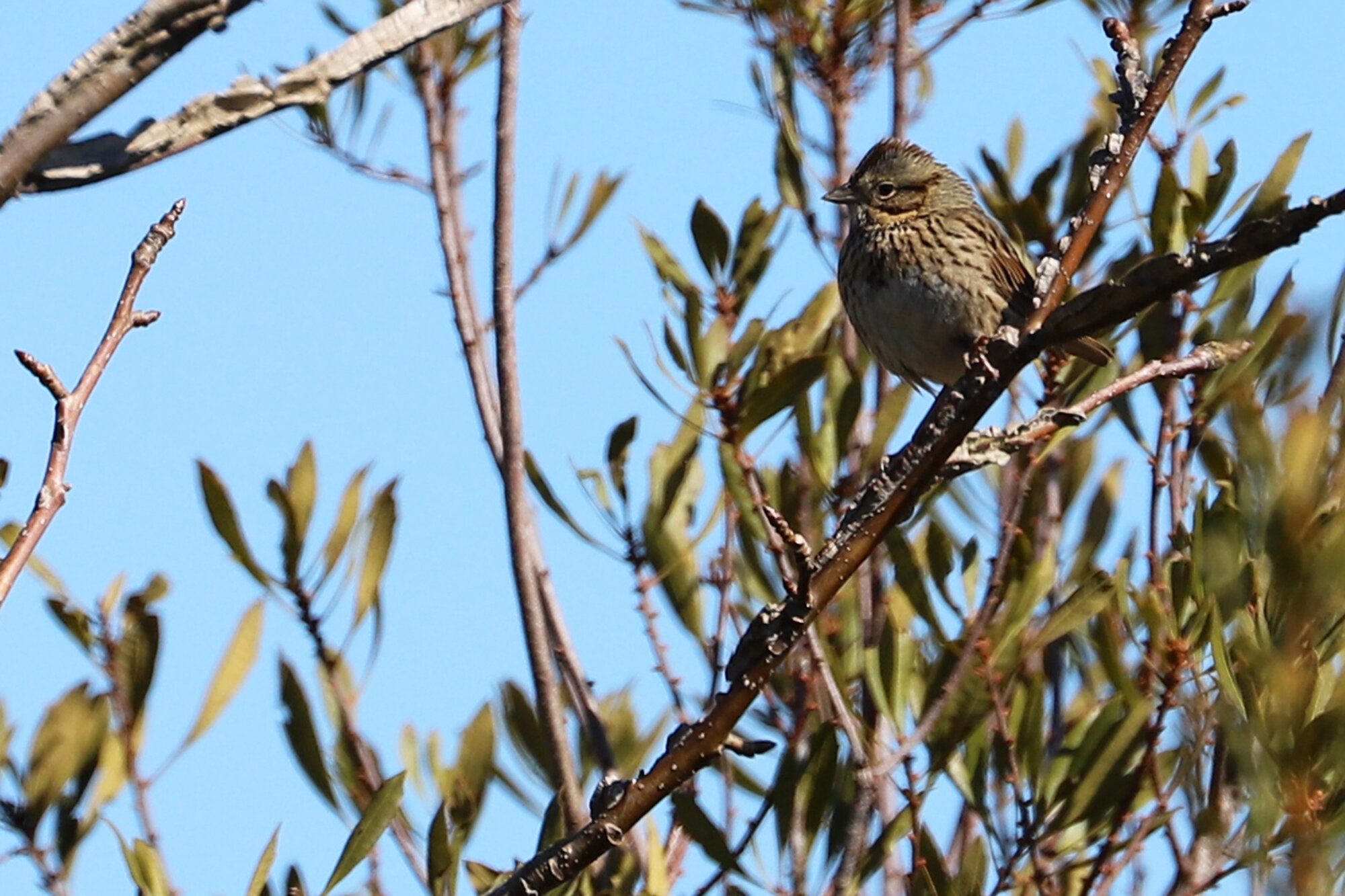
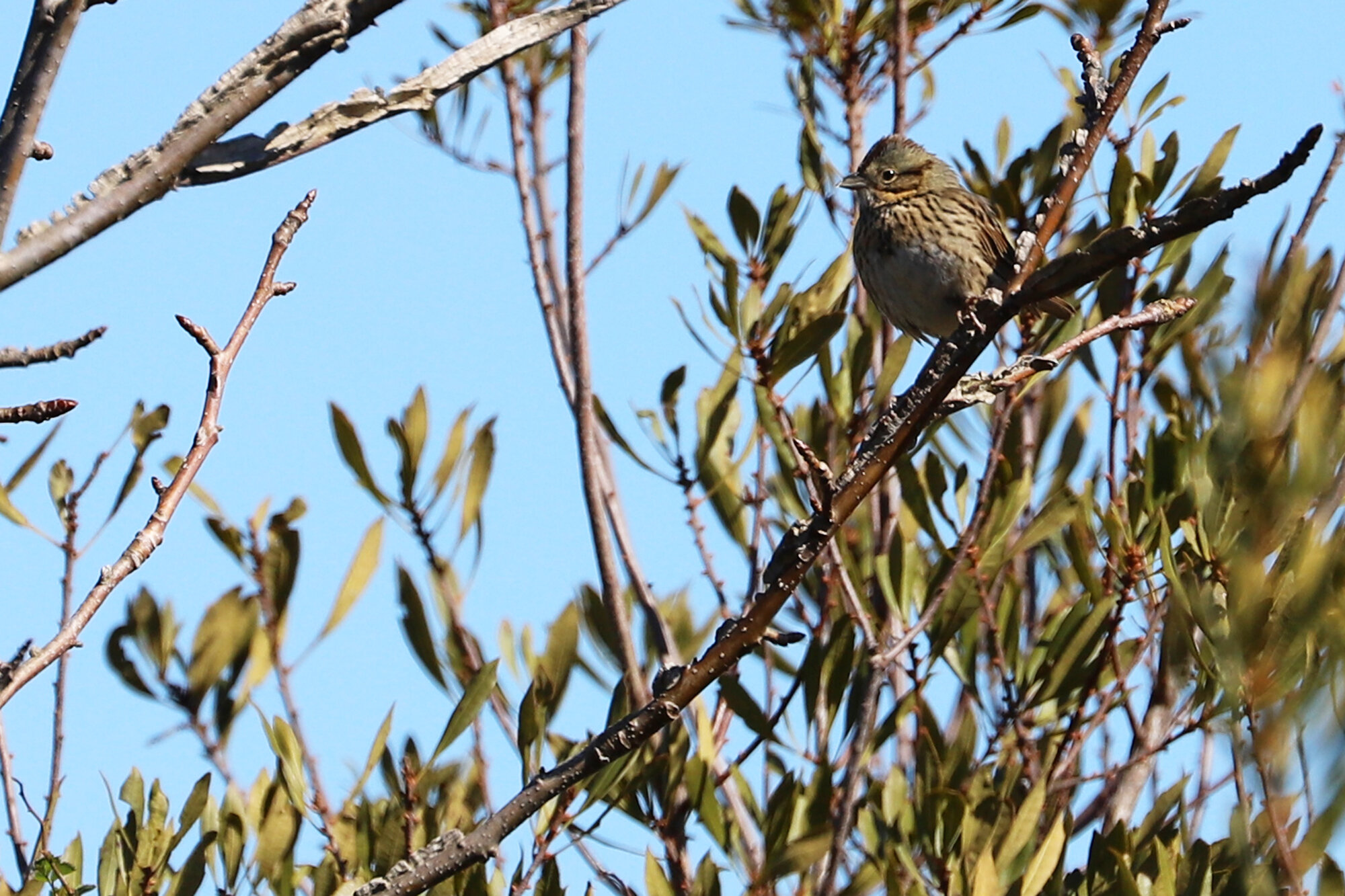
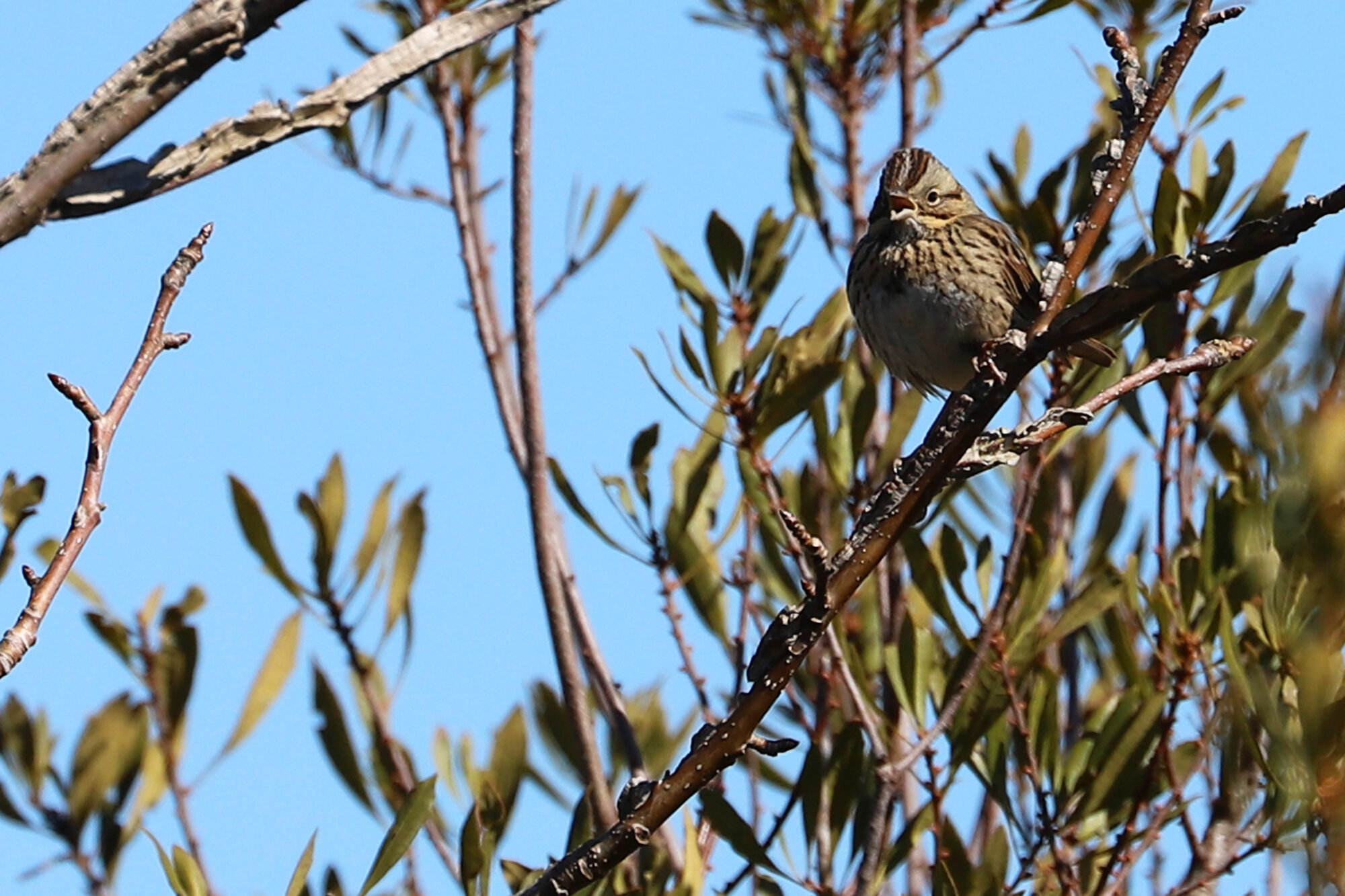
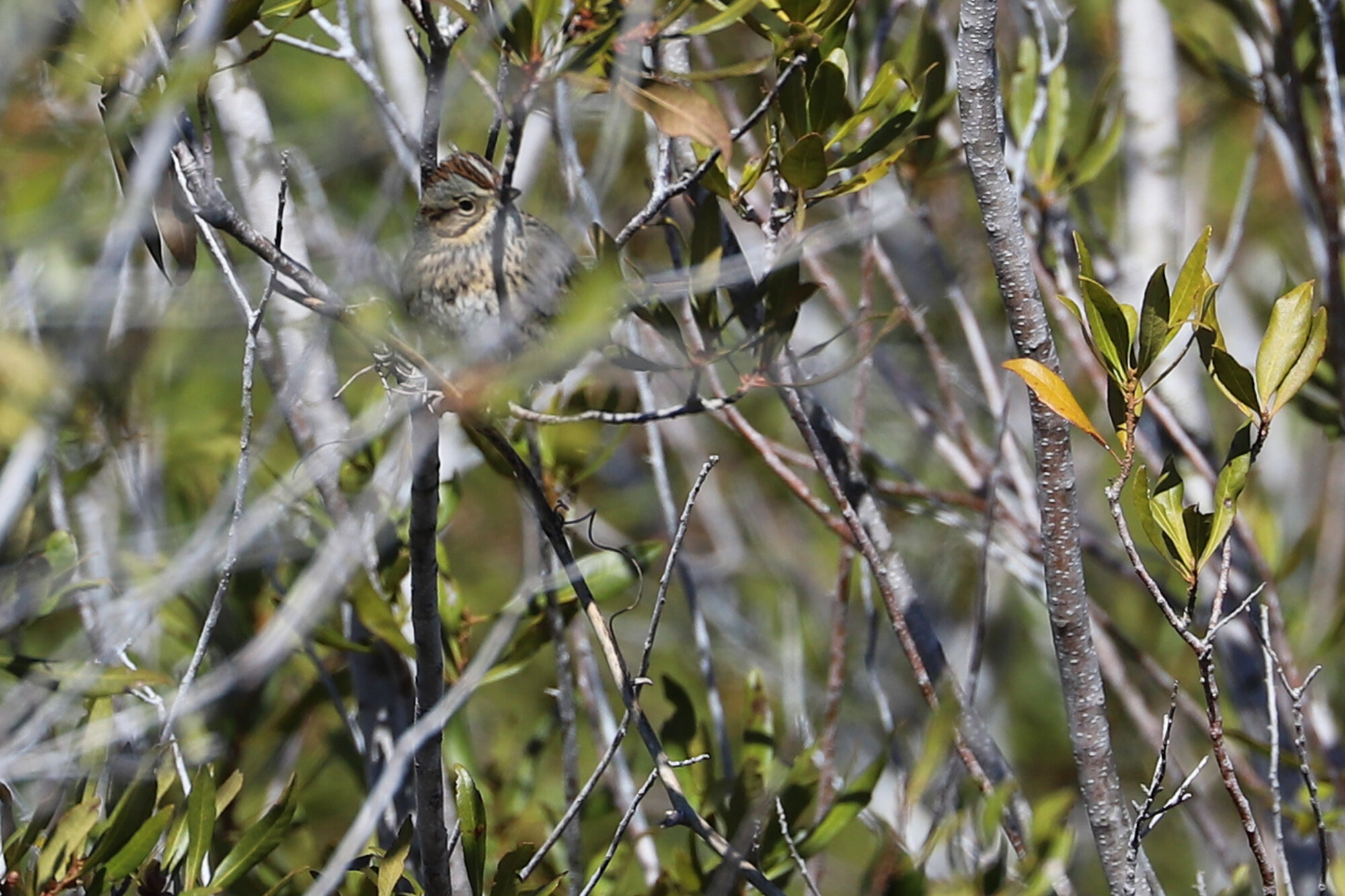
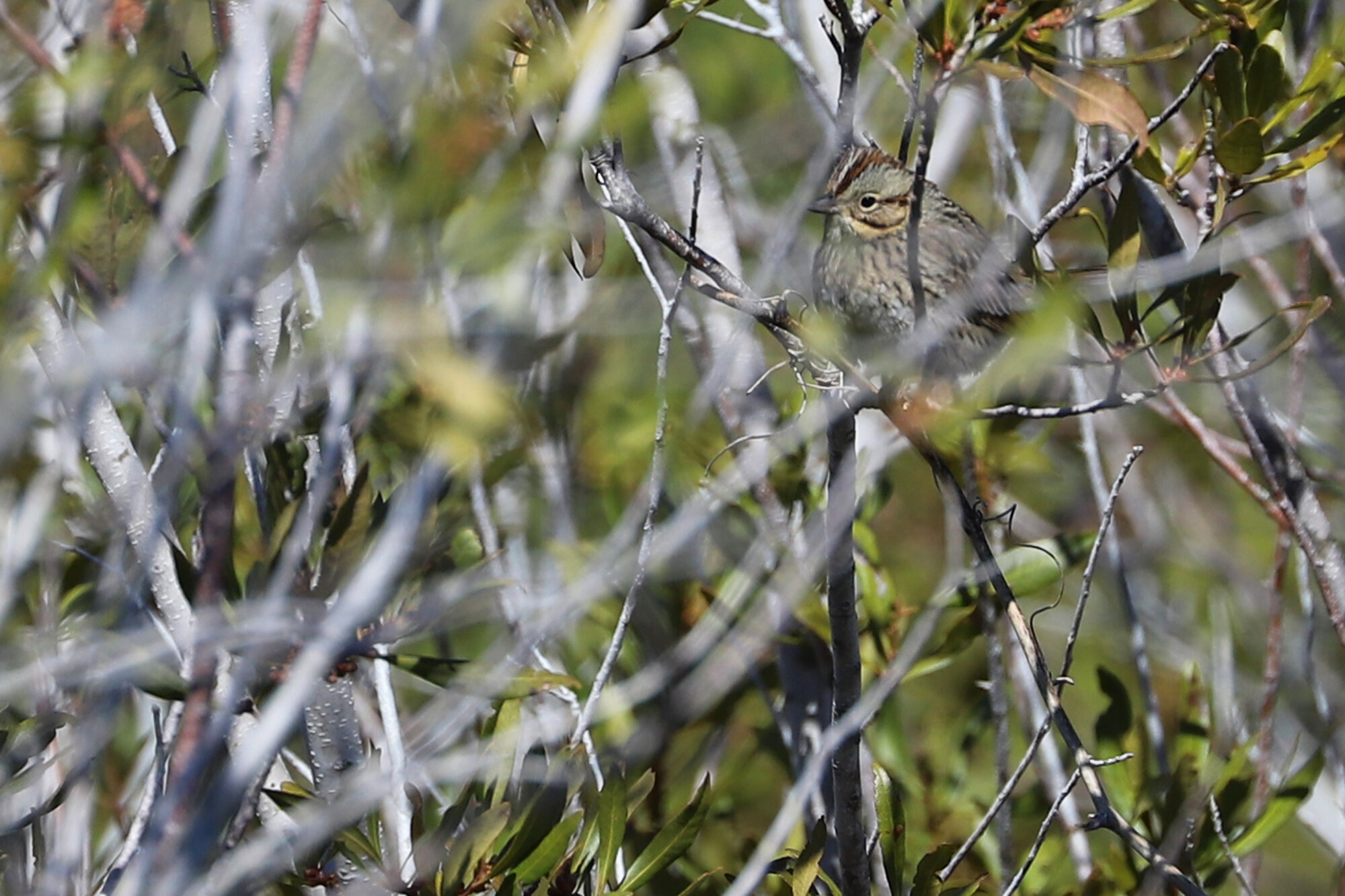
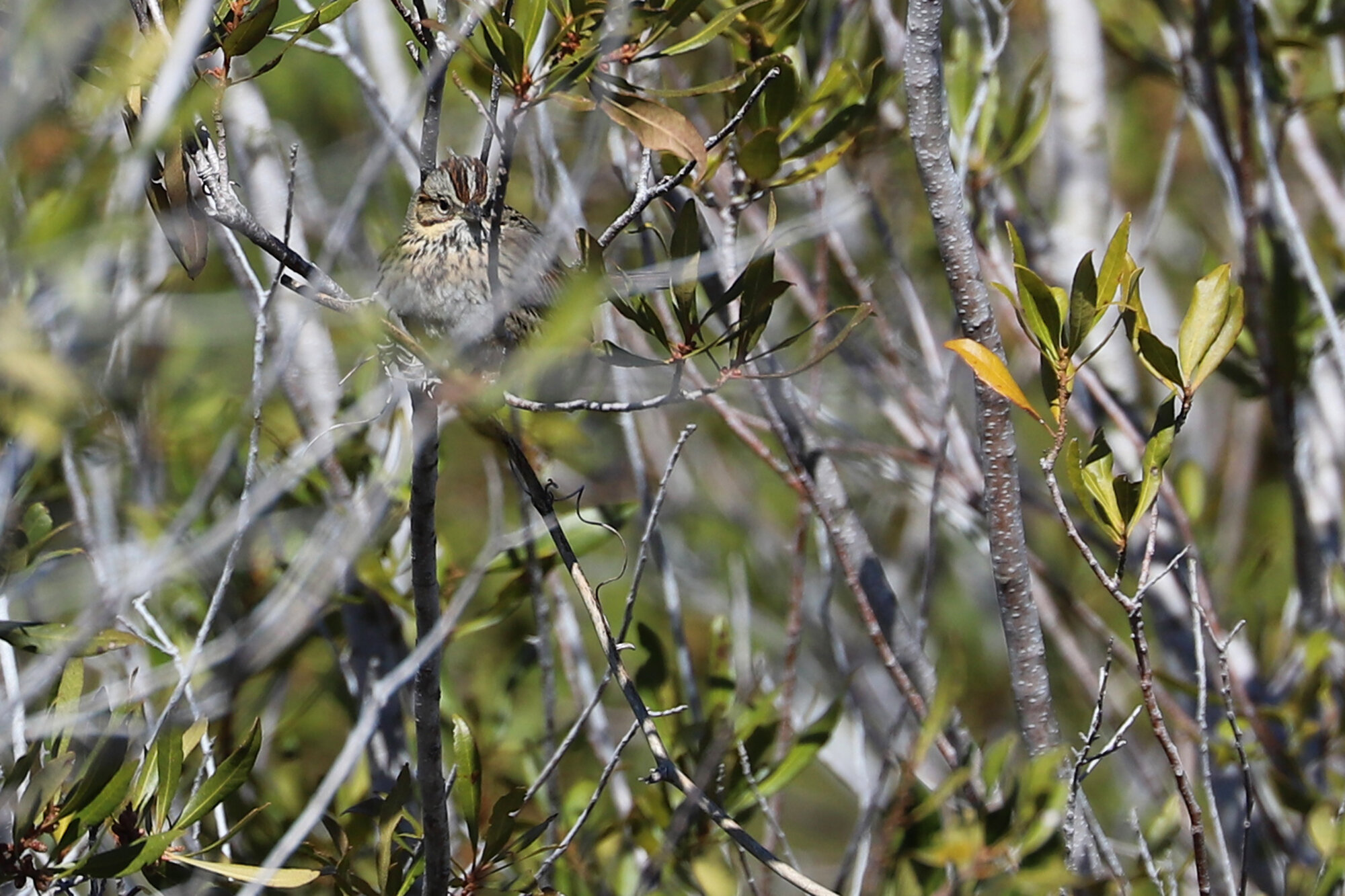
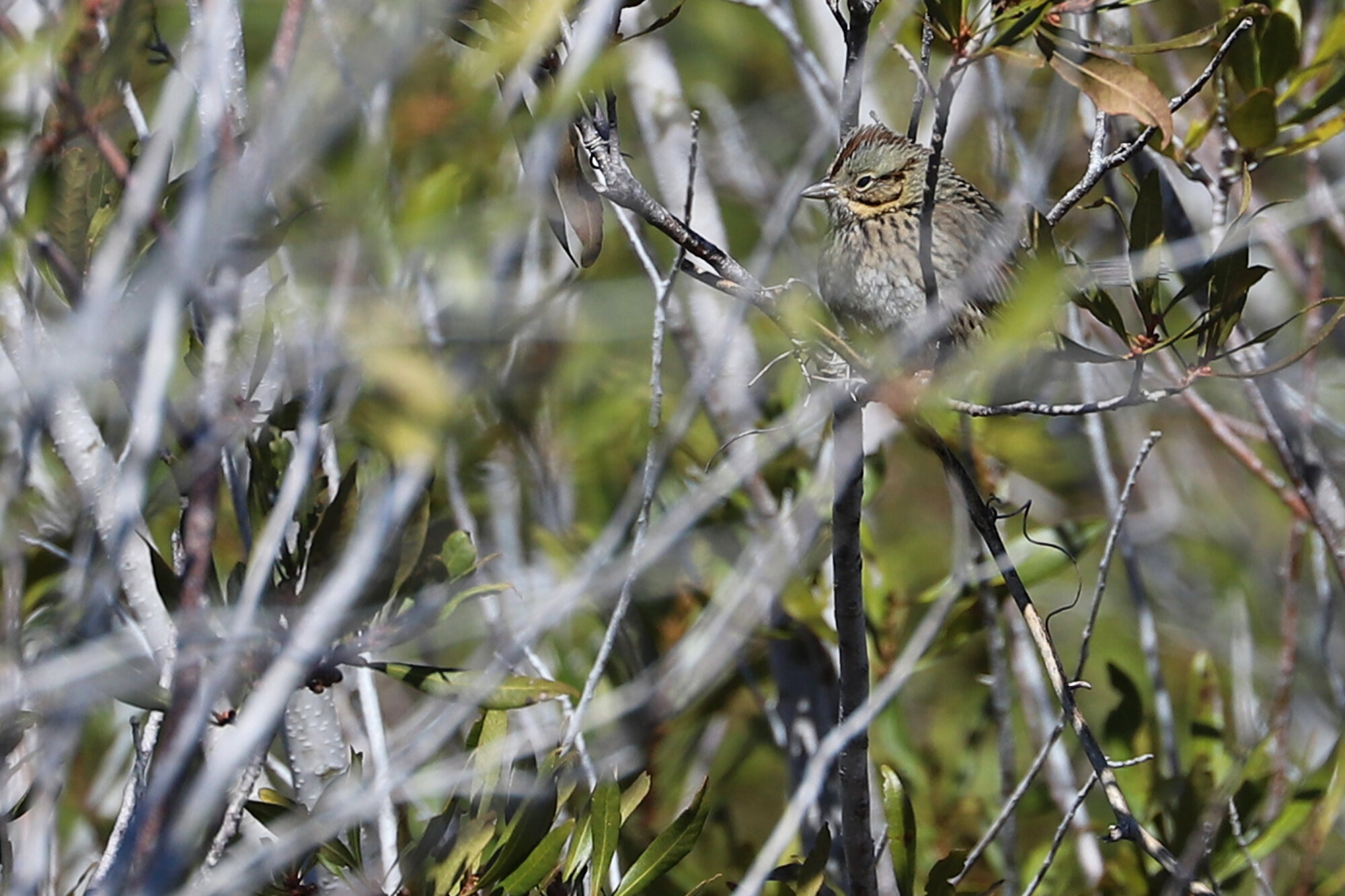
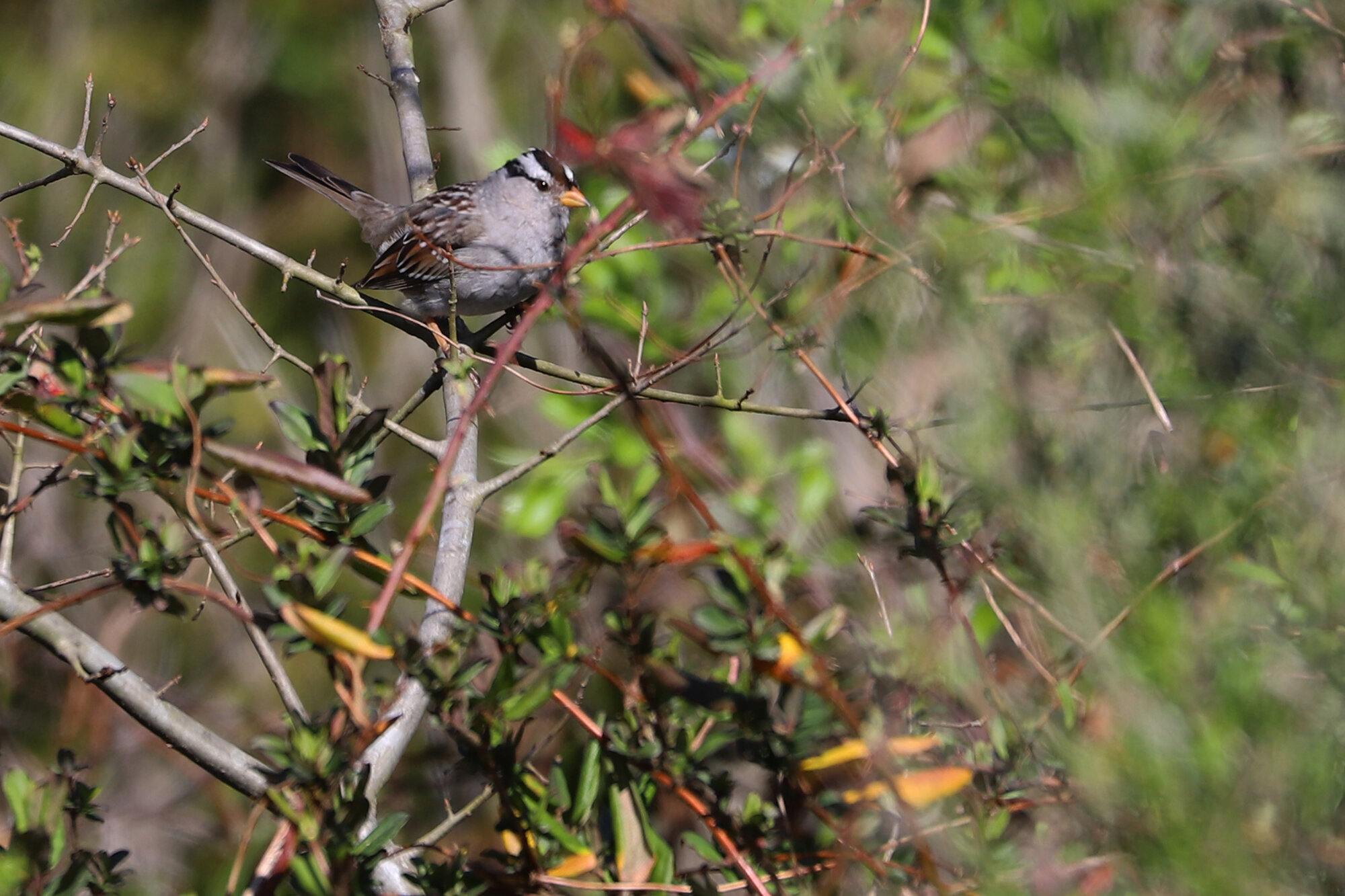

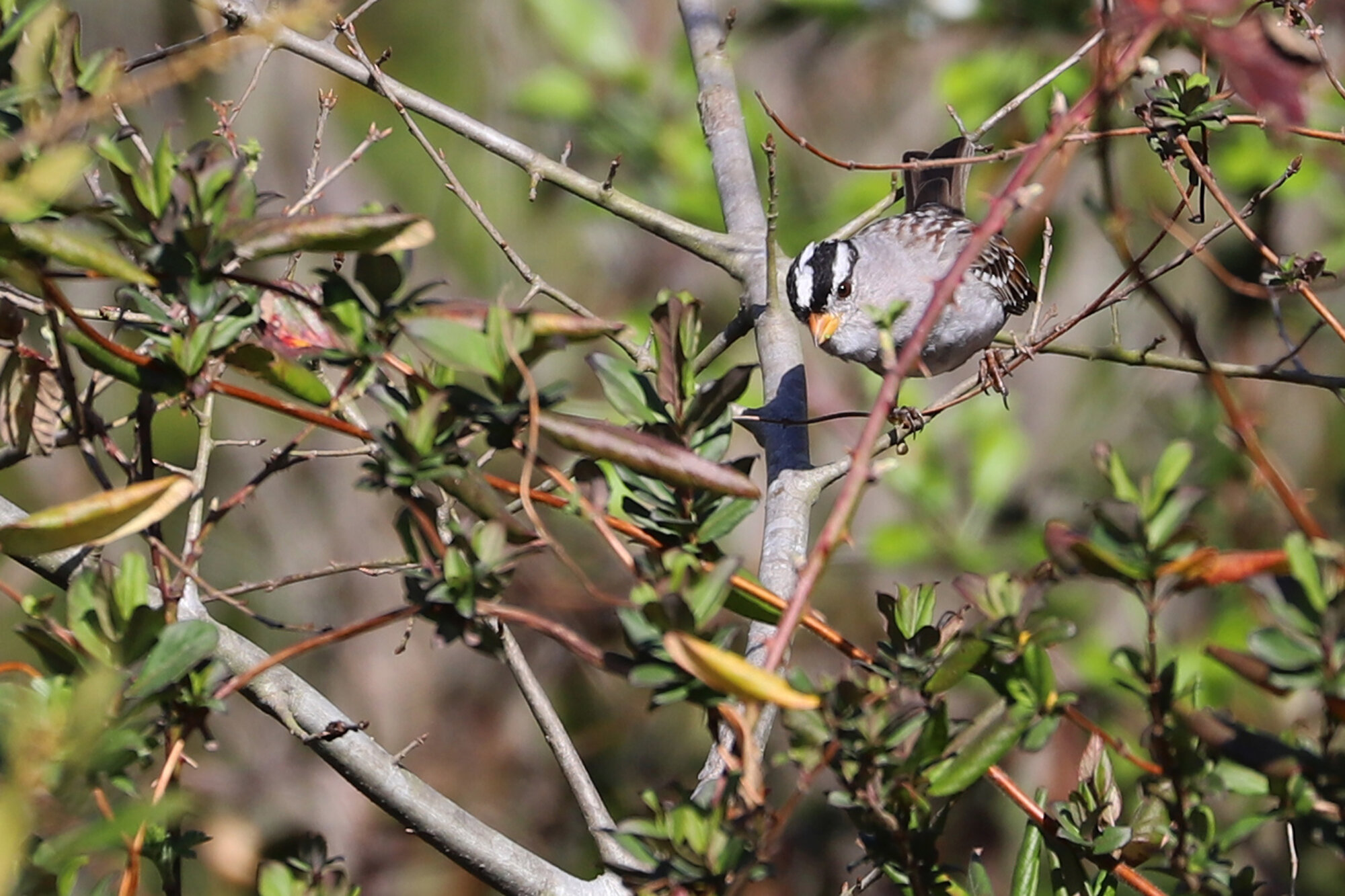
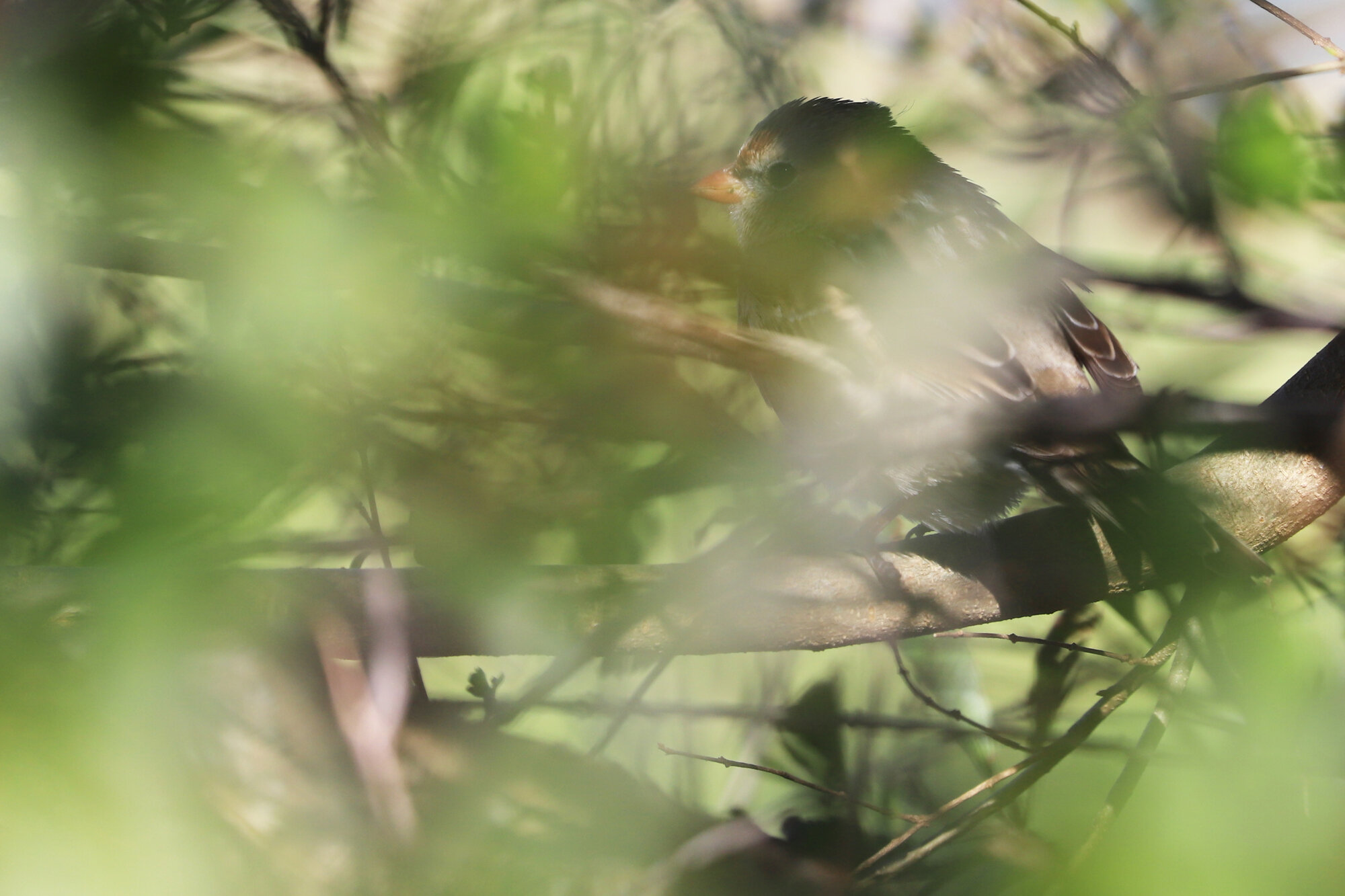


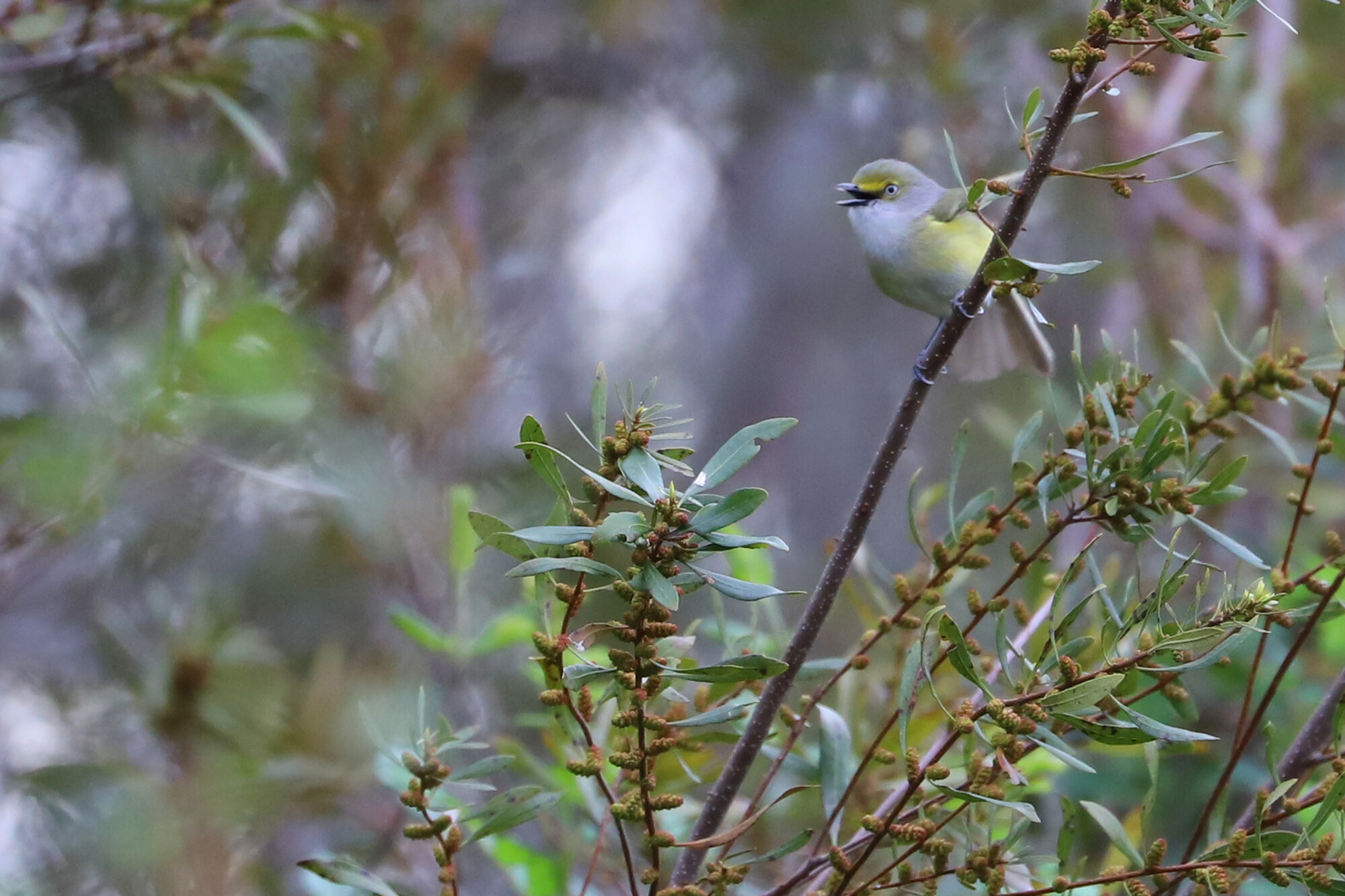
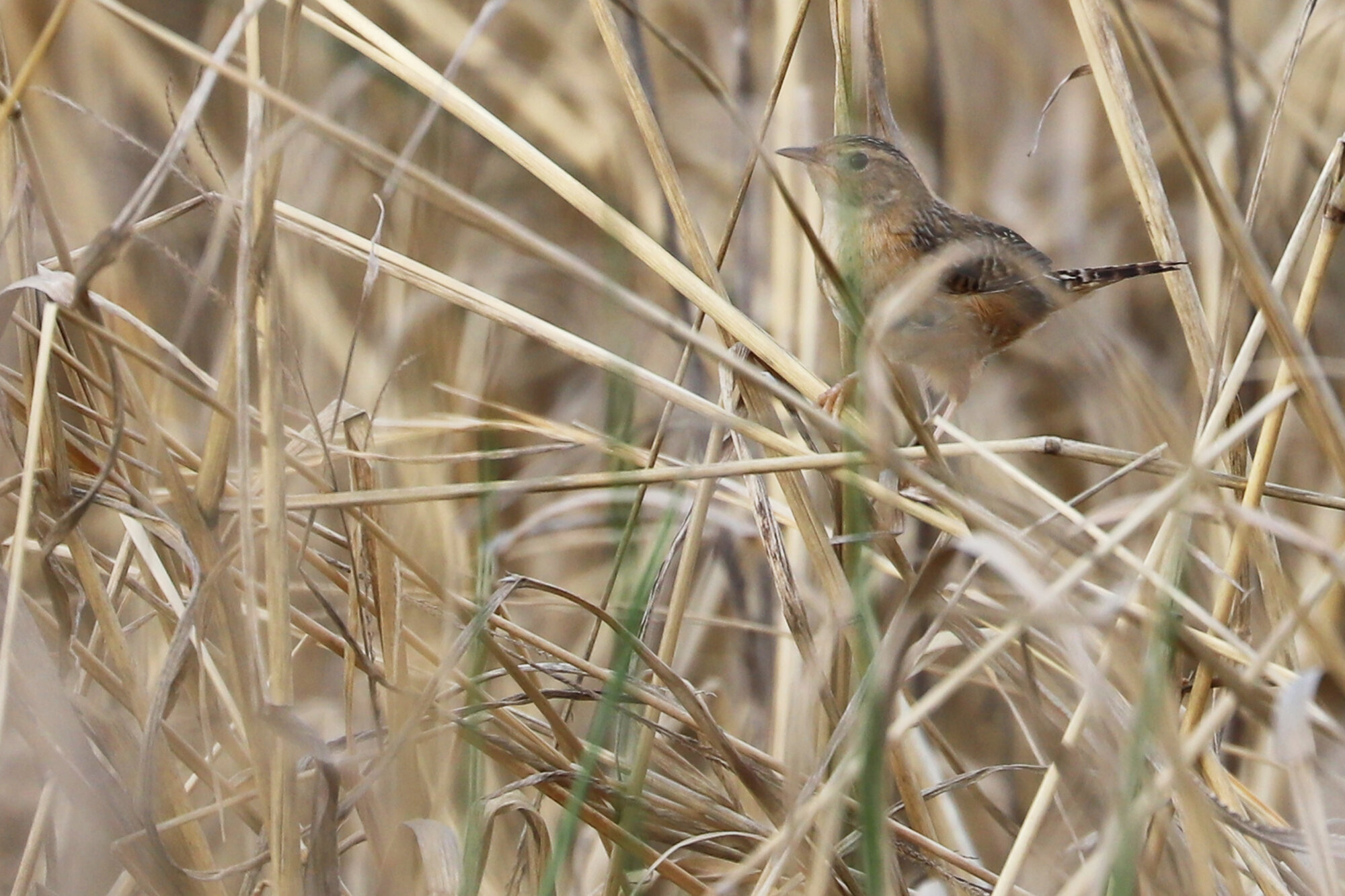

A not-quite-adult MUTE SWAN was photographed on Lake Windsor during the morning hours of 21 Mar (ph. Lisa Rose), and spent some time moving back and forth between there and Lake Trashmore throughout the ensuing hours. Another Mute Swan was reported on a pond in Thoroughgood 29 Mar (vis. Tracy Tate). So far we’ve had a good year for this species, which wasn’t recorded in each of the prior five calendar years in Virginia Beach, but has popped up in a few locations this season. An adult was at Back Bay NWR in January, and one was hanging around Lynnhaven Inlet in February (perhaps even this same individual or the one in Thoroughgood). (Mar 2020 Map)
Still the only record for Virginia Beach this year, the drake EURASIAN WIGEON found on Oceana NAS (Restricted) back on 28 Jan (ph. Mark Burns) continued to be observed through 14 Mar (ph. Karl Suttmann; later ph. Rob Bielawski). This individual made for the southernmost record on the East Coast during March, and only Hoffler Creek Nature Preserve (Portsmouth) and Chincoteague NWR (Accomack) produced other records for Virginia. Please note that this pond is in a restricted access area and is not open to the public. Individuals must possess proper credentials, or be escorted by someone who has them on hand. (Mar 2020 Map)
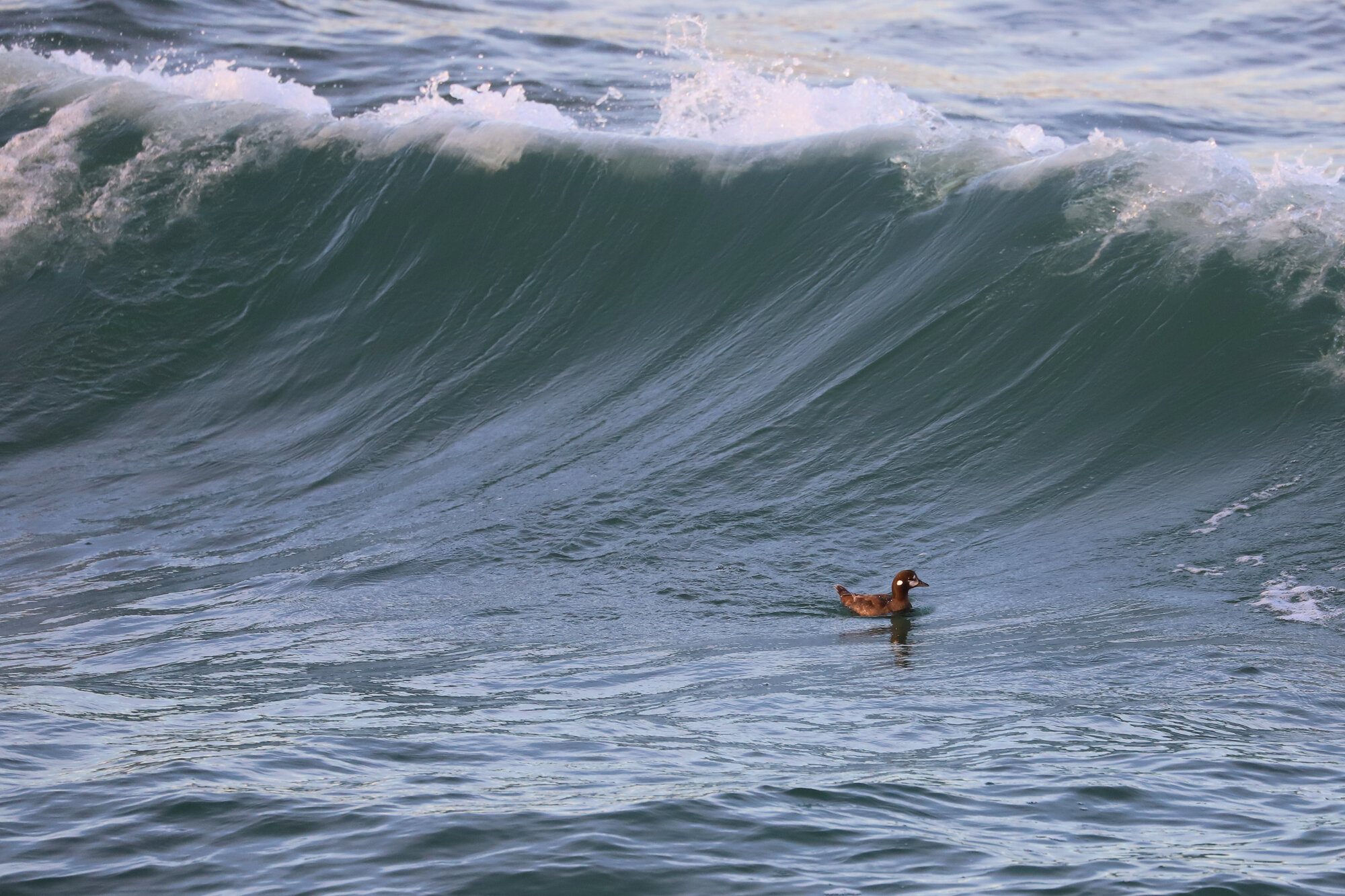
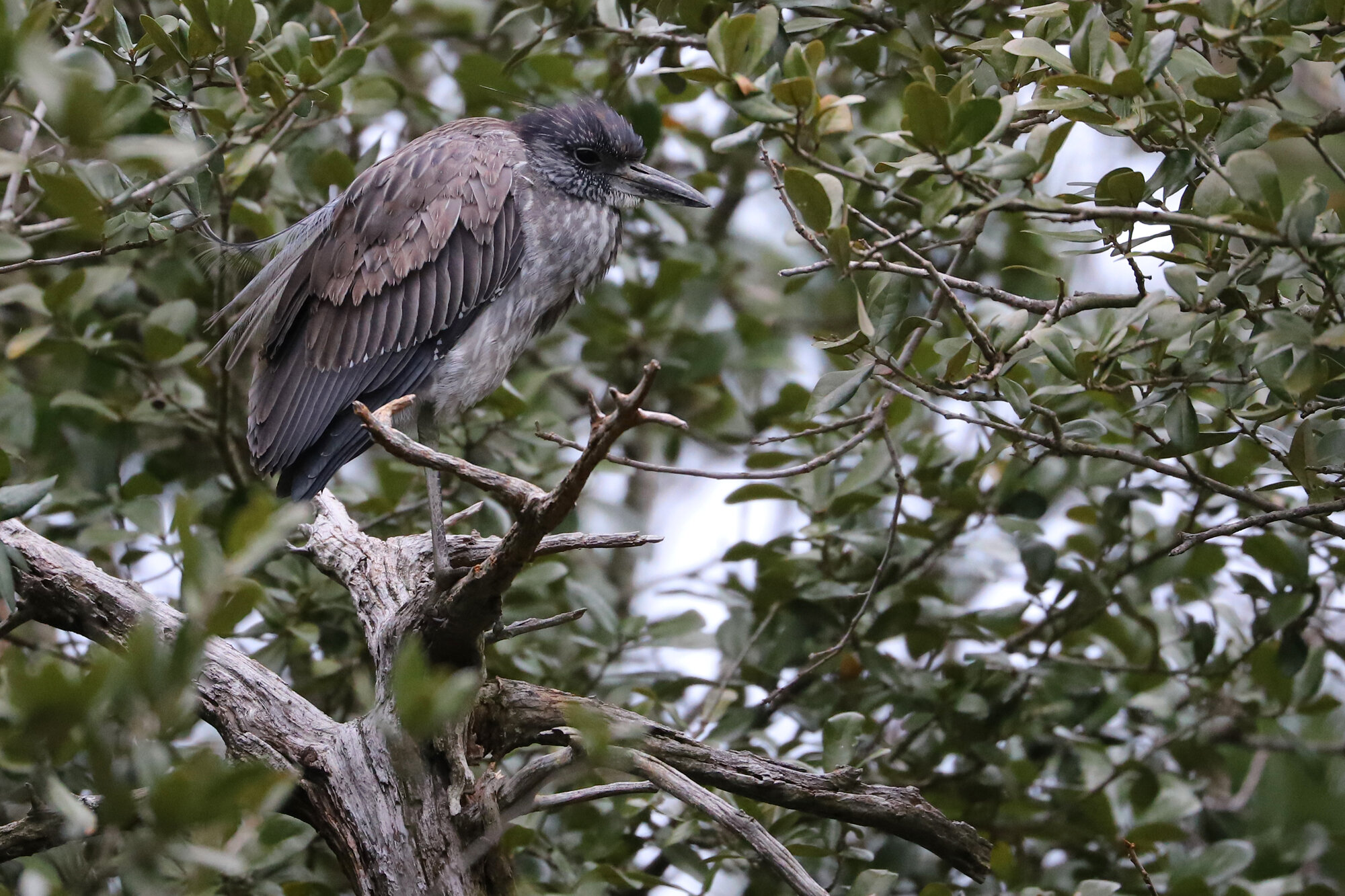
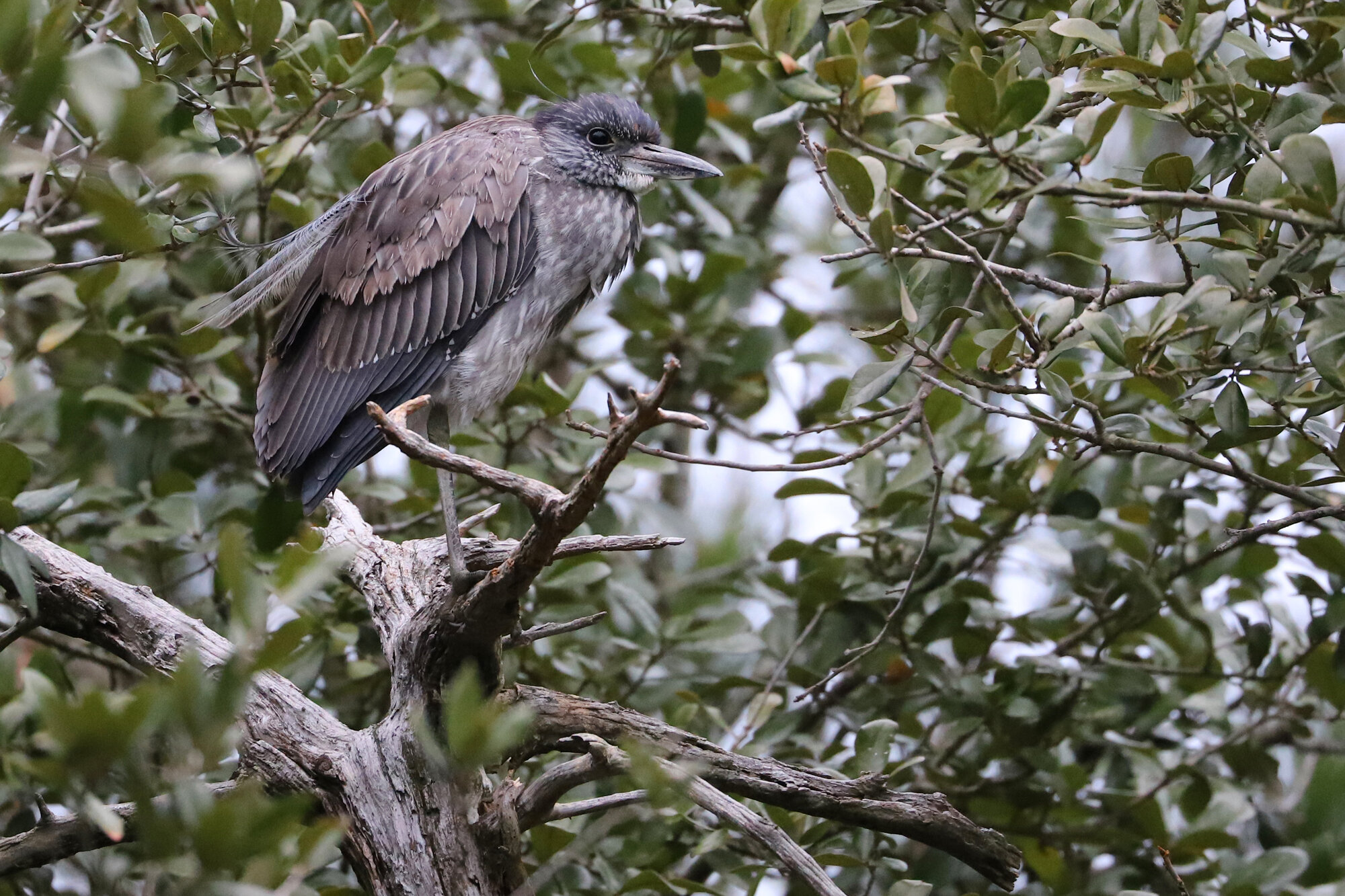
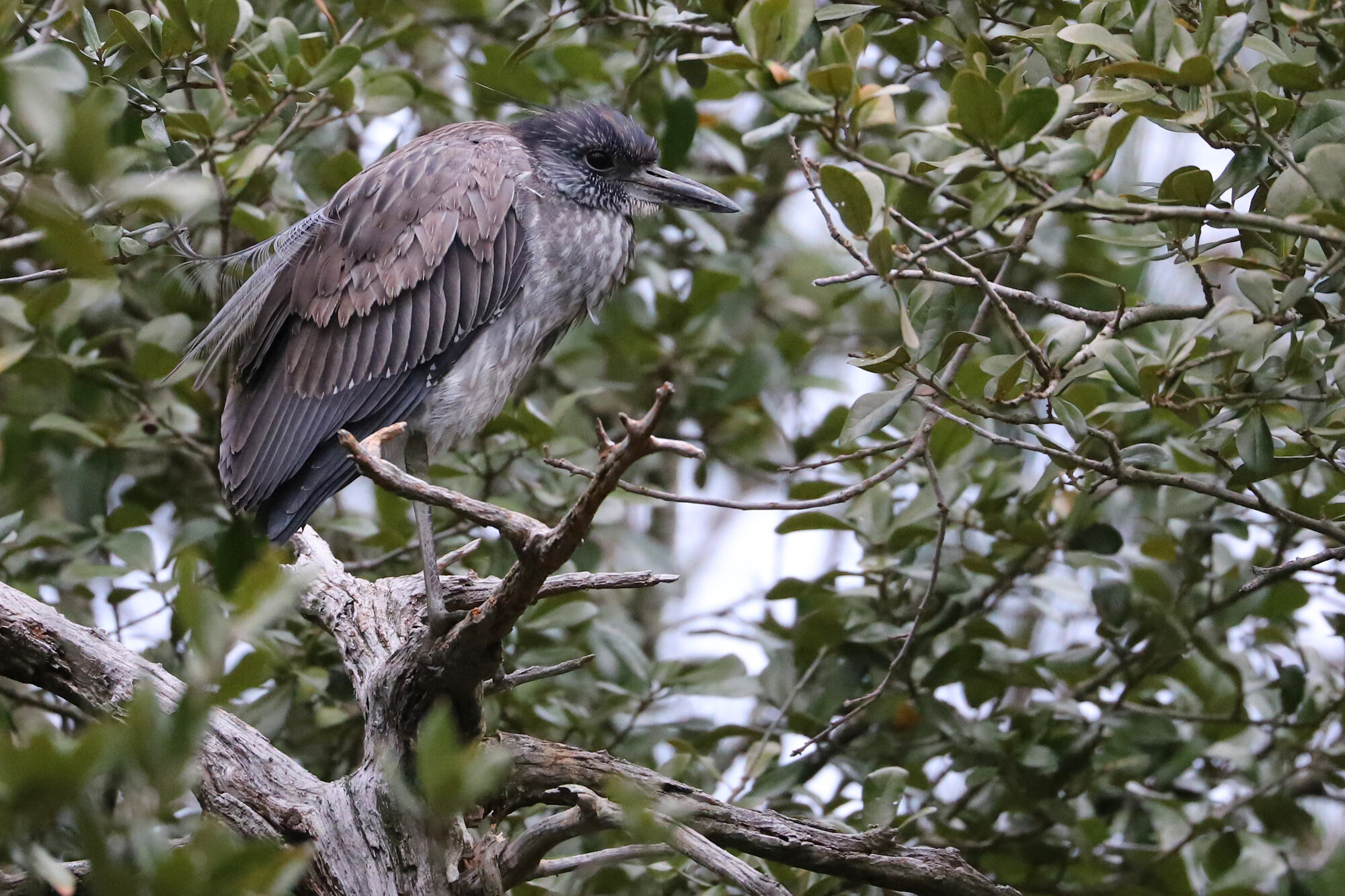
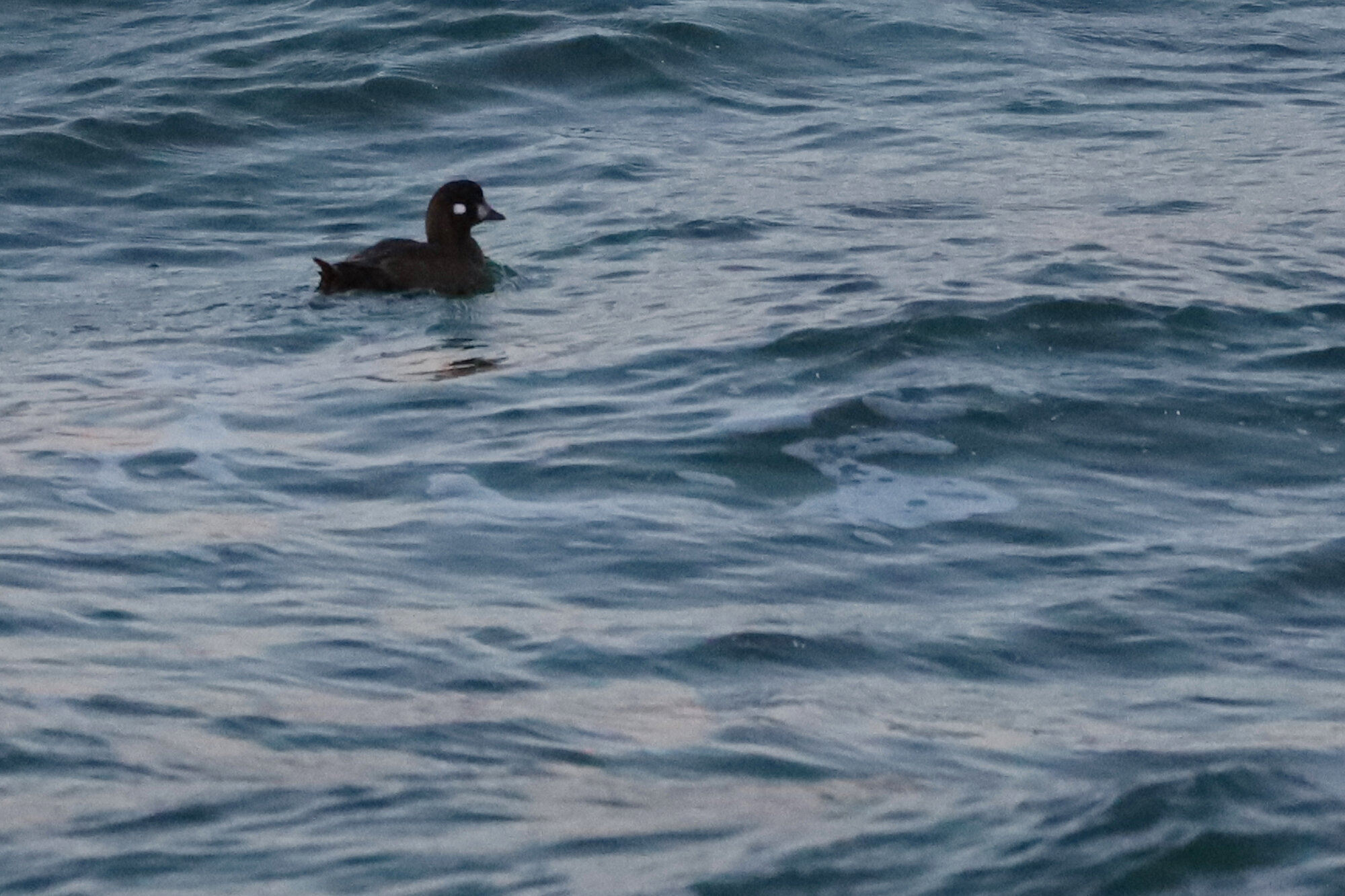
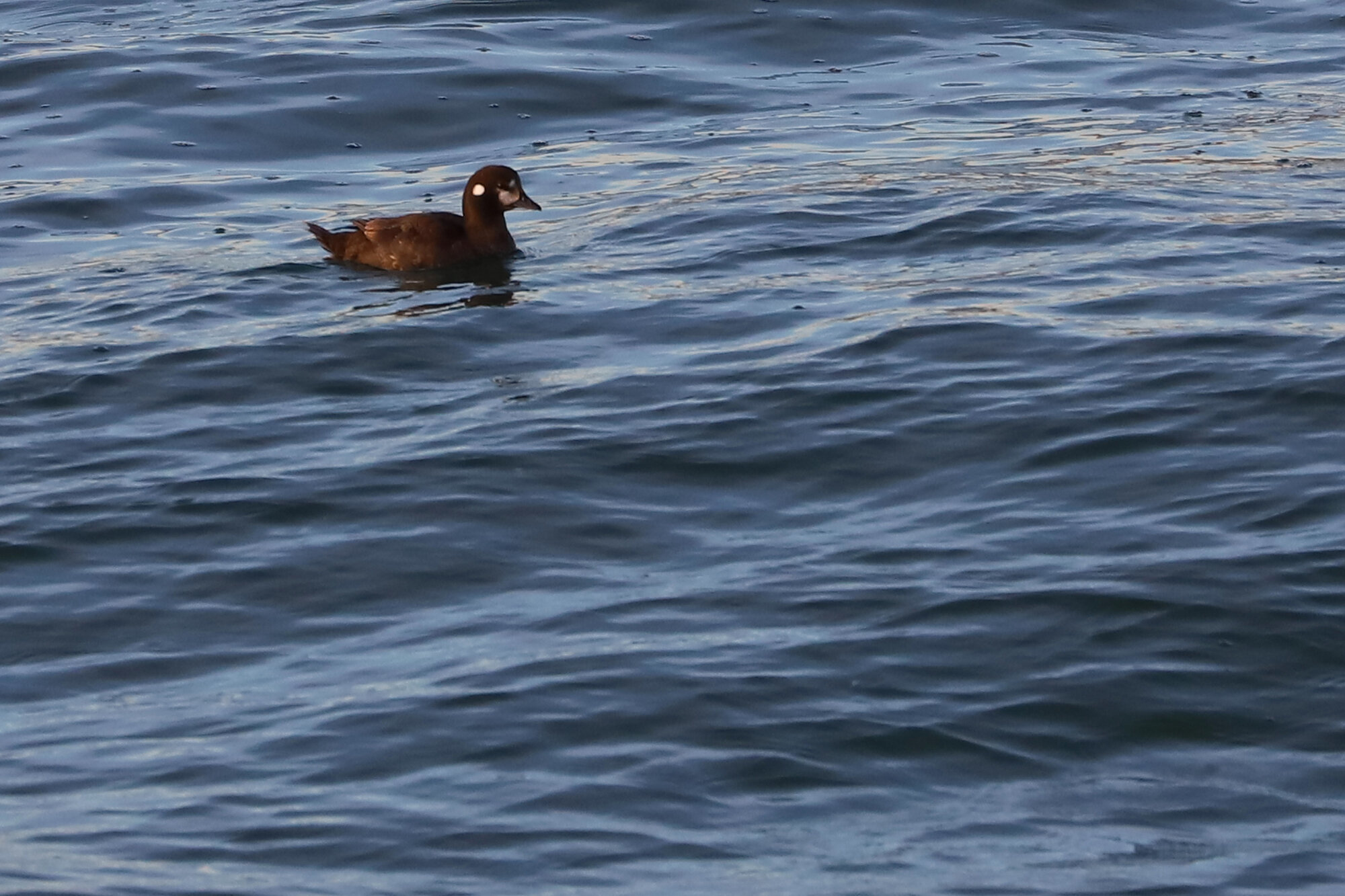
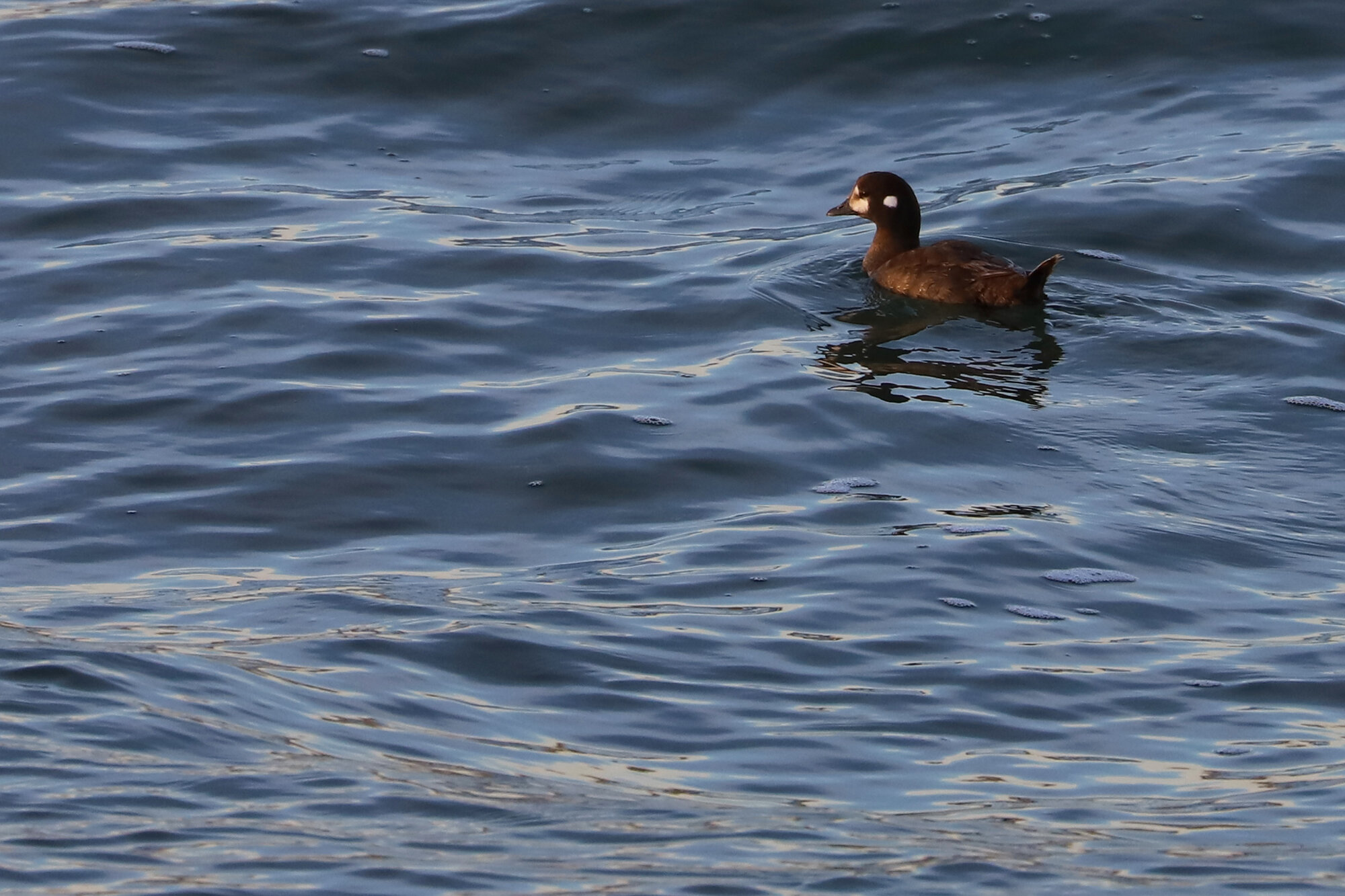
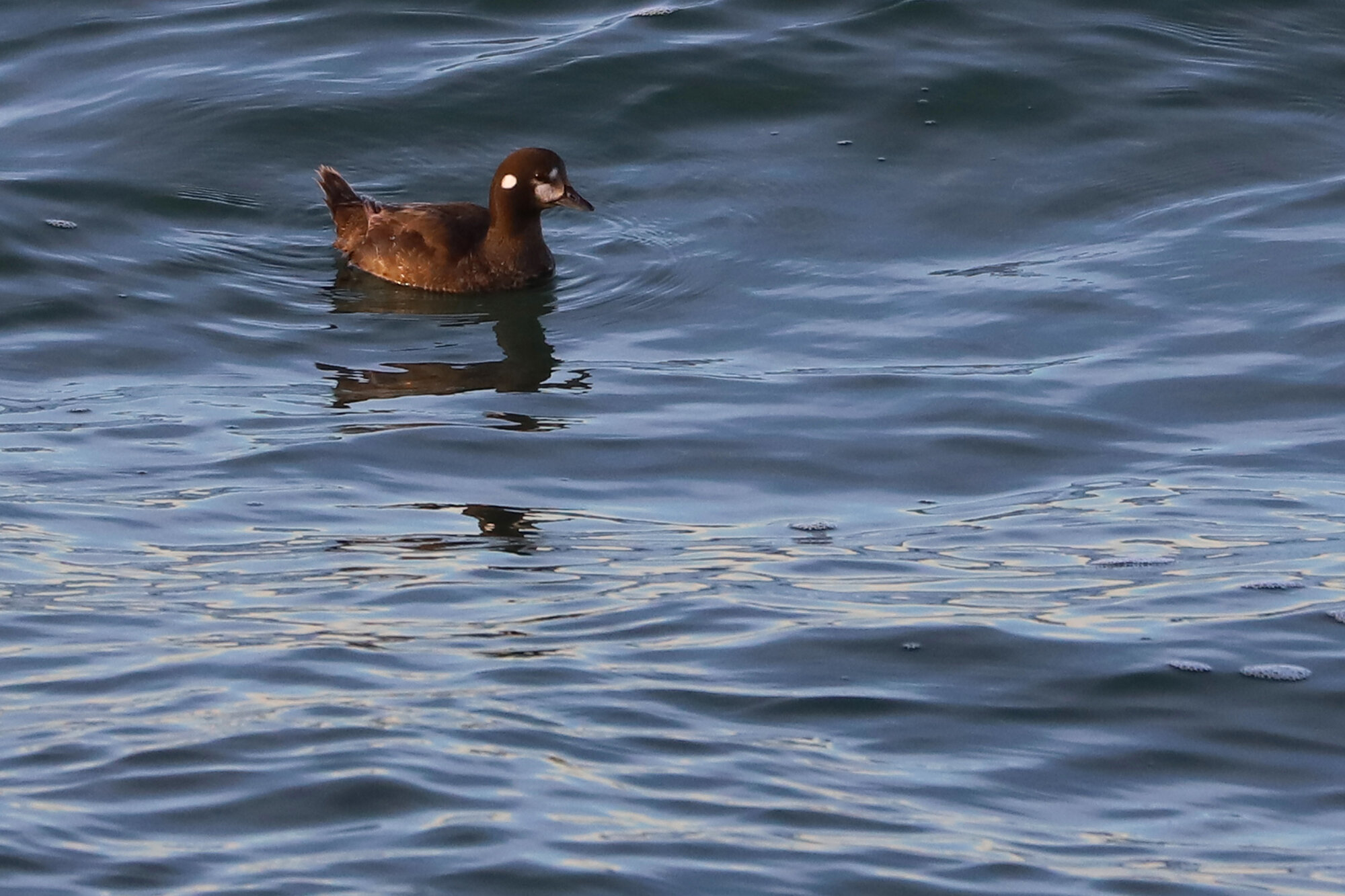
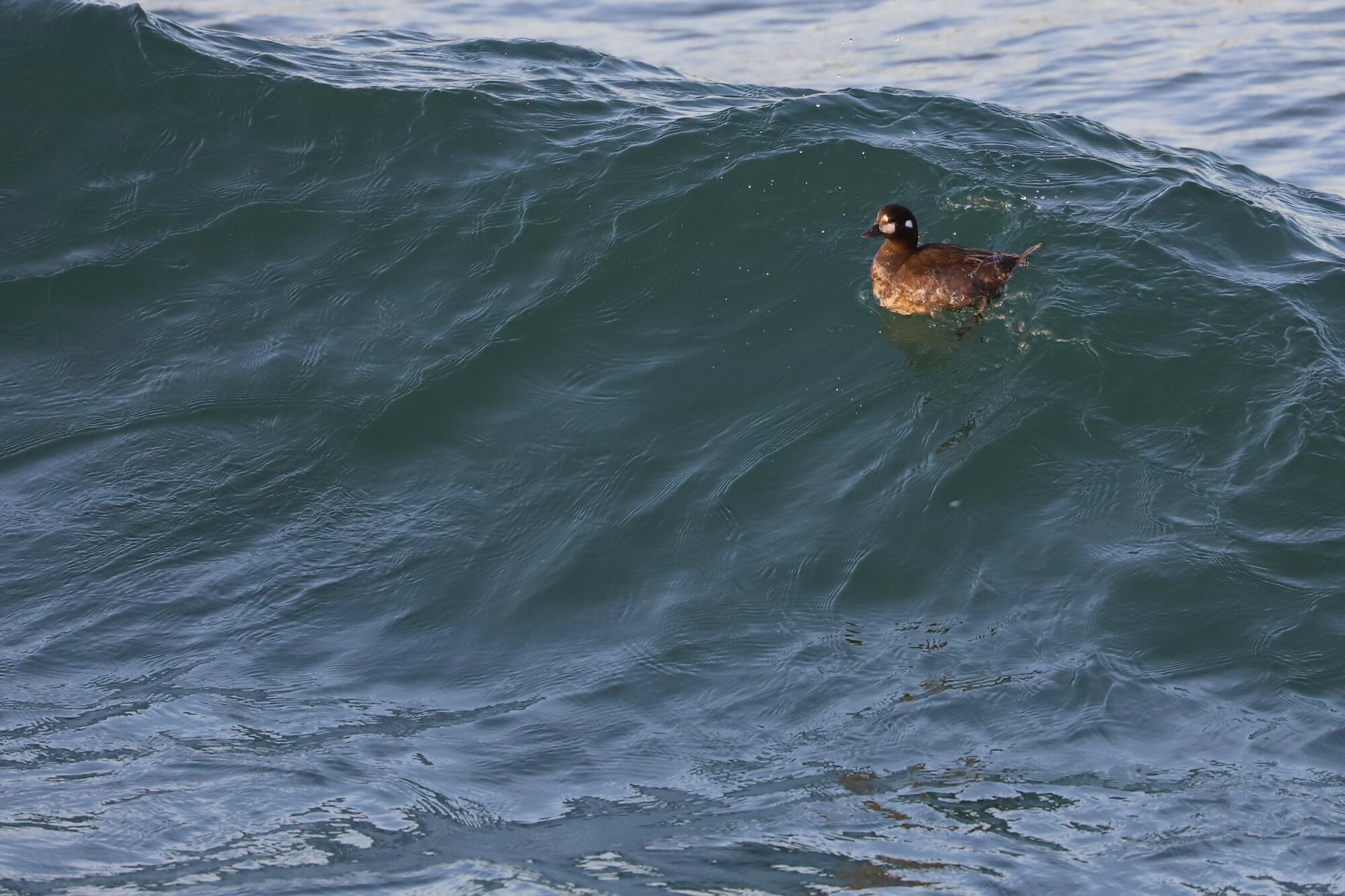
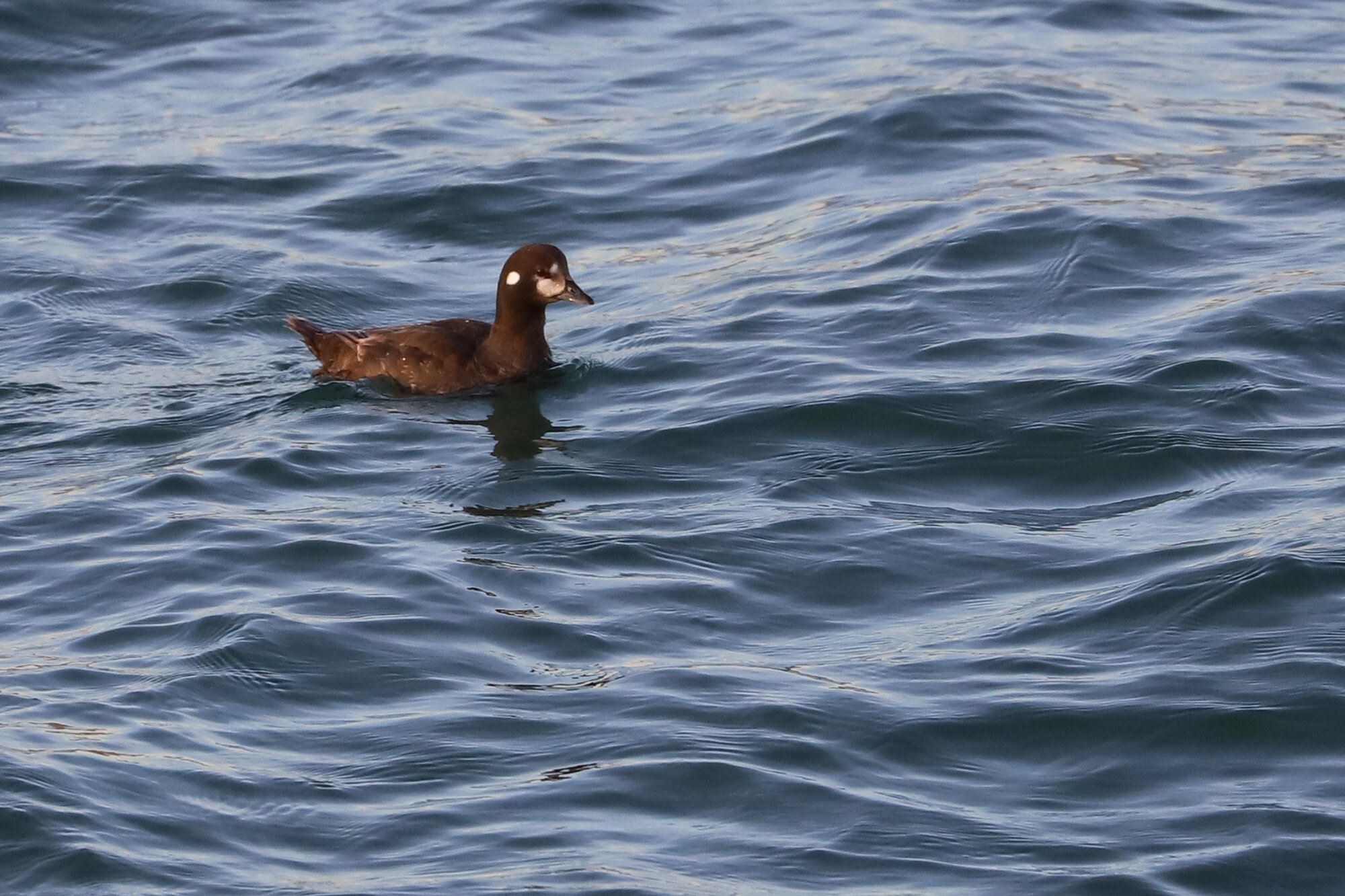
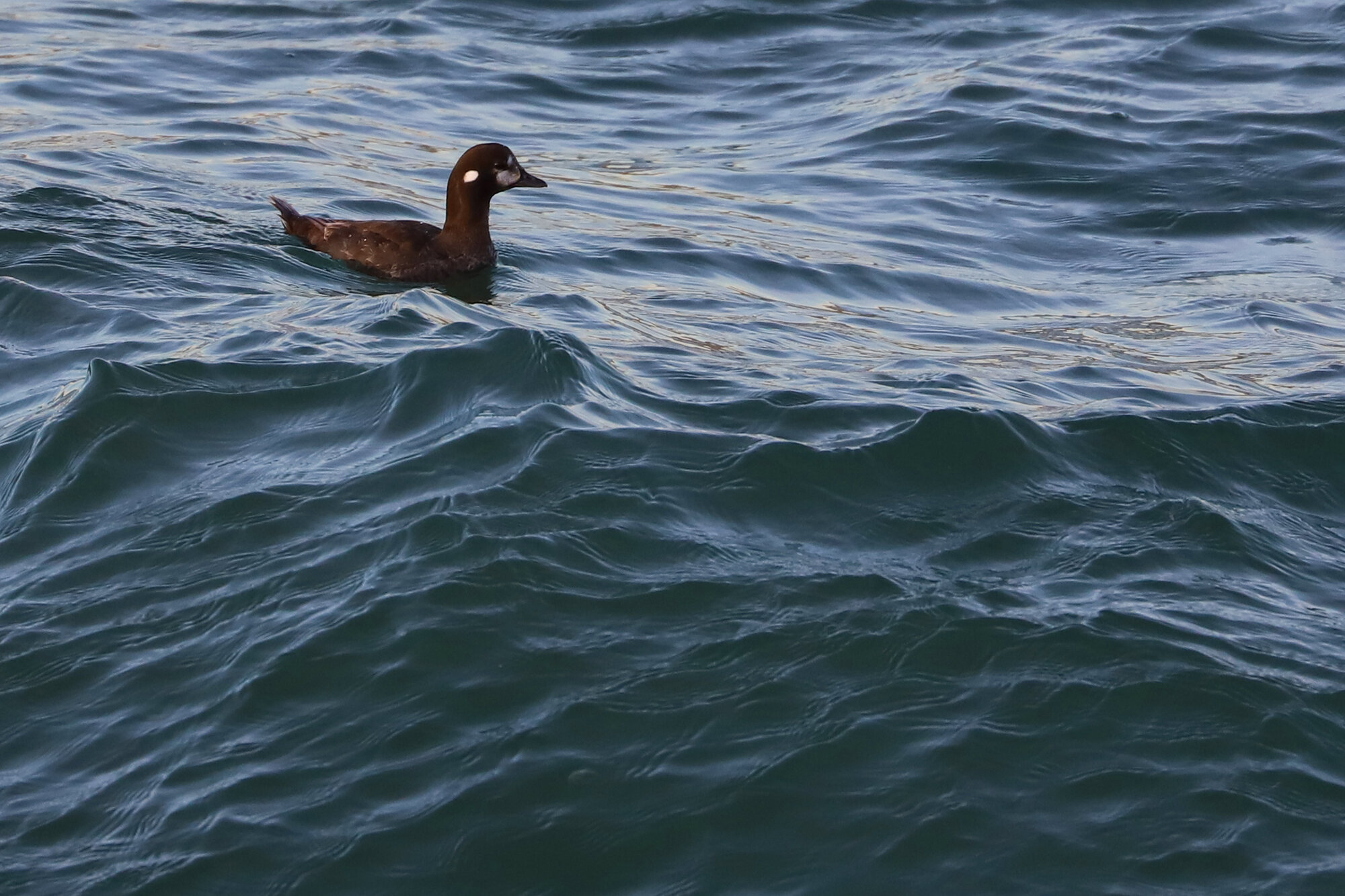
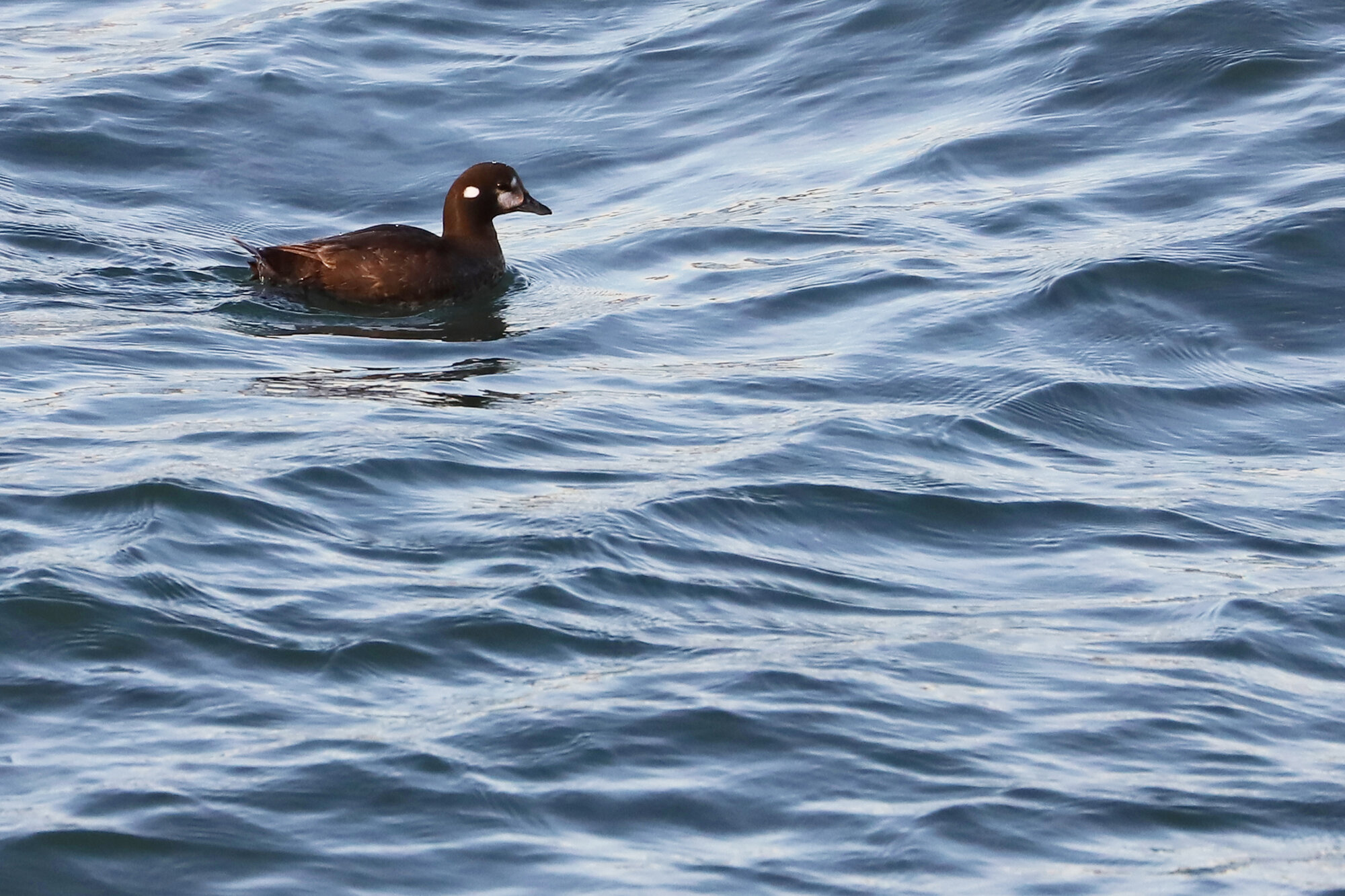
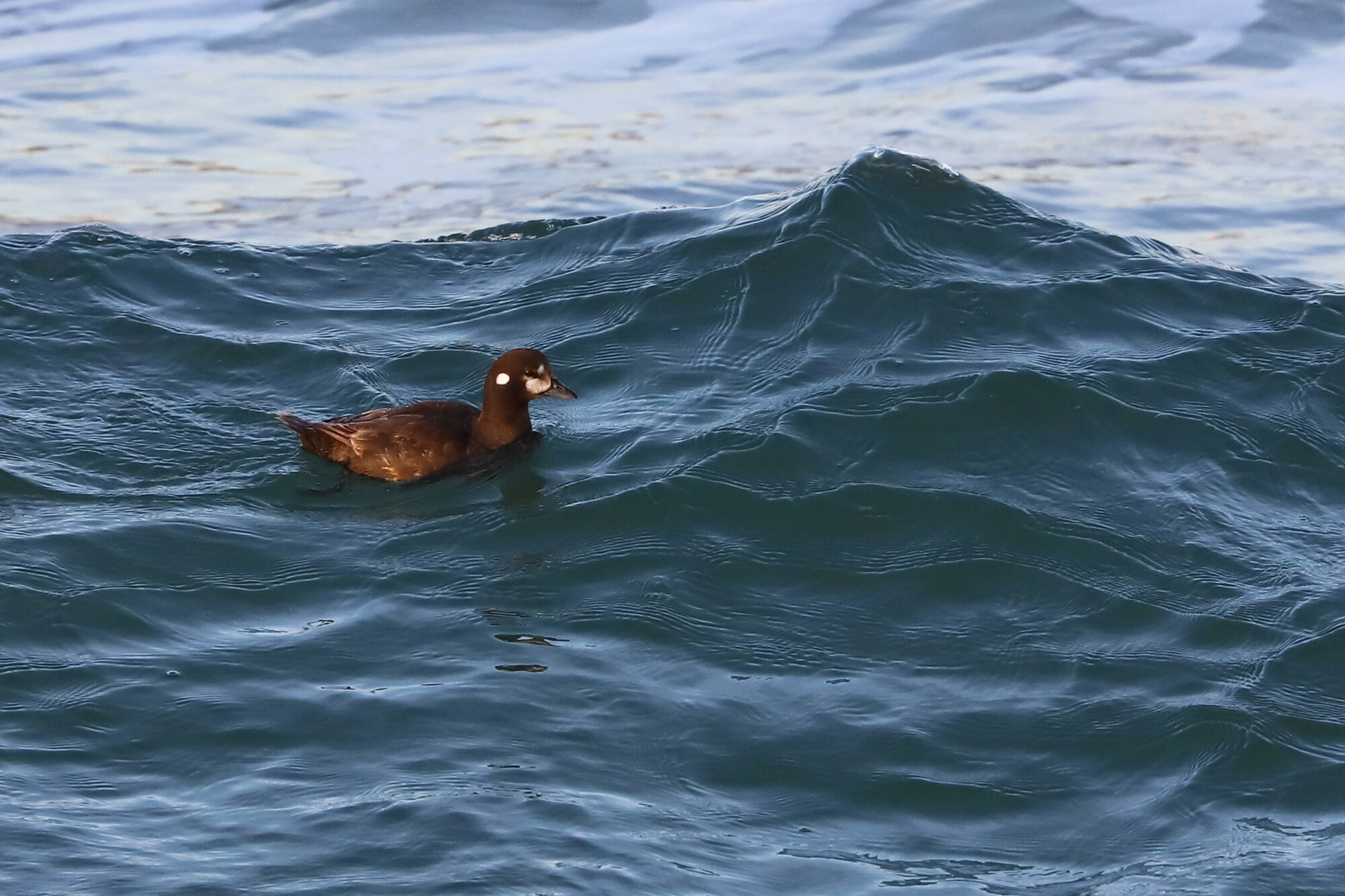
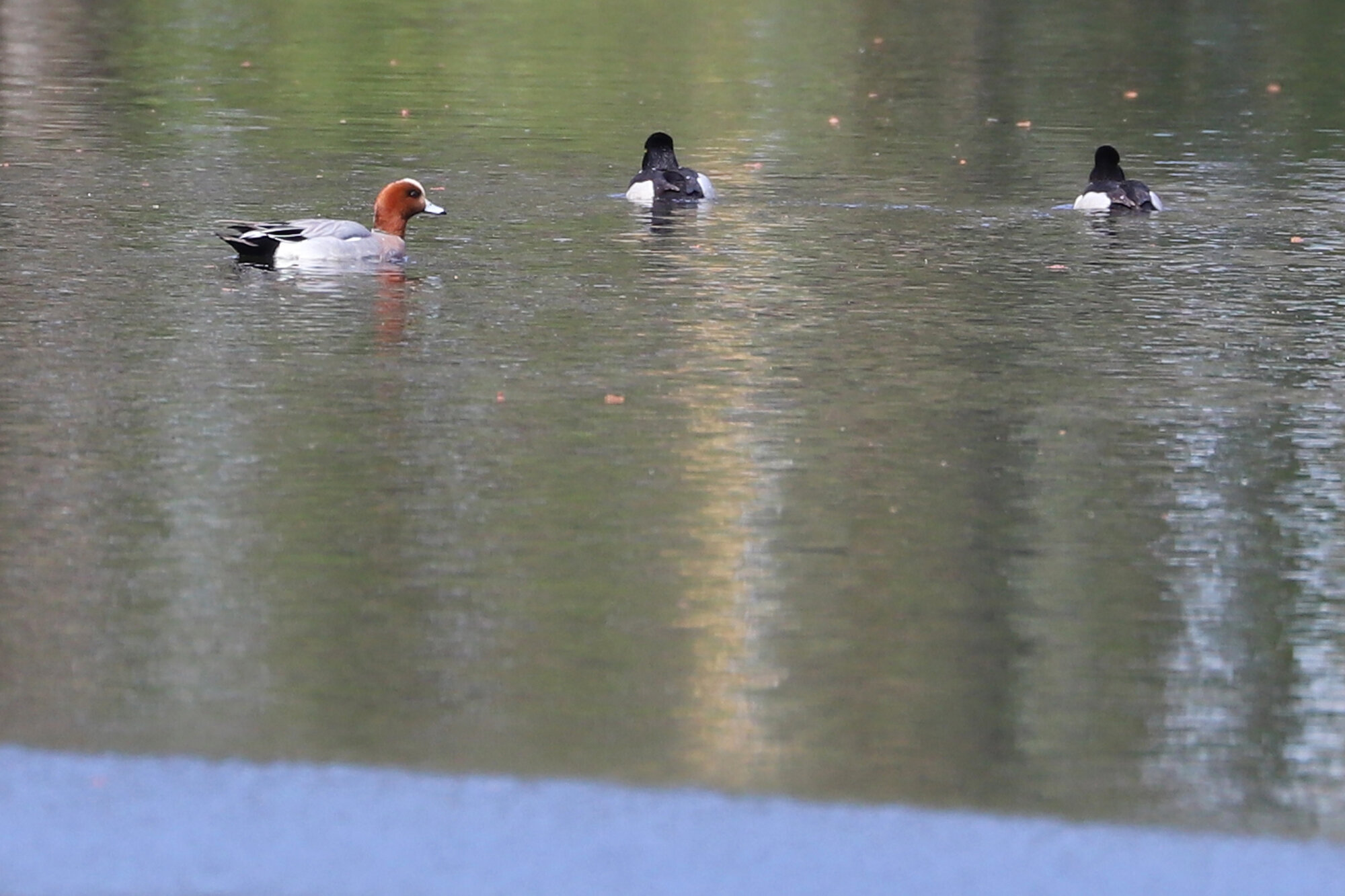
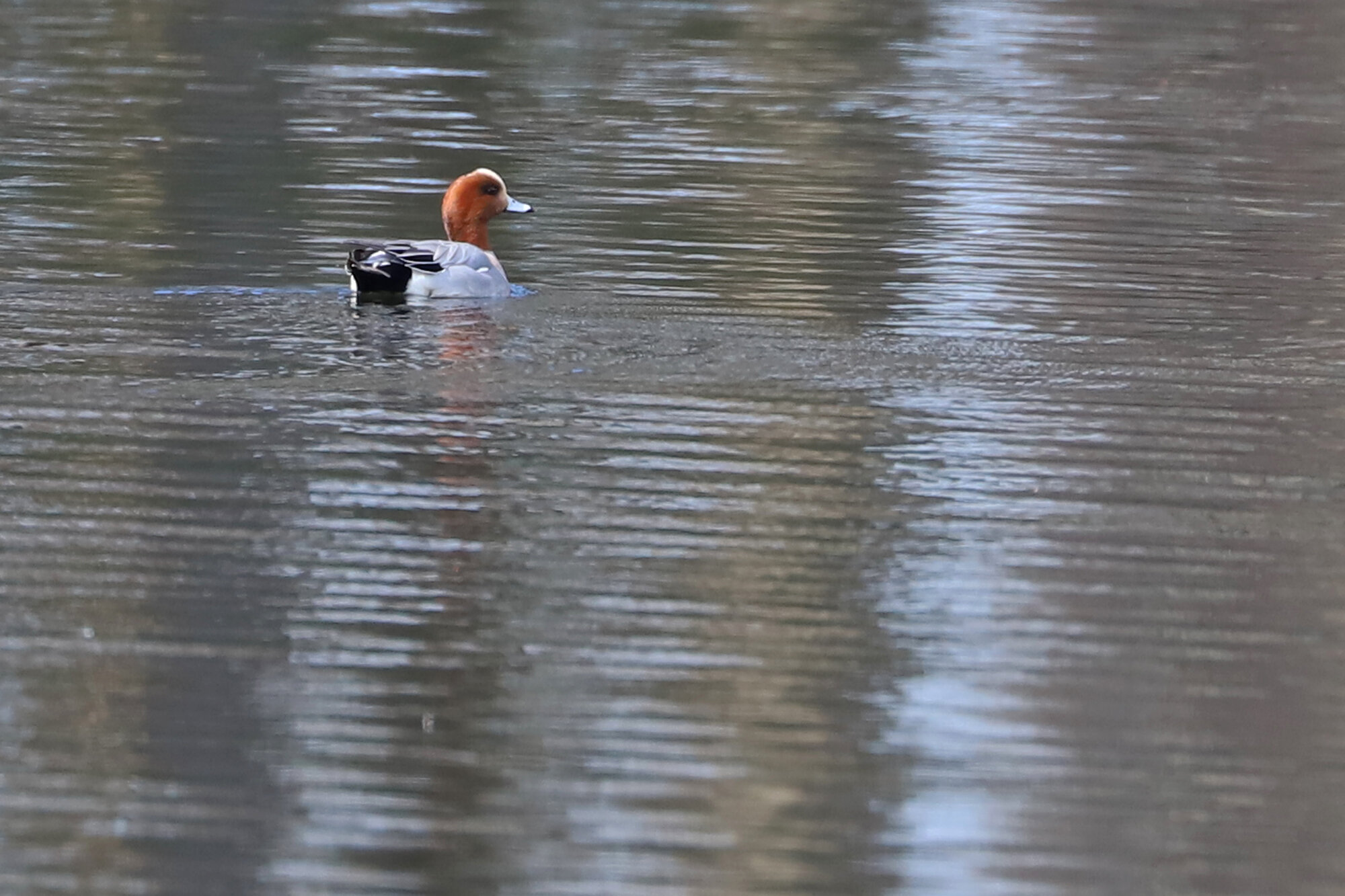
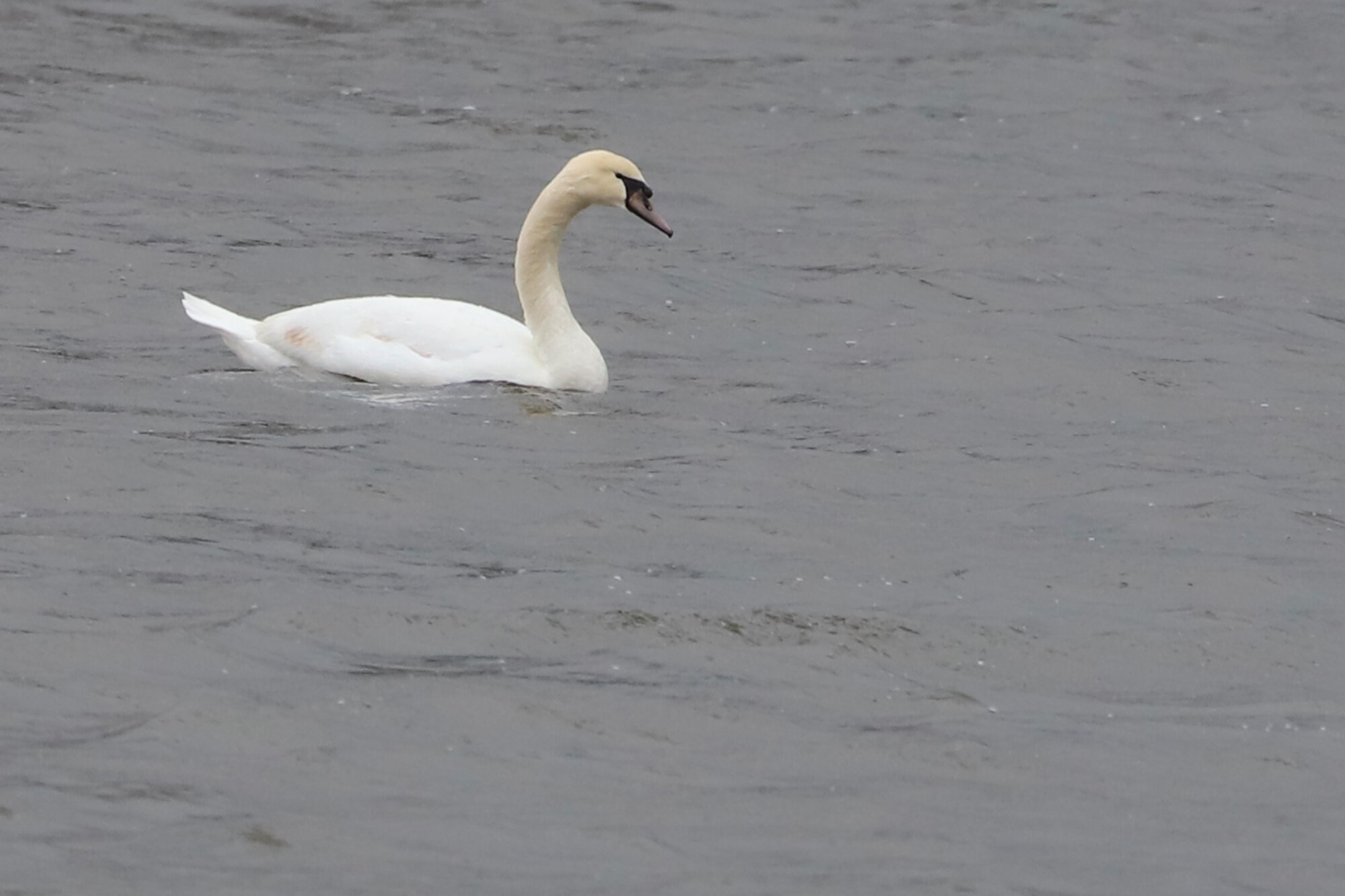
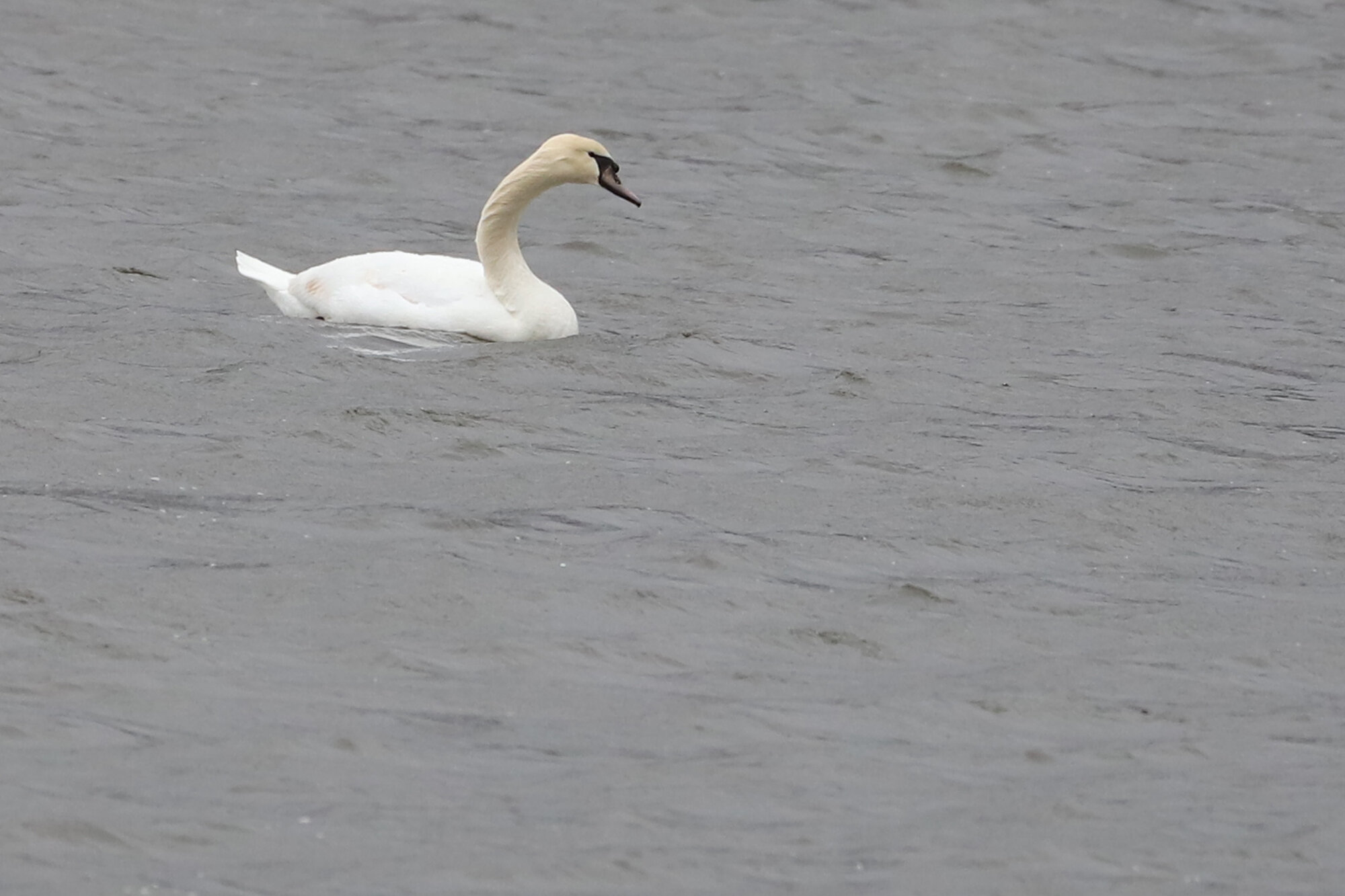
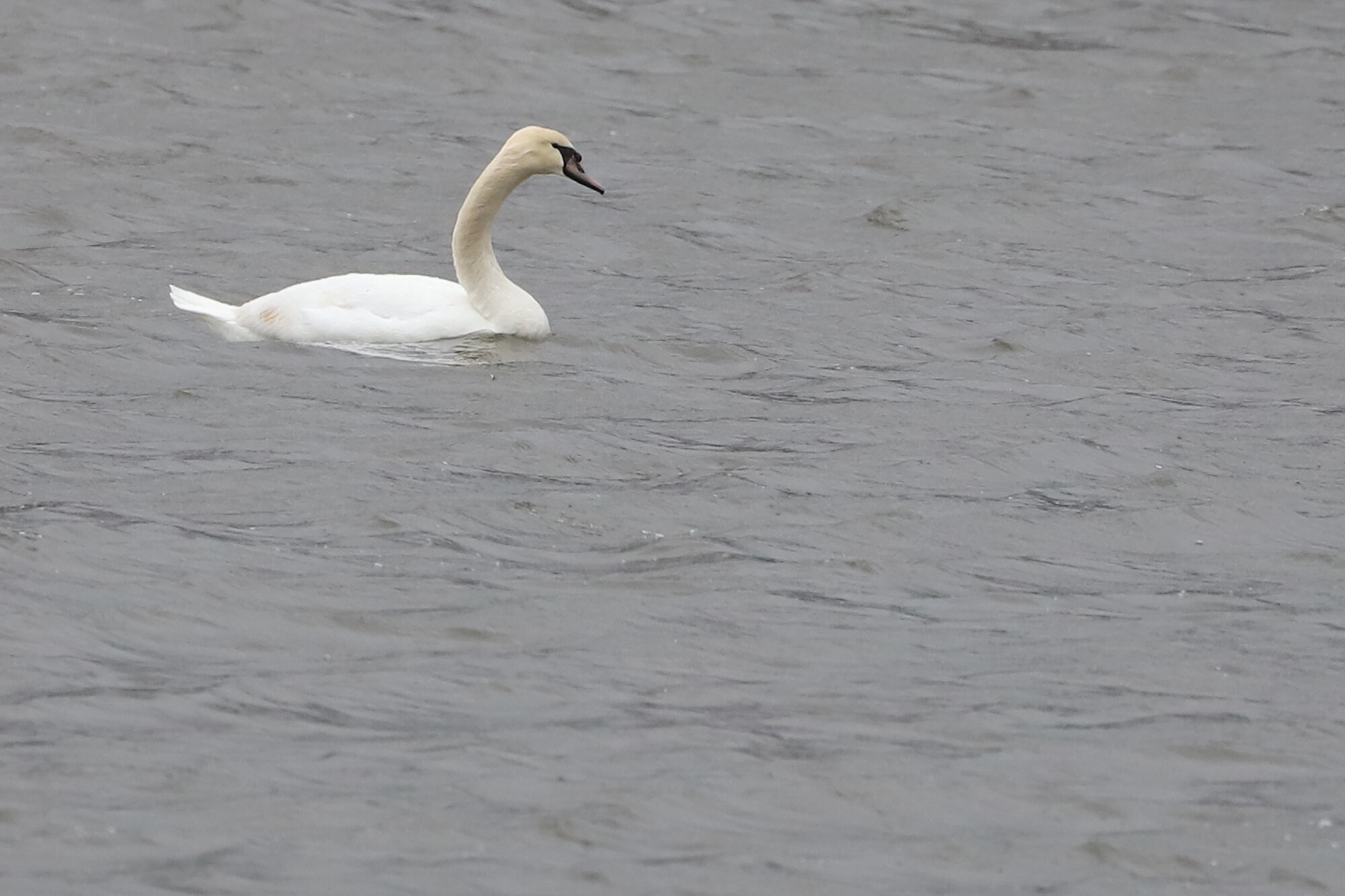
Also continuing, the female HARLEQUIN DUCK at Little Island Park first found on 16 Dec (ph. Luke Fultz) was present all the way through 19 Mar (ph. Steve Keith), but was not reported again afterward. Throughout its stay around the public pier, this hen was reported a whopping 91 times to eBird! Only one other Harlequin Duck was reported within Virginia Beach in 2020, an individual along the Chesapeake Bay Bridge-Tunnel where the species is more “locally expected” but is still a good find. Additionally, the Little Island individual was the southernmost occurring Harlequin Duck in eastern North America during March! (Mar 2020 Map)
Little Island Park also produced our only record for WESTERN GREBE this month, as likely the same individual first noted there on 25 Nov (ph. Tracy Tate) was again observed as recently as 12 Mar (ph. Bob Epperson & John Pancake). With only one other record for this species on the East Coast of the United States (New Brunswick did have a record), one wonders if the same individual is roaming the coastline of Virginia Beach all the way down to Dare County NC. Given the scarcity of records, it does seem possible. Also, given there has been at least one Western Grebe off our coastline four winter seasons in a row, one wonders if the same individual is returning each year. (Mar 2020 Map)
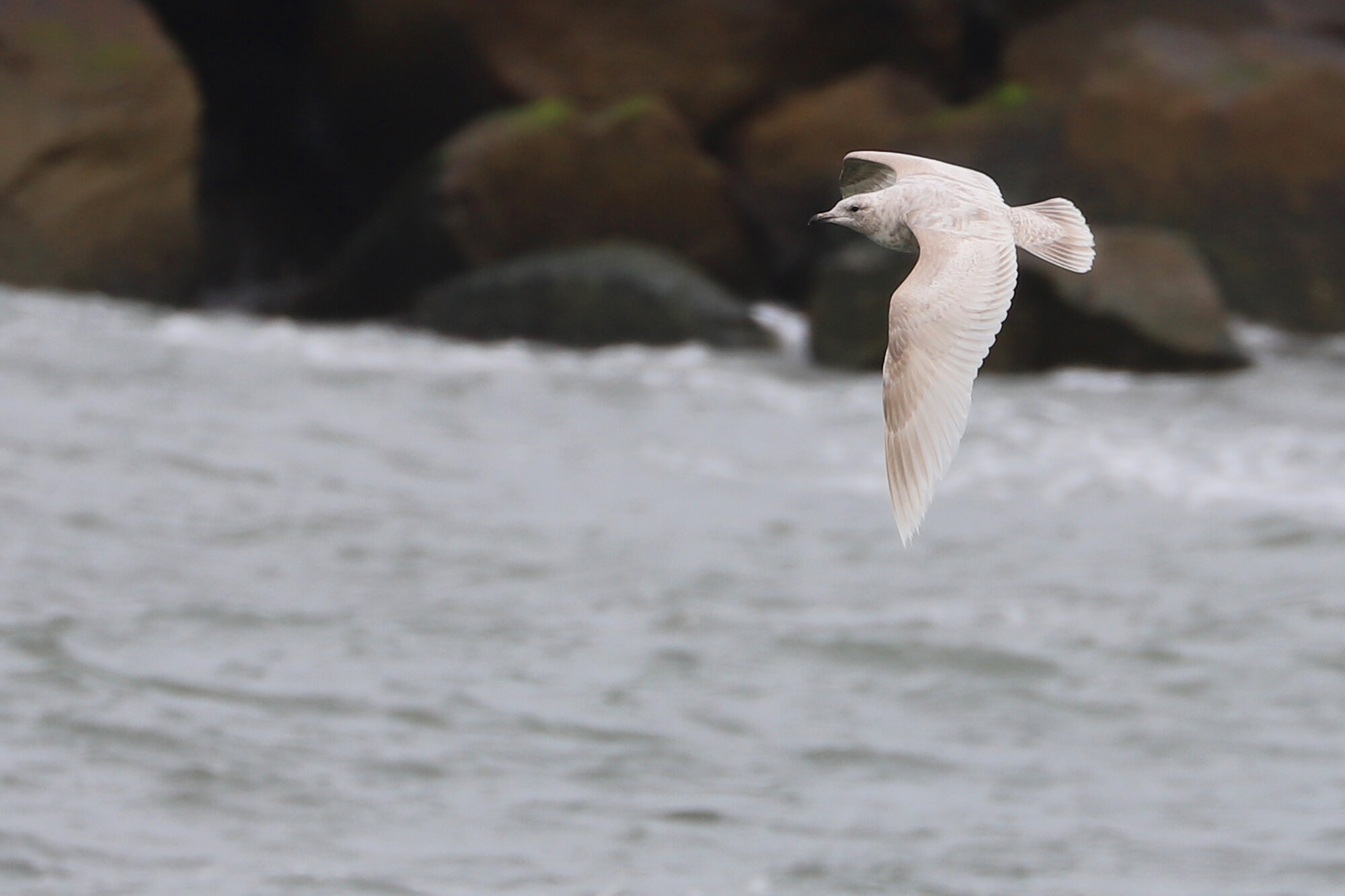
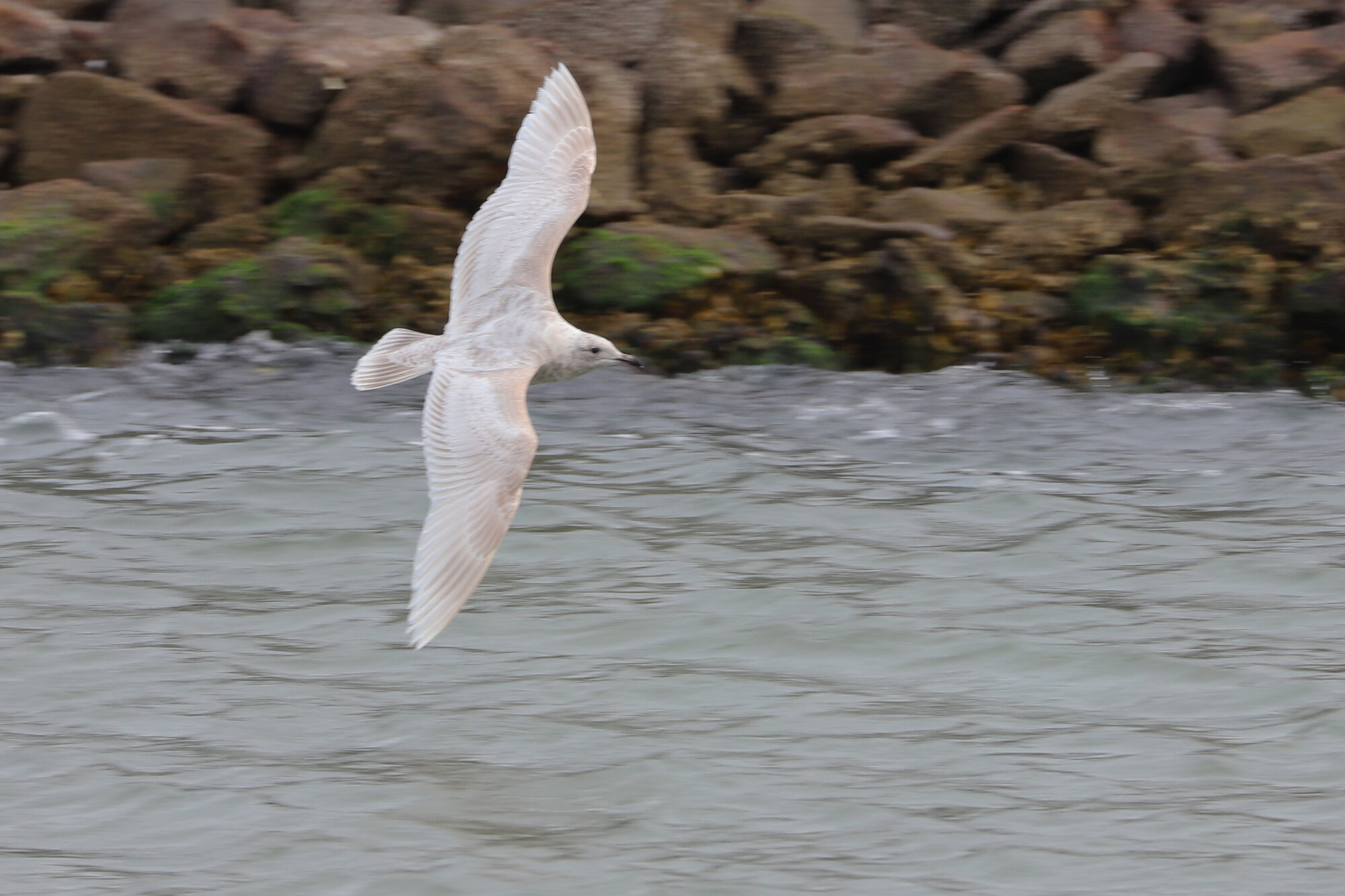
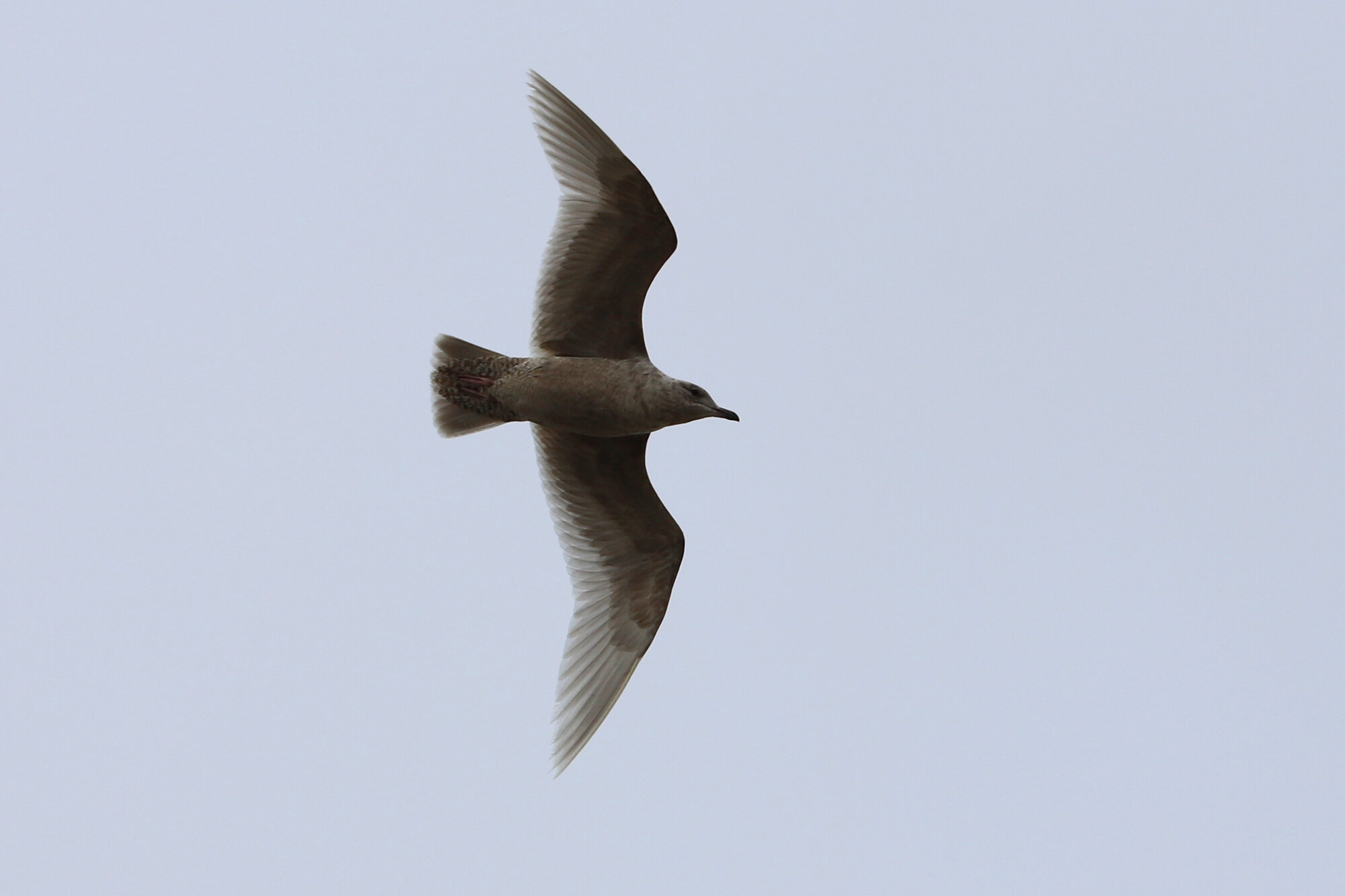
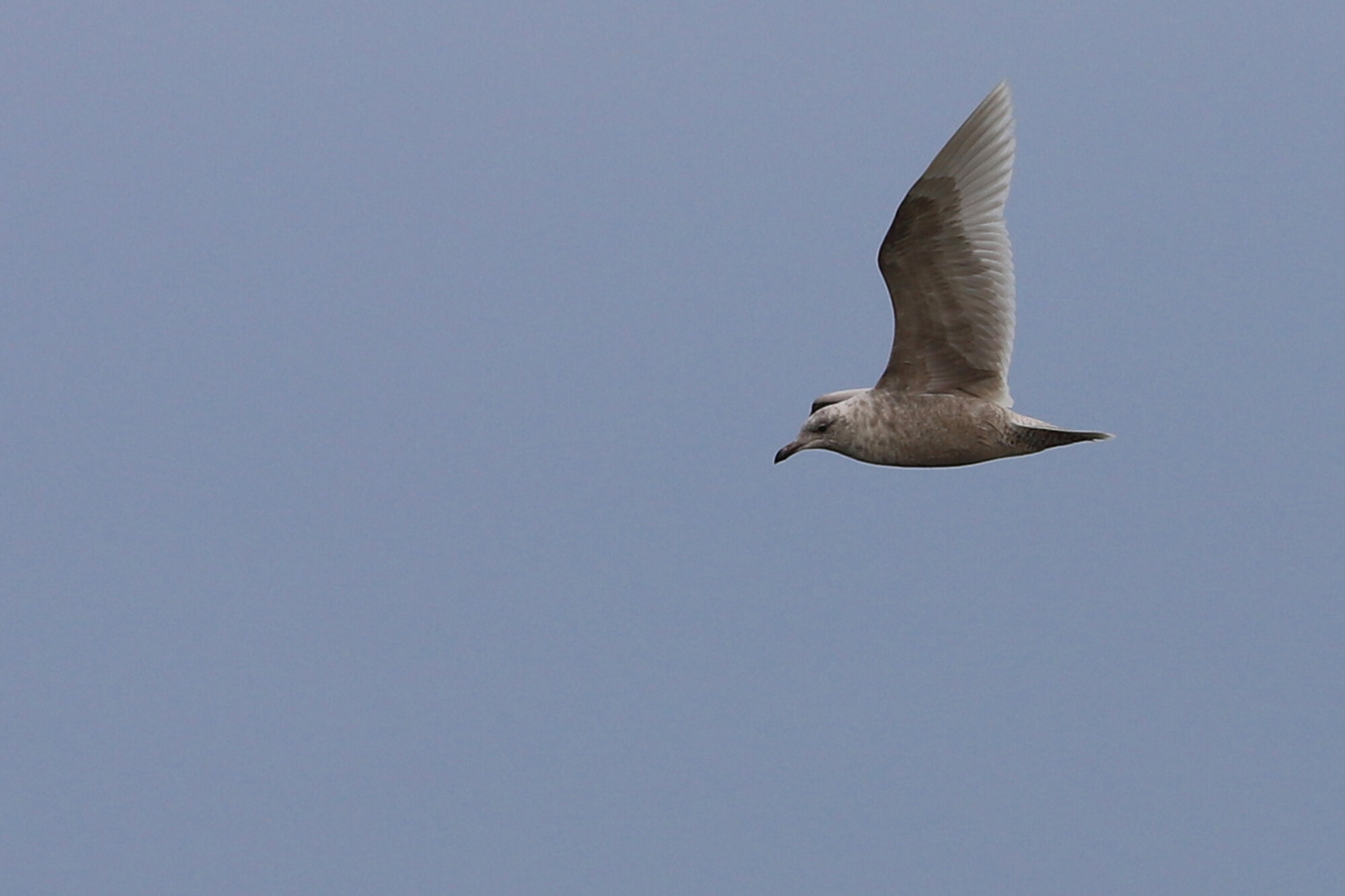
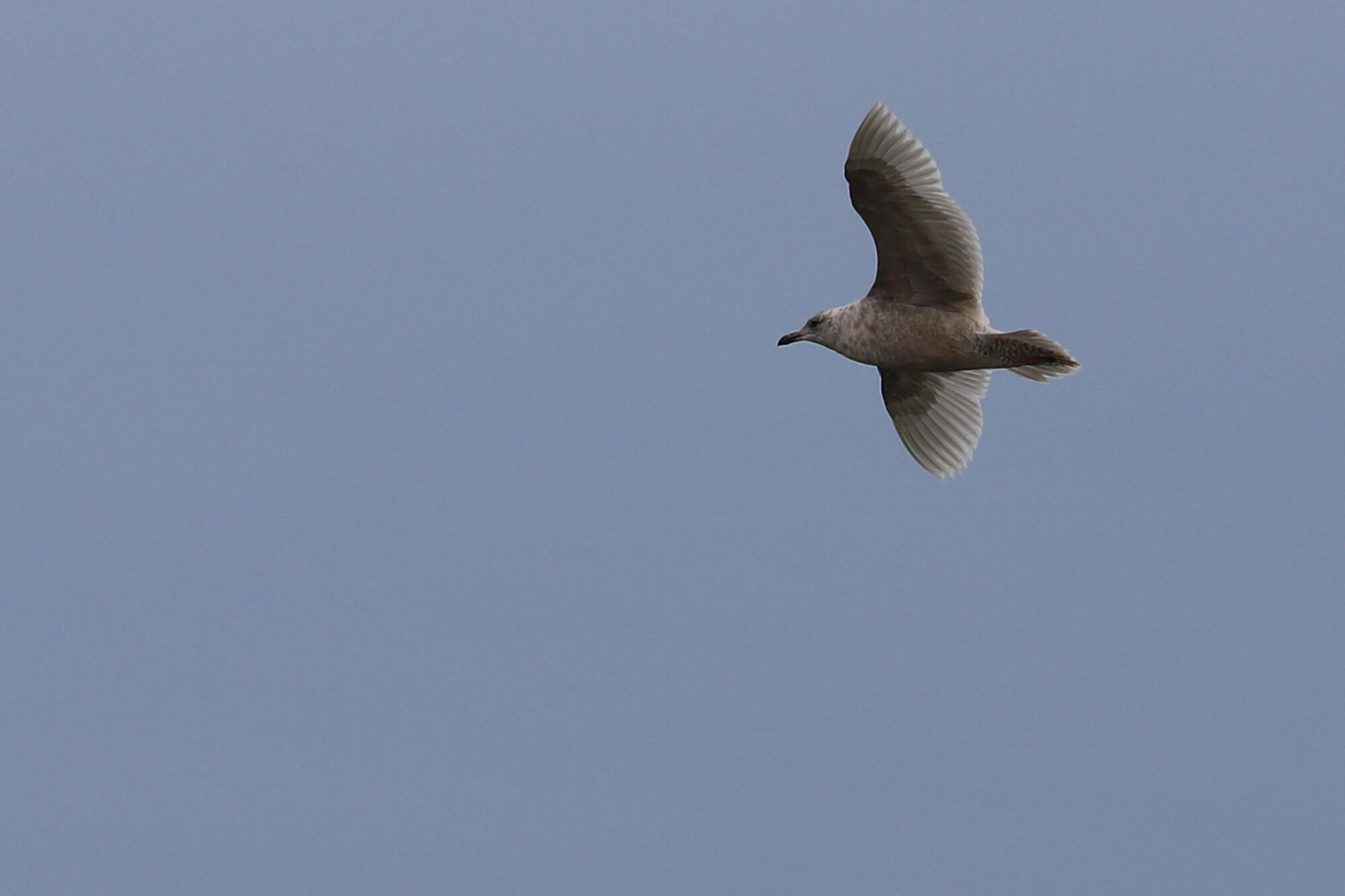
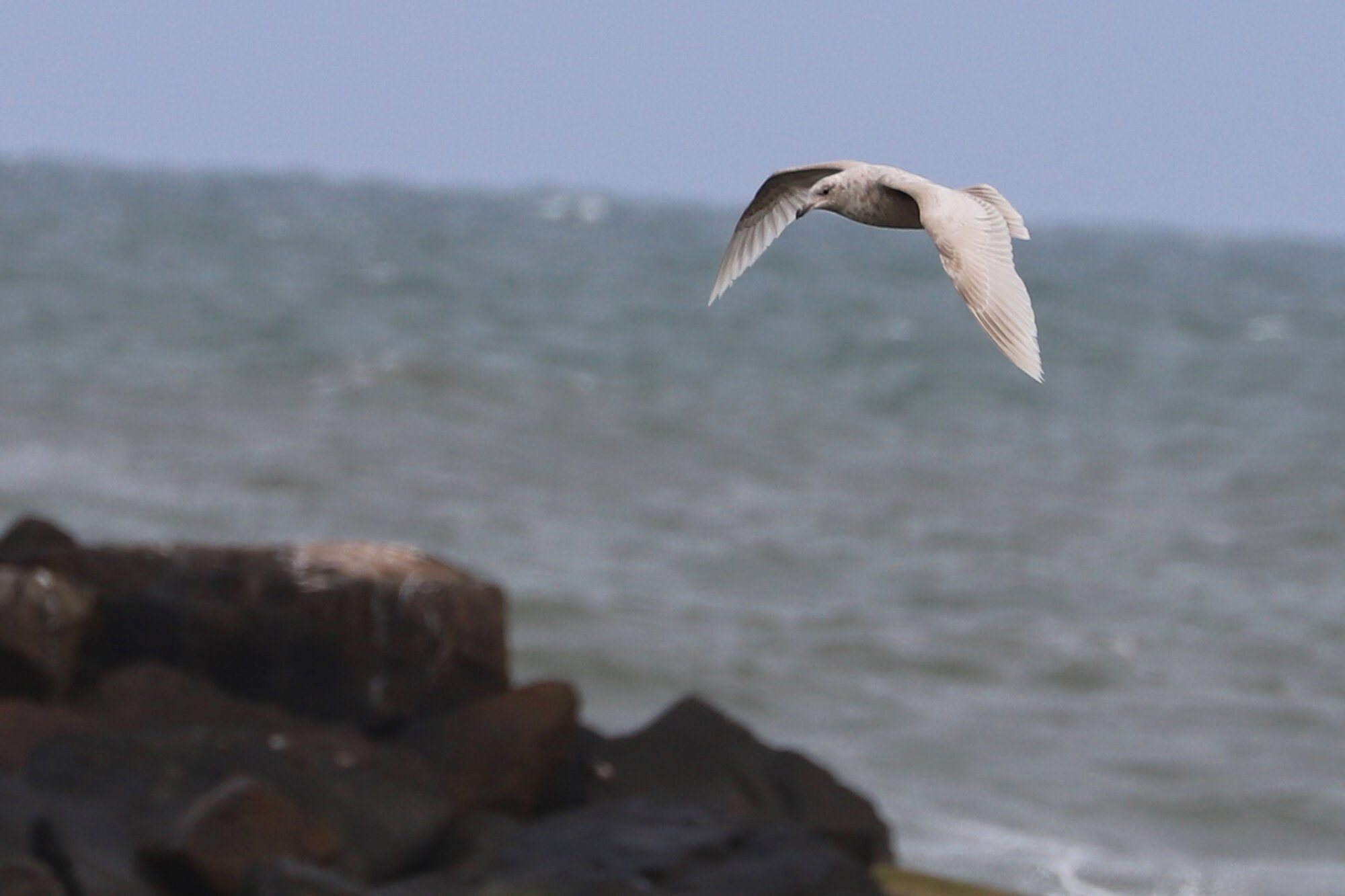
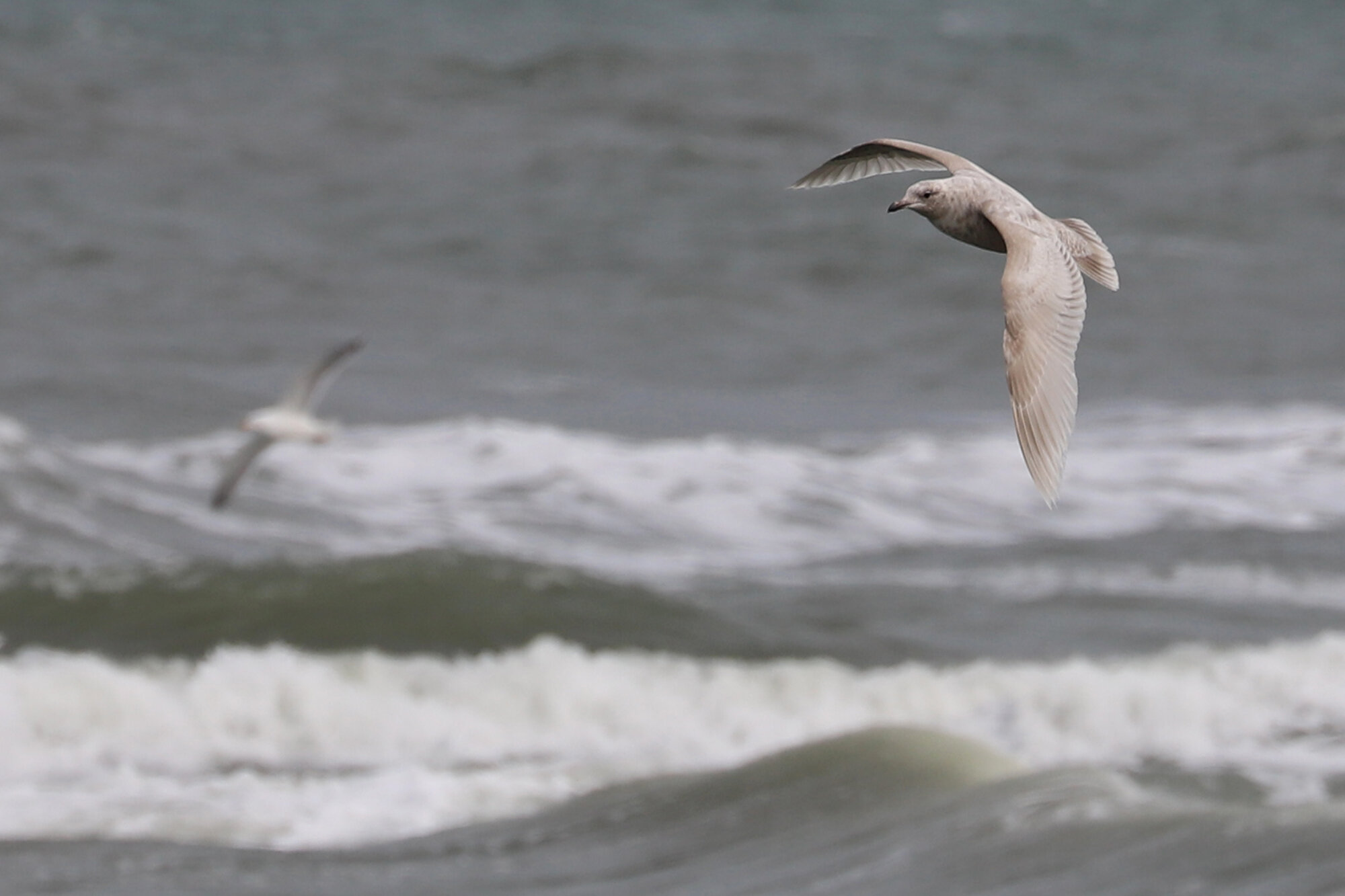
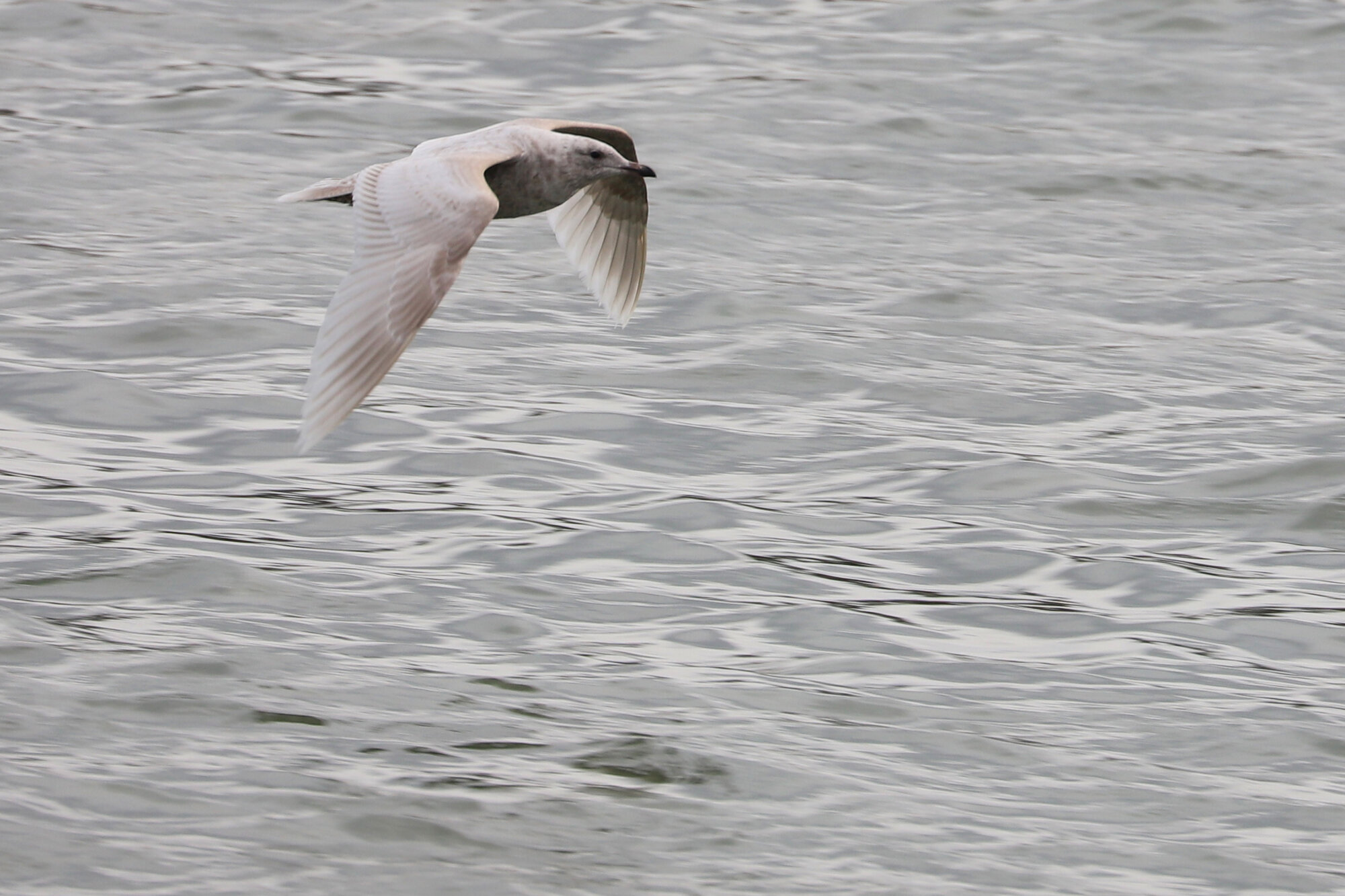
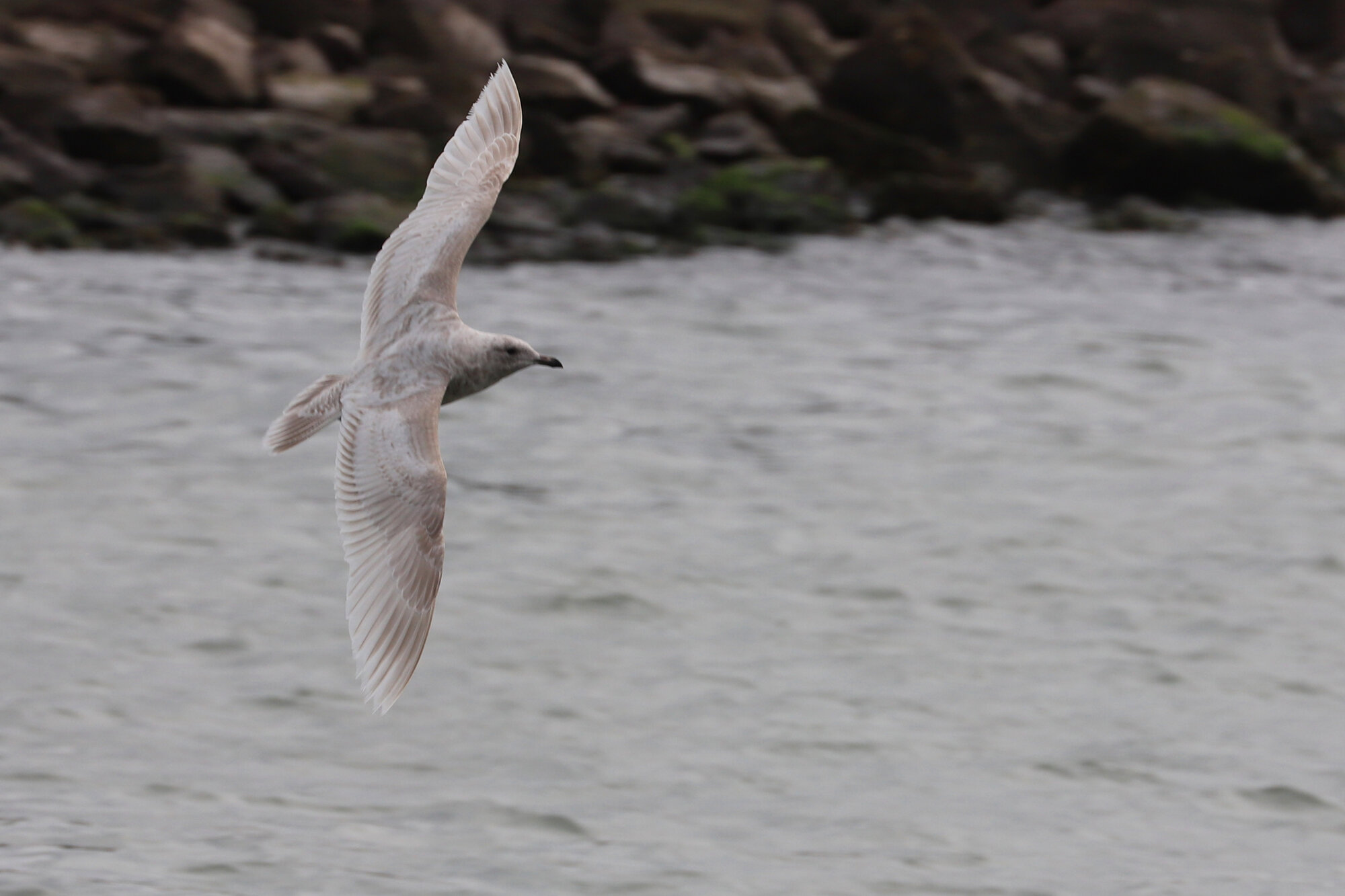
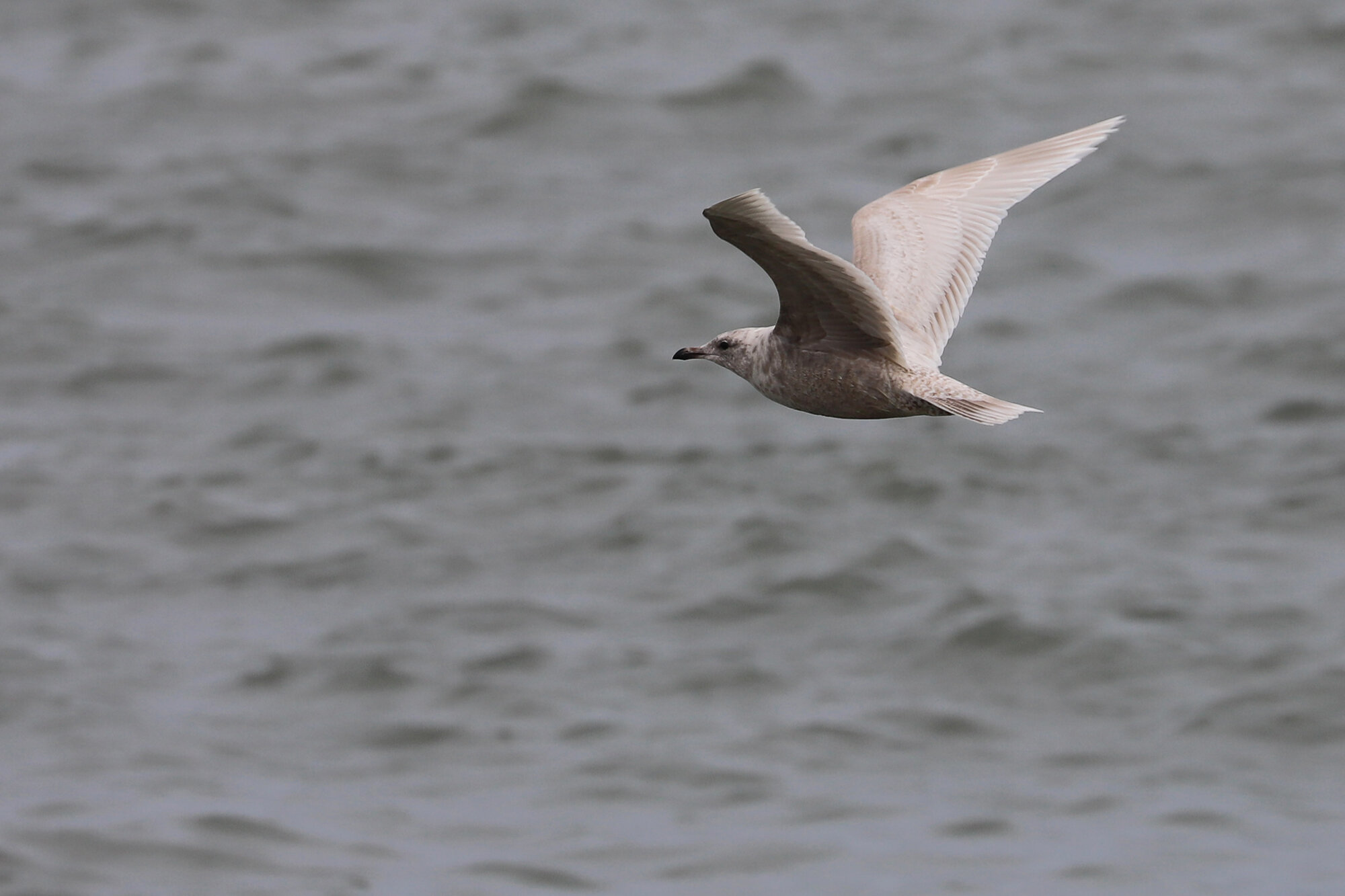
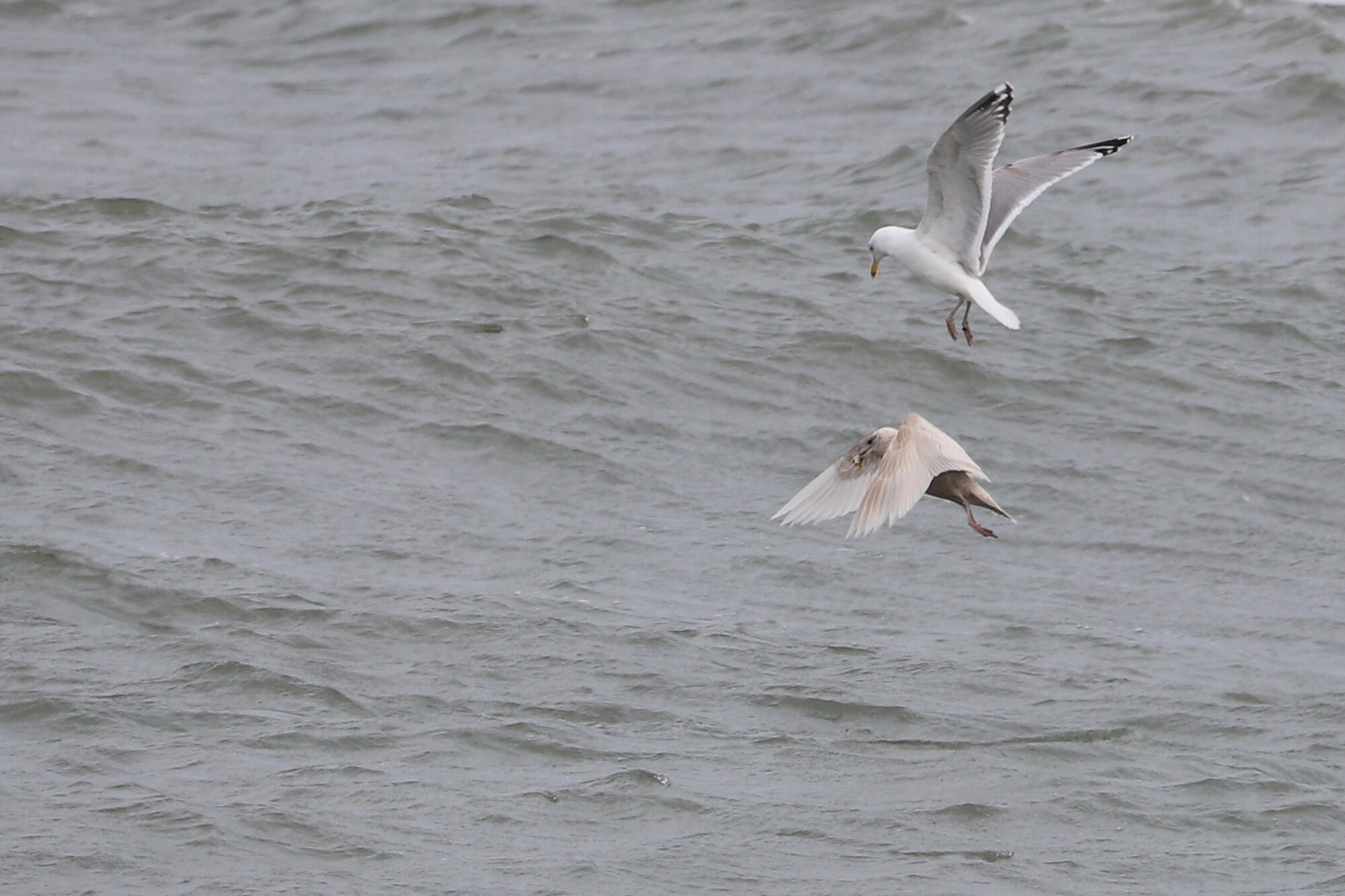
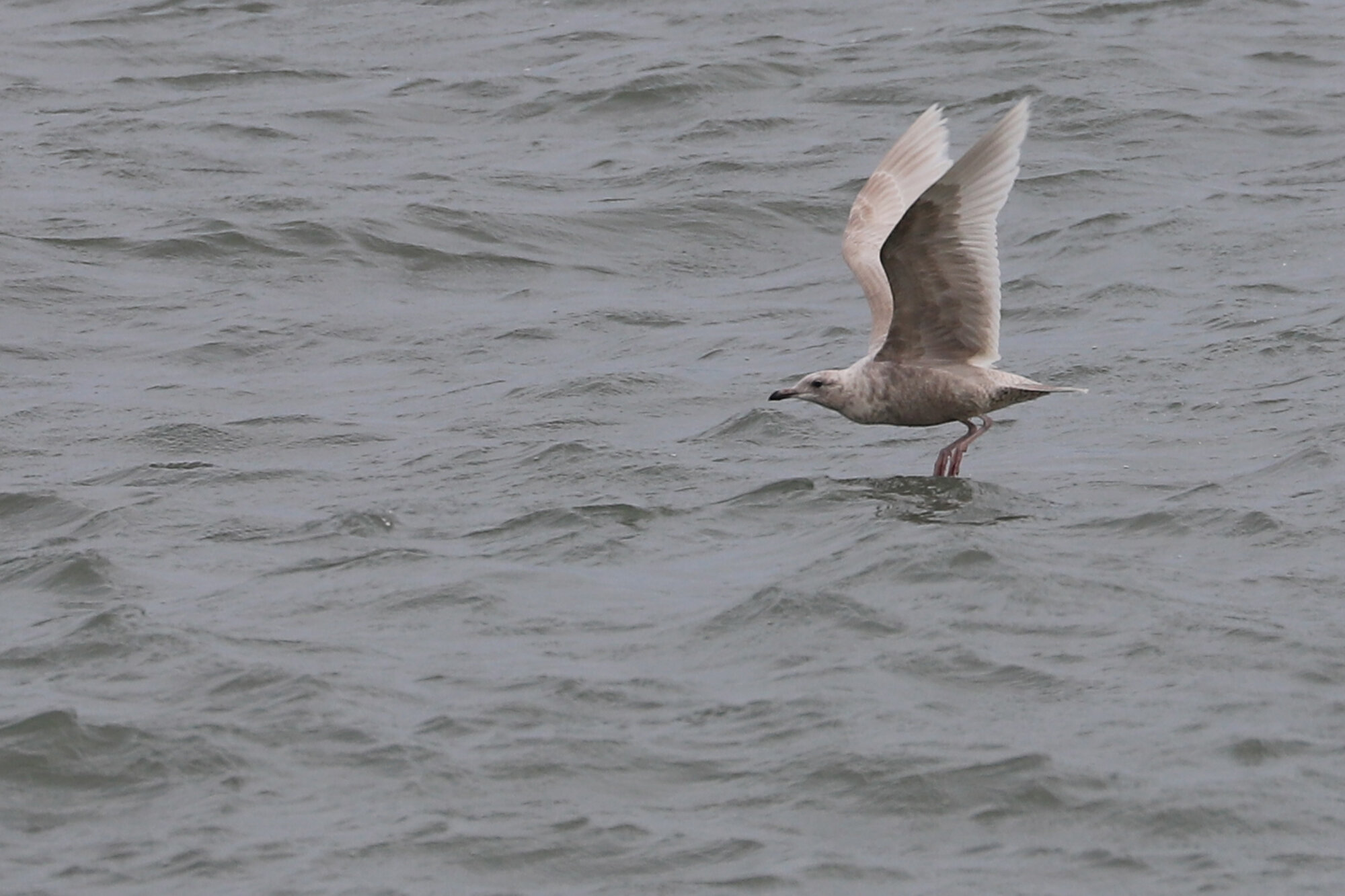
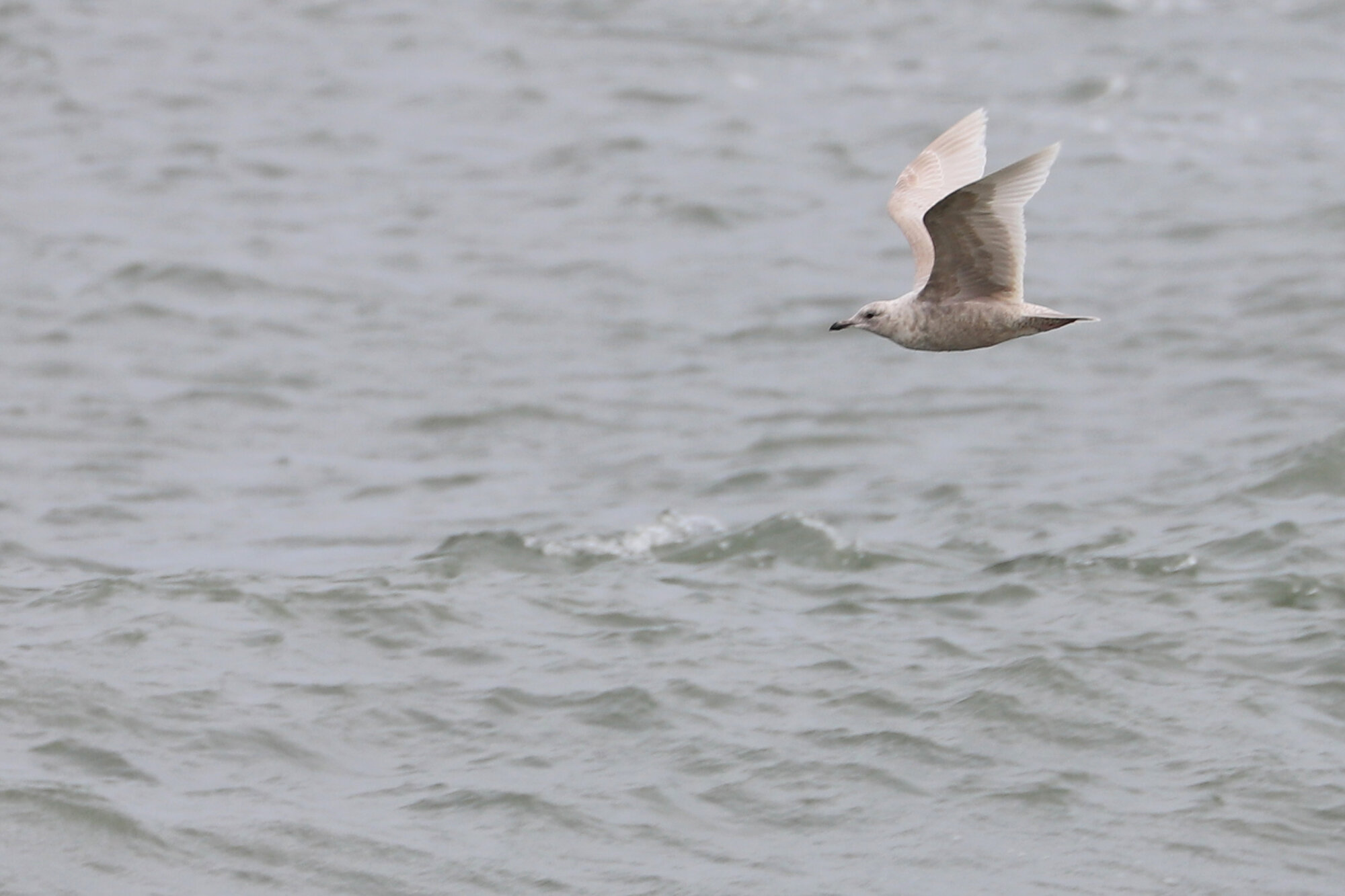
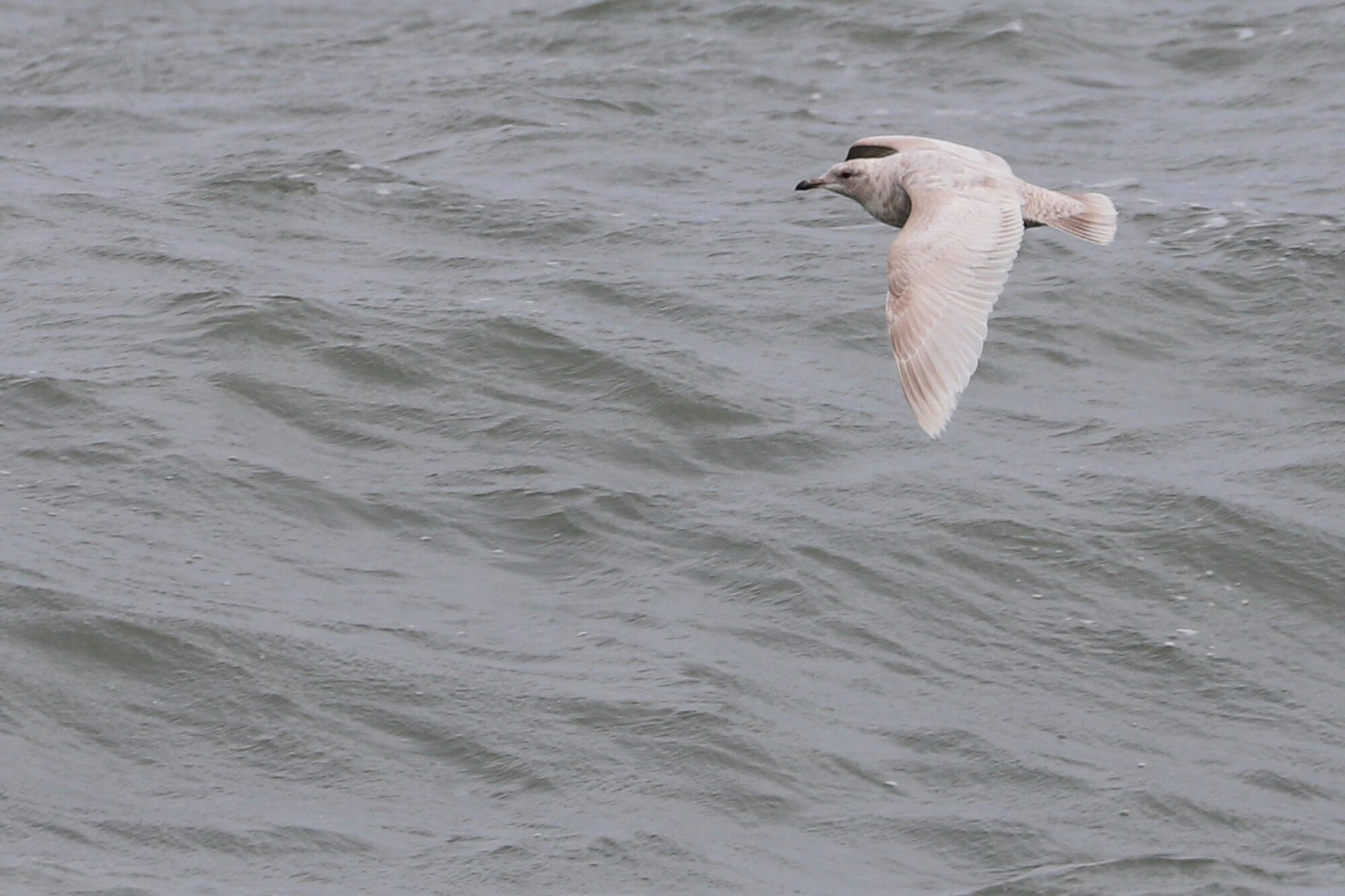
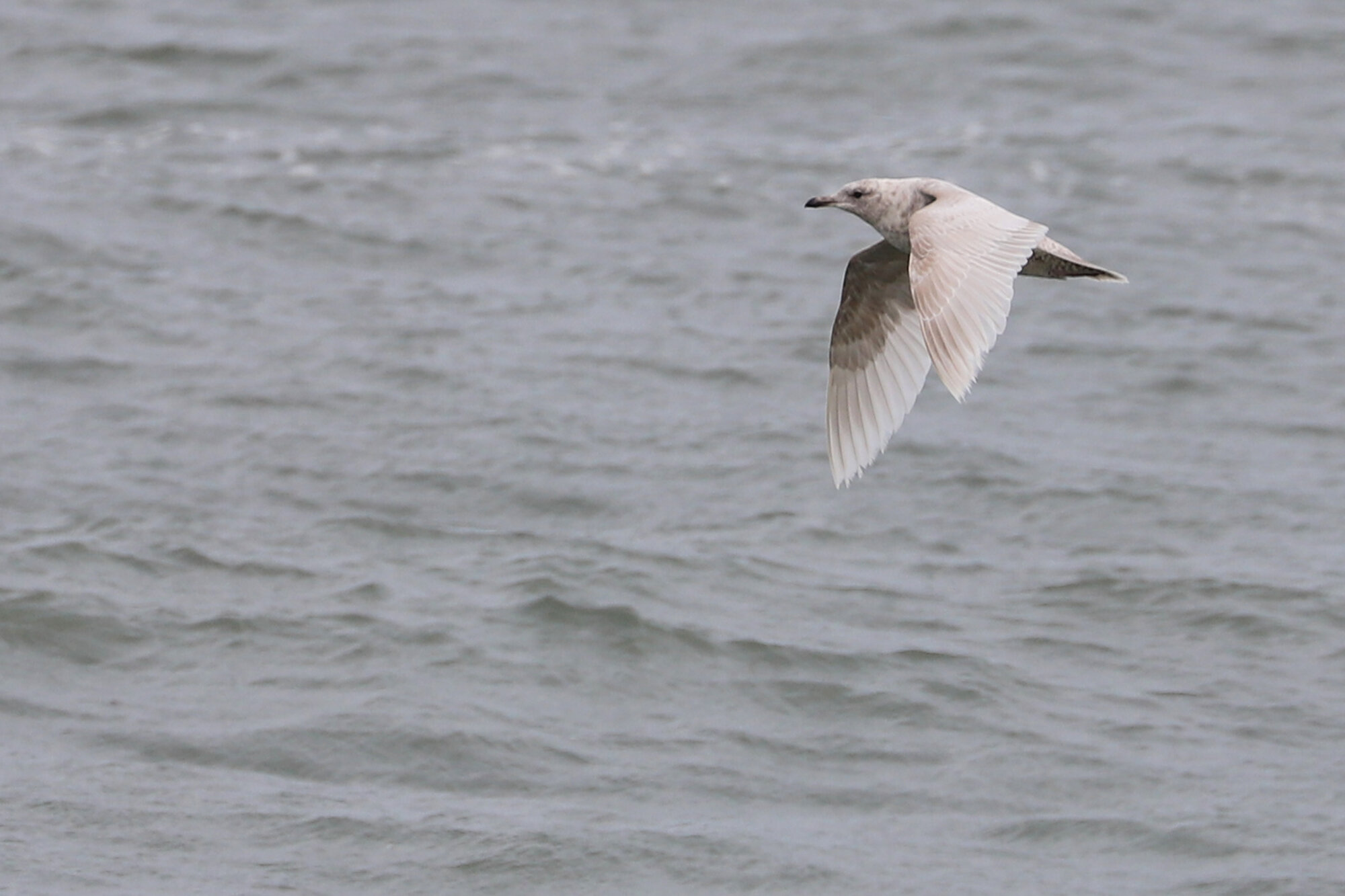
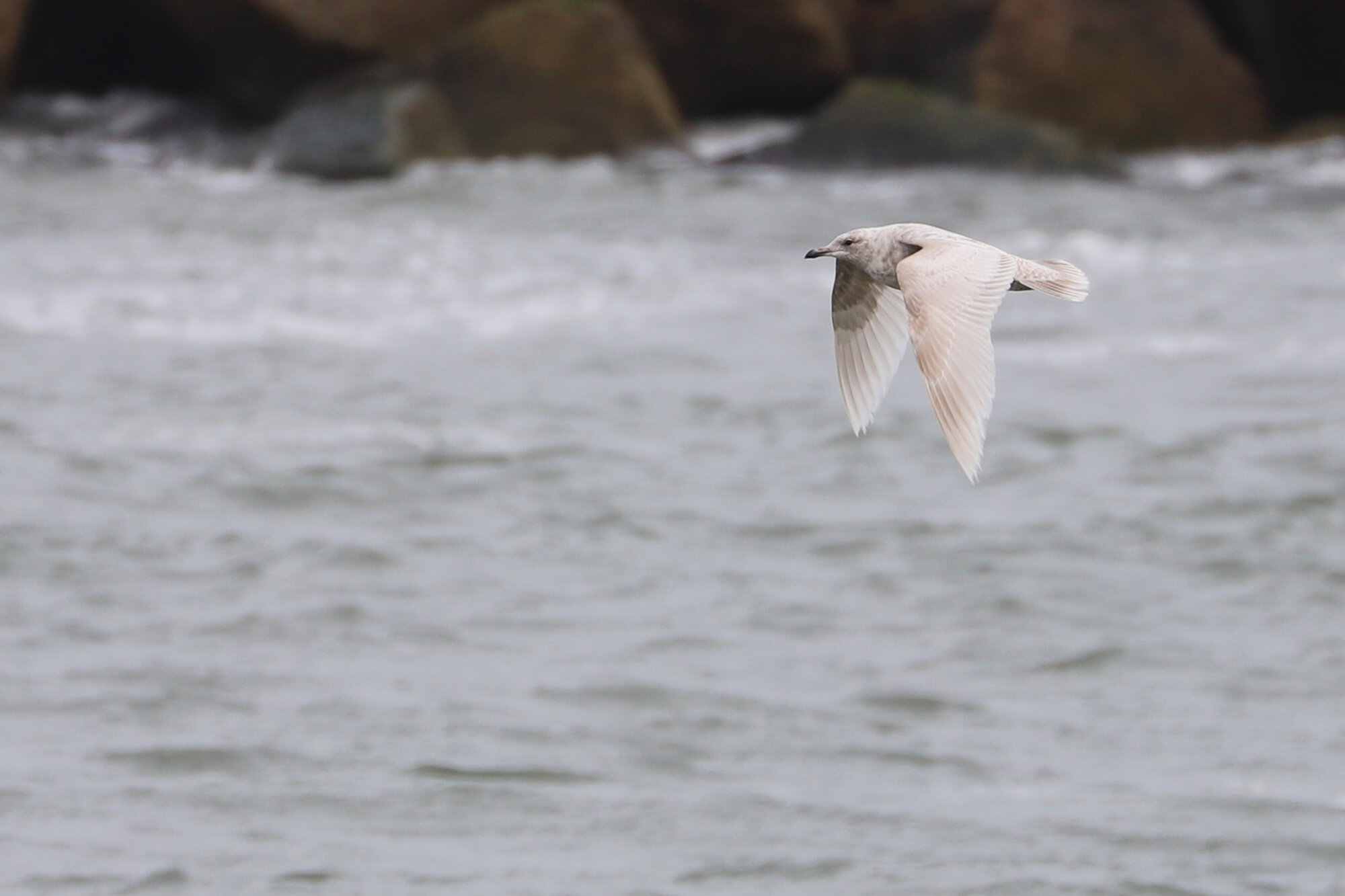

Miraculous for Virginia Beach, a photo-documented report for EASTERN WHIP-POOR-WILL was input this month! This particular individual was perched on the railing of a Mezzo Apartments balcony on 28 Mar (ph. Kiera Mollohan fide Karen & Keith Roberts). Not only was this the only record for the species in Virginia’s coastal plain region during March, but it was Virginia Beach’s first record going all the way back to 8-9 Apr 2017 when at least two were present at False Cape SP (a.r. Carlton Noll). (Mar 2020 Map)
An early, first-of-season male RUBY-THROATED HUMMINGBIRD was reported at a private residence in Alanton on 26 Mar (vis. Michelle Payne), and it may have been the same individual that zoomed through 24 Mar. Based on the most recent few years of eBird data, 10 Apr is the typical date, so this one falling ten-or-more days prior to that warrants inclusion here. Another hummingbird sp. was observed at a private residence in Lake Smith Terrace on 26 Mar (vis. Tracy Tate). For March, there was only one other Ruby-throated Hummingbird report (Mecklenburg), and Cape May, NJ was the only locale north of us to post a record! (Mar 2020 Map)
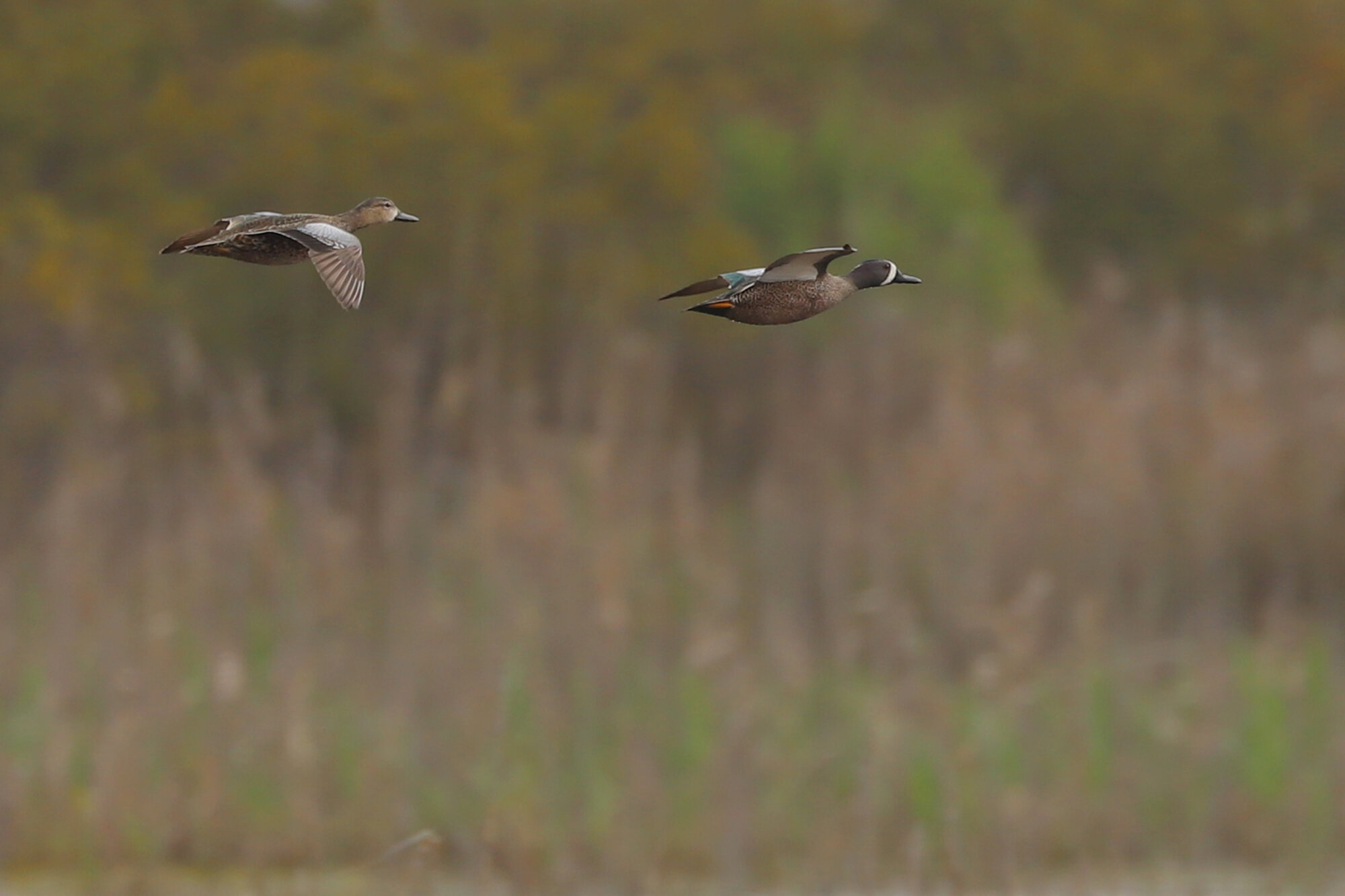
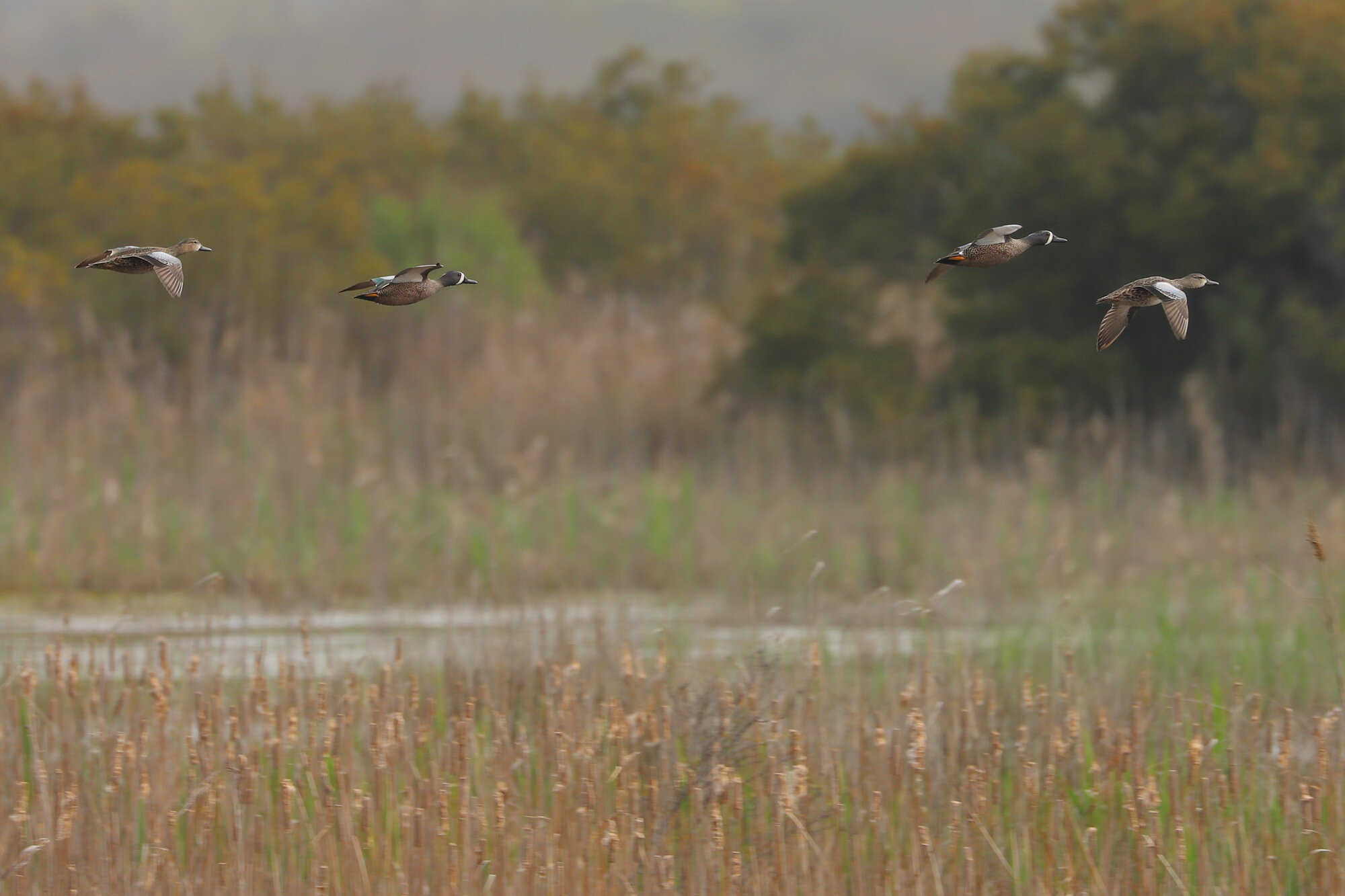
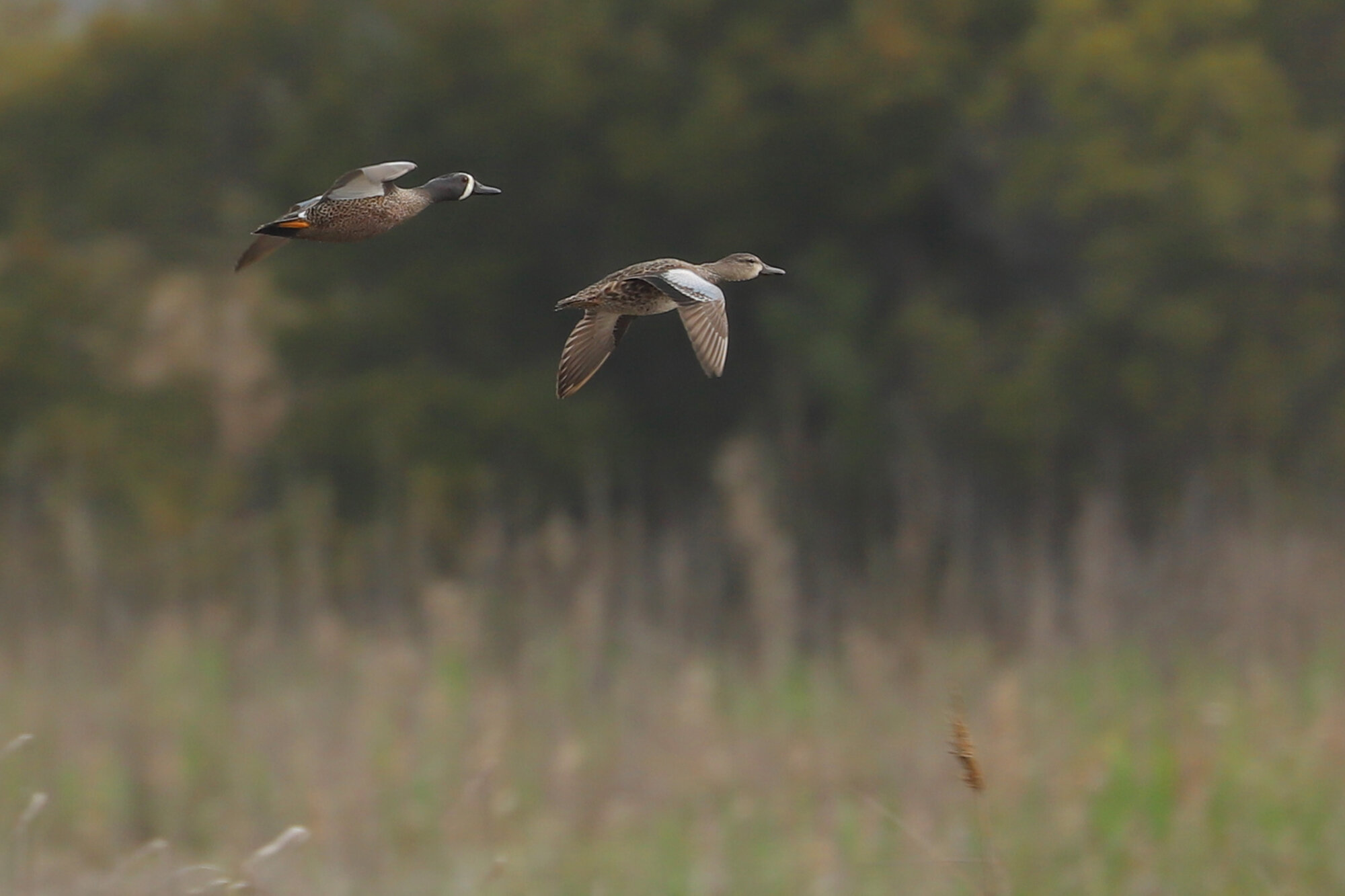
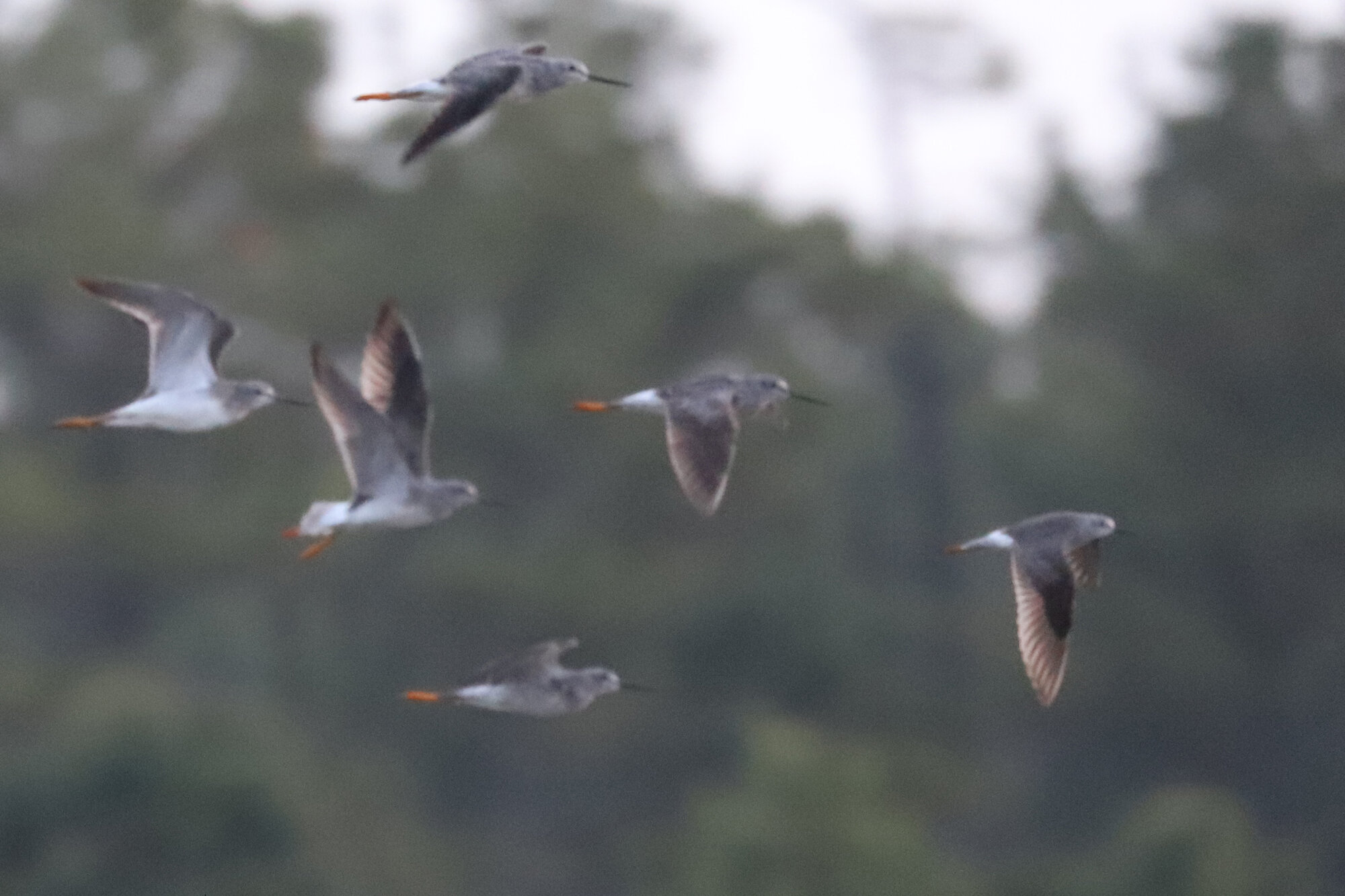
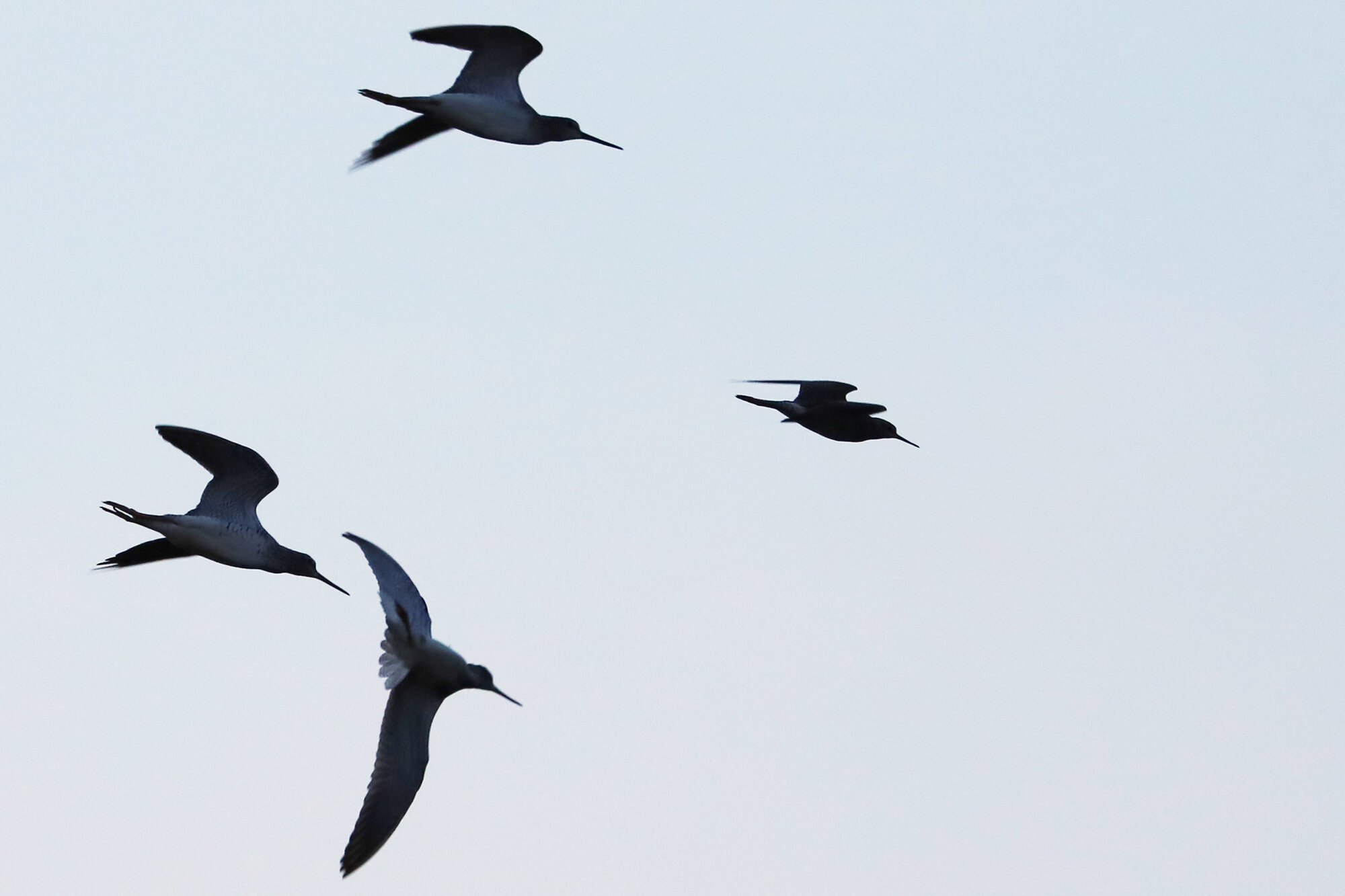
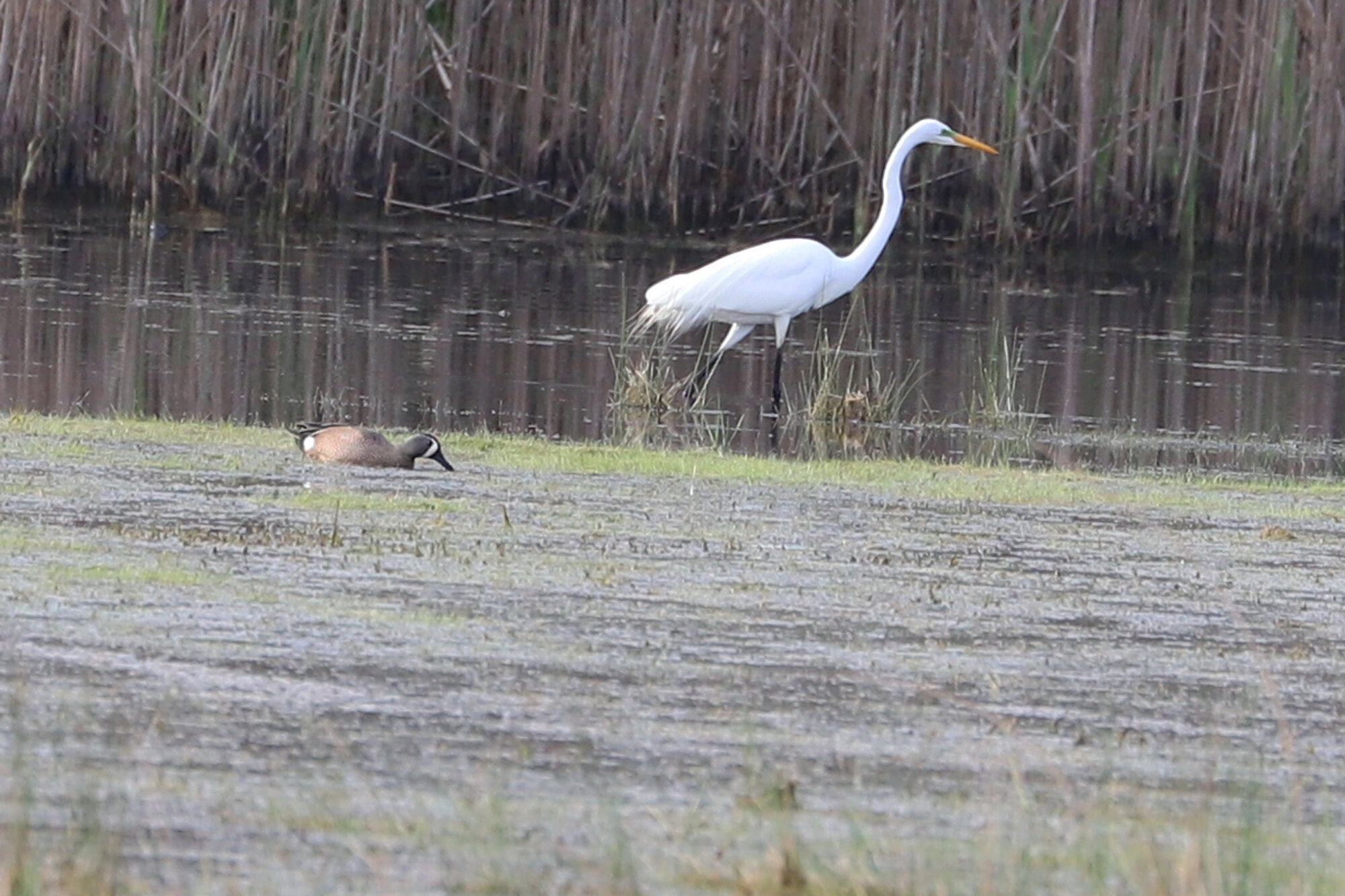
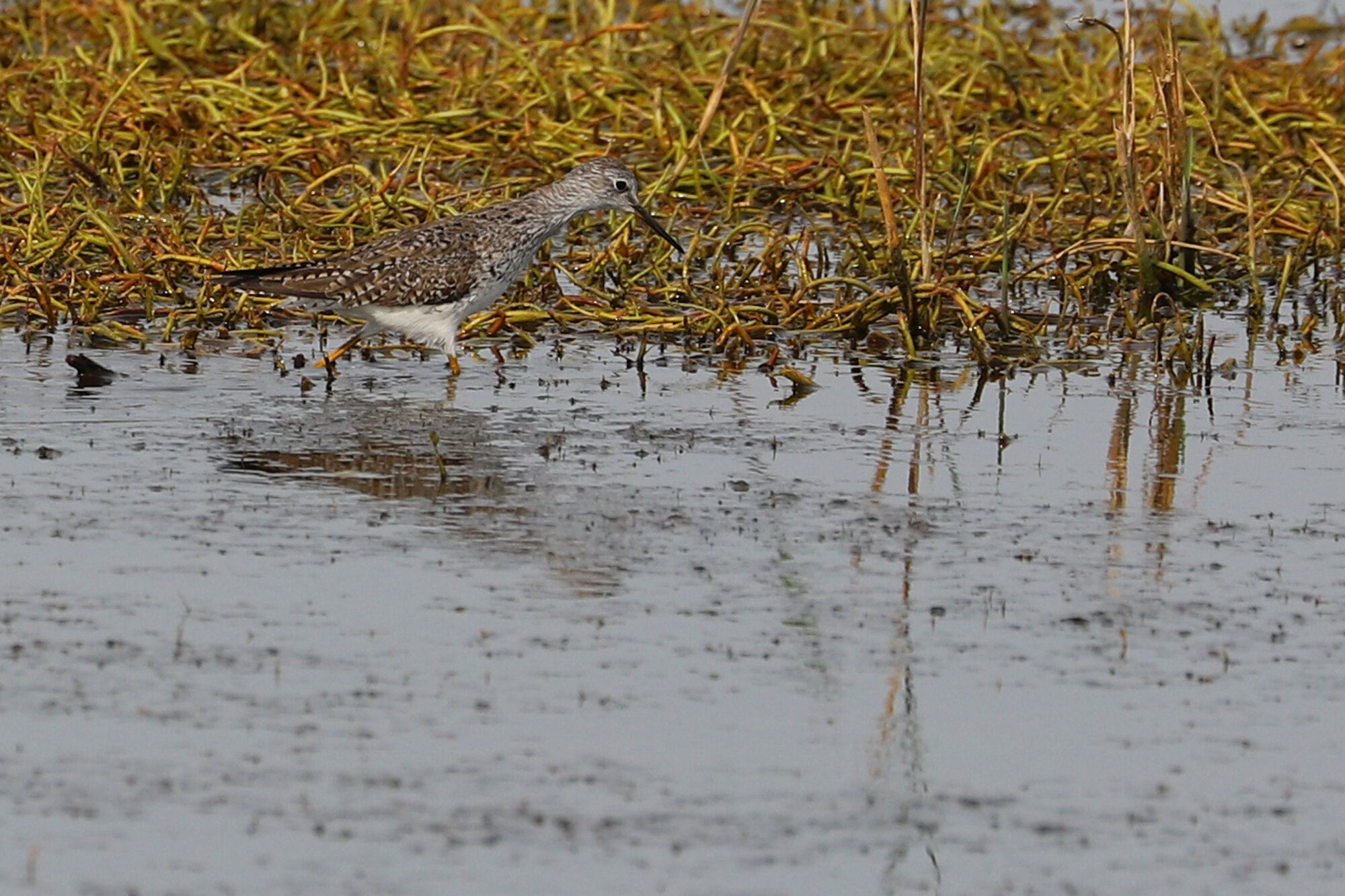
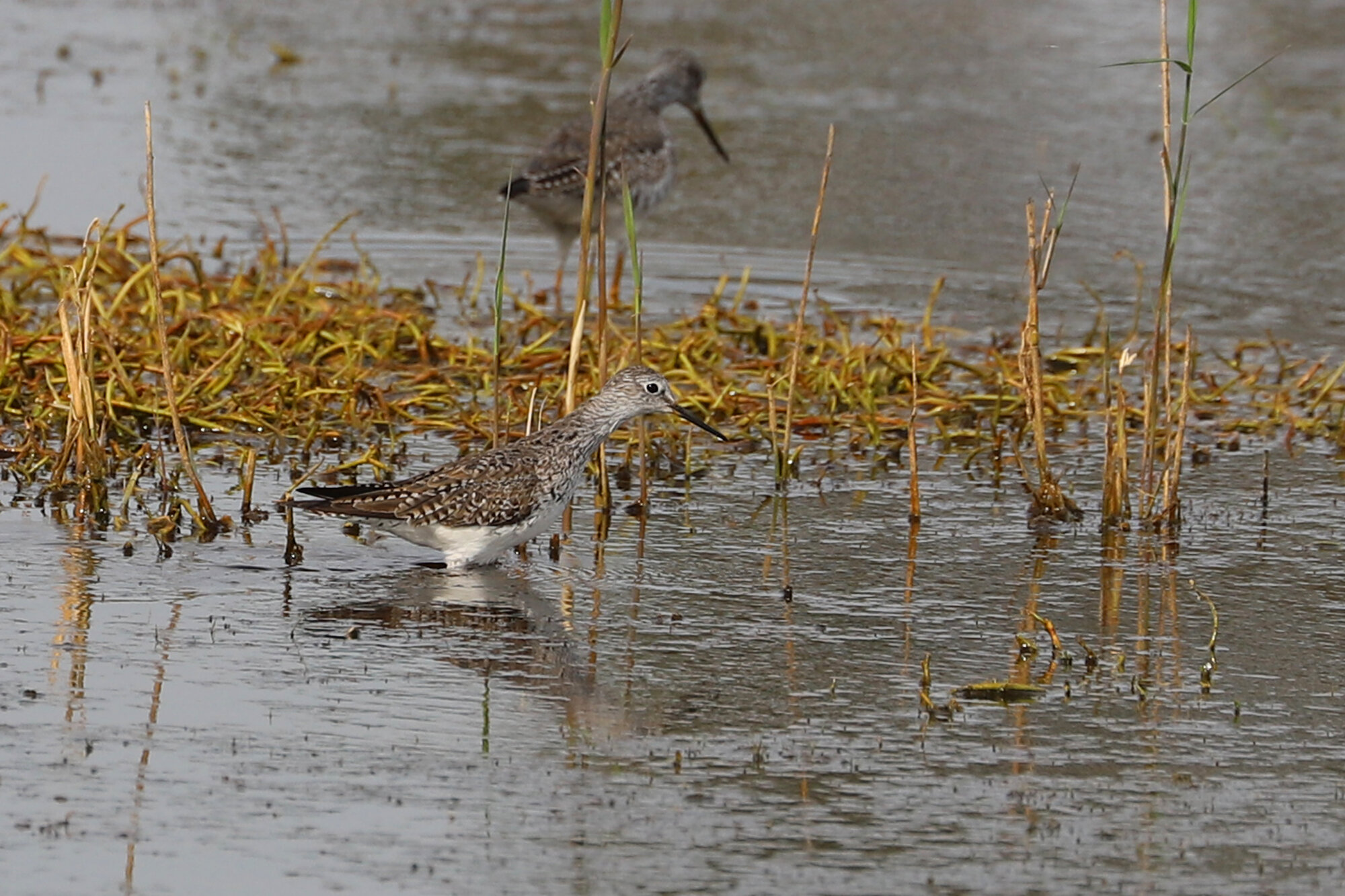
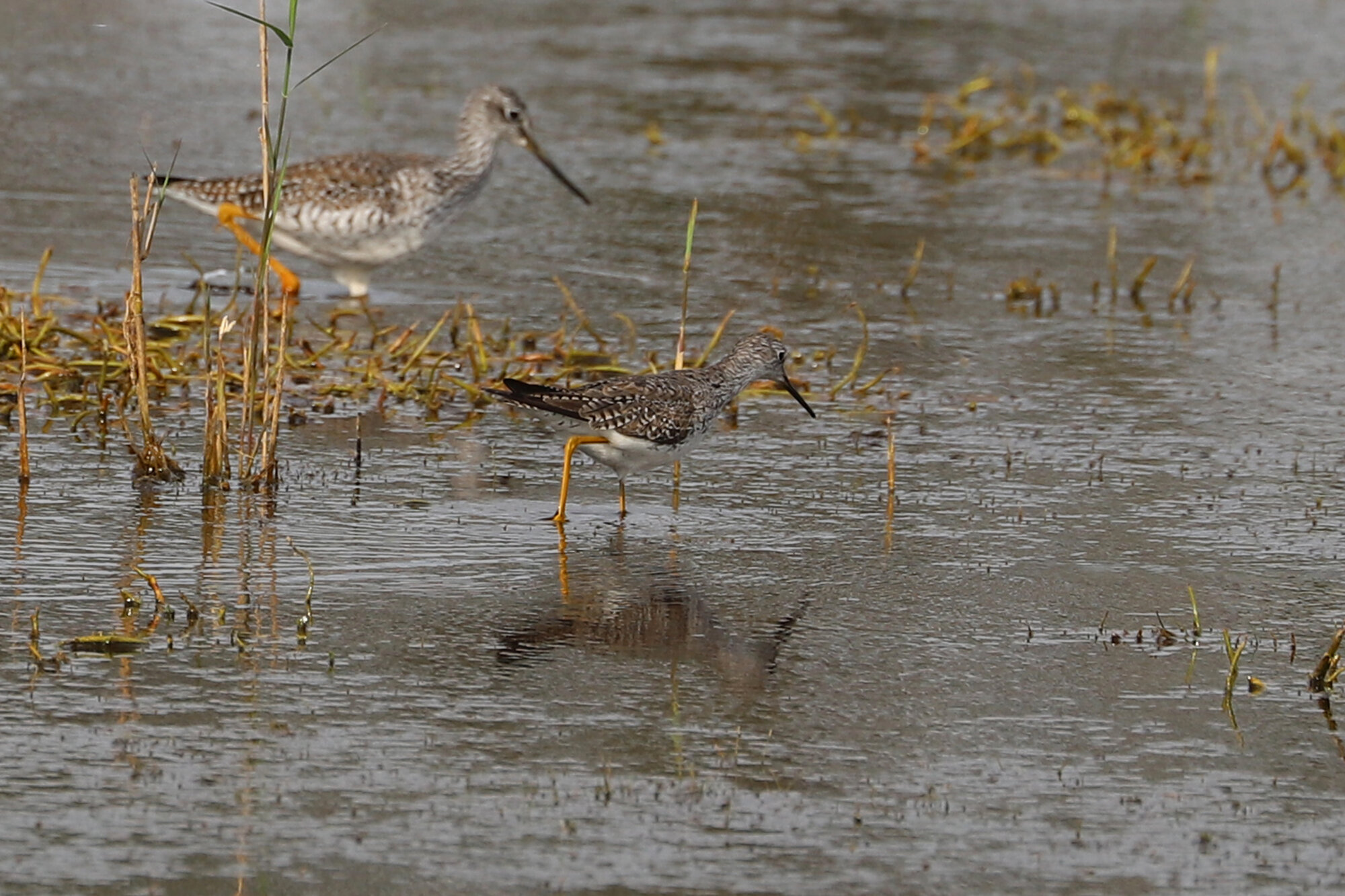

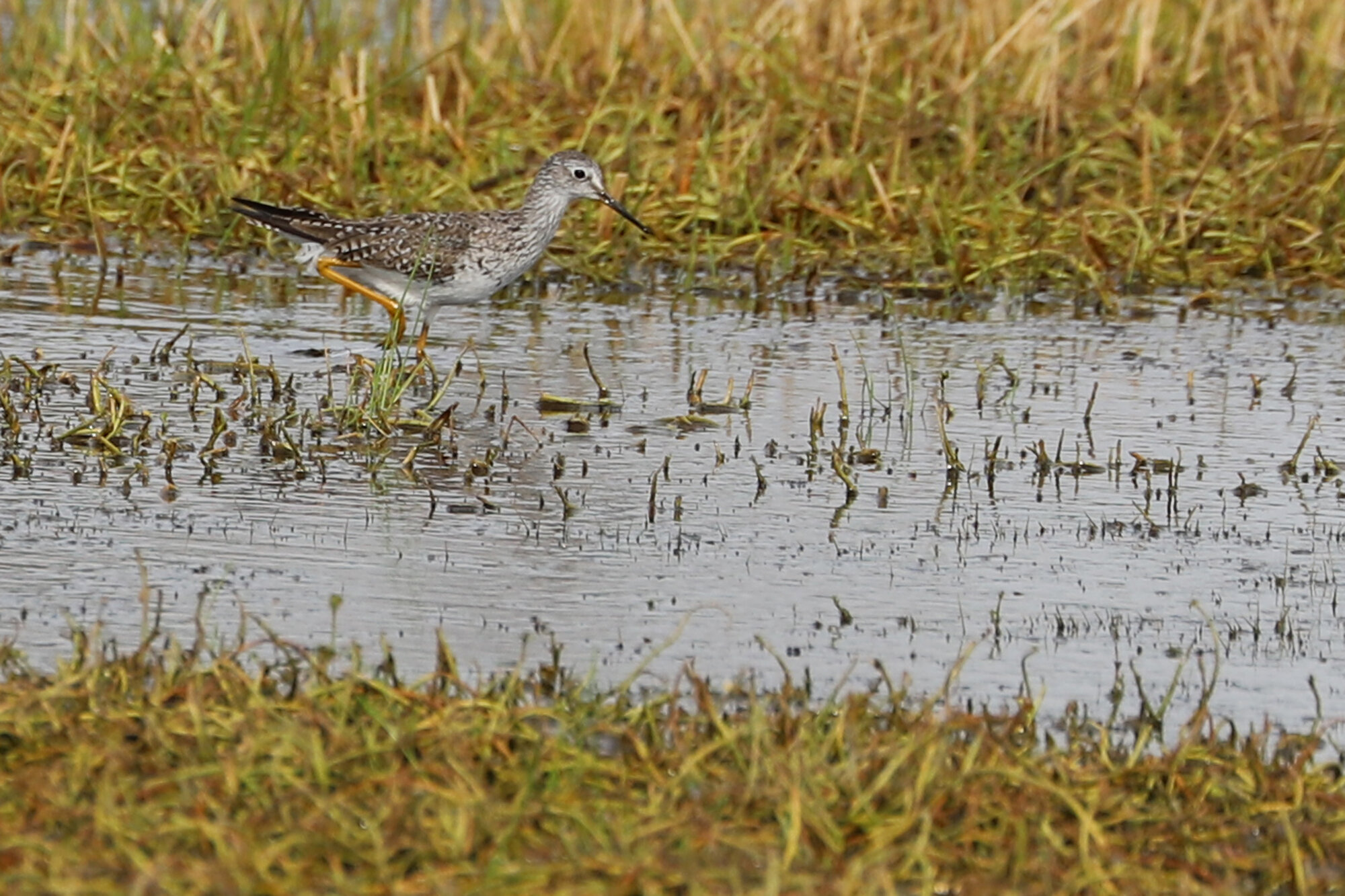

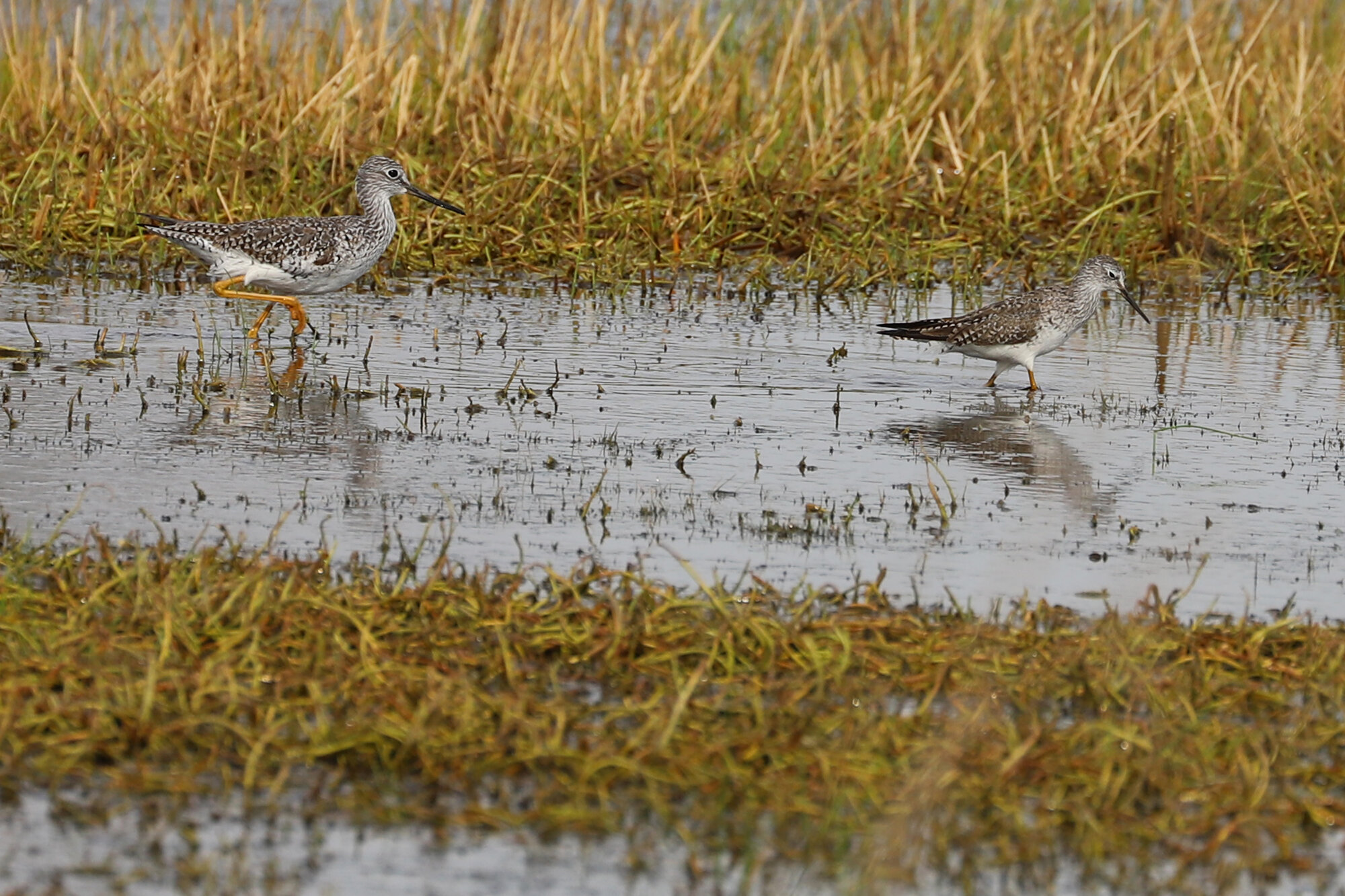
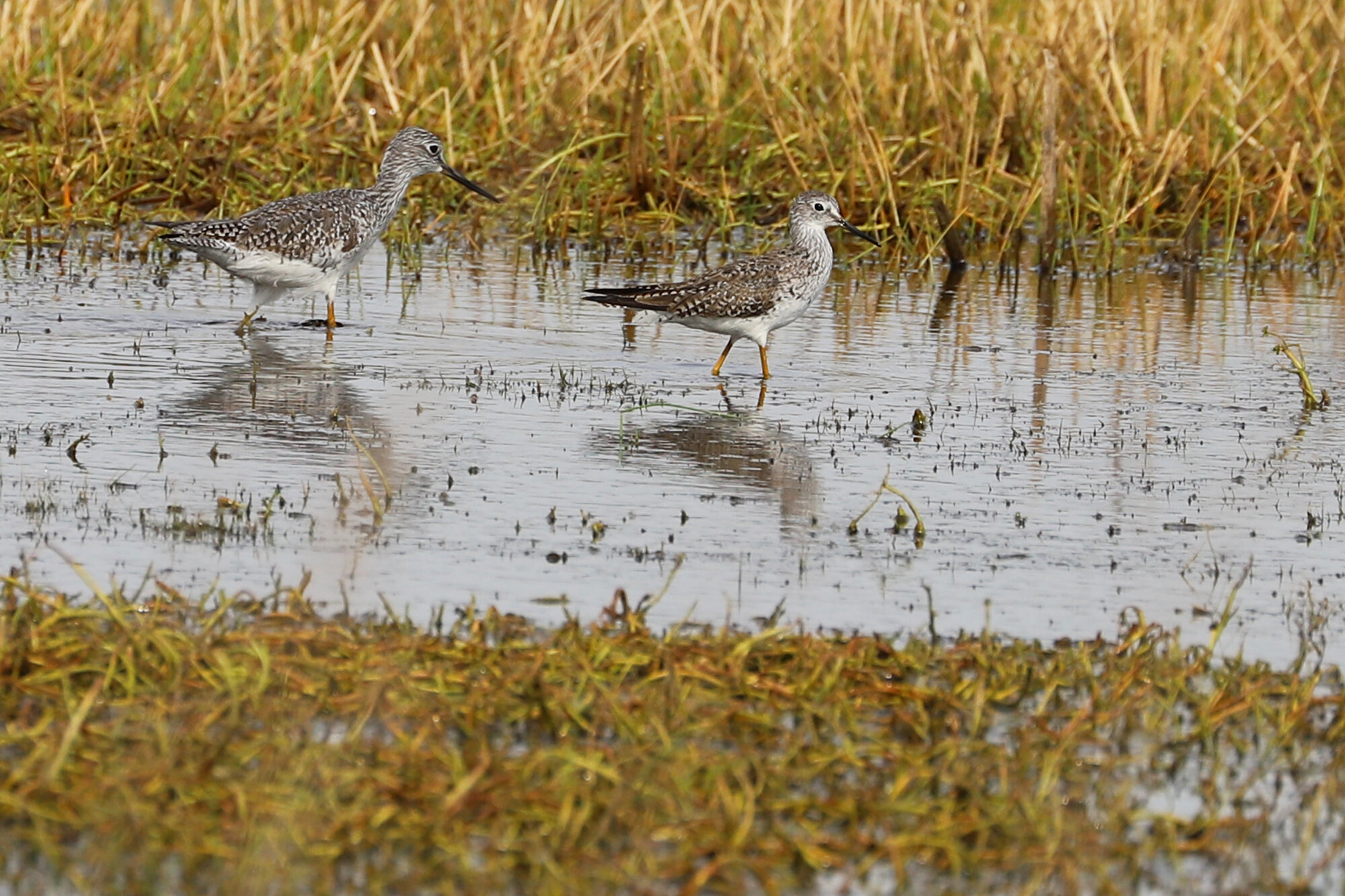

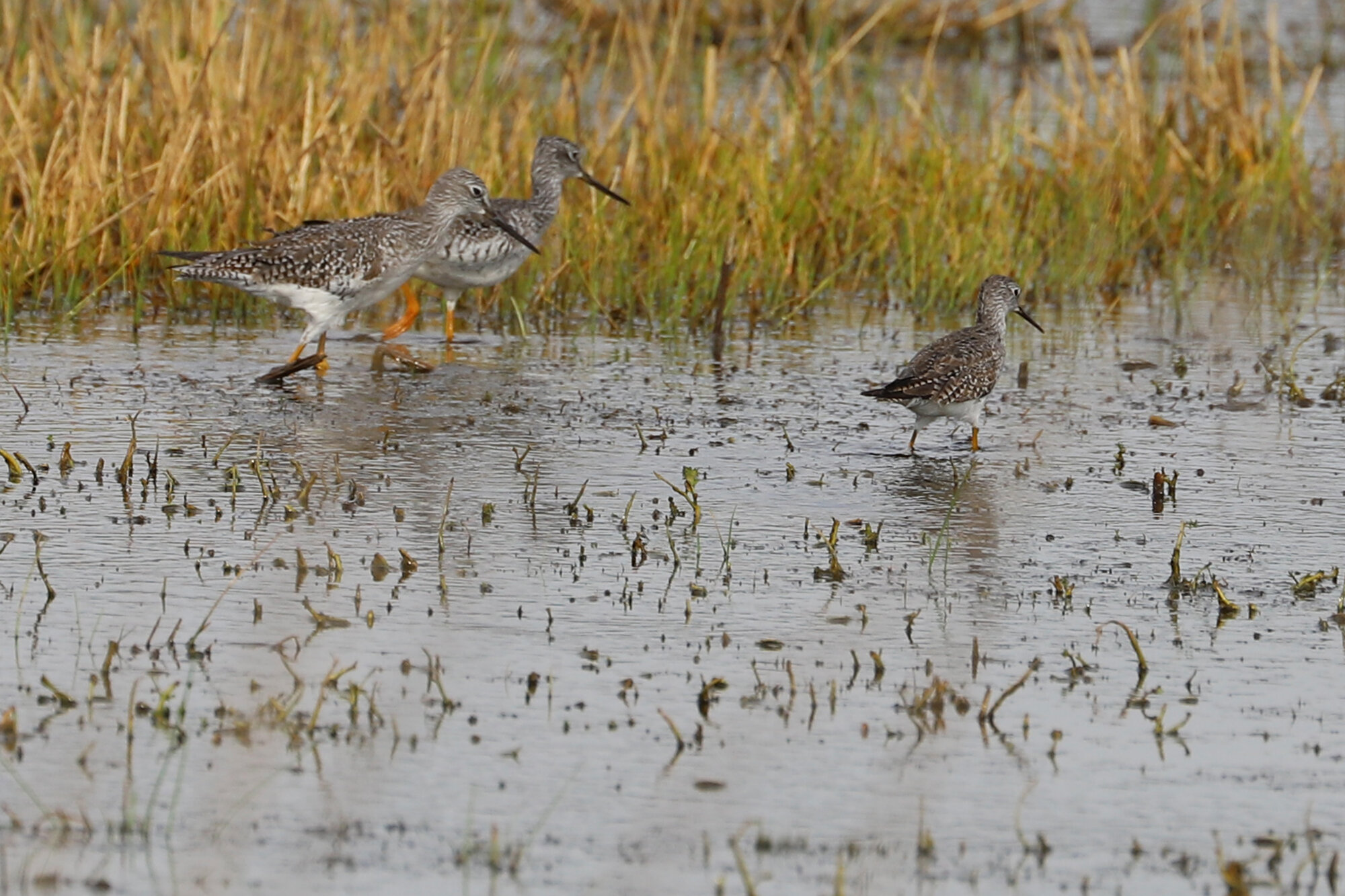
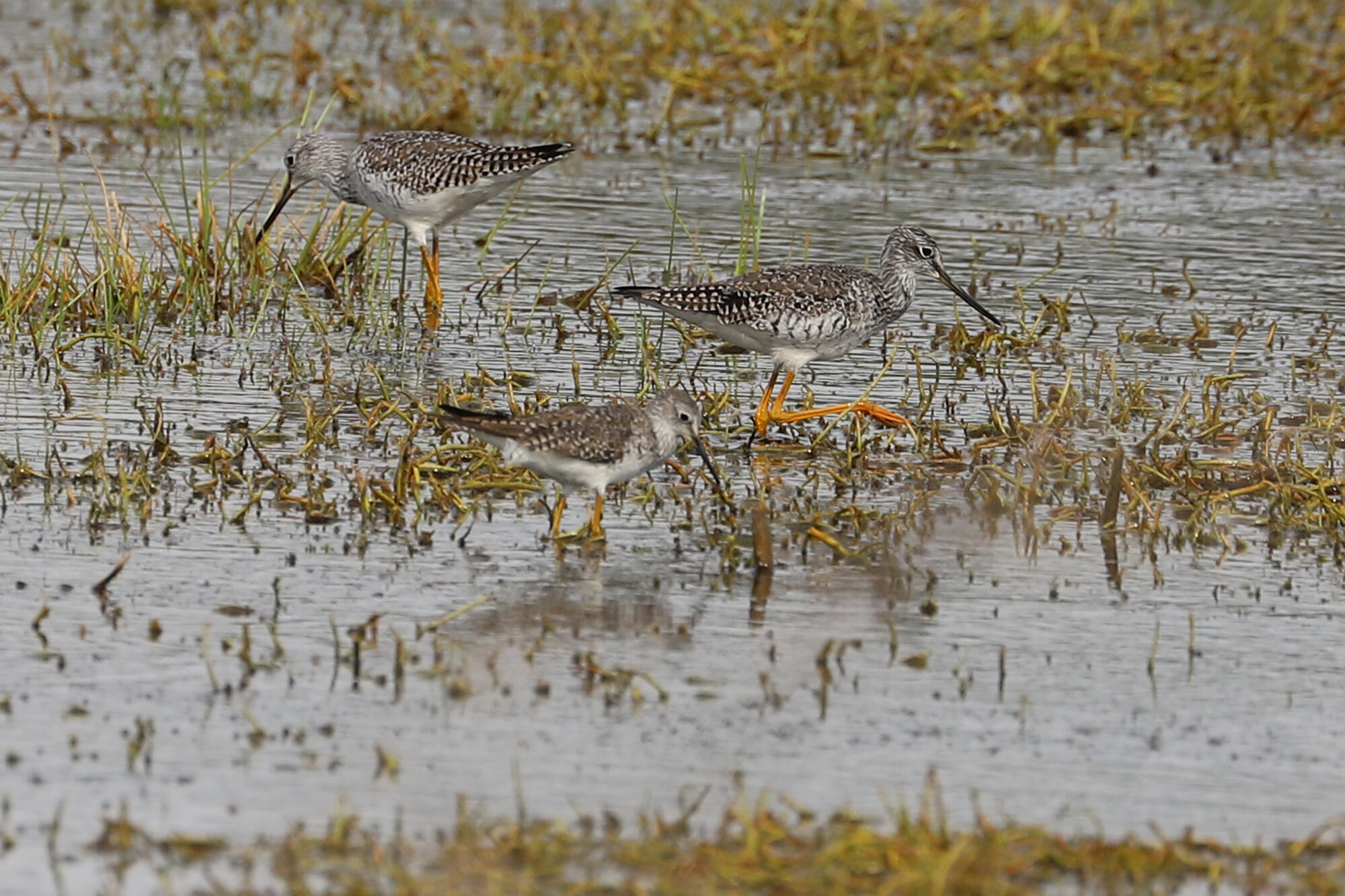

Immature ICELAND GULLS were reported at two locations in Virginia Beach this month! A first cycle individual was at Little Island Park on 1 Mar (ph. Kathy Bearden), and was likely the same individual observed there initially on 1 Feb (ph. Rob Bielawski). While up at Rudee Inlet, at least two immatures were known to be present, with the first reported to eBird on 16 Mar (ph. Tracy Tate). A second immature was present simultaneously with the first starting 21 Mar (vis. James Marcum, then ph. Steve Keith), and lingered through at least 28 Mar (vis. Karl Suttmann). Surprisingly, we never had any adult Iceland Gulls this season, though we’ve had pretty good luck in the past few winters with individuals of that plumage/age. In looking at the maps of Iceland Gulls in March, only Dare & New Hanover Counties in North Carolina produced records farther south along the East Coast than ours! (Mar 2020 Map)
With an average spring arrival date of 15 Mar to Virginia Beach, a ROYAL TERN observed off Little Island Park on 2 Mar (vis. James Marcum) was either an early northbound migrant, or perhaps a continuing individual since one had been present here back on 15 Feb as well (vis. Nick Newberry & Andrew Rapp). In either case, it makes for a great early March record and aside from another individual present at the Willoughby Boat Ramp in Norfolk from 25 Feb-1 Mar (ph. Eric Alton & Tammy Conklin), this was the northernmost record at the time of the observation for the East Coast! In fact, even during the latter half of the month when the species is moving north in good numbers, no records occurred north of Virginia. (Mar 2020 Map)
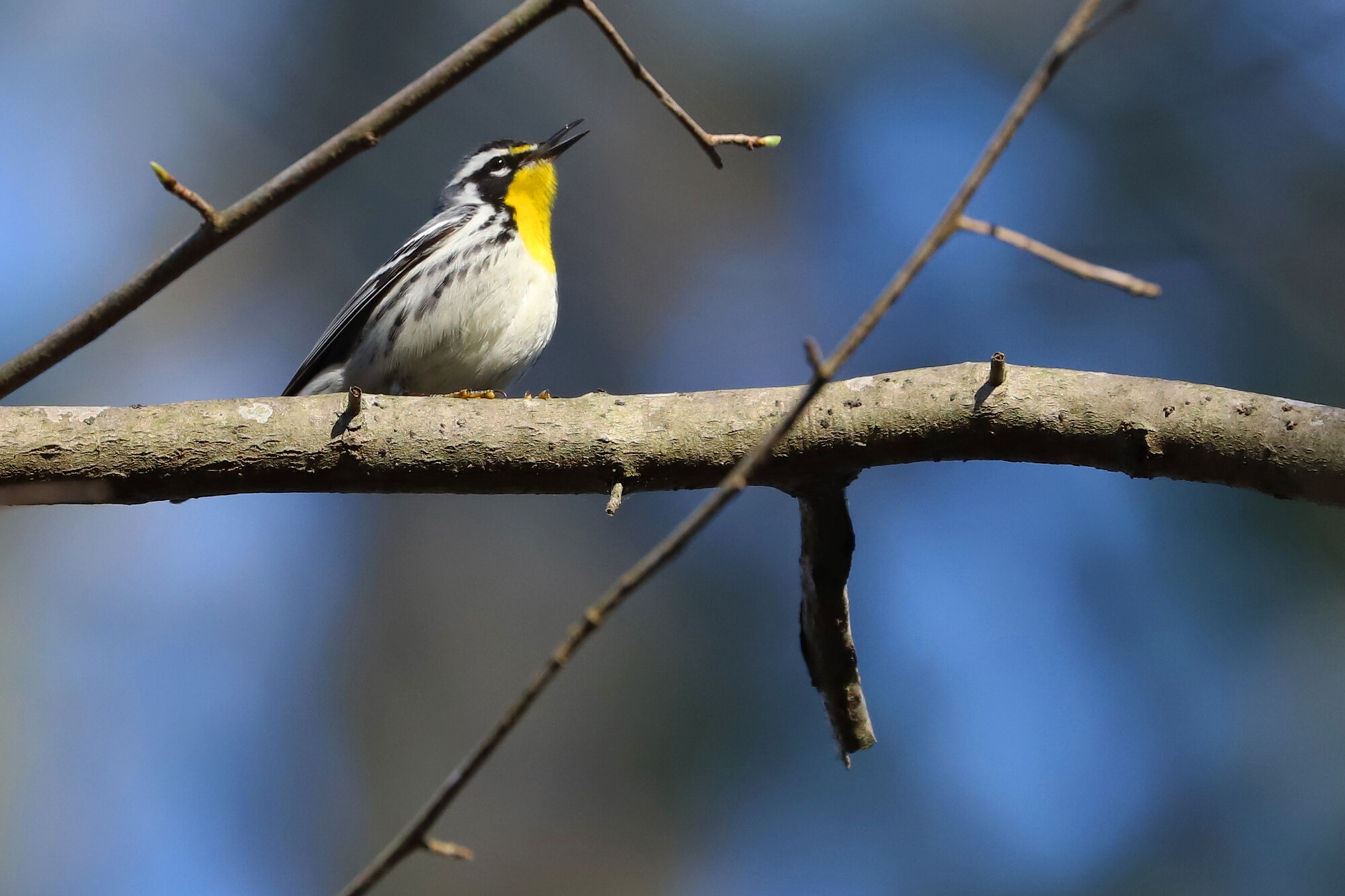

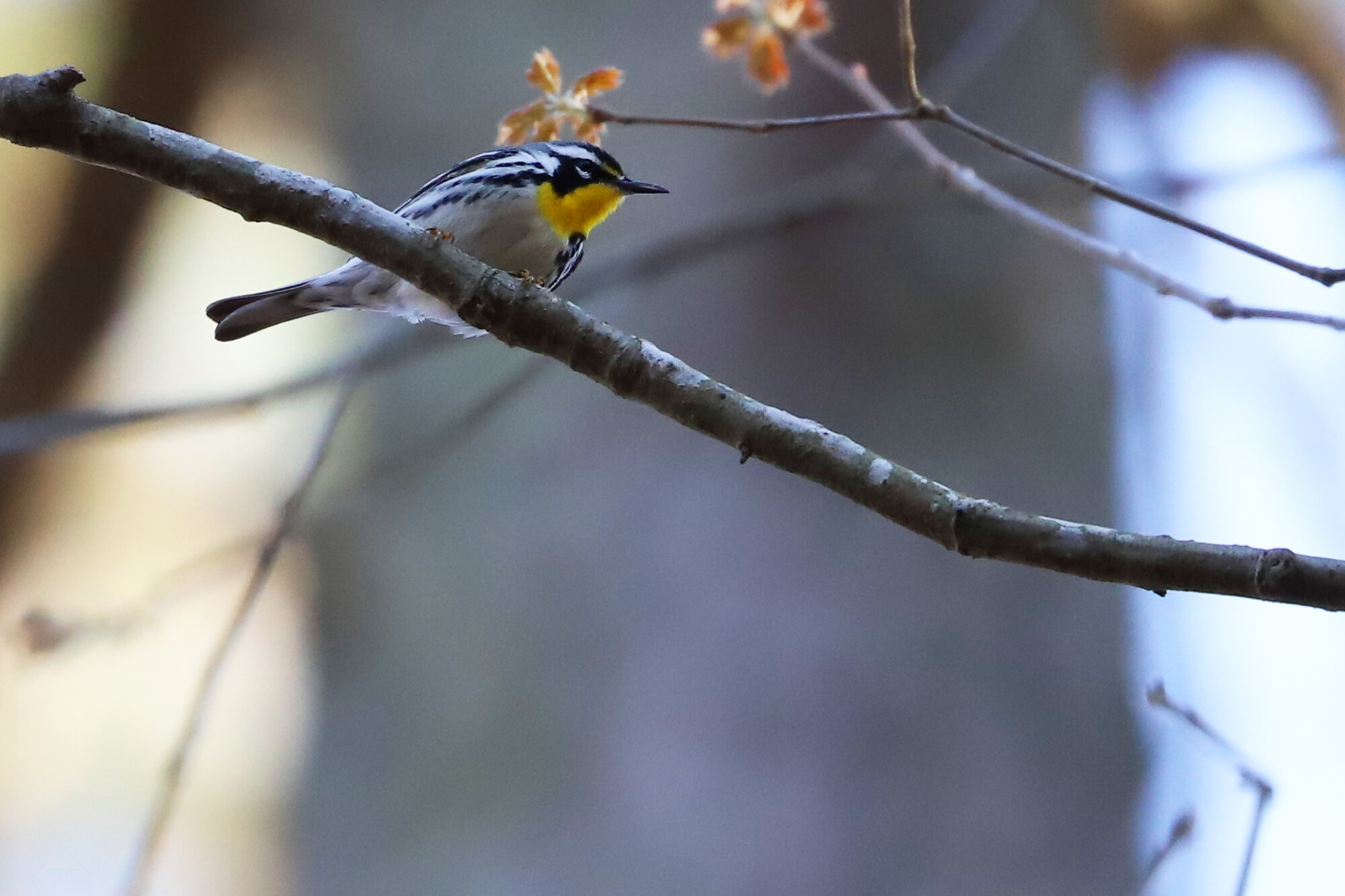
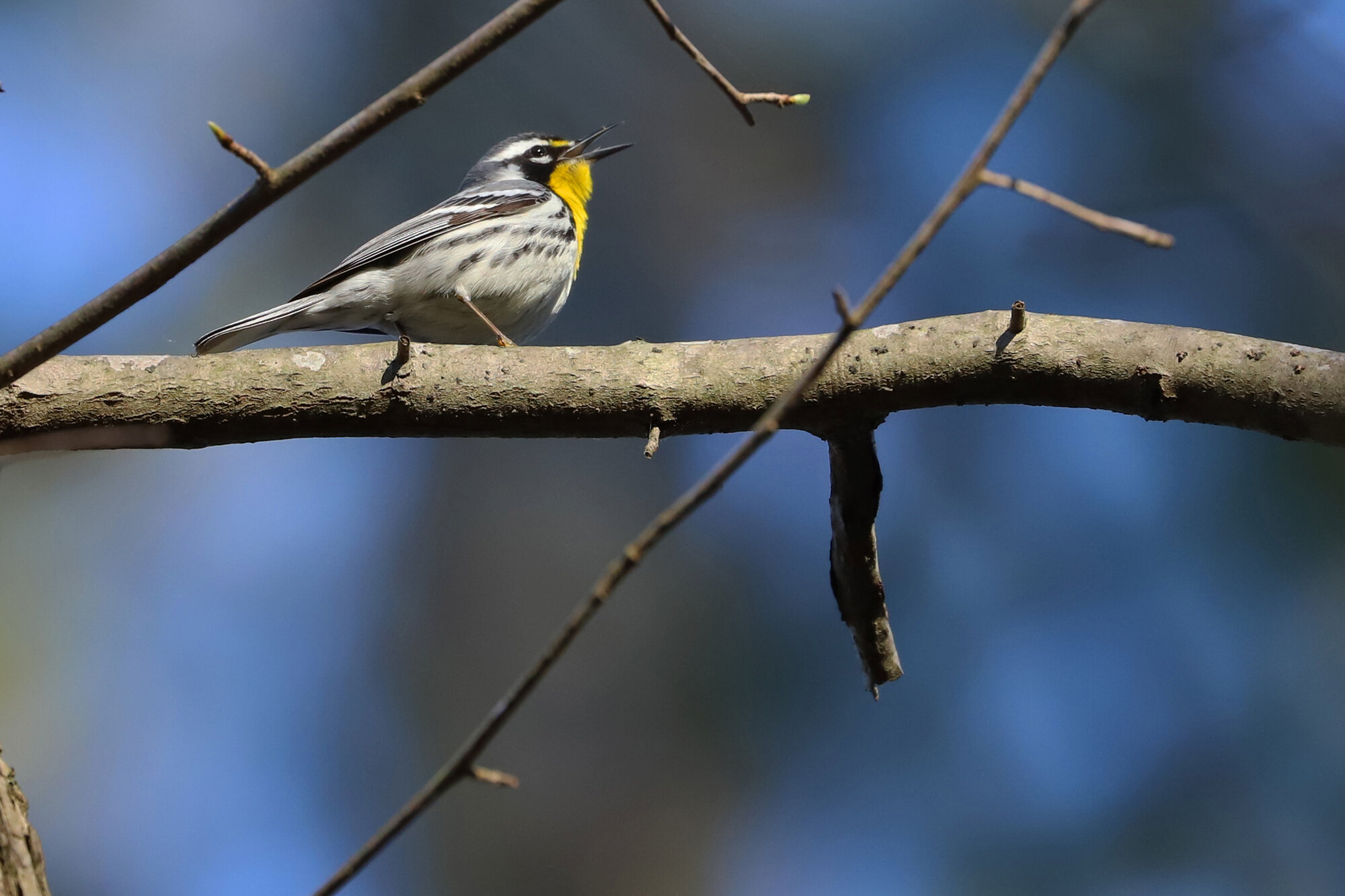
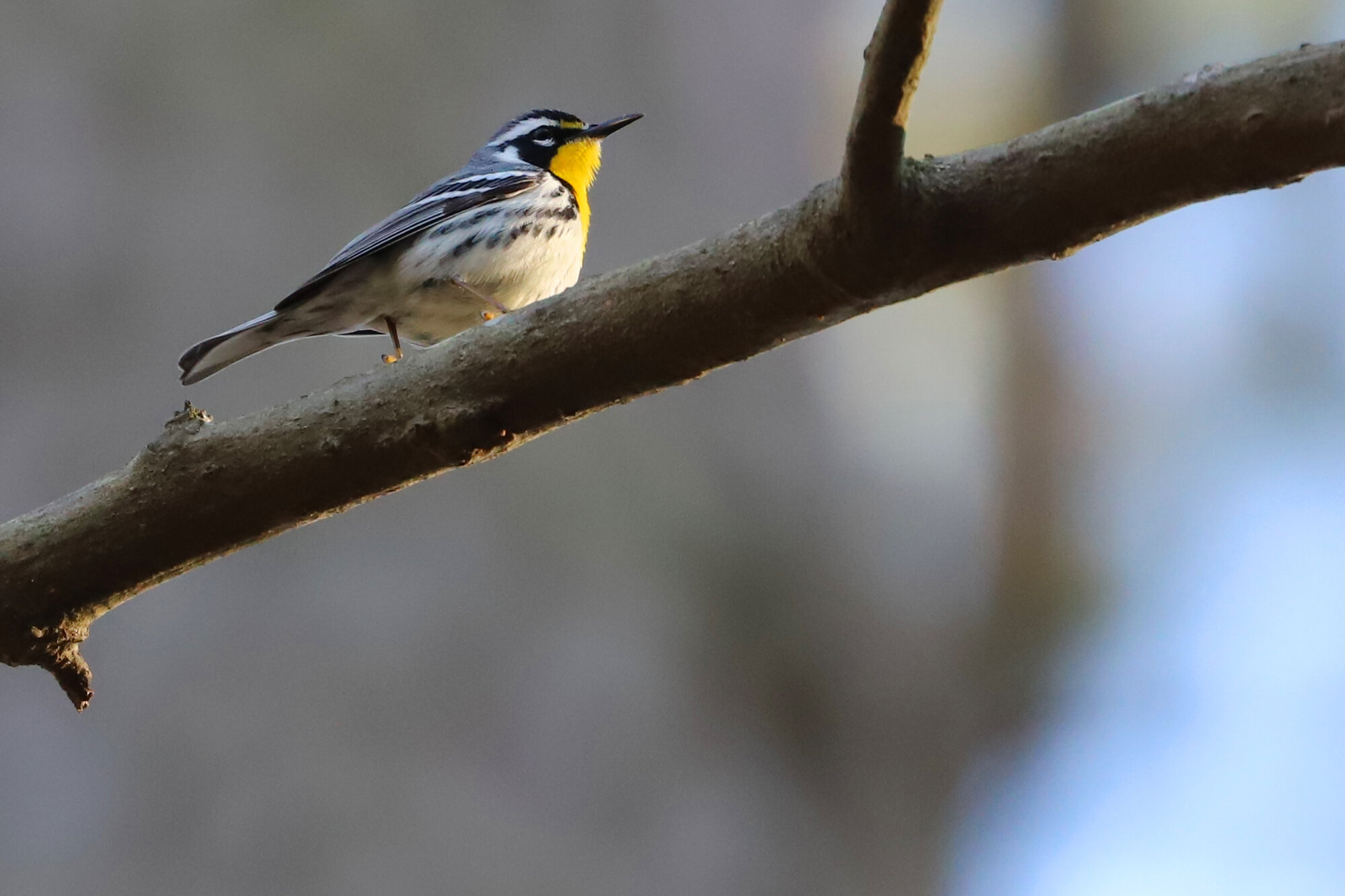
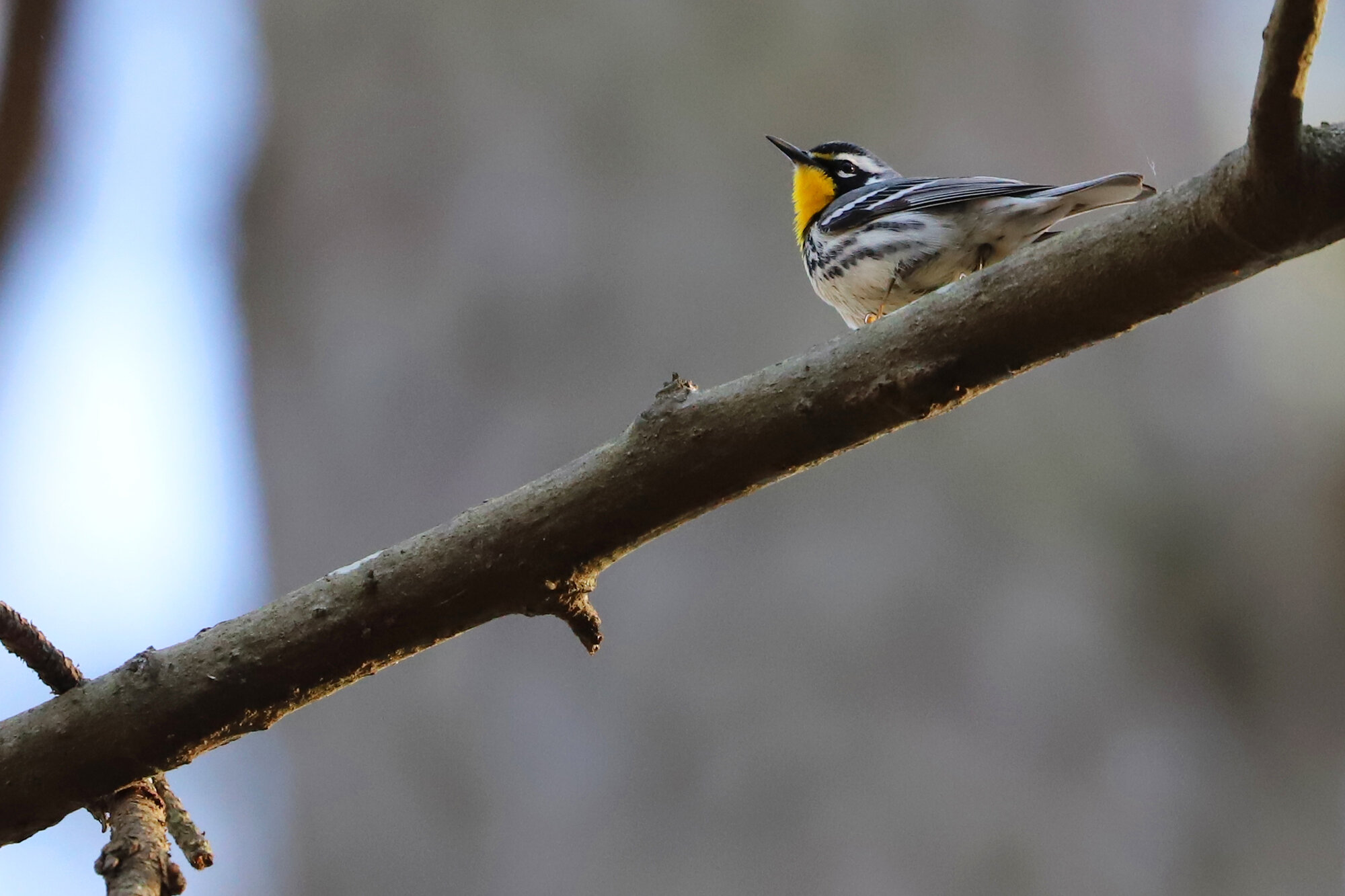
Typically absent from Virginia overall from about mid-January through early April, a single BLACK SKIMMER flying northbound past Little Island Park on 13 Mar (vis. Andrew Baldelli) made for a remarkable March record. In most years, the last holdouts of this species are found around Lynnhaven Inlet, though very rarely do any truly winter, sometimes they do linger into the early portion of February. But, March records anywhere in the state are scarce, and this was the northernmost record for the species on the East Coast this month, with the nearest record all the way down in Carteret County, North Carolina! (Mar 2020 Map)
Though up to two LITTLE BLUE HERONS have been recorded in Virginia Beach this winter season with an immature at Princess Anne WMA Whitehurst Tract from 5 Jan (vis. Tracy Tate; not input to eBird but verbally communicated at the time of sighting) through 19 Jan (ph. Rob Bielawski) and an even more unusual adult present there on 12 Jan (ph. Rob Bielawski), a 15 Mar record for an immature still came as quite the surprise (ph. Cindy Hamilton & June McDaniels)! With an average spring arrival date in the city of 25 Mar, this is another nice record falling ten or more days prior, and at the time it was the northernmost record for this species along the East Coast! (Mar 2020 Map)
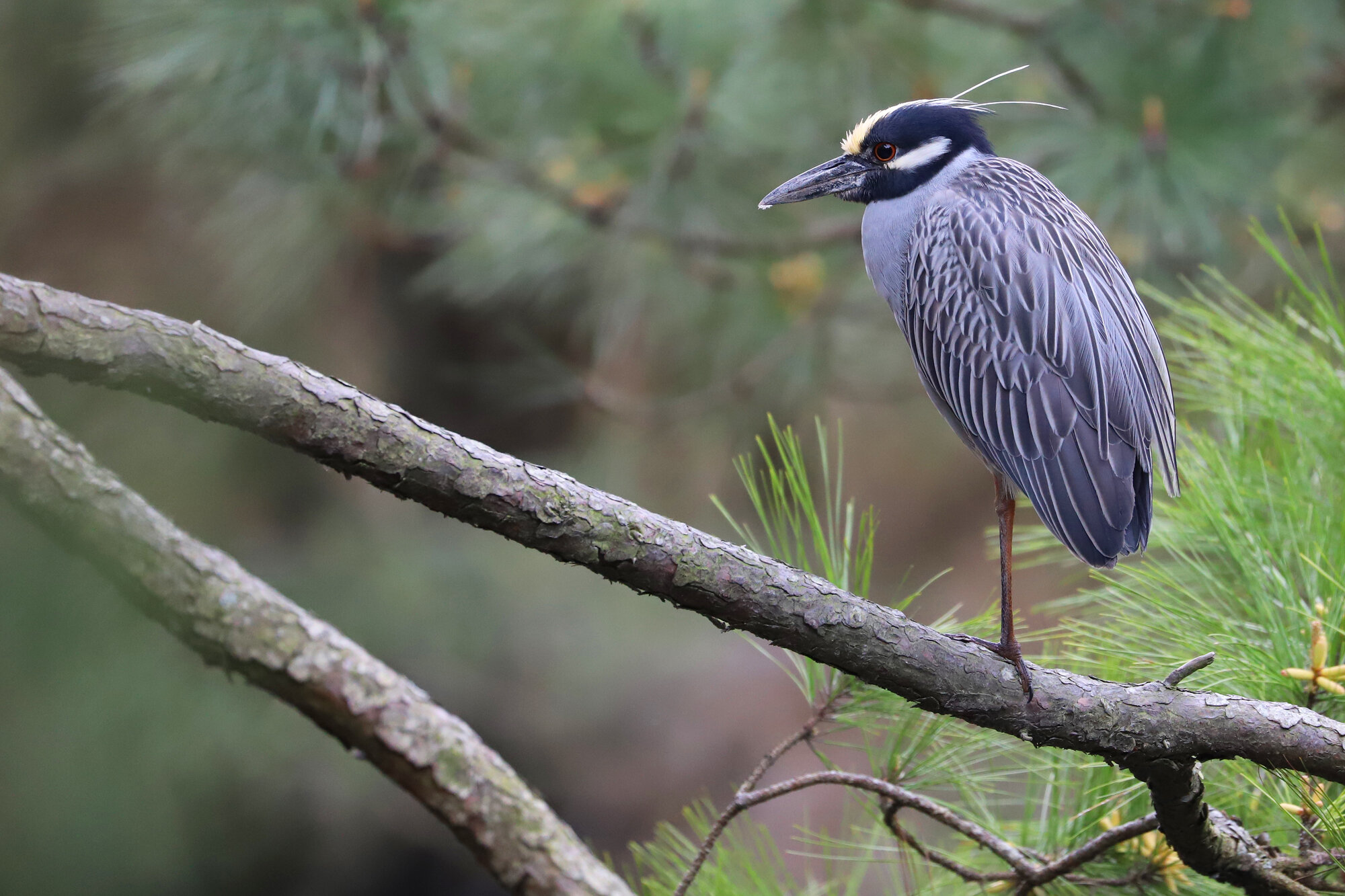
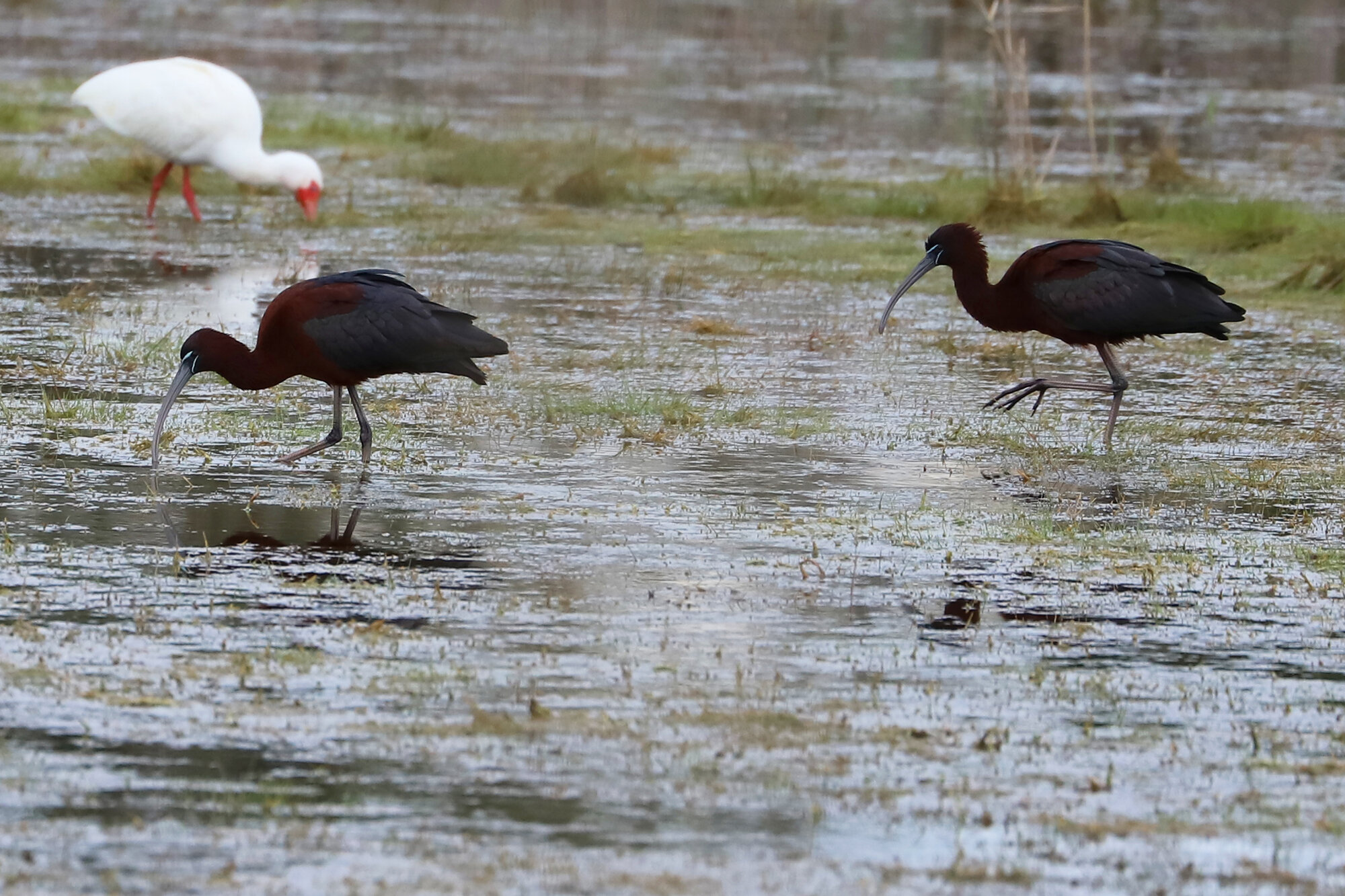

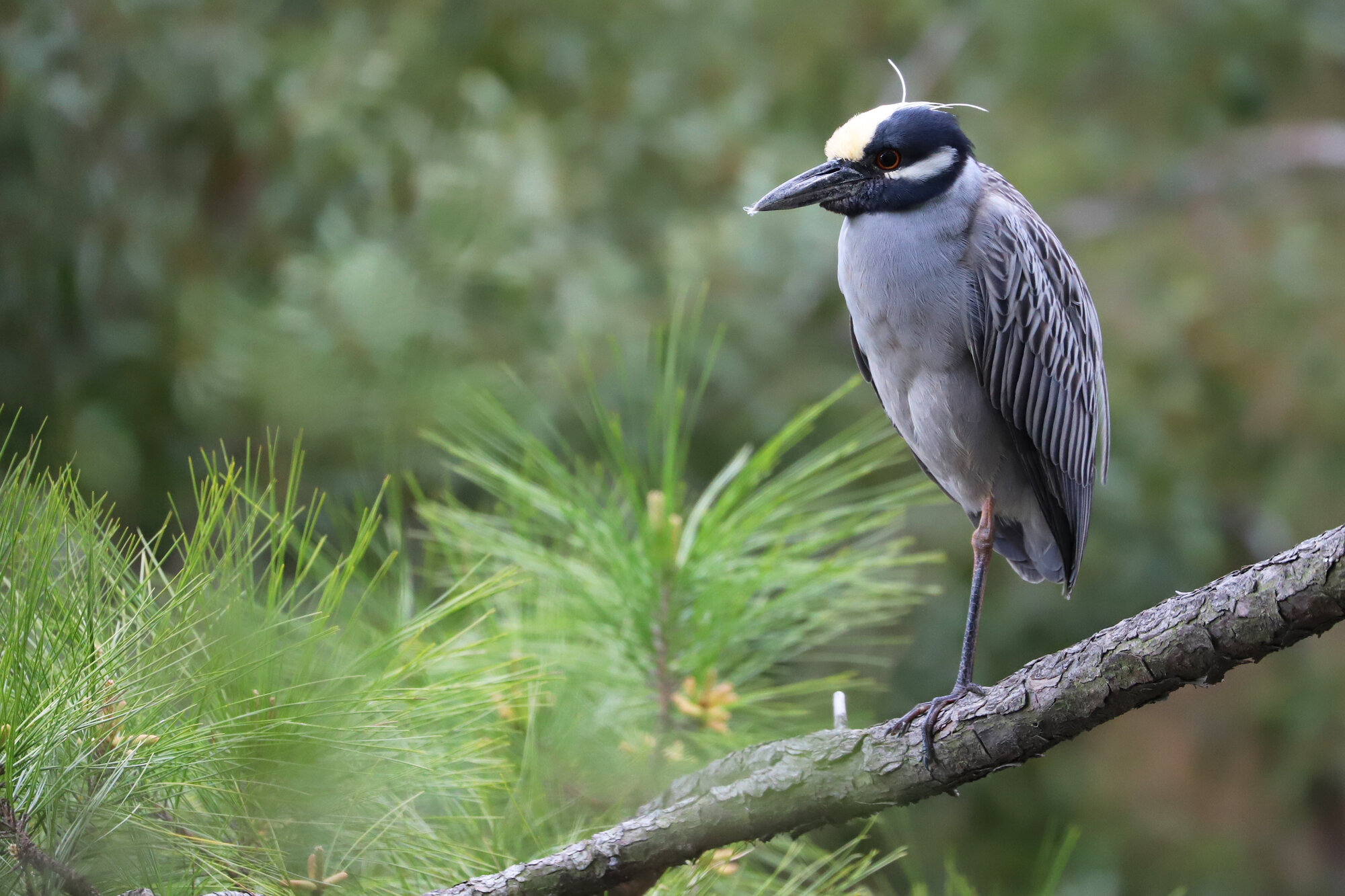
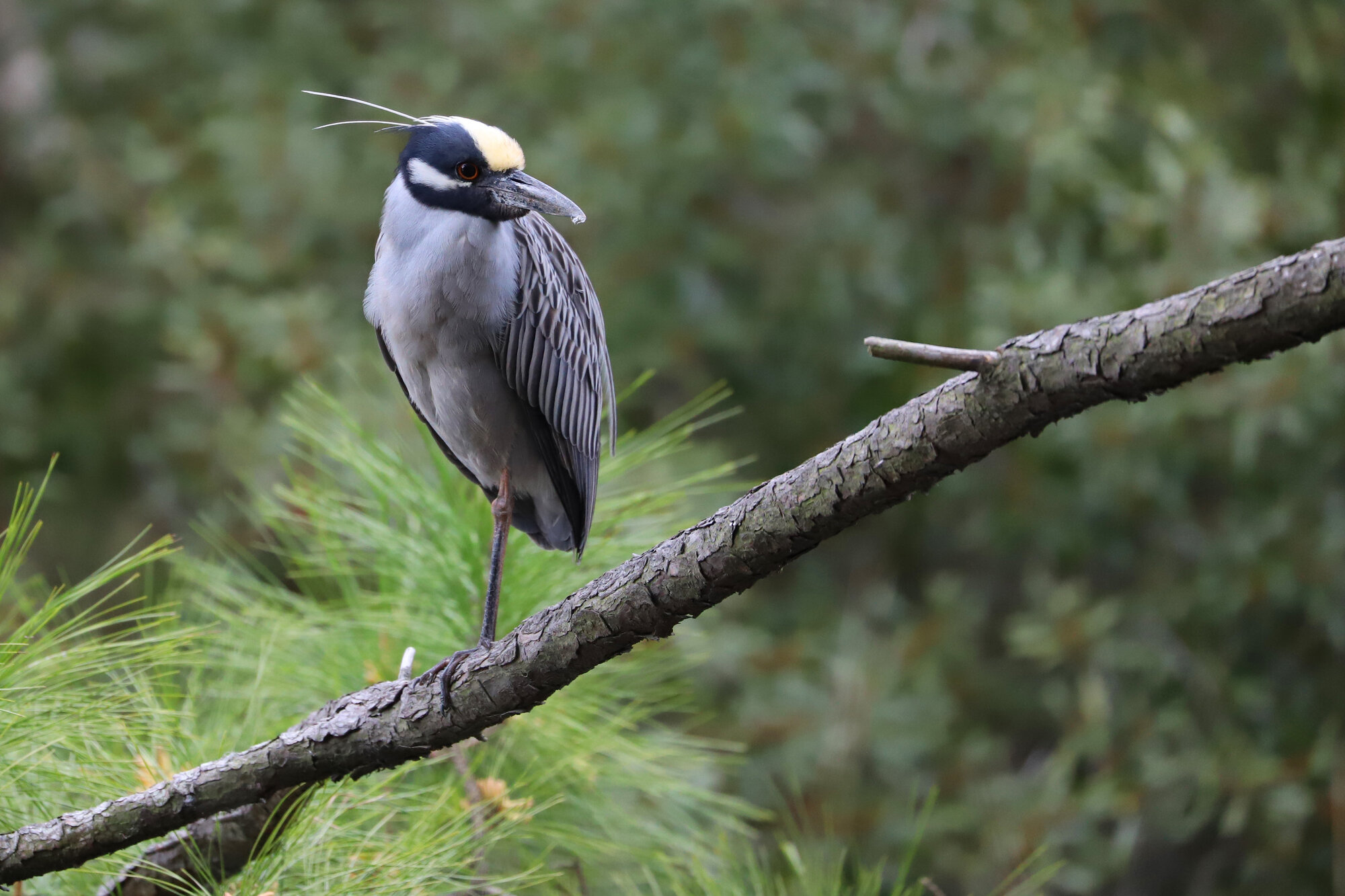
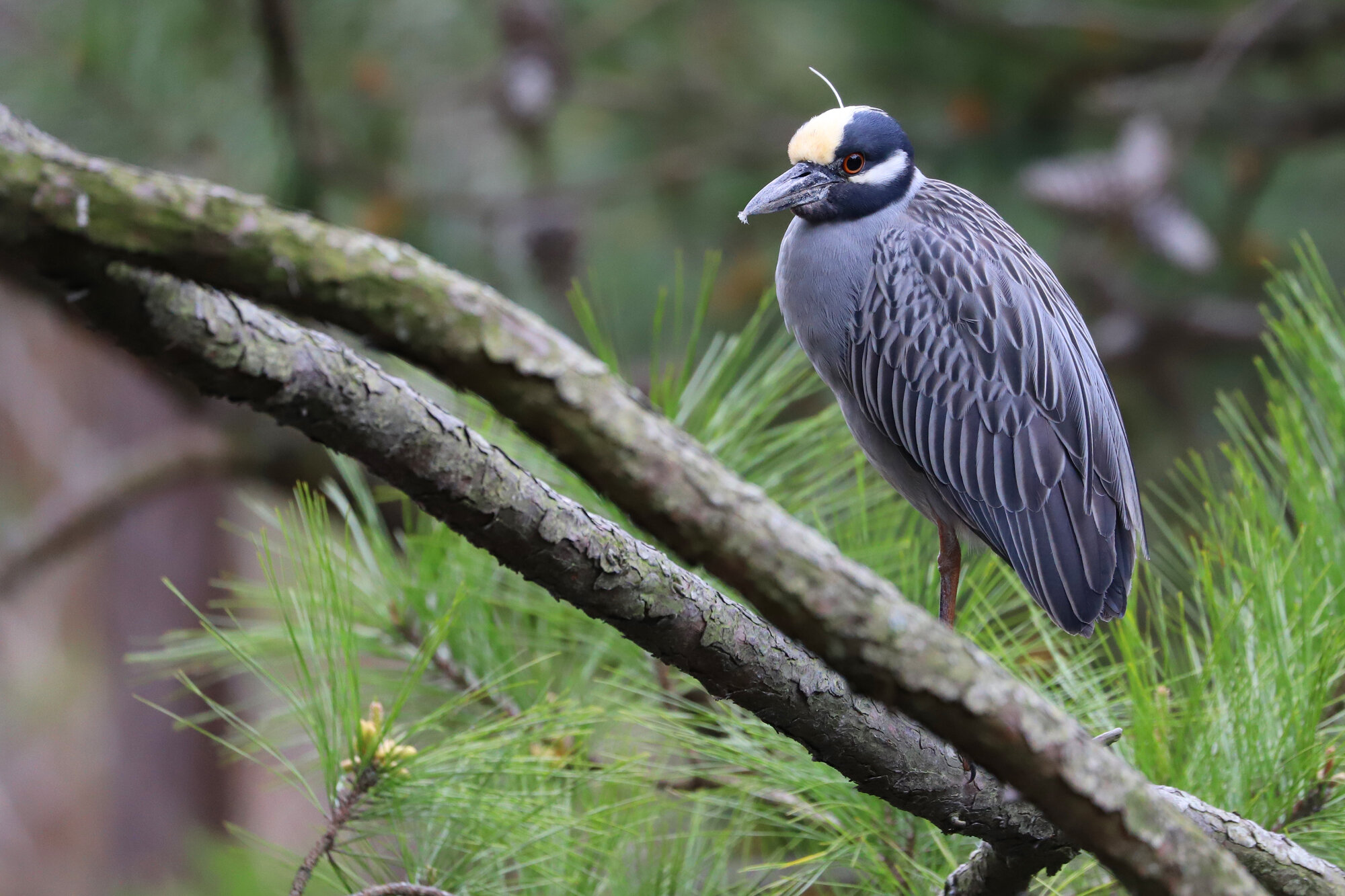

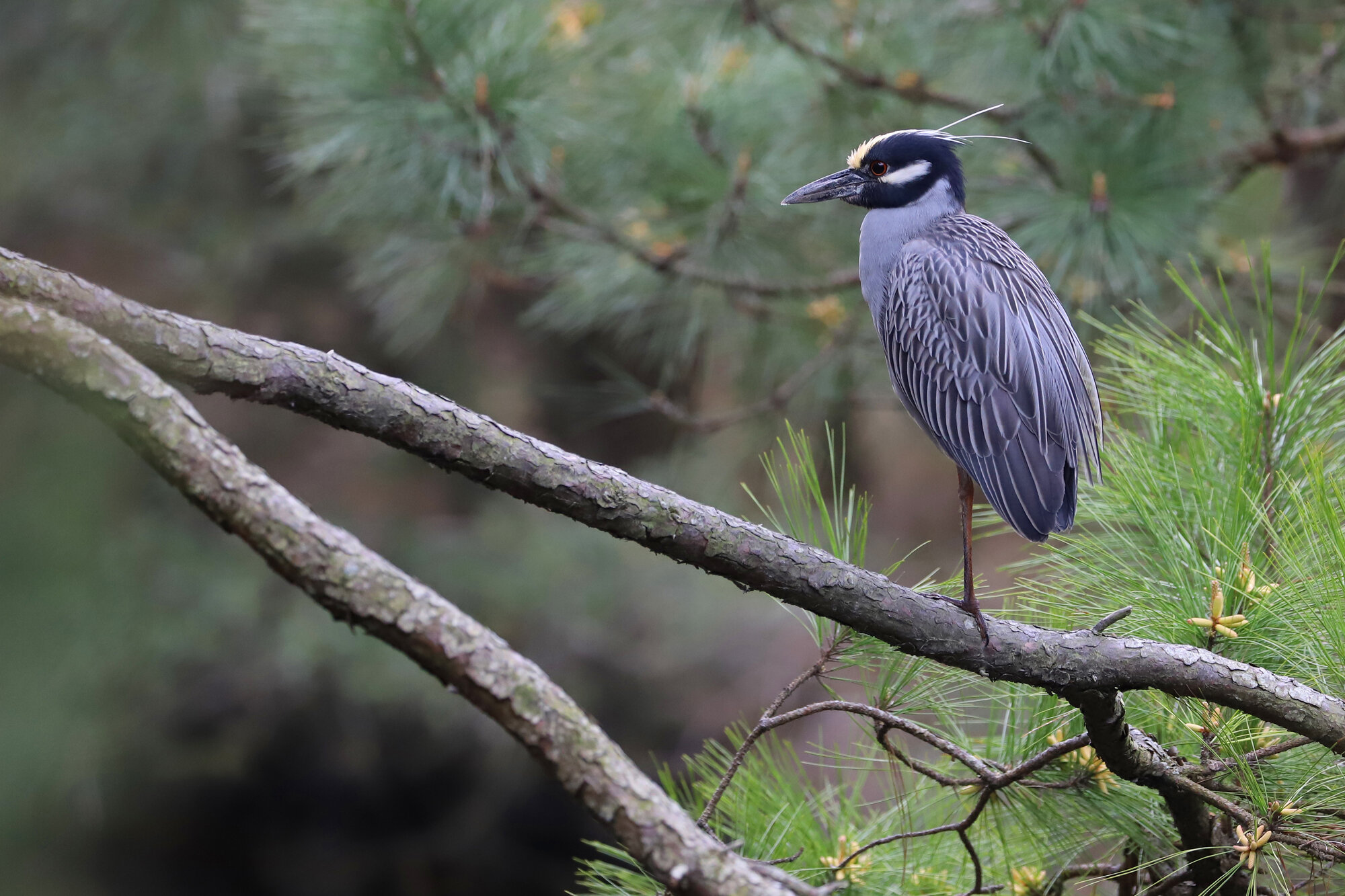
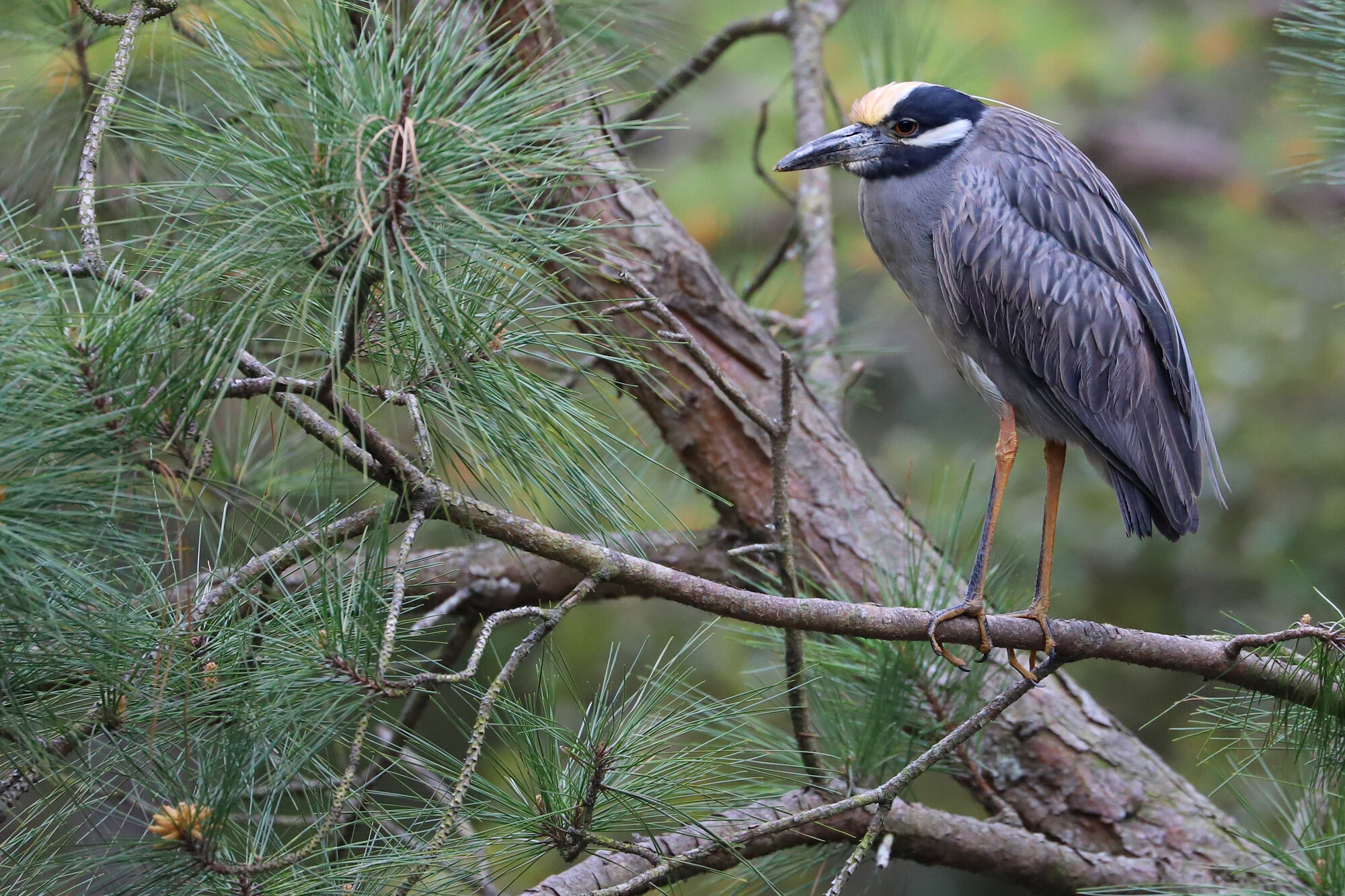
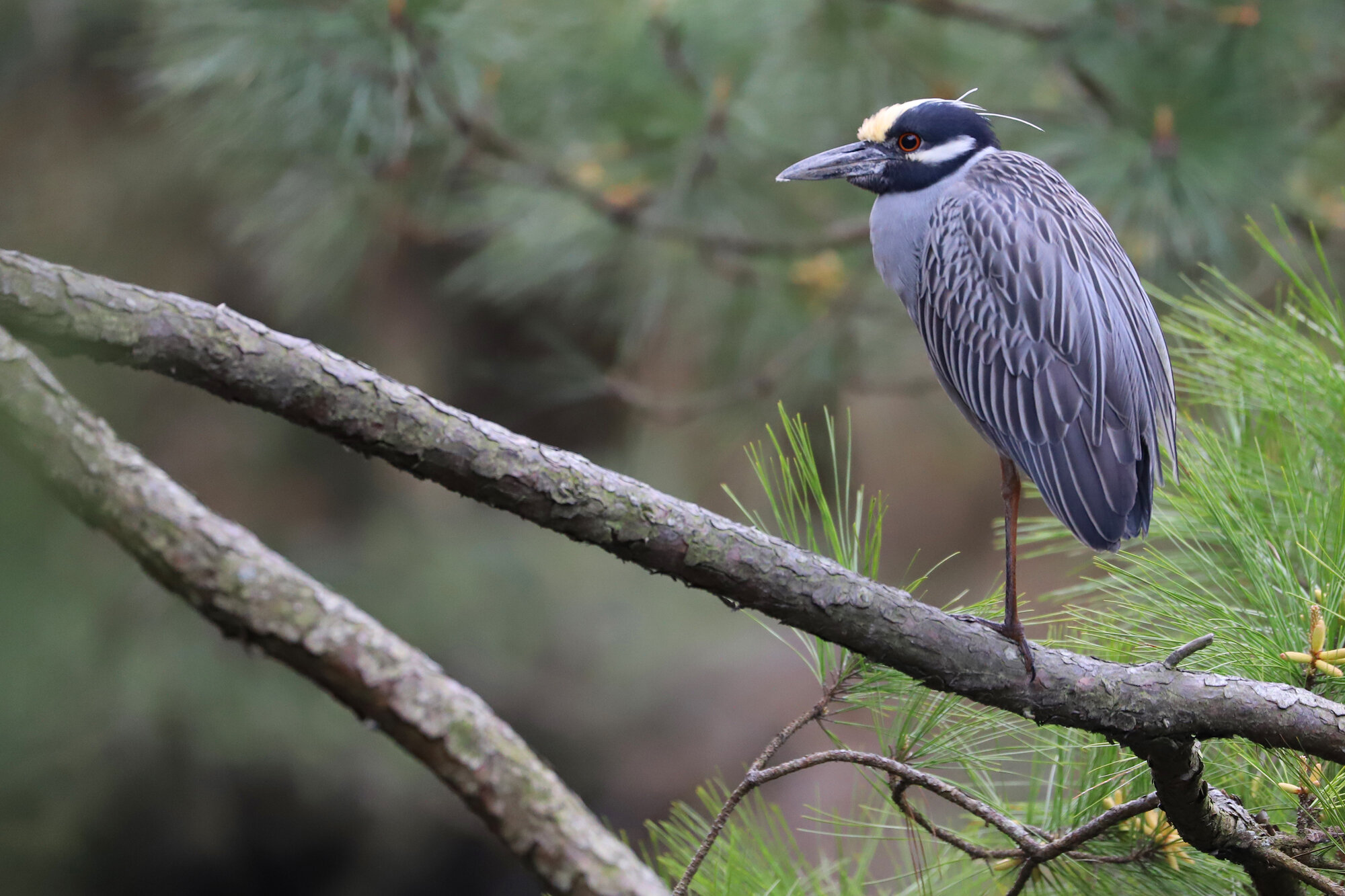
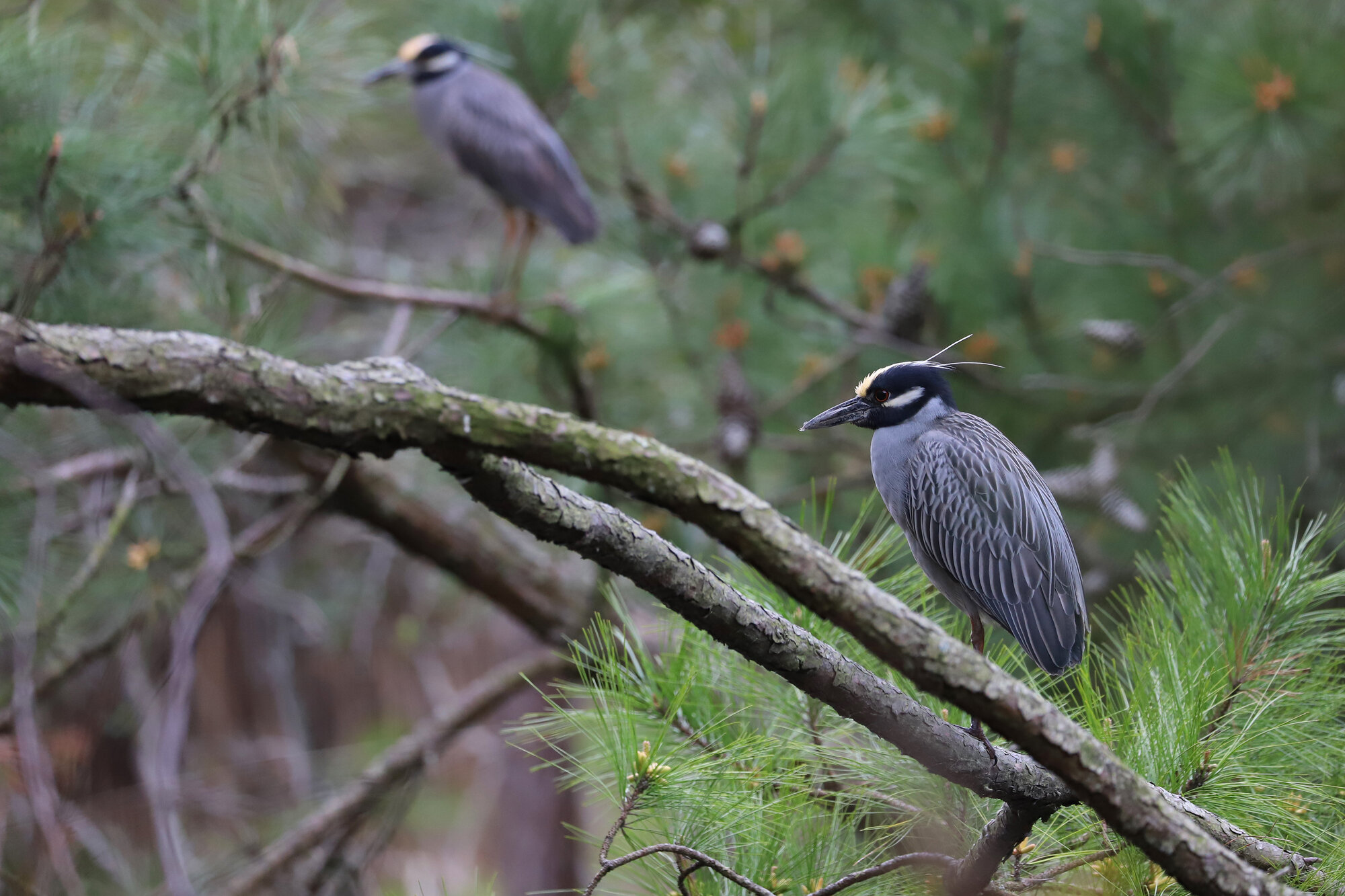
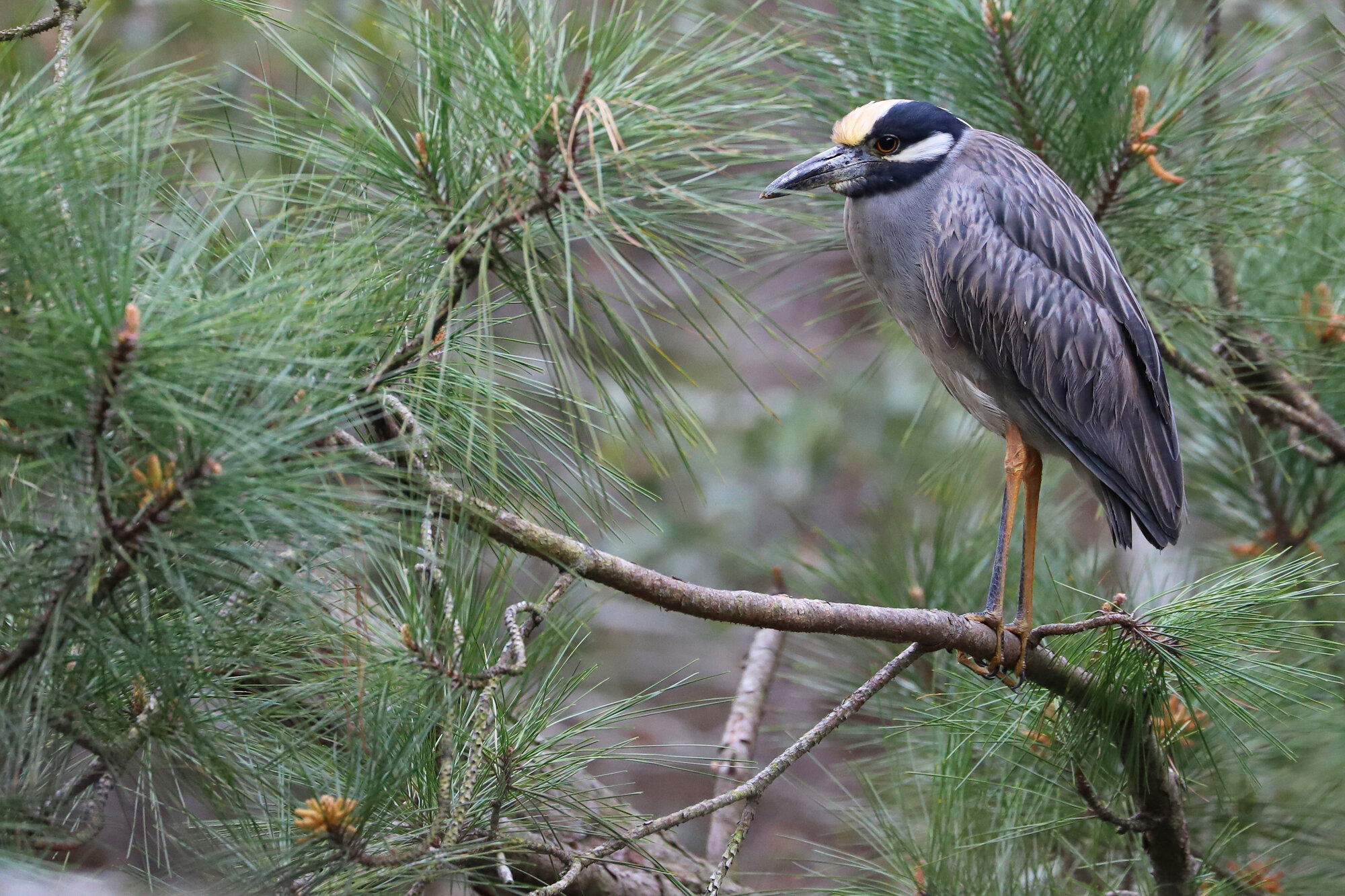
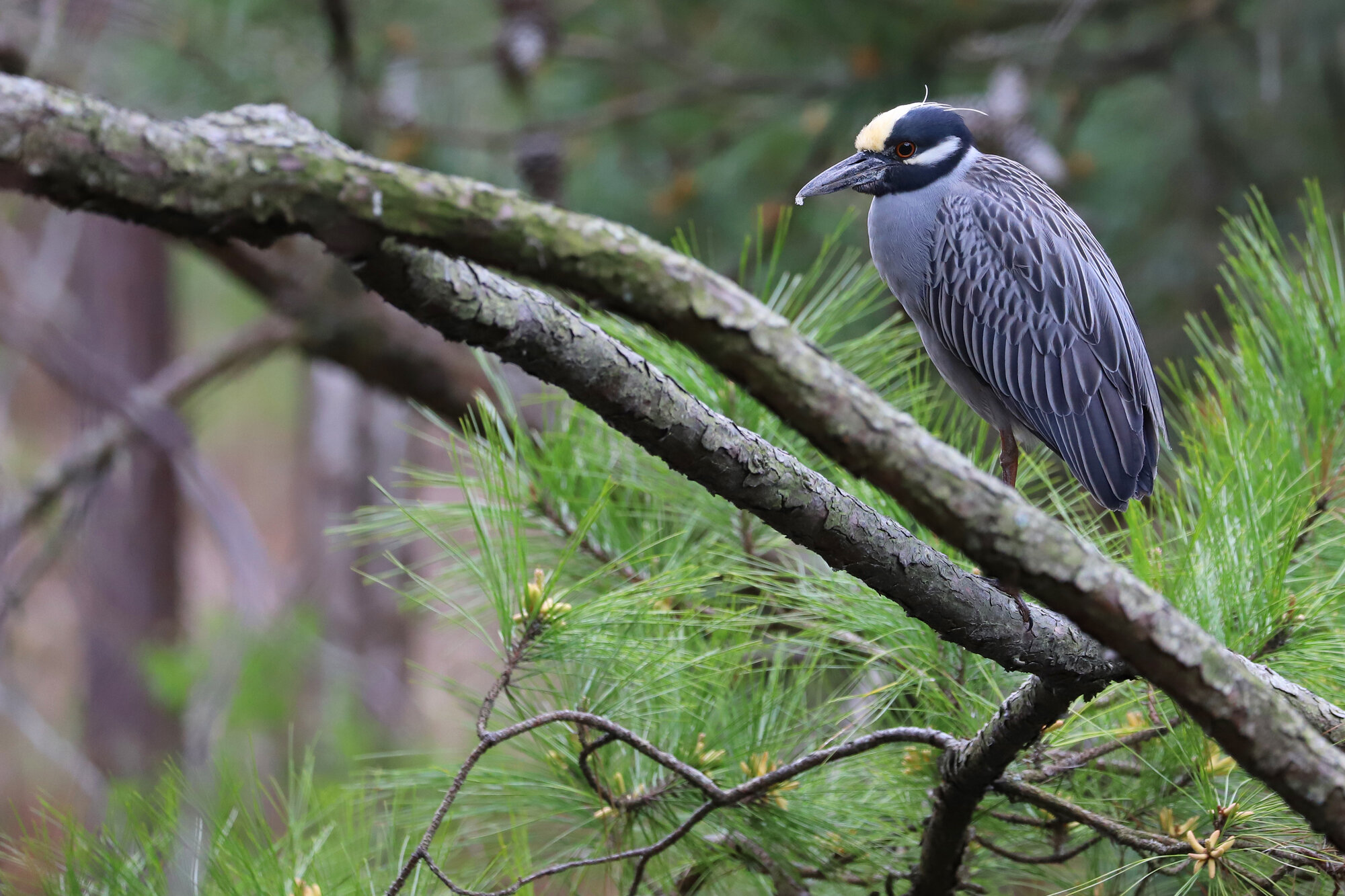
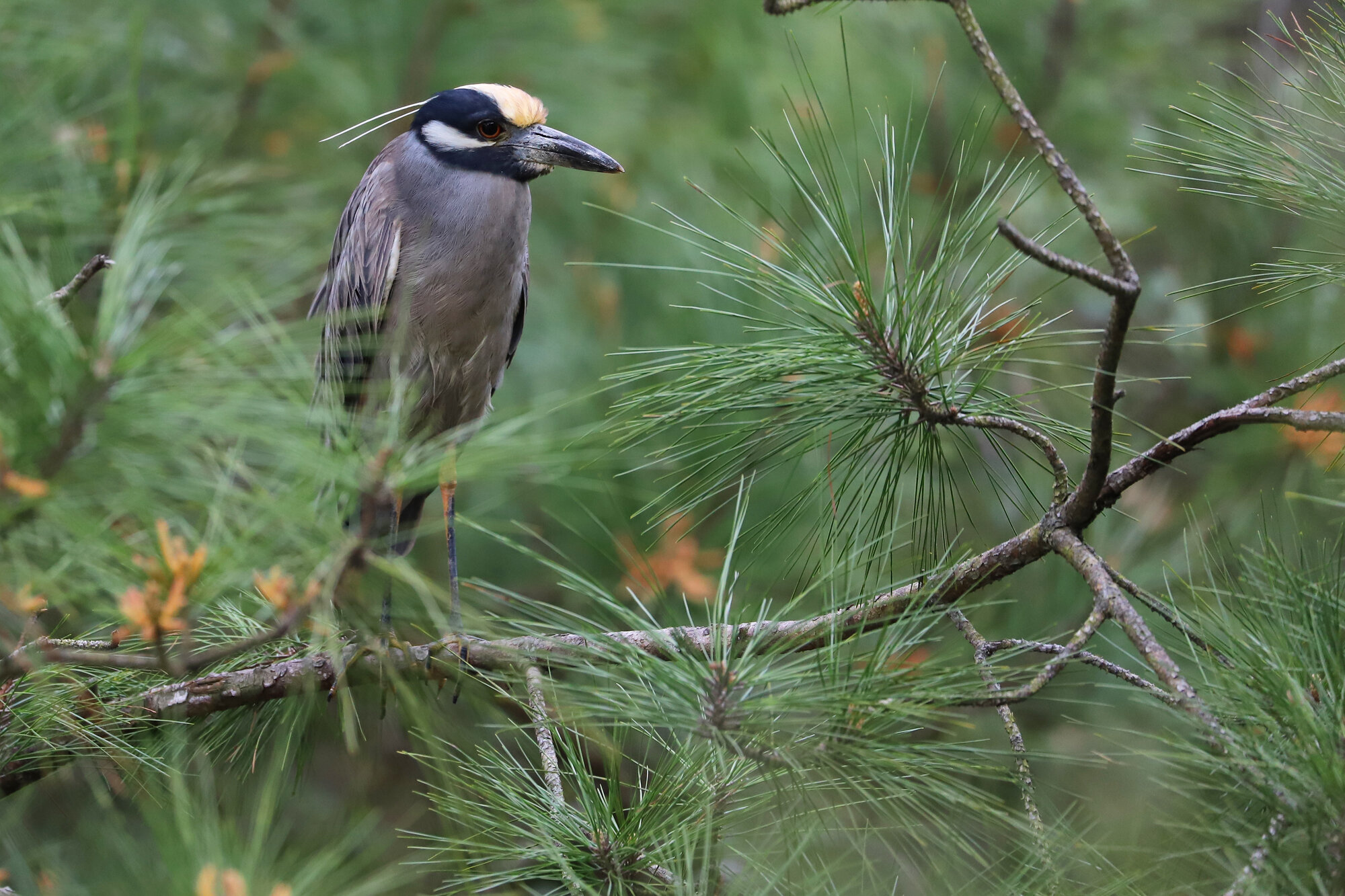
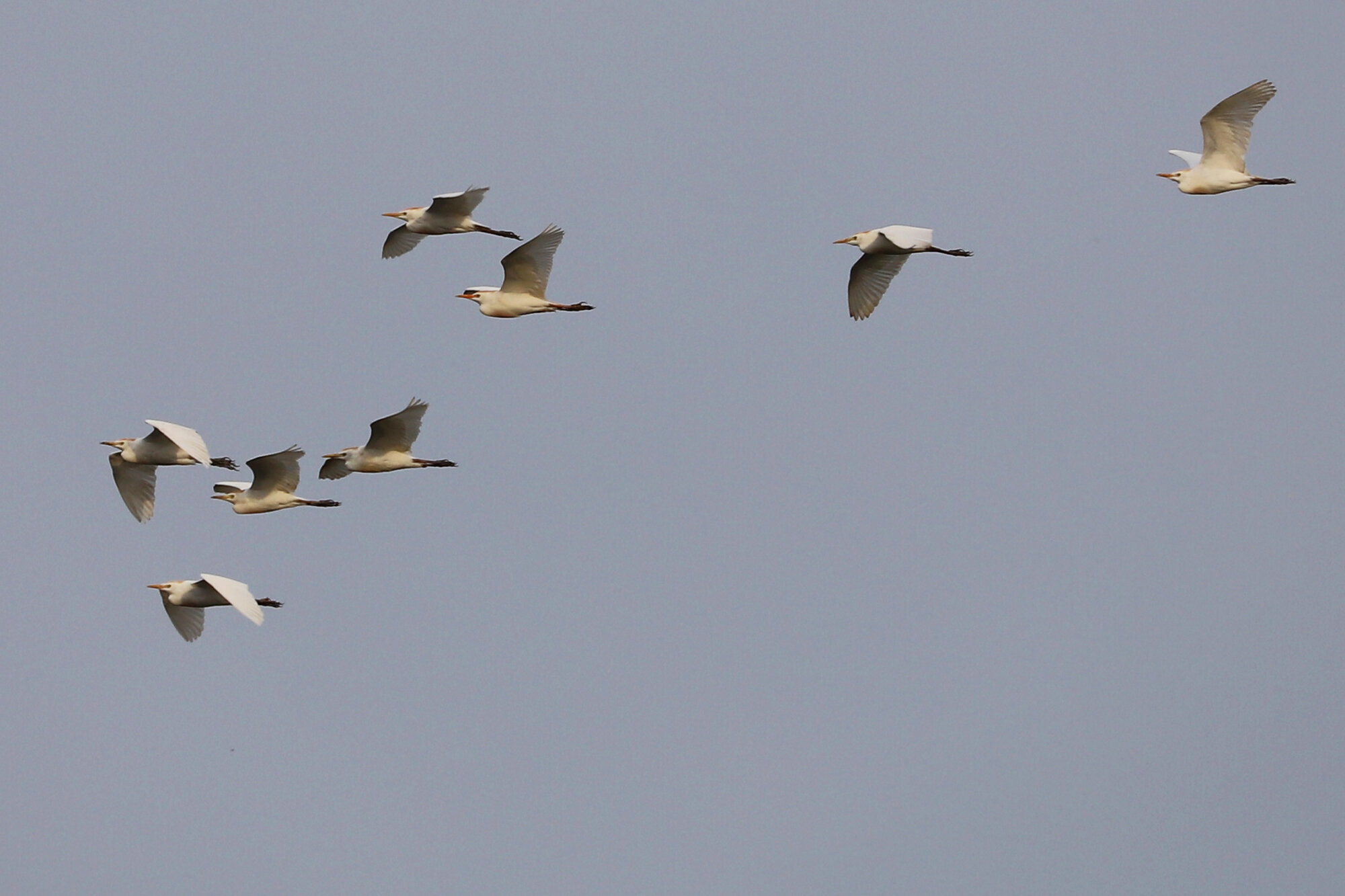
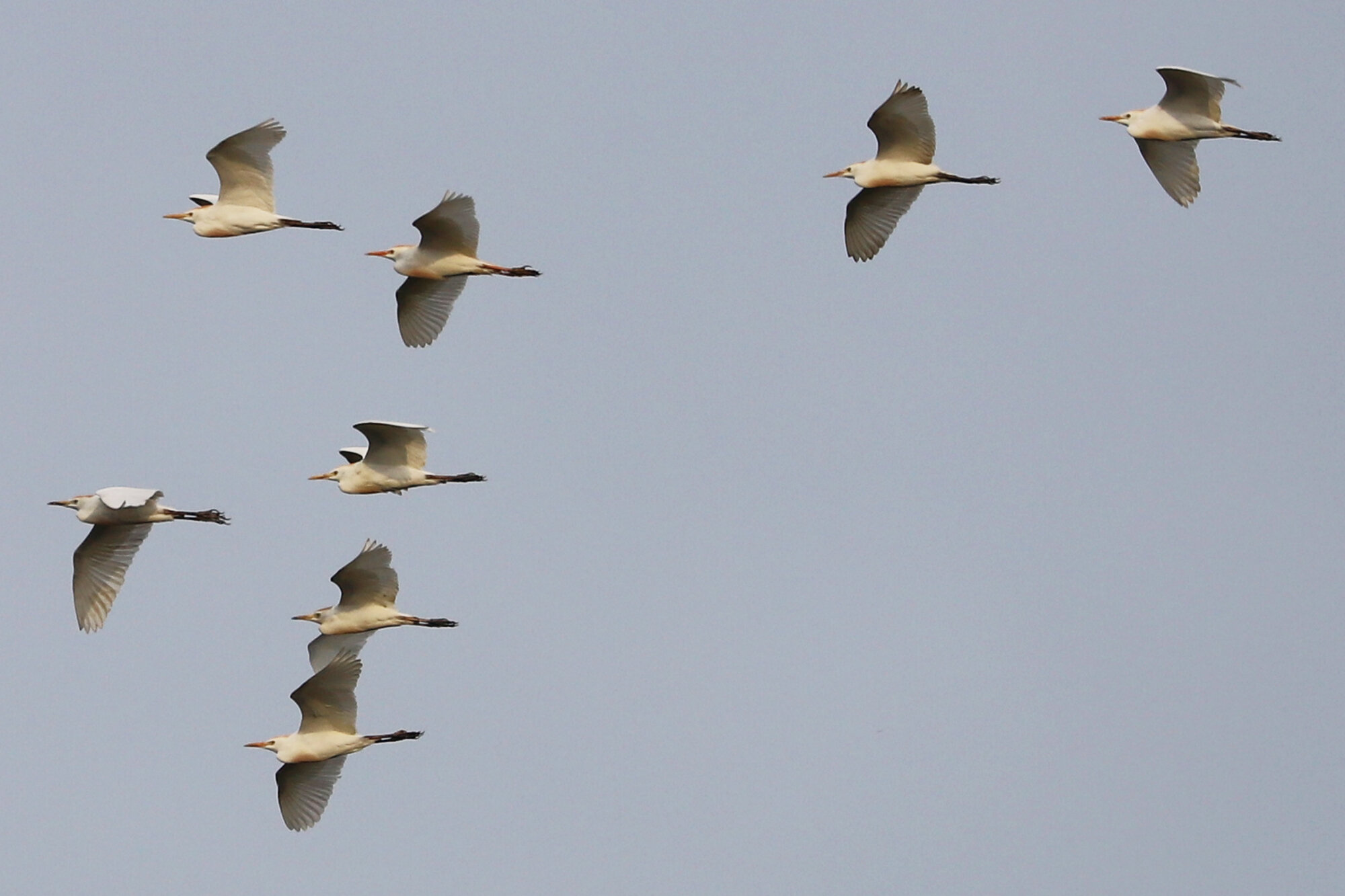
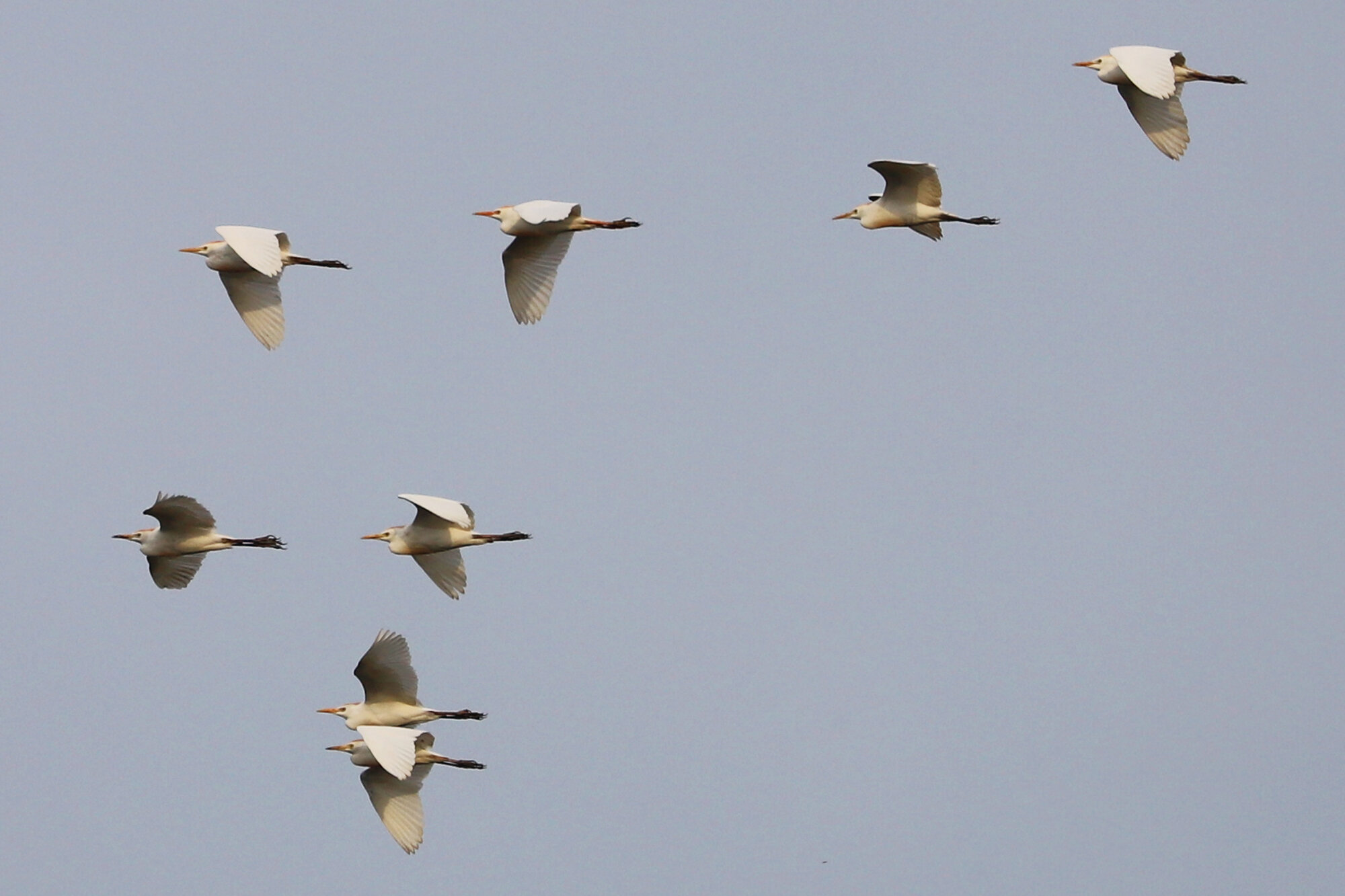
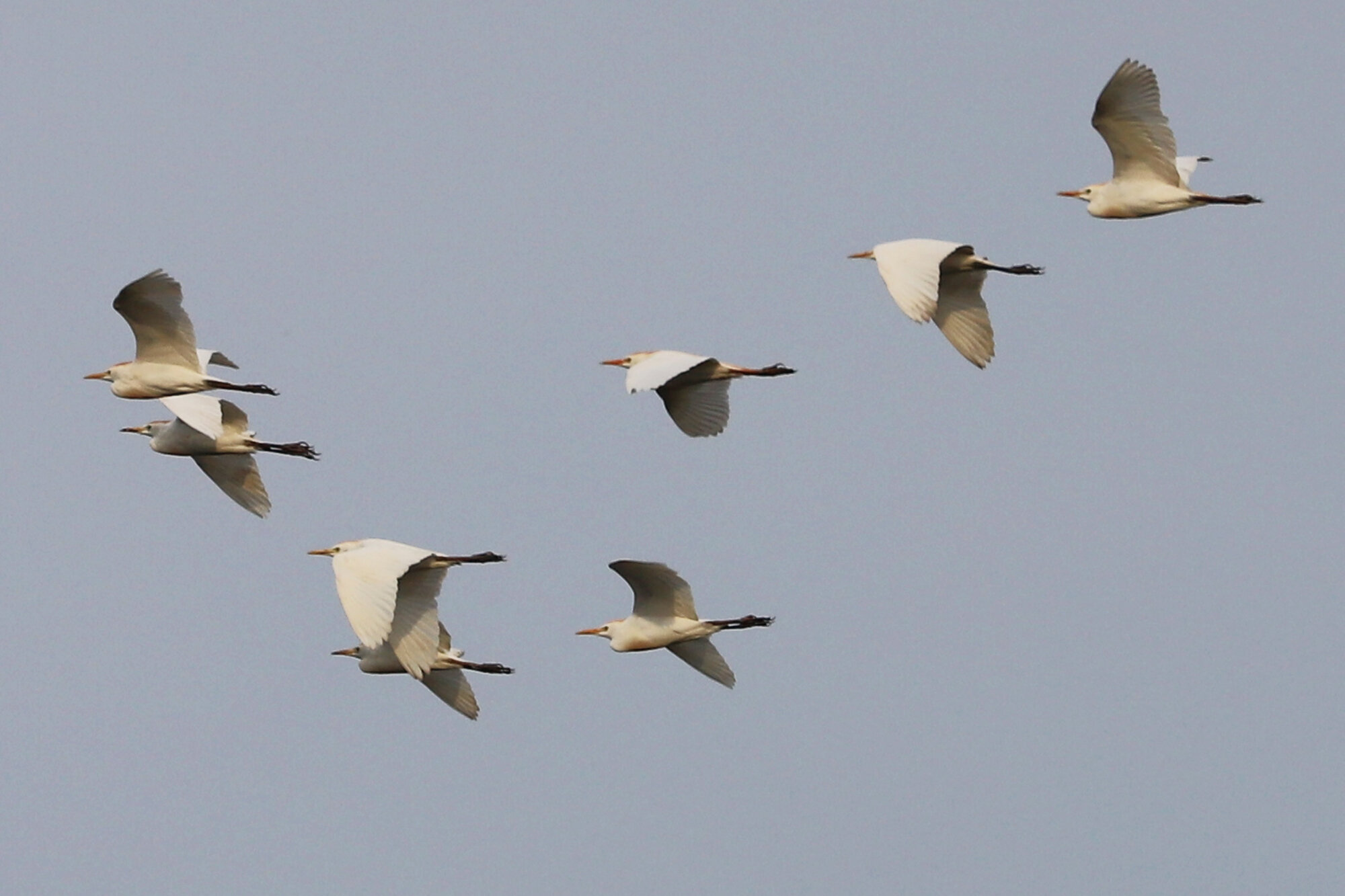
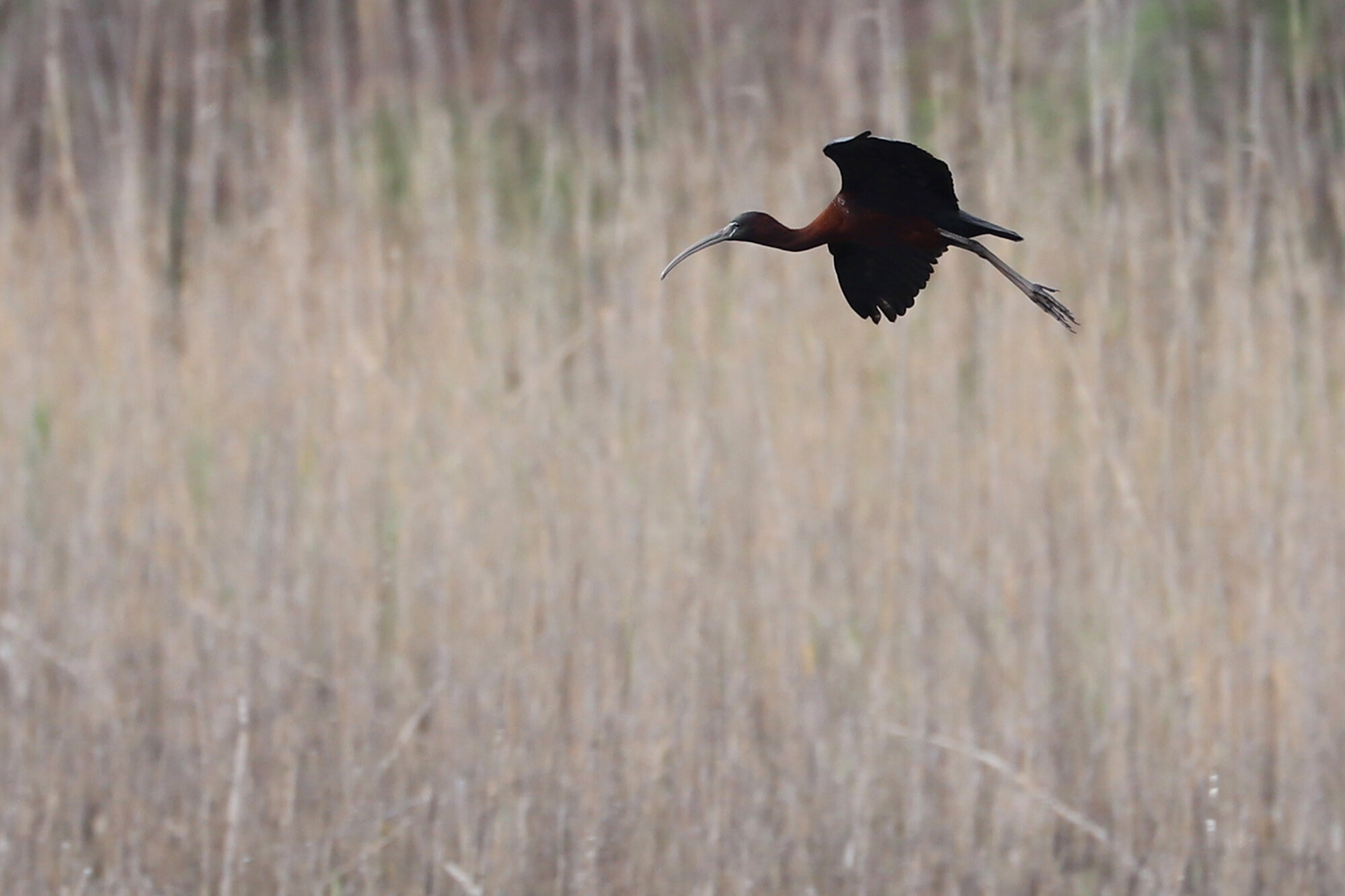
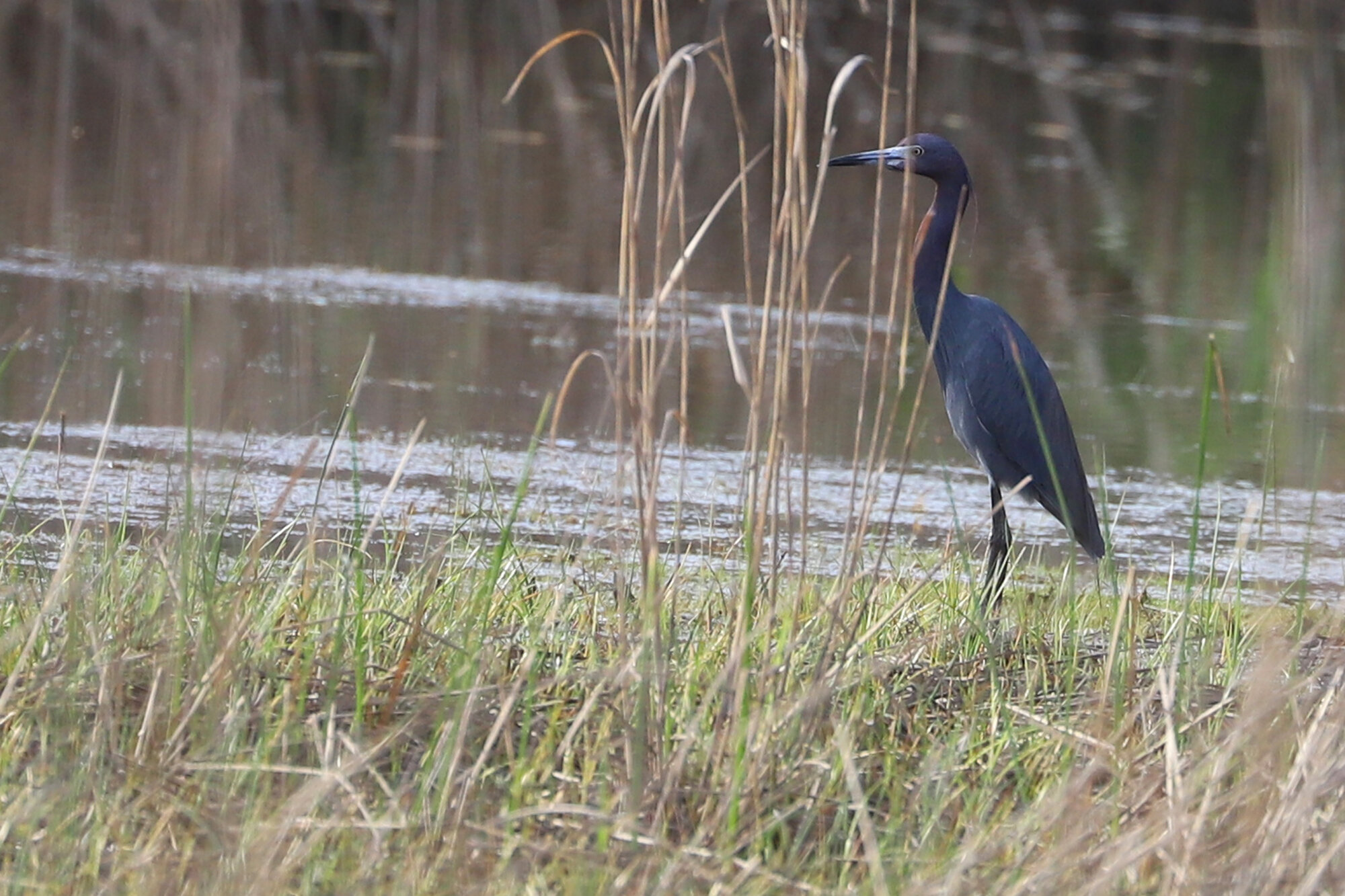
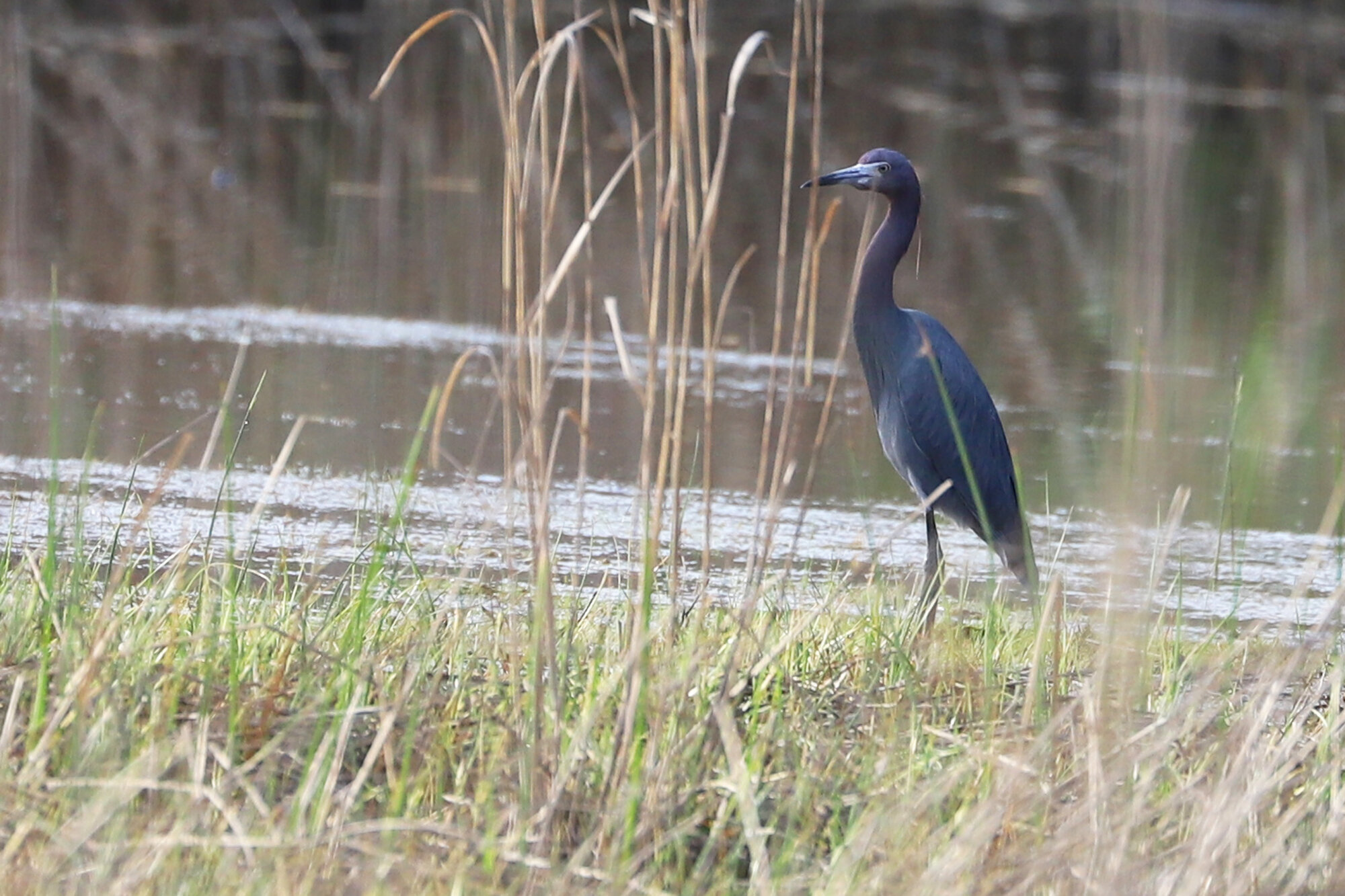
Another unexpectedly early arrival, the first GREEN HERON of the spring season was photographed on the outgoing canal from Lake Windsor on 22 Mar (ph. Tommy Maloney), which ties the second-earliest date for this species in Virginia Beach with one at Pleasure House Point Natural Area on 22 Mar 2015 (vis. Melinda Carr), and was only one day shy of the all-time earliest eBird record at Back Bay NWR on 21 Mar 1978 (vis. Edward Brinkley)! Pleasure House Point hosted the next arrival on 28 Mar (ph. Amy & Steve Myers), and from there moving forward the species was regularly reported again. (Mar 2020 Map)
In a miraculous feat of survival, an immature YELLOW-CROWNED NIGHT-HERON successfully made it through the entire winter season at Pleasure House Point Natural Area, and was last recorded 15 Mar (vis. Steve Myers) before blending in among its returning kin! Unusual after October, the last report of more than one individual in the city occurred 11 Nov (ph. Loretta Silvia), and from then until 24 Mar when another arrived to Lake Windsor (ph. Steve Keith), it remained the sole member of its species to inhabit the city! Expanding this a bit, just to show how unusual wintering is, between 23 Nov when one was found in Hampton (vis. Chris Monahan) and 19 Mar when the first spring arrival hit the state in Sussex County (ph. Allen Bryan), it was the only Yellow-crowned Night-Heron known in Virginia! Typically, we start setting this species returning around 20-25 Mar, and it seems the northbound individuals were right on time. (Mar 2020 Map)
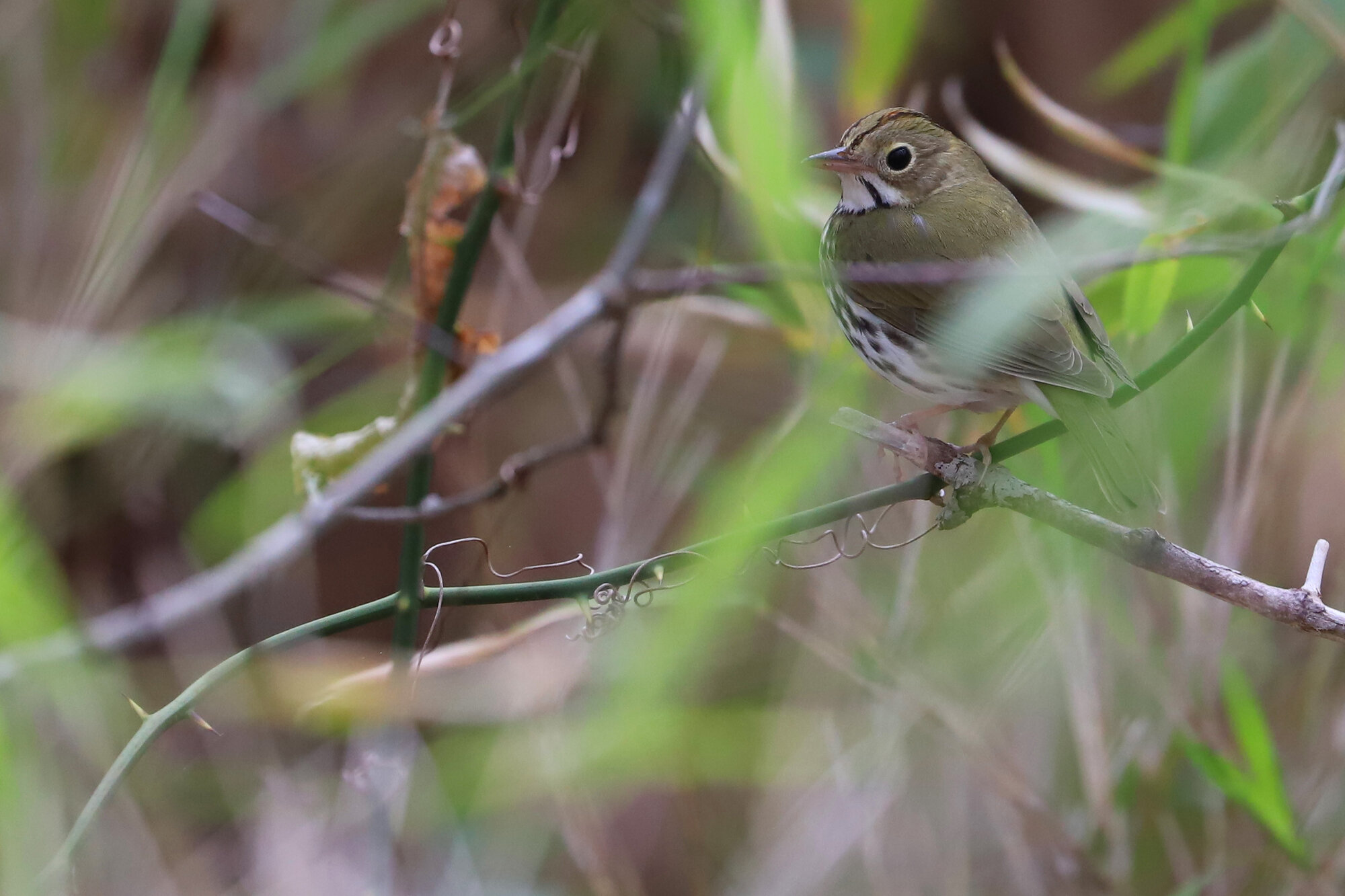
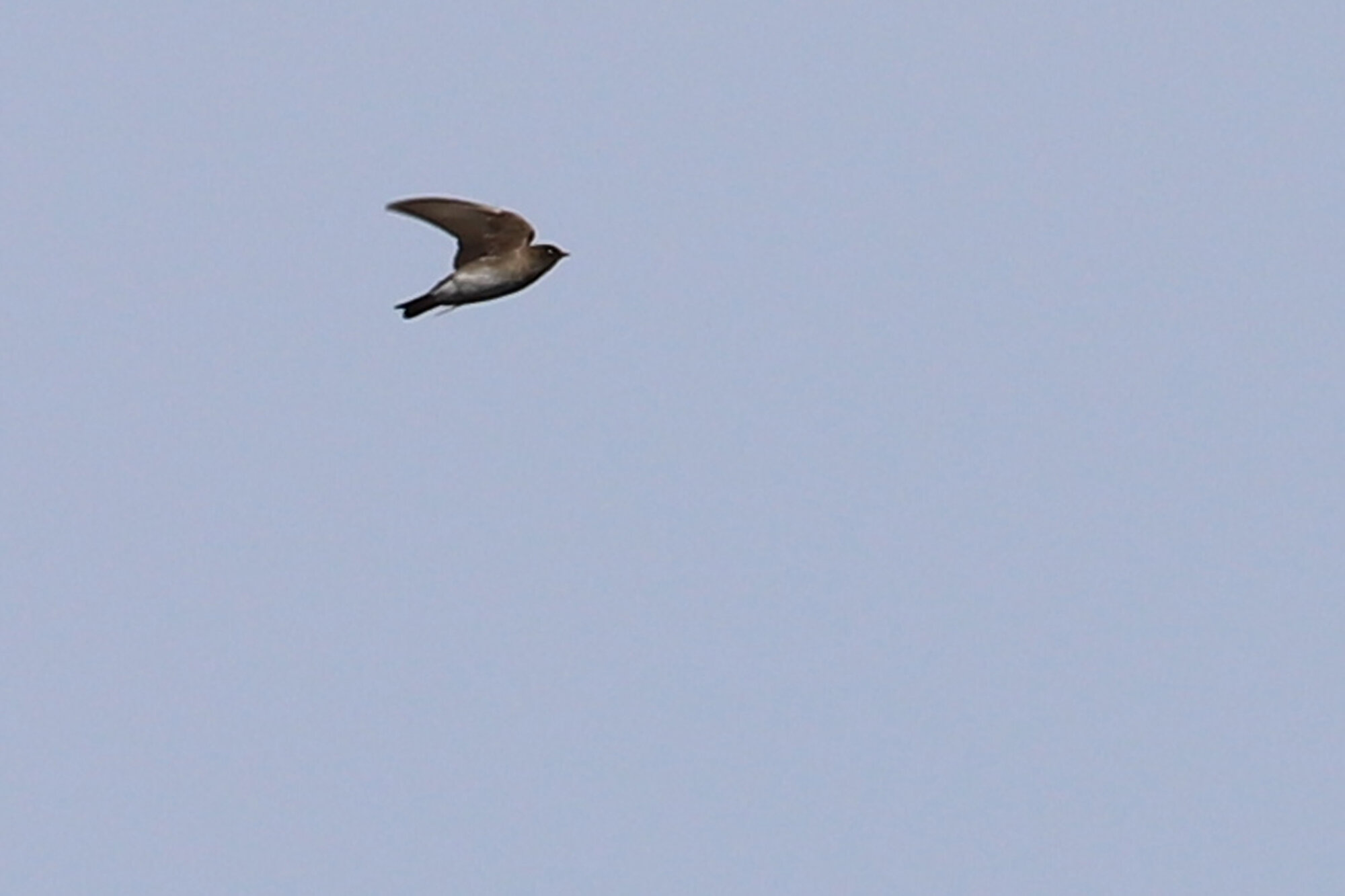

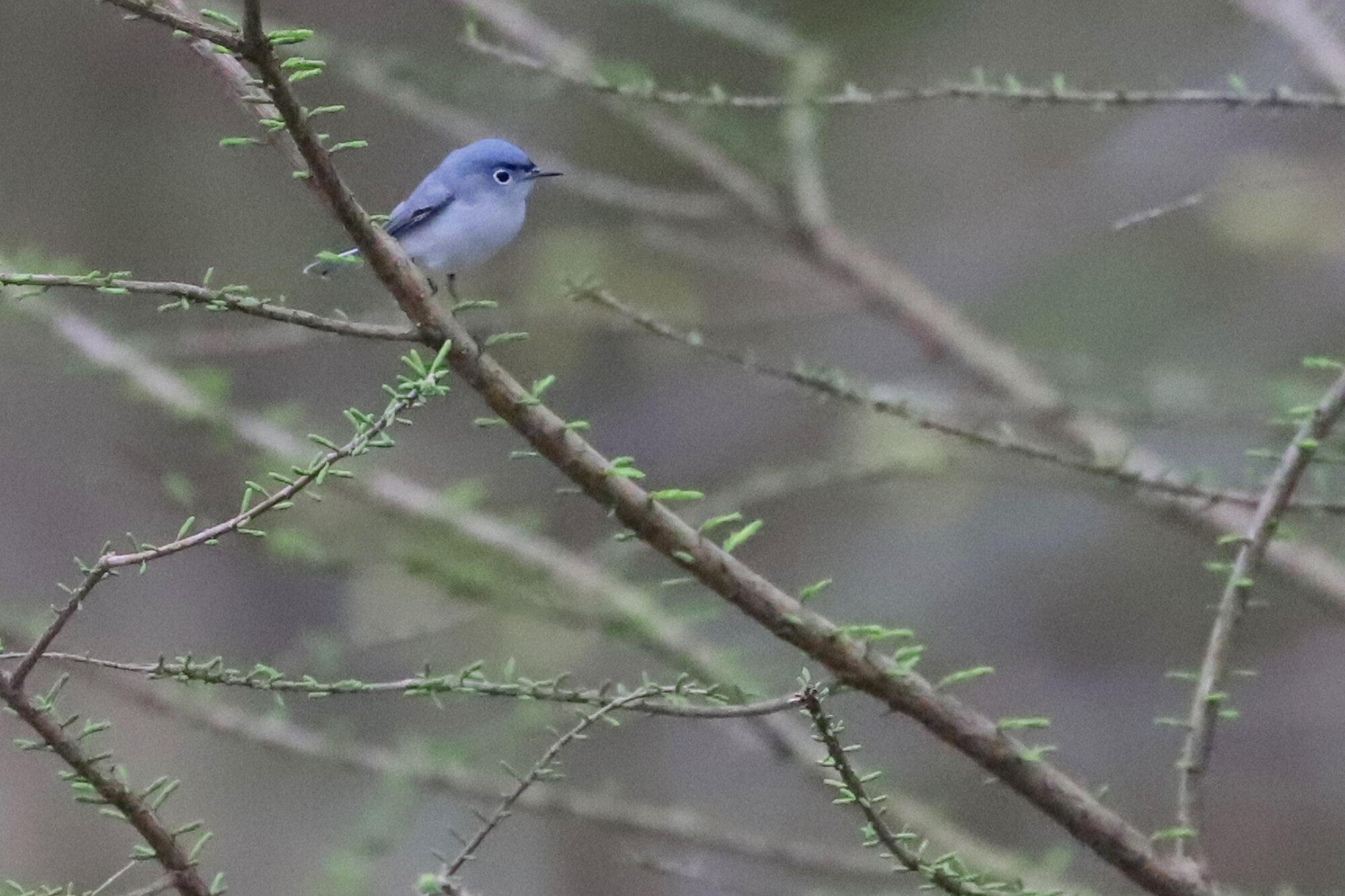
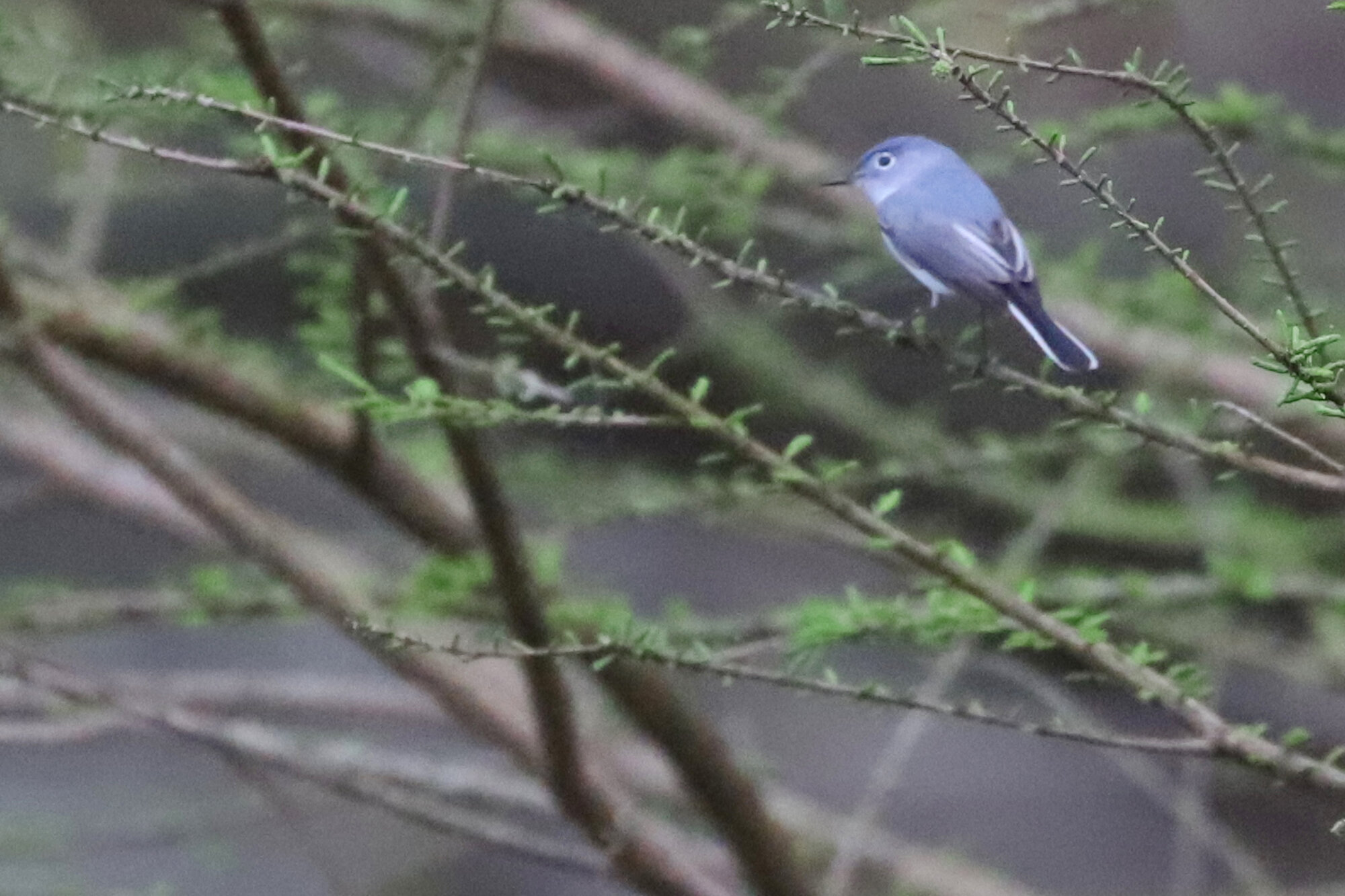
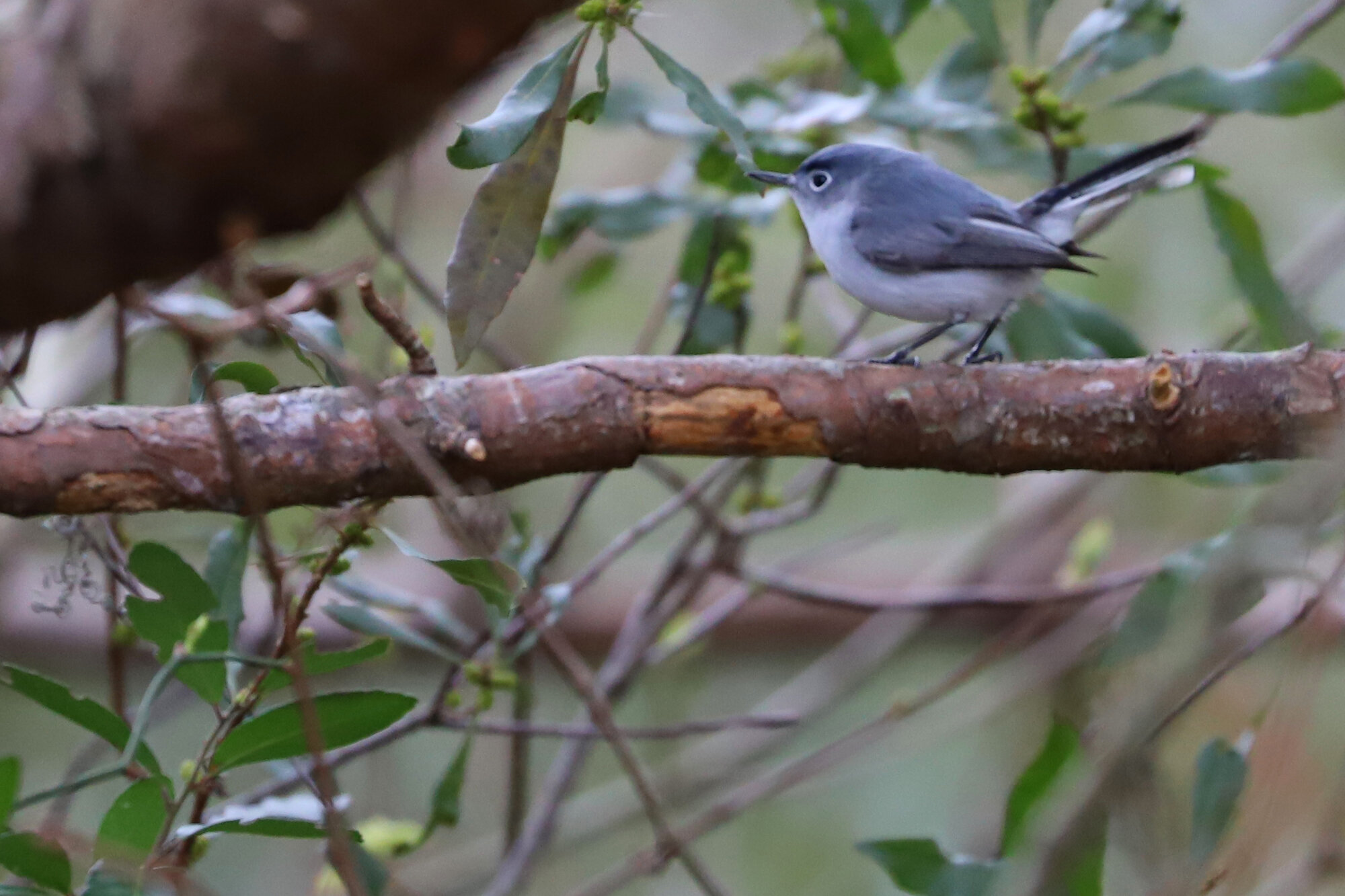
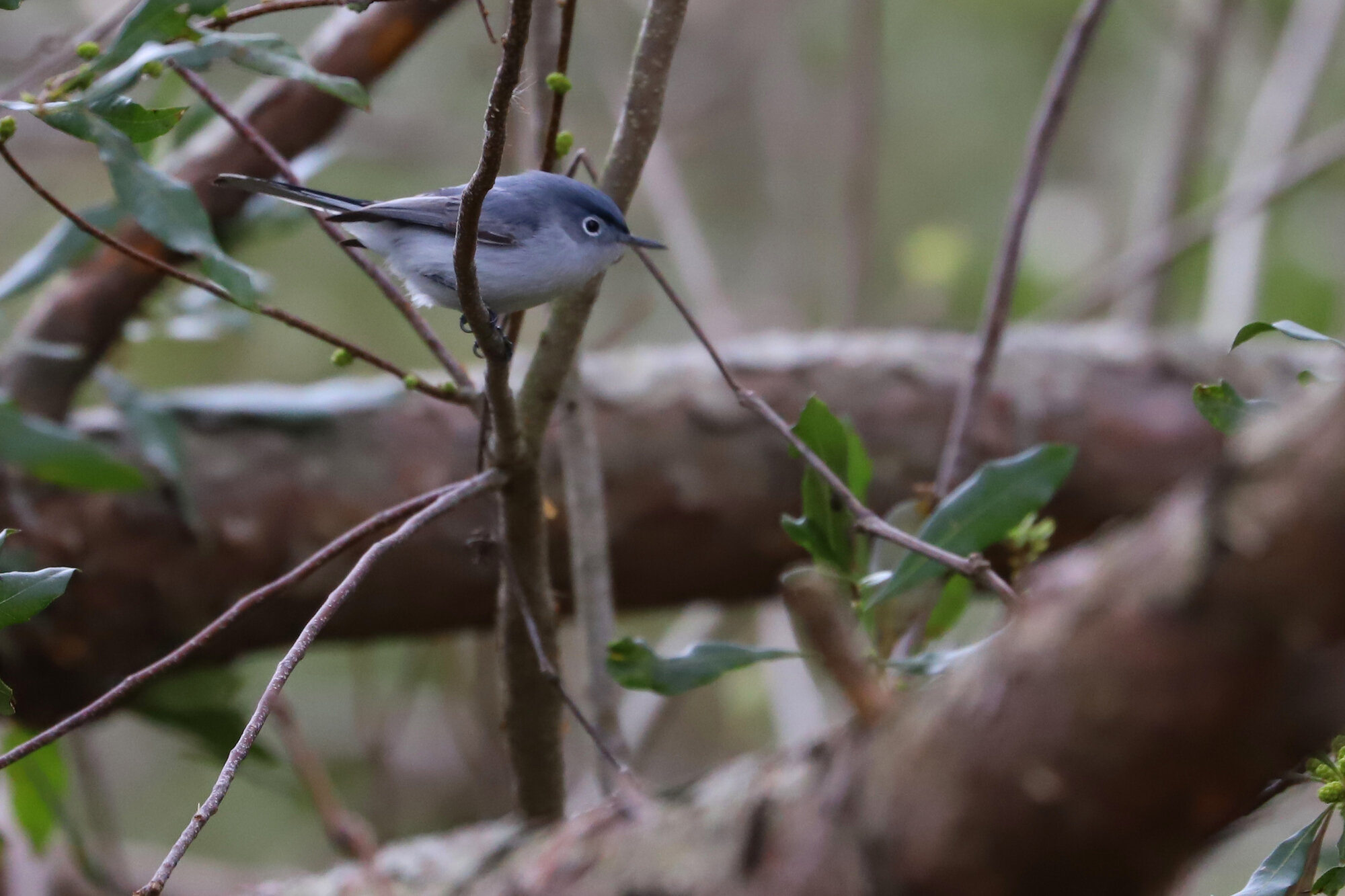
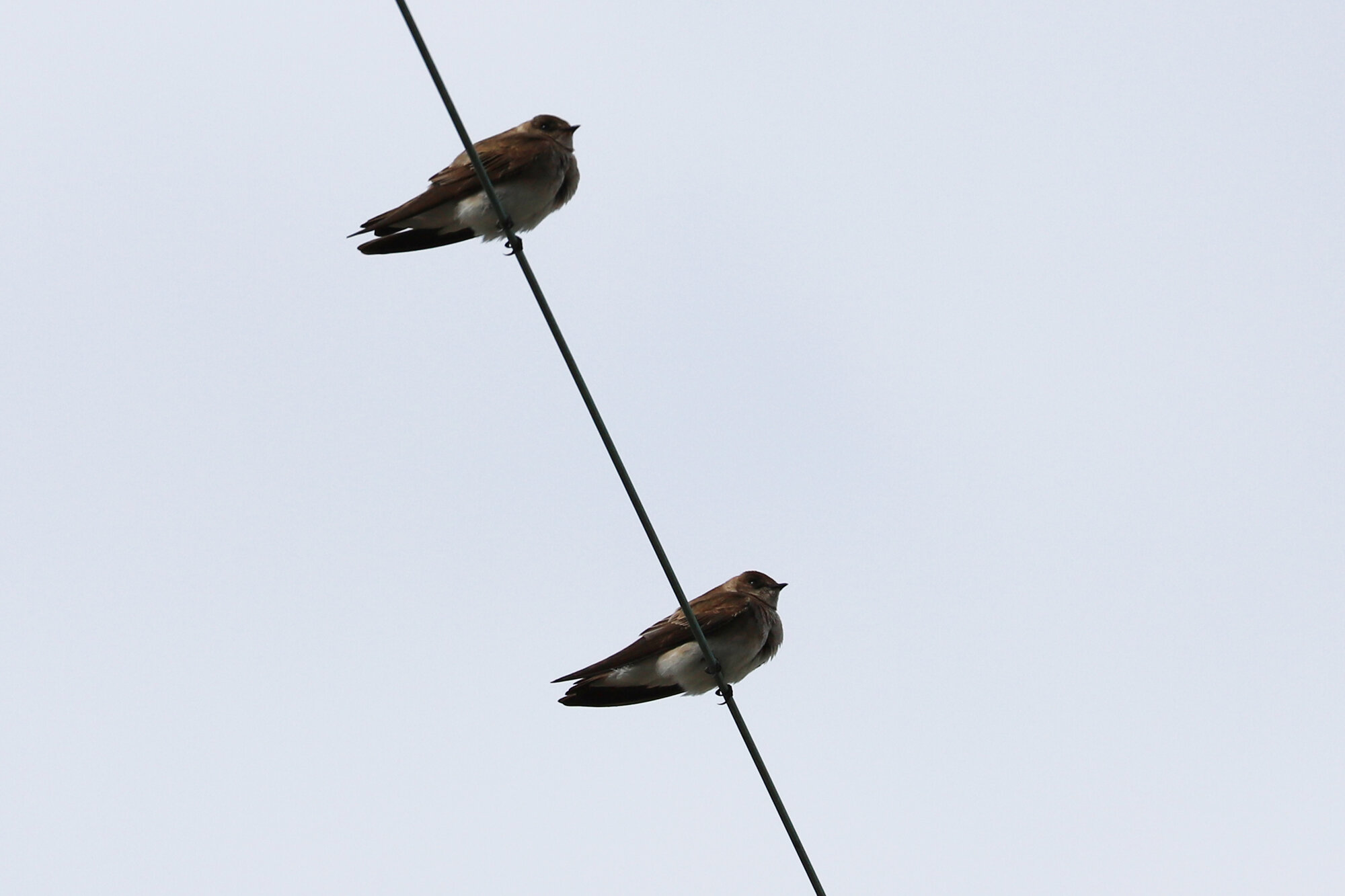
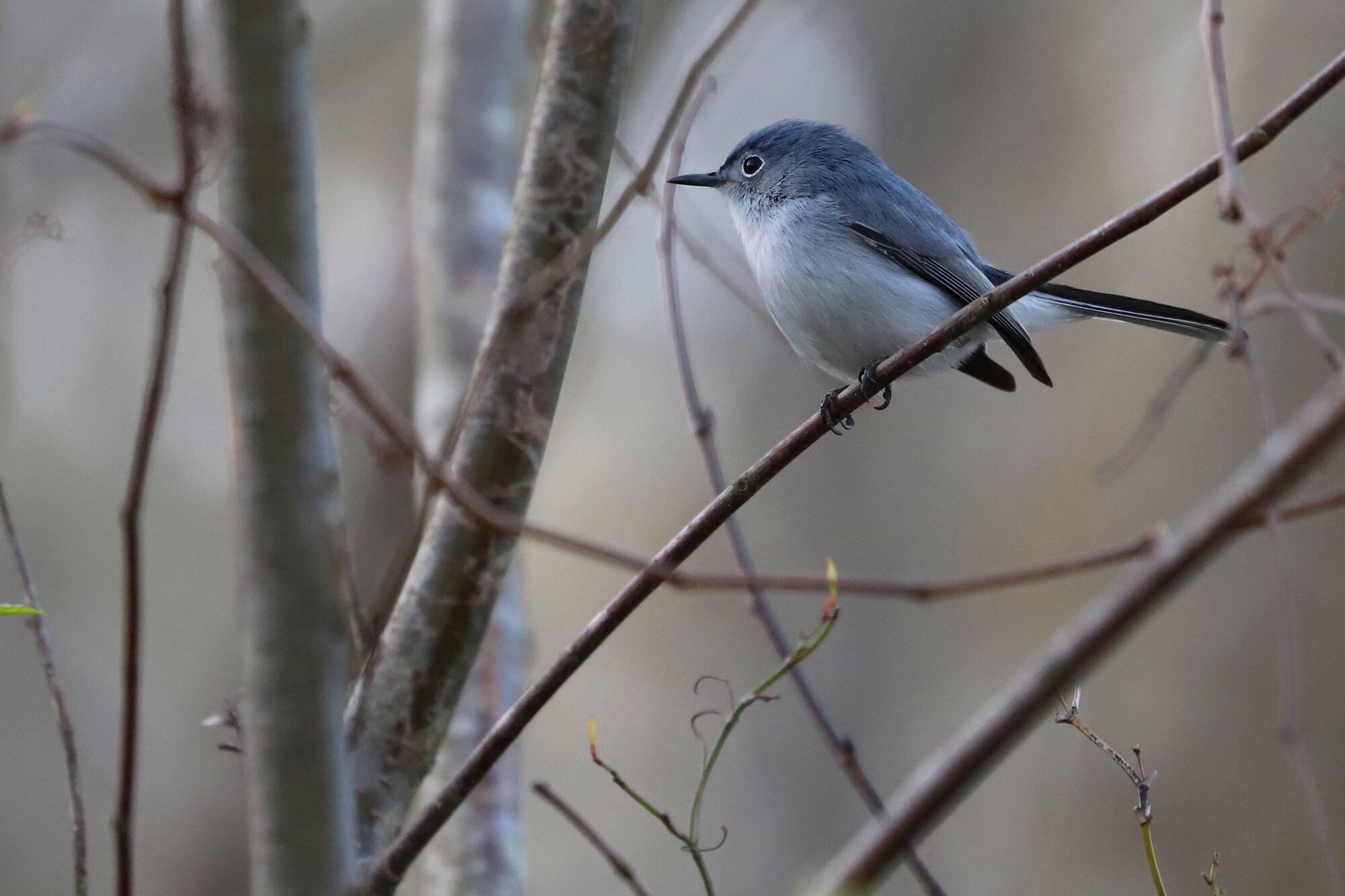
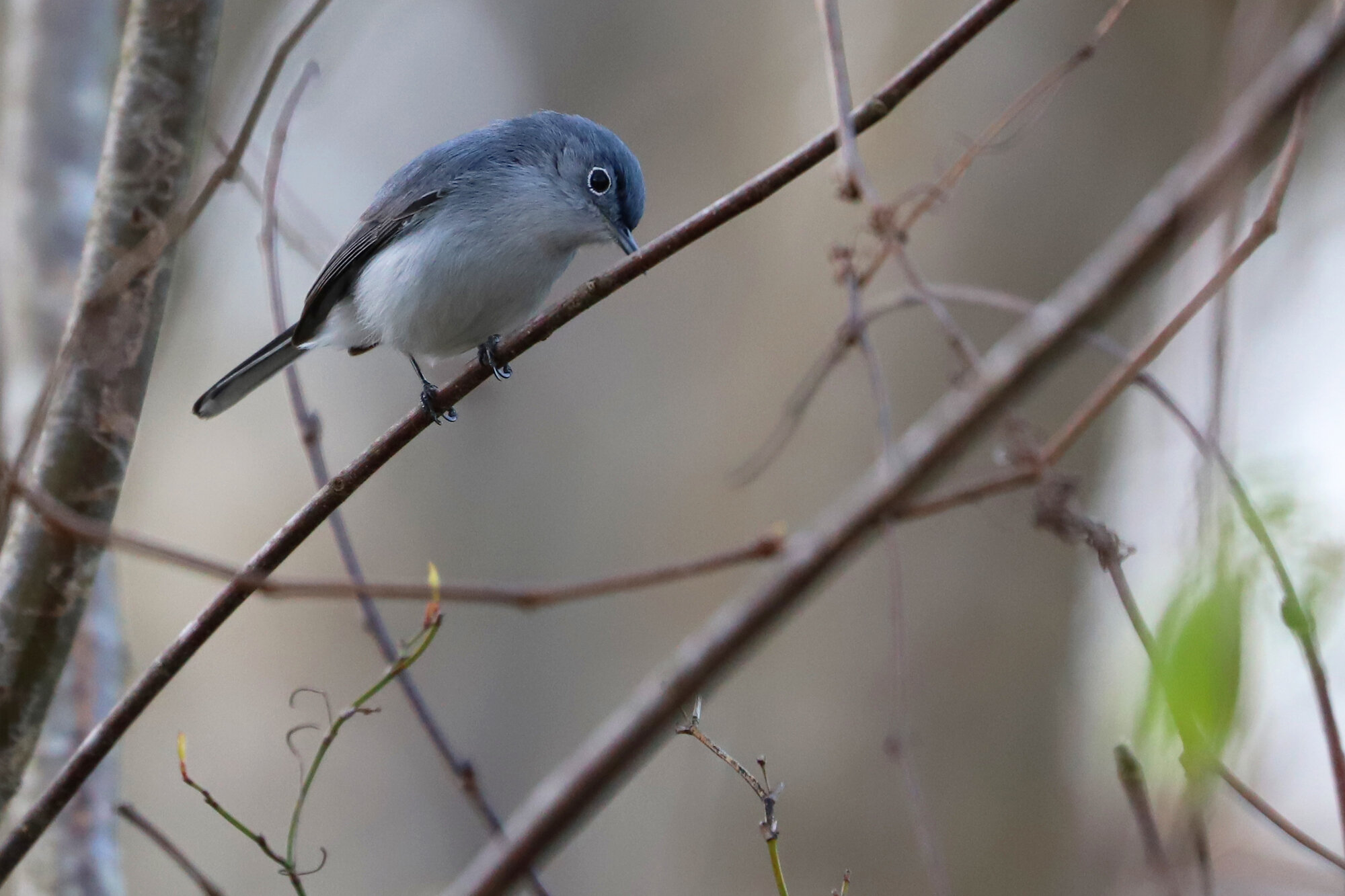
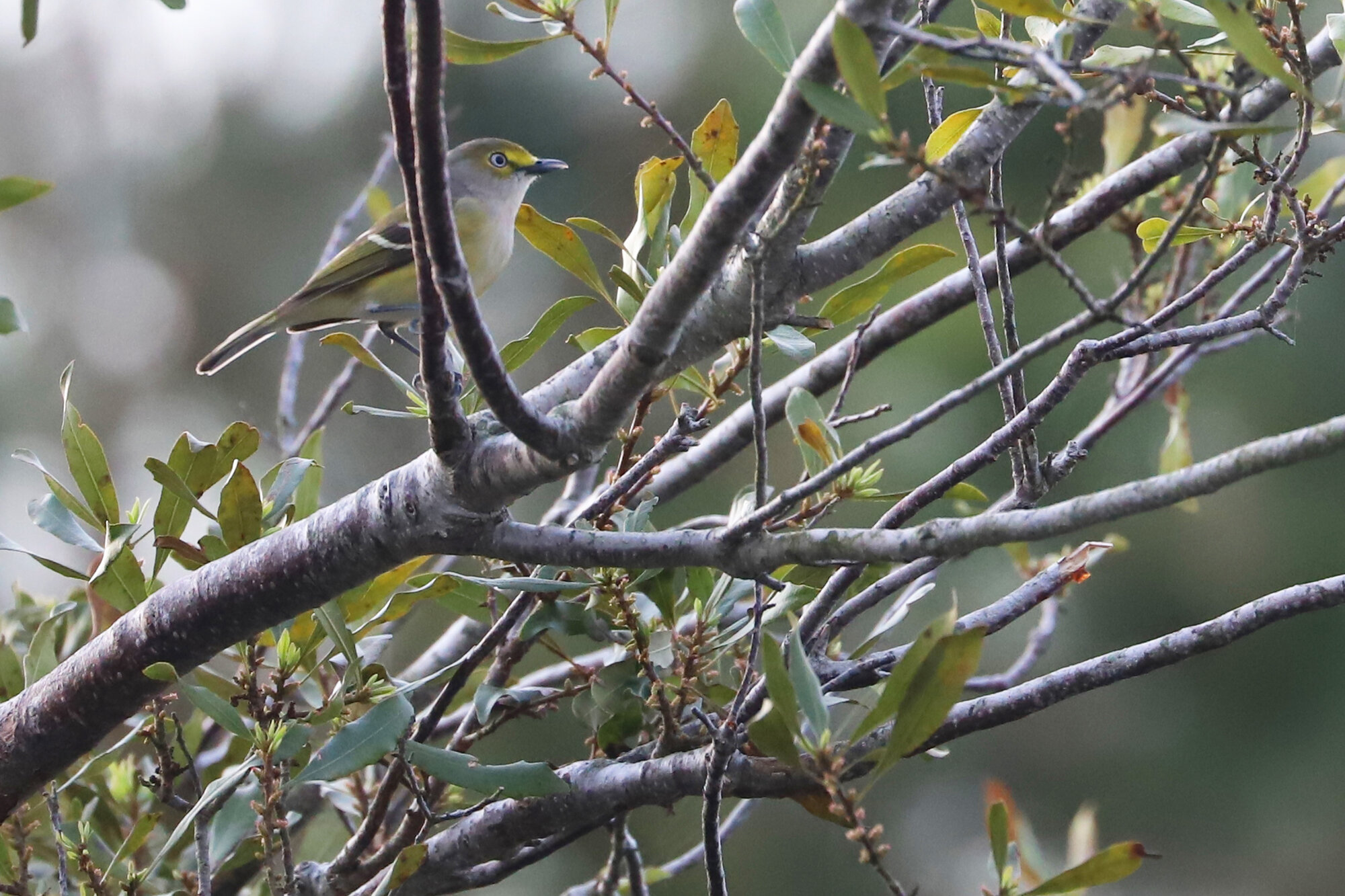

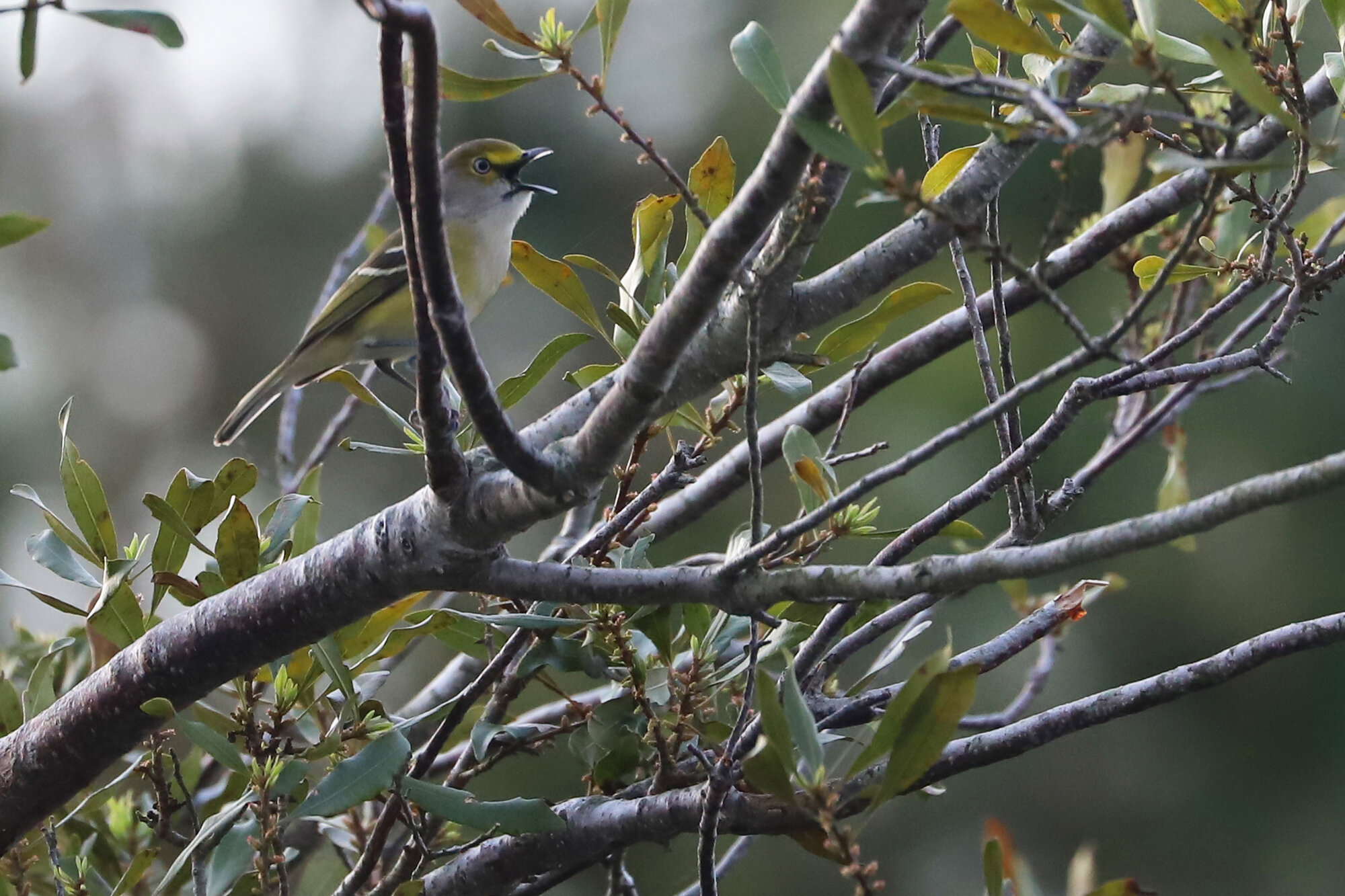
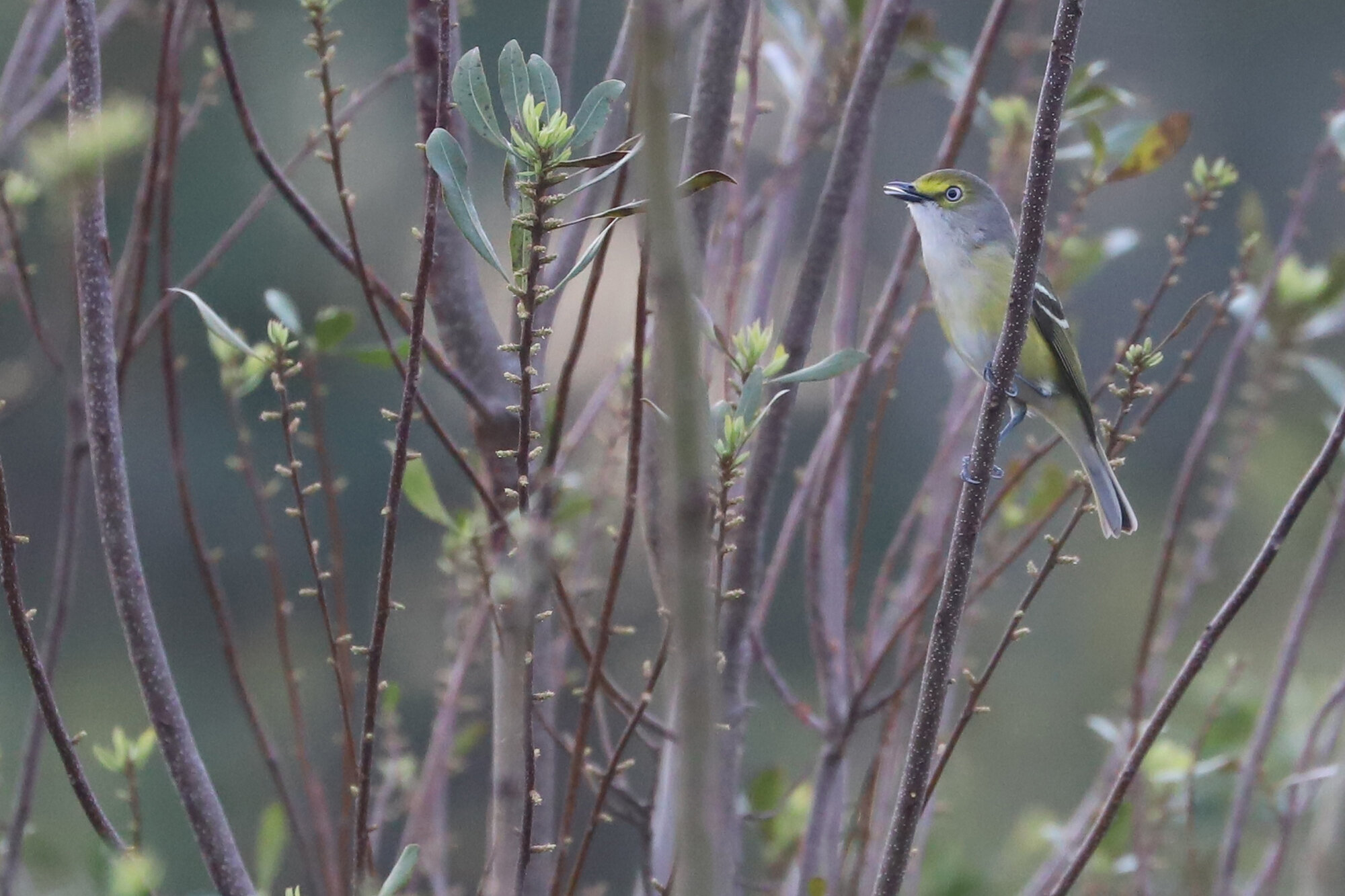
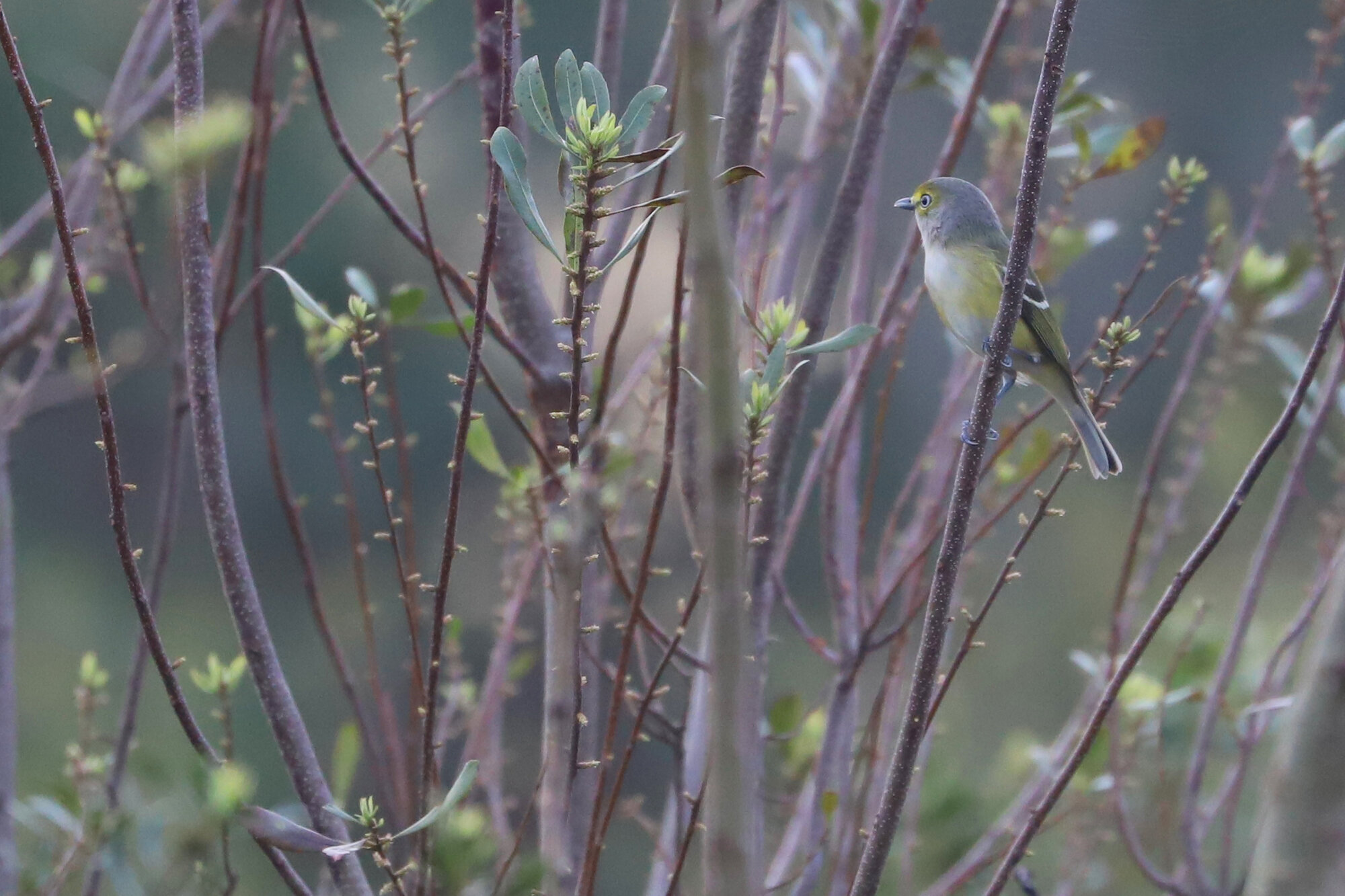
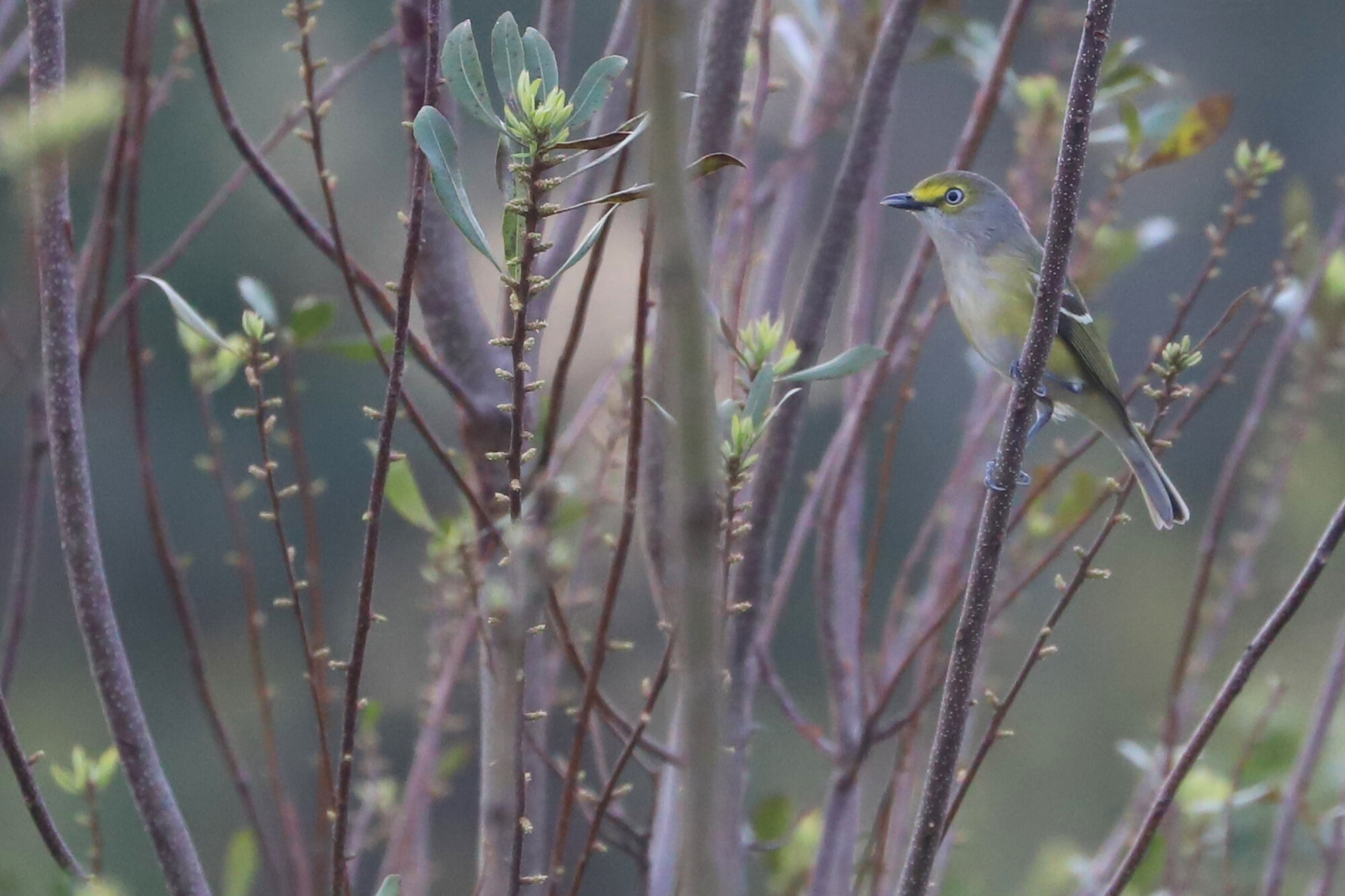
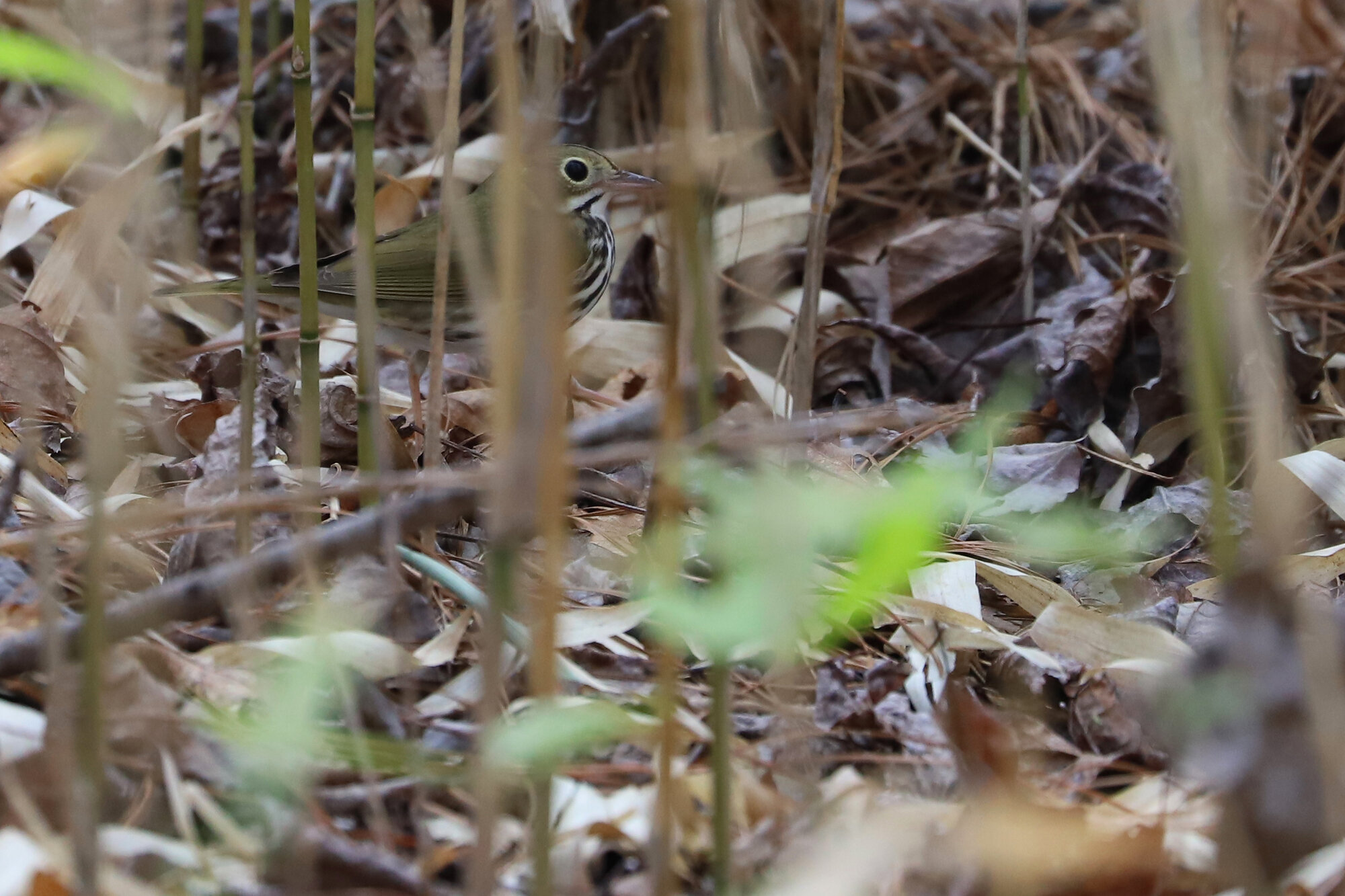
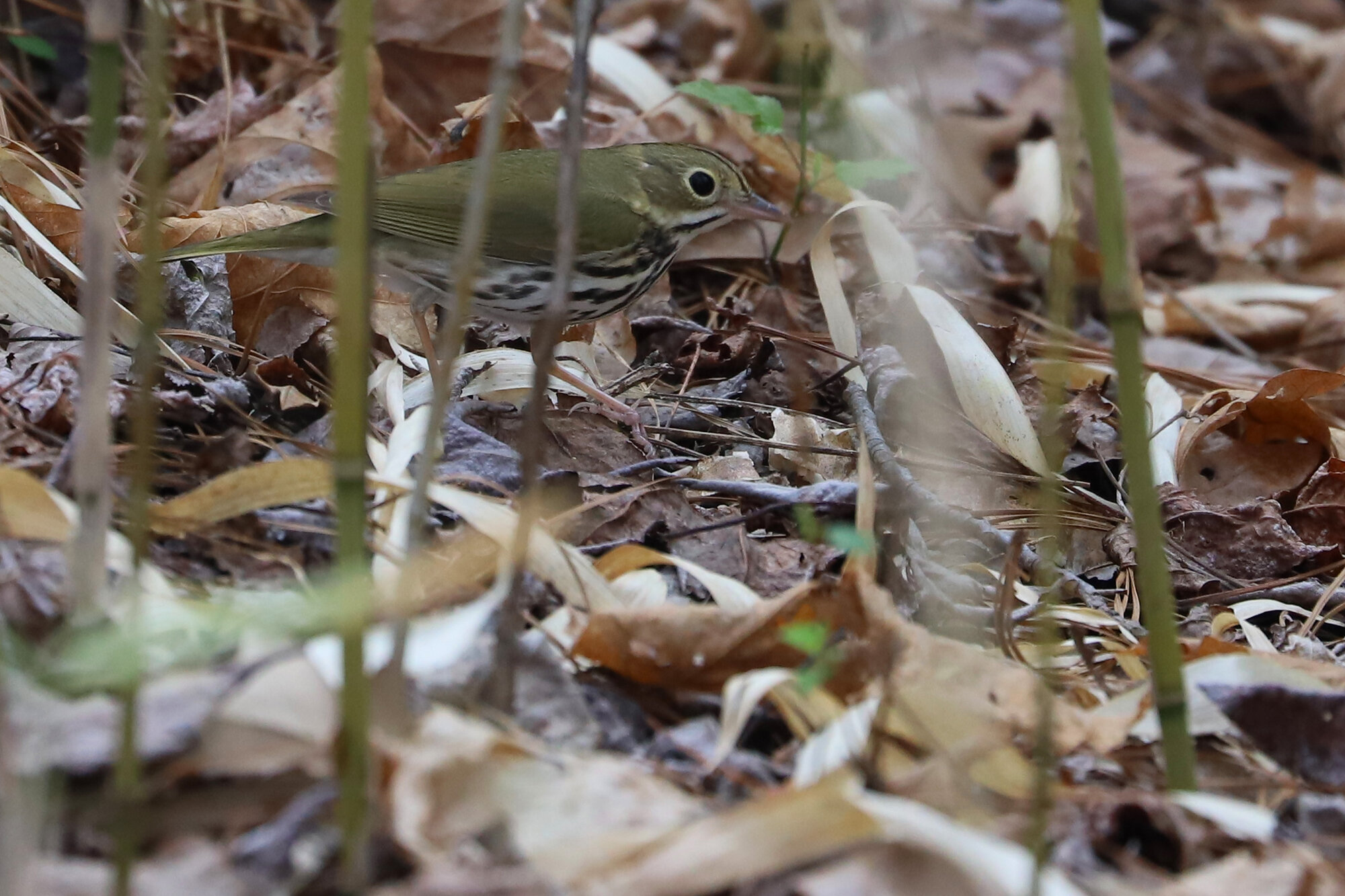
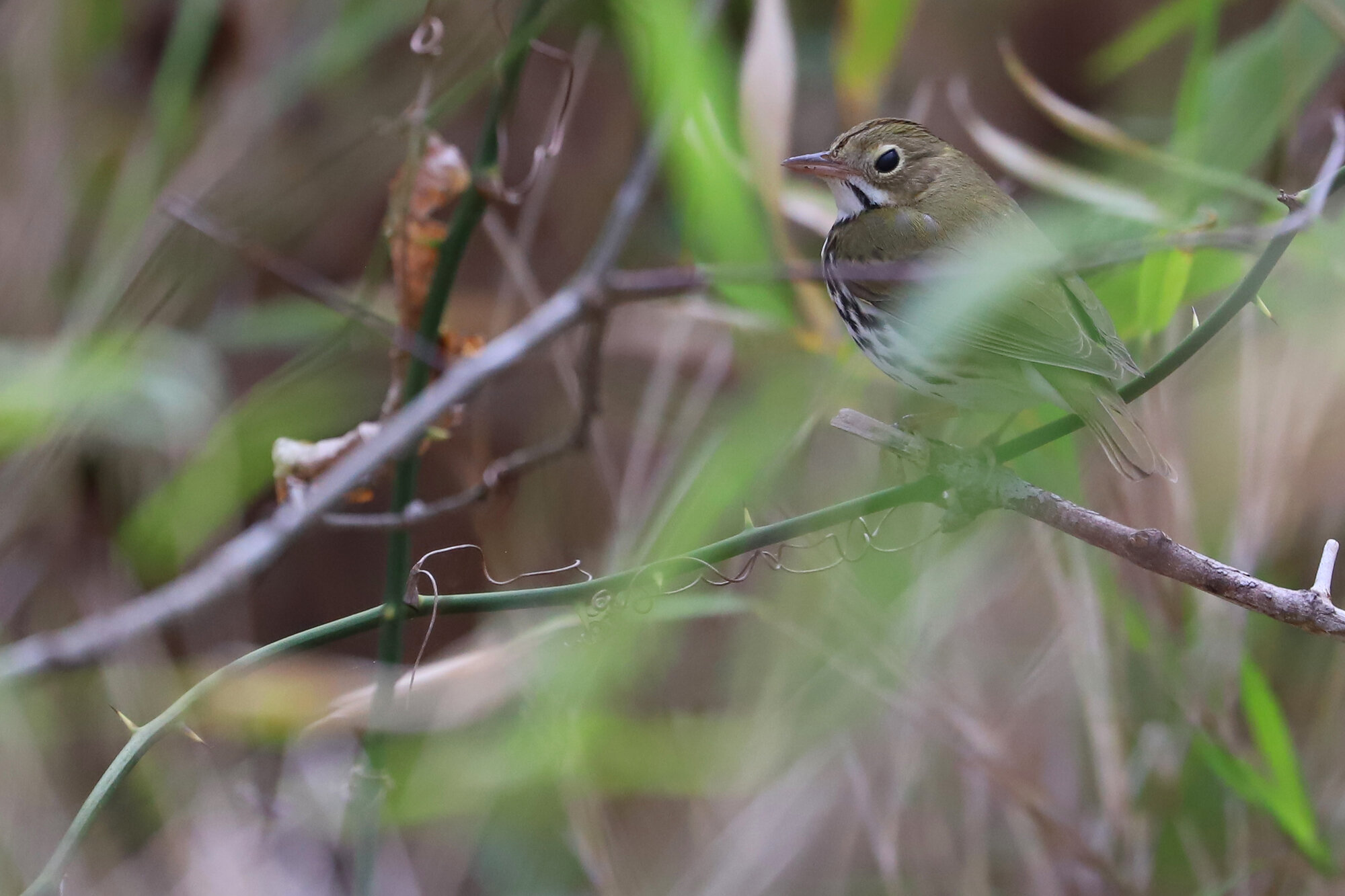
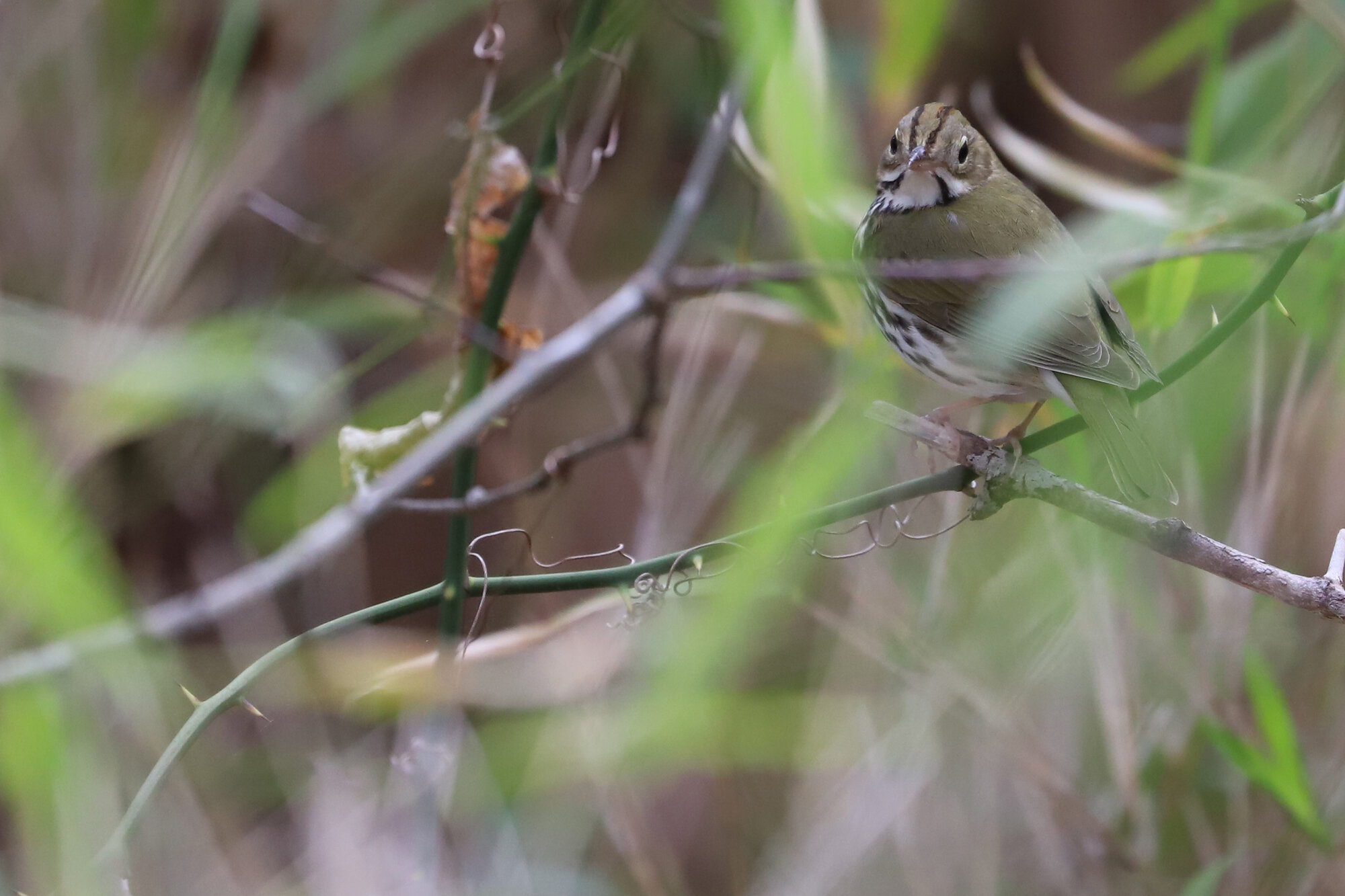
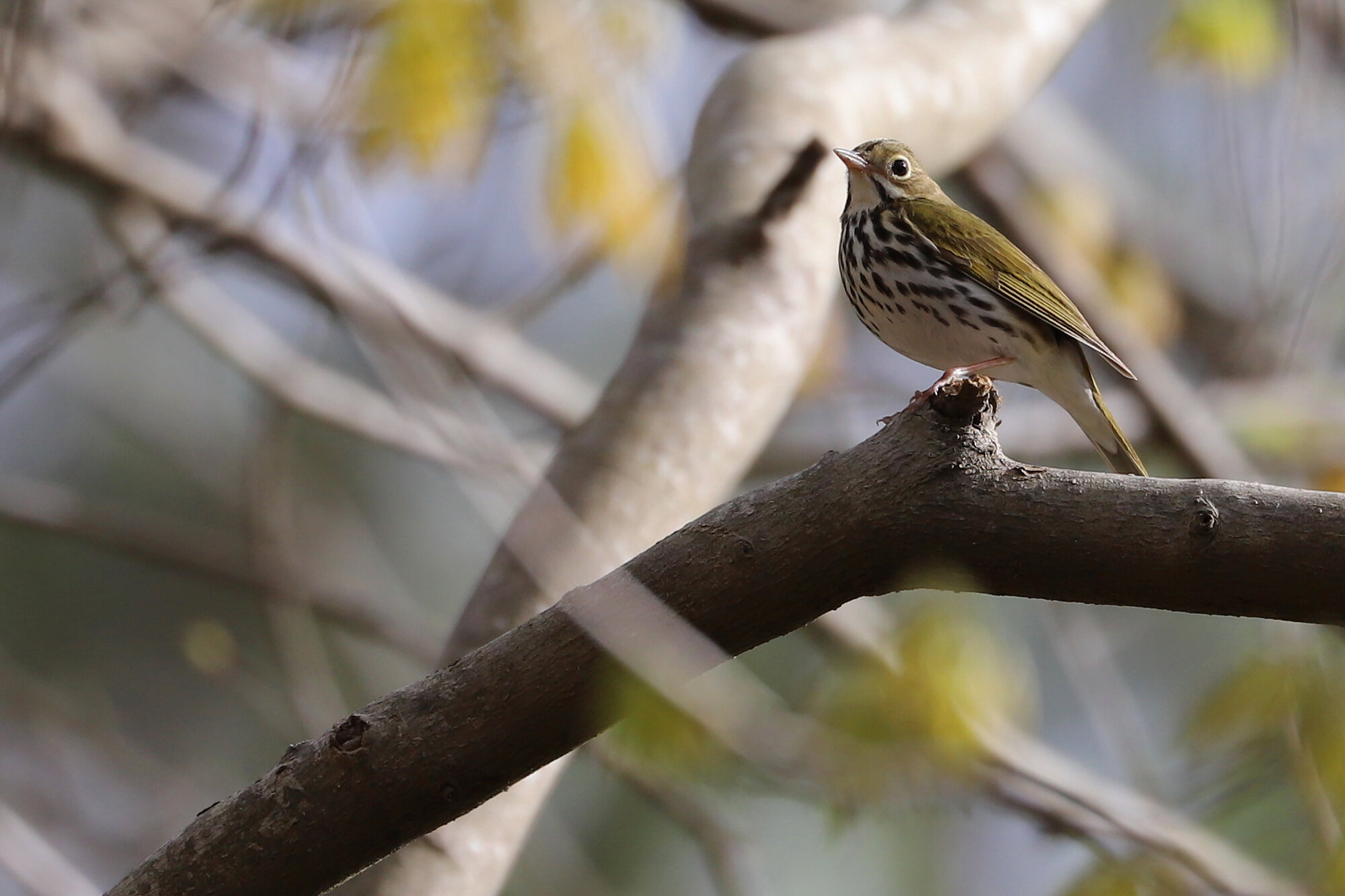
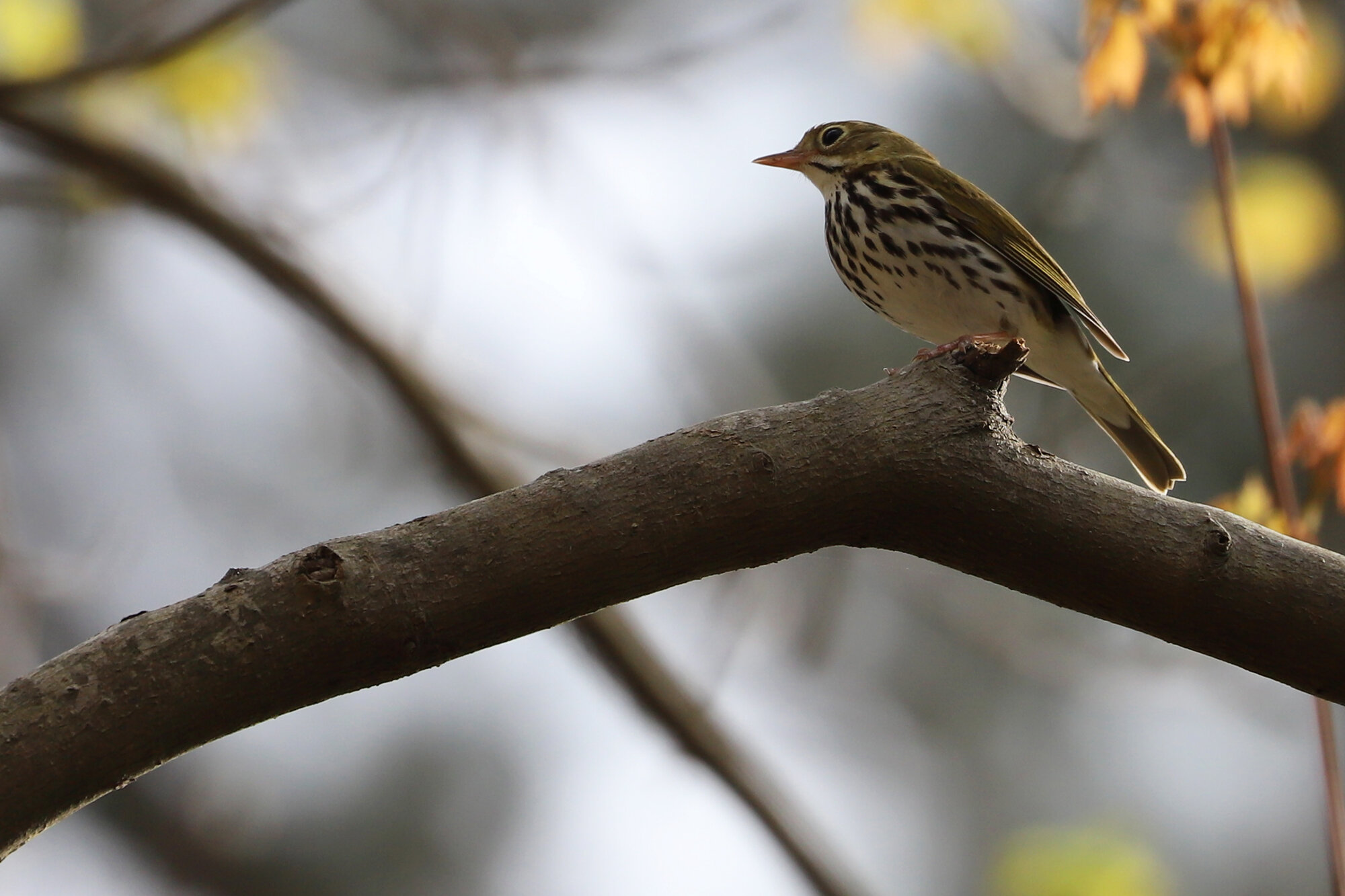

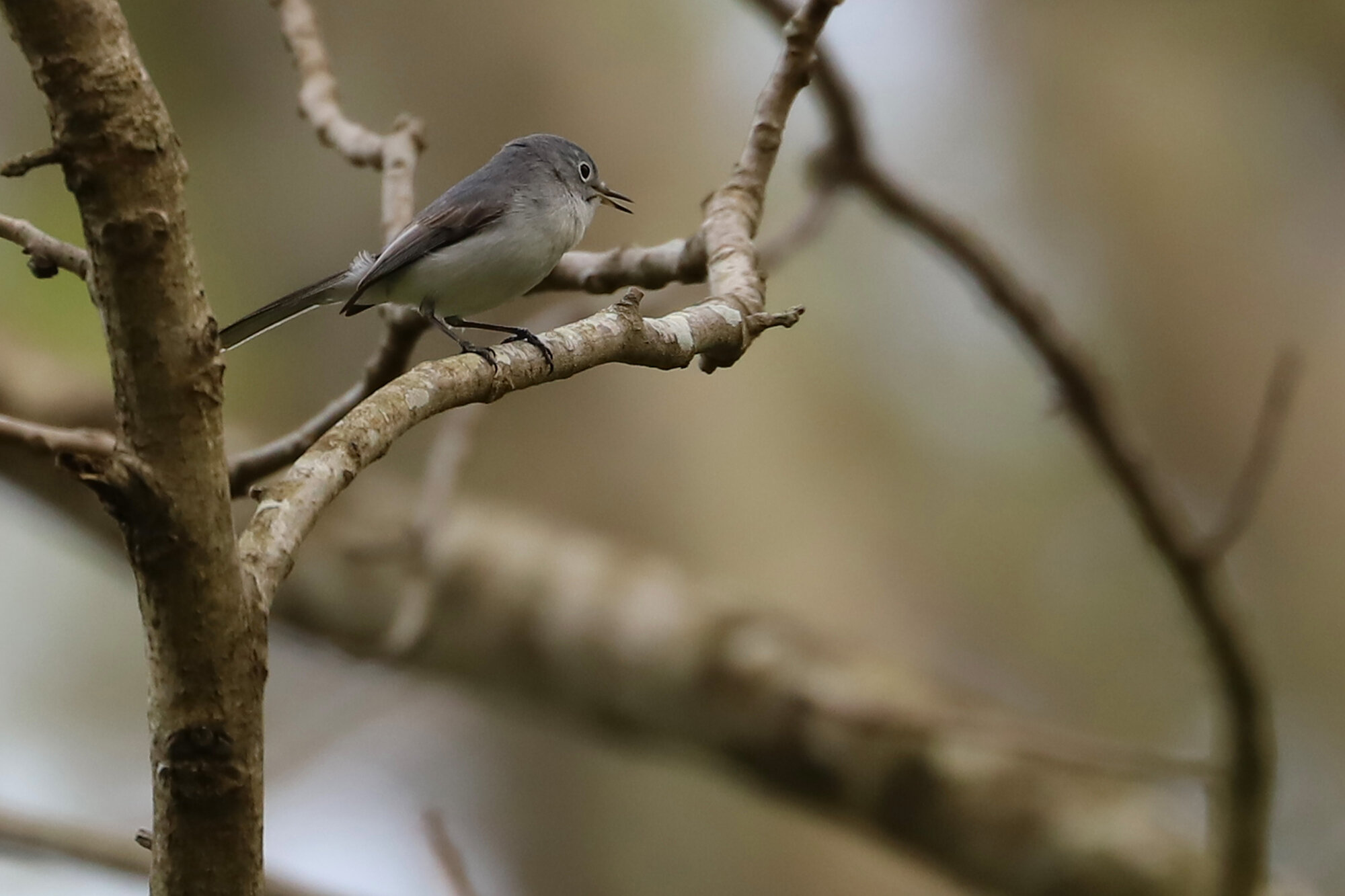
Though a single WESTERN KINGBIRD was known to be present on NAS Oceana property along Potters Road from 14 Jan (ph. Karl Suttmann) through 15 Jan (vis. Andrew Baldelli), reports for this species at the location re-awakened in March. Likely the same individual, and a second Western Kingbird were reported at this same location on 2 Mar (ph. Mark Burns), and records persisted here for one-or-two individuals through 12 Mar (vis. Bob Epperson & John Pancake). A later report occurred farther east, near the viewing area at the northeast end of the Oceana runway on 14 Mar (vis. Brandon Holland) but that was the last of the reports. Usually flycatchers aren’t apt to stay in the same place, but fortunately these did allow for a good number of locals & visiting birders alike to view them during their stay. During March, there were no other reports for this species north of Florida along the East Coast, so it was certainly exciting for the city, state & region overall! (Mar 2020 Map)
As with the Yellow-crowned Night-Heron mentioned above, we also had another species make a surprising successful overwintering attempt. The WHITE-EYED VIREO that was present in the thicket east of the Princess Anne WMA Whitehurst Tract parking lot dating back to at least 24 Nov (ph. Rob Bielawski) continued to be logged throughout March at the same location! Additionally, another White-eyed Vireo was audio recorded along the entrance road to Back Bay NWR on 13 Mar (a.r. Karen & Tom Beatty) and this may represent either another potential over-winterer or a very early spring arrival, though the former seems quite possible given the date. Unfortunately in this case, there were no prior records to compare though, while the Whitehurst individual was tracked almost every Sunday from late Nov through late Mar, giving proof of its persistence. Typical spring arrival date for this species based on the past few years is 30 Mar, and individuals outside the two mentioned above started being logged 26 Mar, with increasing report frequency thereafter. (Mar 2020 Map)
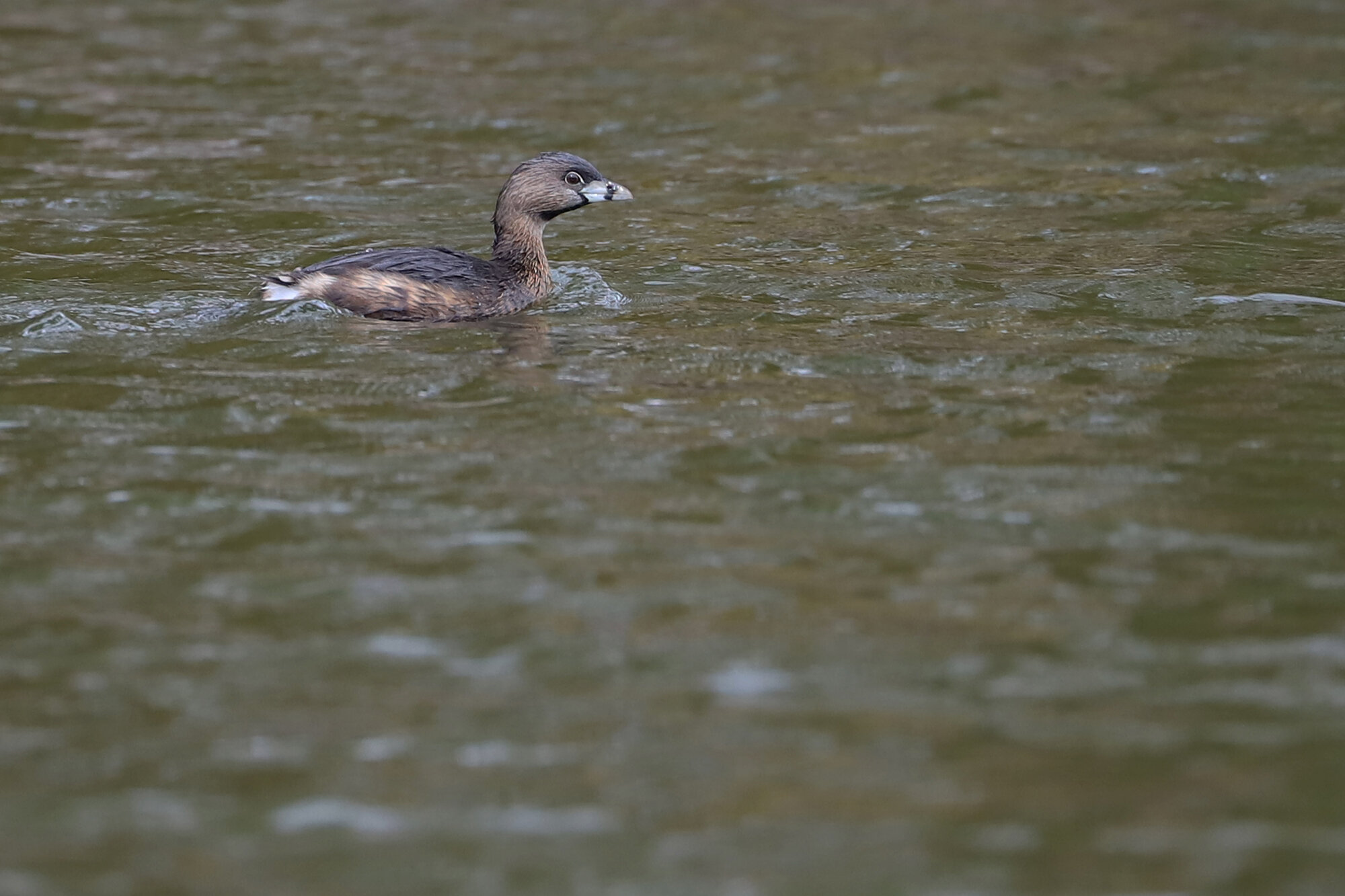

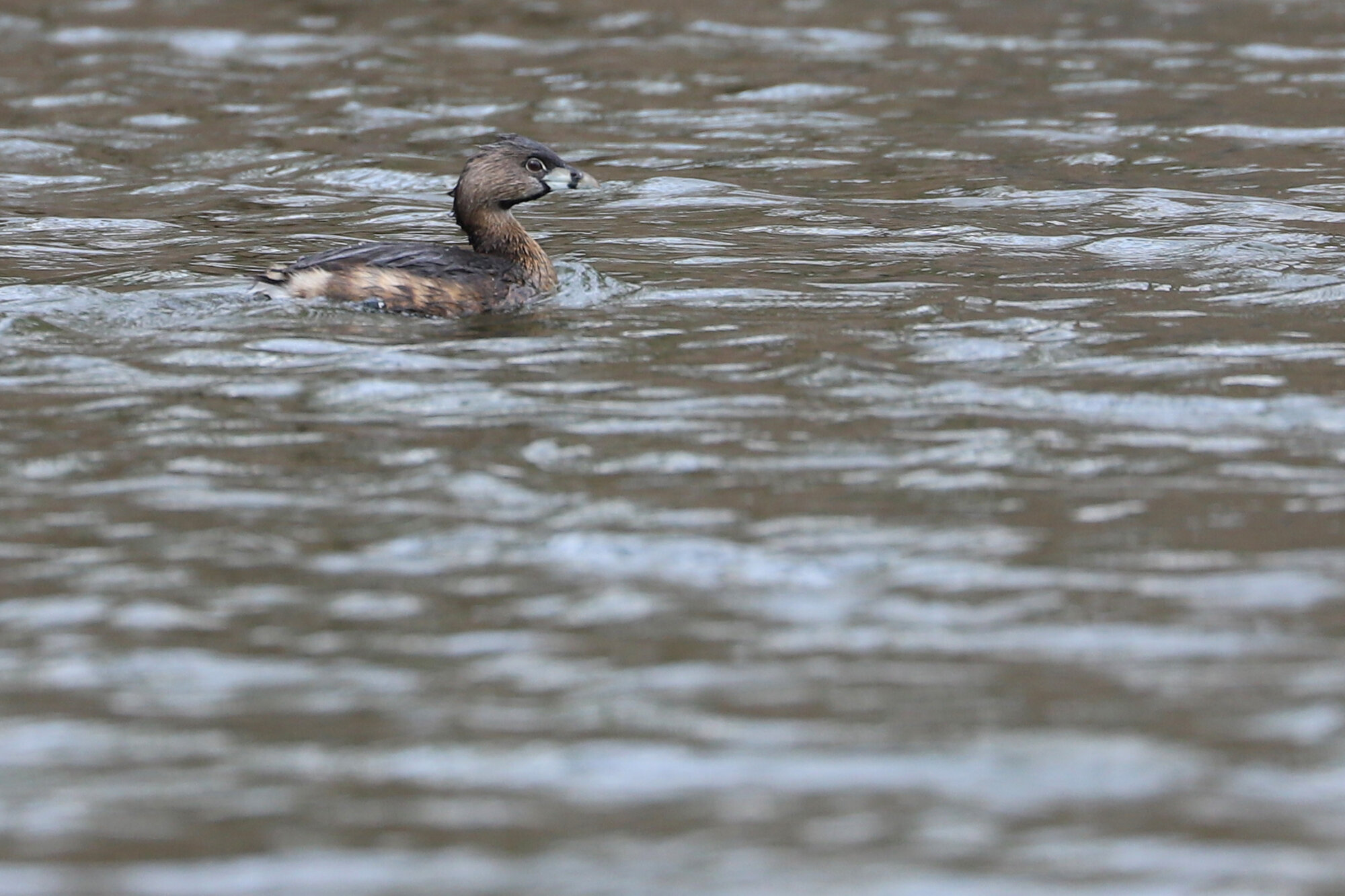
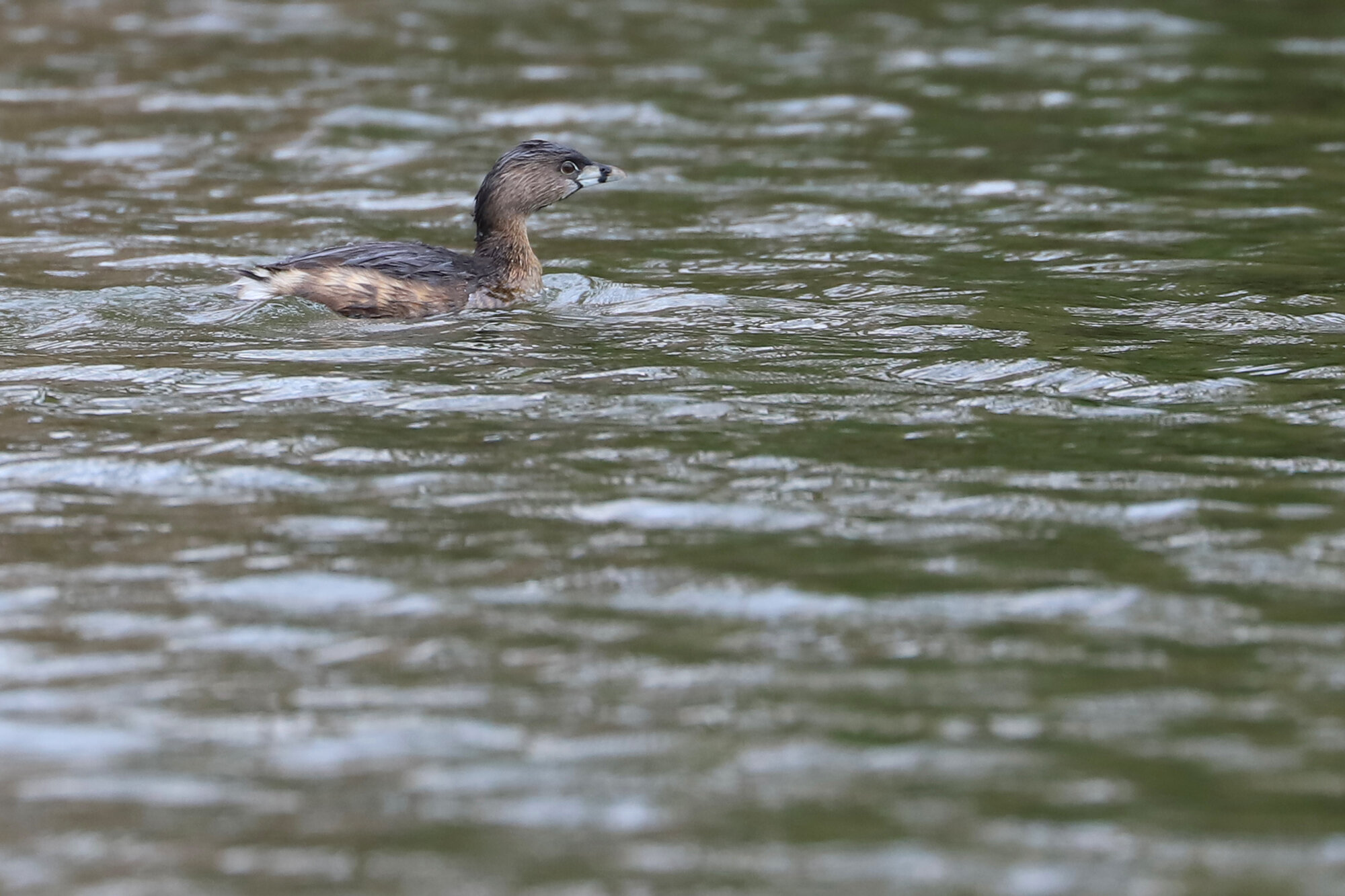
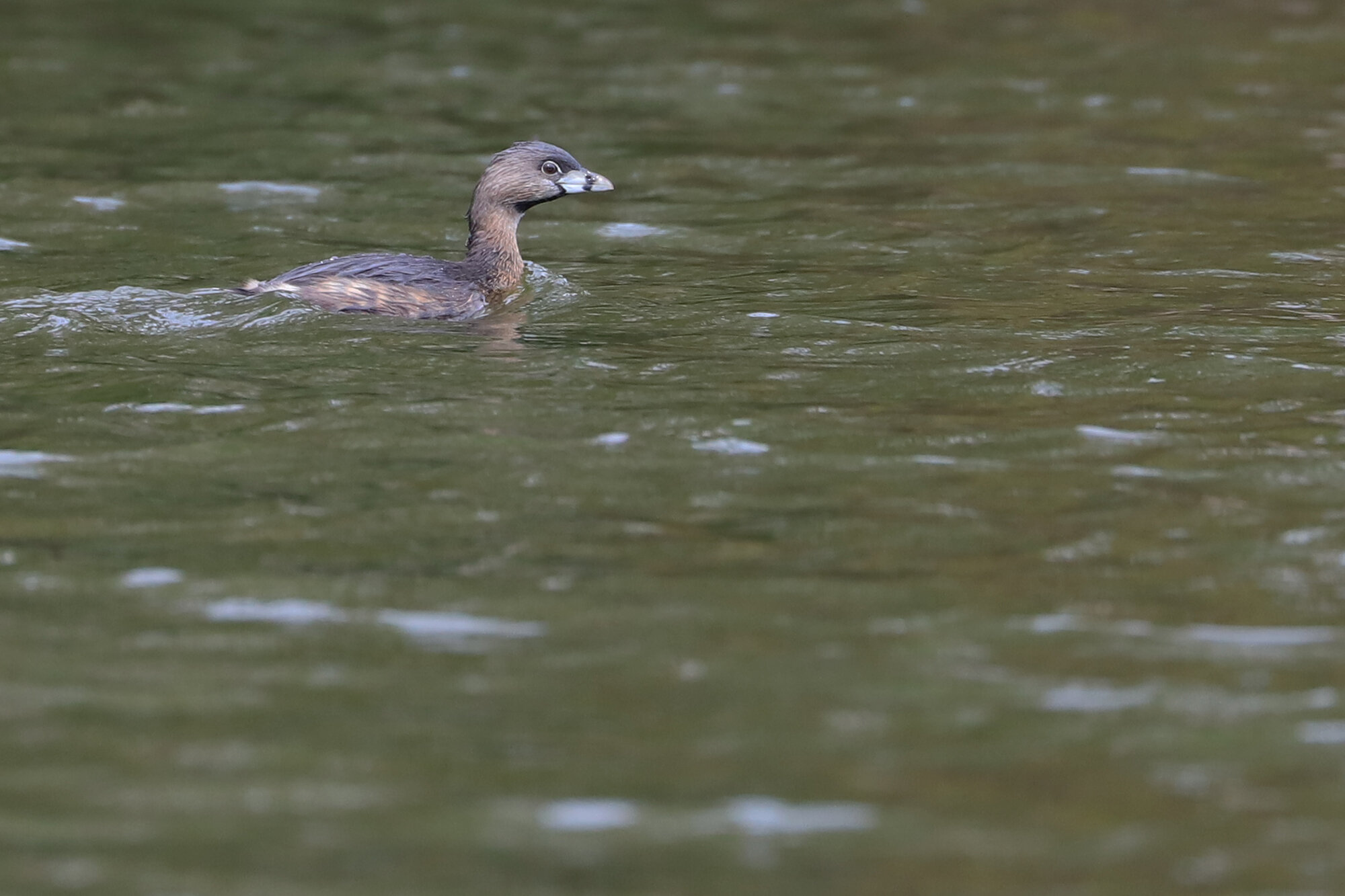
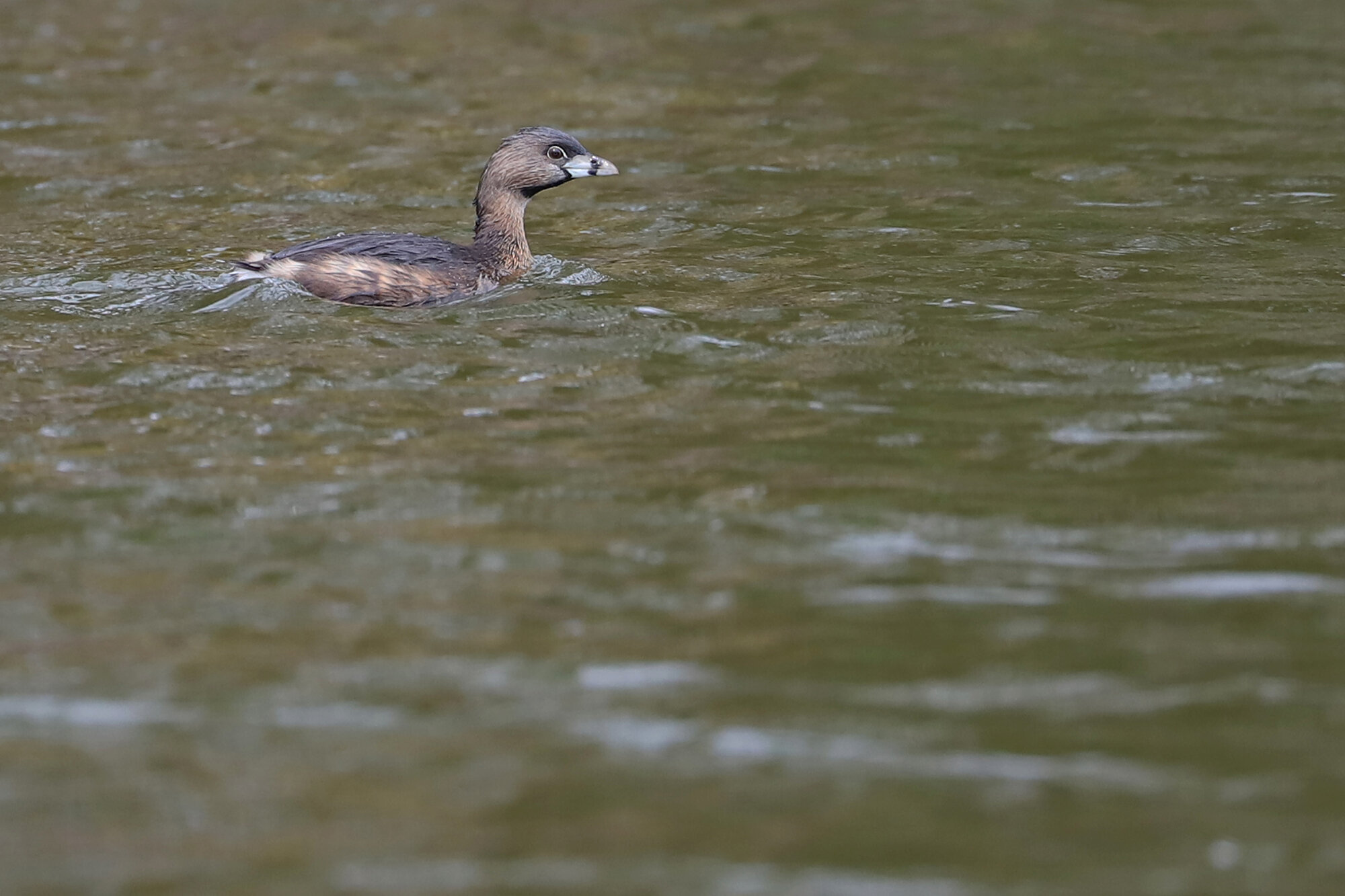
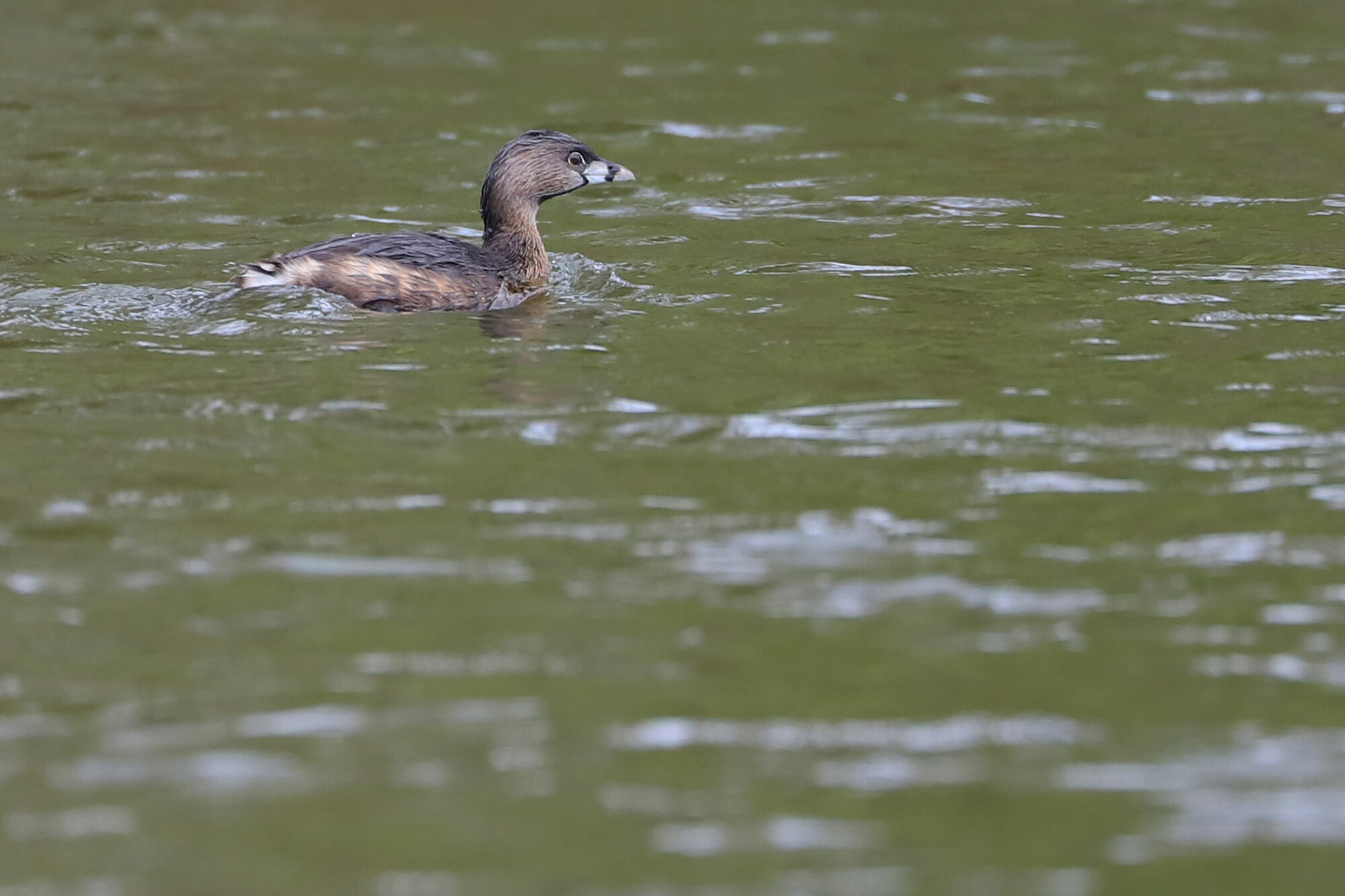
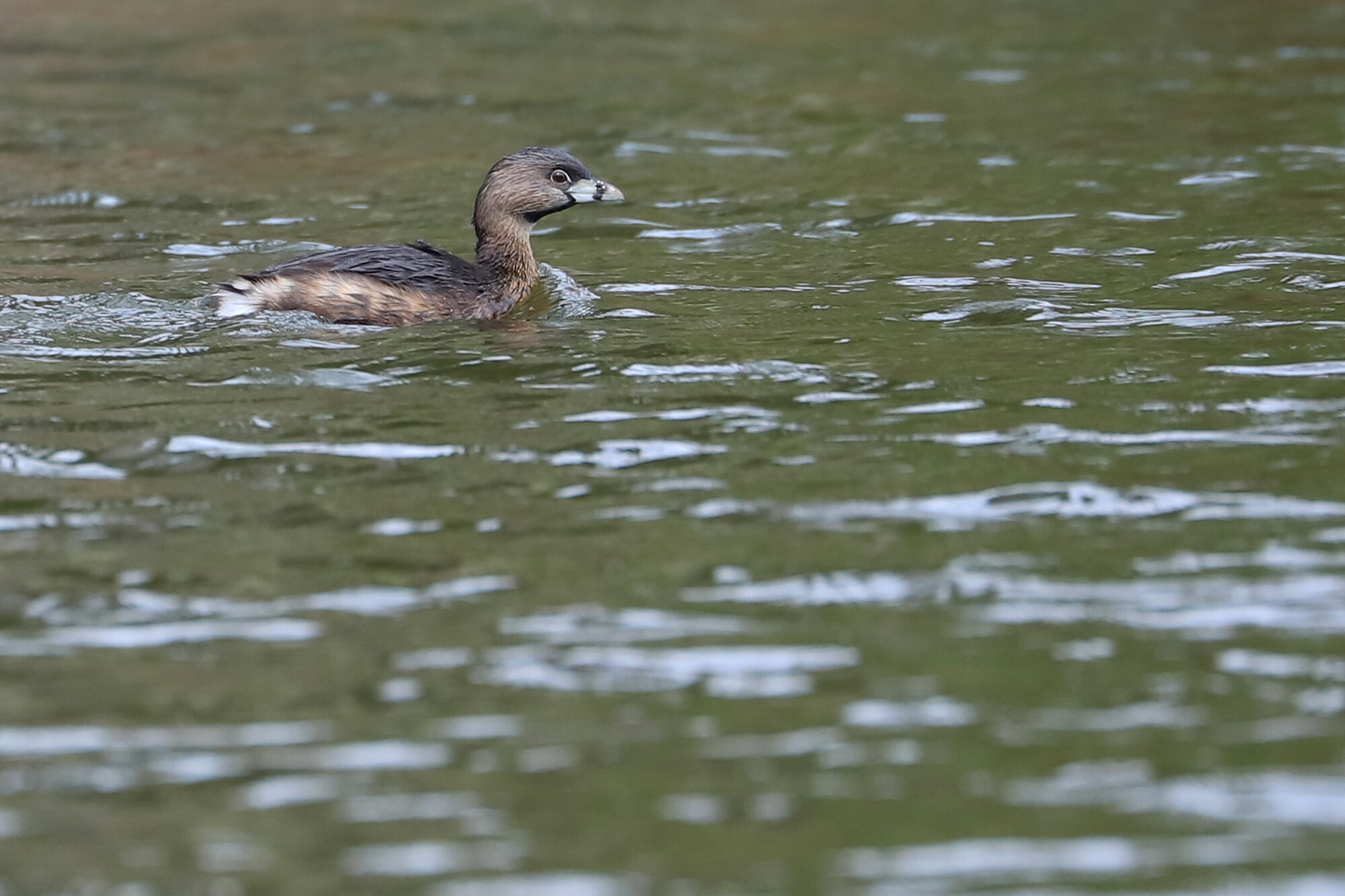
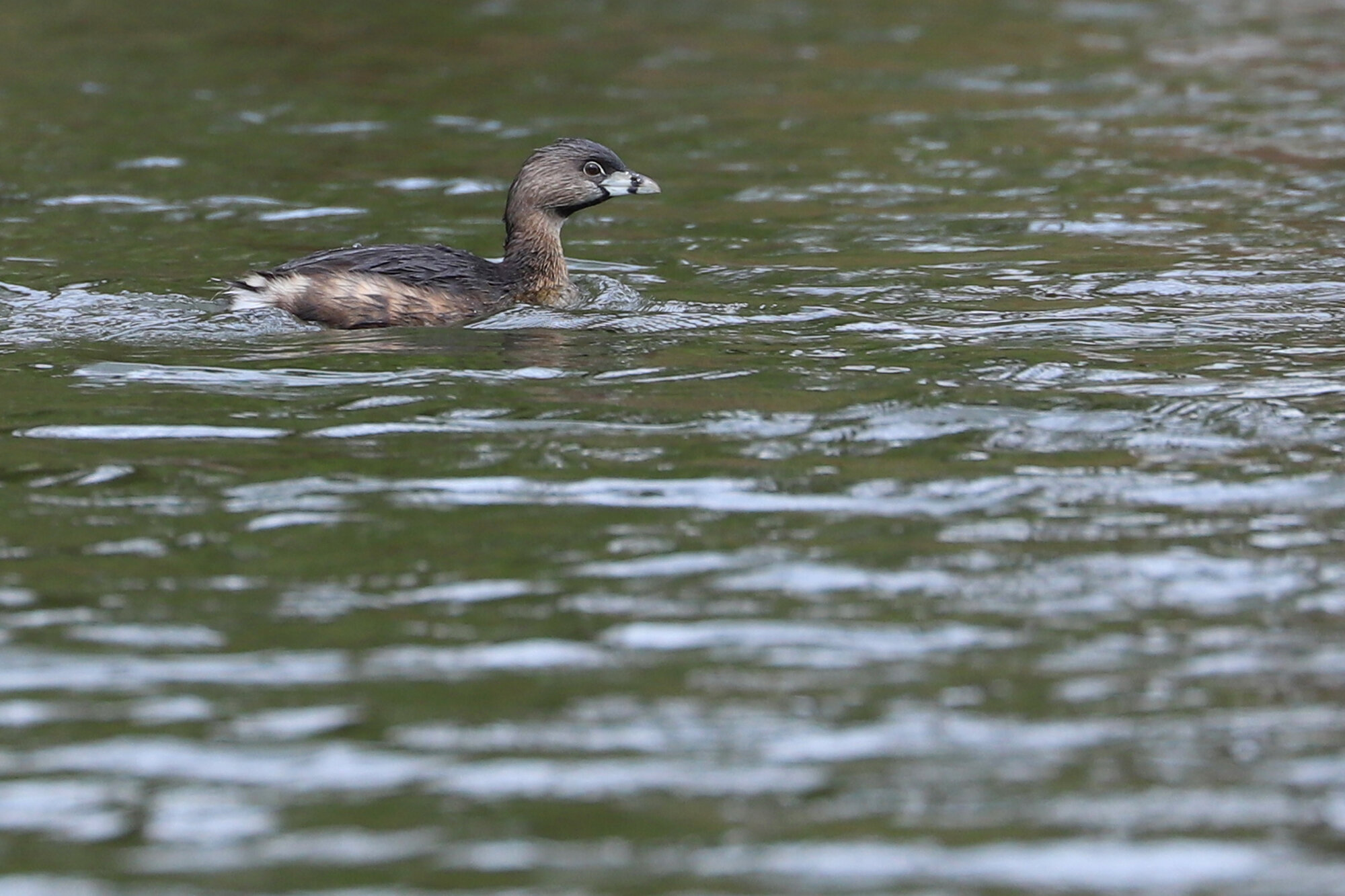

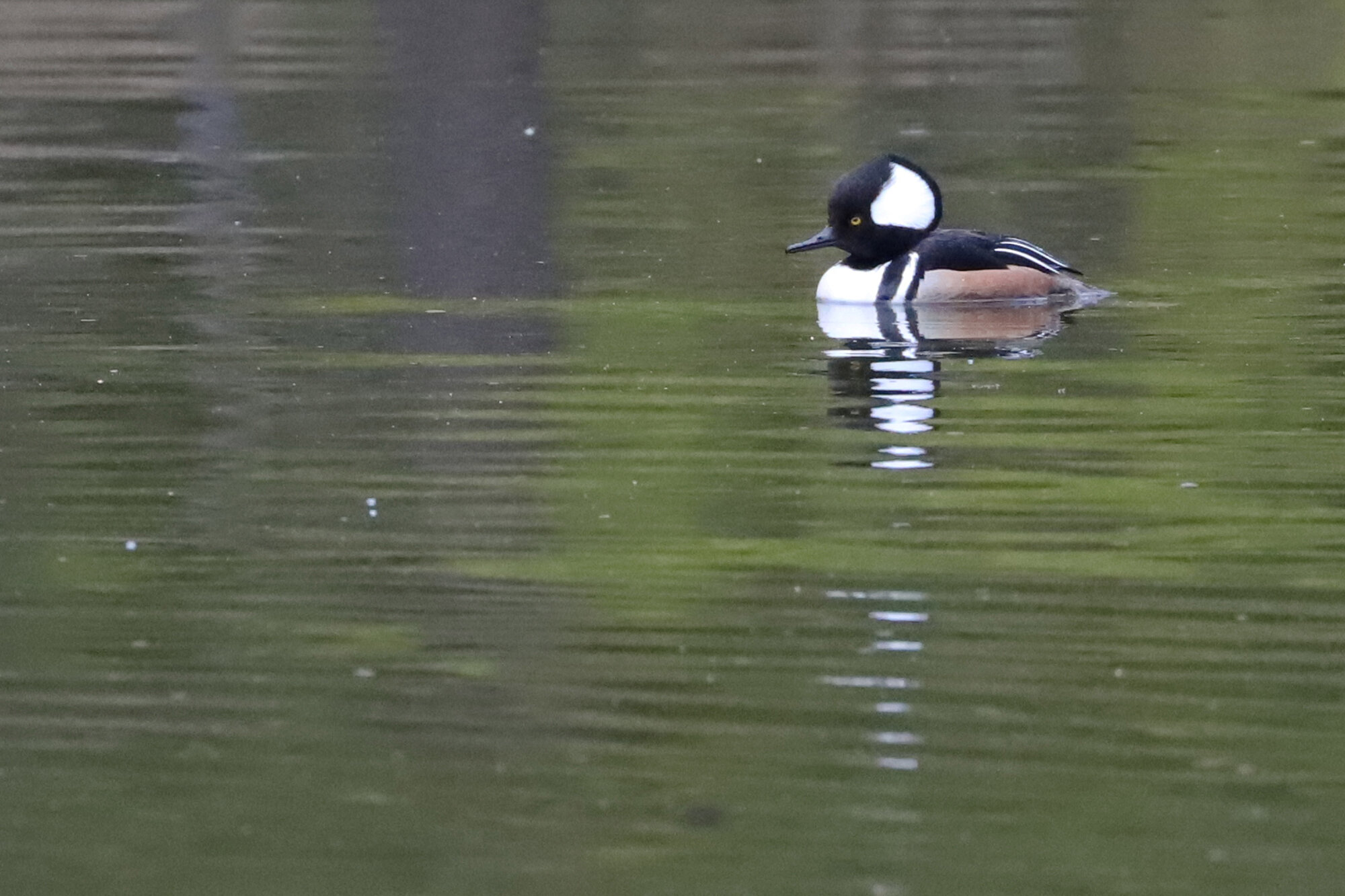
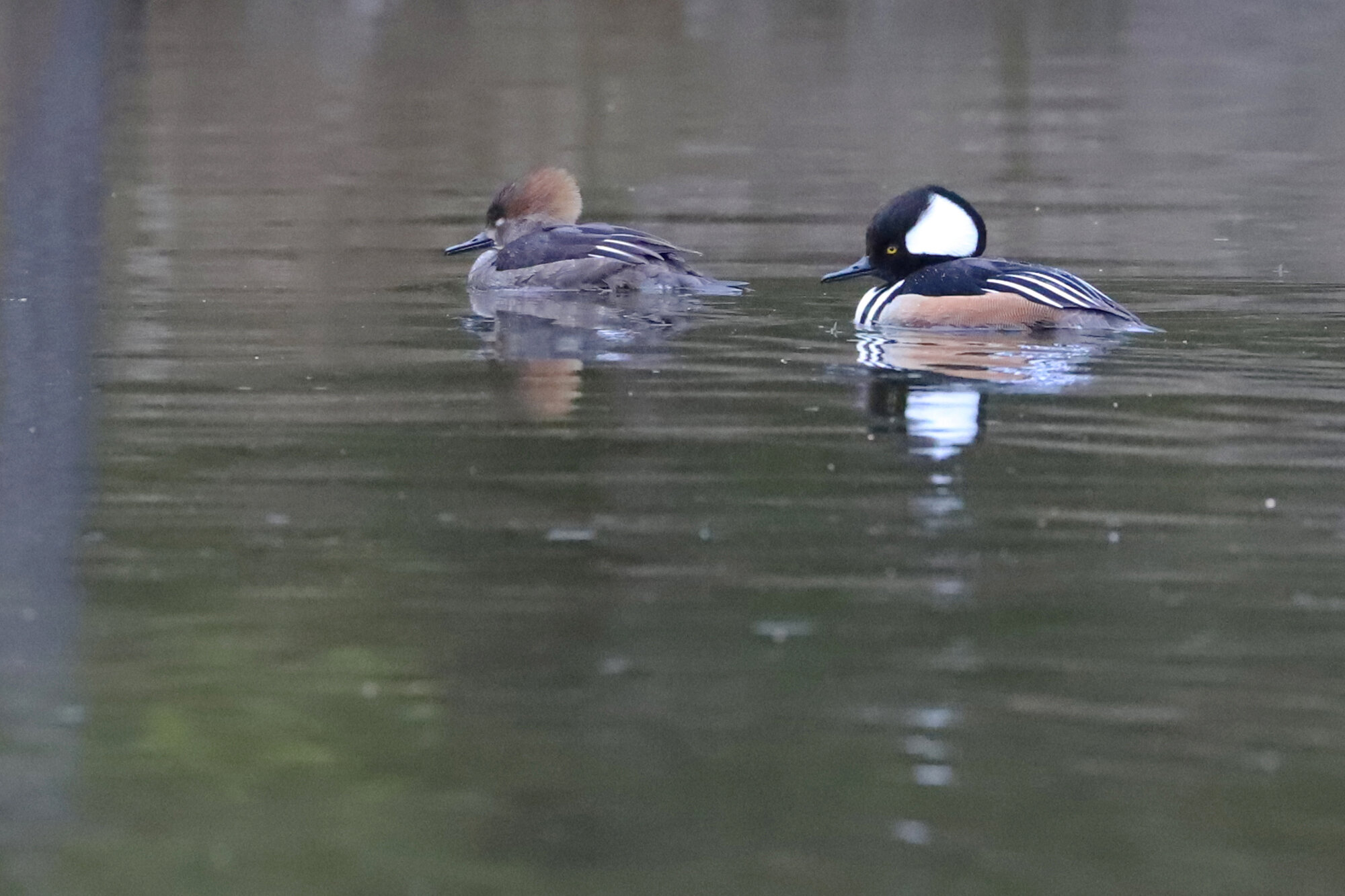
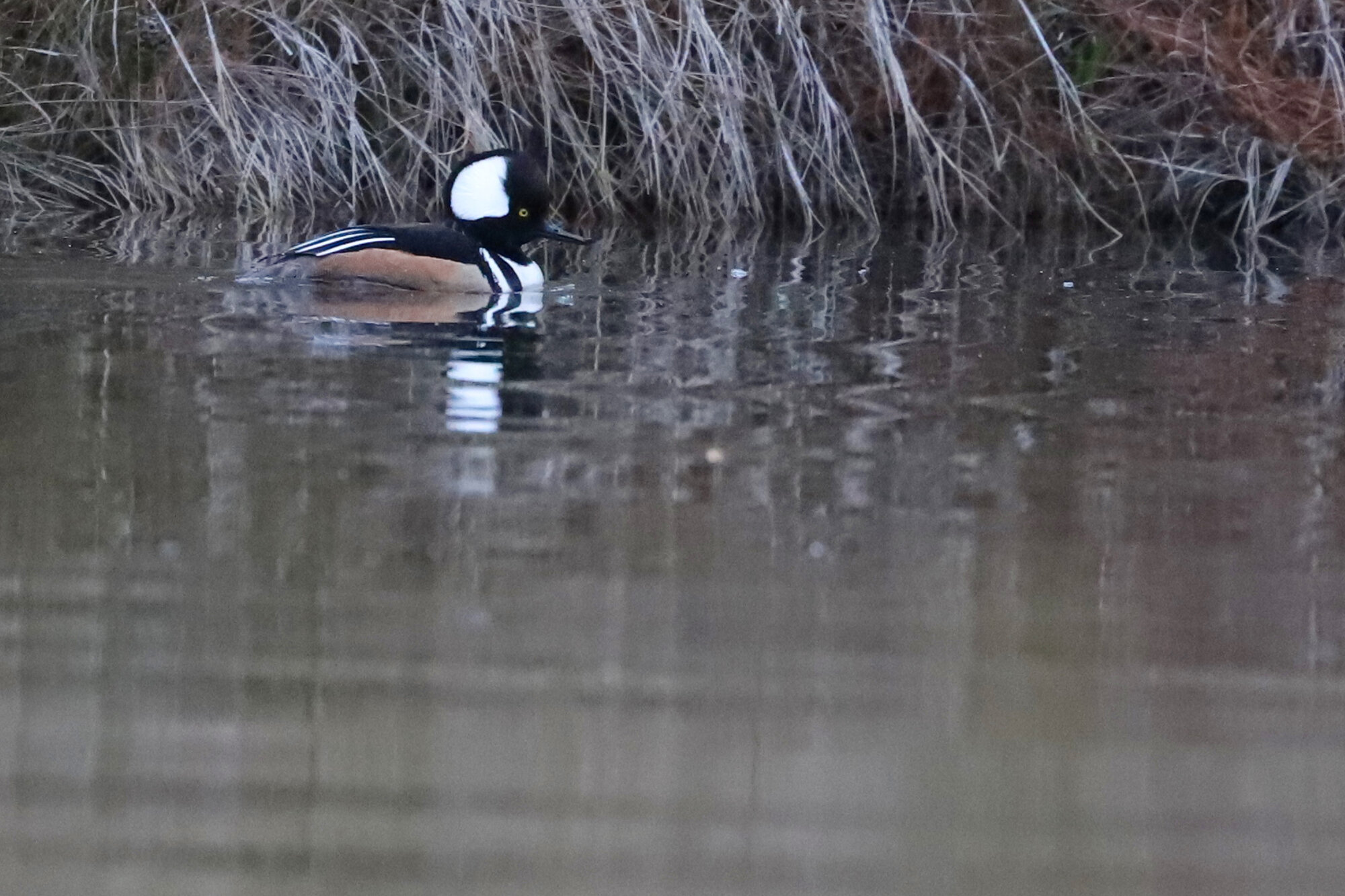
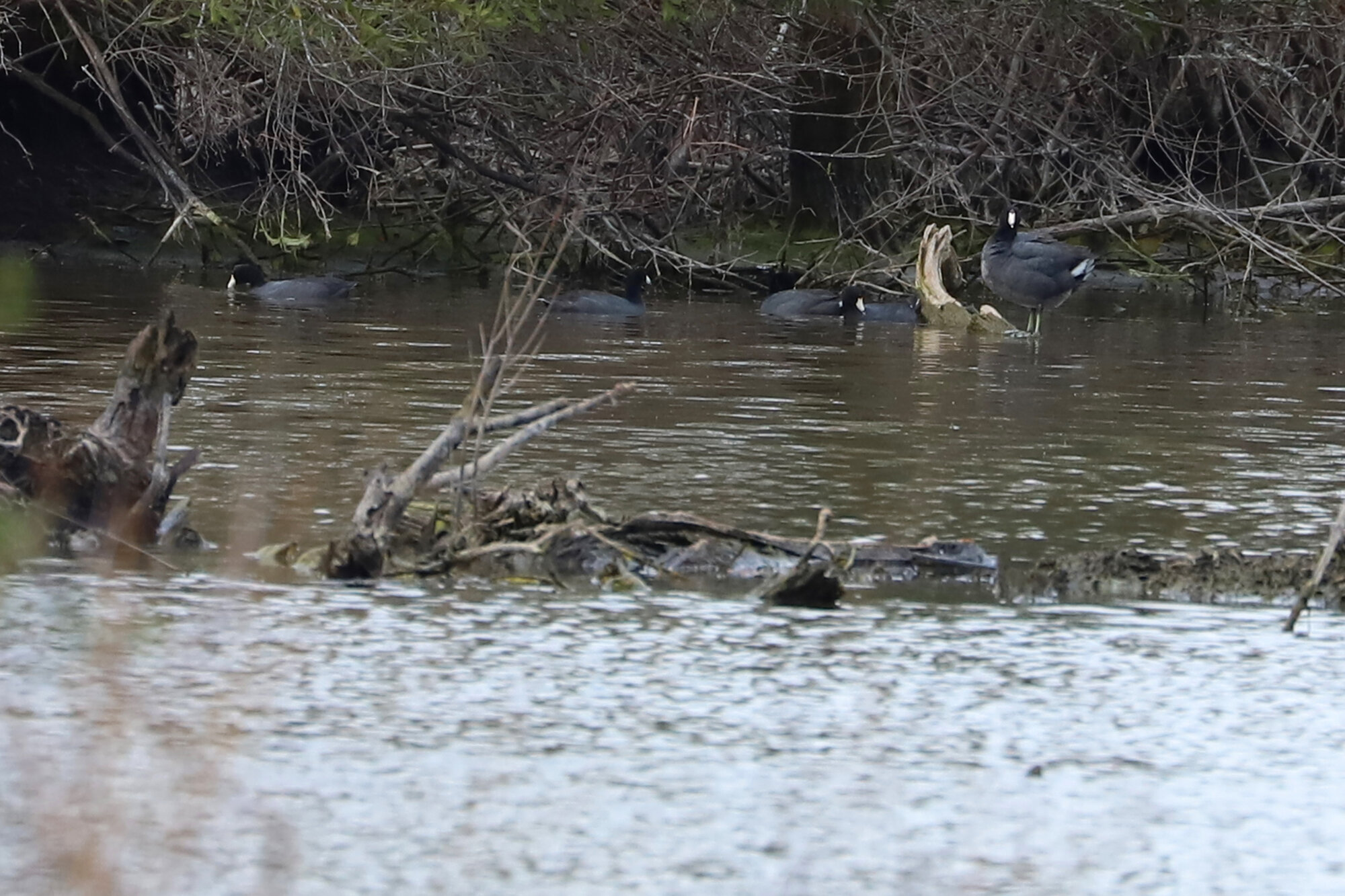

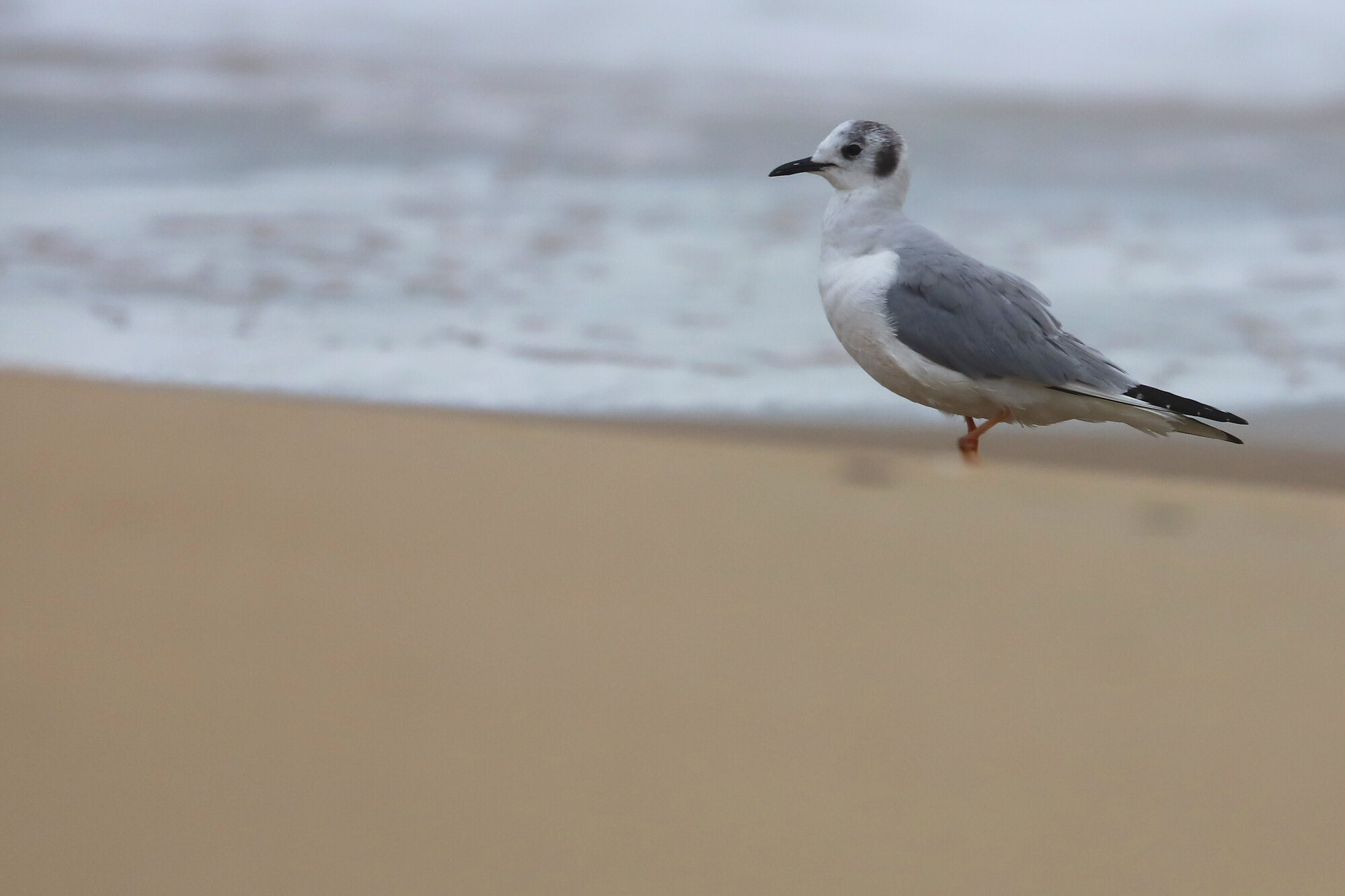
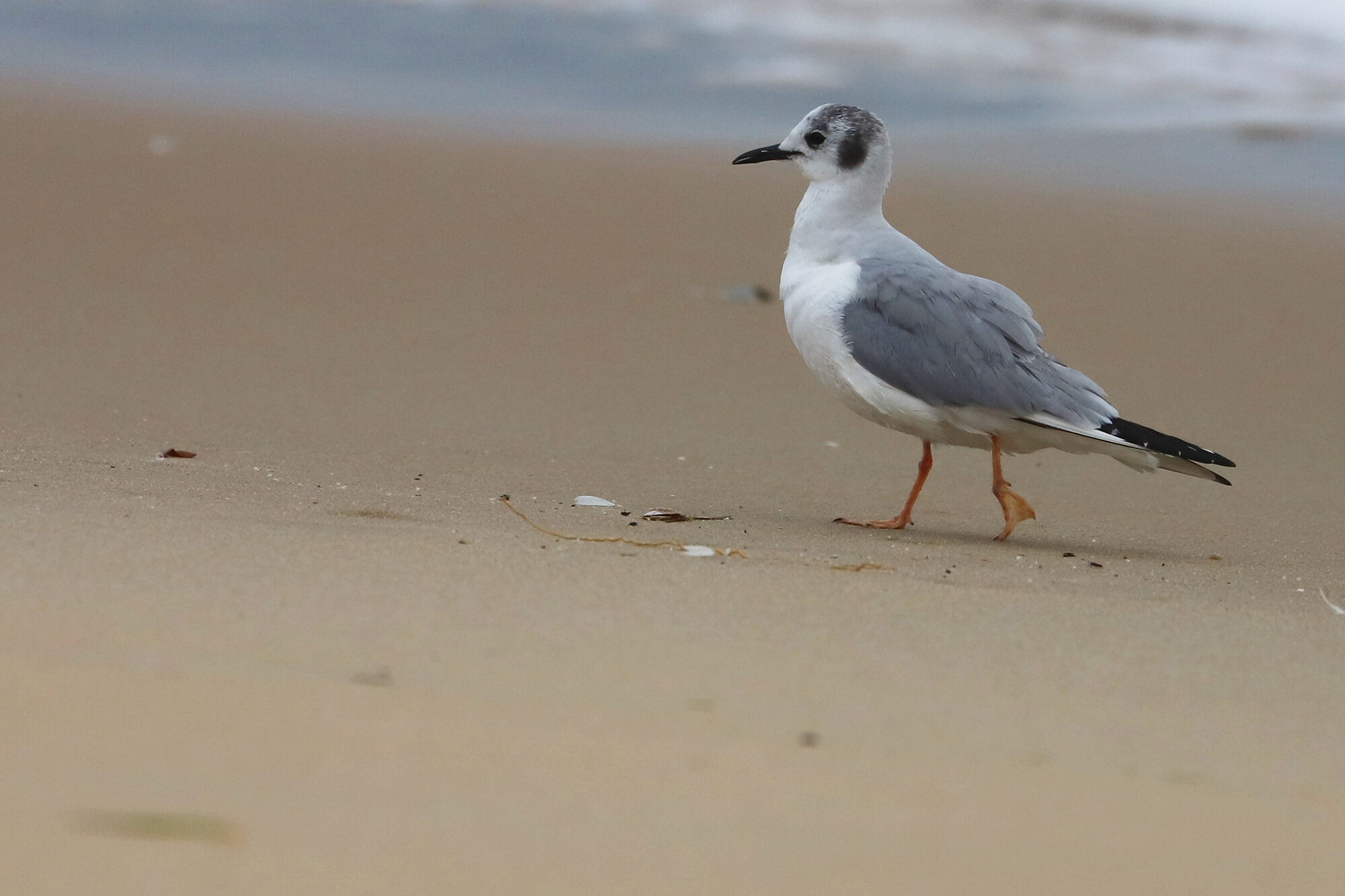

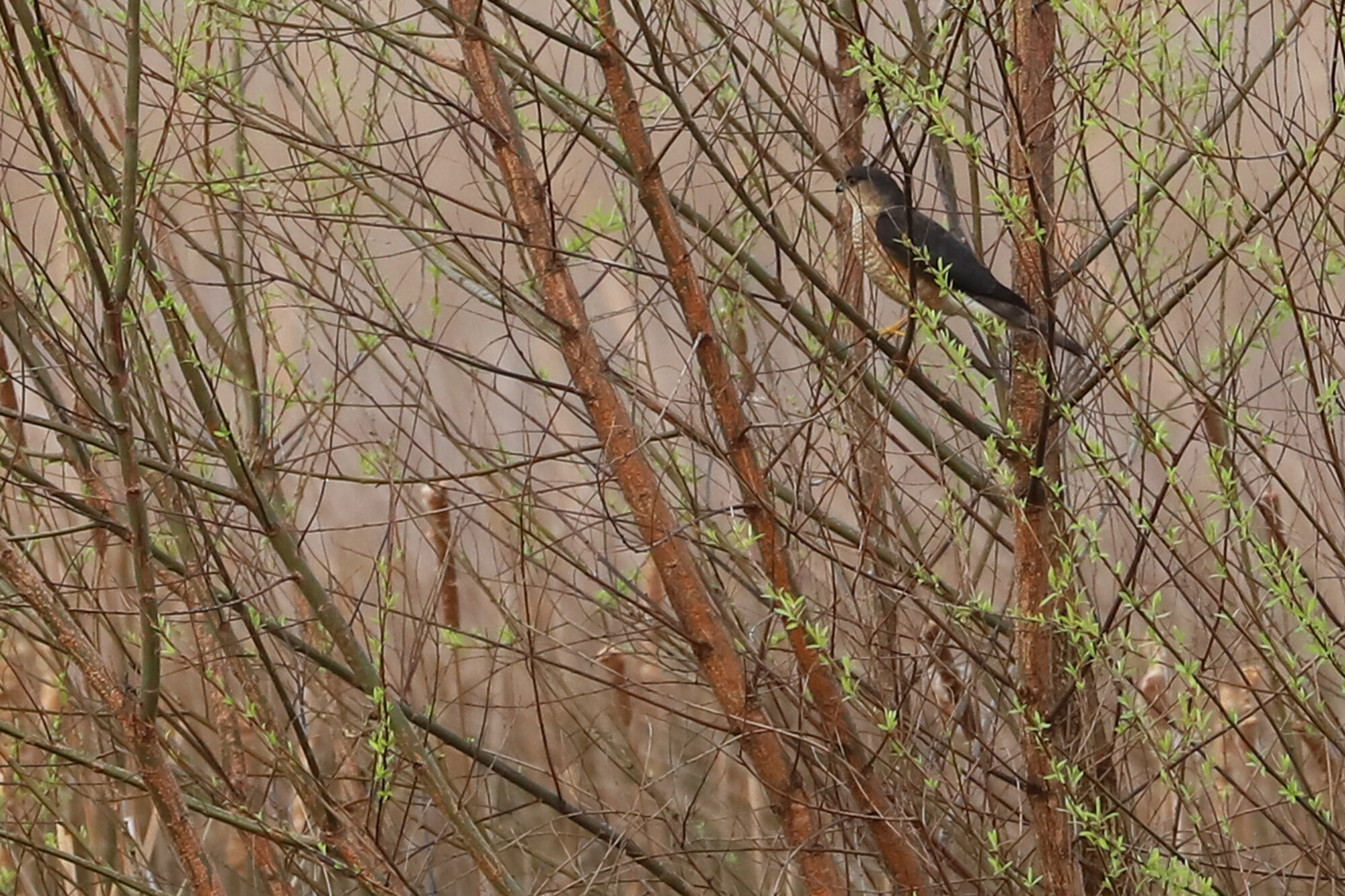
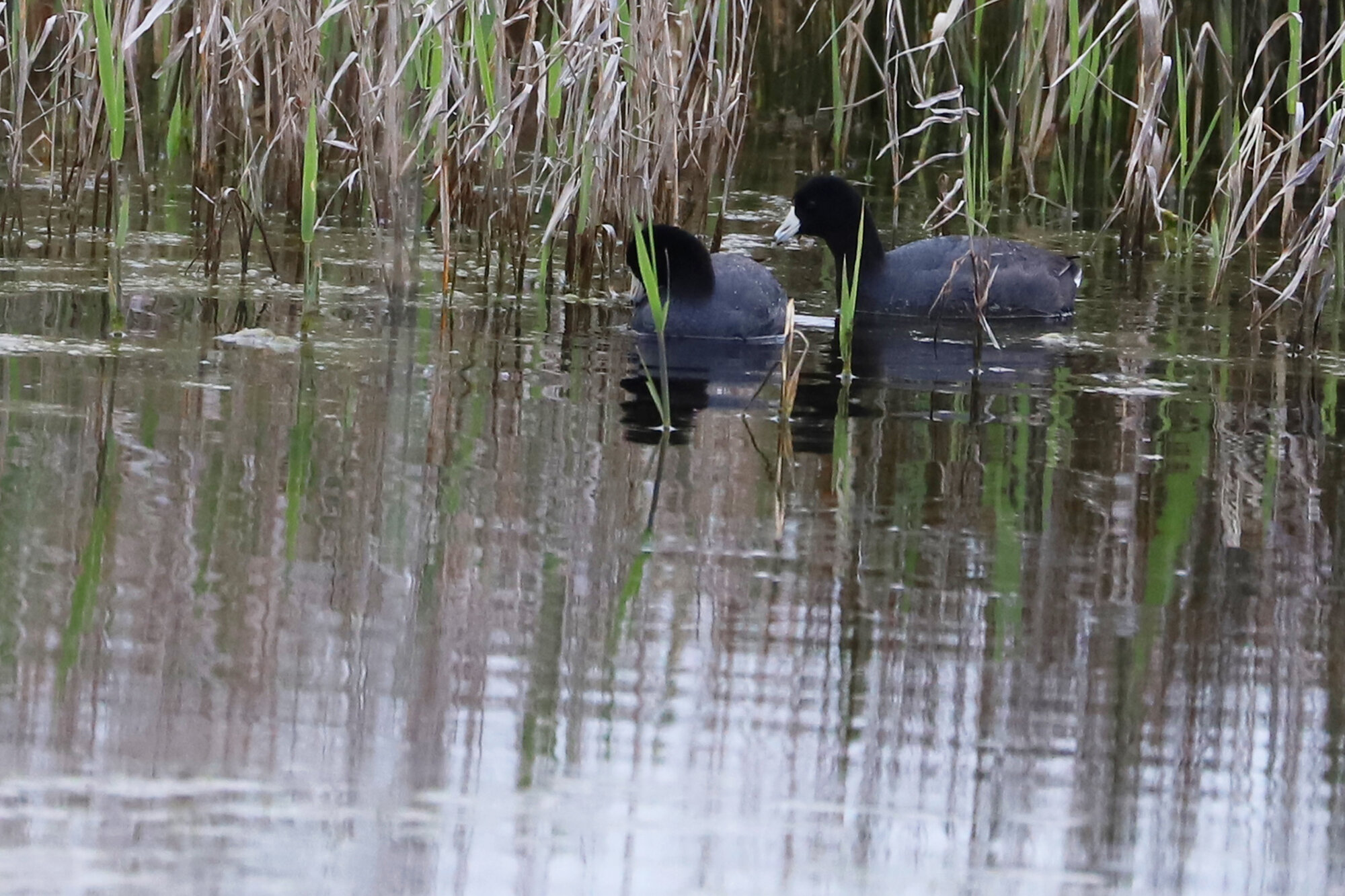
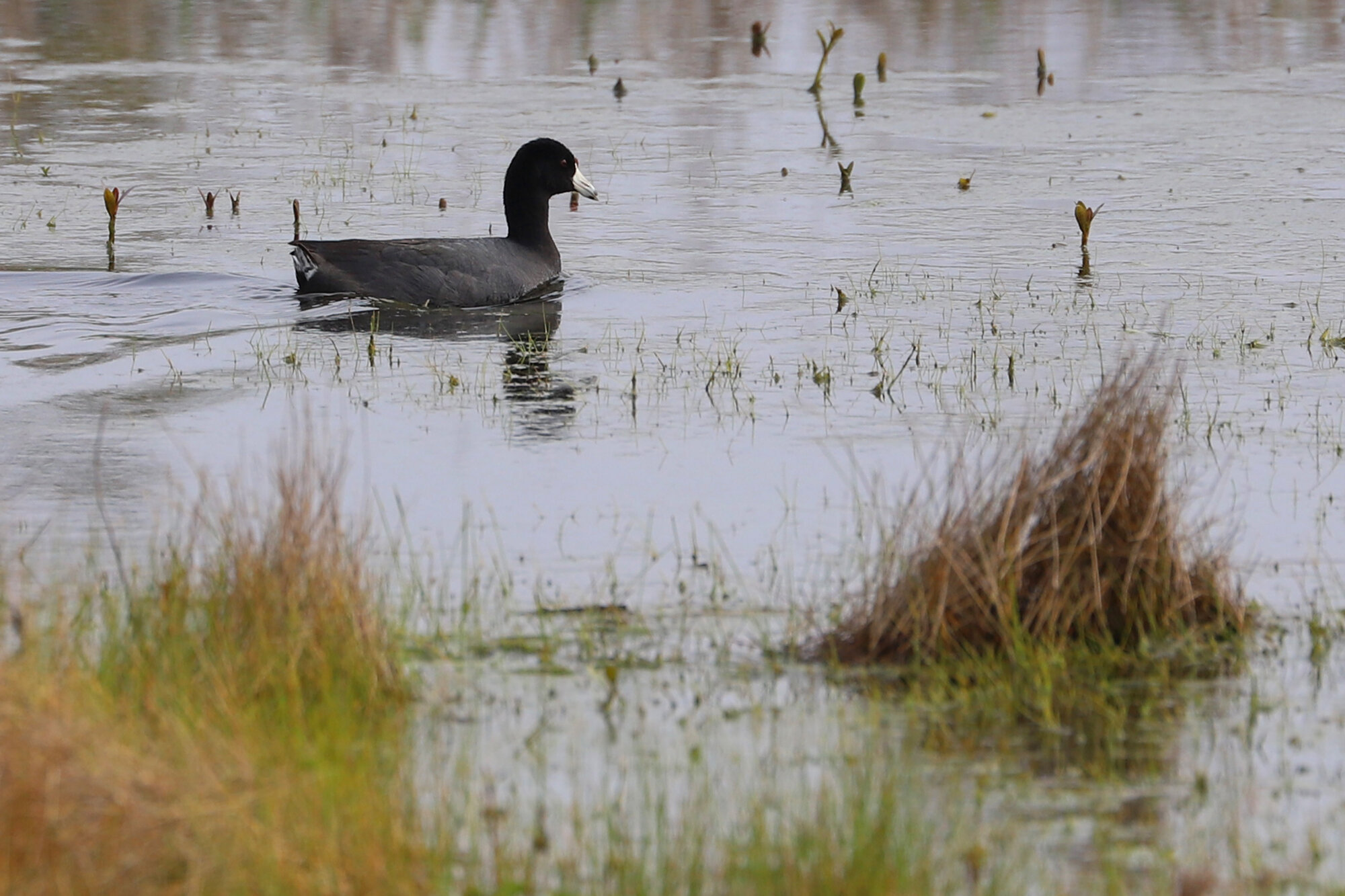
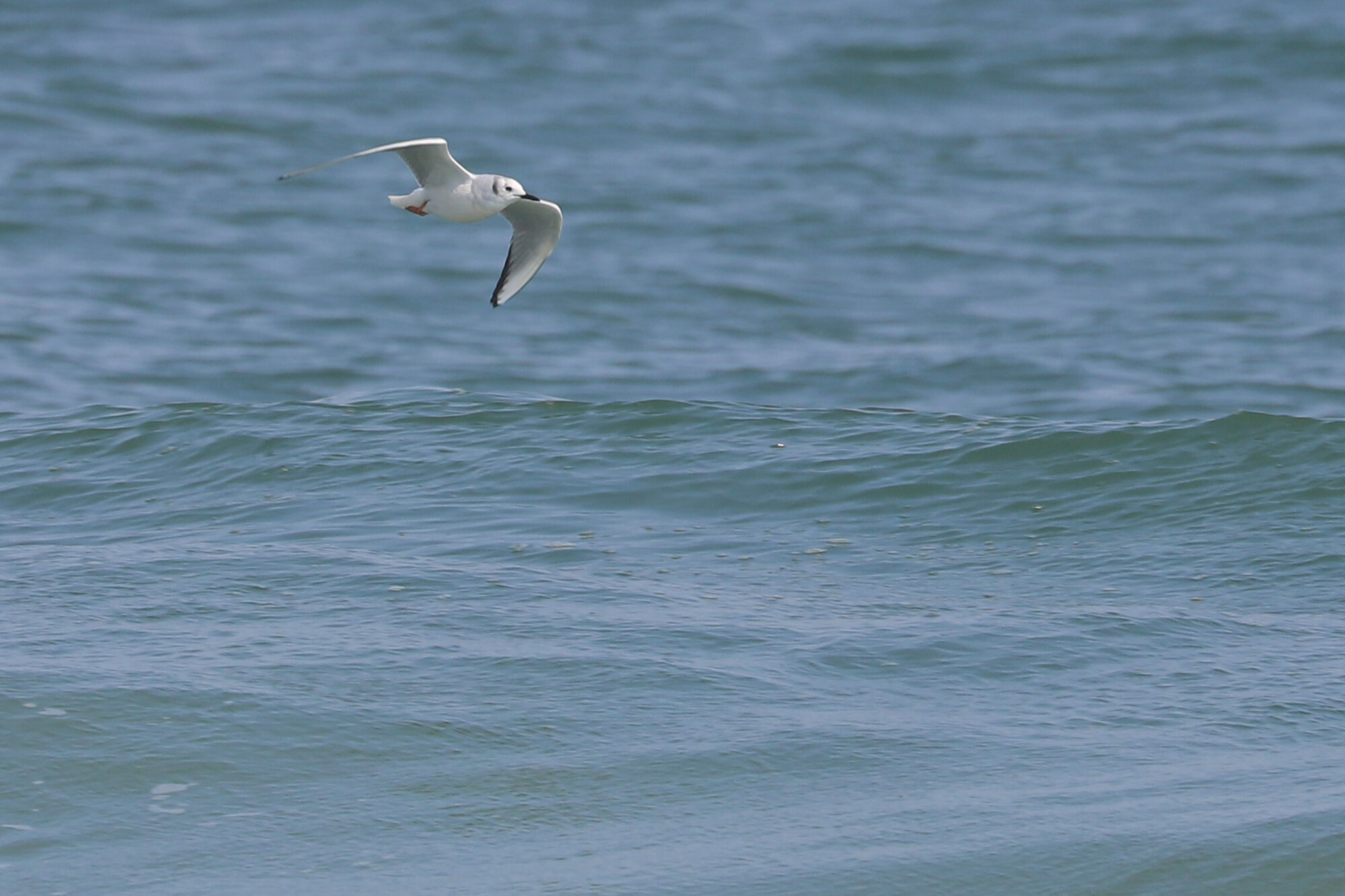

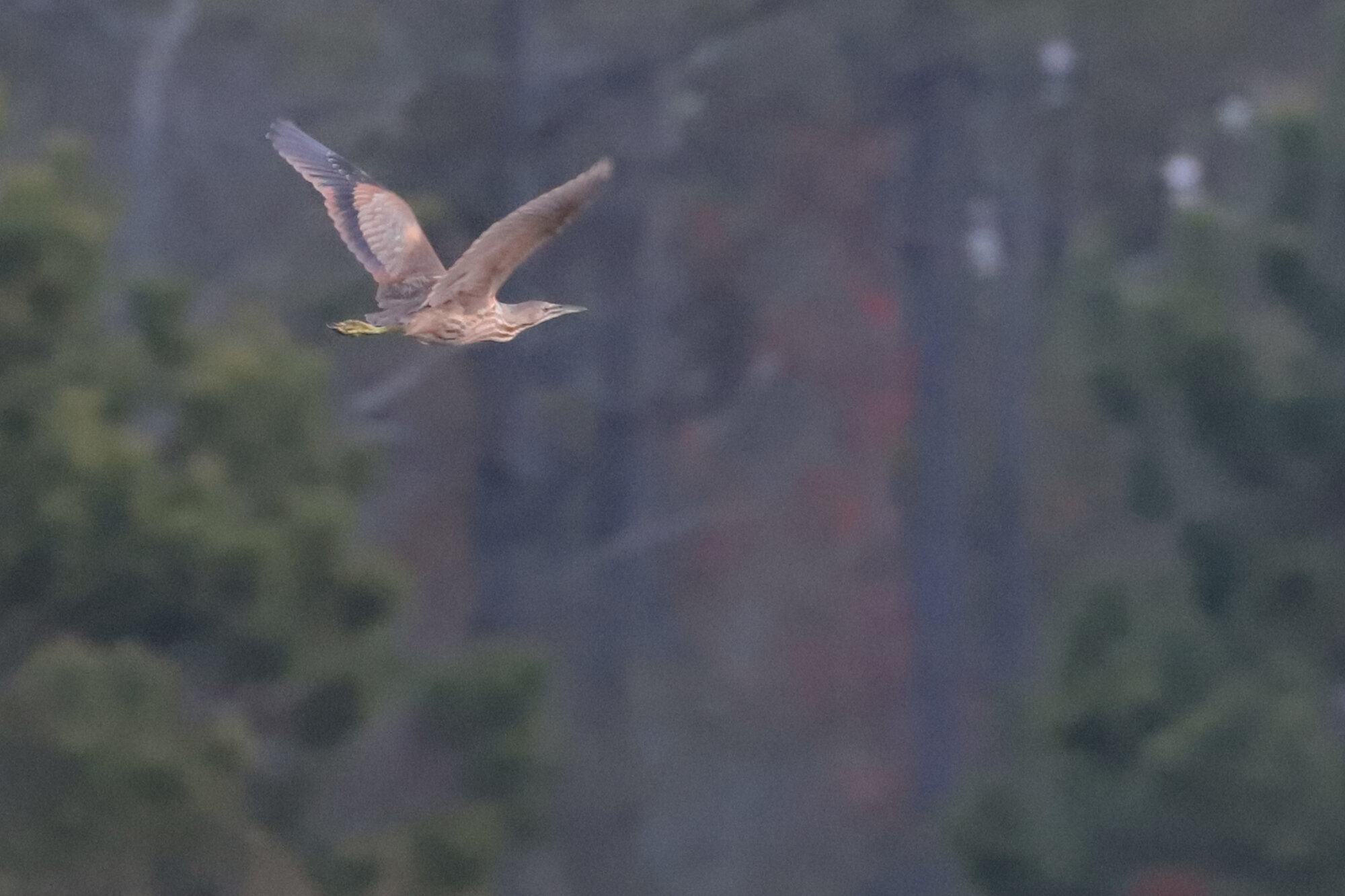
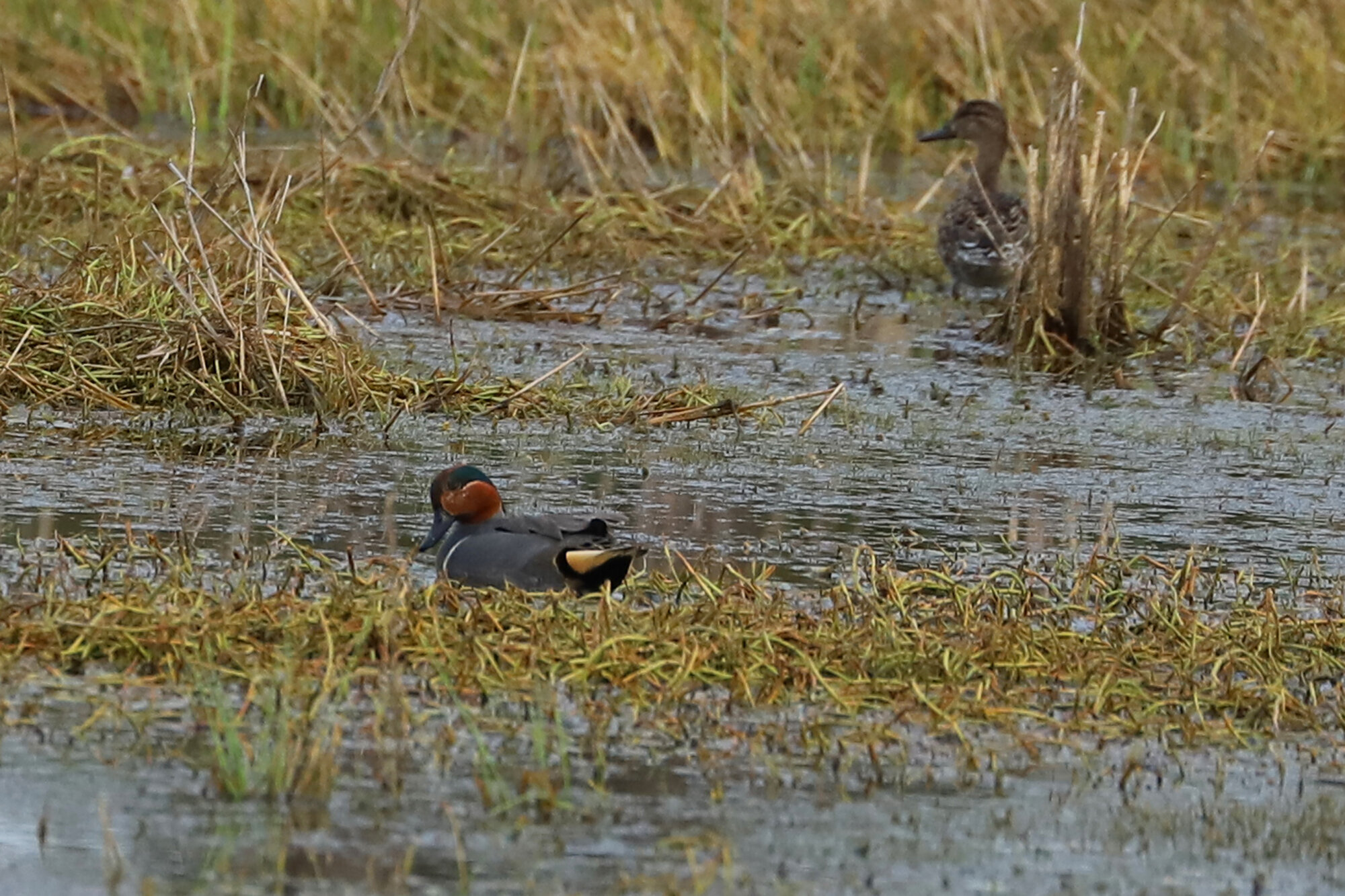
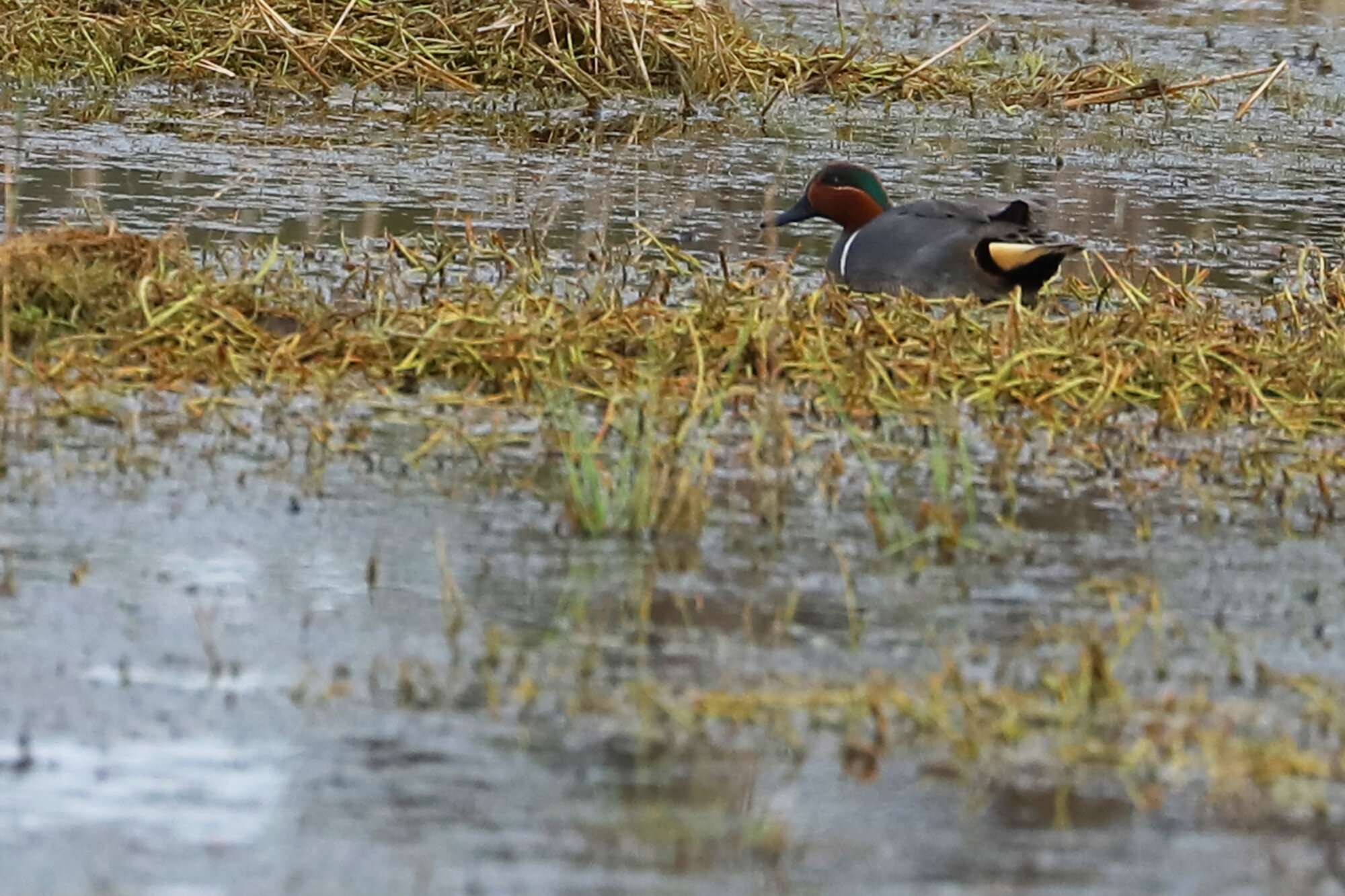
While they’re uncommon winter residents in the proper habitat provided by managed impoundments and upper reaches of shoreline marshes at Back Bay NWR and False Cape SP, a SEDGE WREN found at Princess Anne WMA Whitehurst Tract on 29 Mar (ph. Rob Bielawski) made for a nice out-of-place record this month. The species is likely on the move during March & April, as it moved to inland locations to breed, and given the effort that was placed into searching for this species at this very location during the winter season, it seems more likely that this individual was a transient individual than a winterer. Aside from a pair of records at Magothy Bay Natural Area Preserve in Northampton County and a single individual at Shirley Plantation (Restricted) in Charles City County, there were no other records for this species in the state outside of Virginia Beach during March! (Mar 2020 Map)
At least two private residences in Virginia Beach hosted PINE SISKINS during March, with one-to-two continuing in Cypress Point on 12 Mar (vis. Andrew Baldelli & Debbie Schroeder) after having been logged there starting 22 Jan (vis. Debbie Schroeder), and a new record in Hunt Club Forest on 18 Mar (vis. Karen & Tom Beatty) of a single individual. The 2019-2020 winter has not been an irruptive season for this species, or for Purple Finch & Red-breasted Nuthatch, neither of which produced any reports here this month, so any record is exceptional. Even throughout the state as a whole, records for the three most common irruptives have been quite scarce, certainly unlike the prior winter season which held loads of records! (Mar 2020 Map)
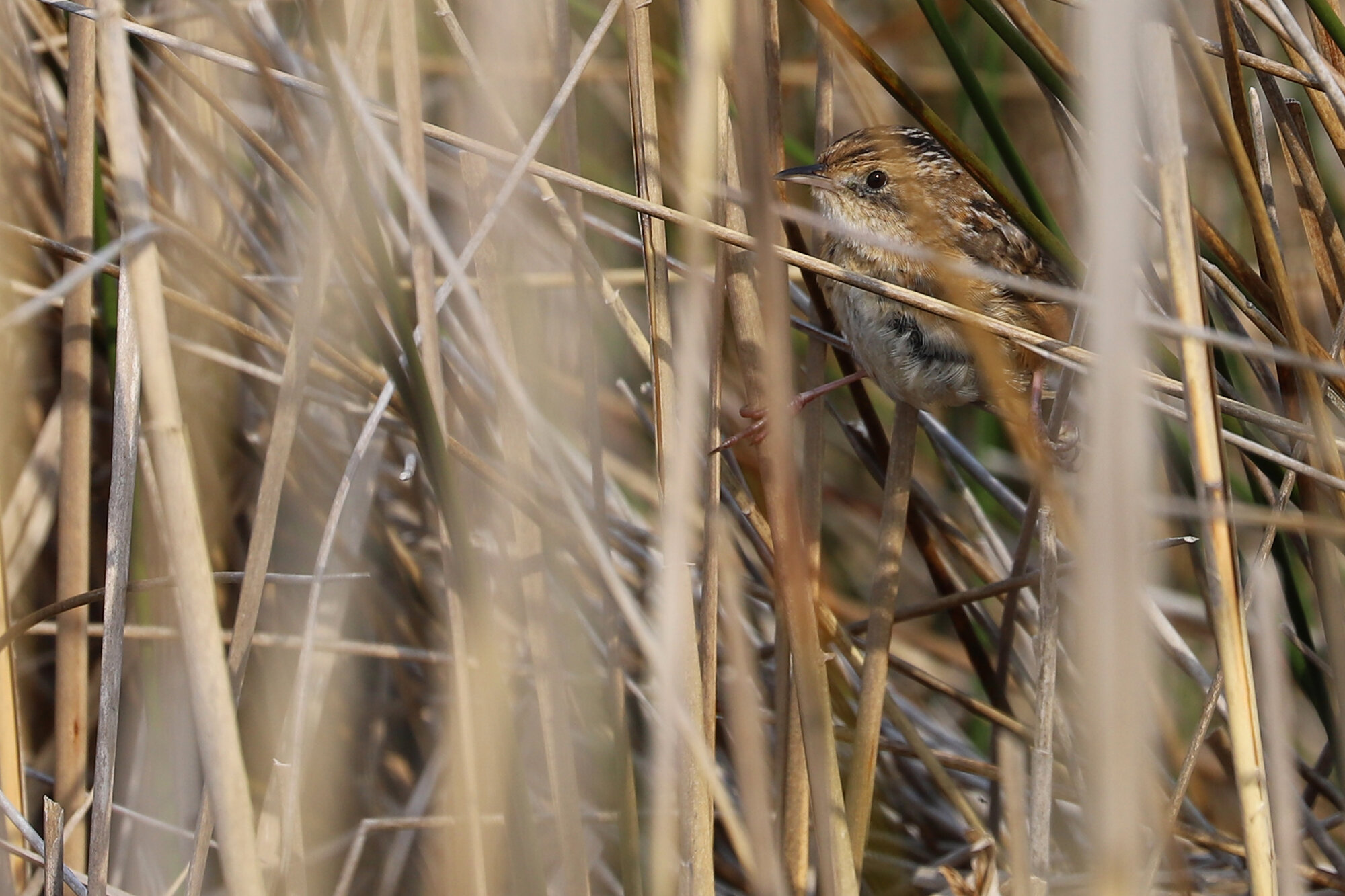

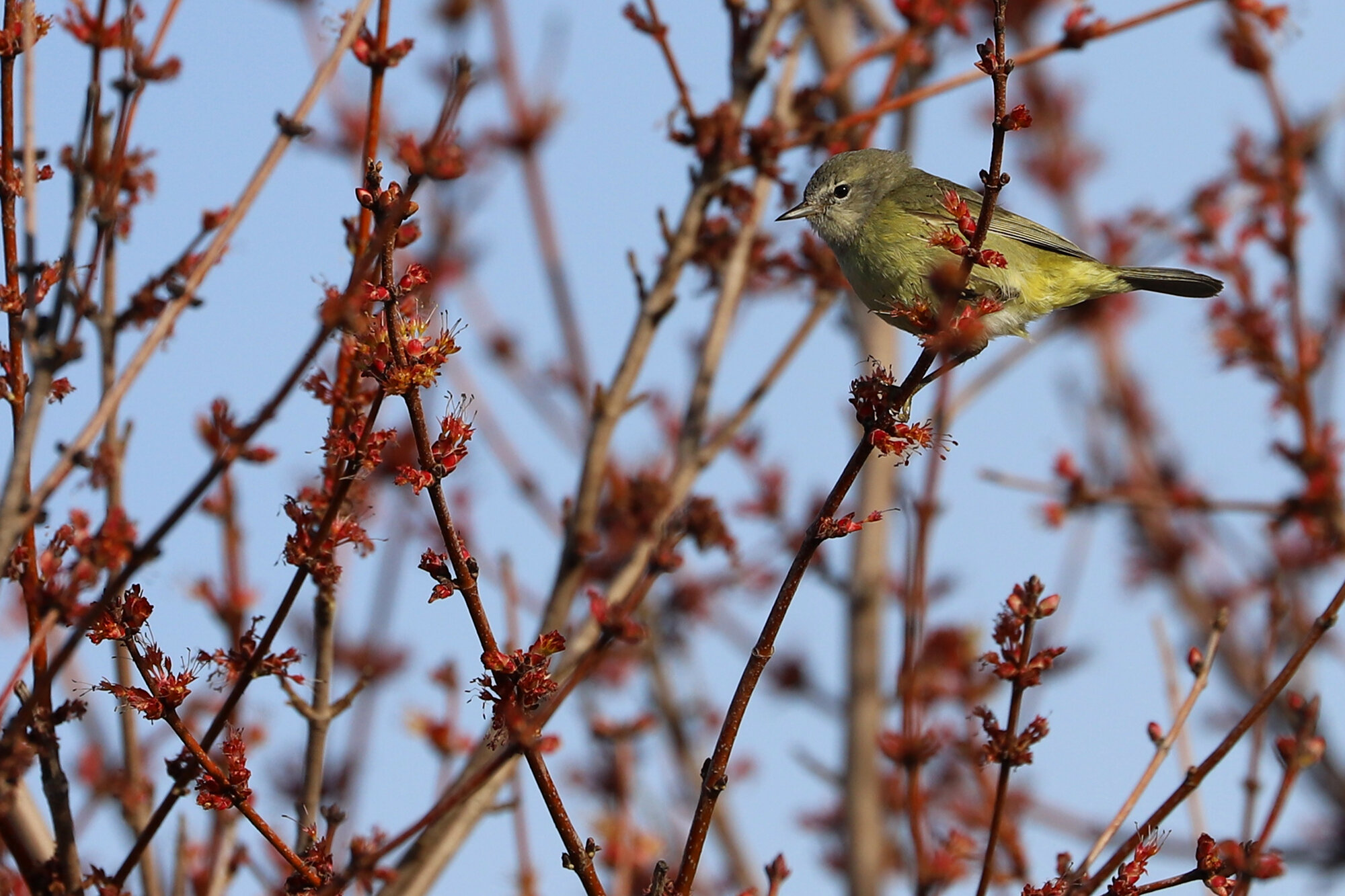
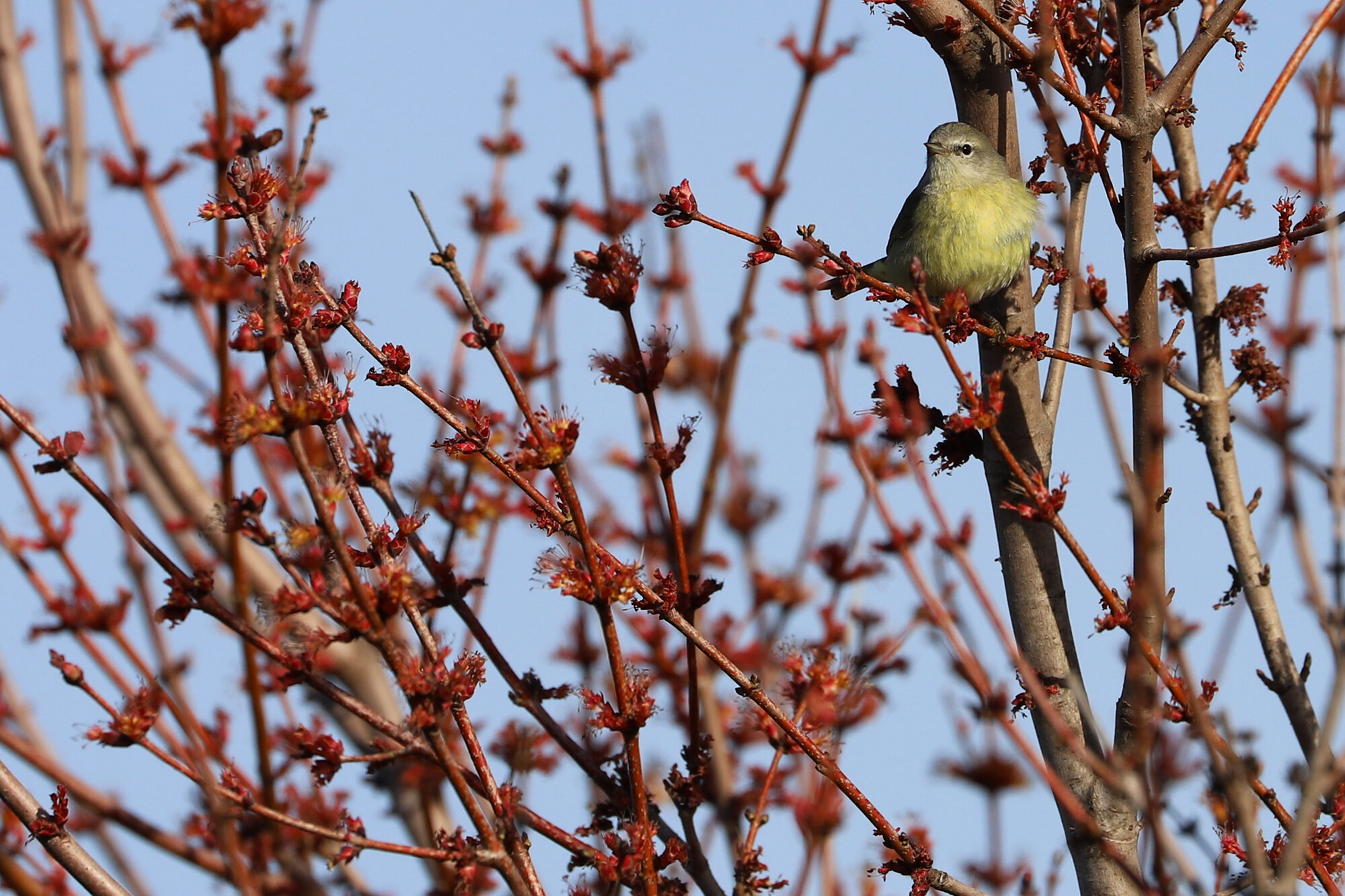
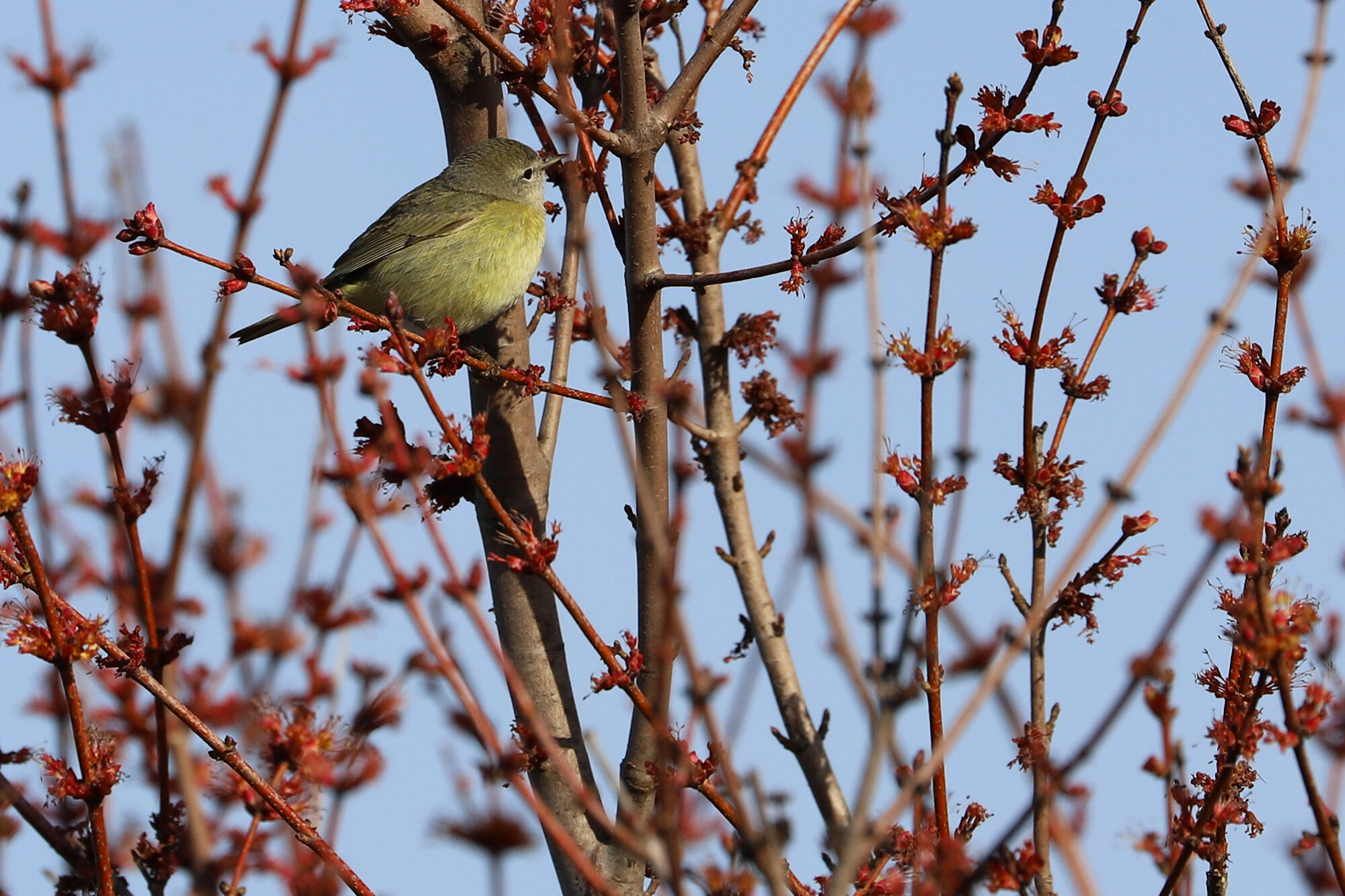
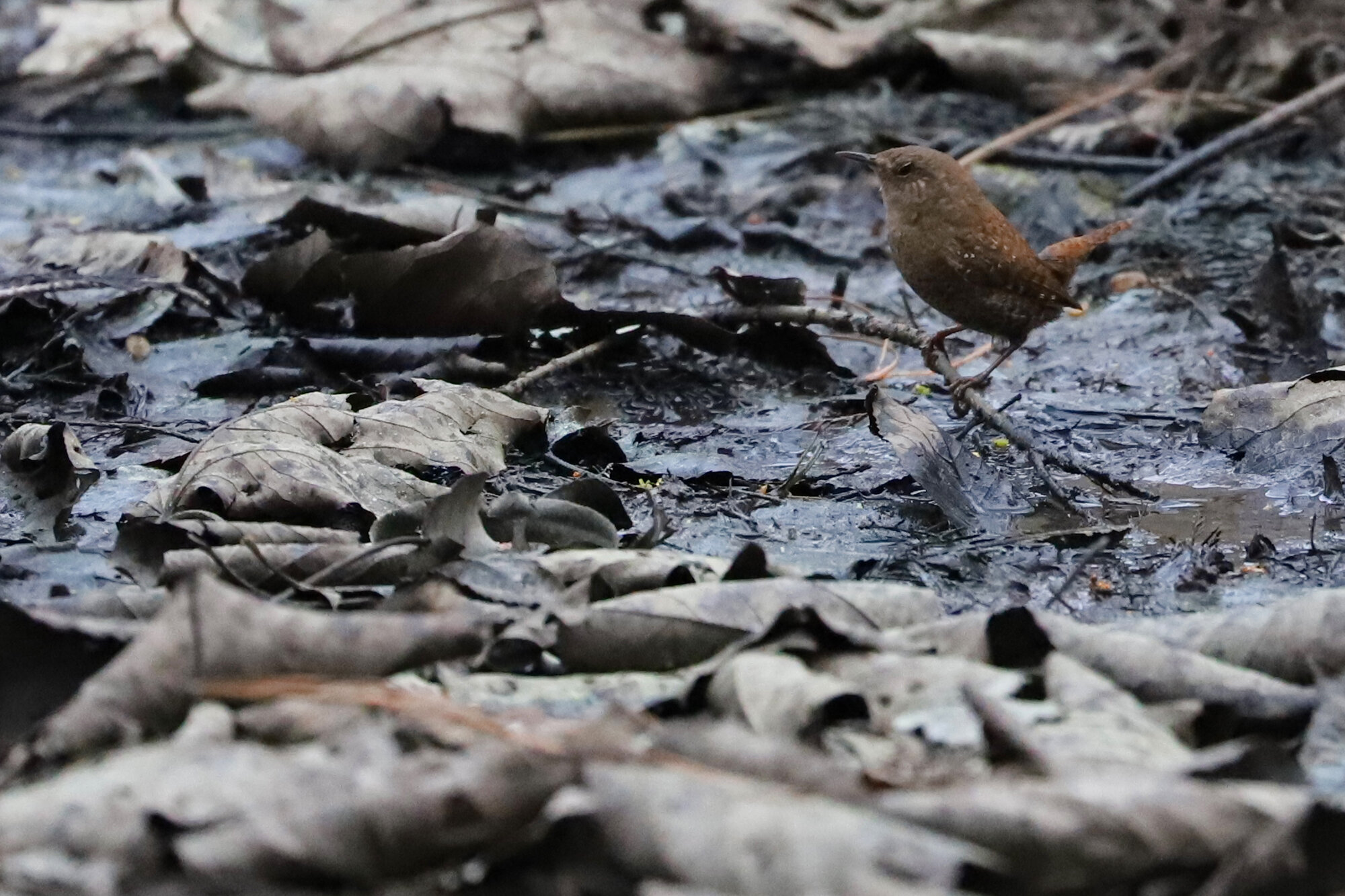
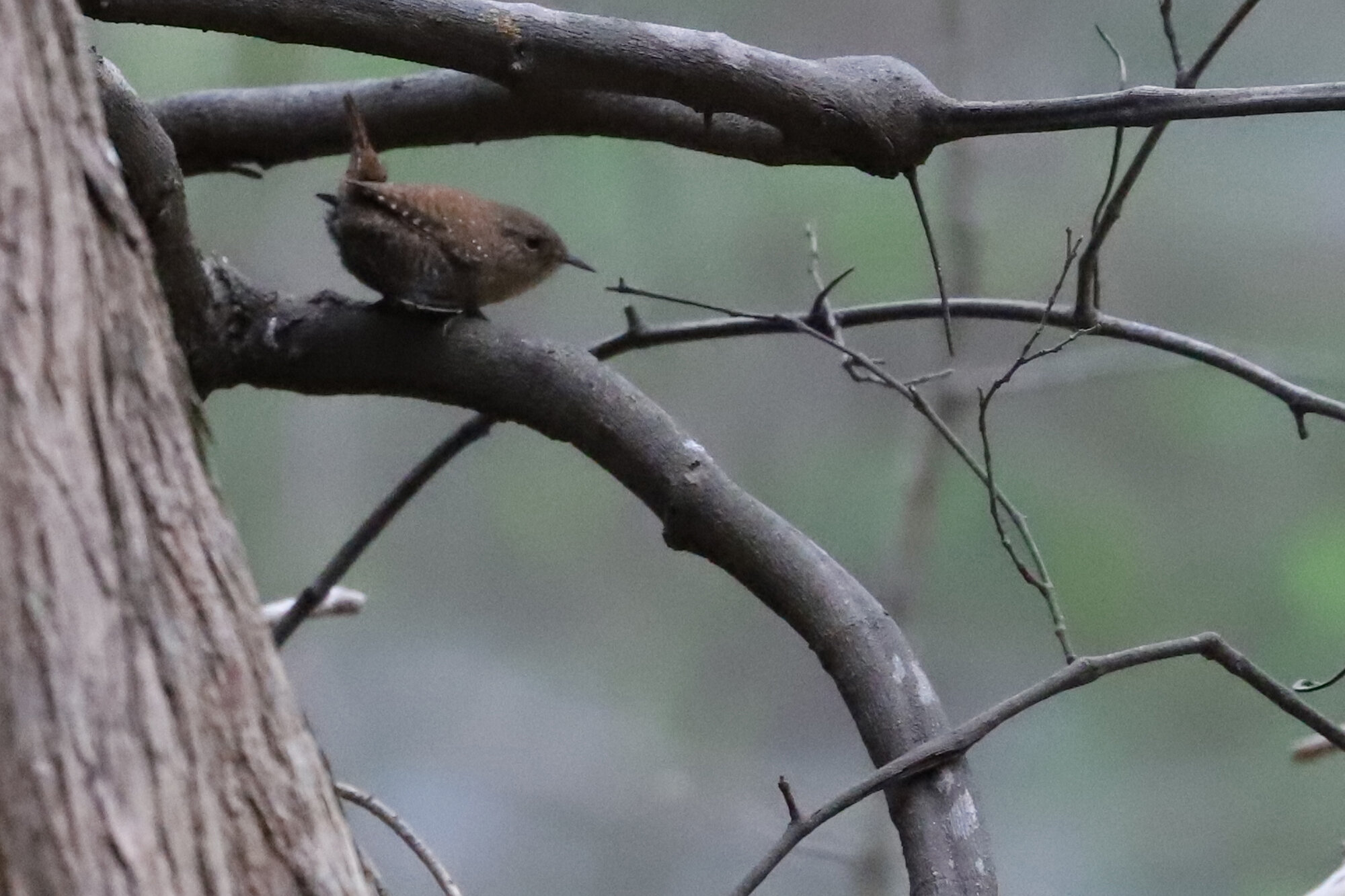
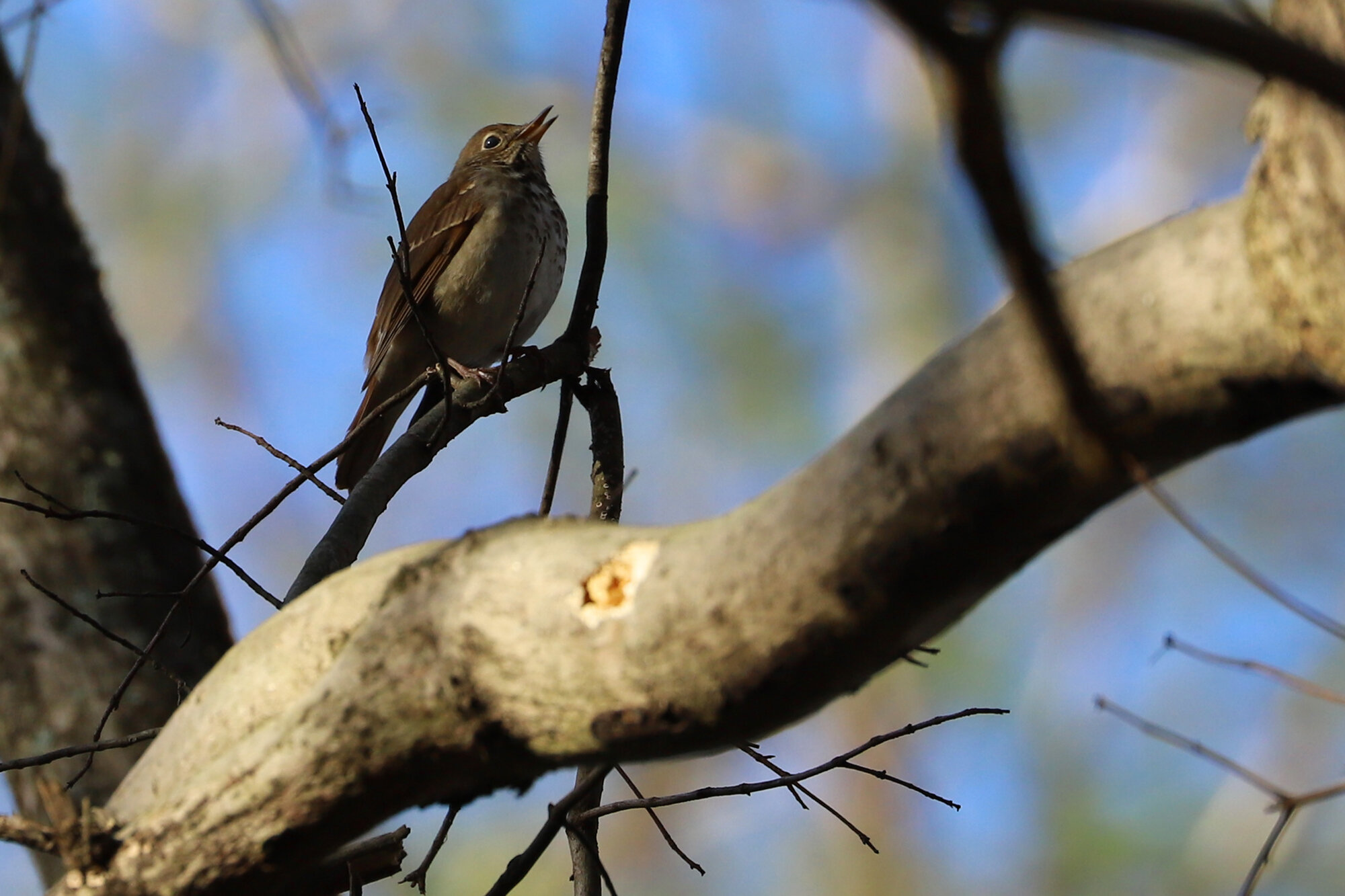

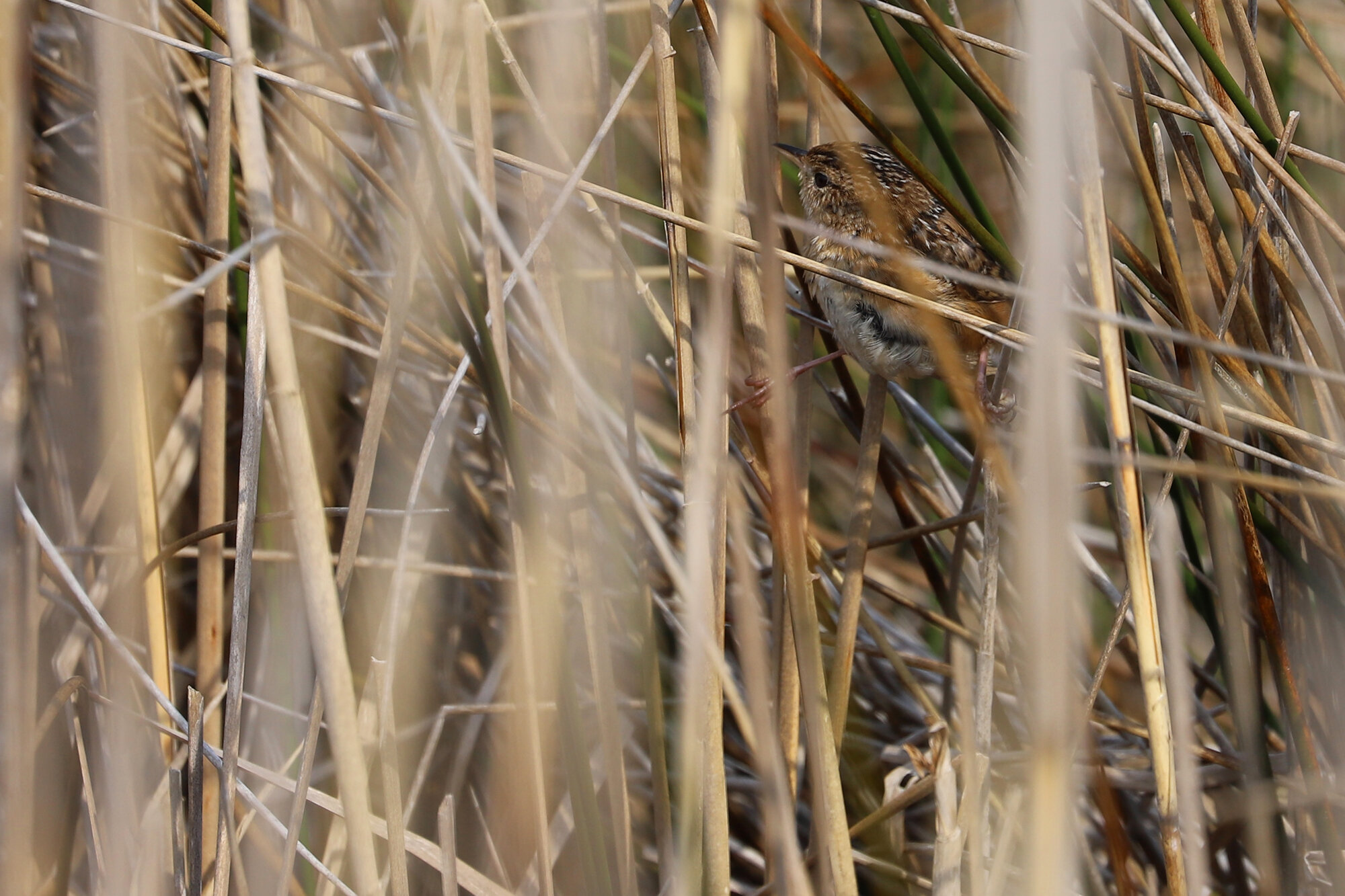
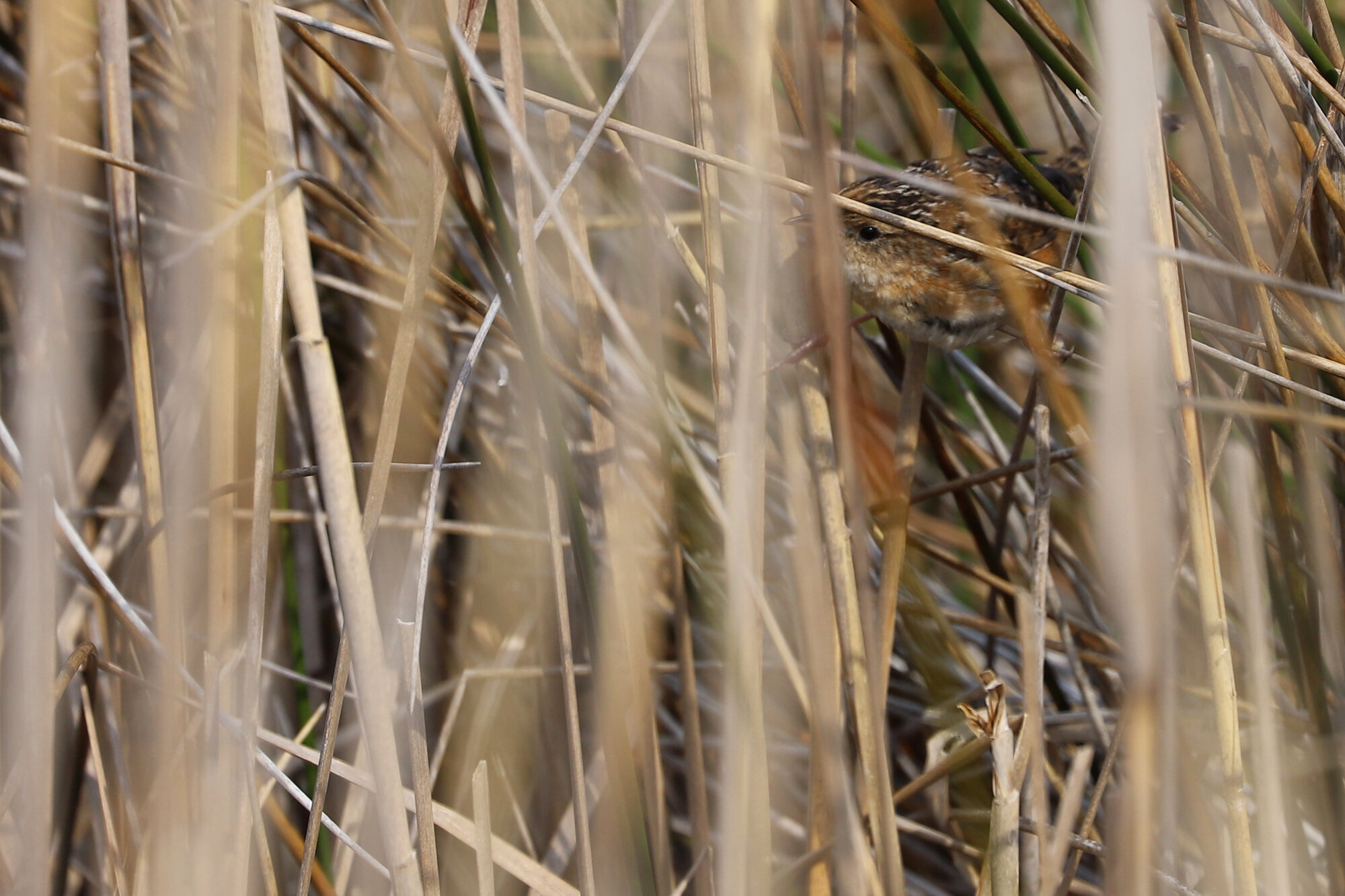
With at least four, and potential five WHITE-CROWNED SPARROWS present near the retention ponds behind the Harris Teeter in Red Mill starting 27 Dec (ph. Andrew Baldelli & Mike Collins), at least three continued through 14 Mar (ph. Rob Bielawski). Among the continuing individuals was the adult GAMBEL’S WHITE-CROWNED SPARROW which has been the only known individual of this rare race in Virginia for the 2019-2020 winter season. Two immature Dark-lored race individuals were also present along the thickets that line a chain-linked fence that protects the western of the two ponds. Interstingly, there was only one other record for Gambel’s White-crowned Sparrow east of the Mississippi River during March, with one in Westchester, New York being the only known individual outside of Virginia Beach! Even the Dark-lored race is a good find for the coastal plain of Virginia, with the only other records in the region this month in Portsmouth, Charles City County & Prince William County. (Species-level Mar 2020 Map / Gambel’s race Mar 2020 Map)
Another rare sparrow for Virginia Beach continued into March, with the LINCOLN’S SPARROW first noted at Princess Anne WMA Whitehurst Tract on 10 Nov (ph. Rob Bielawski) still present at the same location through 15 Mar (vis. Wes Teets). The second winter season in a row one has taken up residency at this exact spot begs the question as to whether it might be the very same individual. Perhaps it will return again next winter? Only one other record for this species popped up in Virginia overall during March, with another continuing occurrence up in Prince William County. This is about the time when the species undertakes its spring migration, so it’s quite possible that more will be logged, though in Virginia it is much more commonly observed in fall, and more frequently found inland although we’ve had some memorable fall migrations of sparrows here on the coast as well. (Mar 2020 Map)
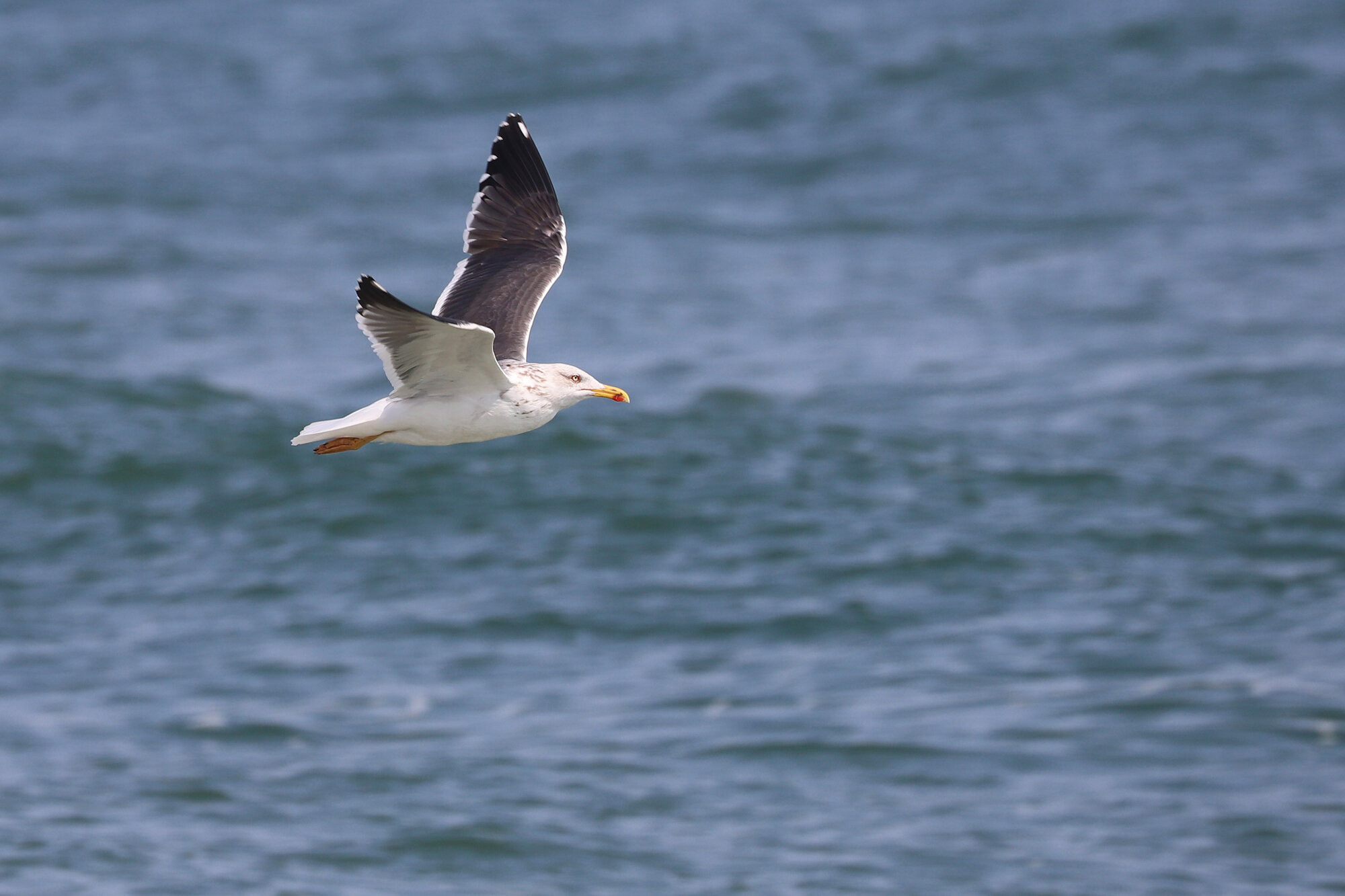
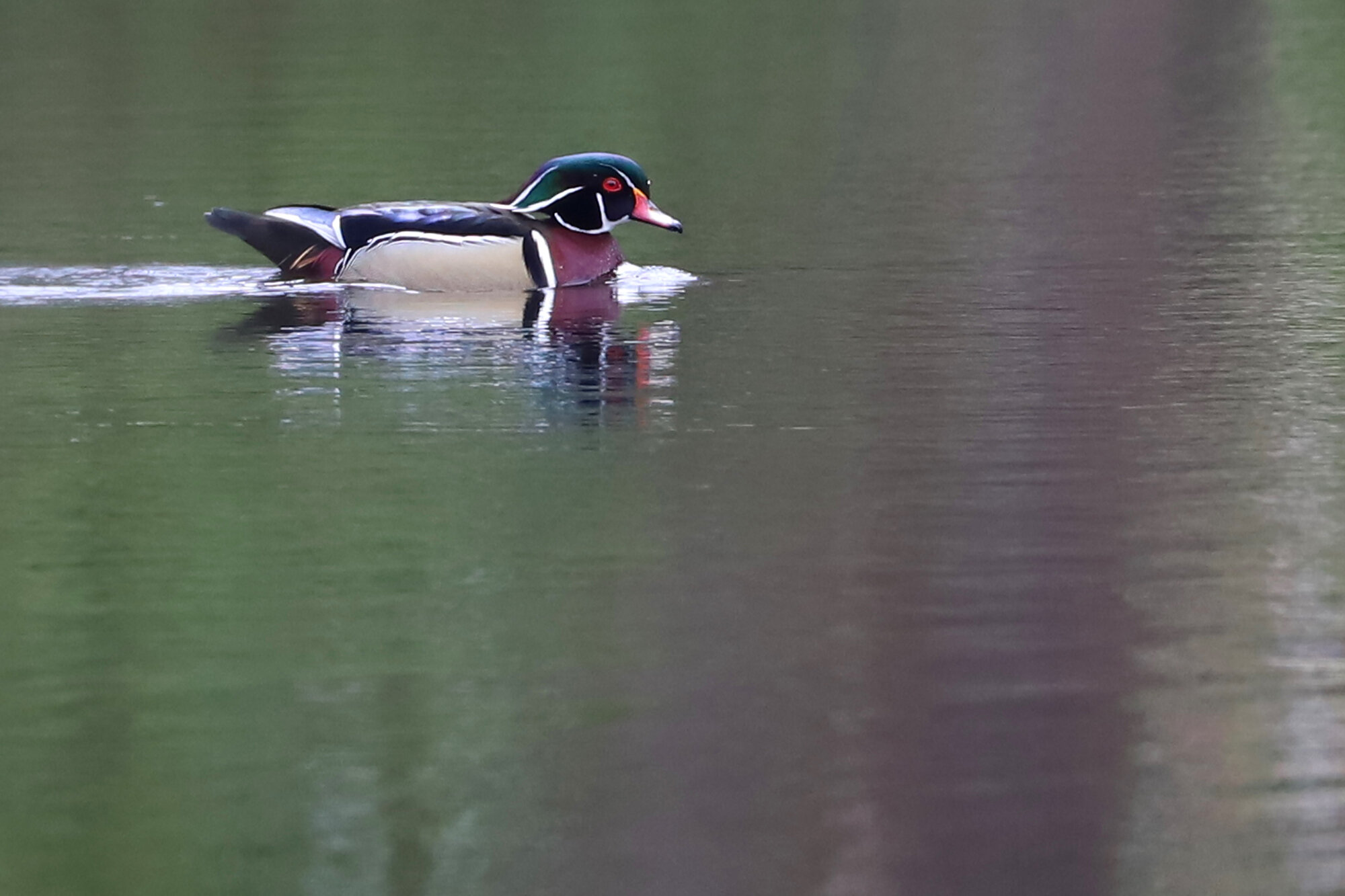
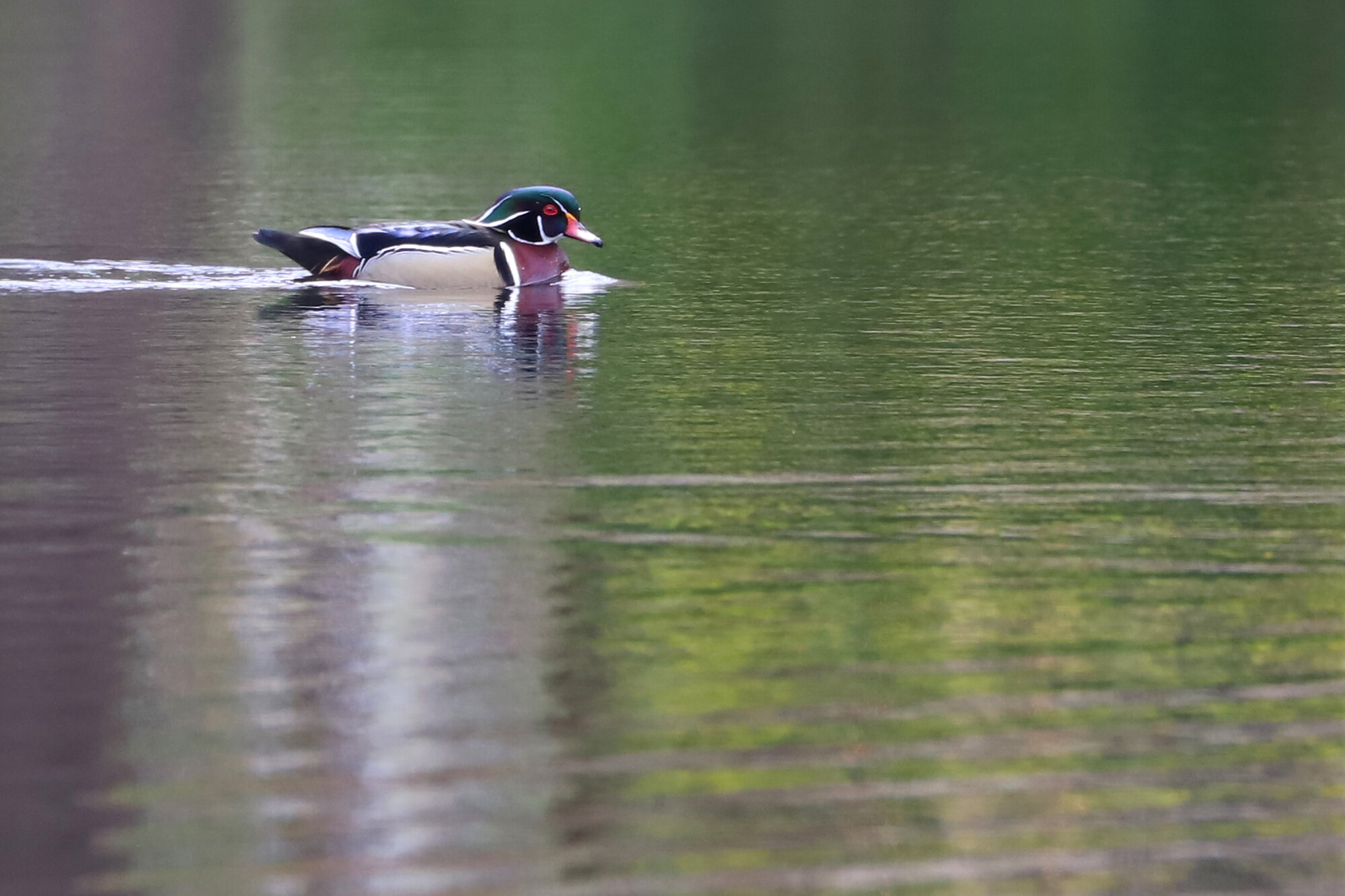

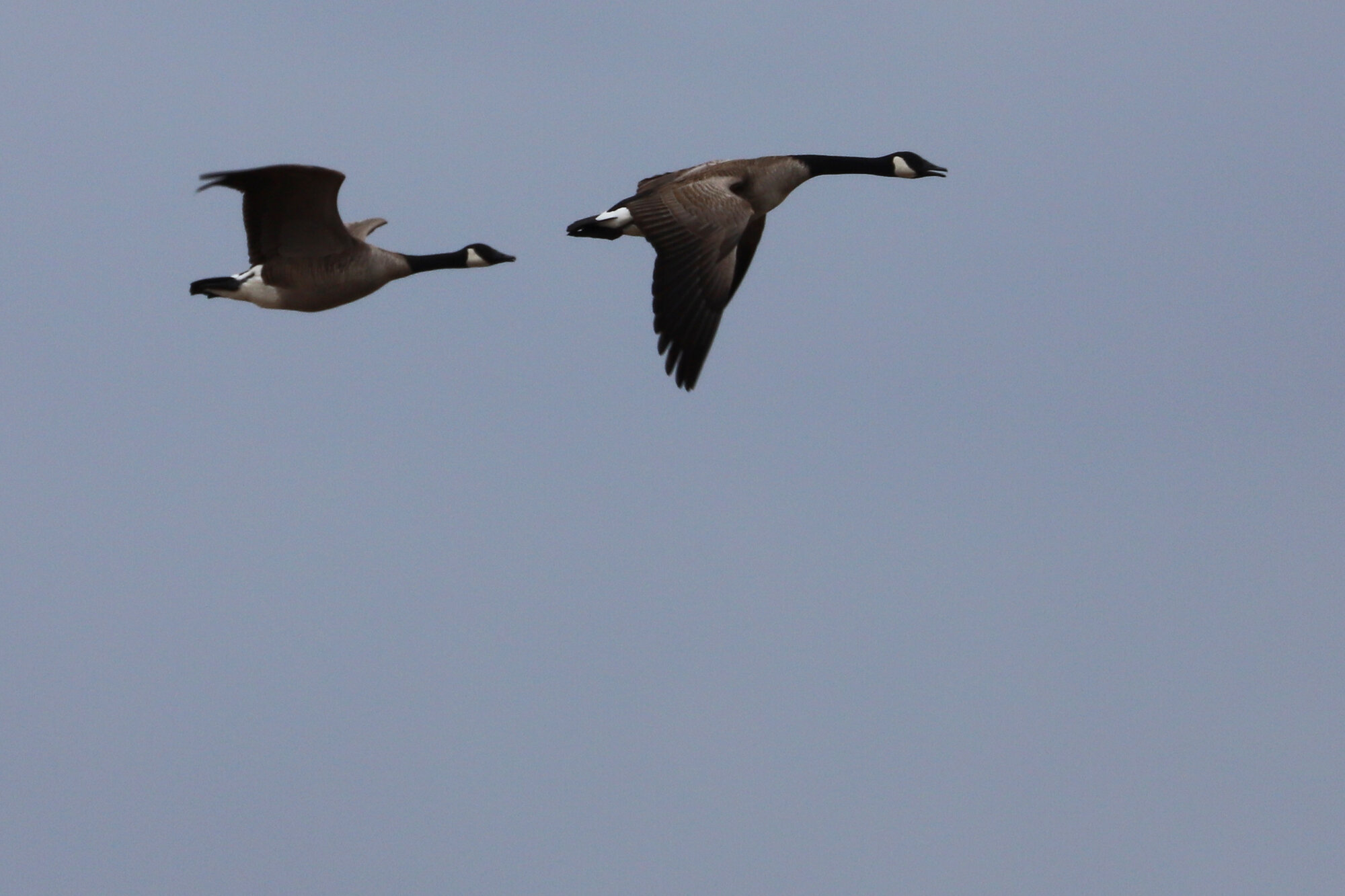
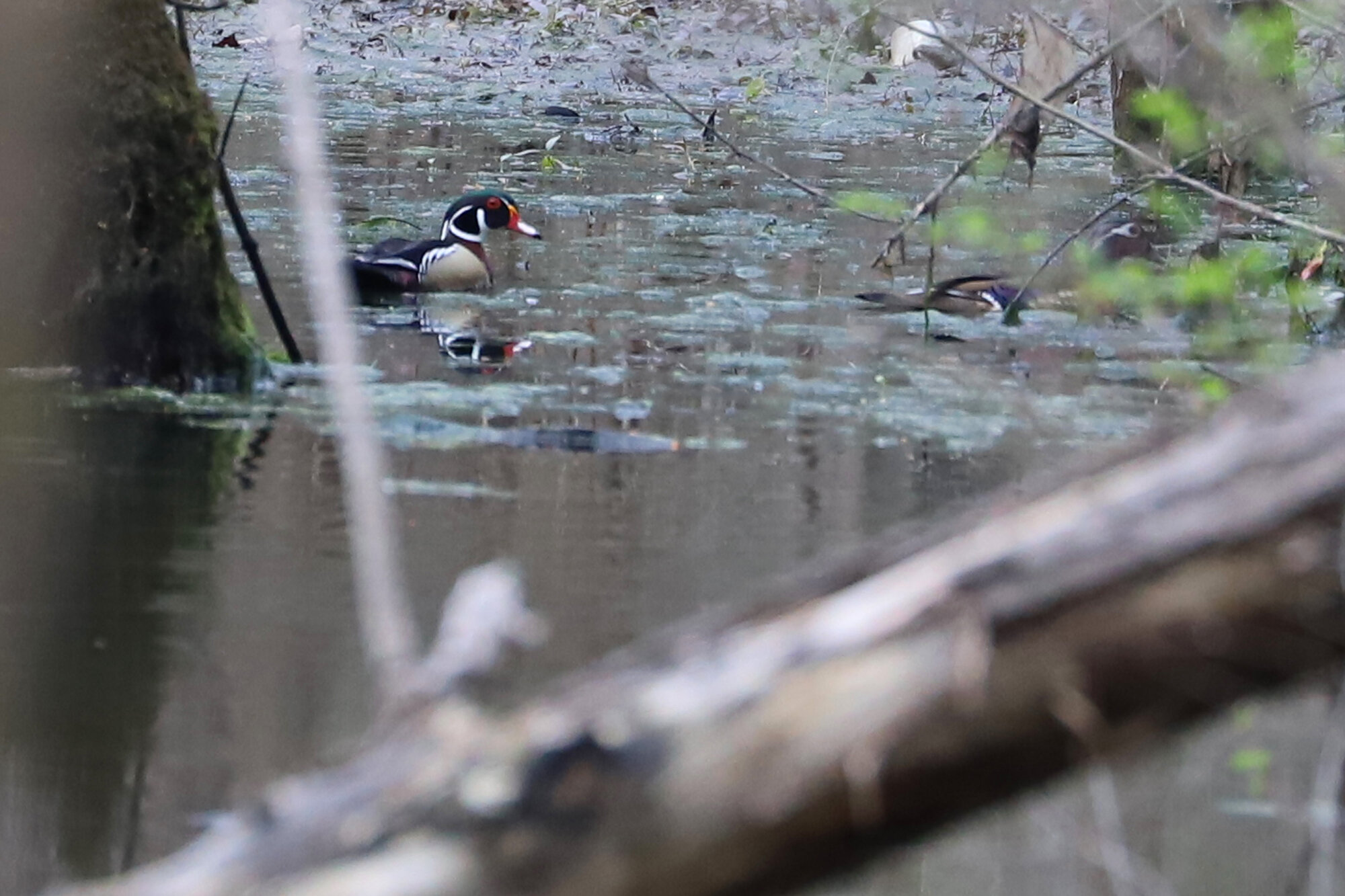

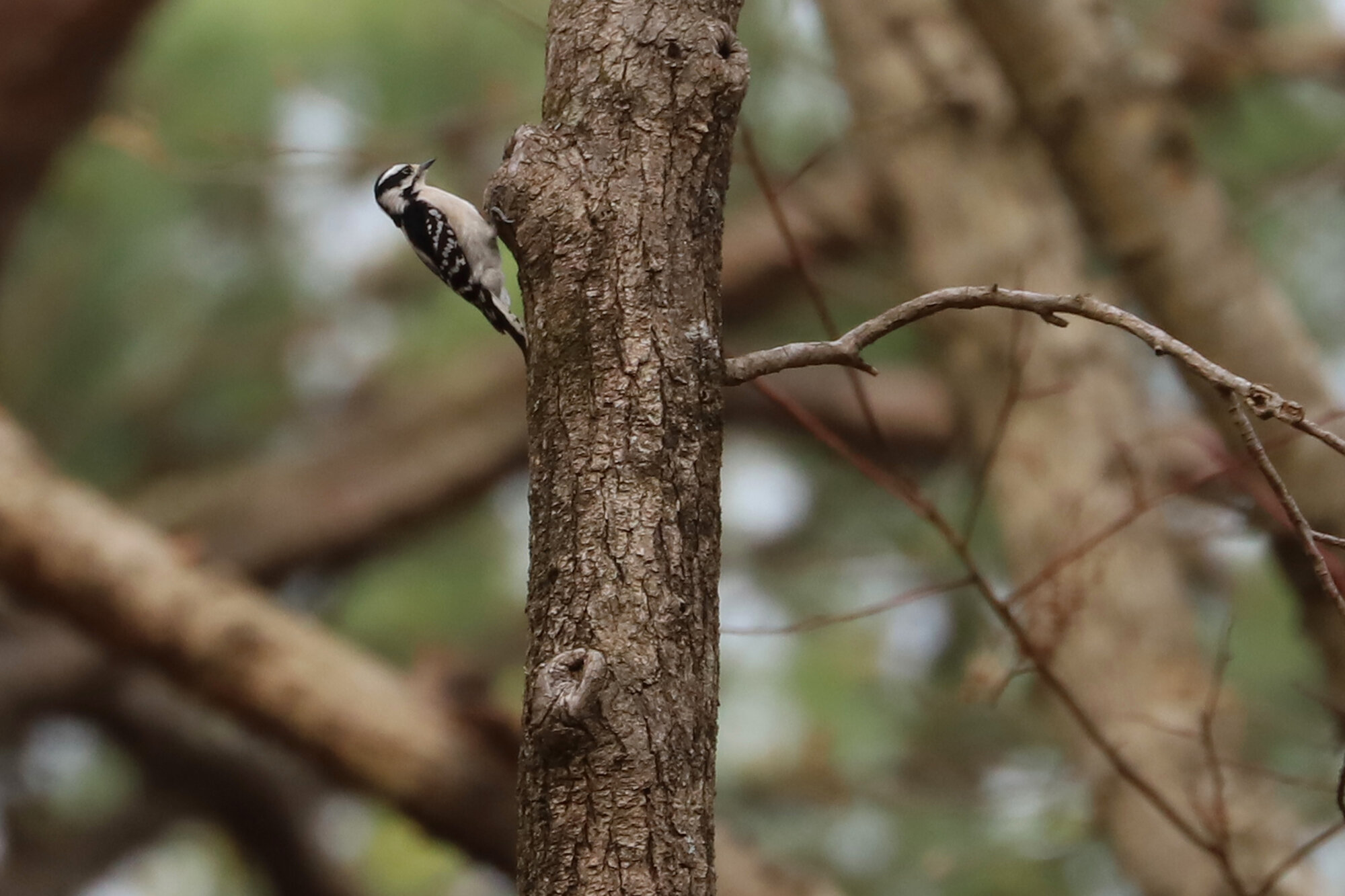
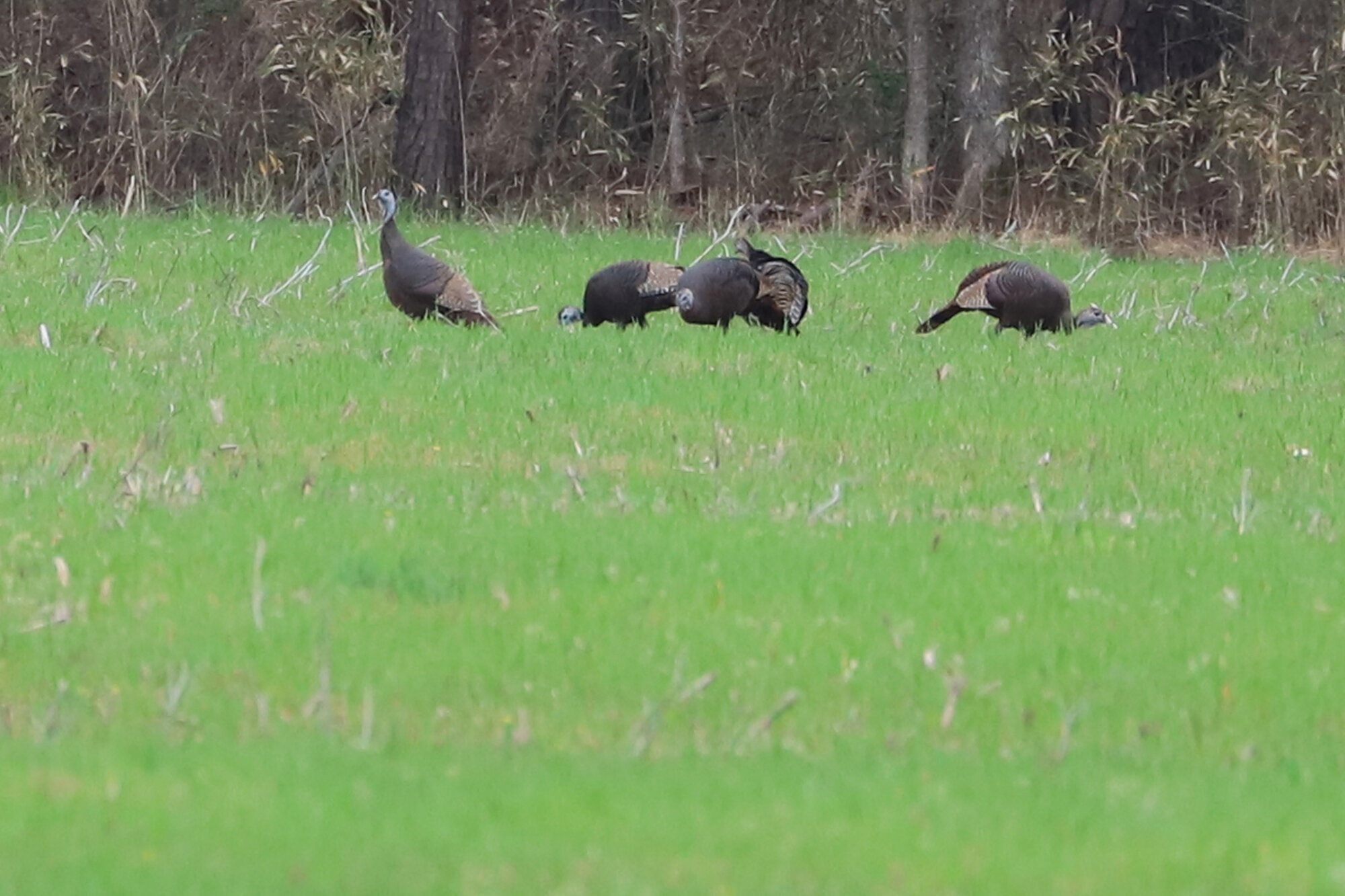
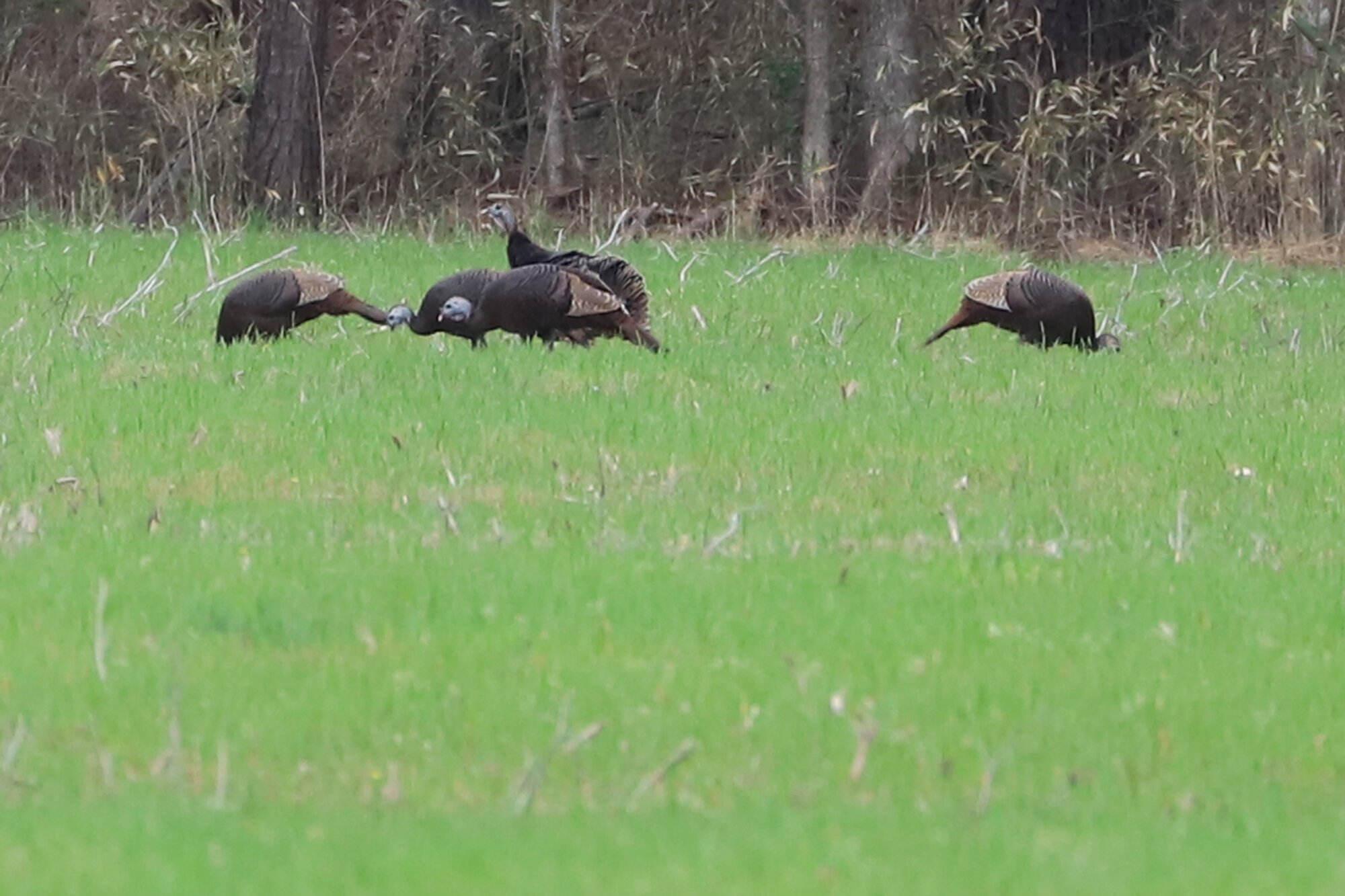
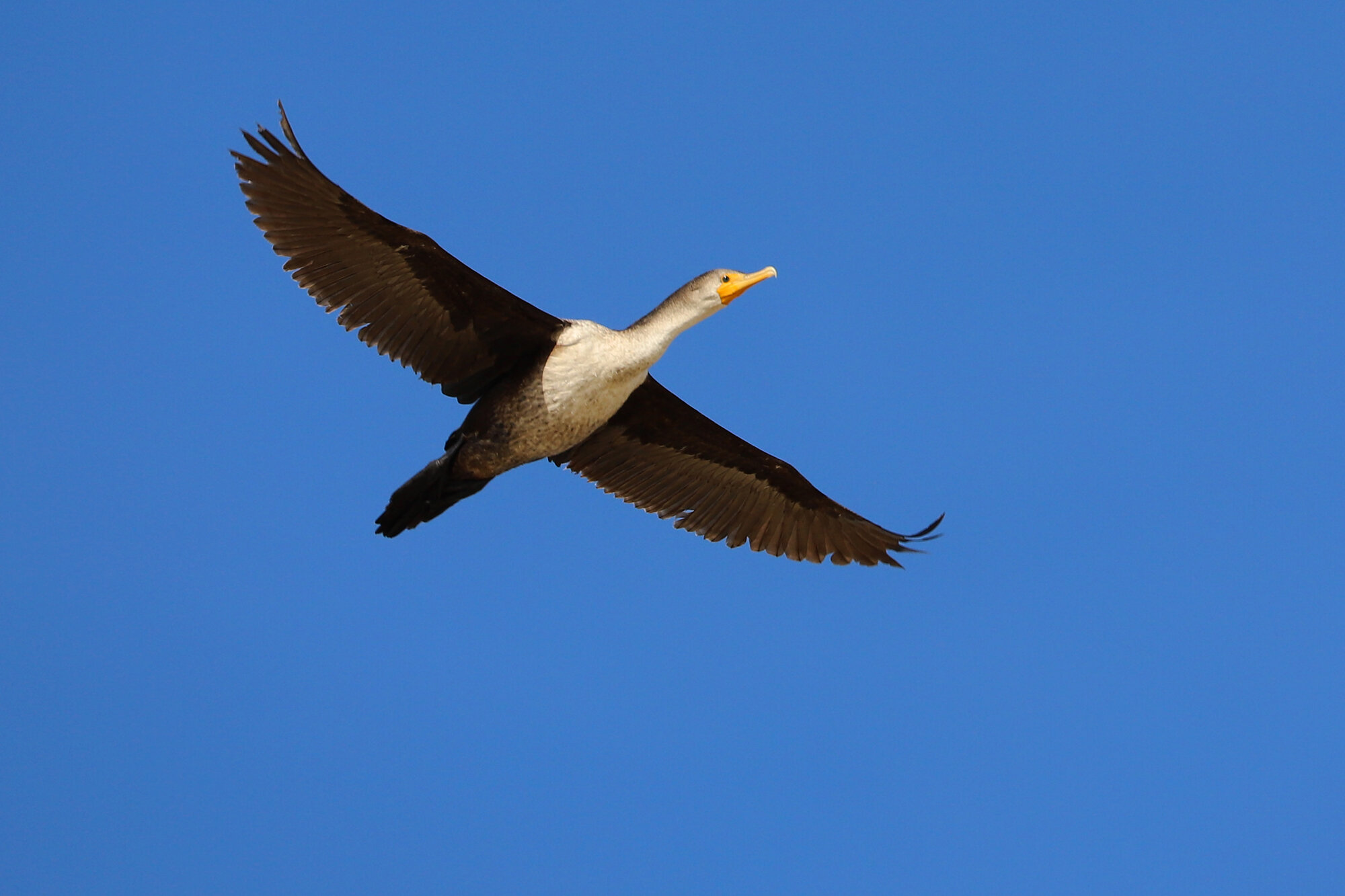
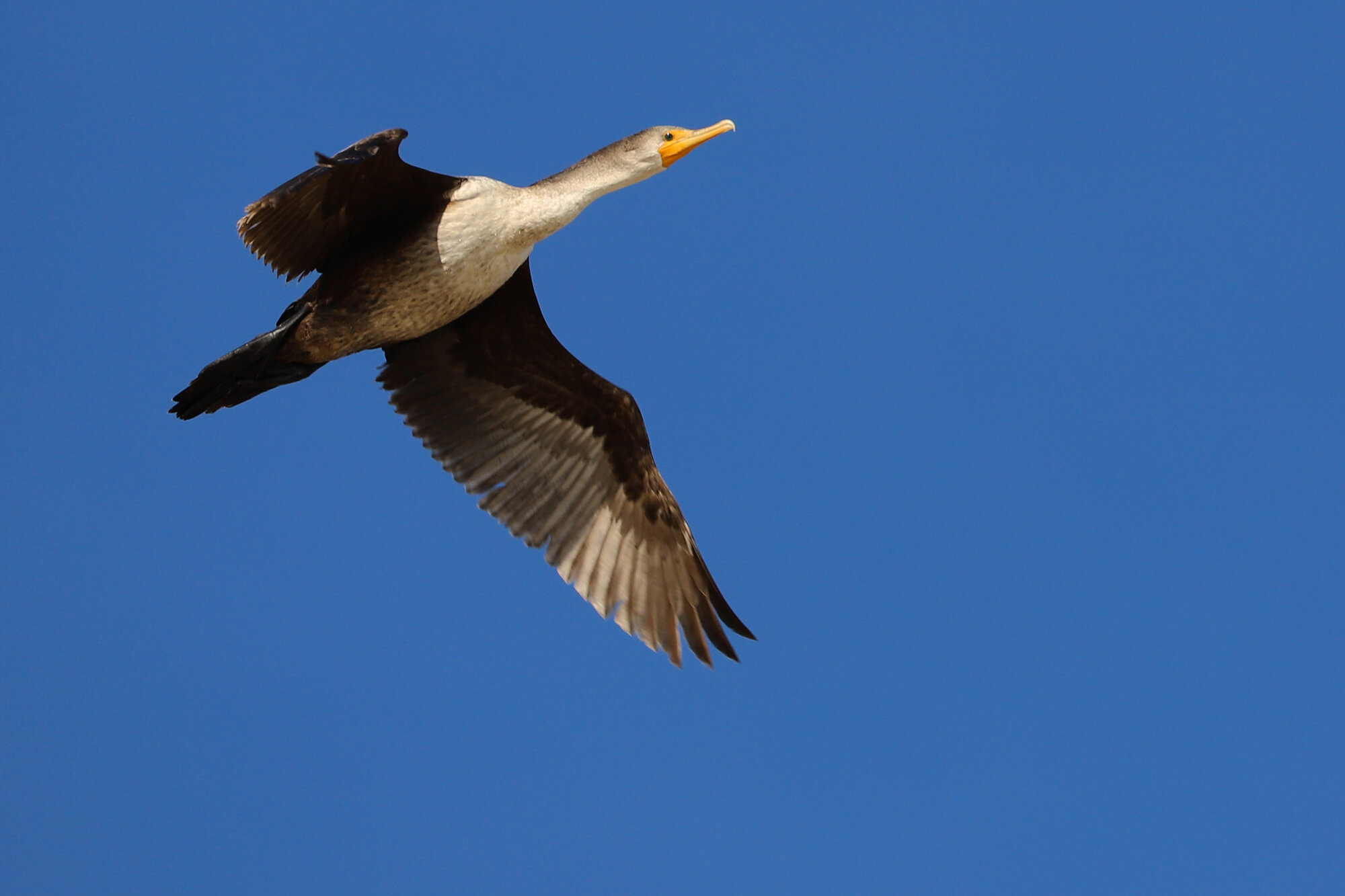
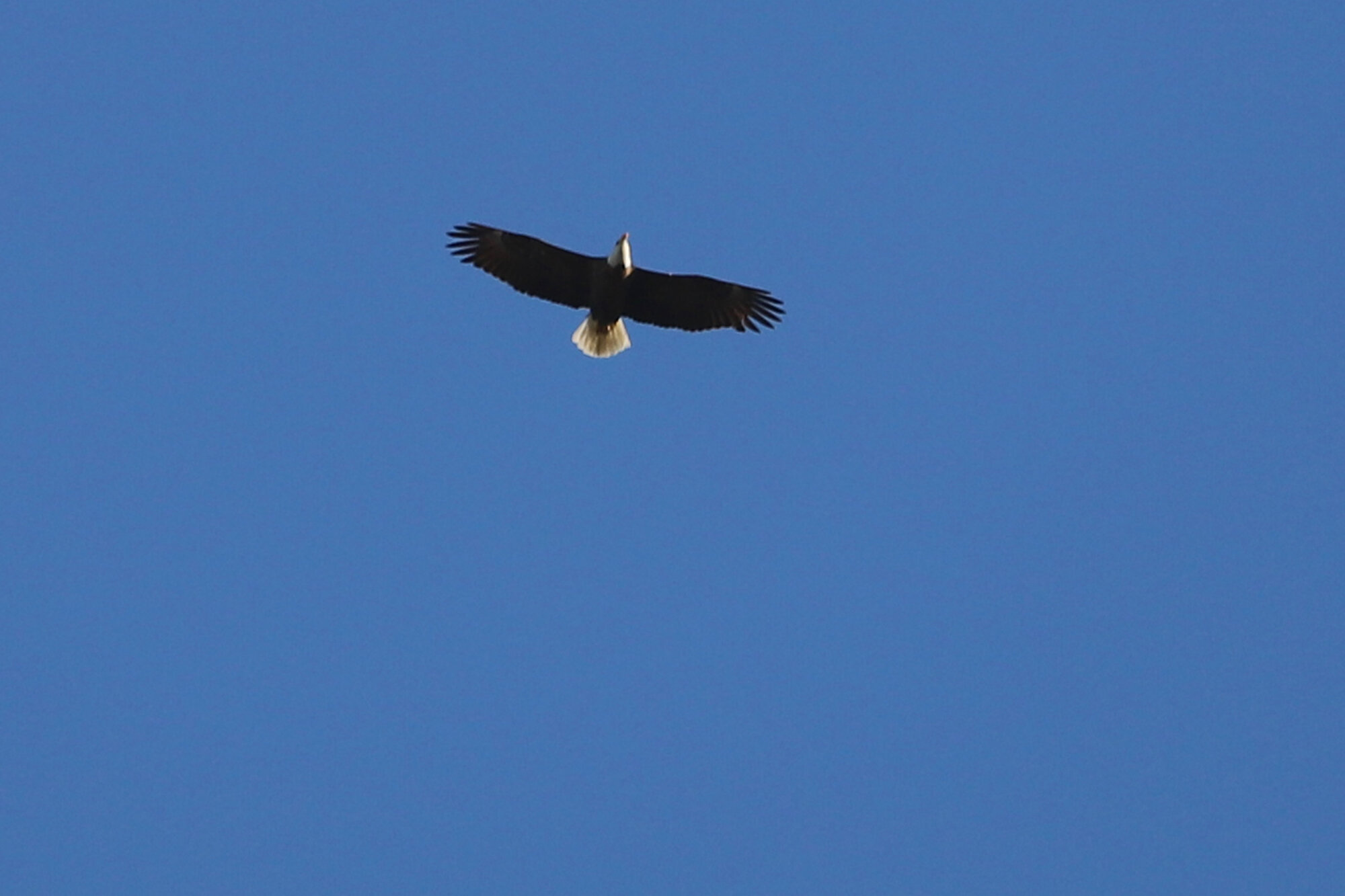
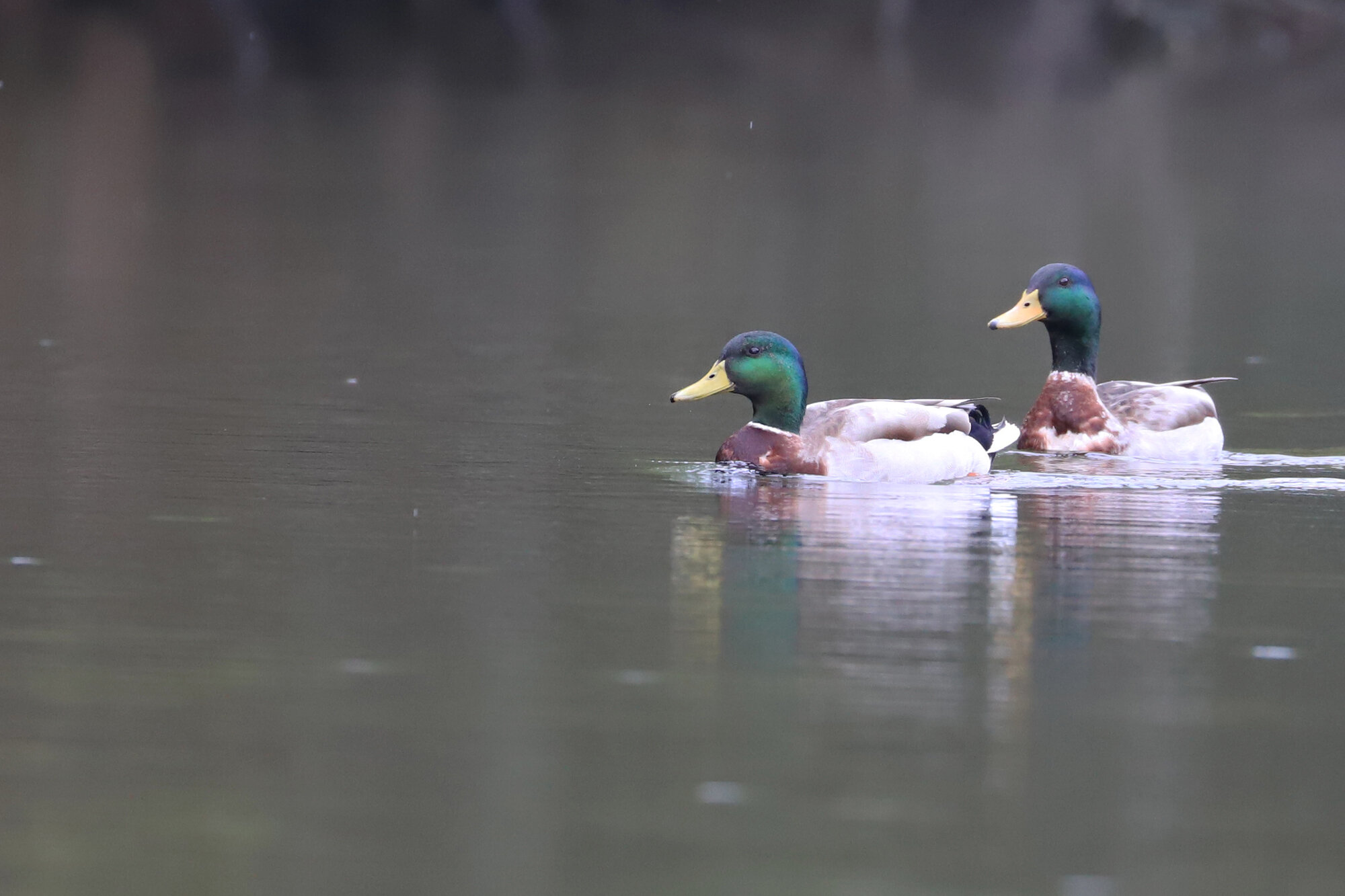


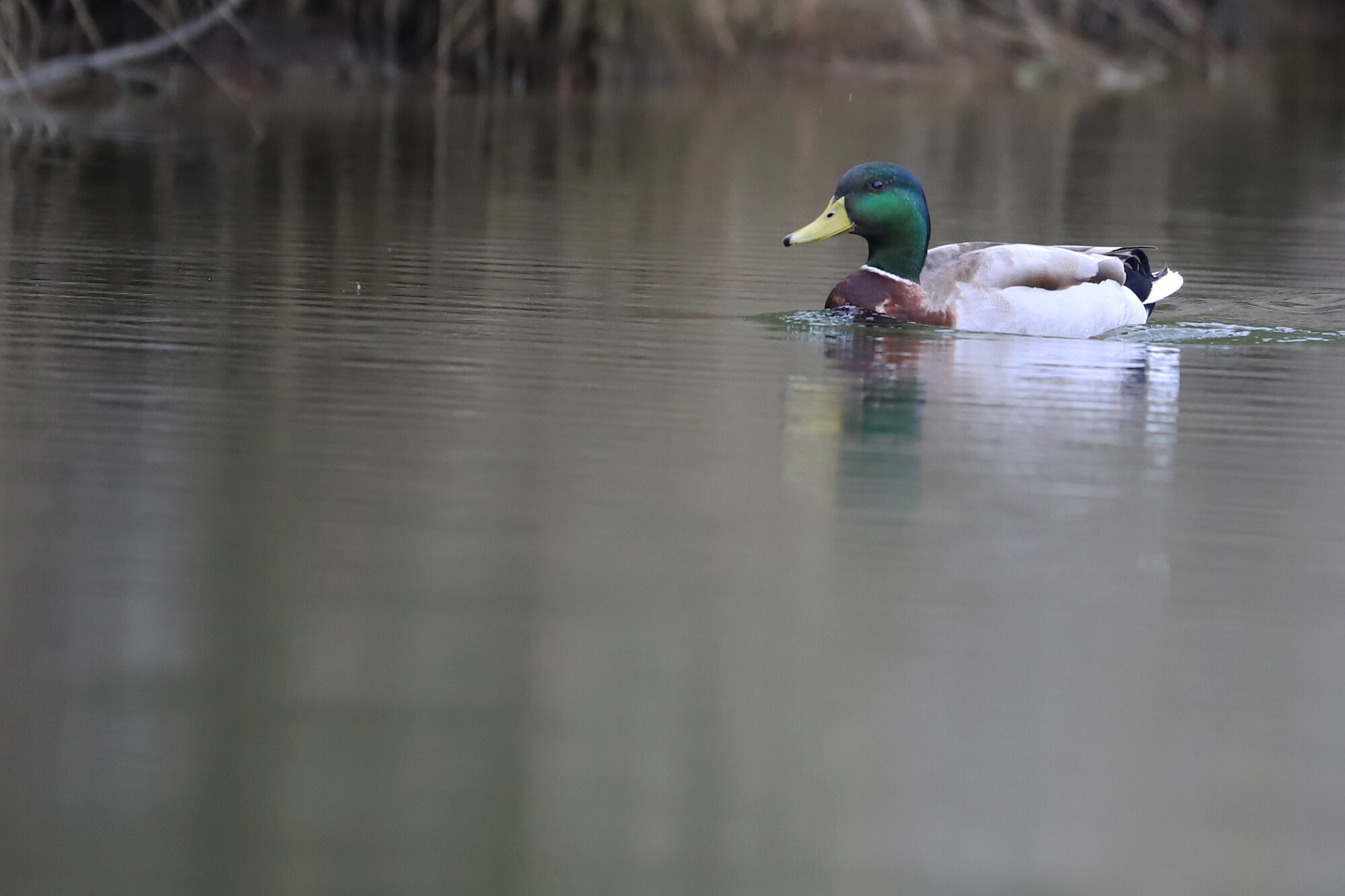
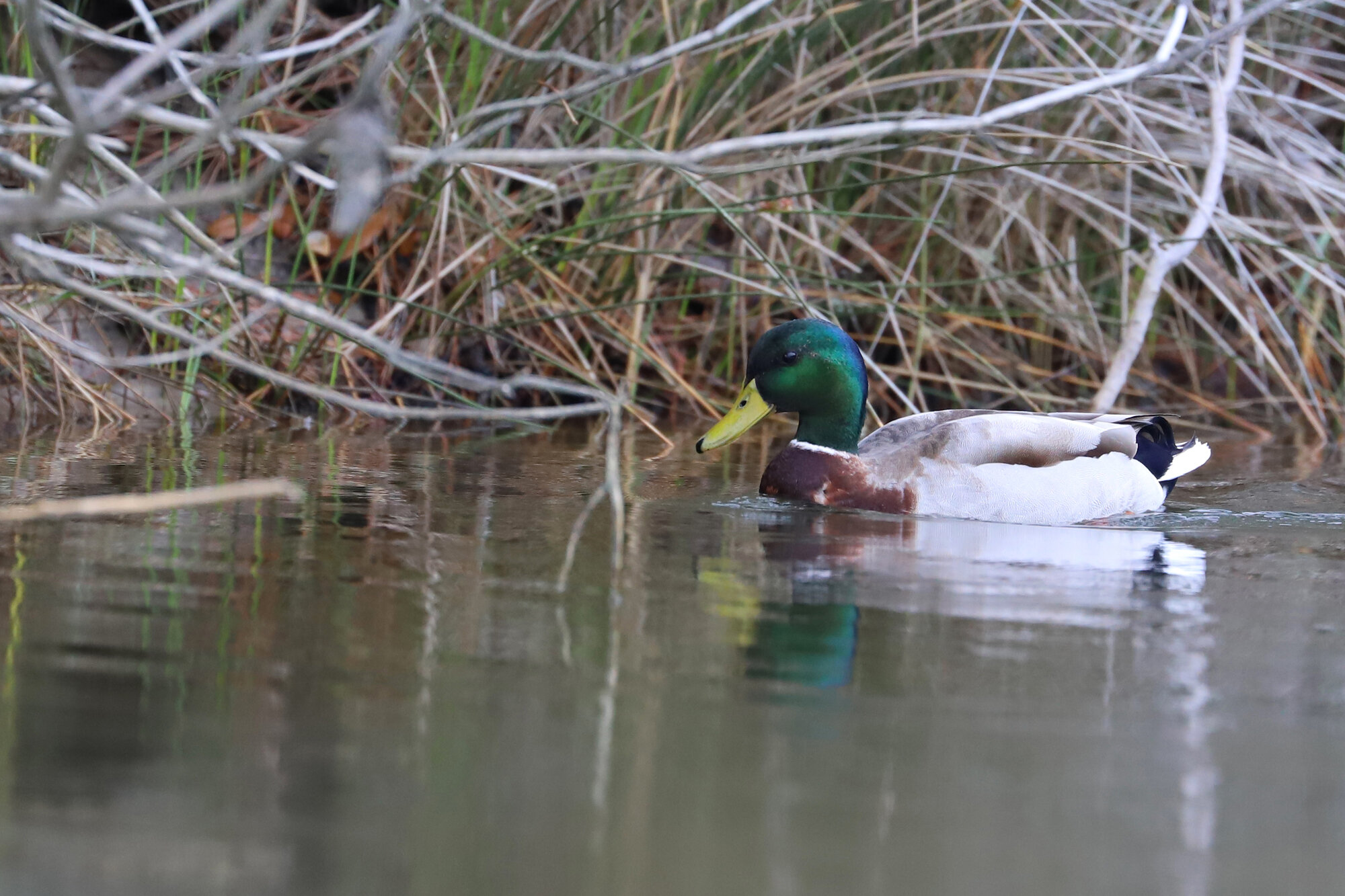
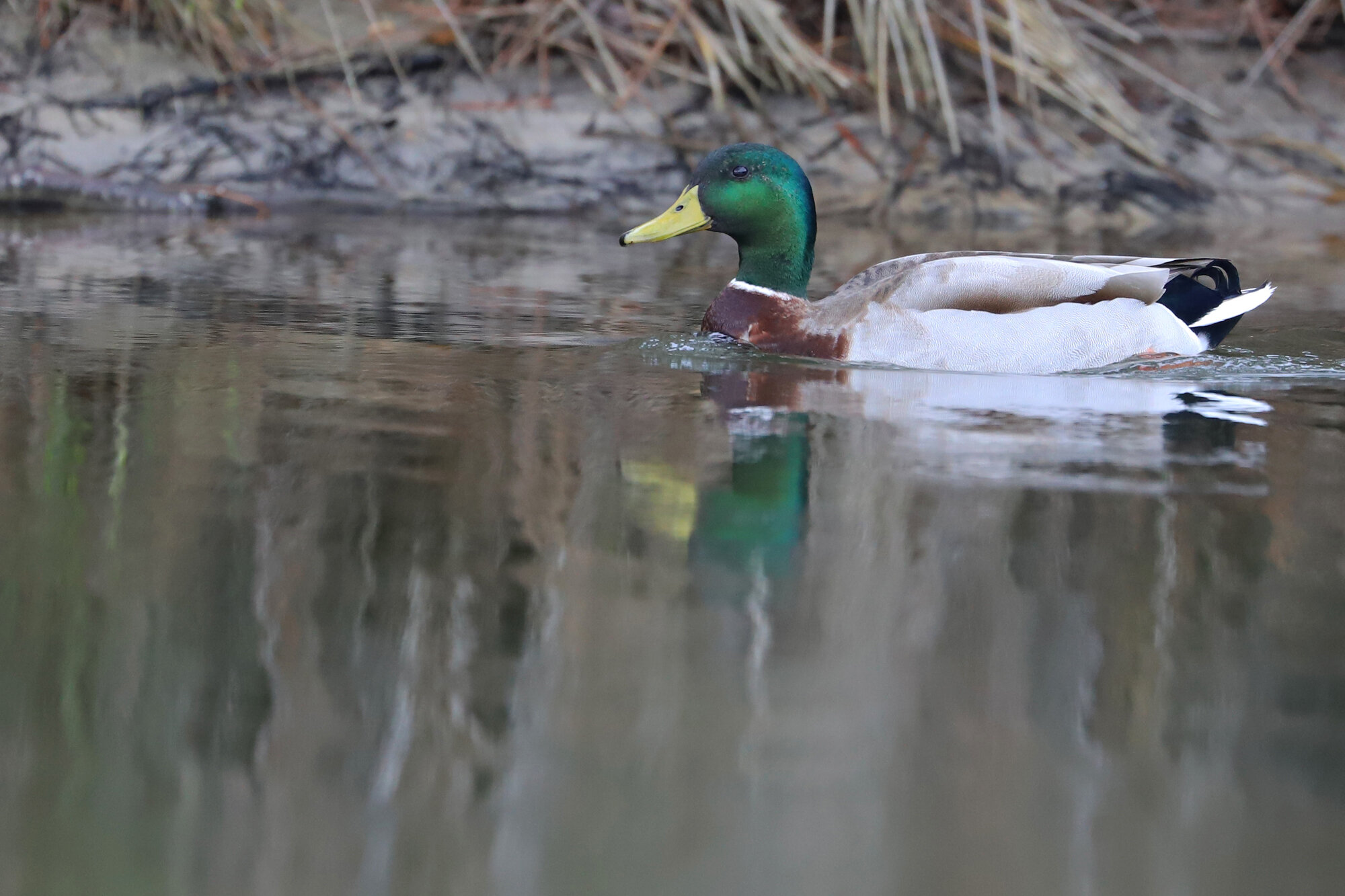
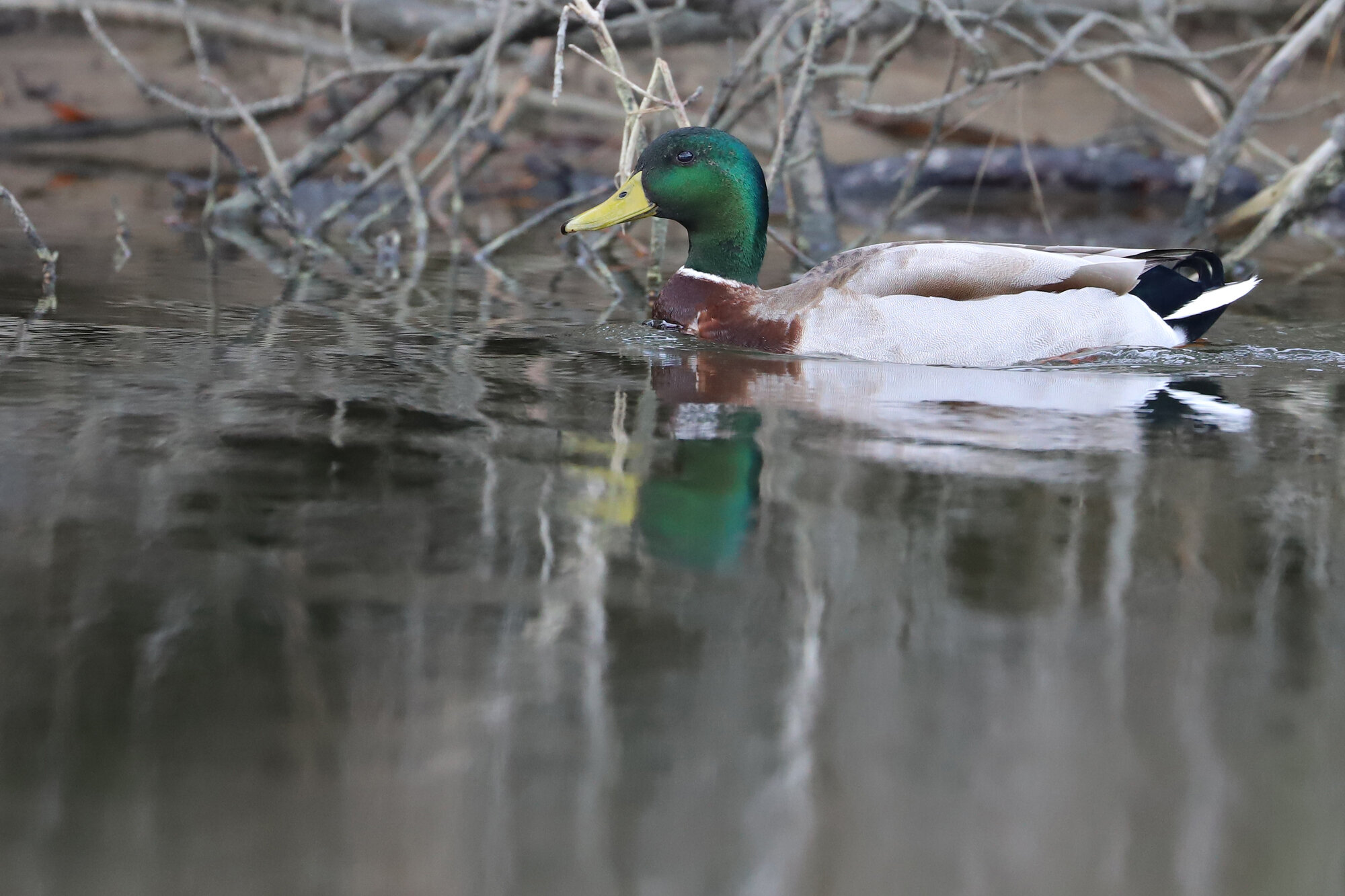

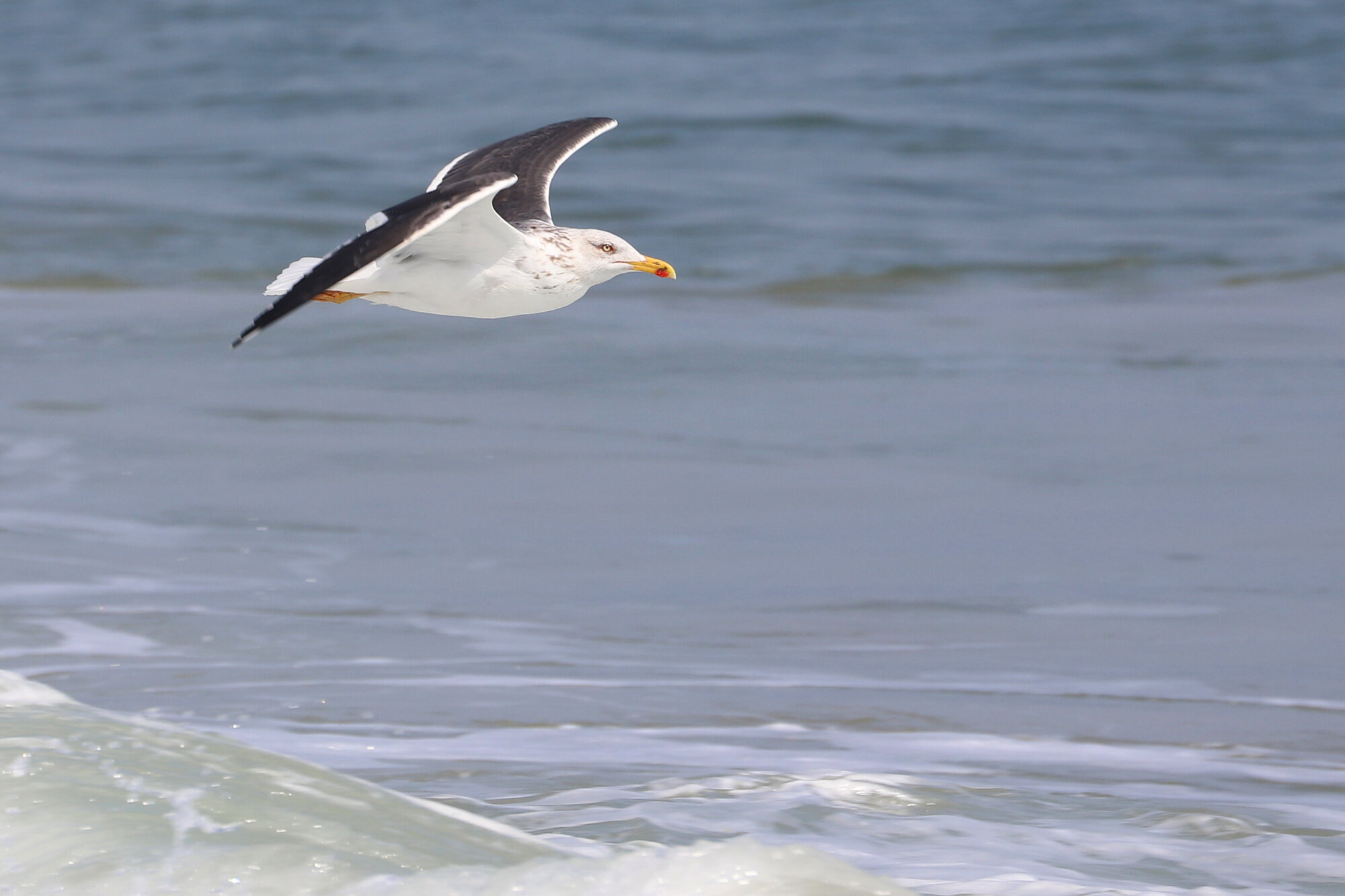
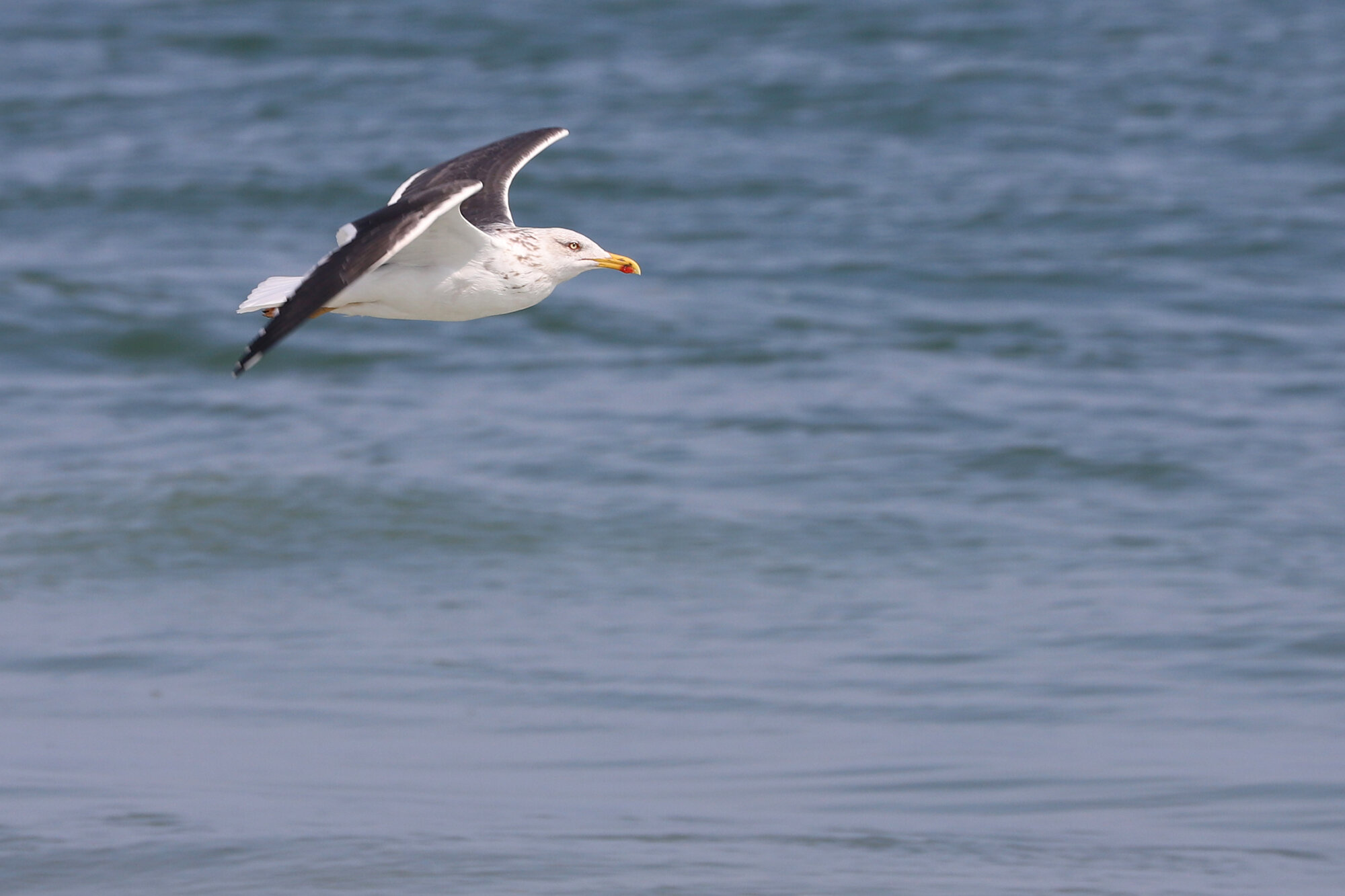
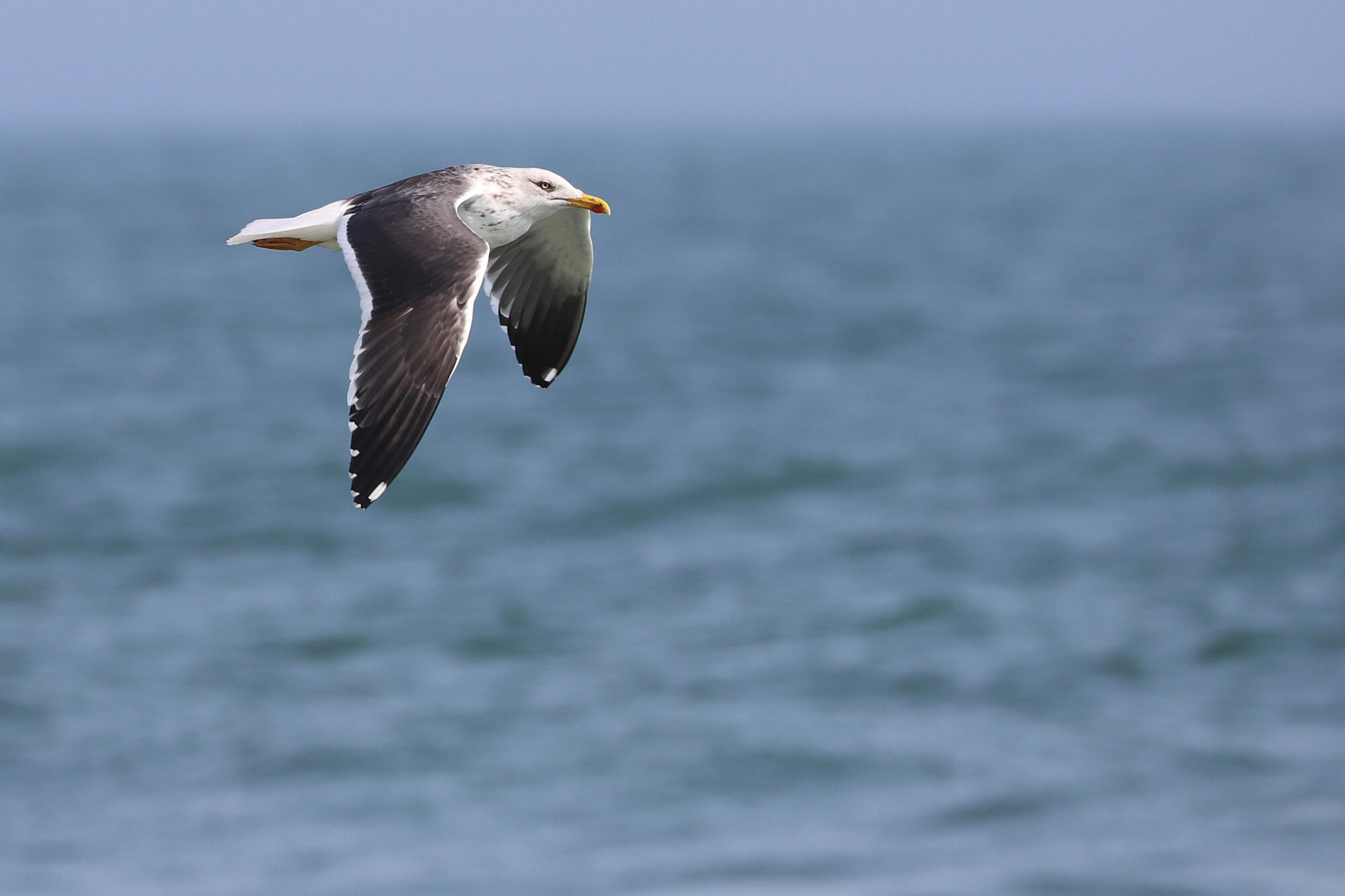
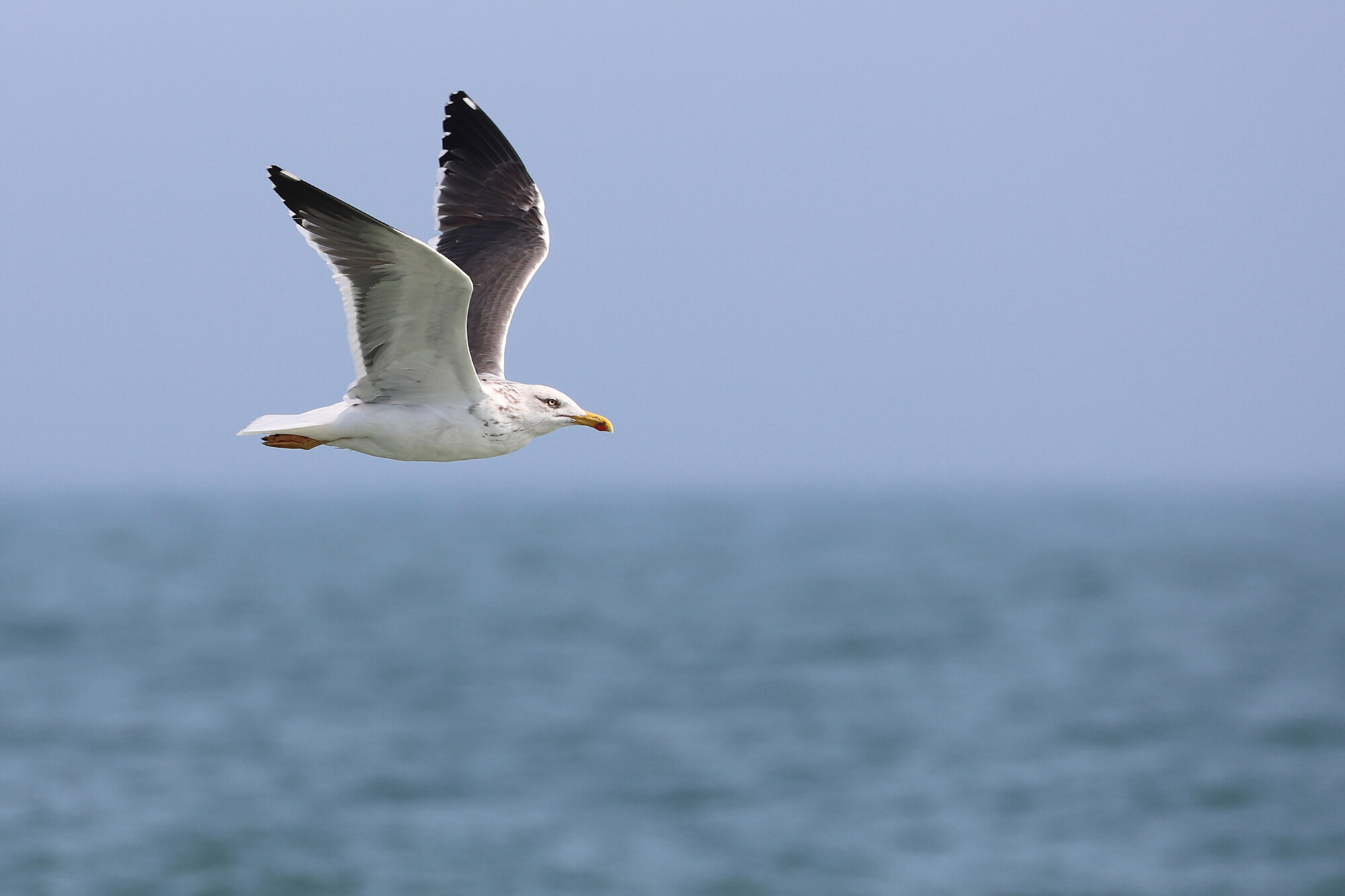
Another rare winterer in Virginia, the YELLOW-BREASTED CHAT first noted at Little Island Park’s kayak launch area on 4 Dec (ph. Steve Myers) and re-found on 17 Feb (ph. Nick Ramsey) continued through at least 2 Mar (ph. Steve Keith) before reports came to an end. It’s likely the individual was still present throughout the remainder of the month, given this species’ skulky nature, it could easily hide, as this individual pointed out during its 2+ month window of evasion. With average spring arrival for this species in the city not until late April, we’re still securely in the wintering window. What’s striking, in looking at the map of March reports for this species, is that there are quite a few records northeast of Virginia along the East Coast, however there were none recorded in Georgia & South Carolina. A strange, or fascinating, pattern for a species that should be present in higher number that farther south one goes in winter! (Mar 2020 Map)
Only the second photo-documented record for RUSTY BLACKBIRD so far in 2020, and the first of more than one individual occurred at First Landing SP on 13 Mar (ph. June McDaniels) when three were present. A scarce species in the coastal counties of Virginia, due primarily to our lack of extensive freshwater marshes and flooded forests that the species is attracted to in winter, any record here is cause for excitement. We’ve had one record each month this year to date, but they don’t ever seem to stay in the same spot long enough for others to follow up unfortunately! With no reports on the Eastern Shore this month, coastal Virginia birders tend to rely on the Great Dismal Swamp in Suffolk & Chesapeake to see these gorgeous blackbirds. (Mar 2020 Map)
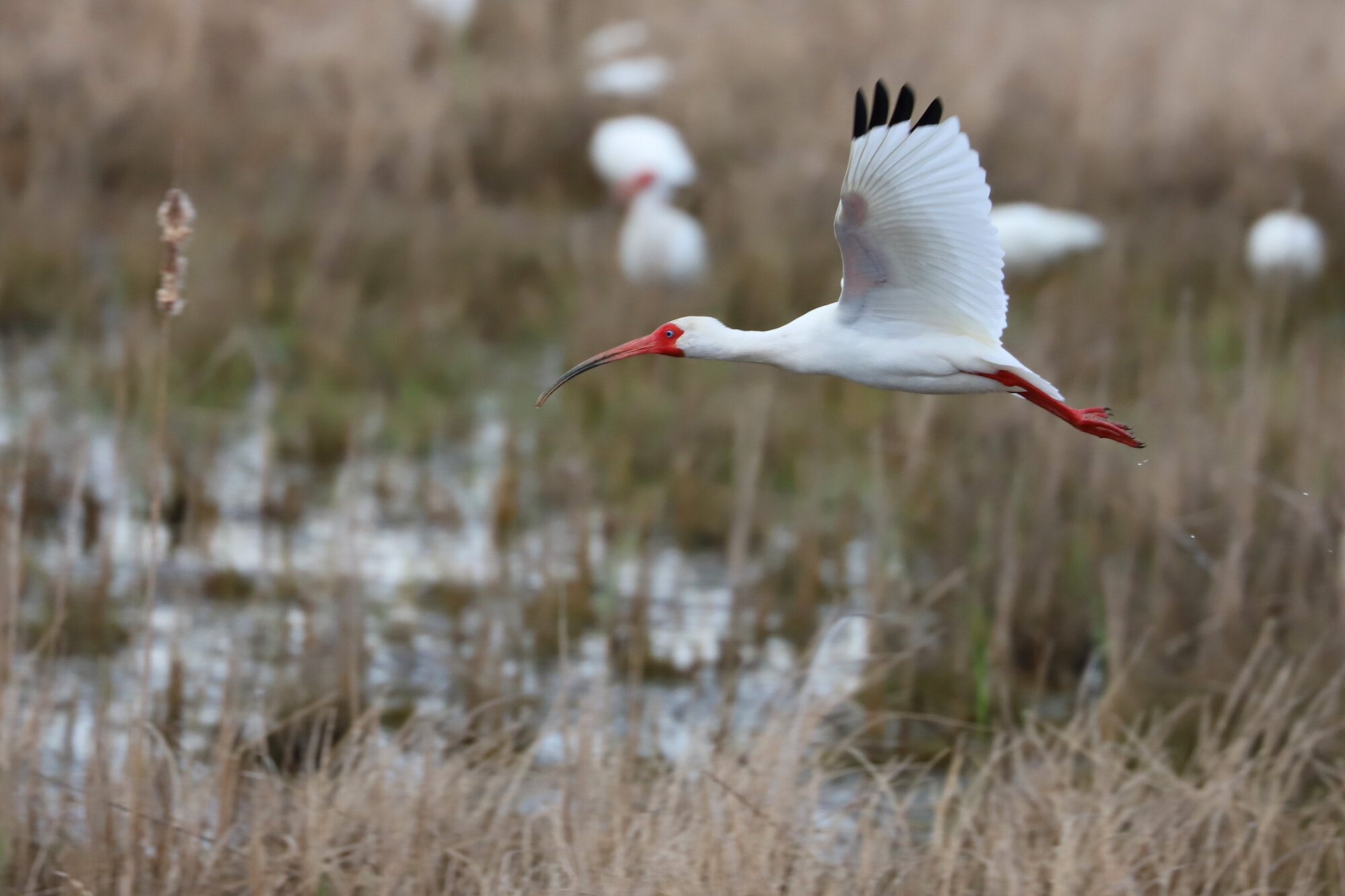
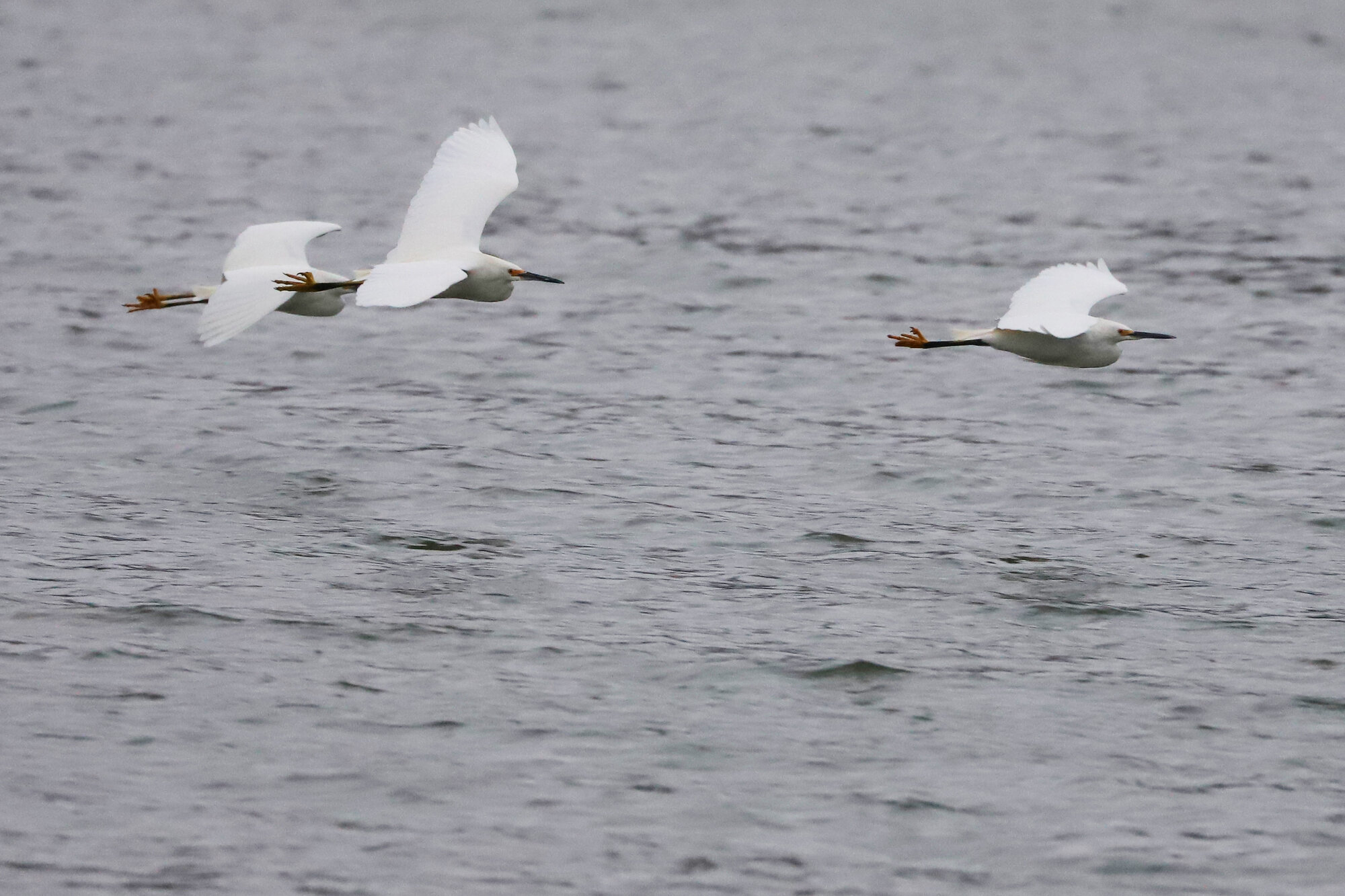
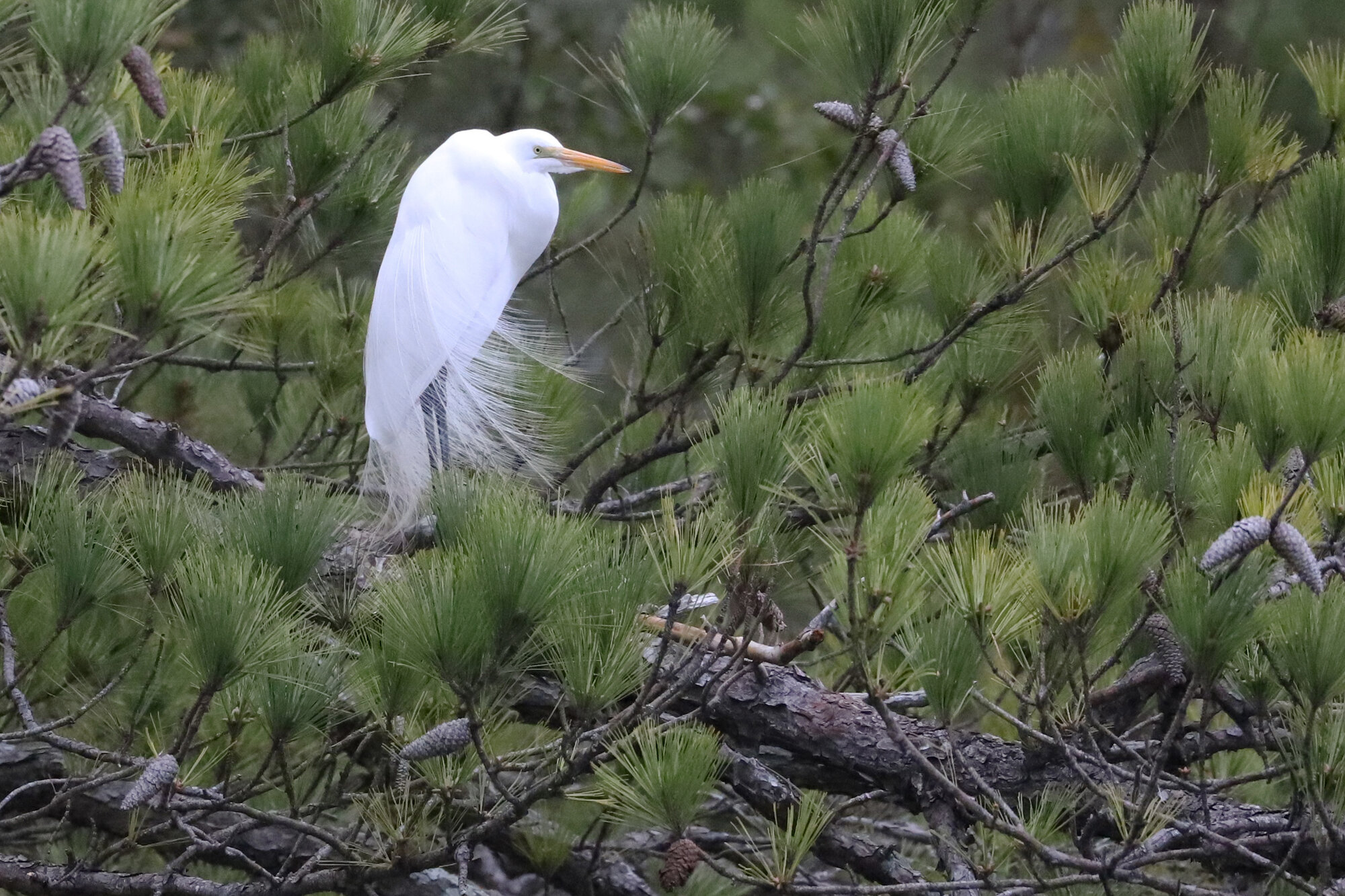
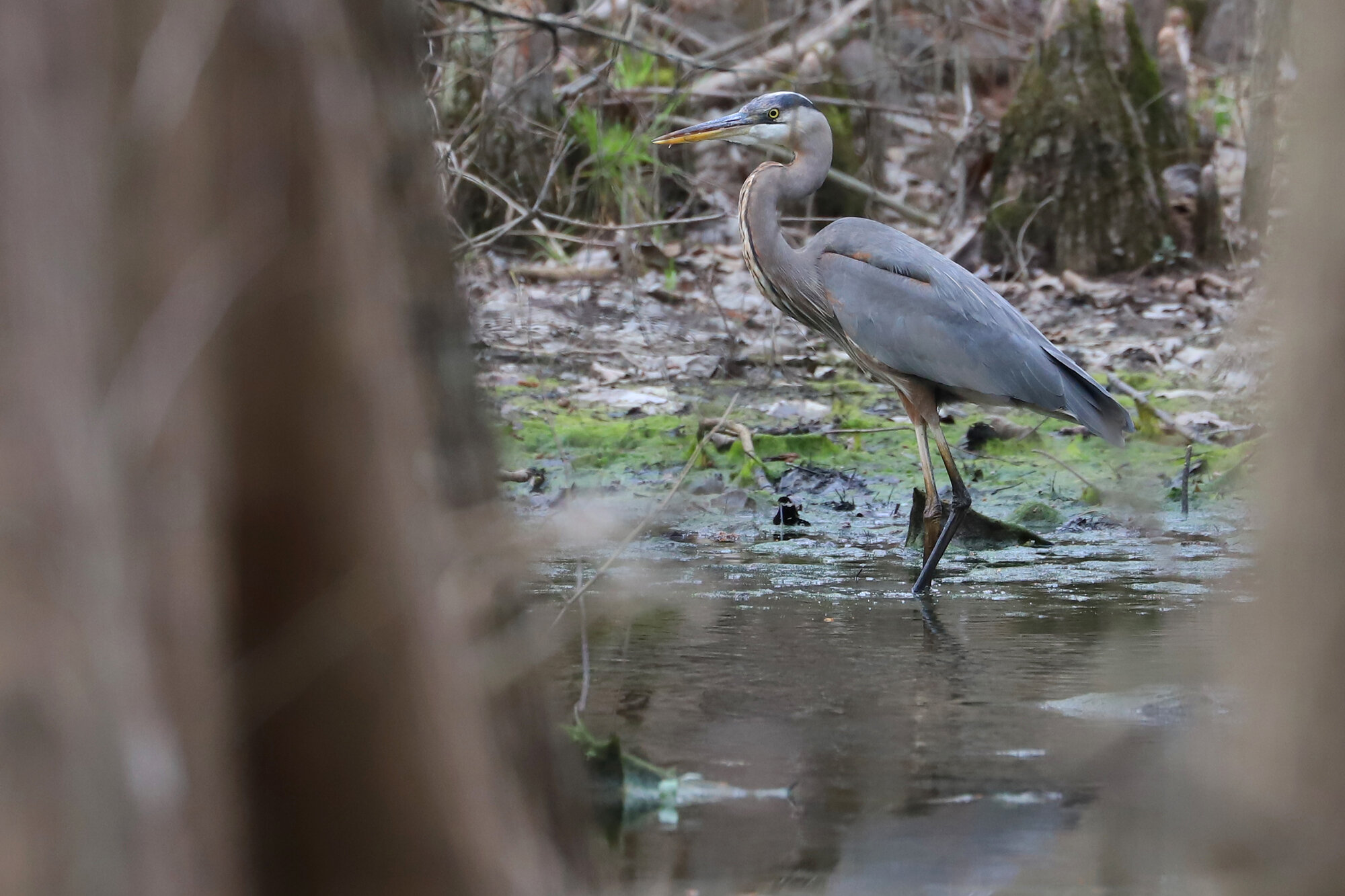
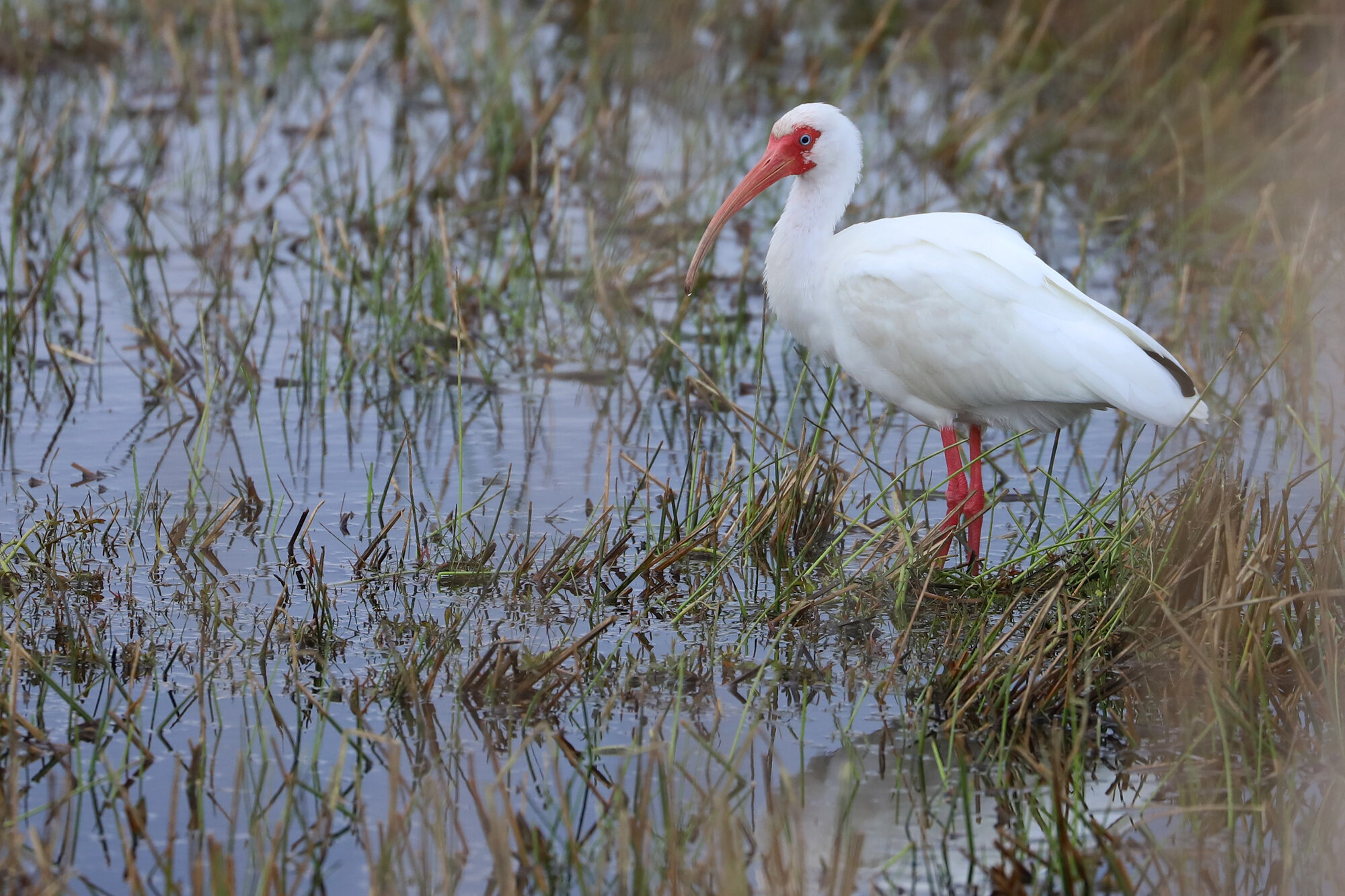
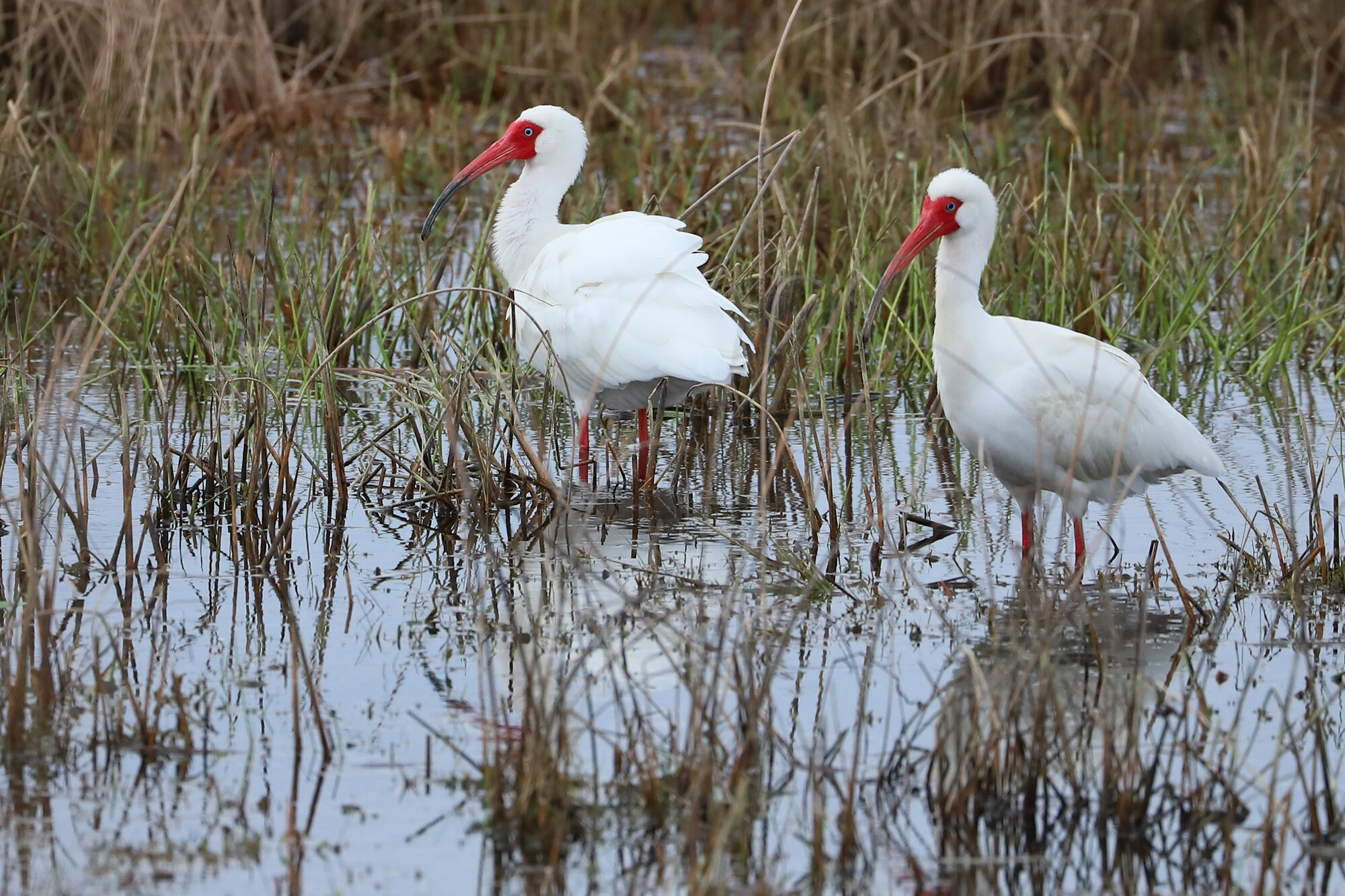


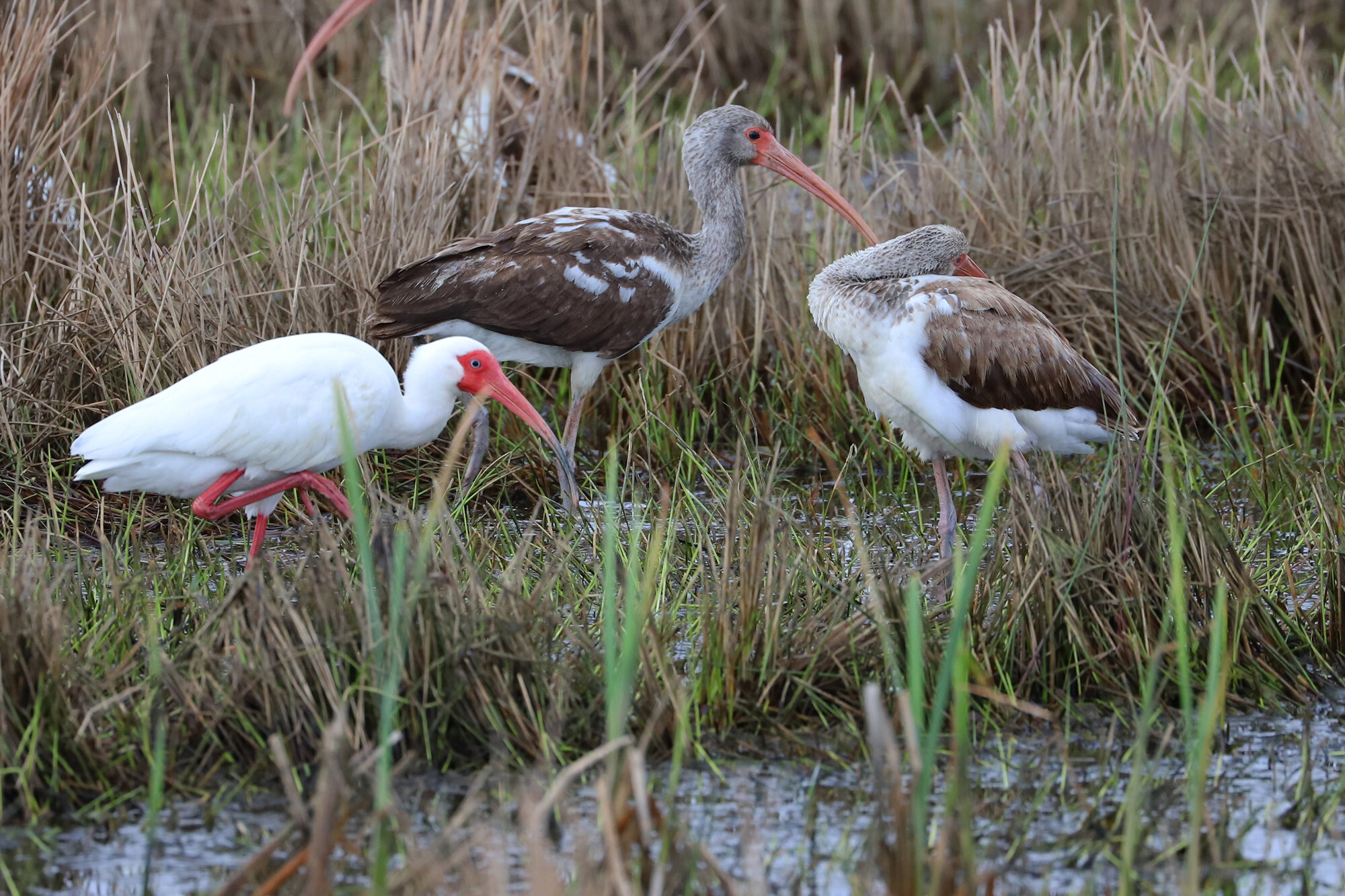
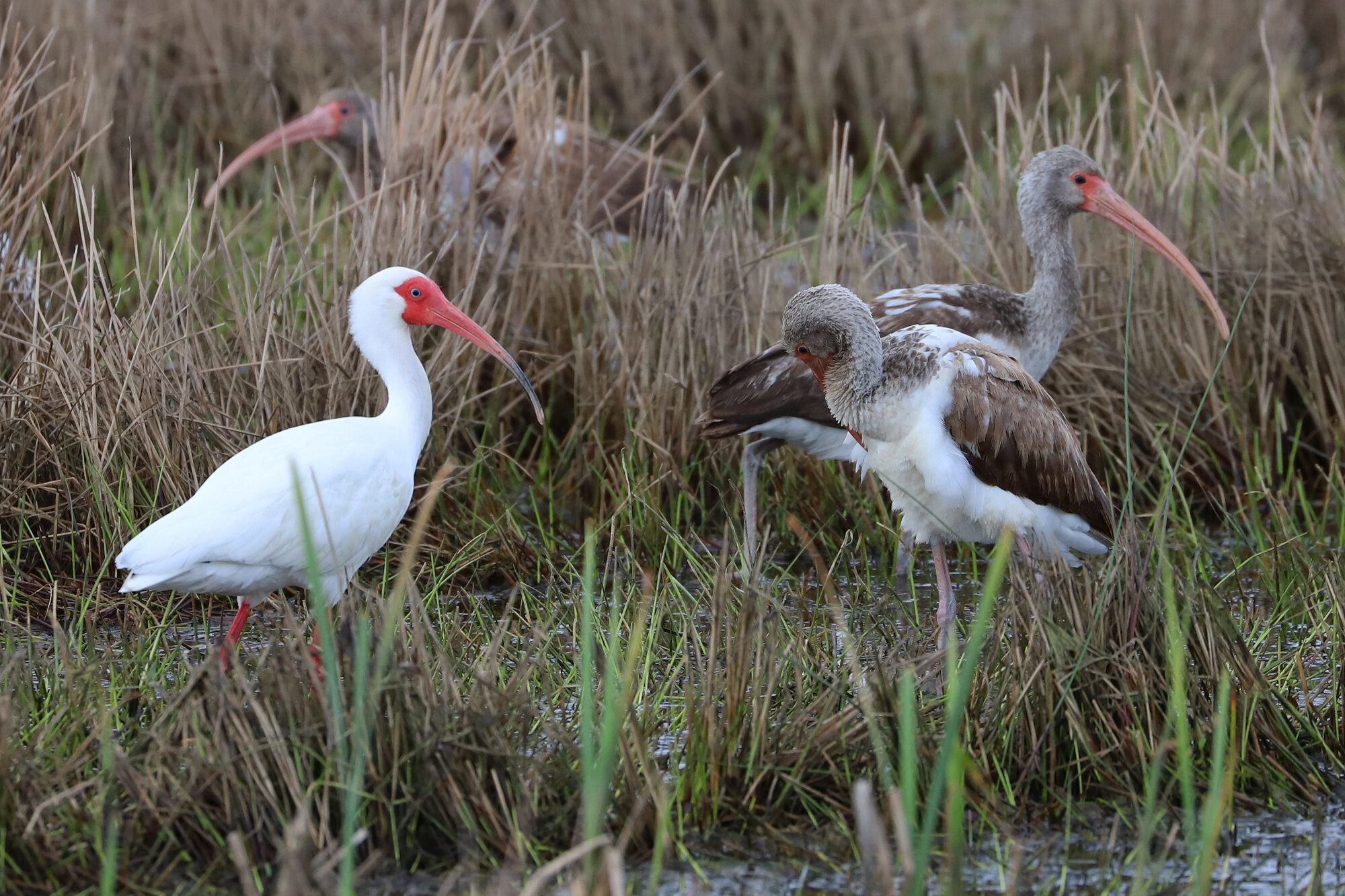
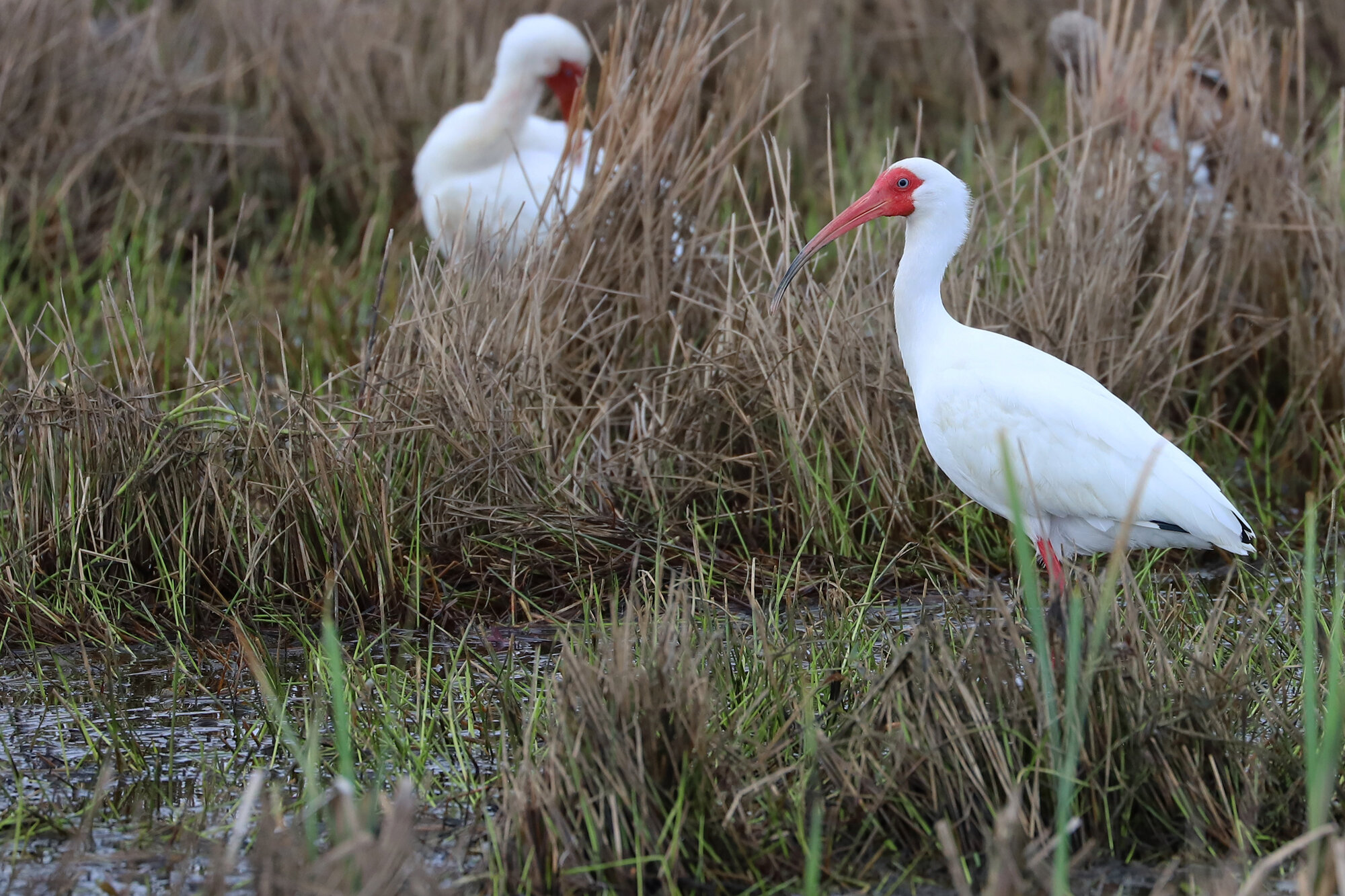
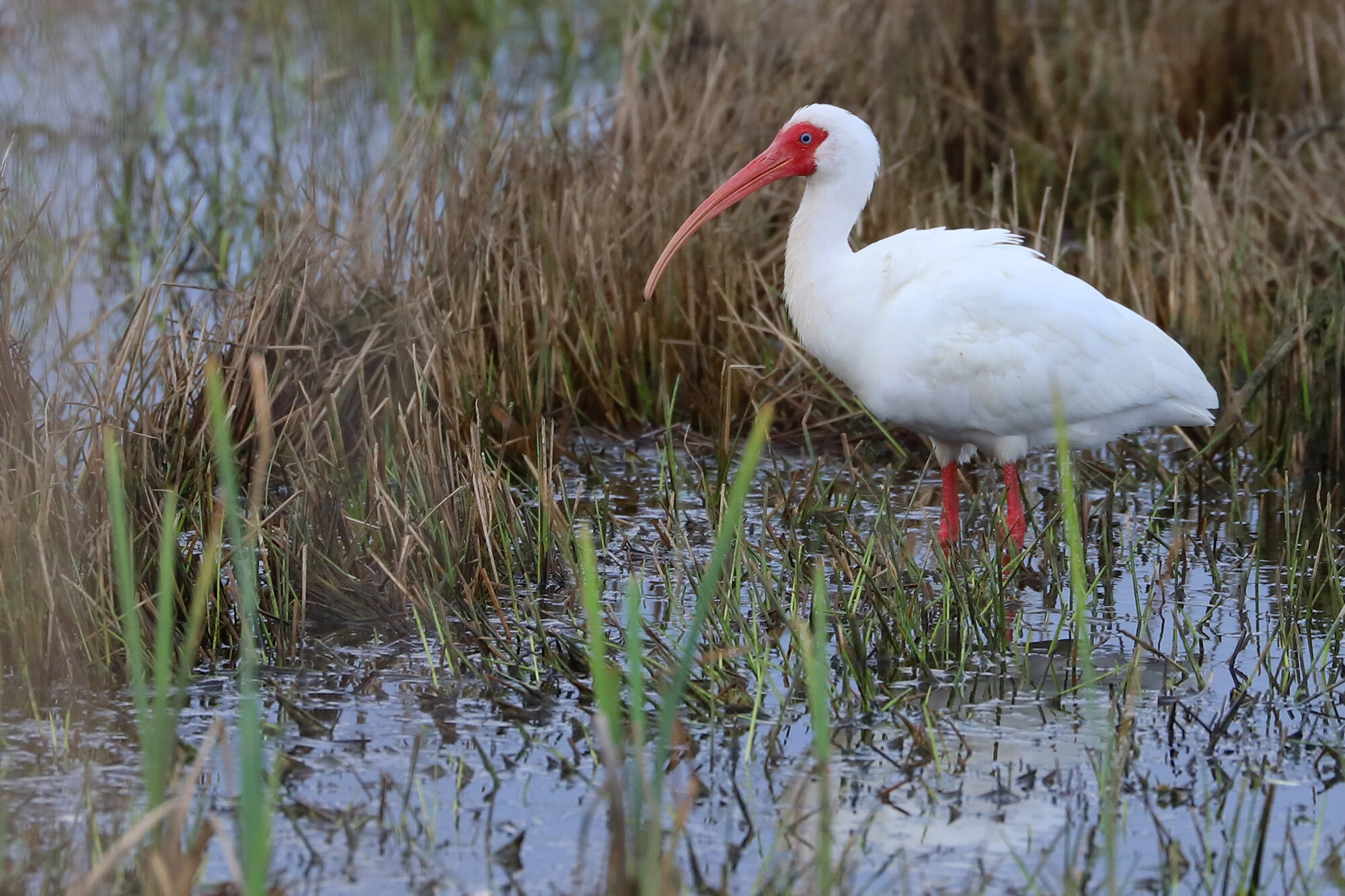
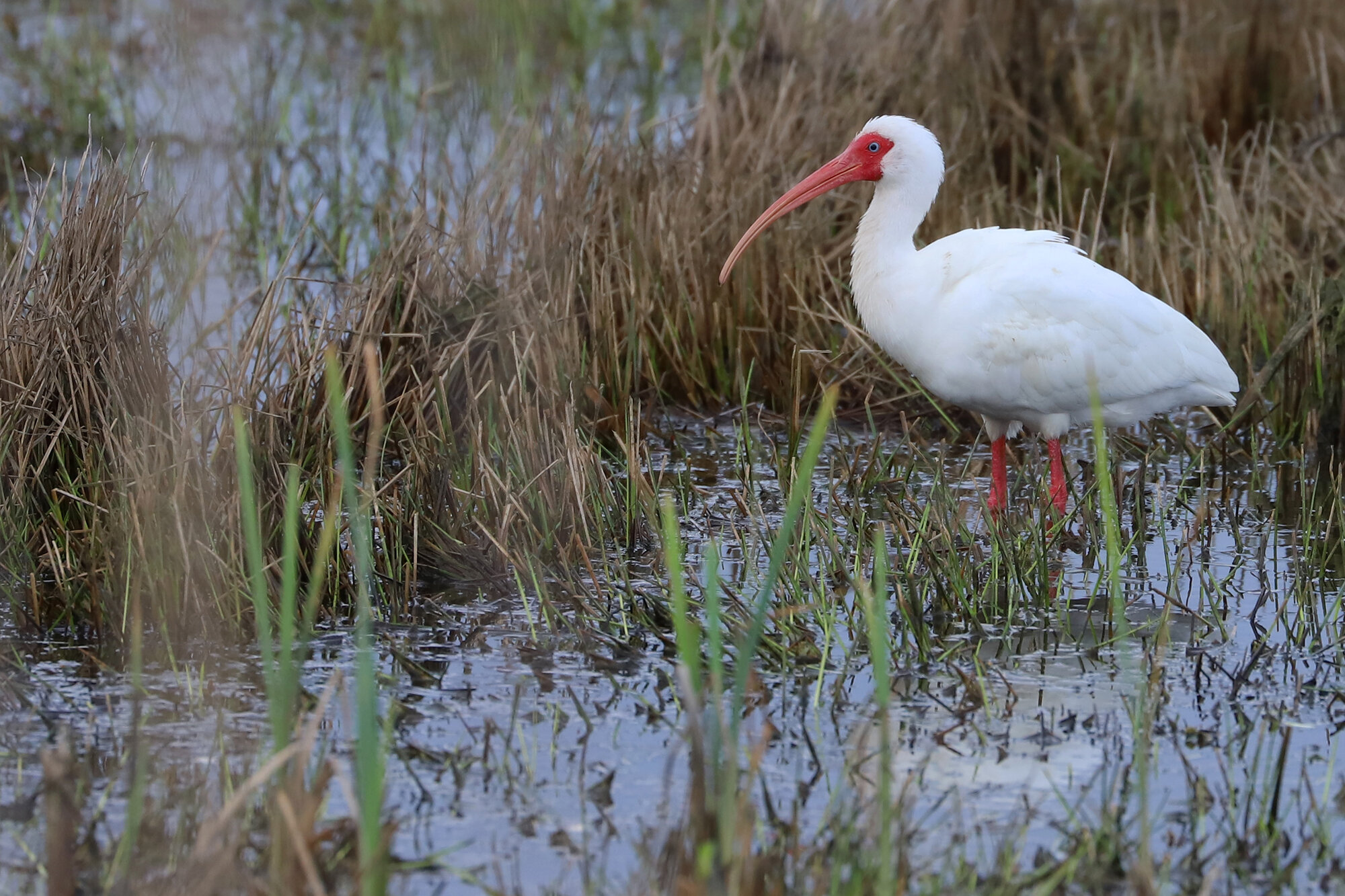


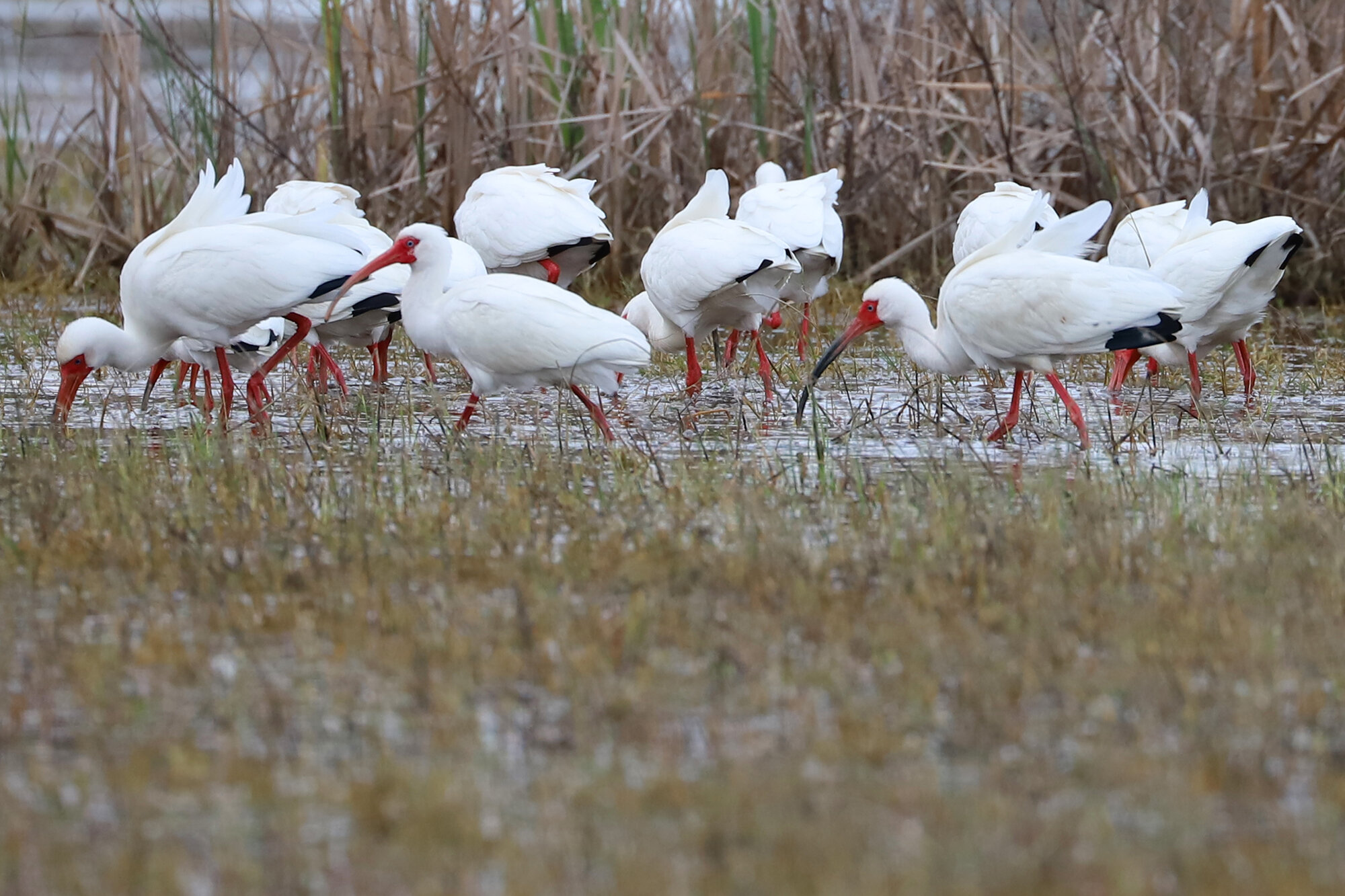
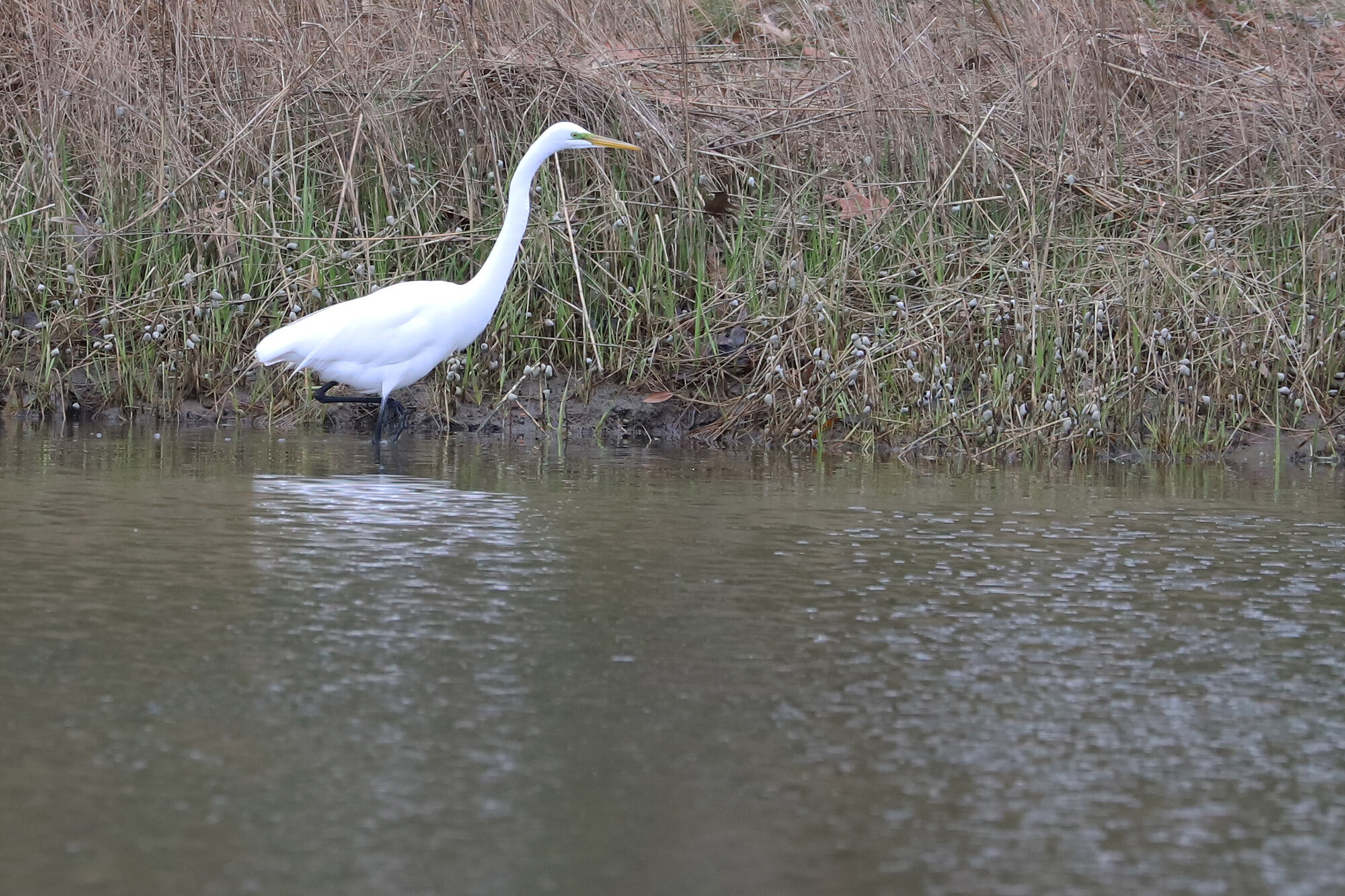
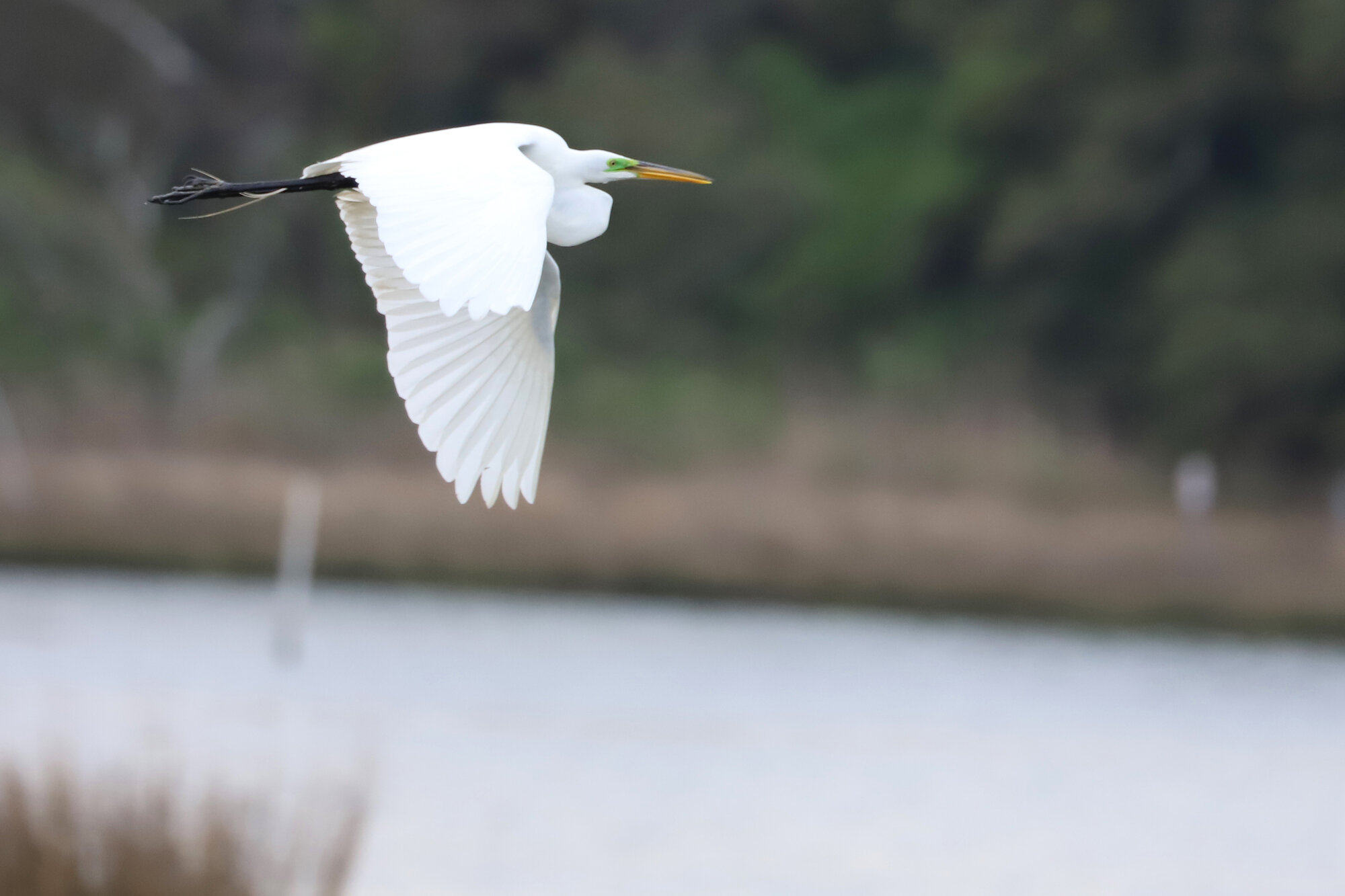
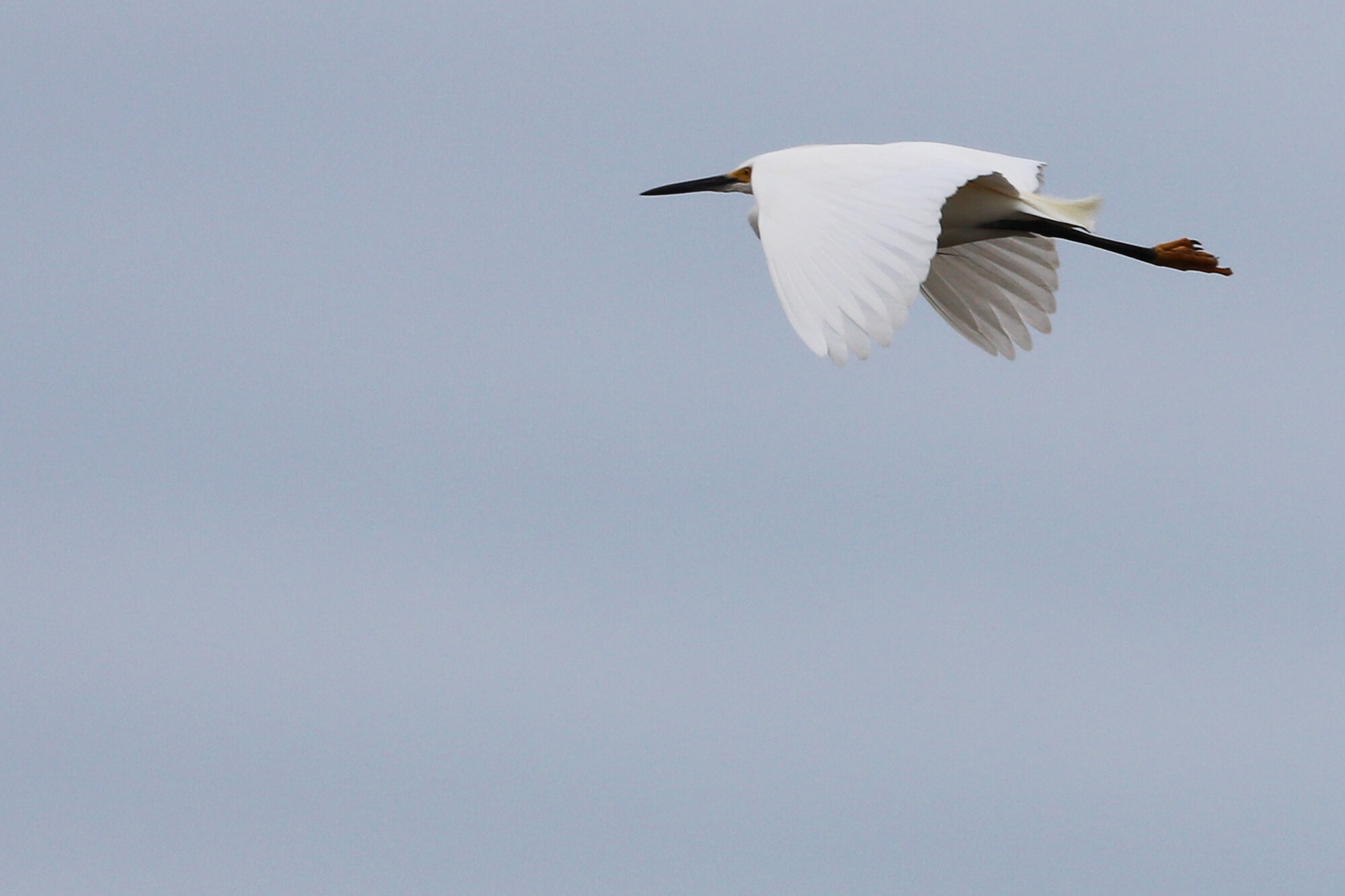
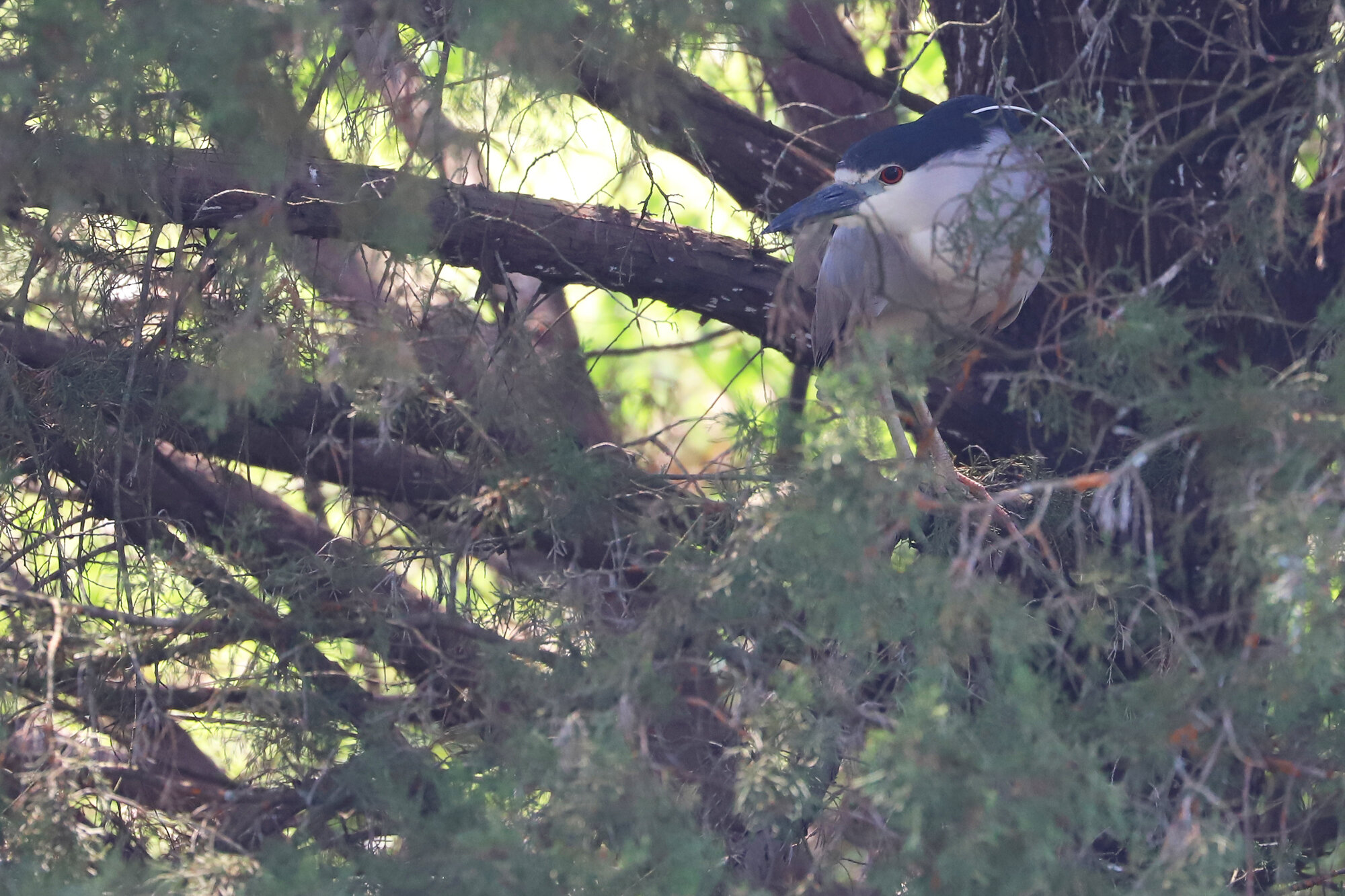
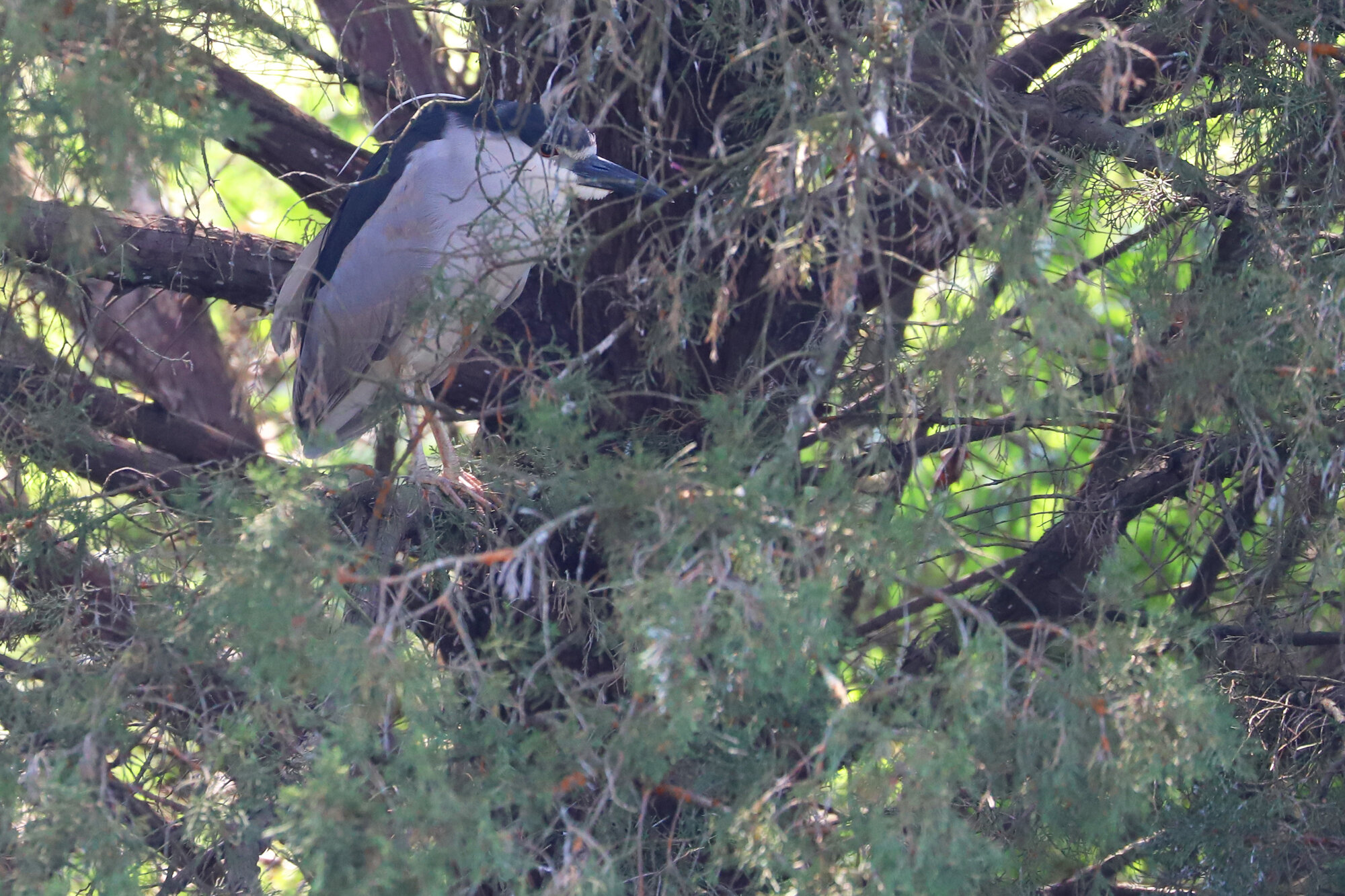
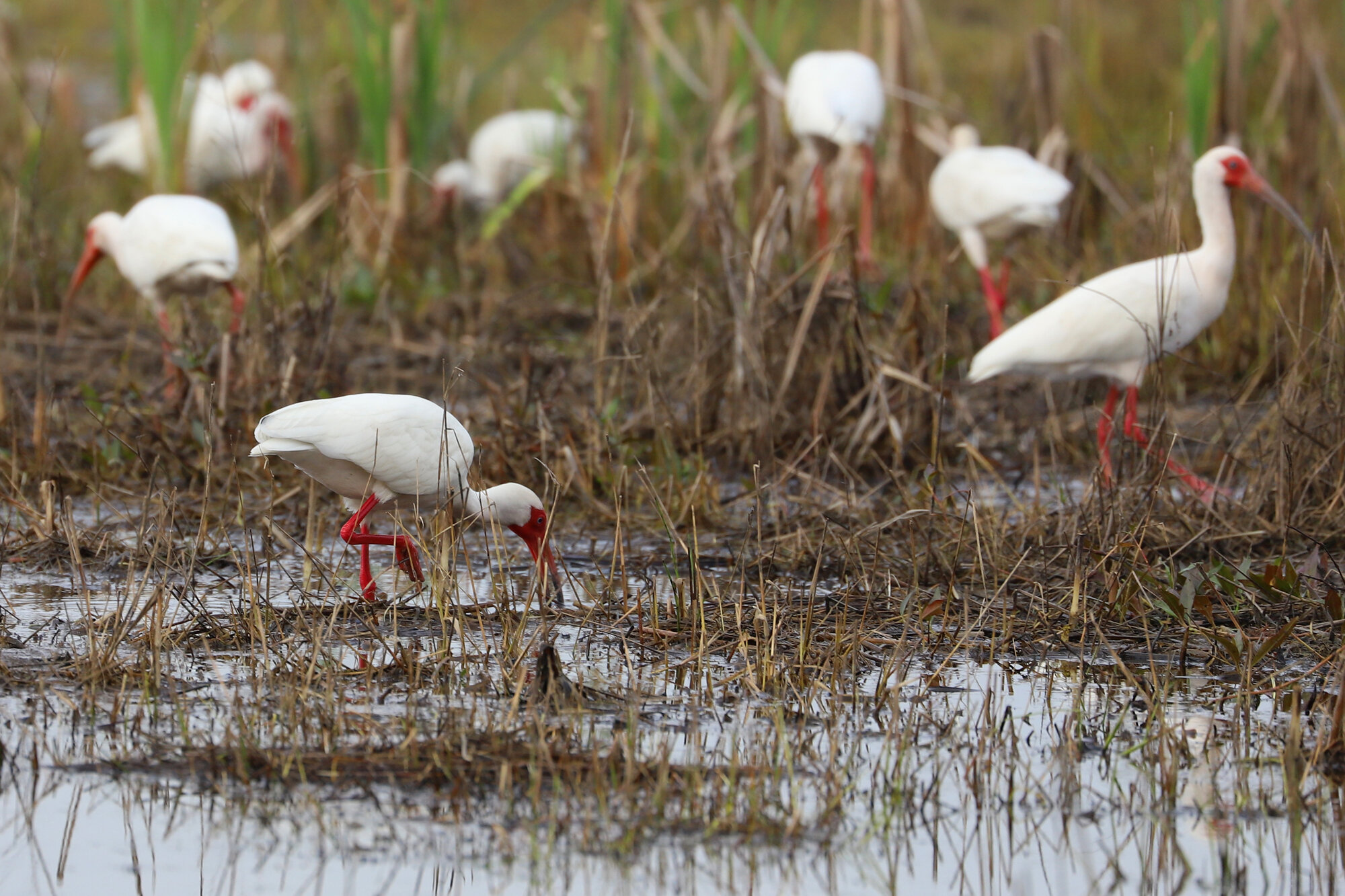

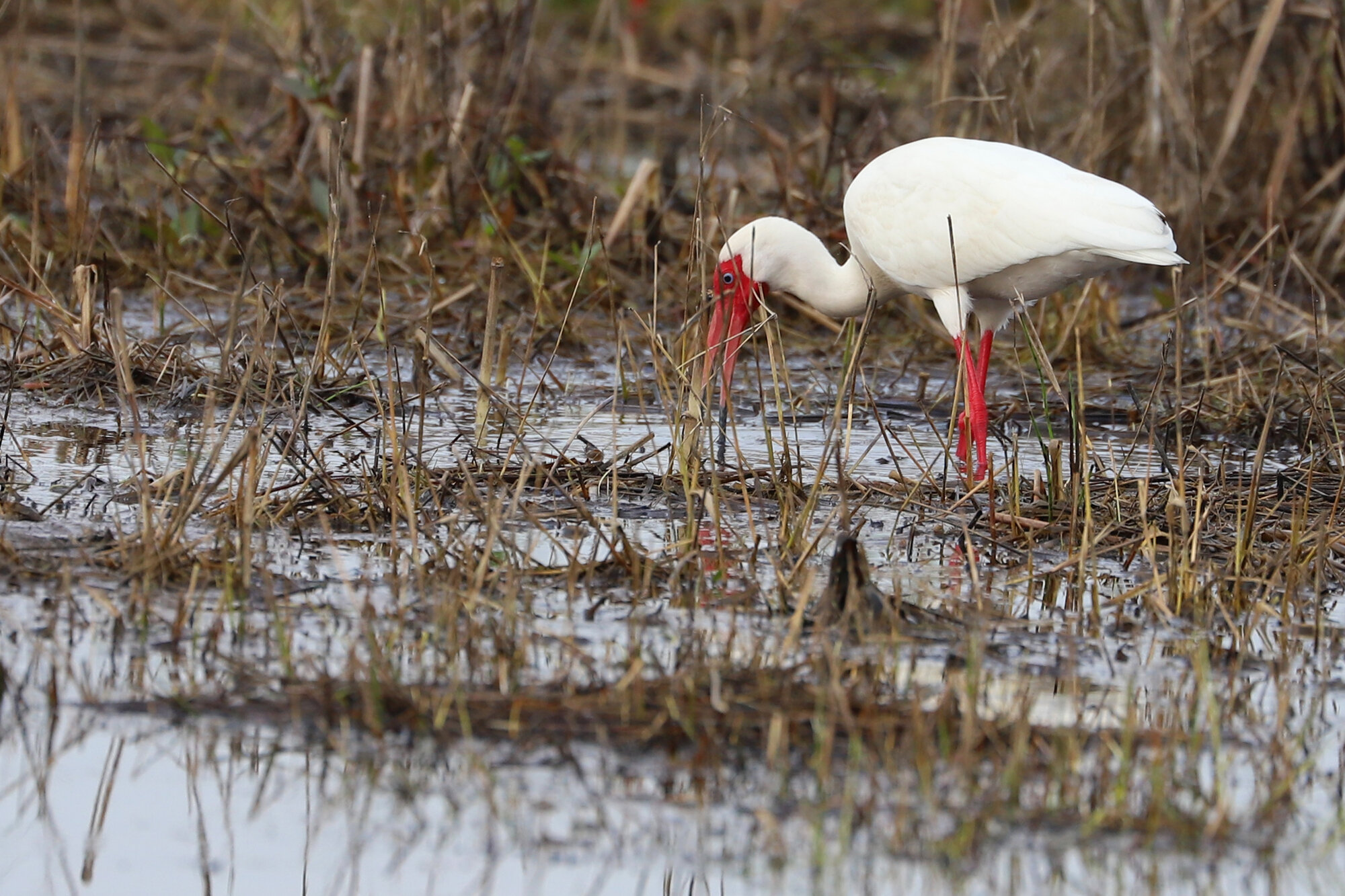
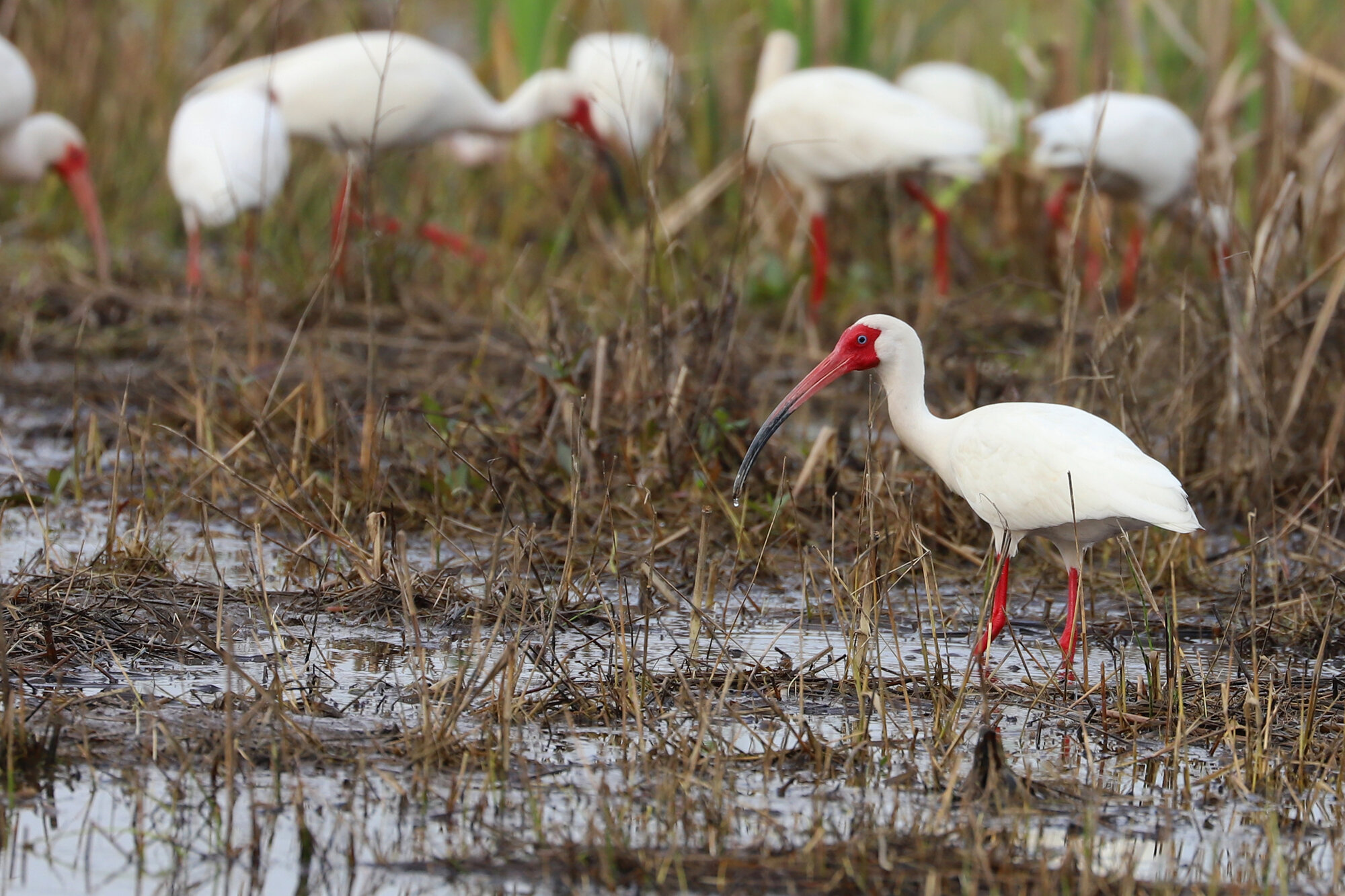


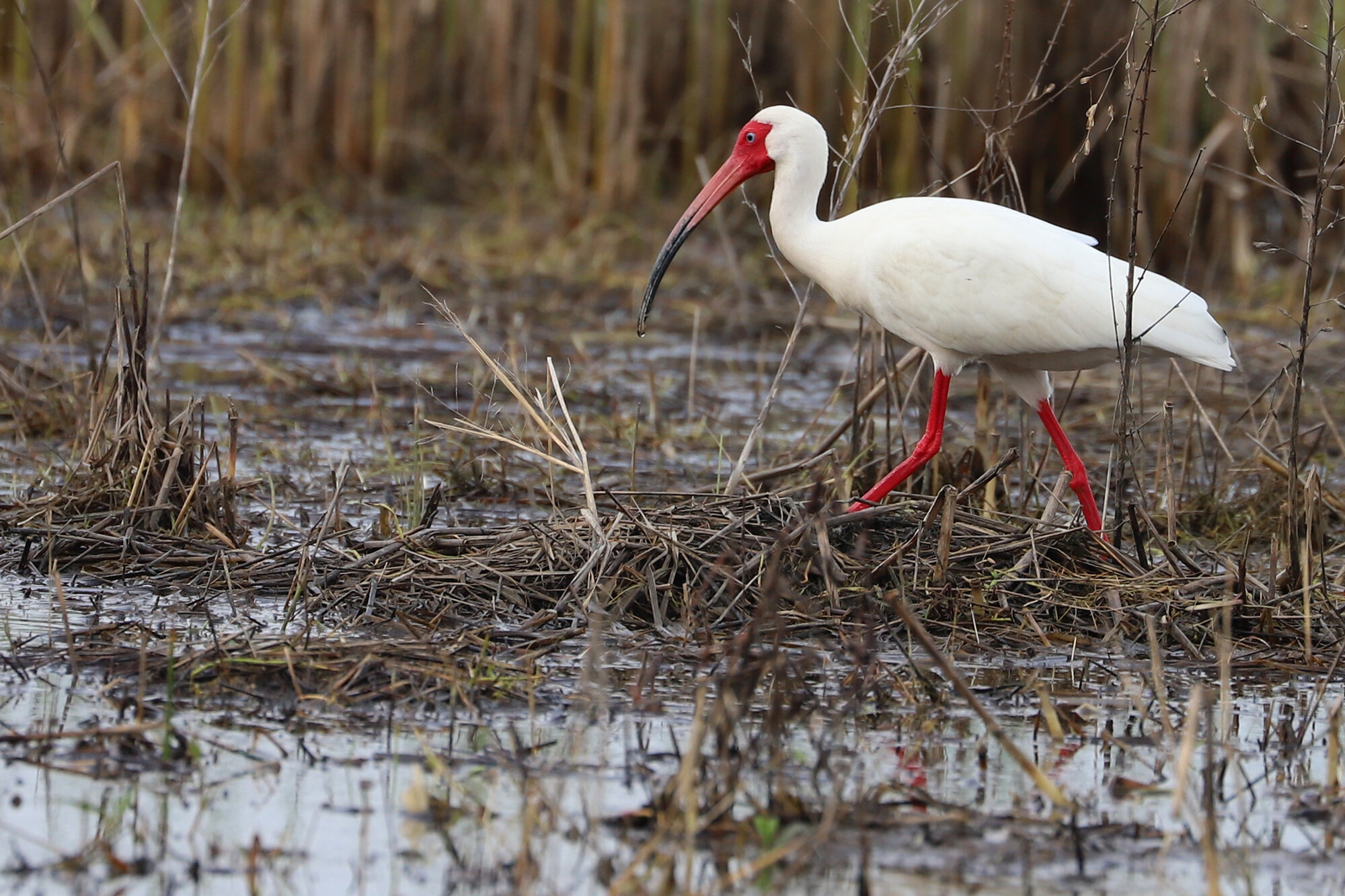
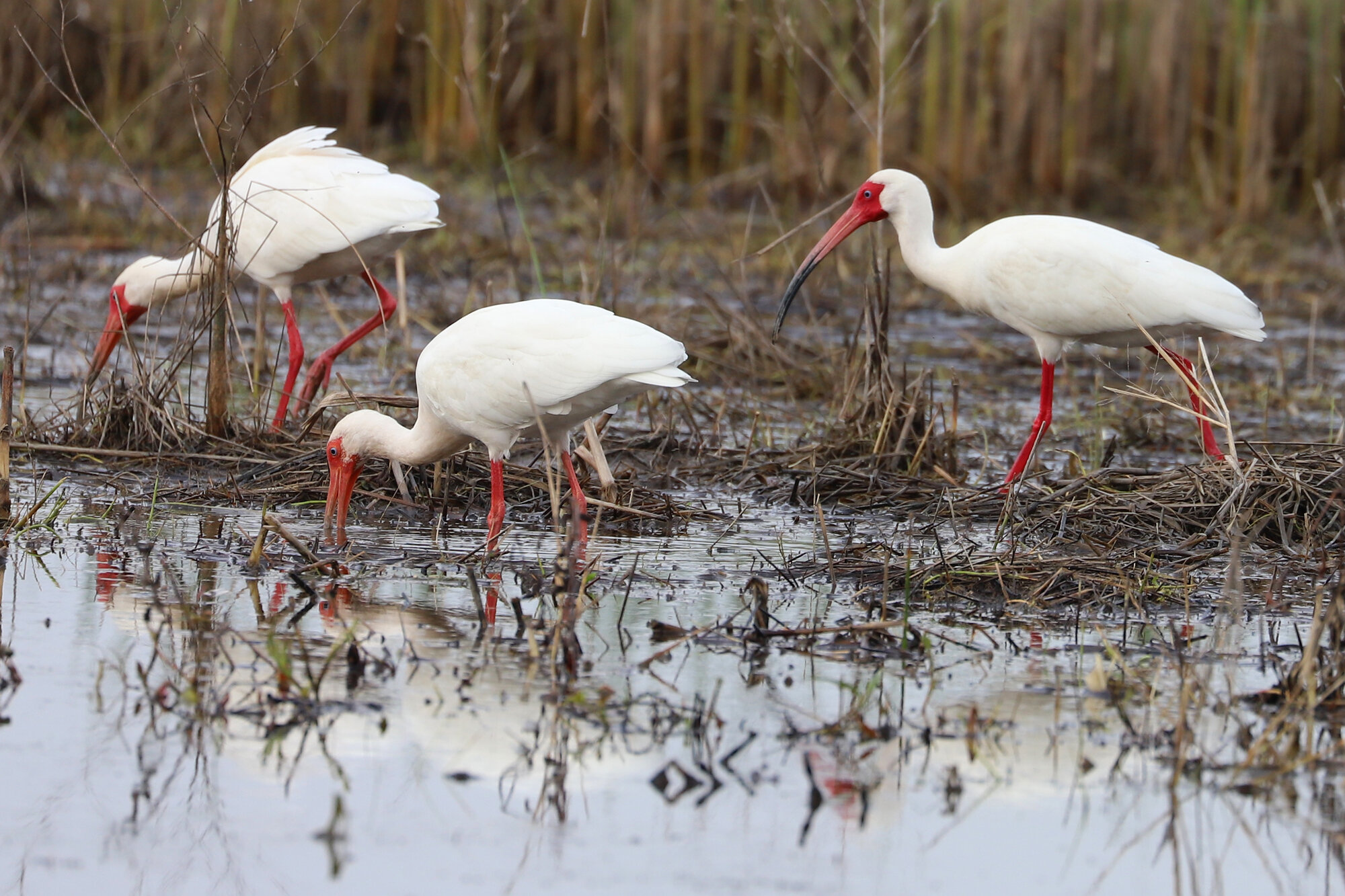
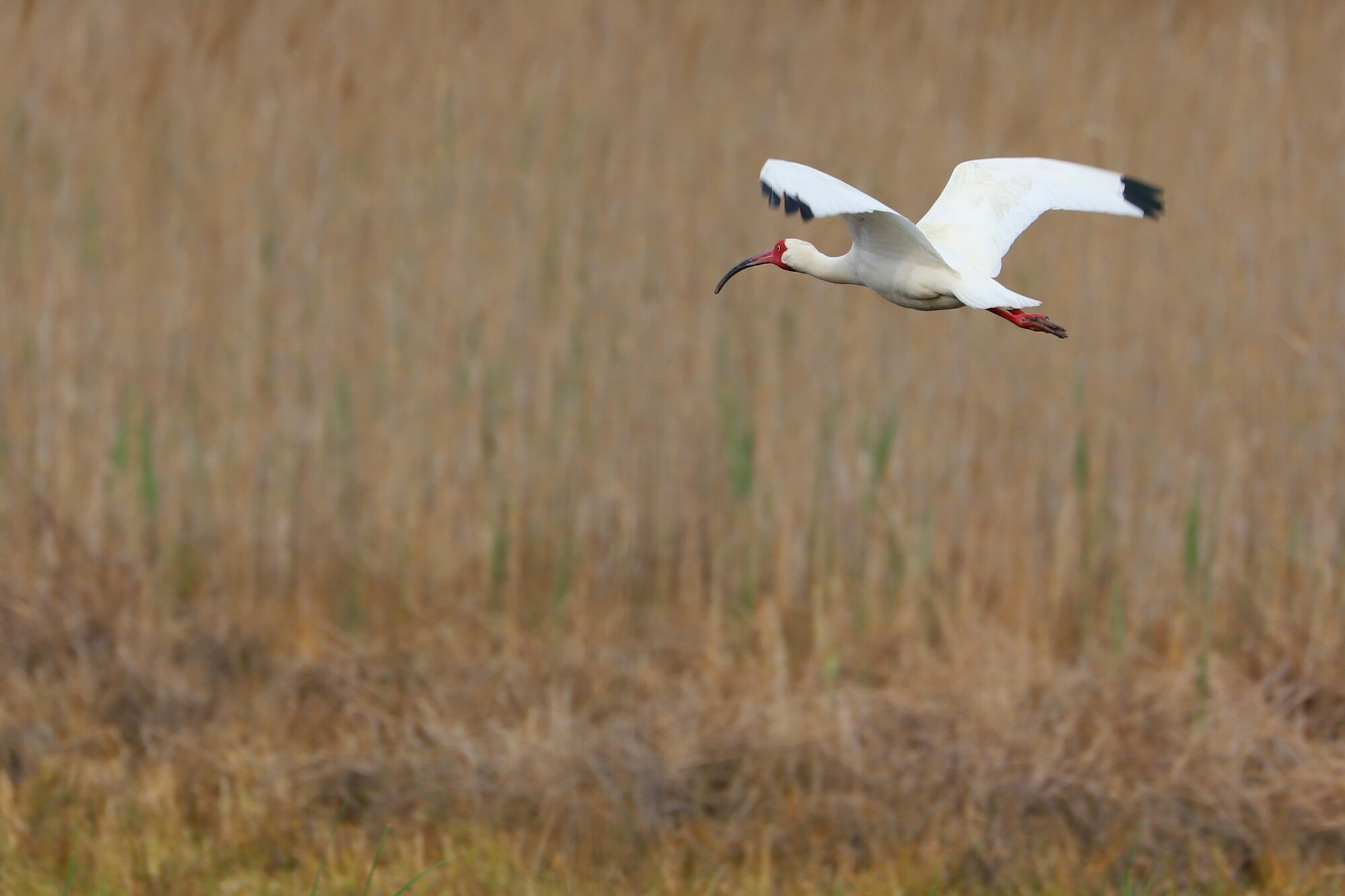
A much rarer blackbird regionally, but more easily observed in Virginia Beach specifically, the resident wintering flock of BREWER’S BLACKBIRDS that settled in at Breeze Farms along West Gibbs Road back on 29 Dec during the Back Bay Christmas Bird Count (ph. Kerry, Tom & Tommy Maloney) continued through at least 15 Mar (ph. Cindy Hamilton & June McDaniels) when eight were still present. While North Carolina produced a pair of records this month, there were no others recorded north of Georgia along the East Coast, showcasing how rare this species is in the east, and how fortunate we are locally to host them each winter since the 2016-17 season. (Mar 2020 Map)
In what continued to be a strong winter season for BLACK-AND-WHITE WARBLERS in Virginia Beach, at least two individuals continued to be reported into March, before northbound migrants started popping up in the latter third of the month. Present since 5 Dec (vis. J. A.) at a private residence in Great Neck Estates, one individual was reported through 7 Mar (vis. J. A.) before becoming obscured by what could be new arrivals. Another winterer at Stumpy Lake Natural Area first reported on 22 Jan (ph. Jonathan Snyder) continued through 20 Mar (vis. Reuben Rohn & Jonathan Snyder), although Stumpy Lake has extensive habitat for this species and it’s possible more than one decided to winter here, but all we can say is at least one did for certain. (Mar 2020 Map)
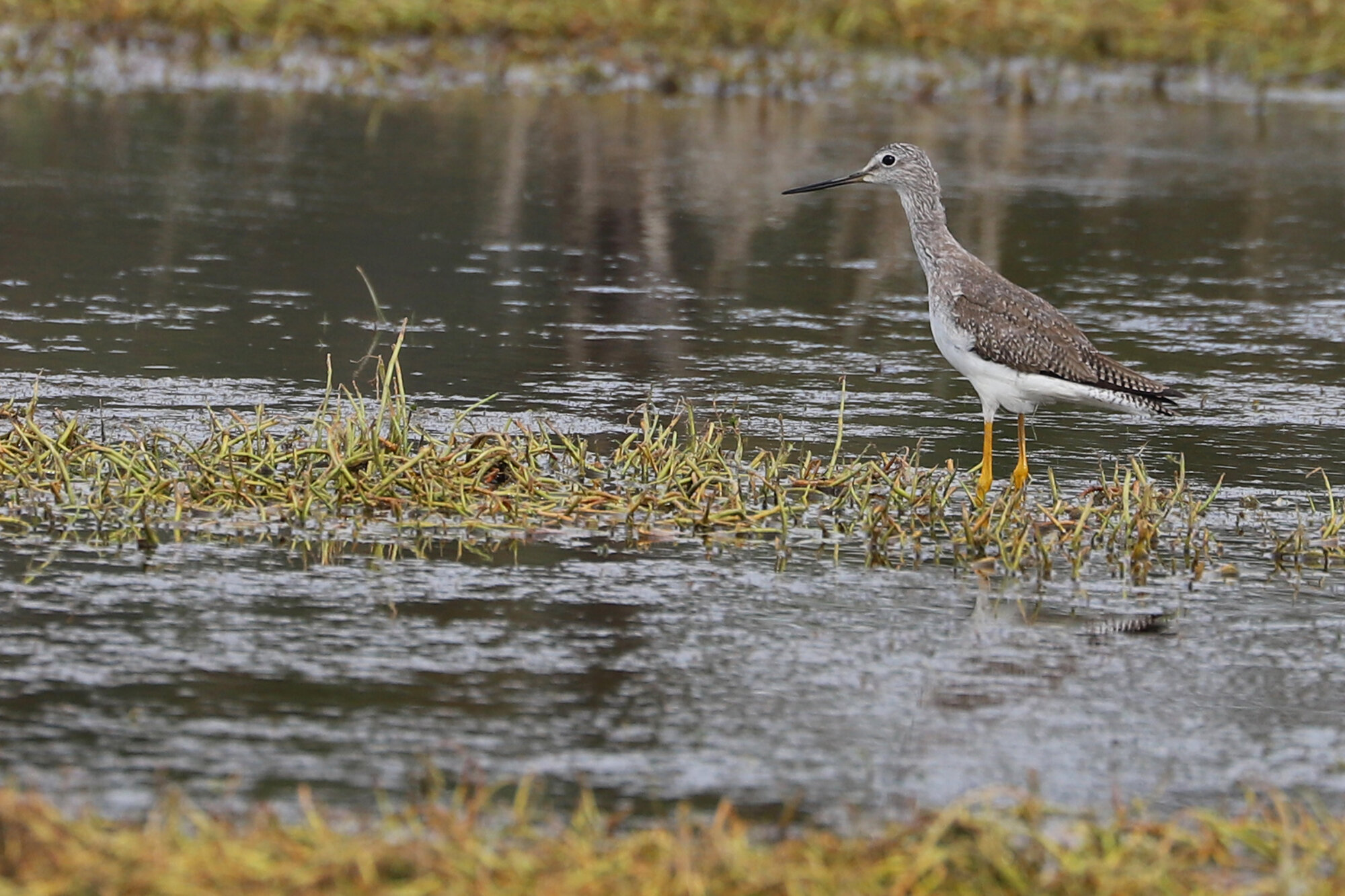
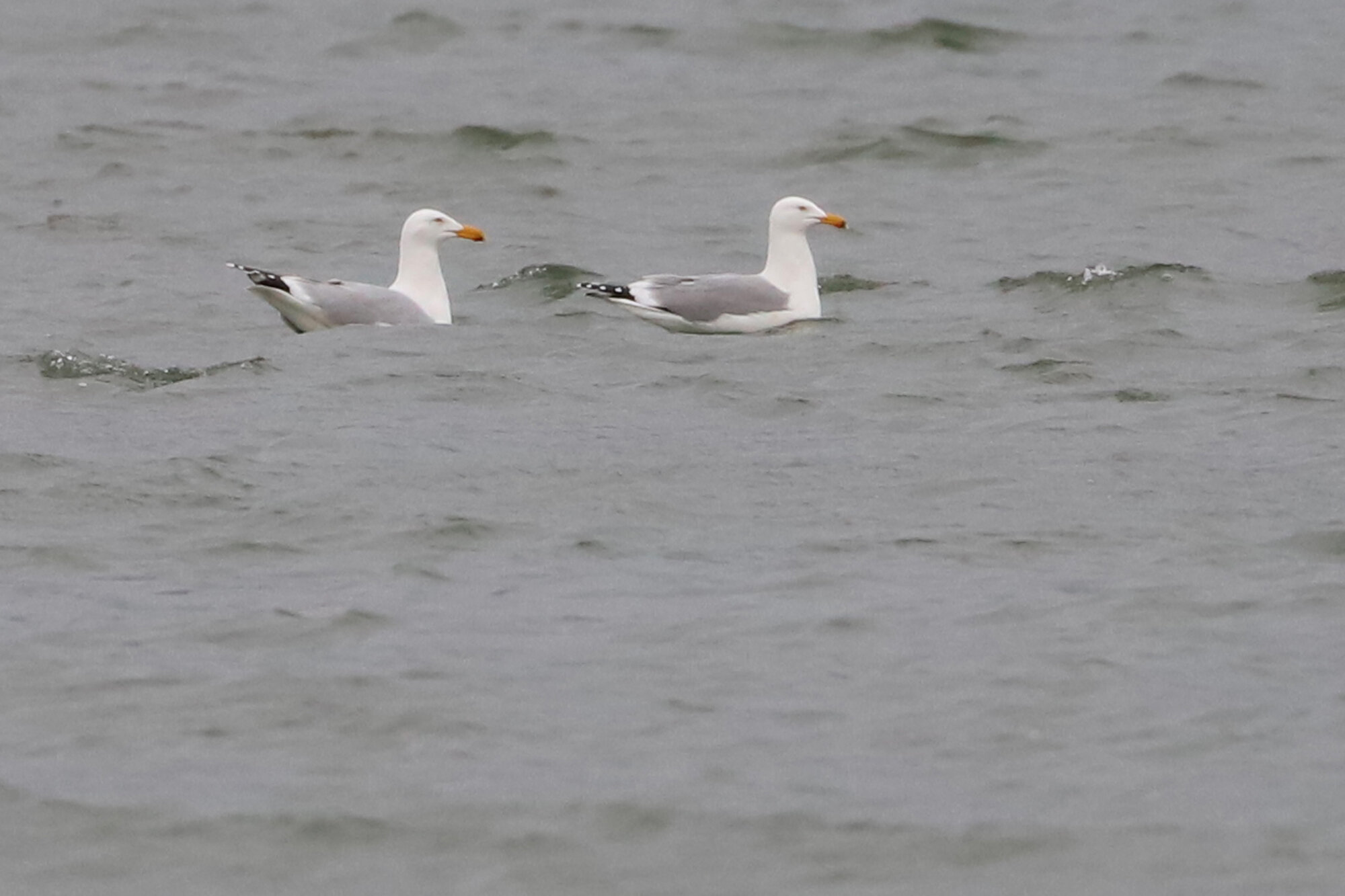
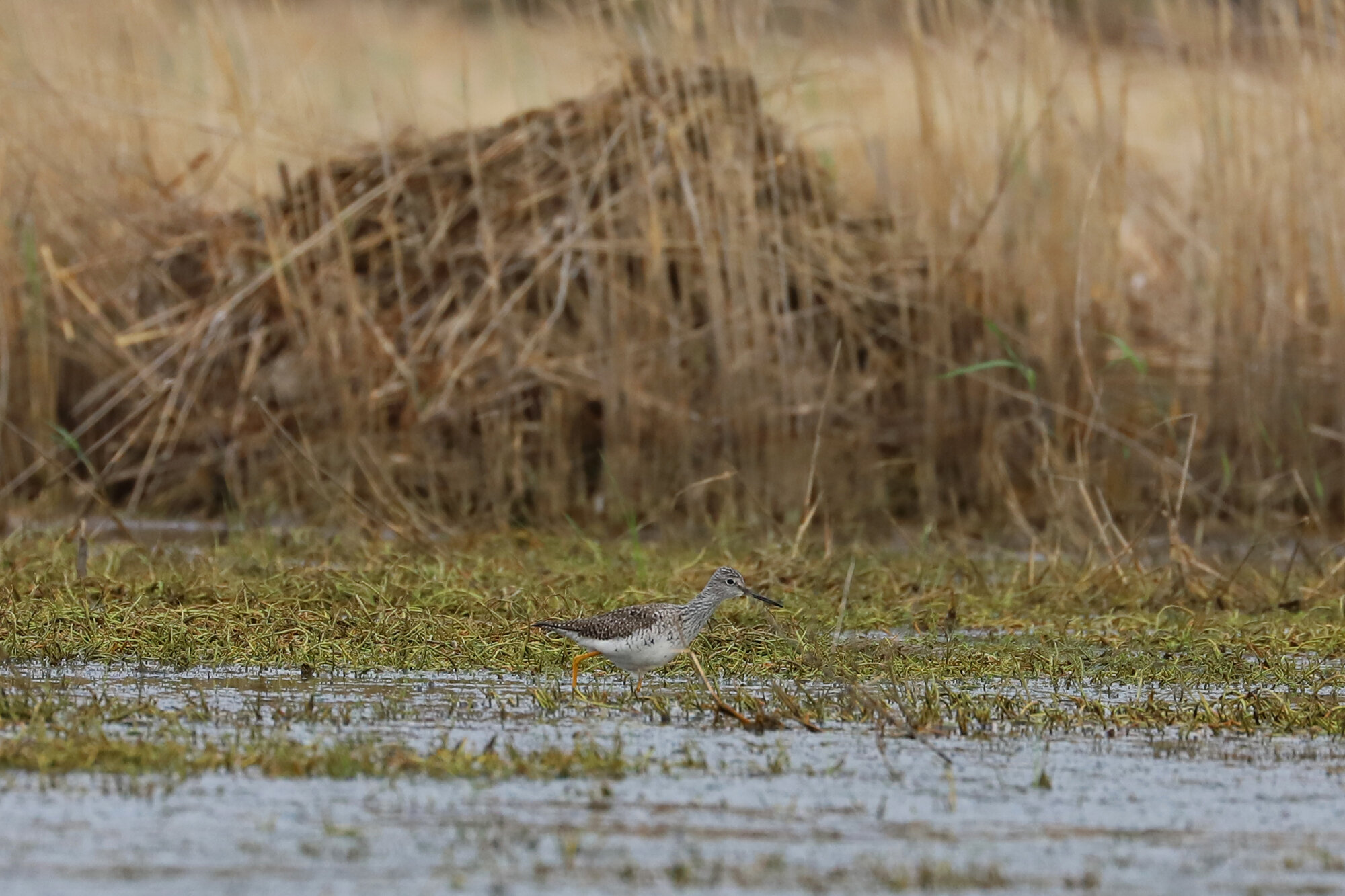
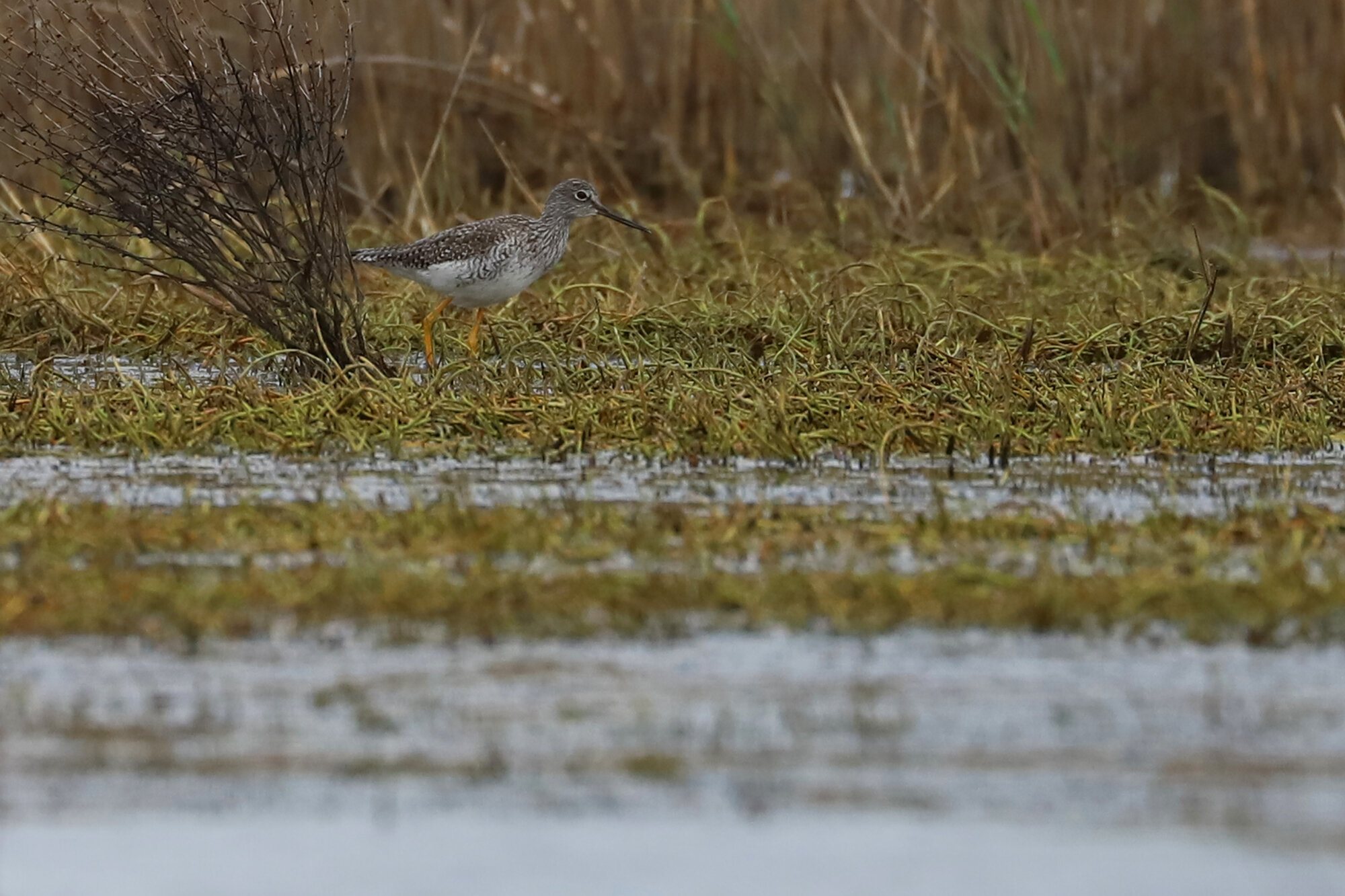
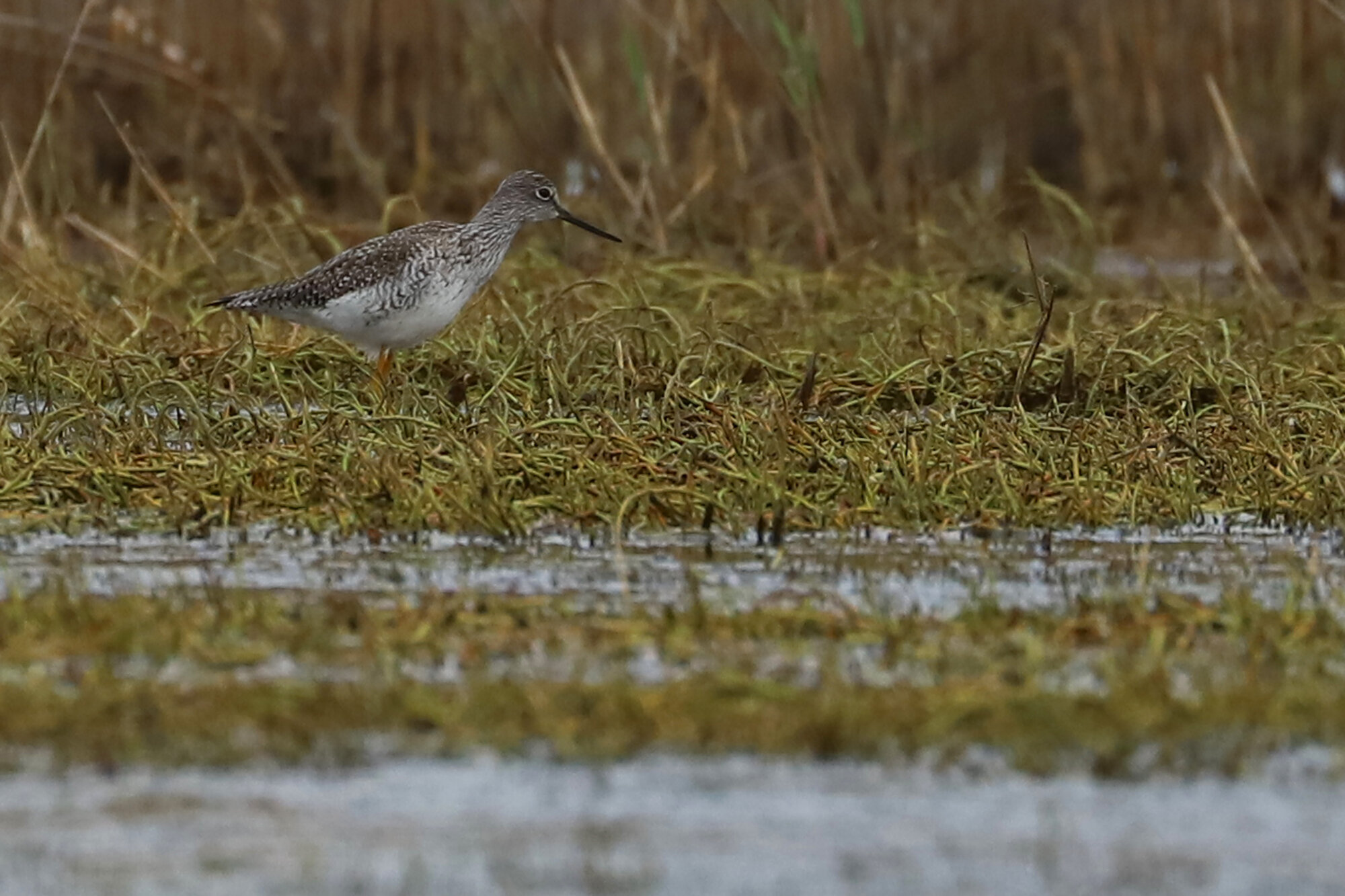
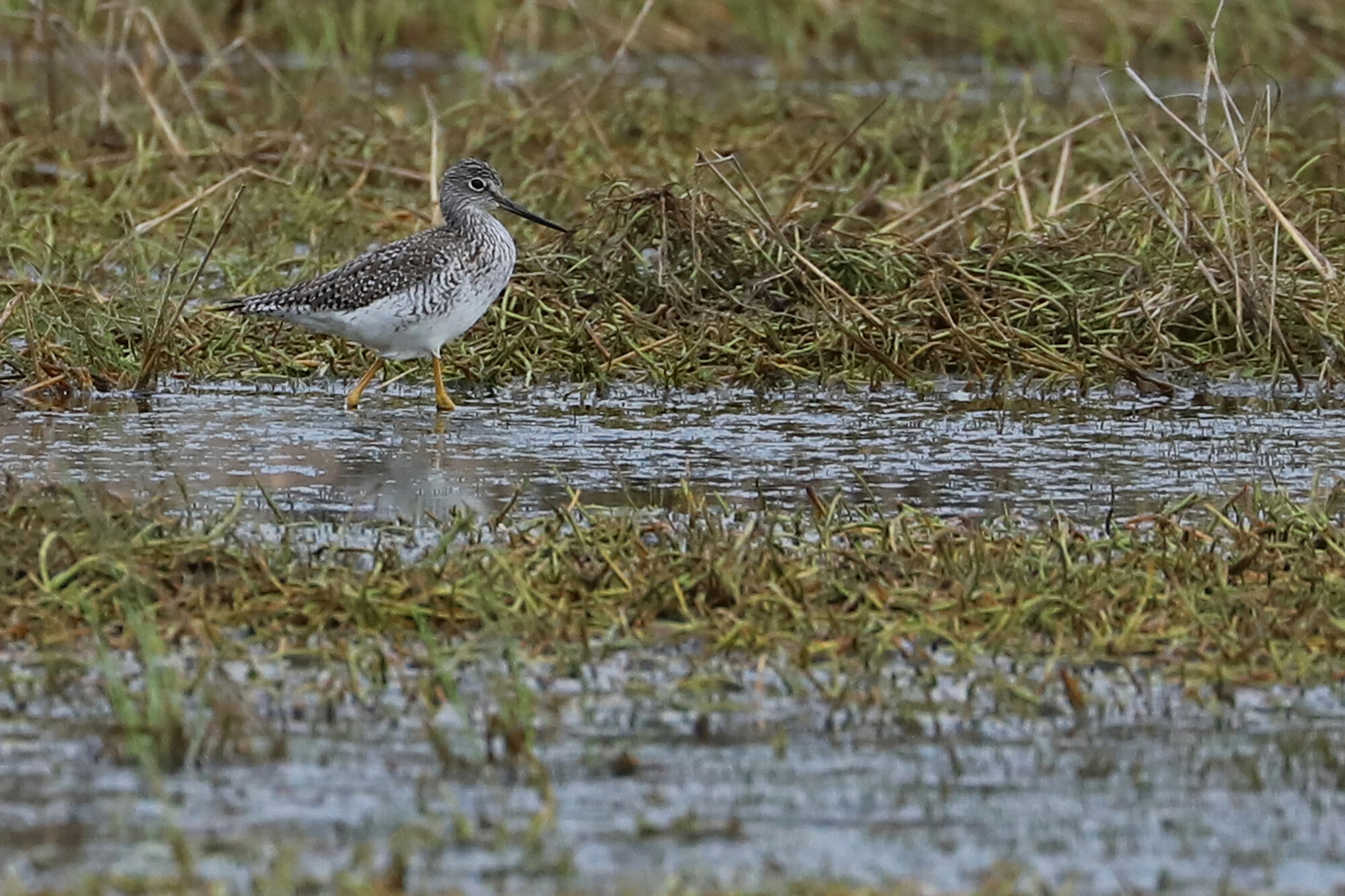
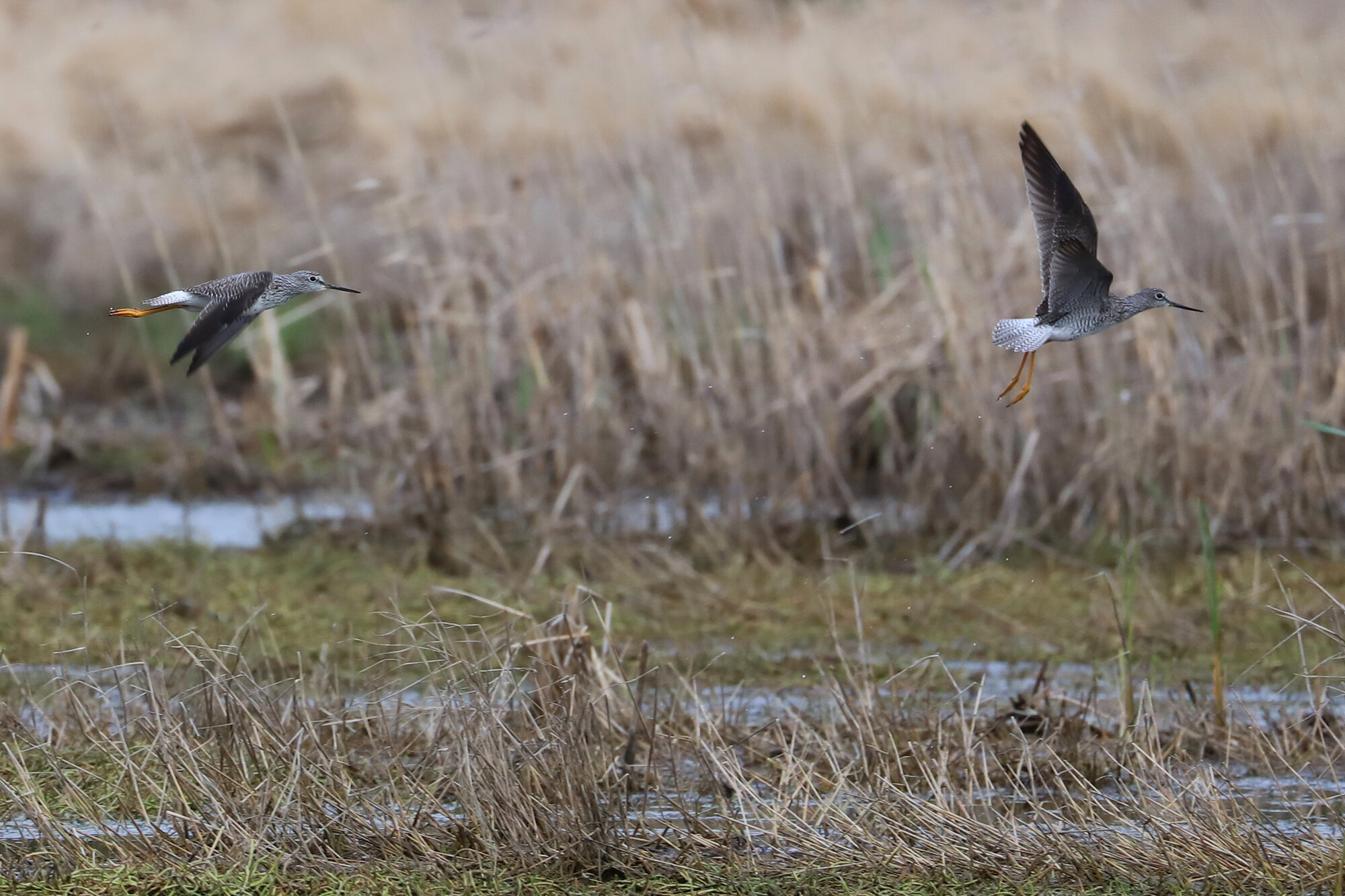
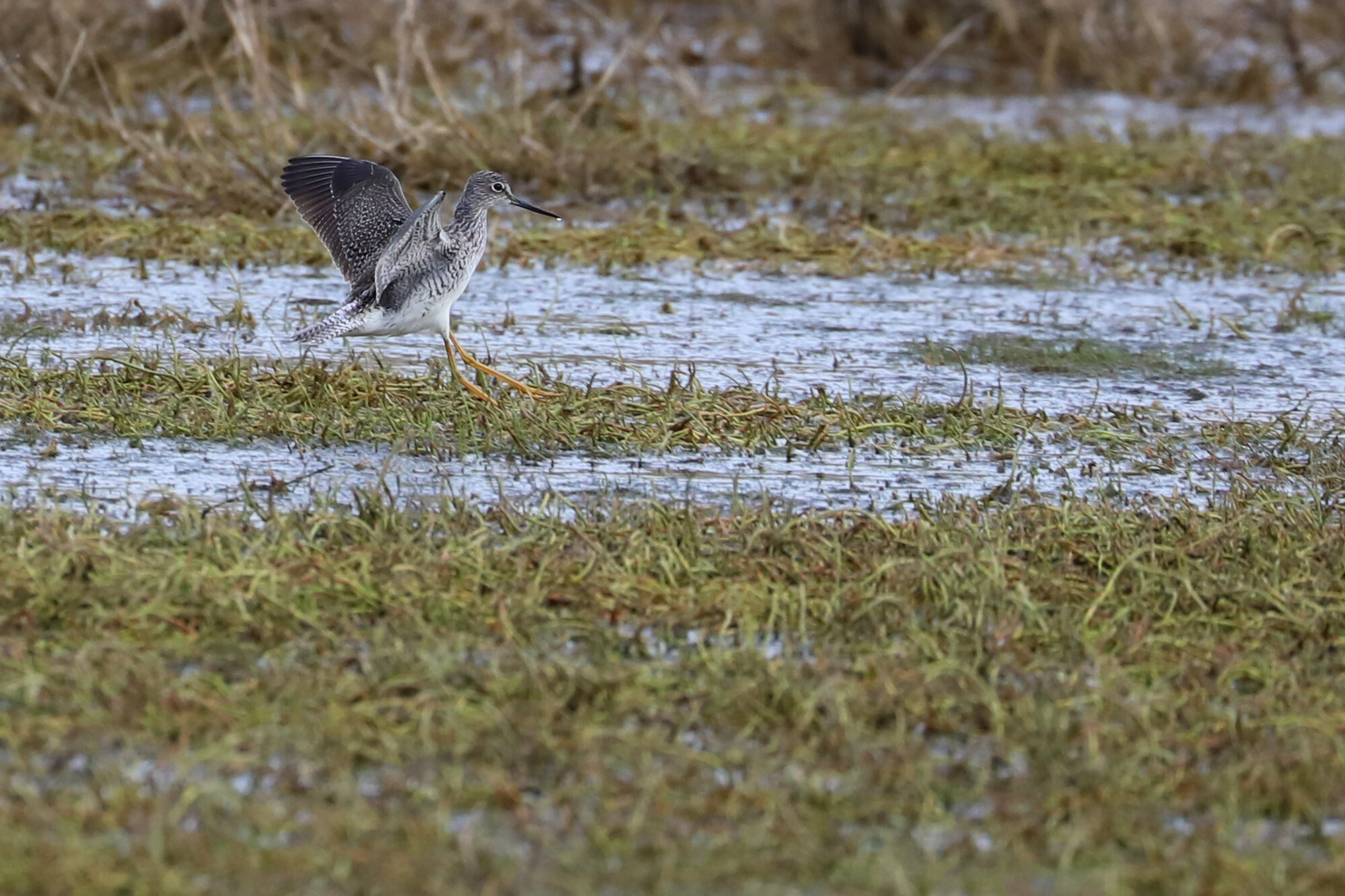

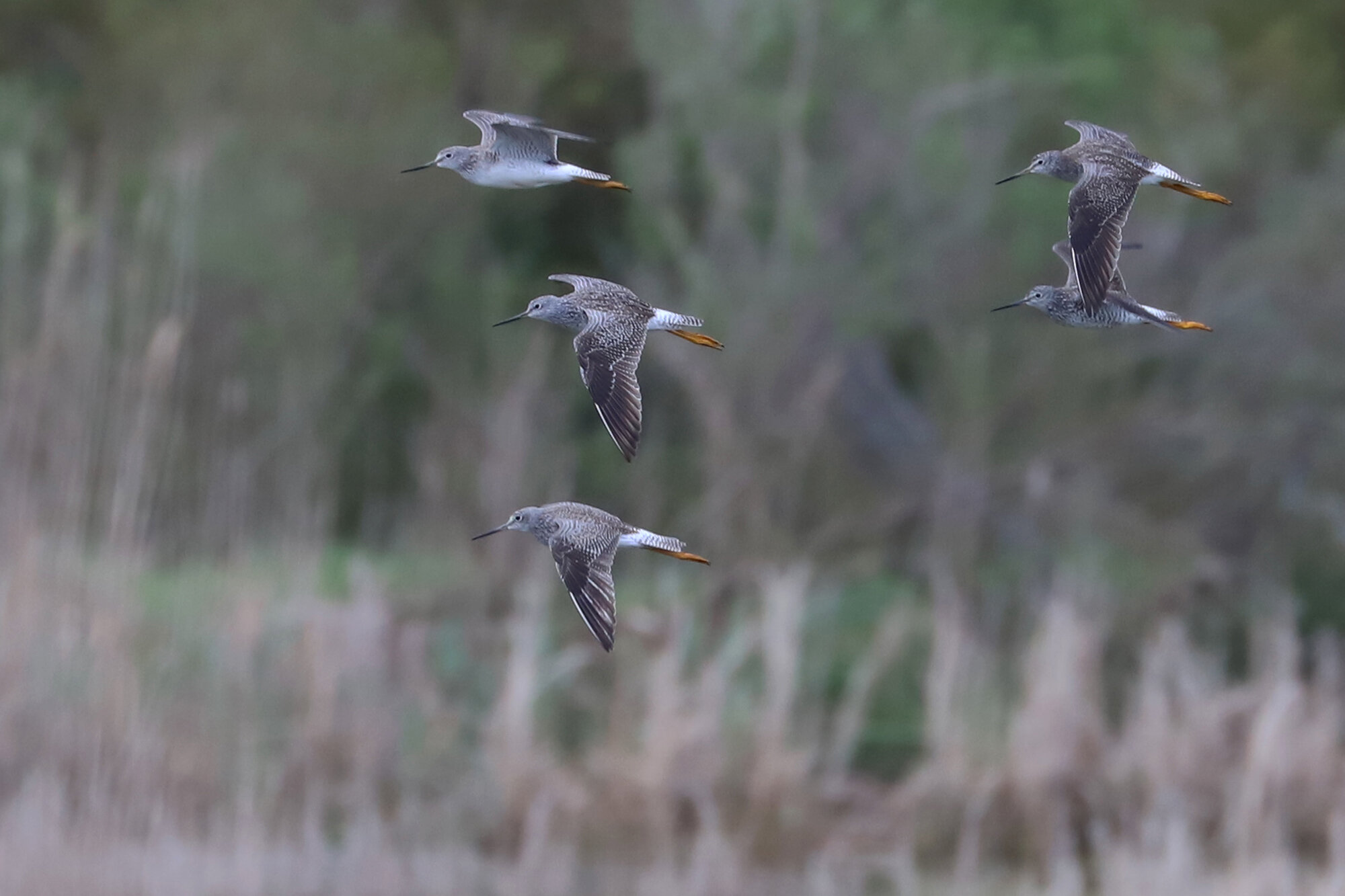
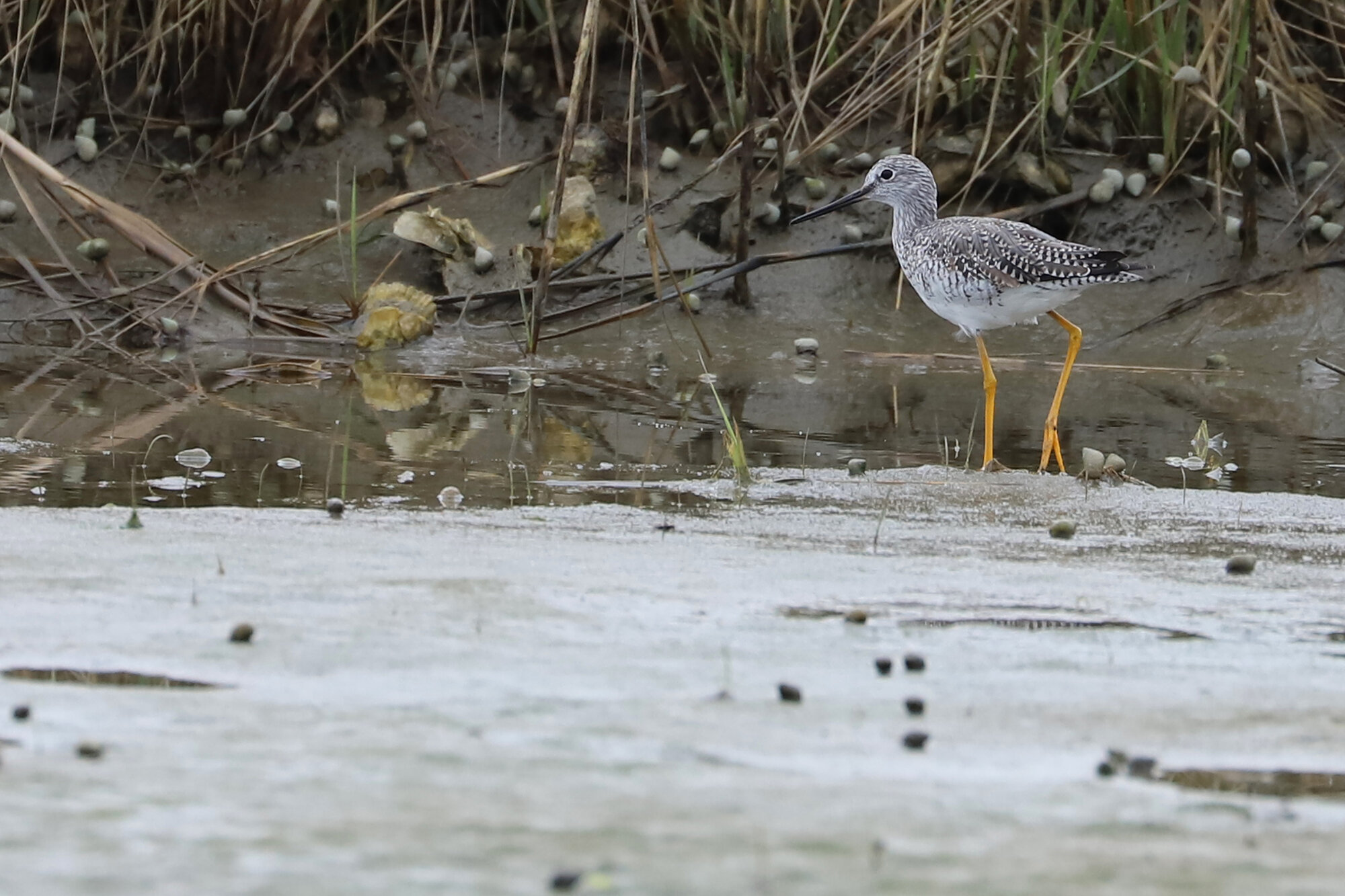
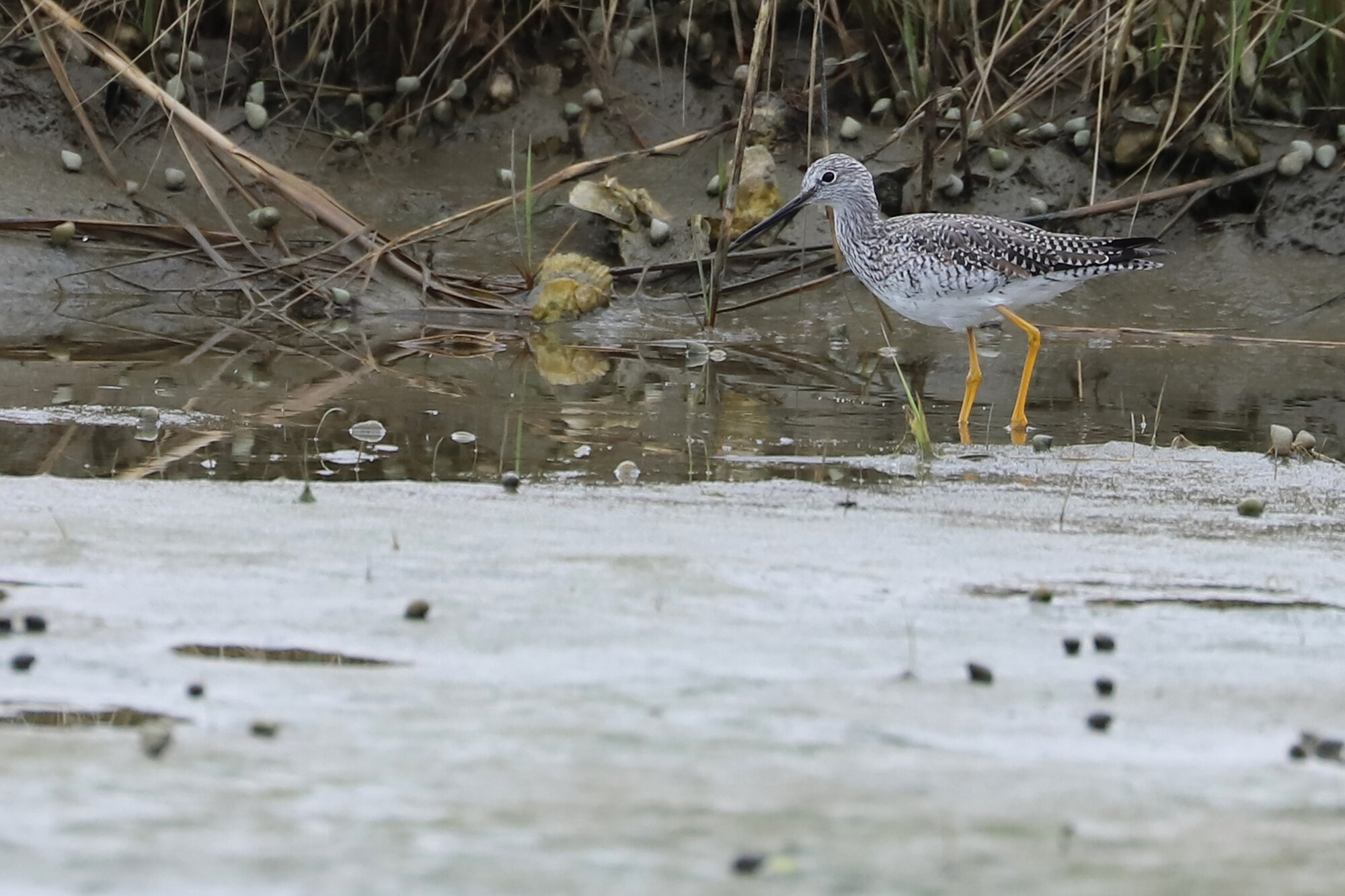
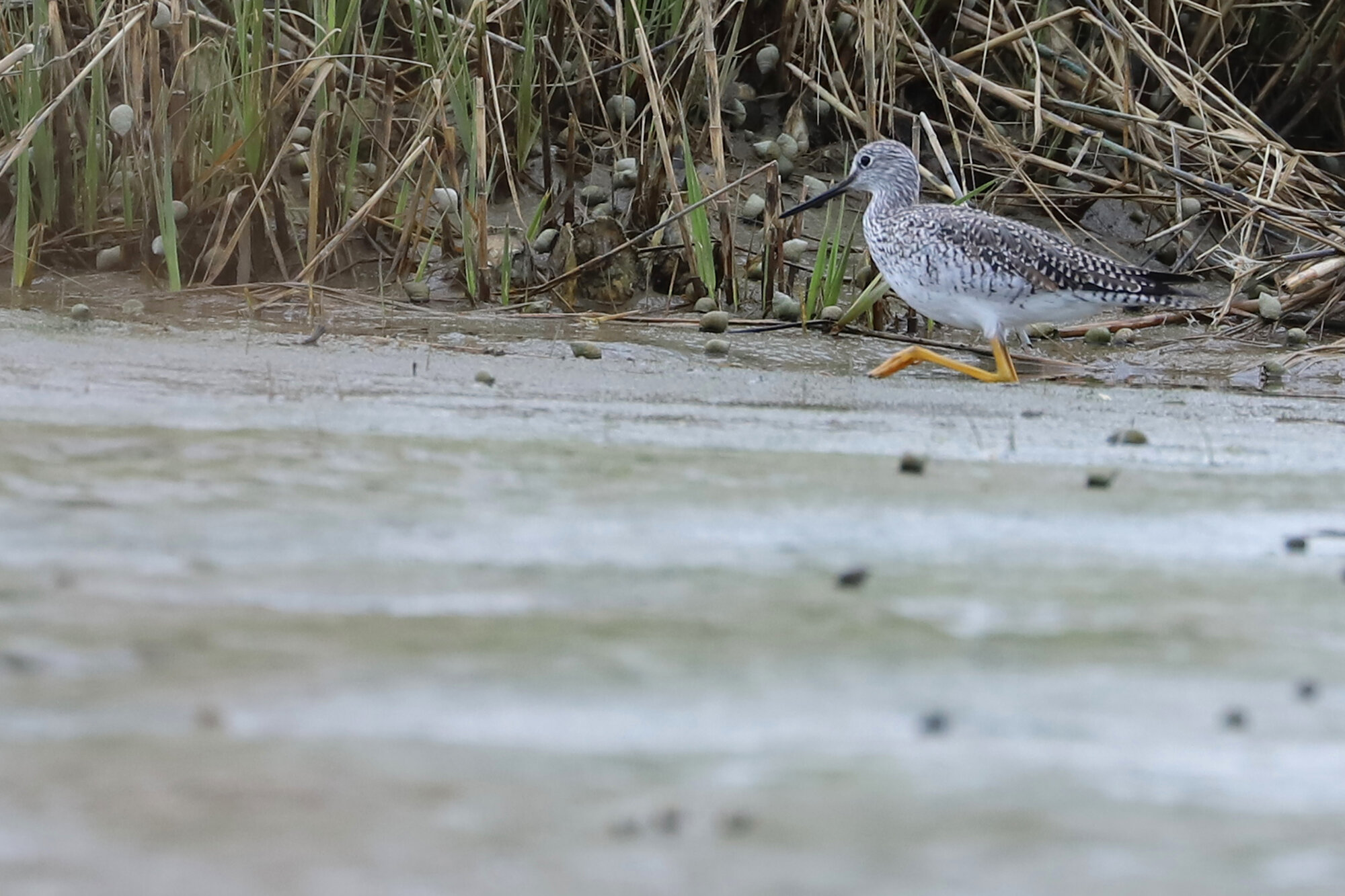
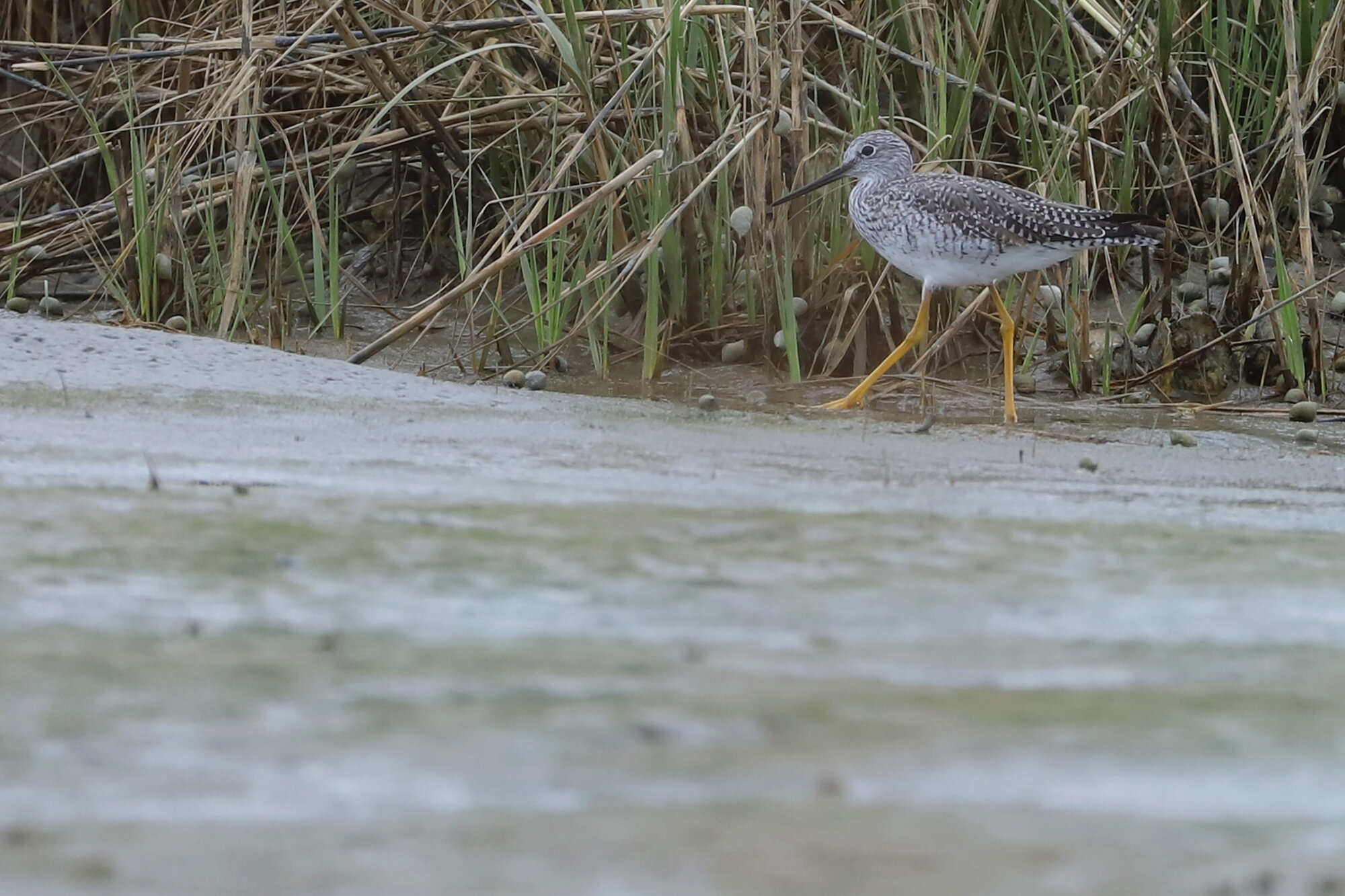
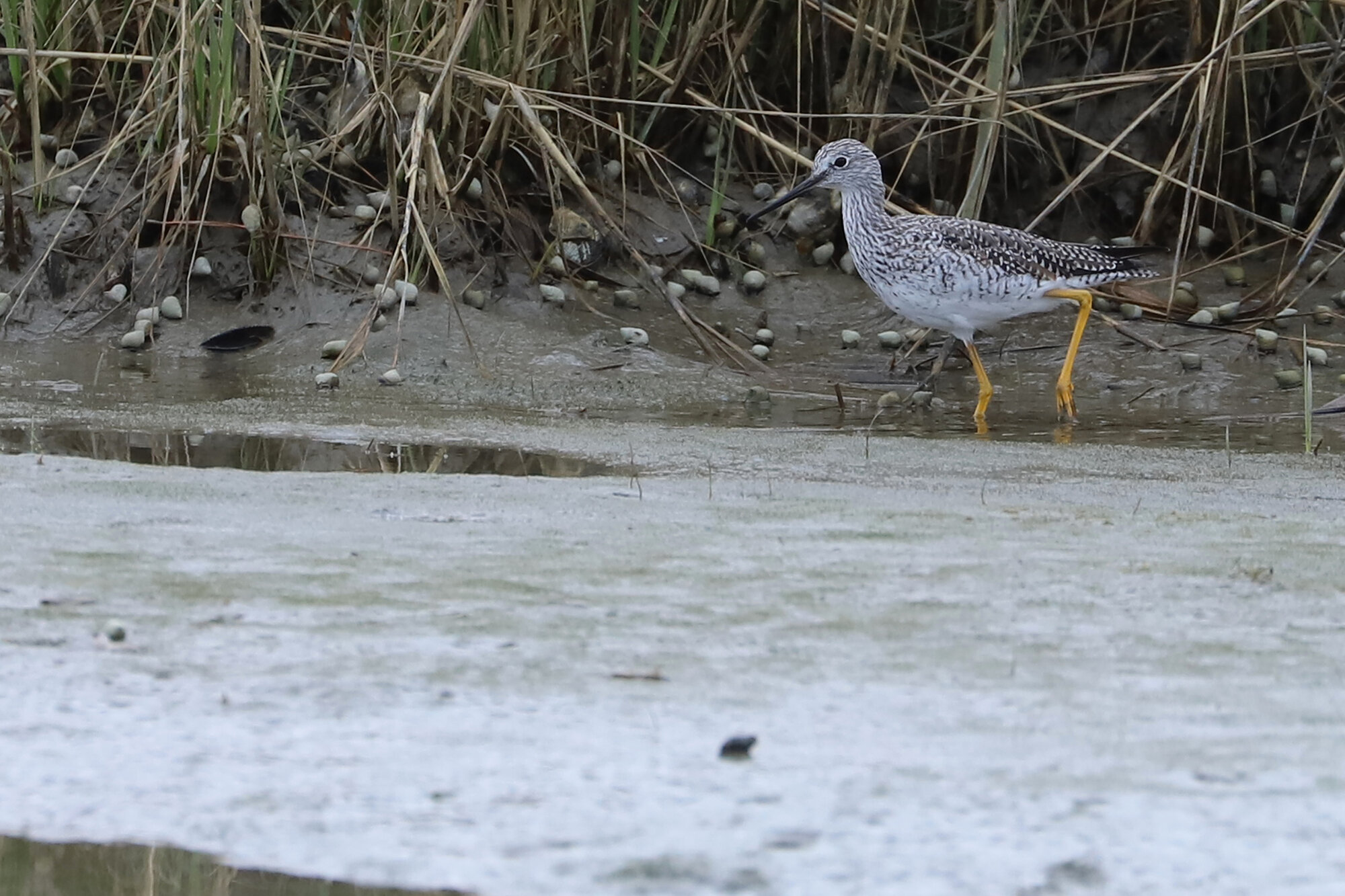
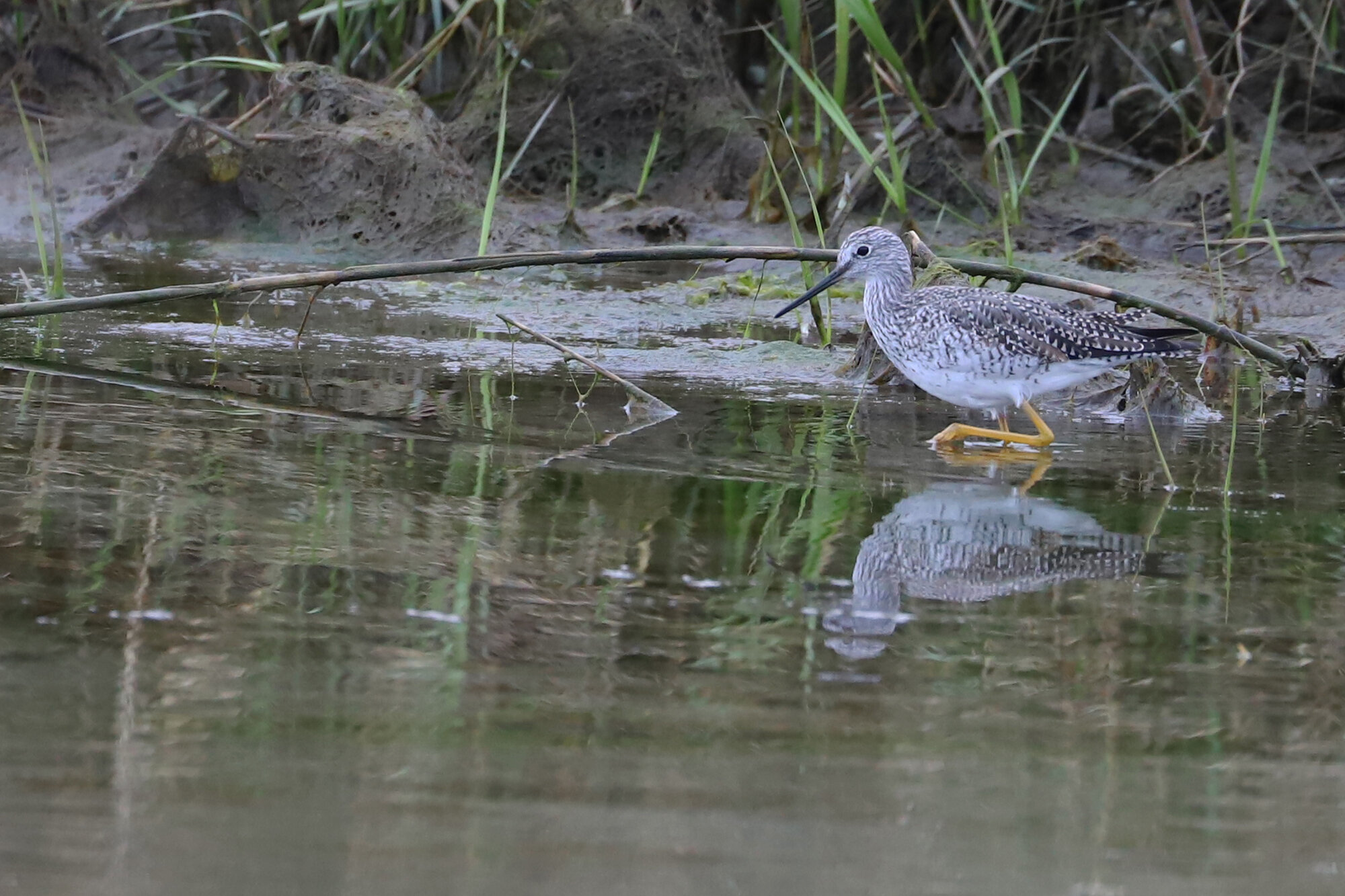
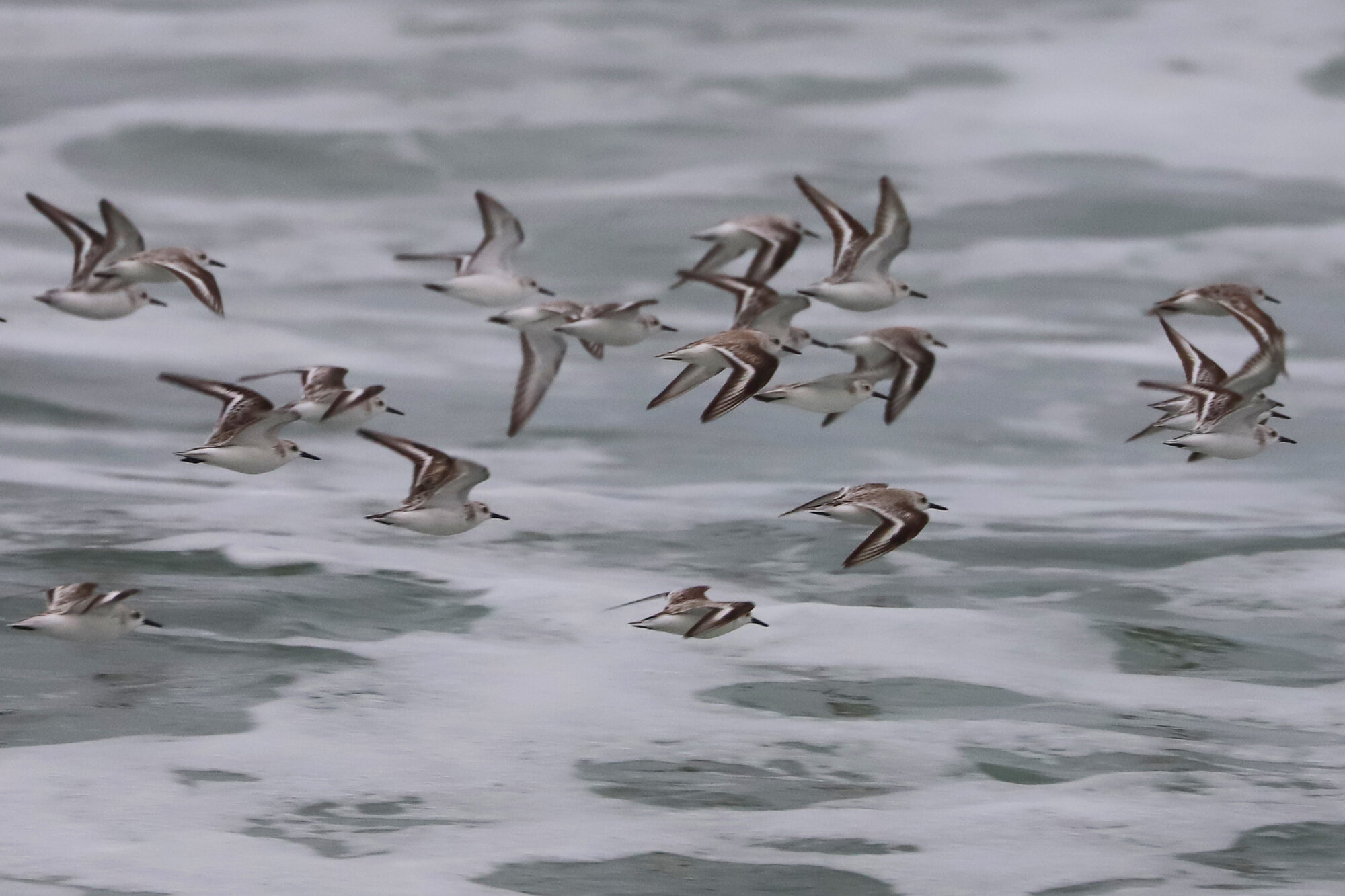
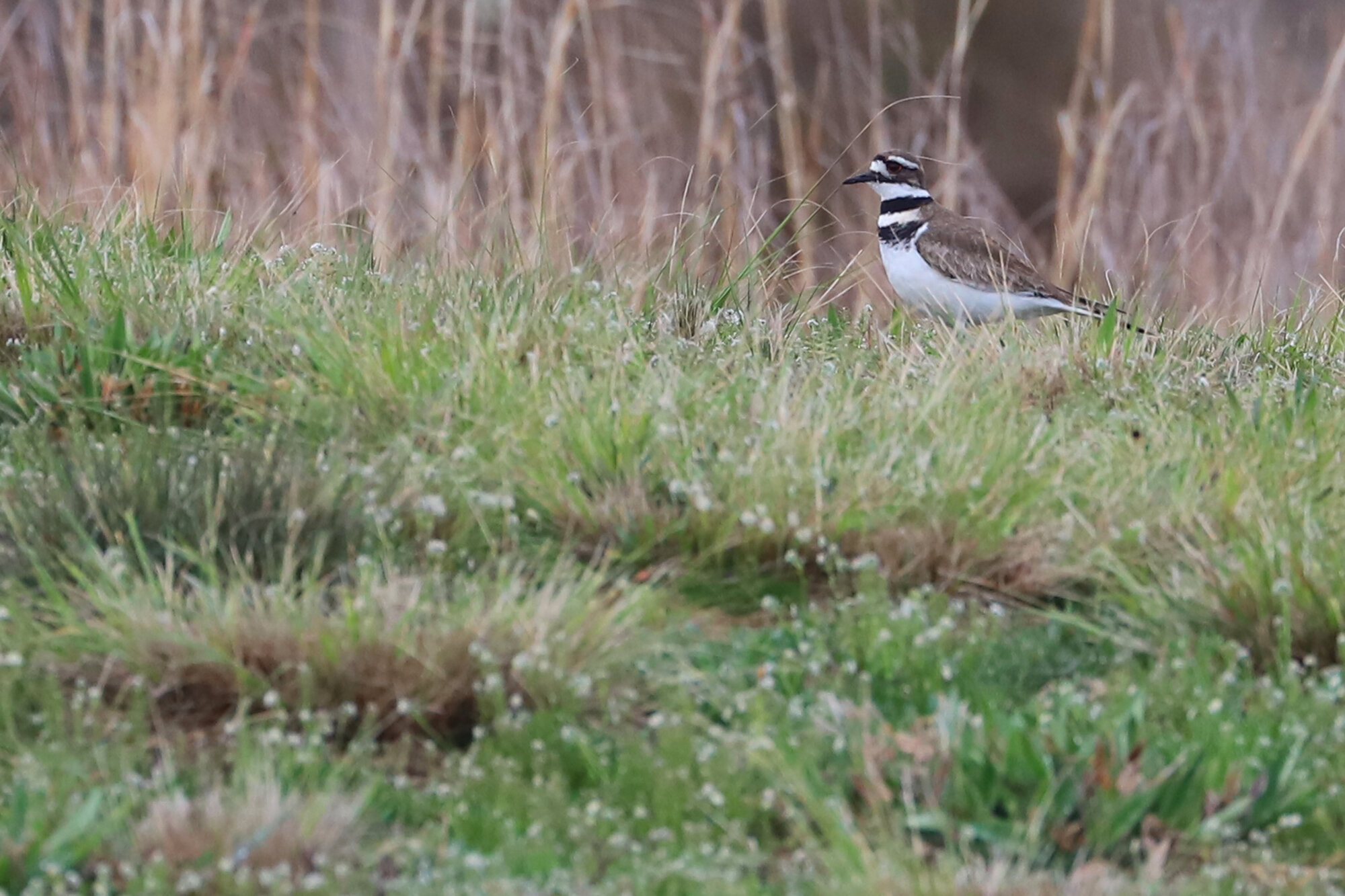
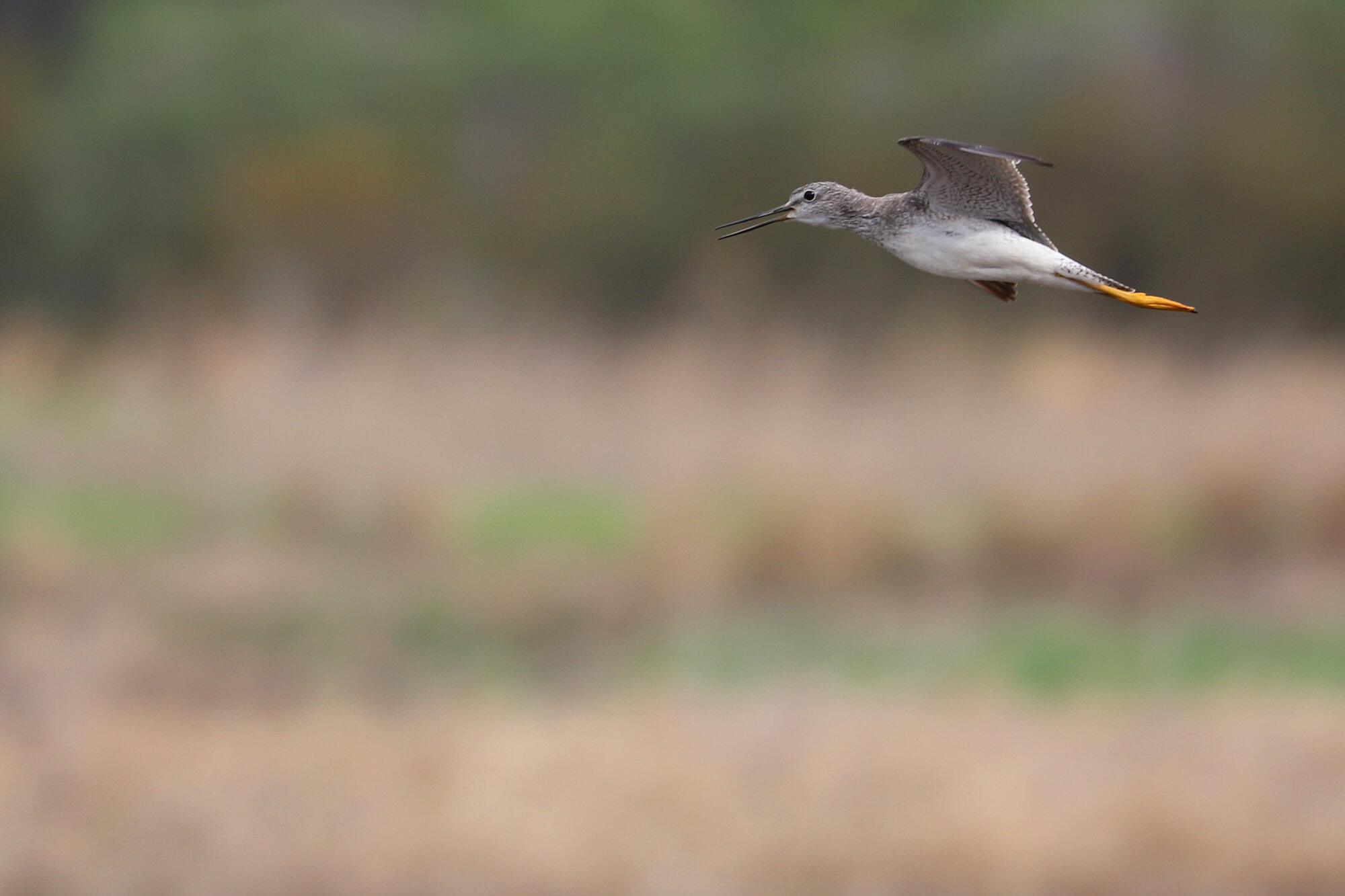

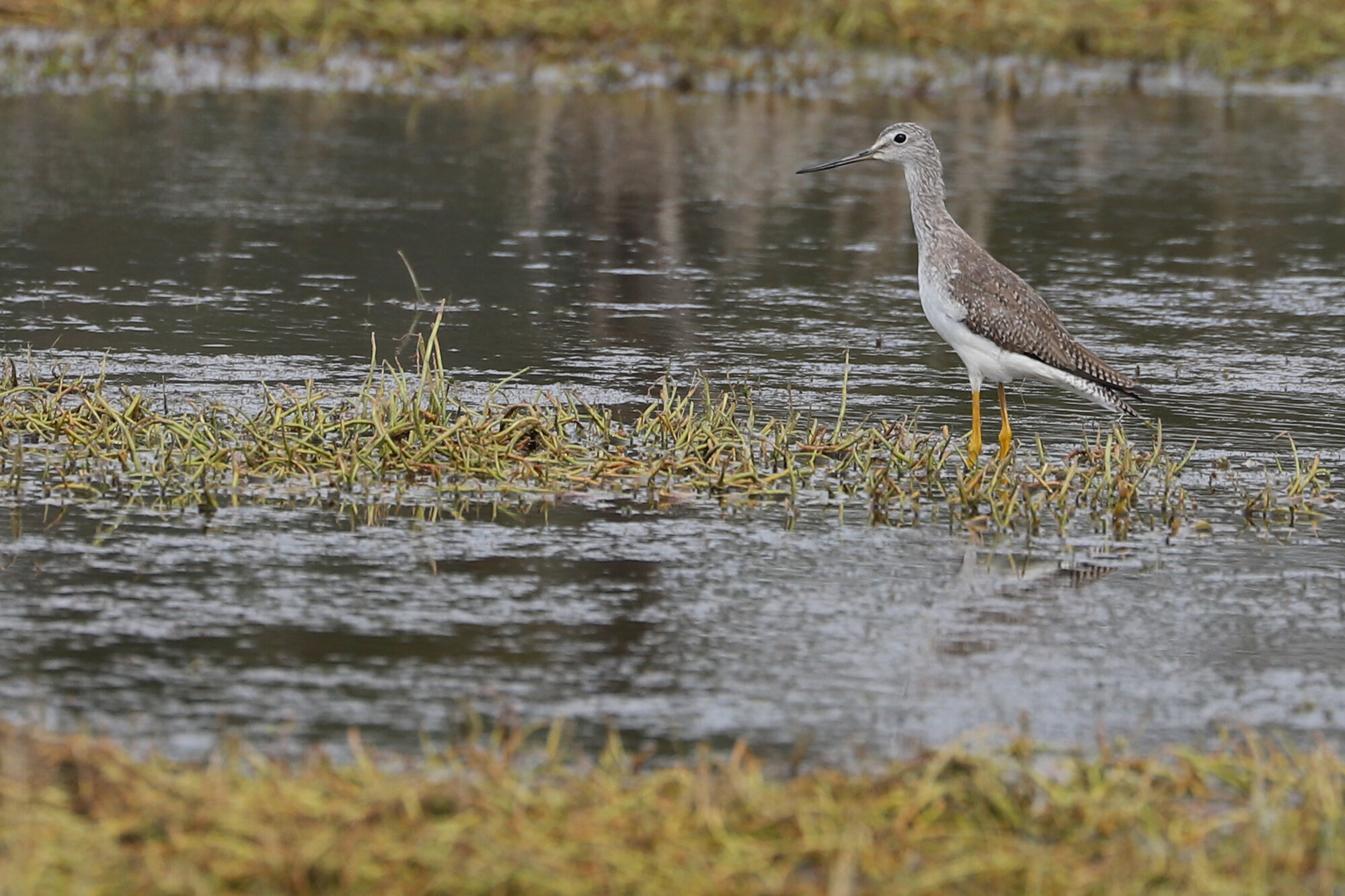
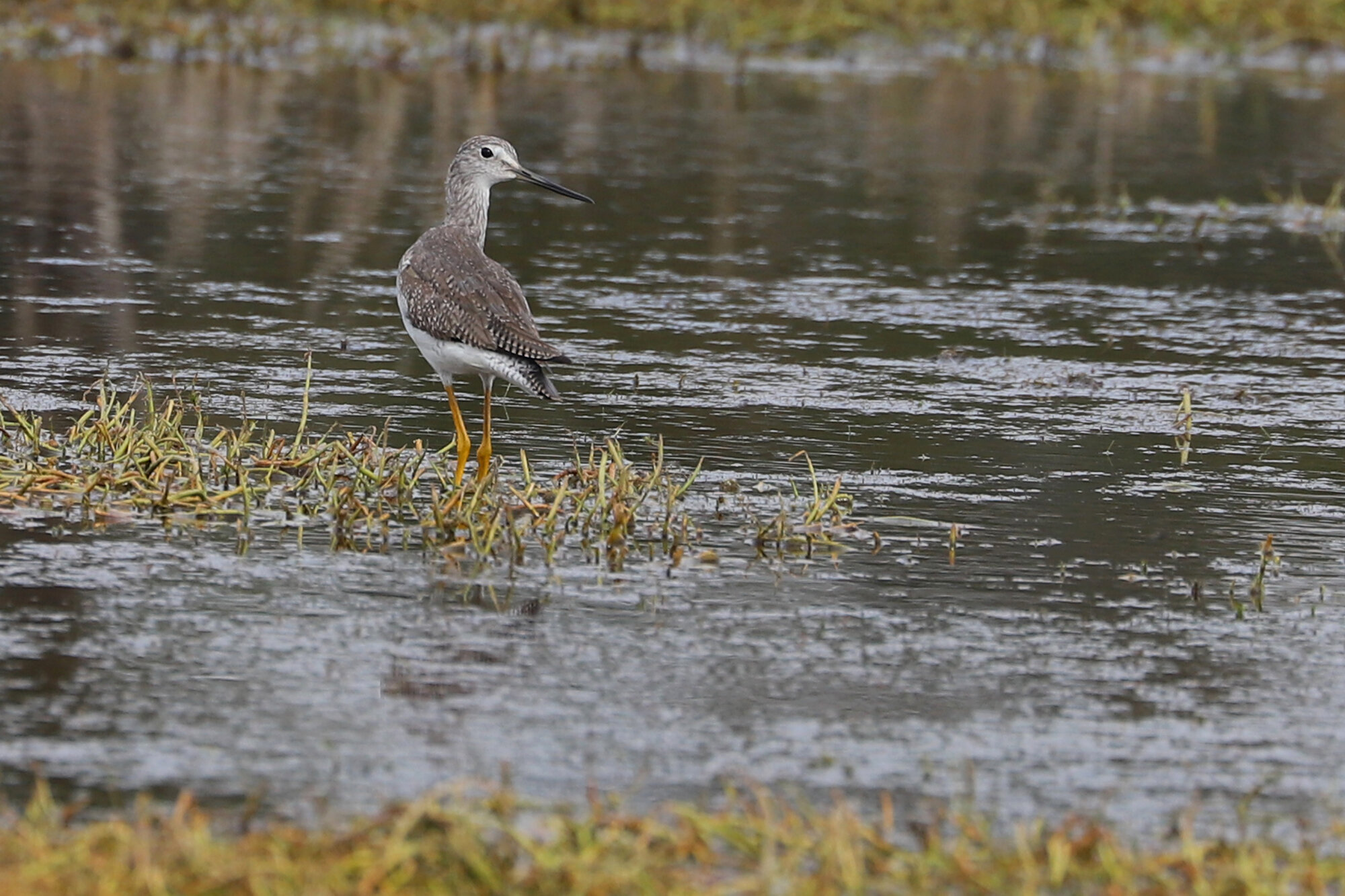

Very early, and only the second occurrence in any March here in Virginia Beach as far as eBird records go, a PROTHONOTARY WARBLER found at First Landing SP on 31 Mar (vis. Andrew Baldelli) was a great way to end the month in terms of warbler records! The only record that pre-dates this one across all years of eBird data so far entered for Virginia Beach was a photographed individual on the grounds of the Virginia Aquarium & Marine Science Center on 26 Mar 2016 (ph. Joe & Liz Dunkleman), and 10 Apr is more typical as far as an average spring arrival dates goes. The 2020 records came on the heels of an extensive field of strong southwesterly winds that reached from the Gulf of Mexico all the way up to the mid-Atlantic. Other Prothonotary Warblers popped up on the Suffolk & Chesapeake sides of the Great Dismal Swamp NWR, but the individual at First Landing SP proved to be the most northerly report for the species during March! (Mar 2020 Map)
Highly unexpected between early November and late April, a CAPE MAY WARBLER visiting a private feeder in Kempsville provided another excellent warbler record during March. This individual first came to the birding community’s eye via the Hampton Roads Wildlife Enthusiasts Facebook group, where photographs were posted, before the record then made its way into eBird. Records so far have been input for 8-10 Mar (vis. Mike Jacobs), but the individual was said to have been present in February as well, making it even more clearcut as a wintering individual. Virginia Beach boasts only one other winter record in eBird, with an individual visiting a suet feeder in Laurel Cove from 20 Jan-15 Feb 2016 (ph. Loretta Silvia). While Georgia and North Carolina each had two records for the species during March, there were no other records on the East Coast north of Florida, and this was the most northerly occurrence for the species! (Mar 2020 Map)
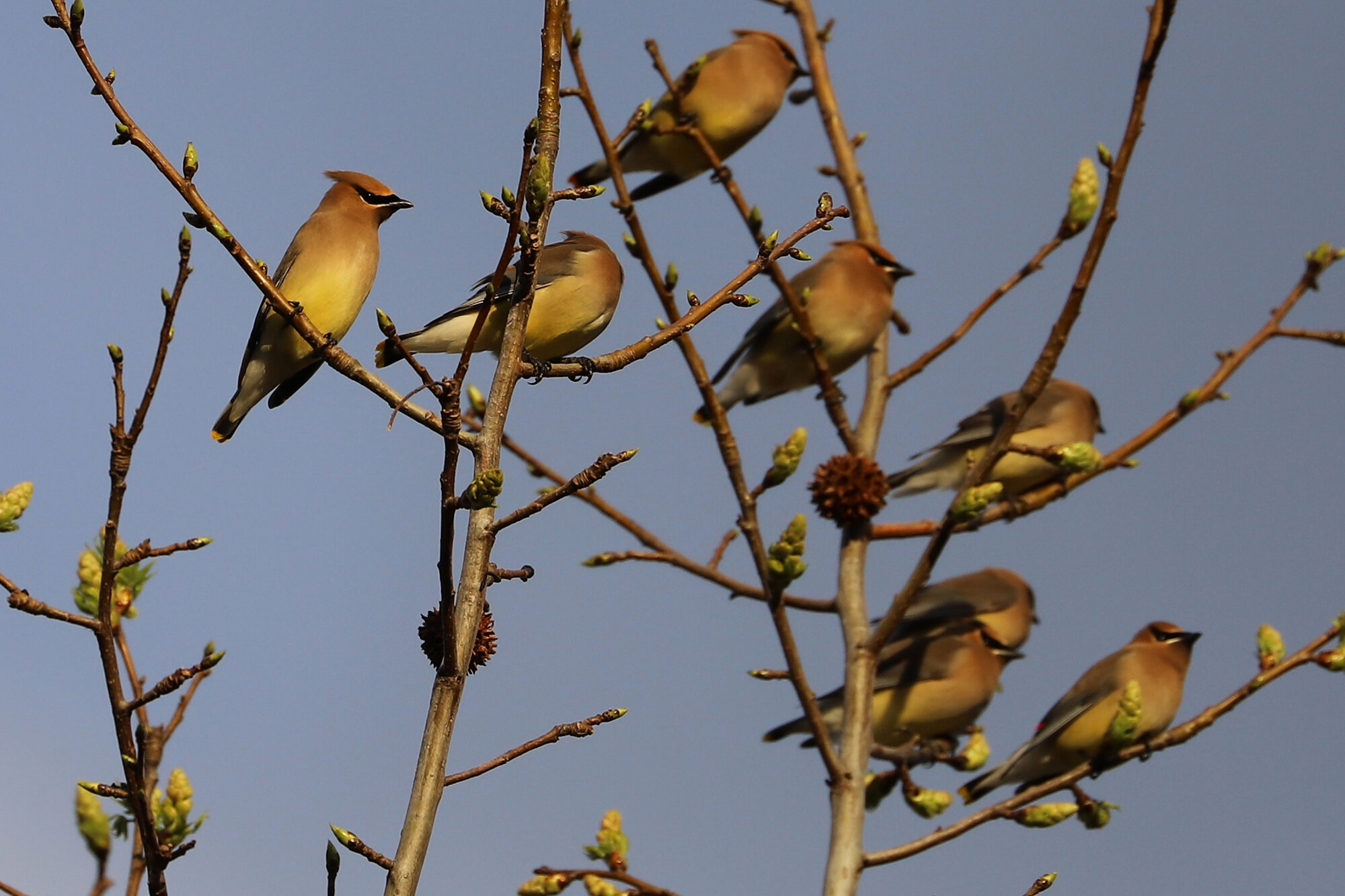
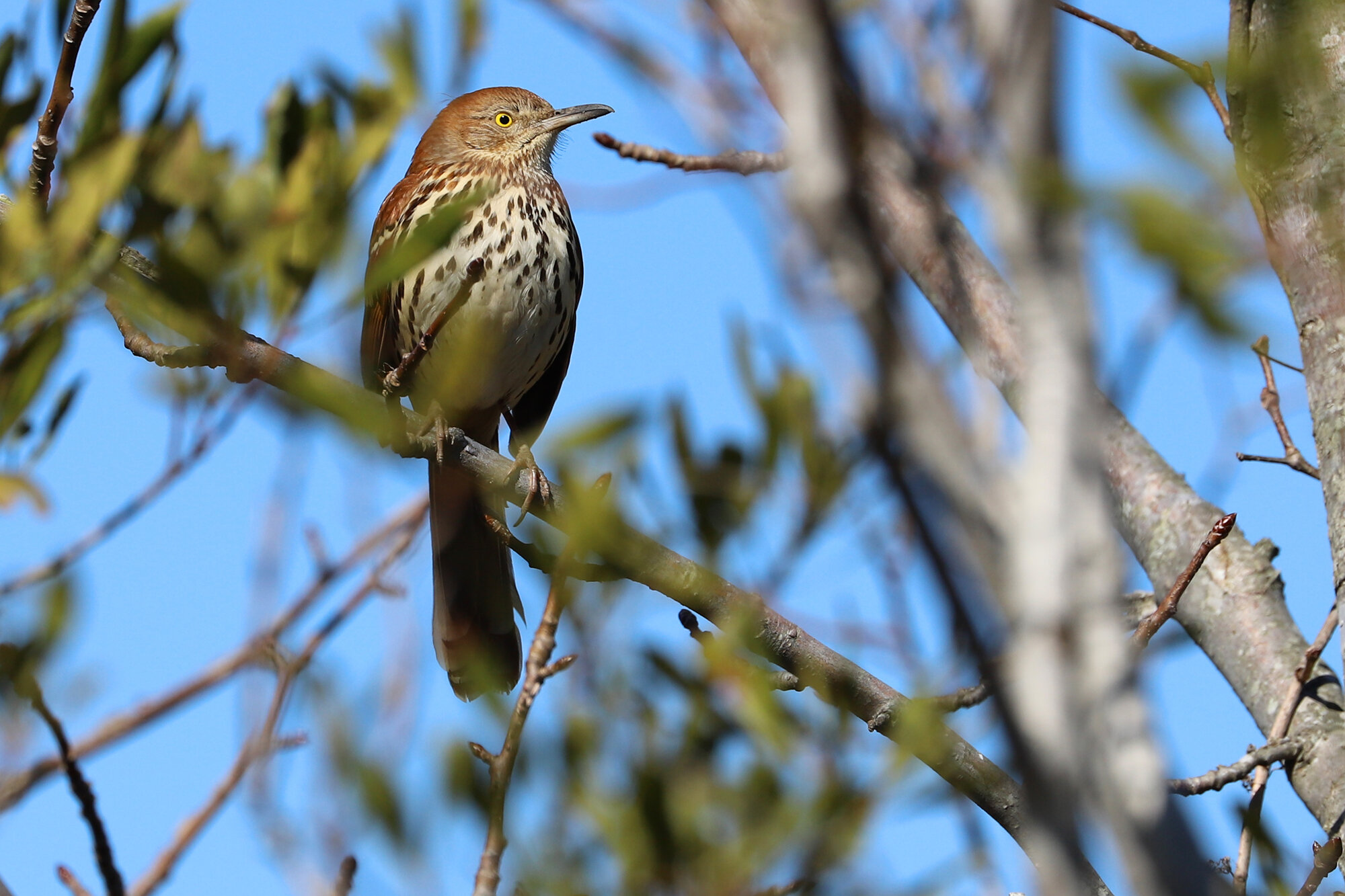

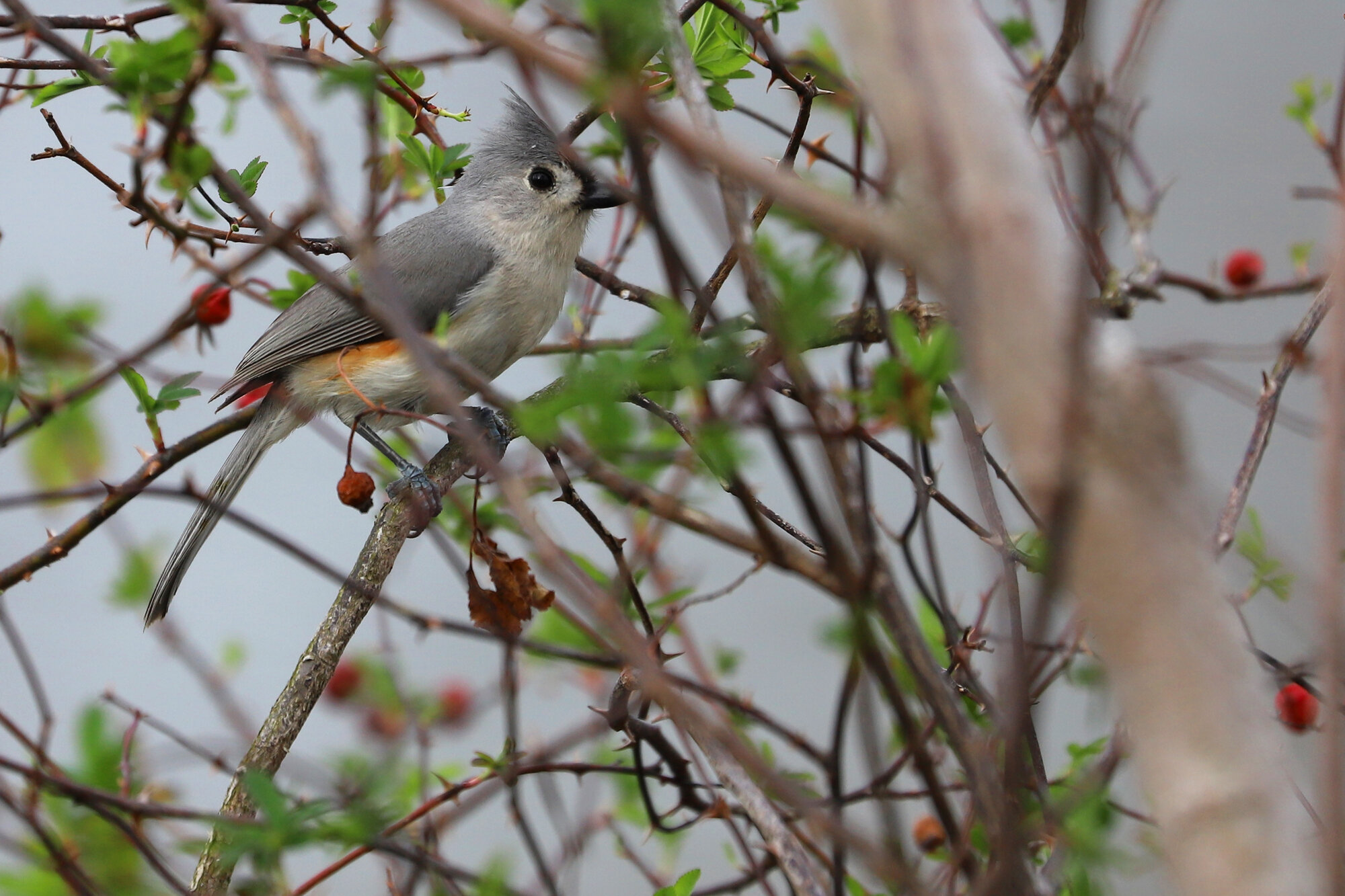
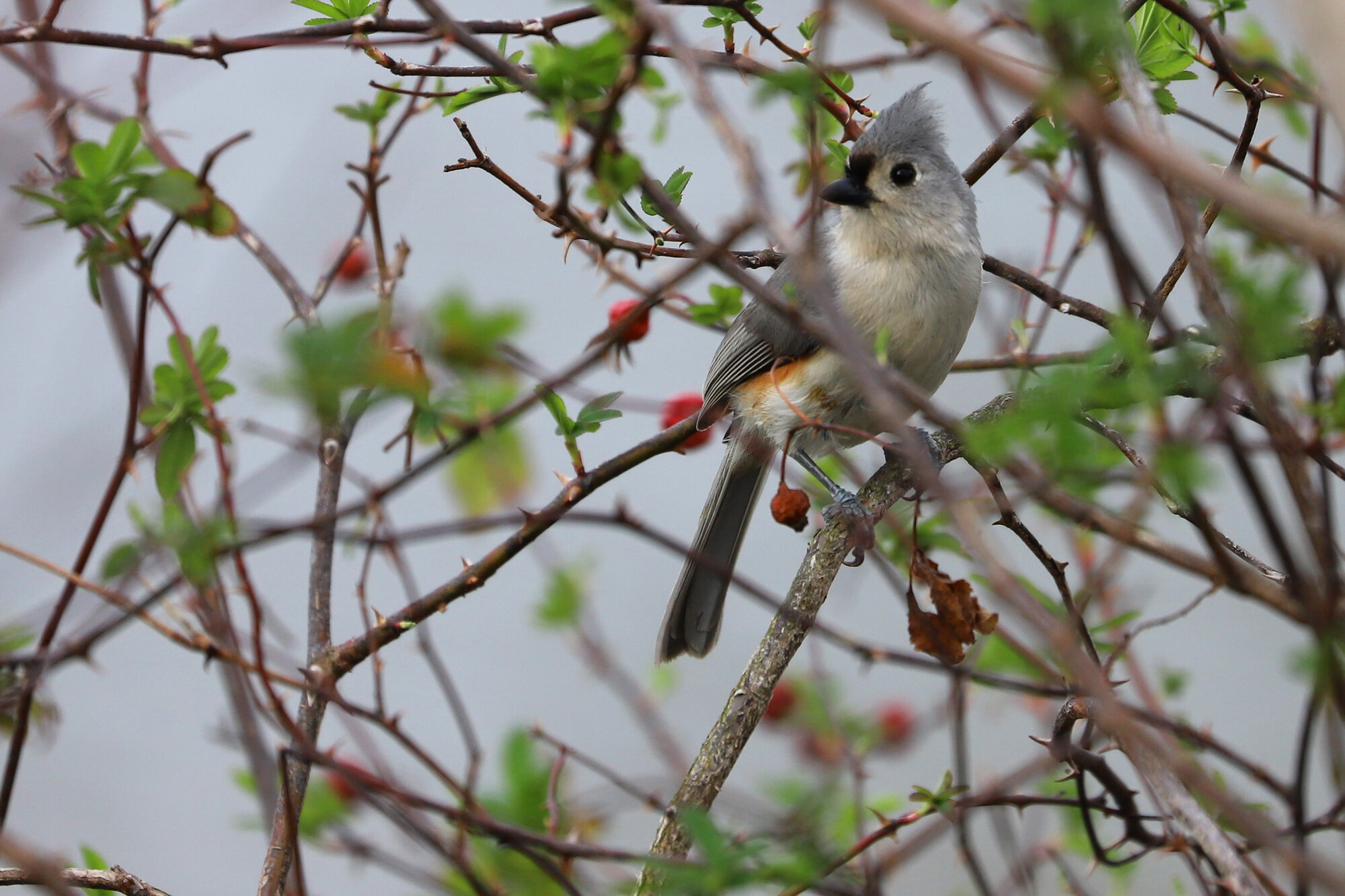
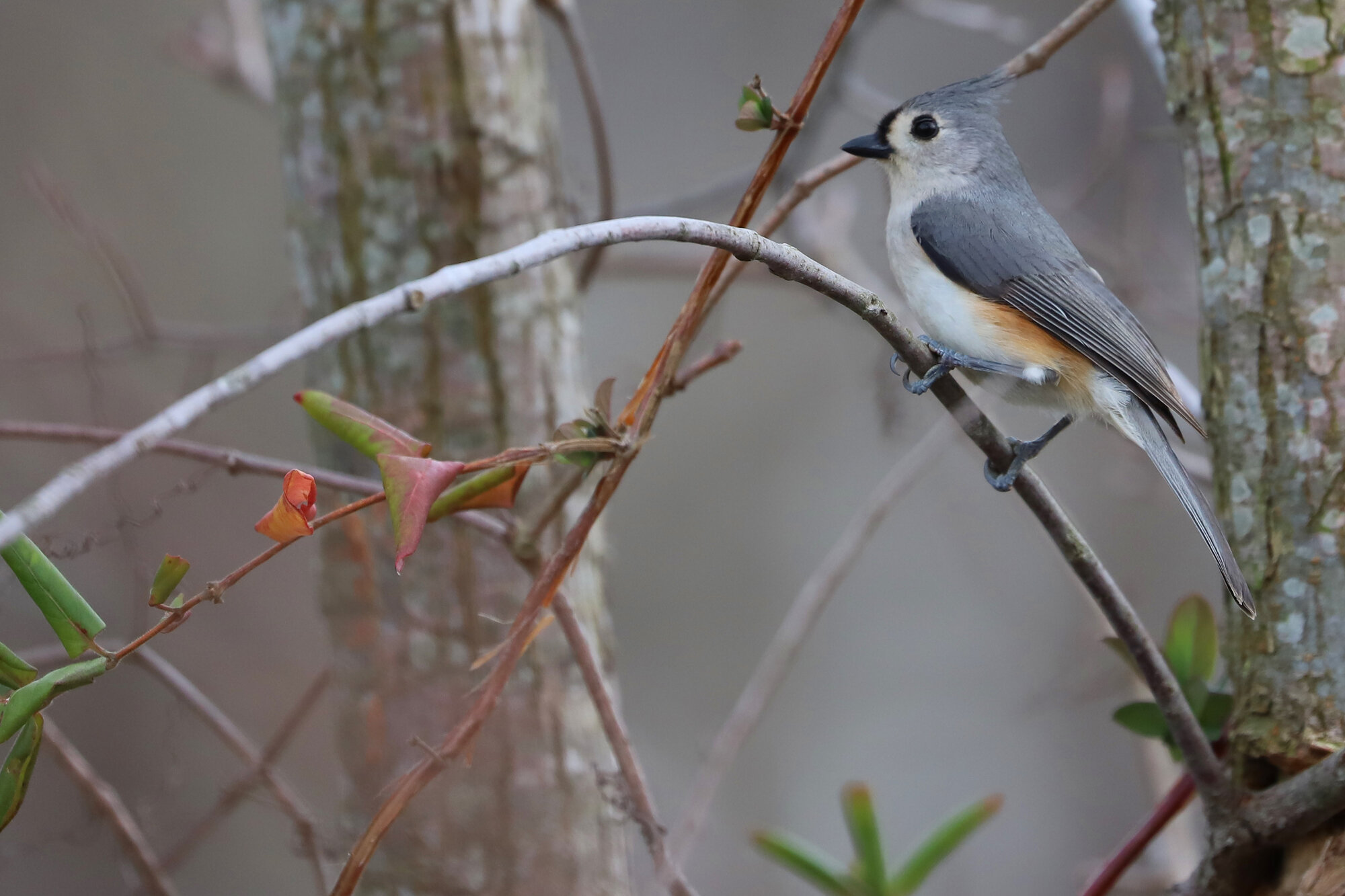

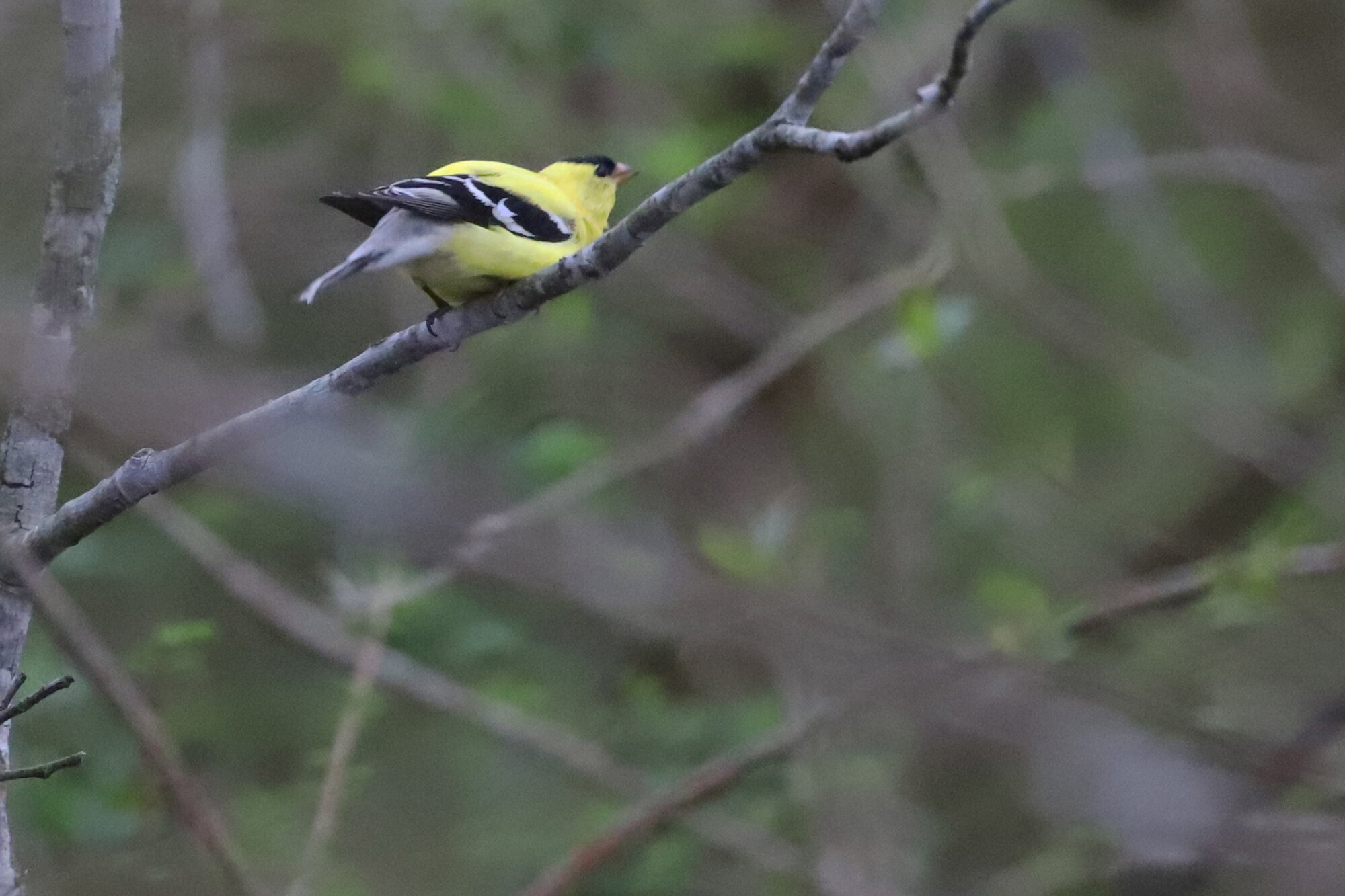
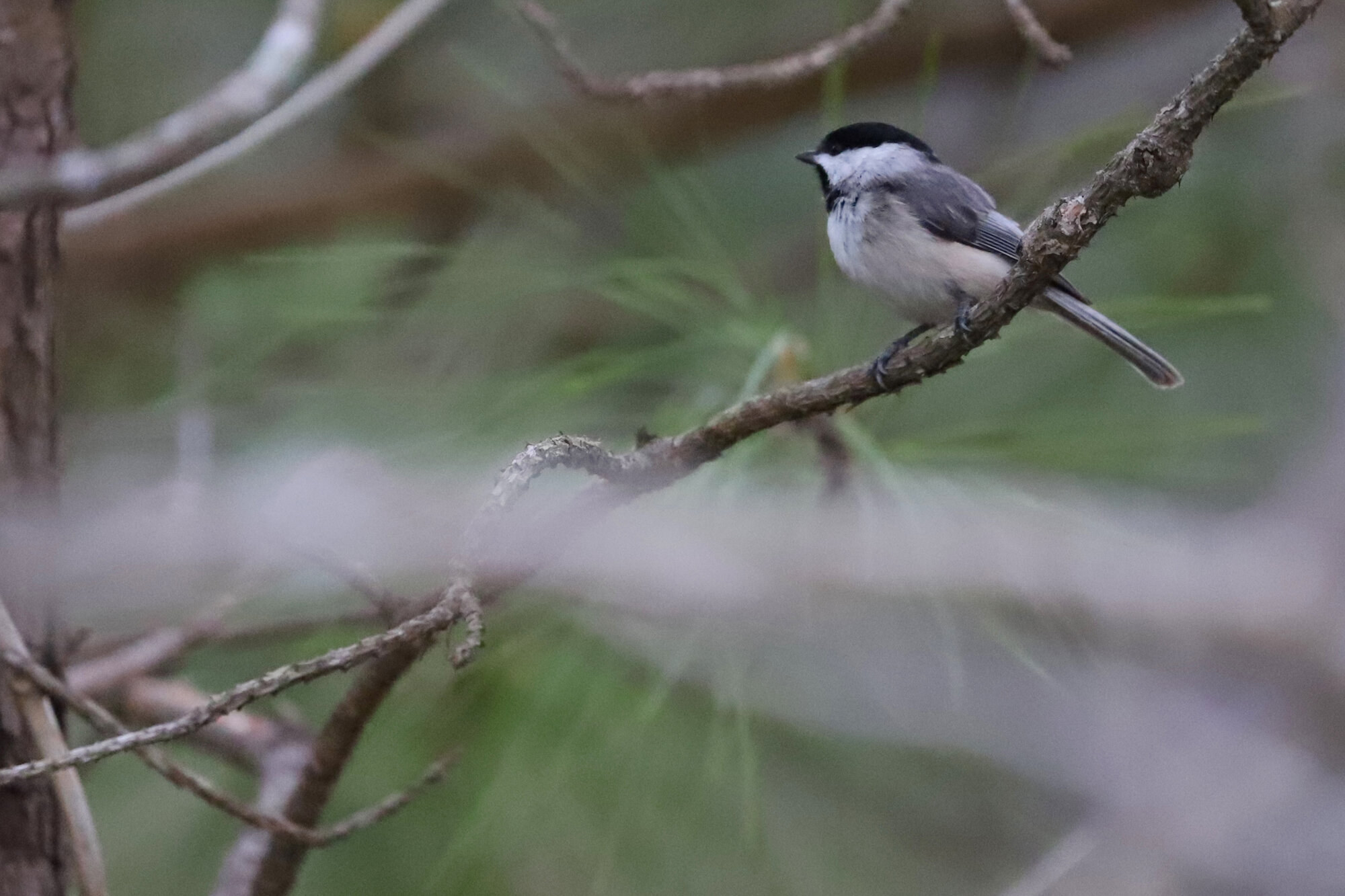
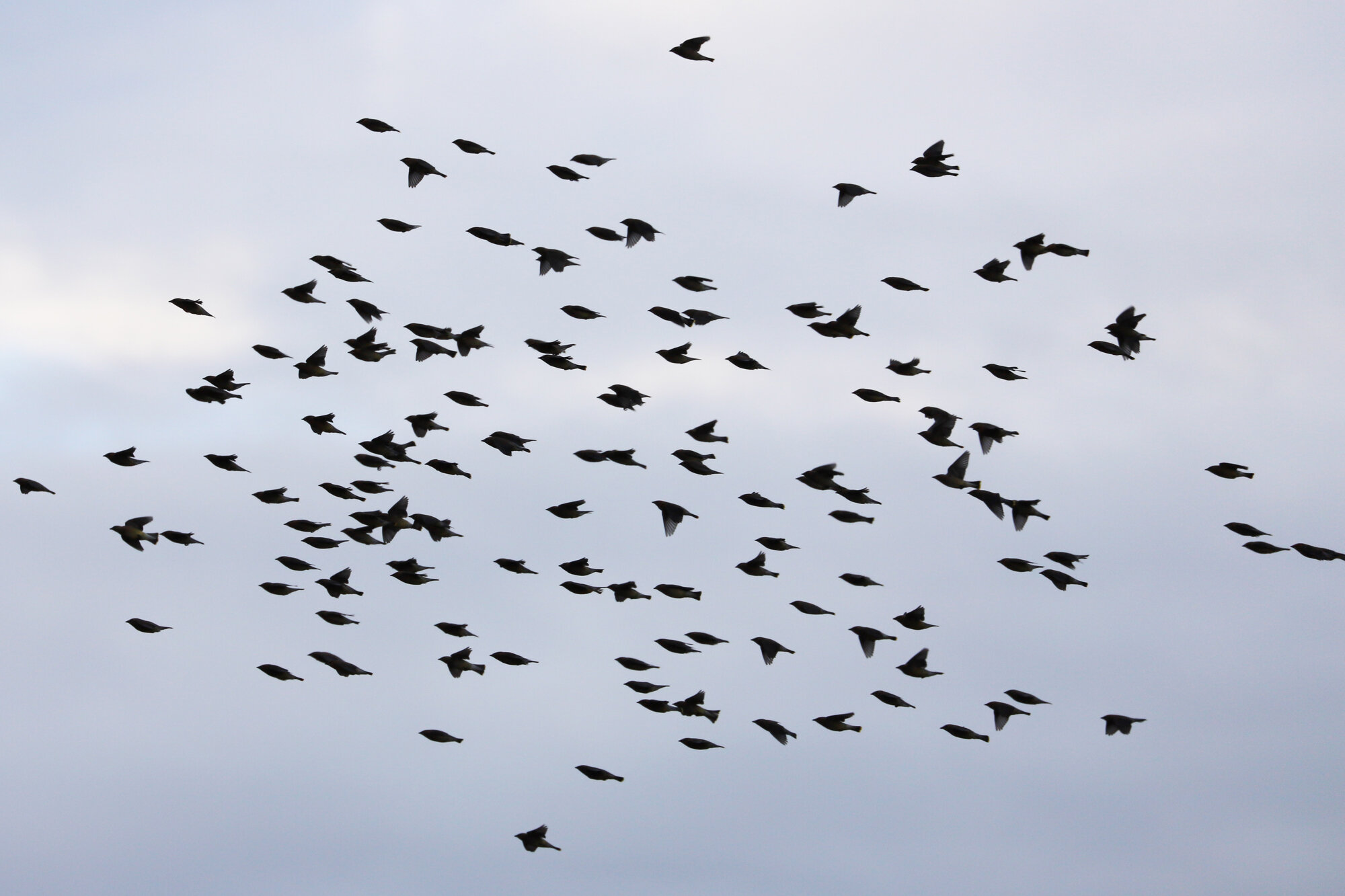
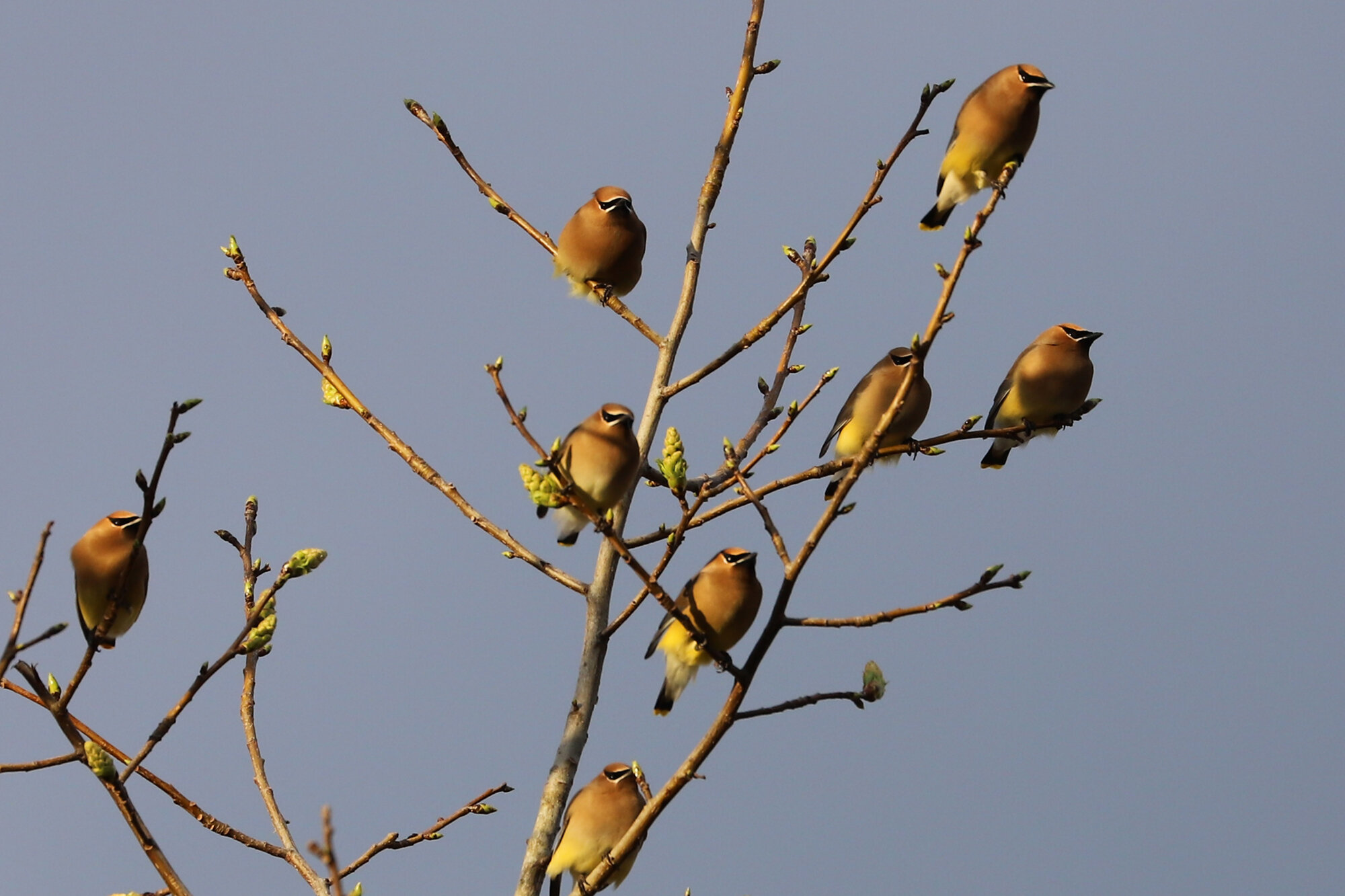
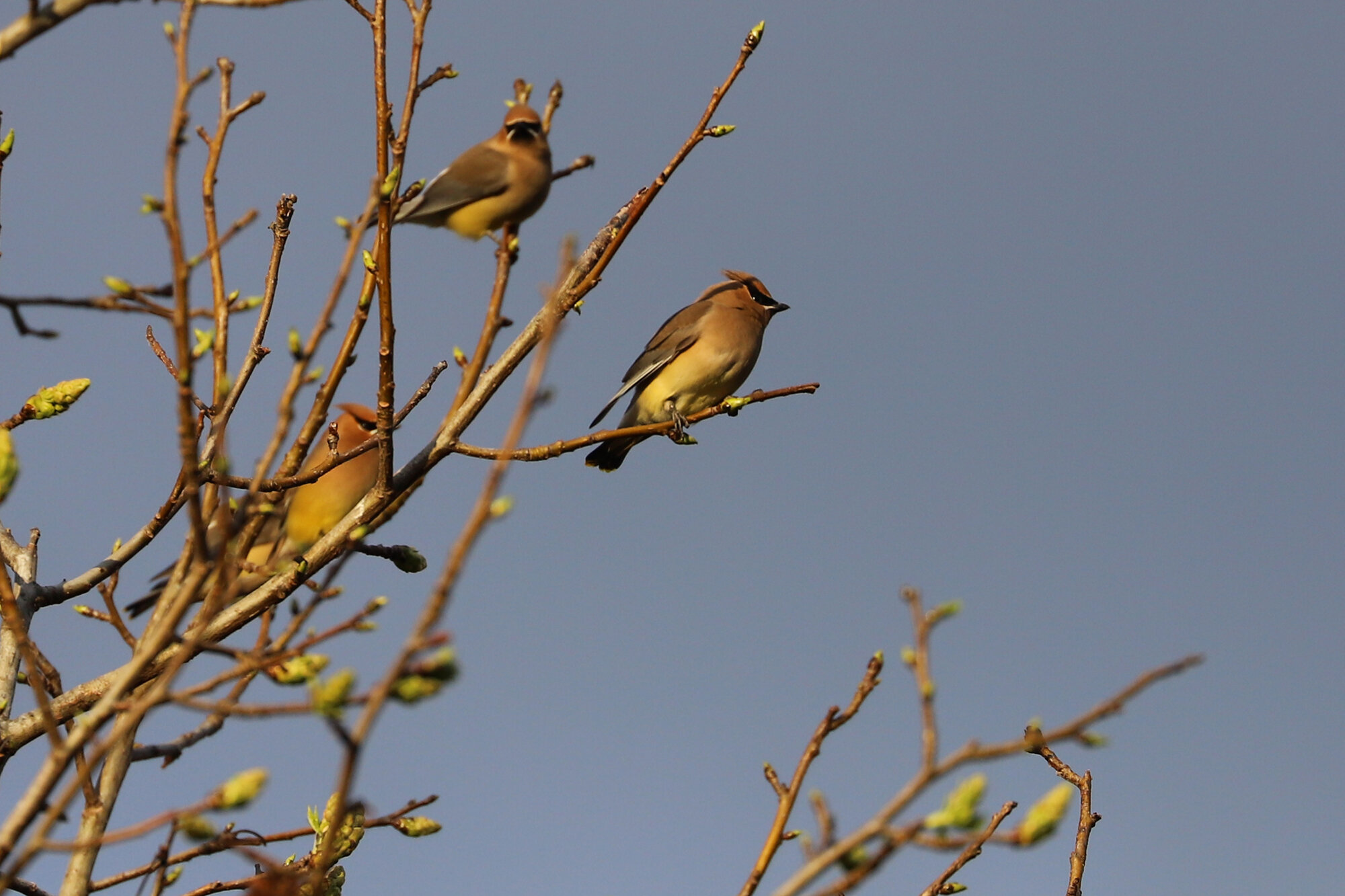

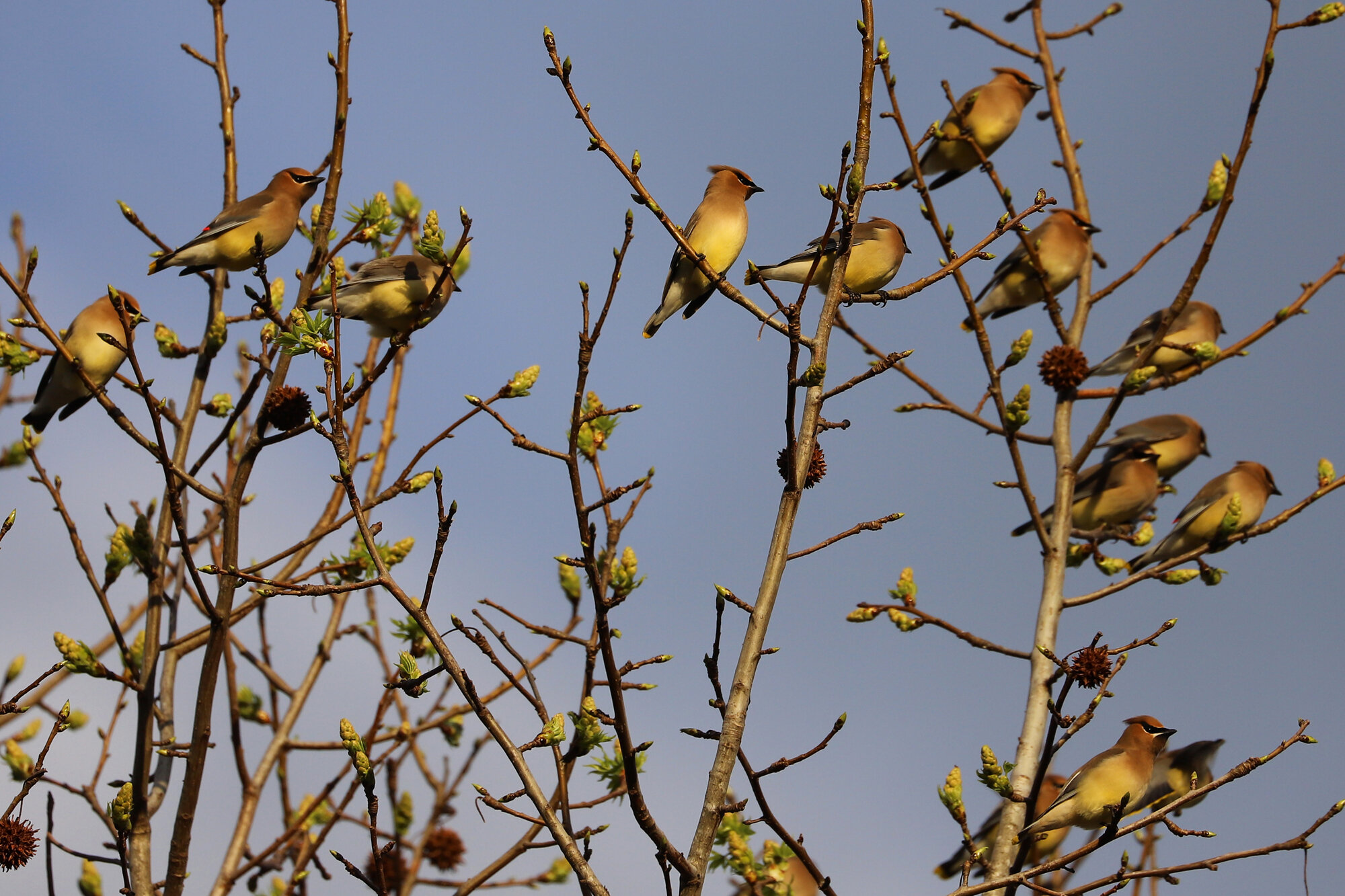
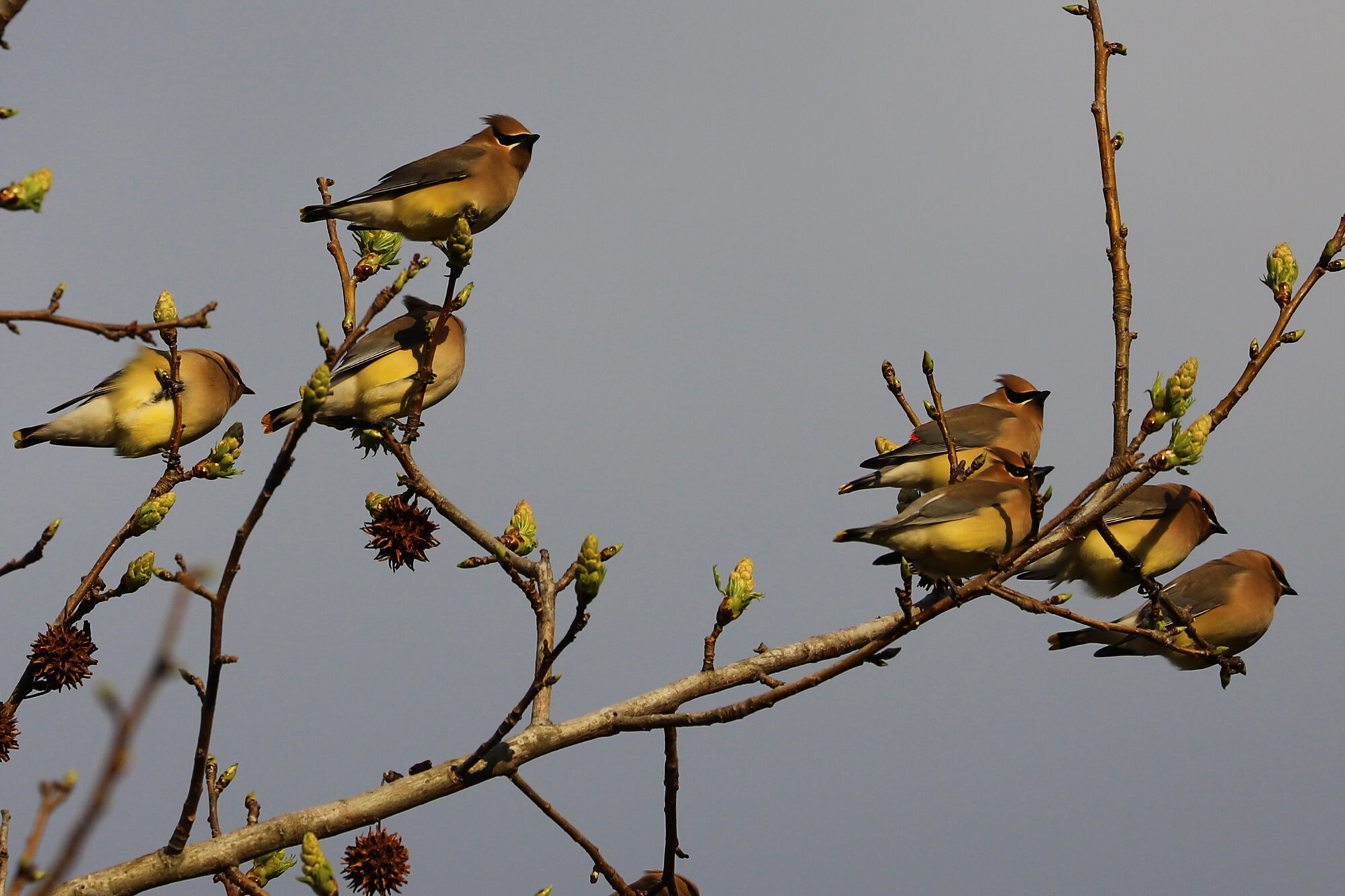
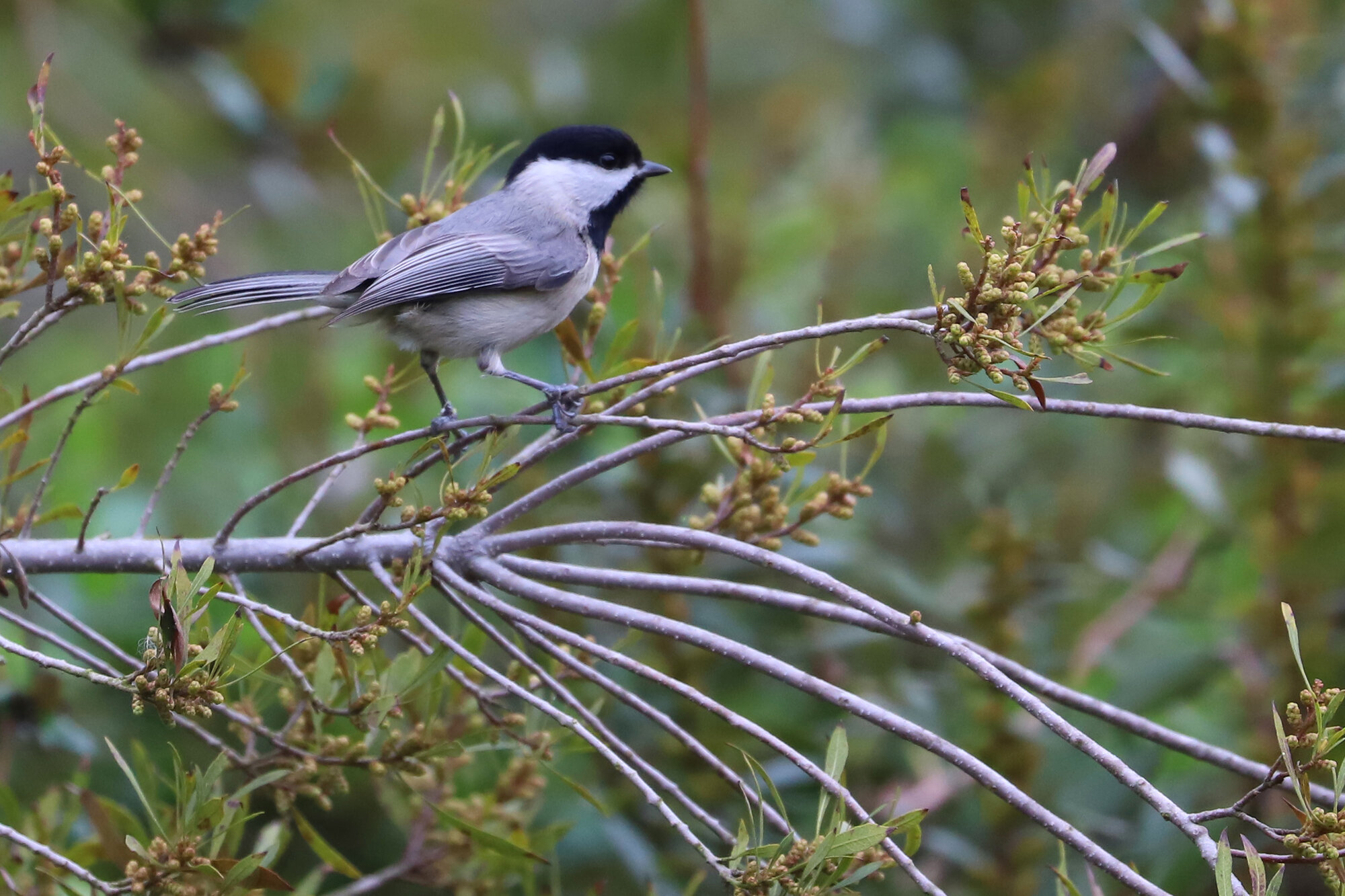
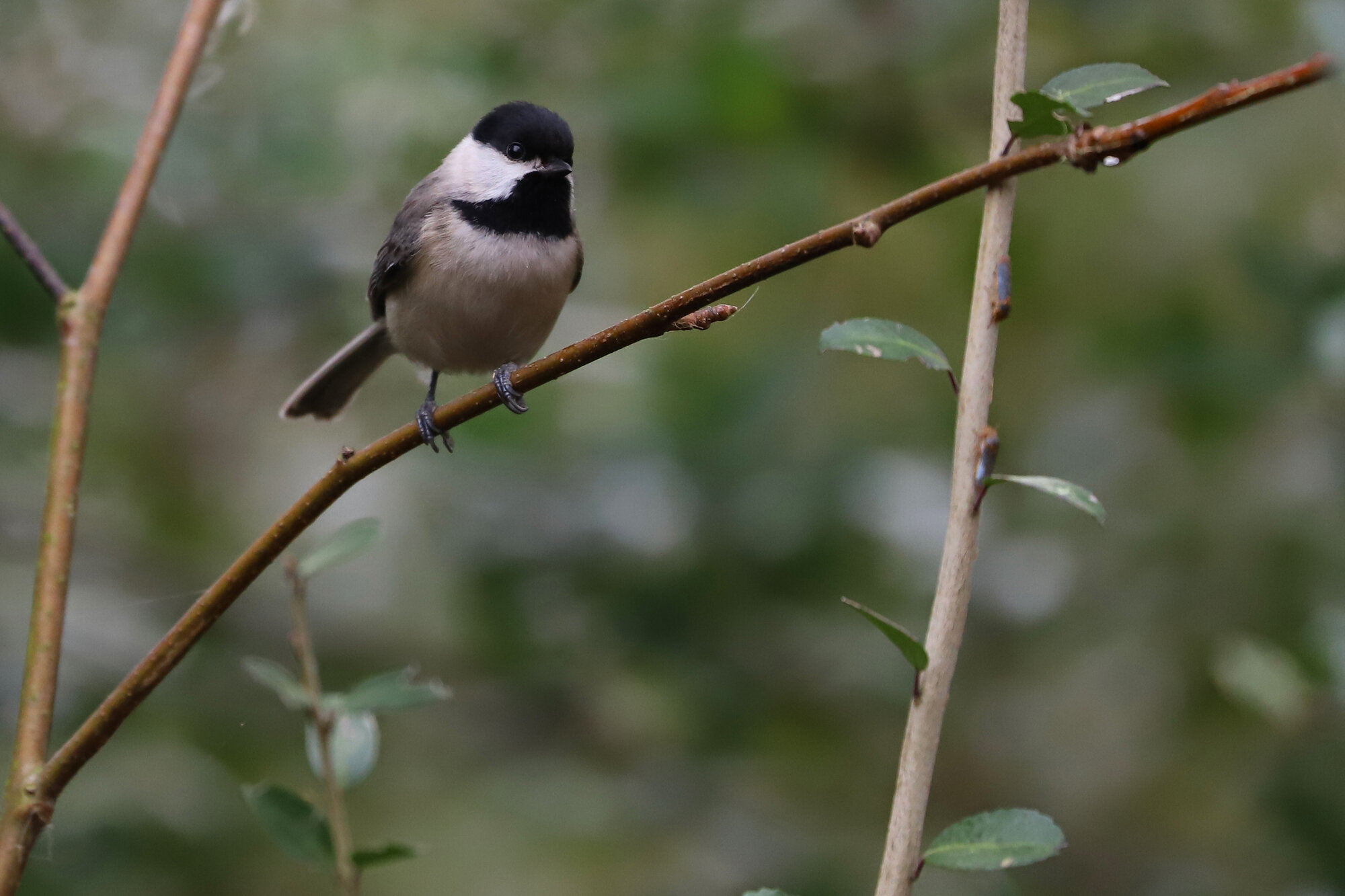
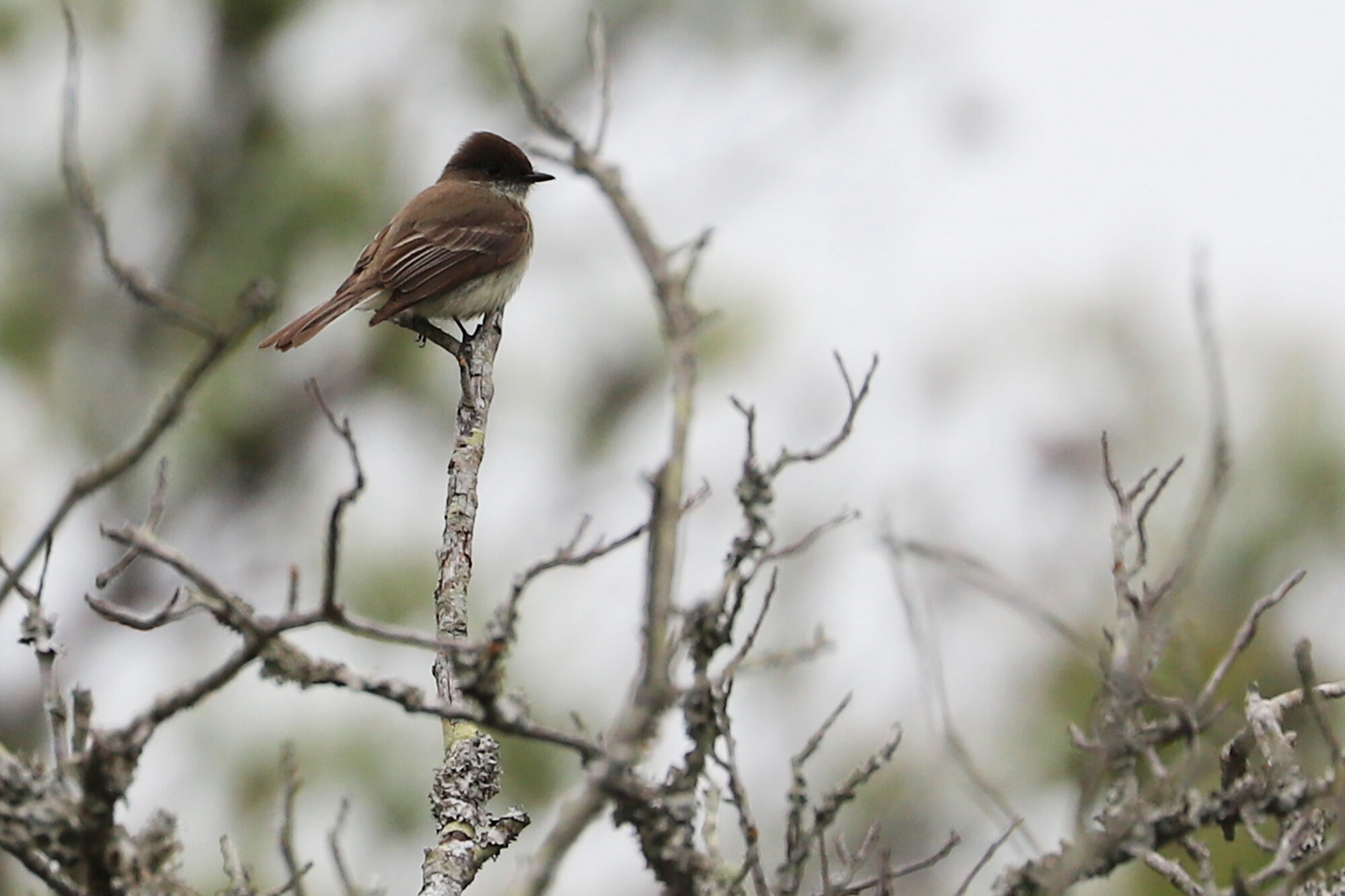
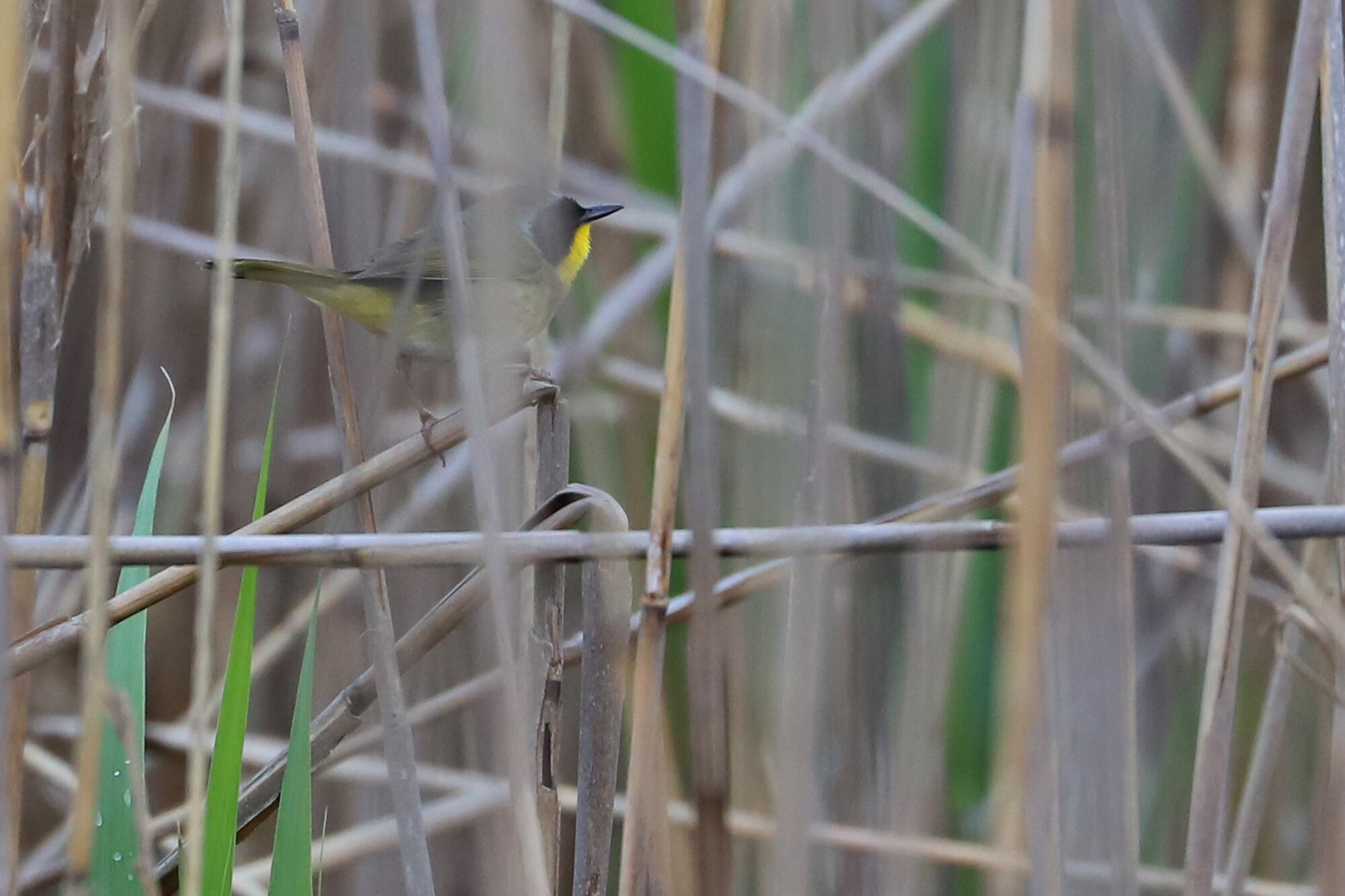
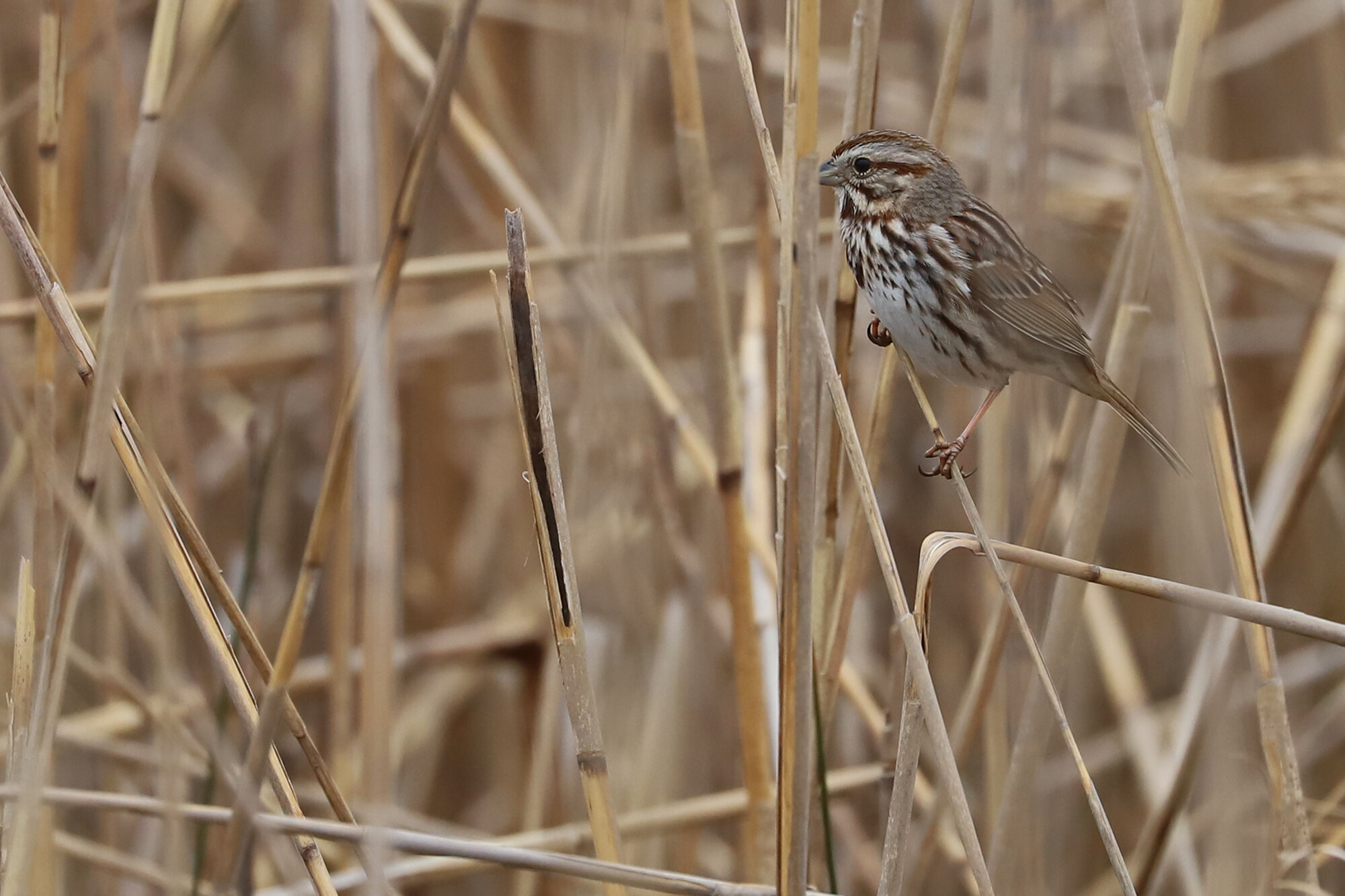
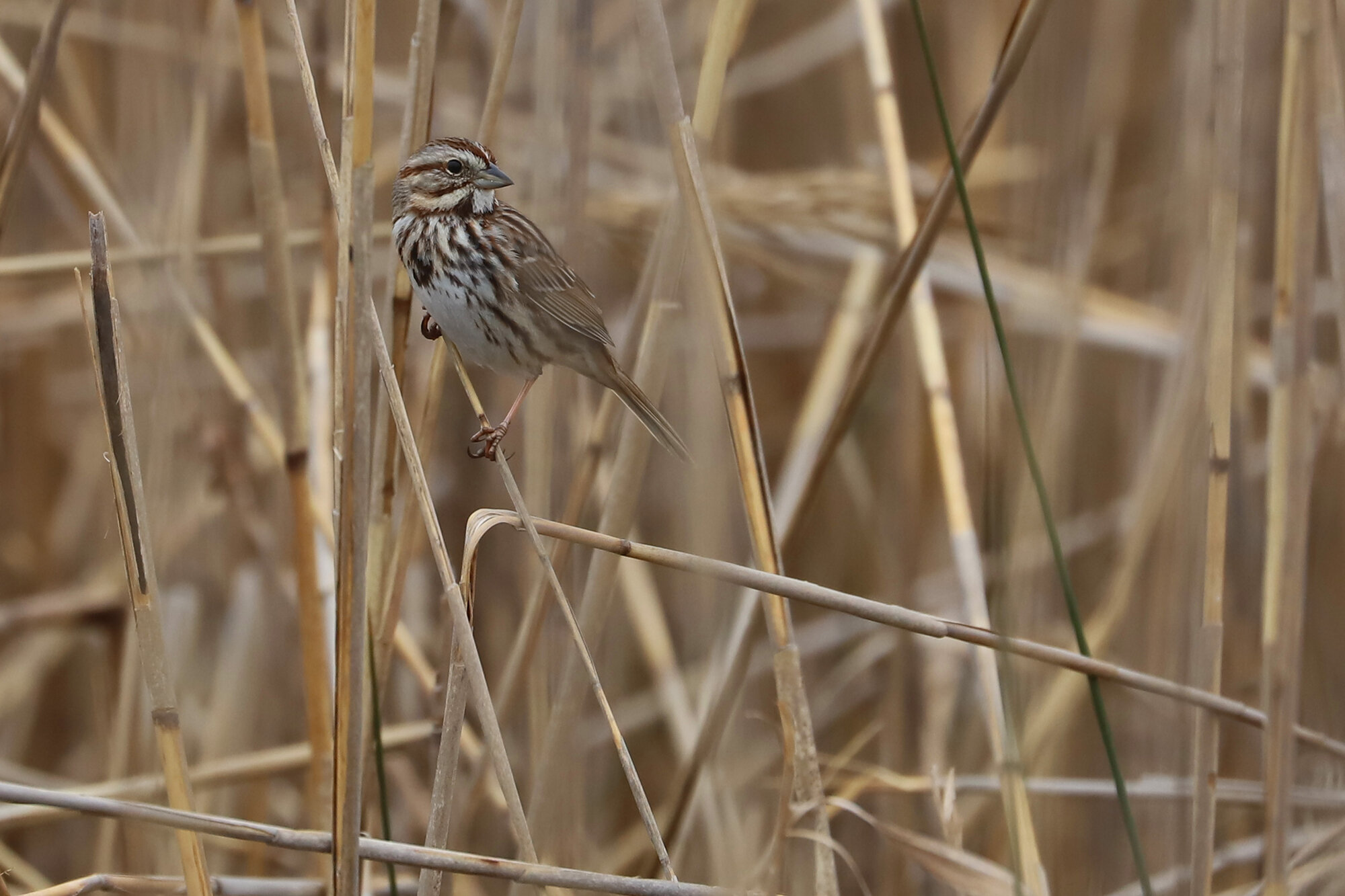
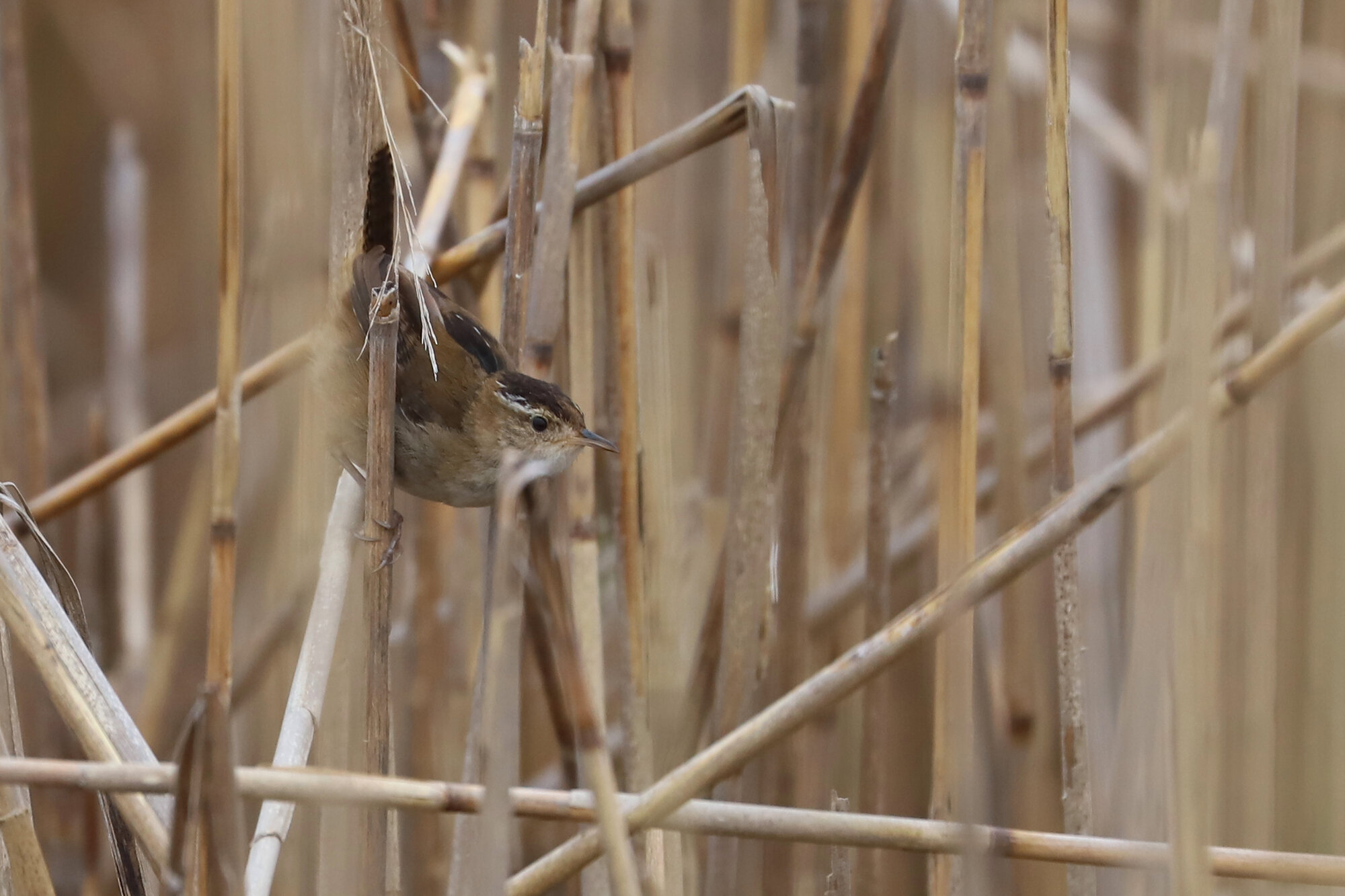
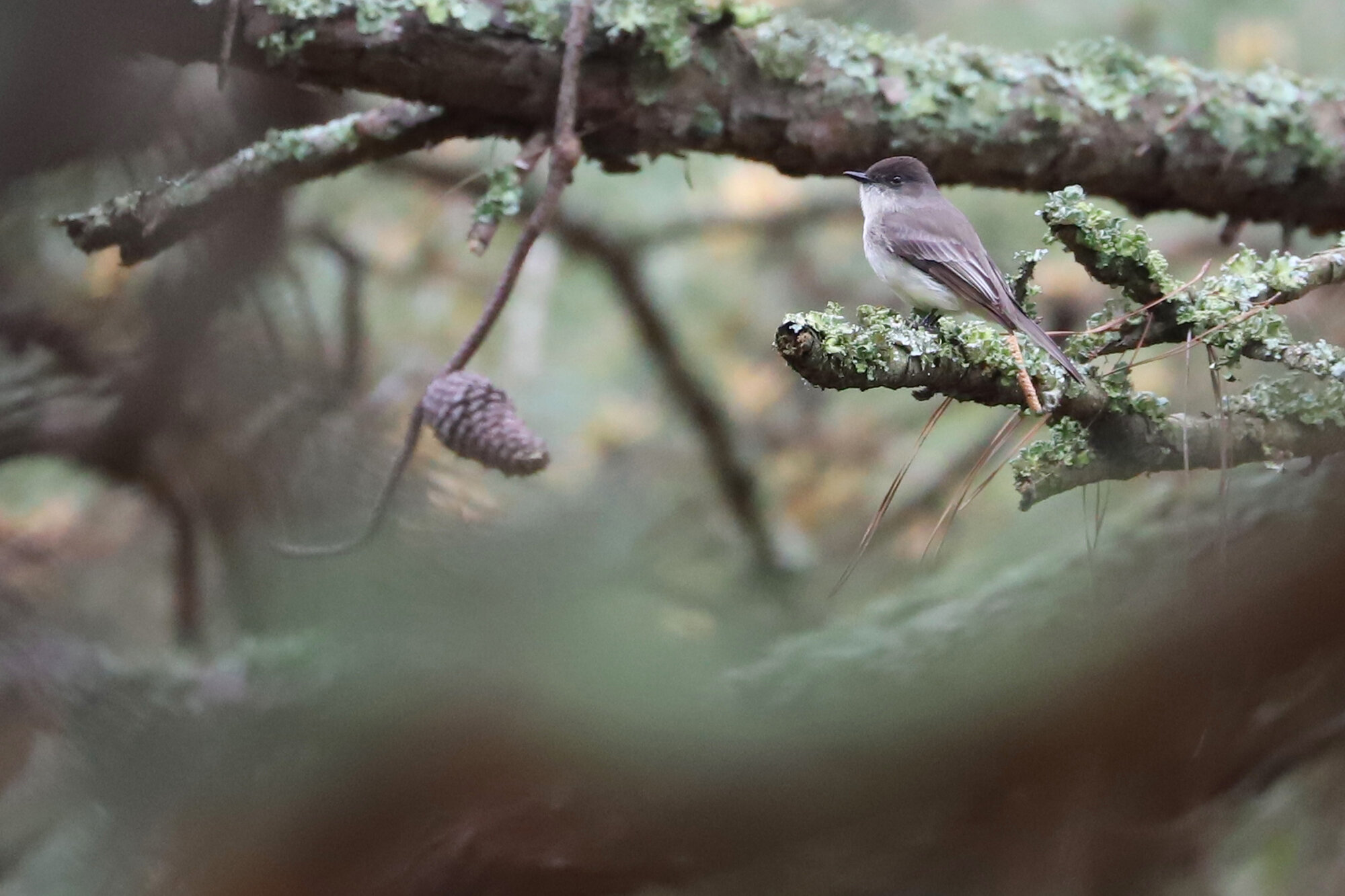
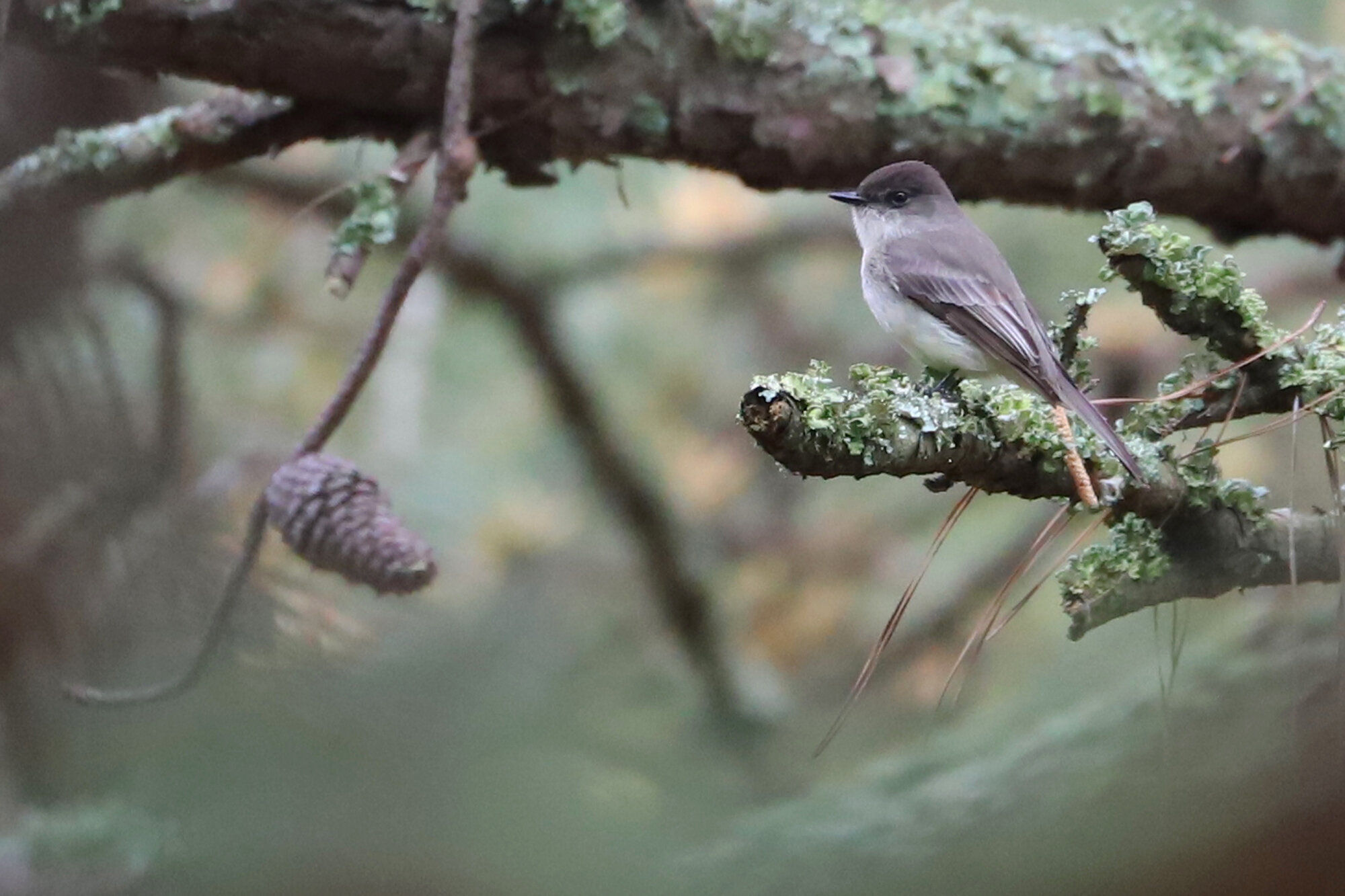
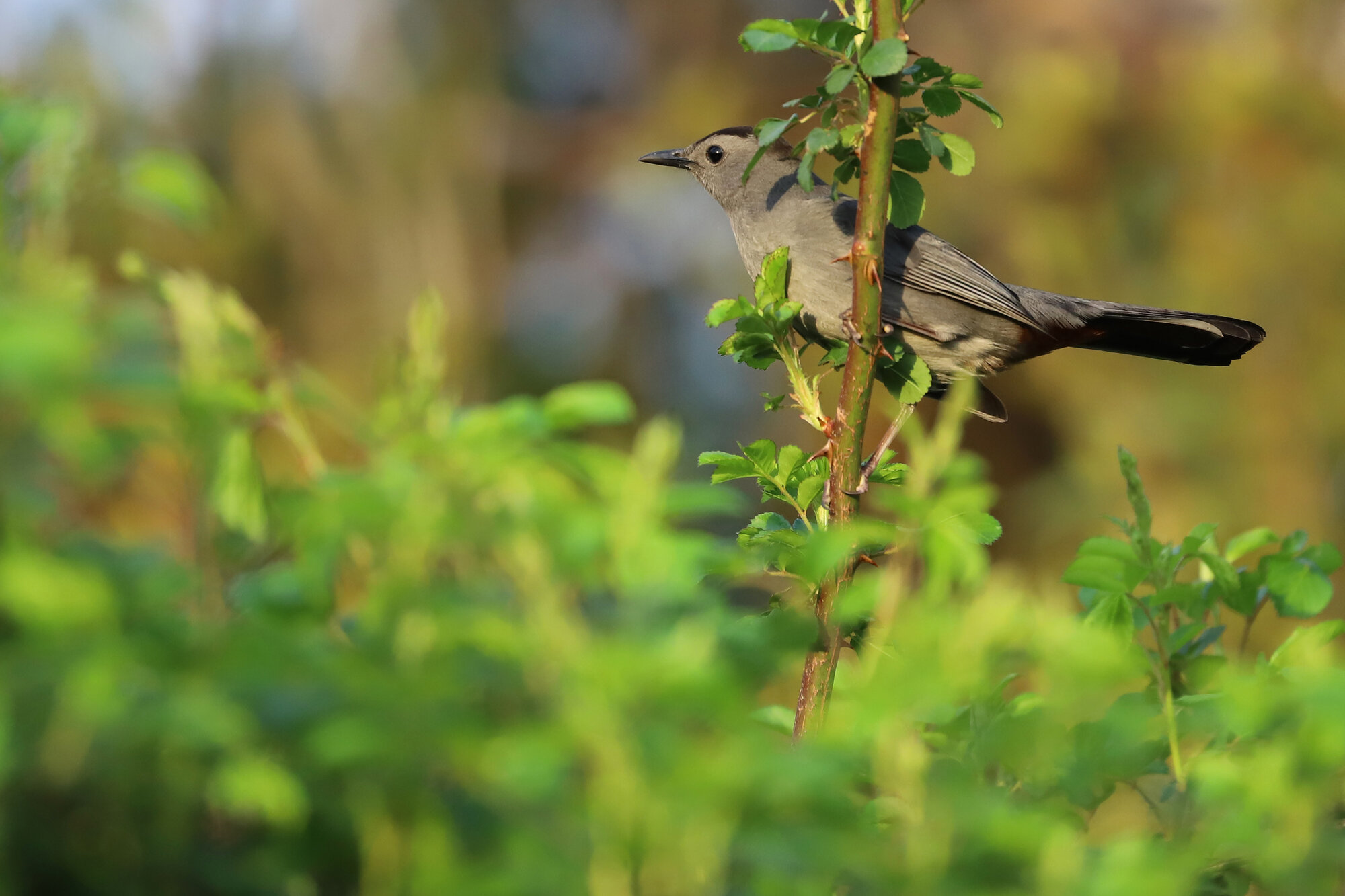
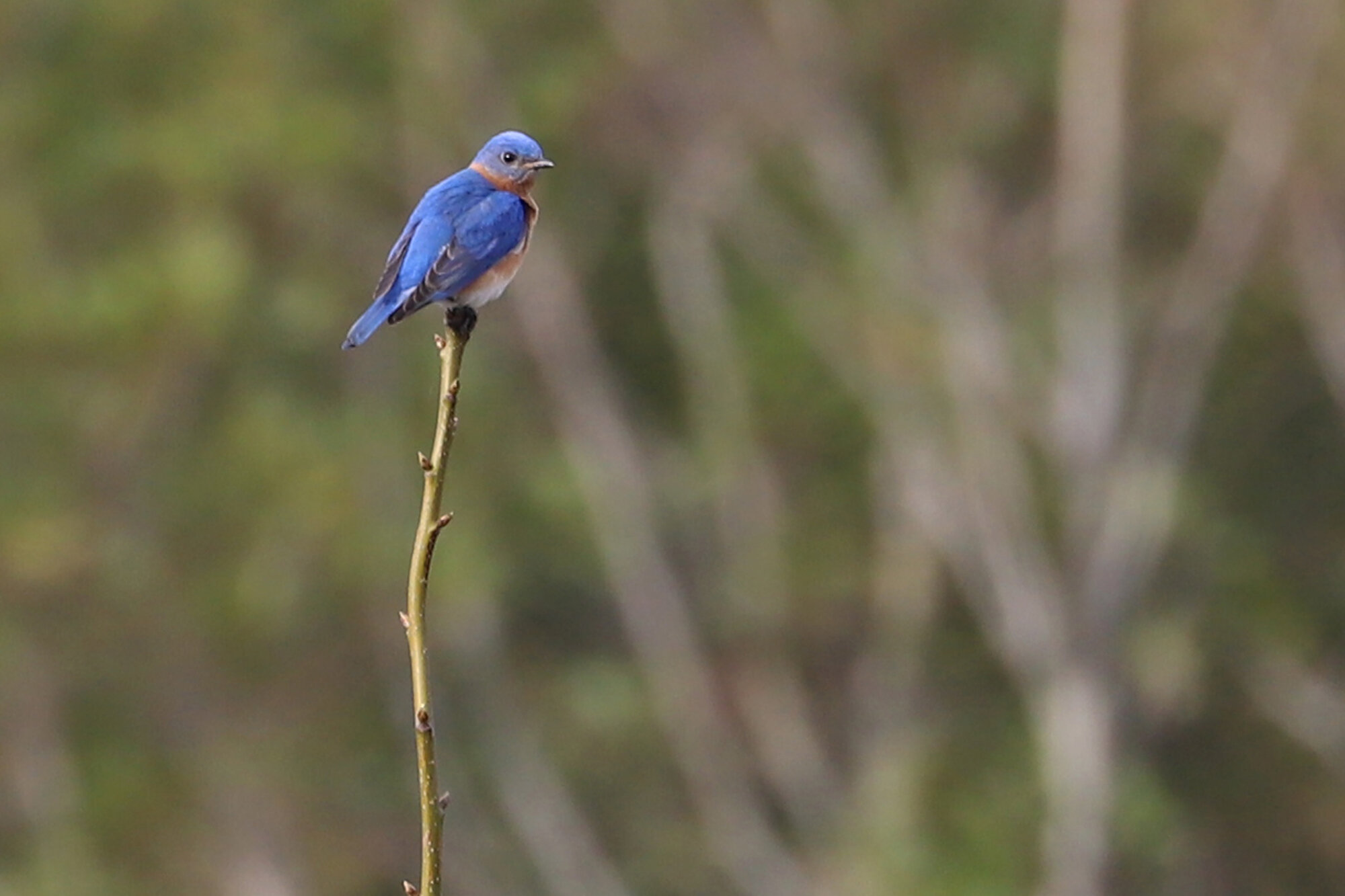



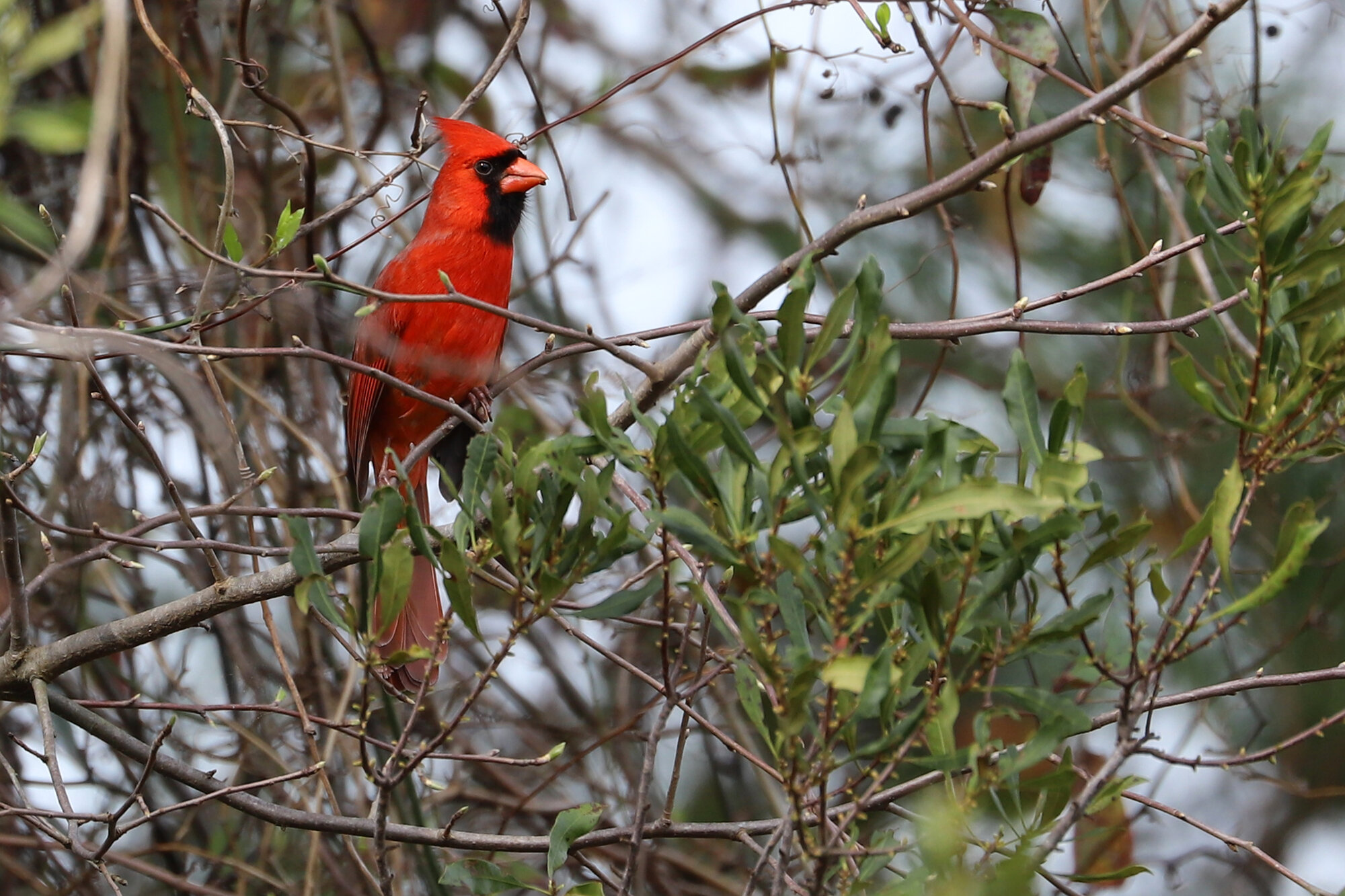
Though there were certainly more present in Virginia Beach during March, there was only one report for PAINTED BUNTING with a continuing female/immature-plumaged individual visiting a private residence in Laurel Manor on 8 & 10 Mar (vis. Tommy Maloney). Several others residences in this part of the city have likely observed individuals (or even small wintering groups), but this species tends to be under-reported due to the craze it causes among would-be-twitchers. For whatever reason, Virginia Beach and the other cities of south Hampton Roads tend to hold this species annually in winter, while it remains scarce elsewhere in the state. This winter season has been exceptional though, and several states north of us have boasted records, though Virginia itself only had two, with the other being an adult male in James City County. (Mar 2020 Map)
On the opposing side of species observed, we had a few expected/regularly occurring species that managed to evade eBirders here this month. Surprisingly, there wasn’t a single eBird record during March for Canvasback, Redhead, Greater Scaup, Common Eider, Northern Bobwhite (still missing for the calendar year as a whole), Purple Sandpiper, Seaside Sparrow & Nelson’s Sparrow. These species should have been present in the city, as they are all annual winter residents with the exception of Northern Bobwhite, which should be a permanent resident, but may in fact be extirpated in the wild here and sustained only by game releases. Additionally, four species that have average arrival dates of 30 Mar were not yet accounted for by month’s end, including: Chimney Swift, Short-billed Dowitcher, Caspian Tern & Tricolored Heron. All that said, missing a few species is inevitable, and any other species that were missed this month would be considered as “Rare” in eBird, so overall, March was highly successful for Virginia Beach eBirders!
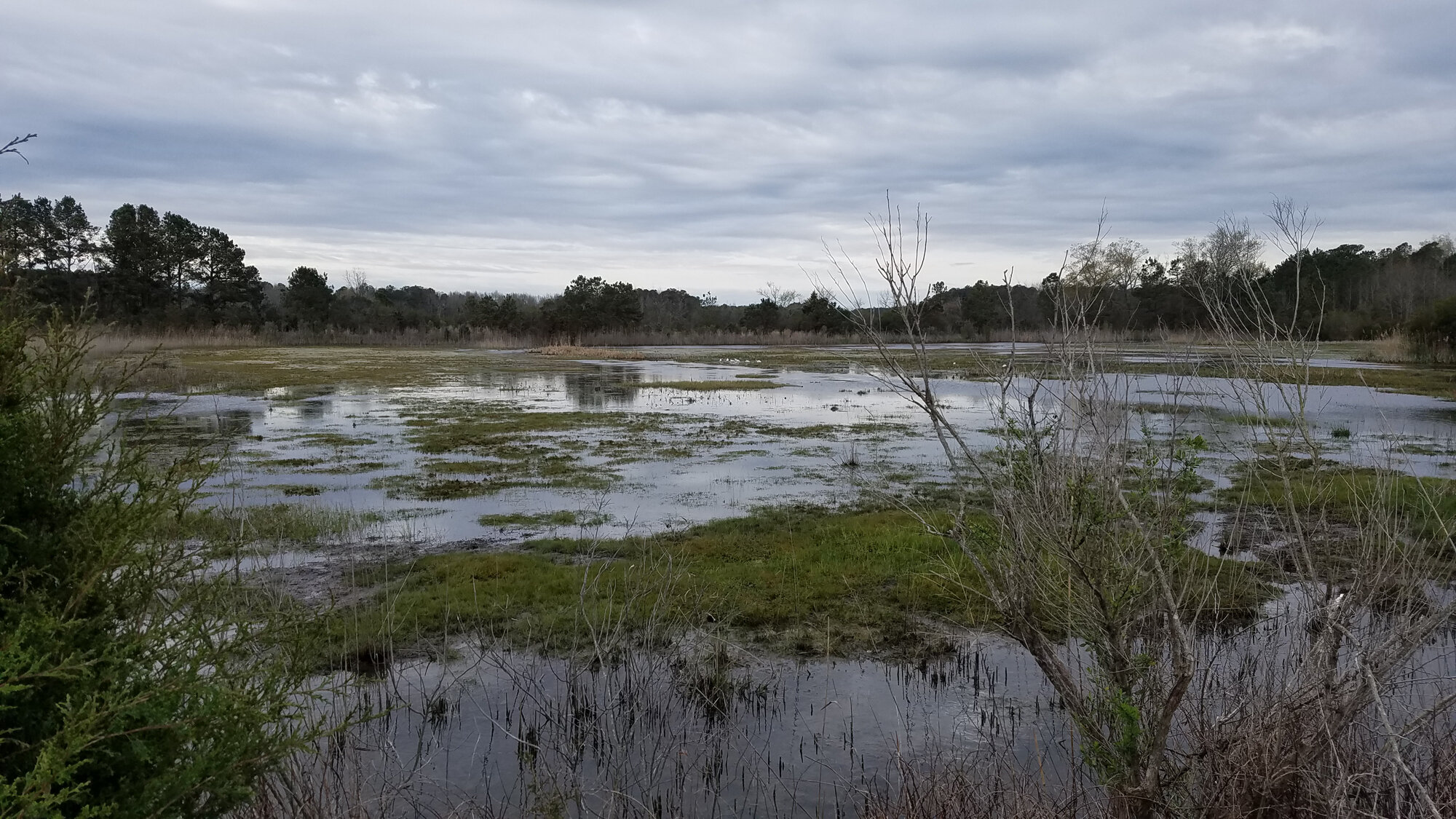
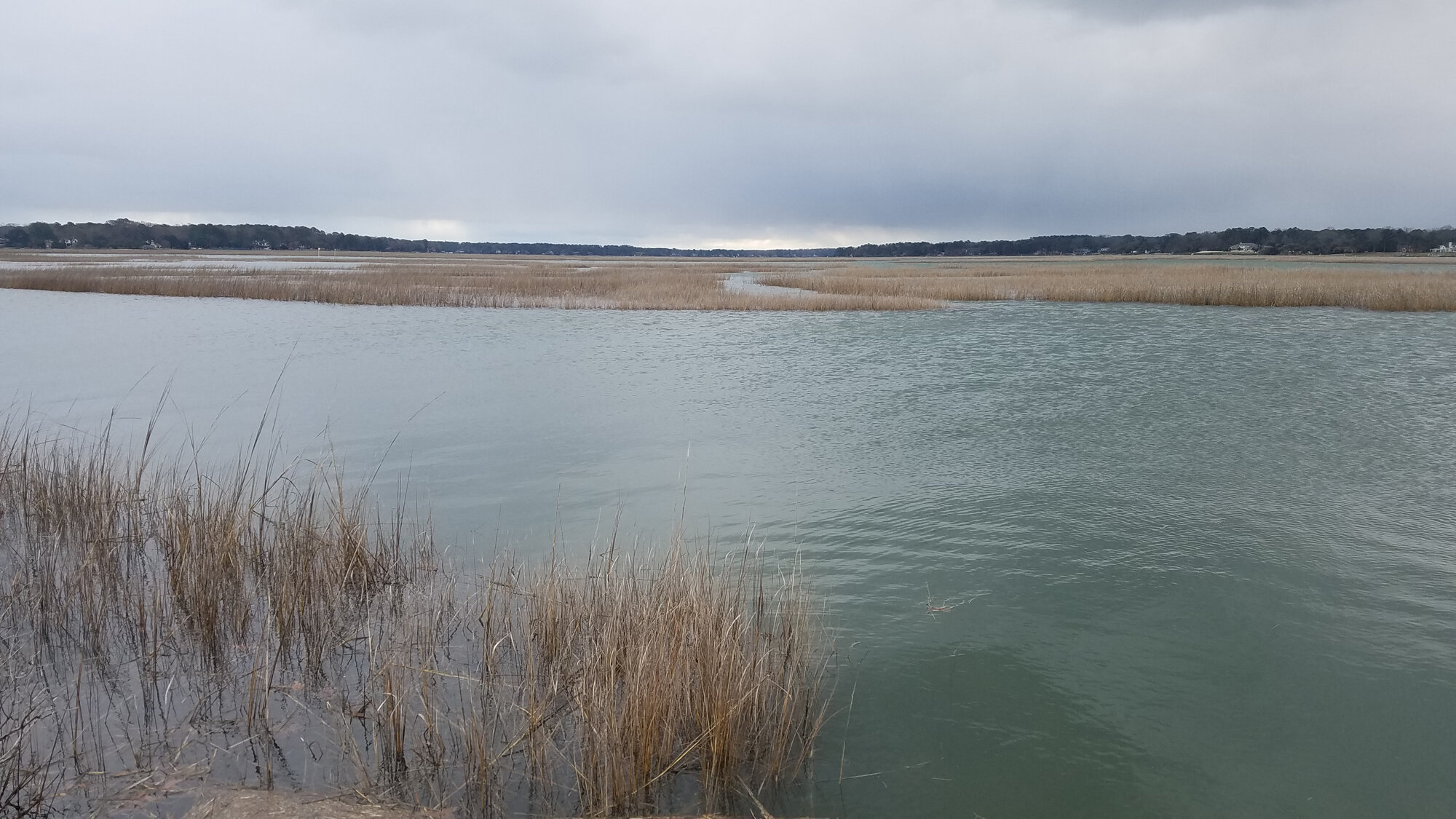
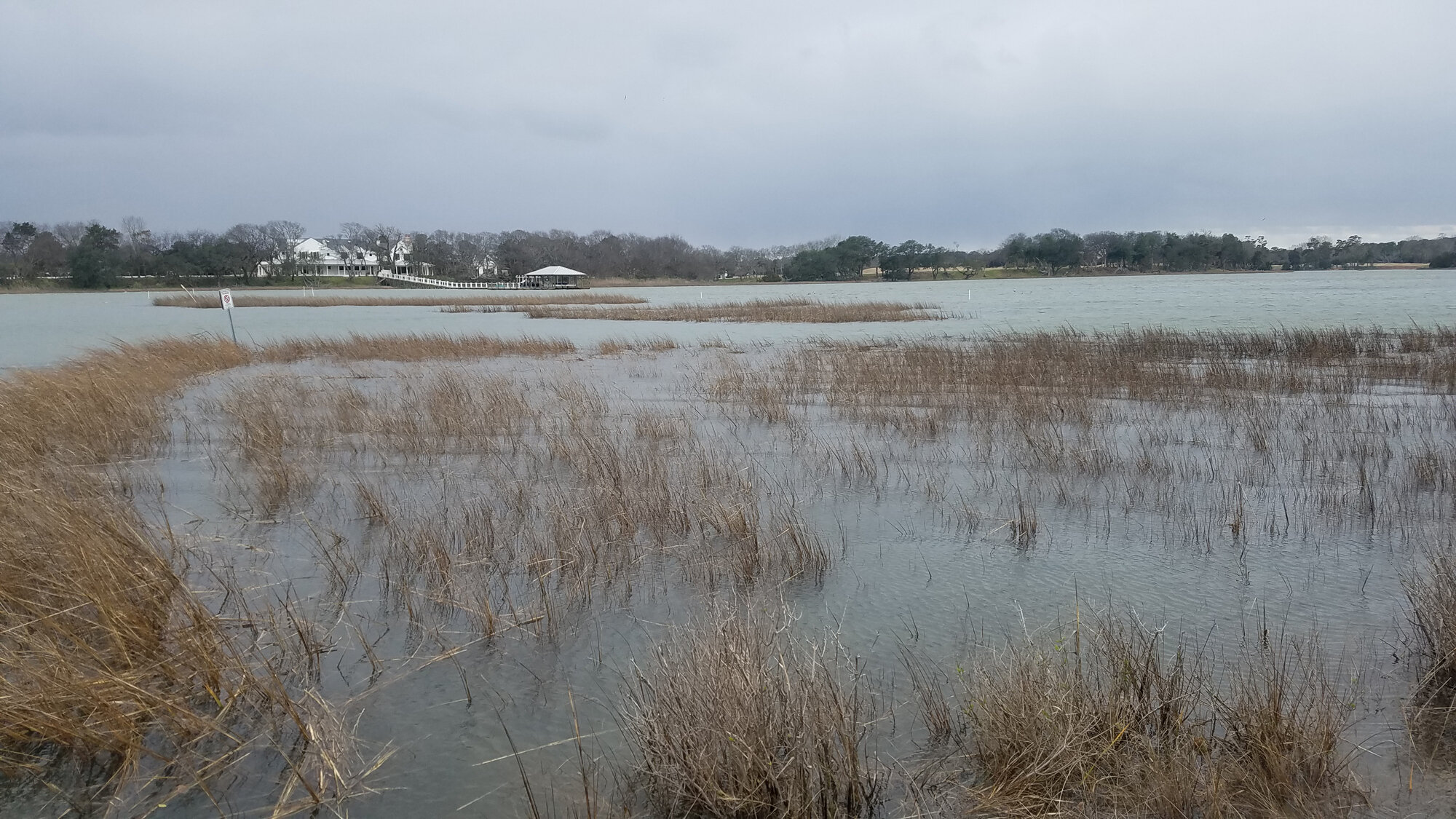
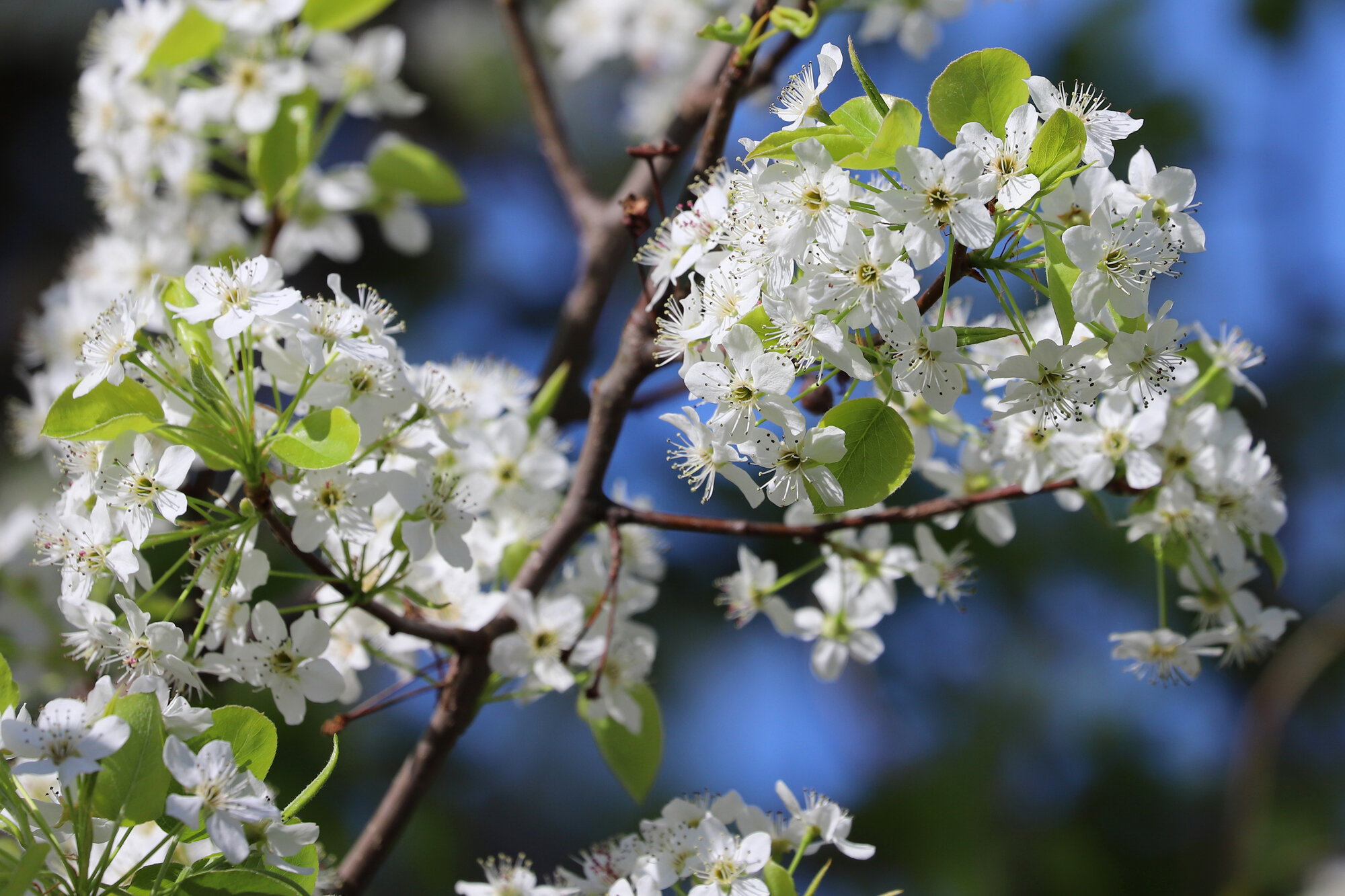

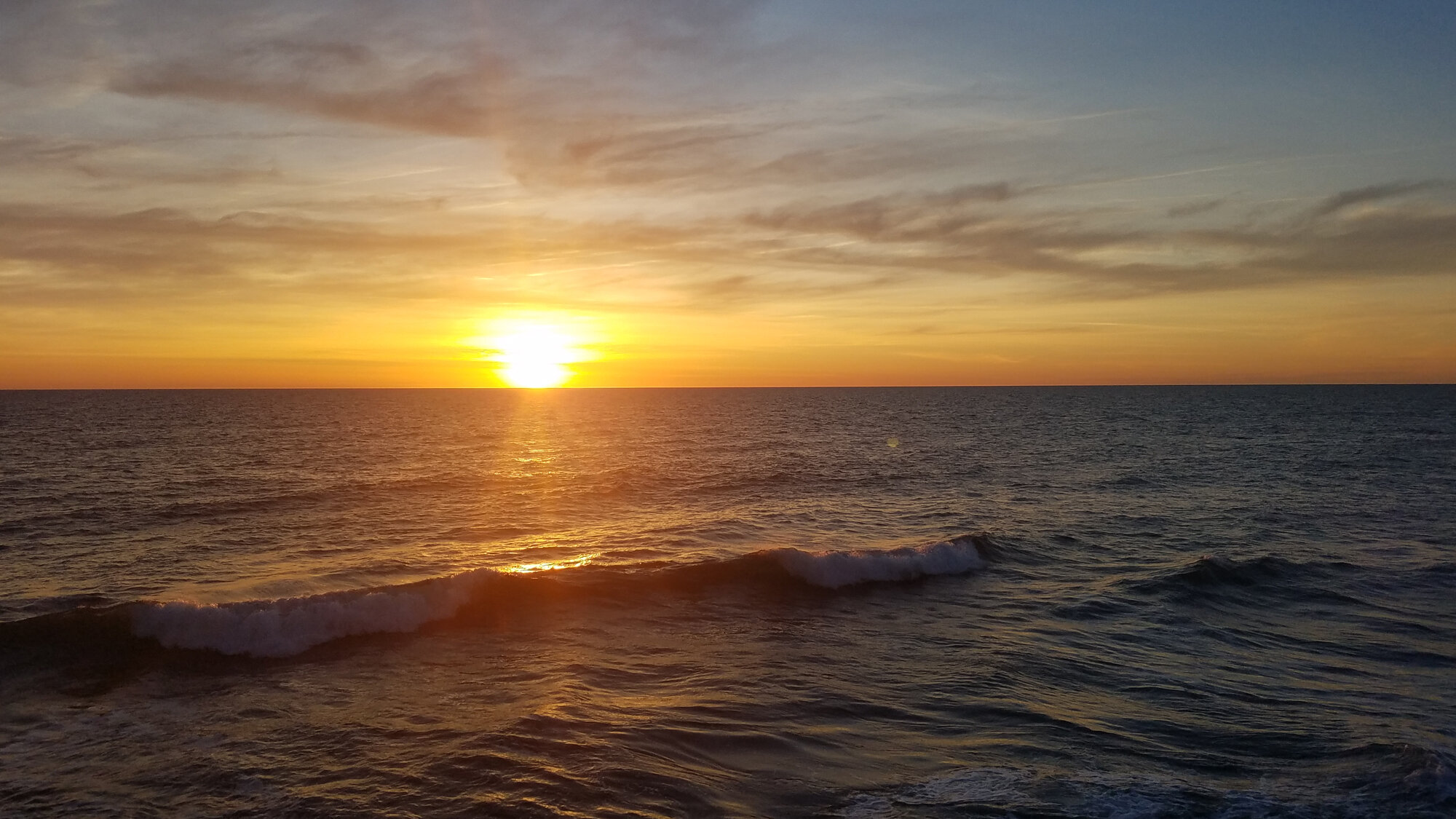
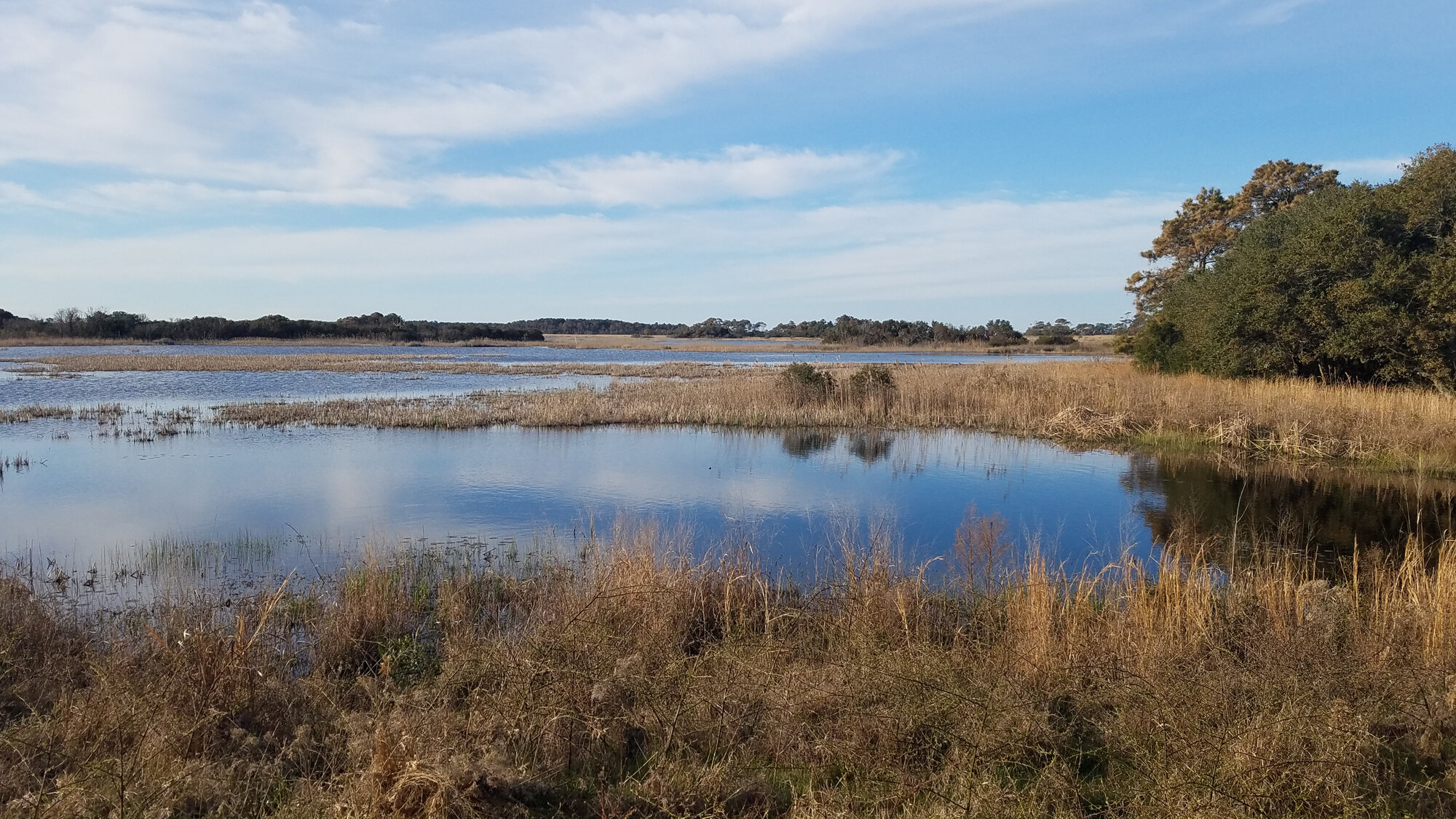
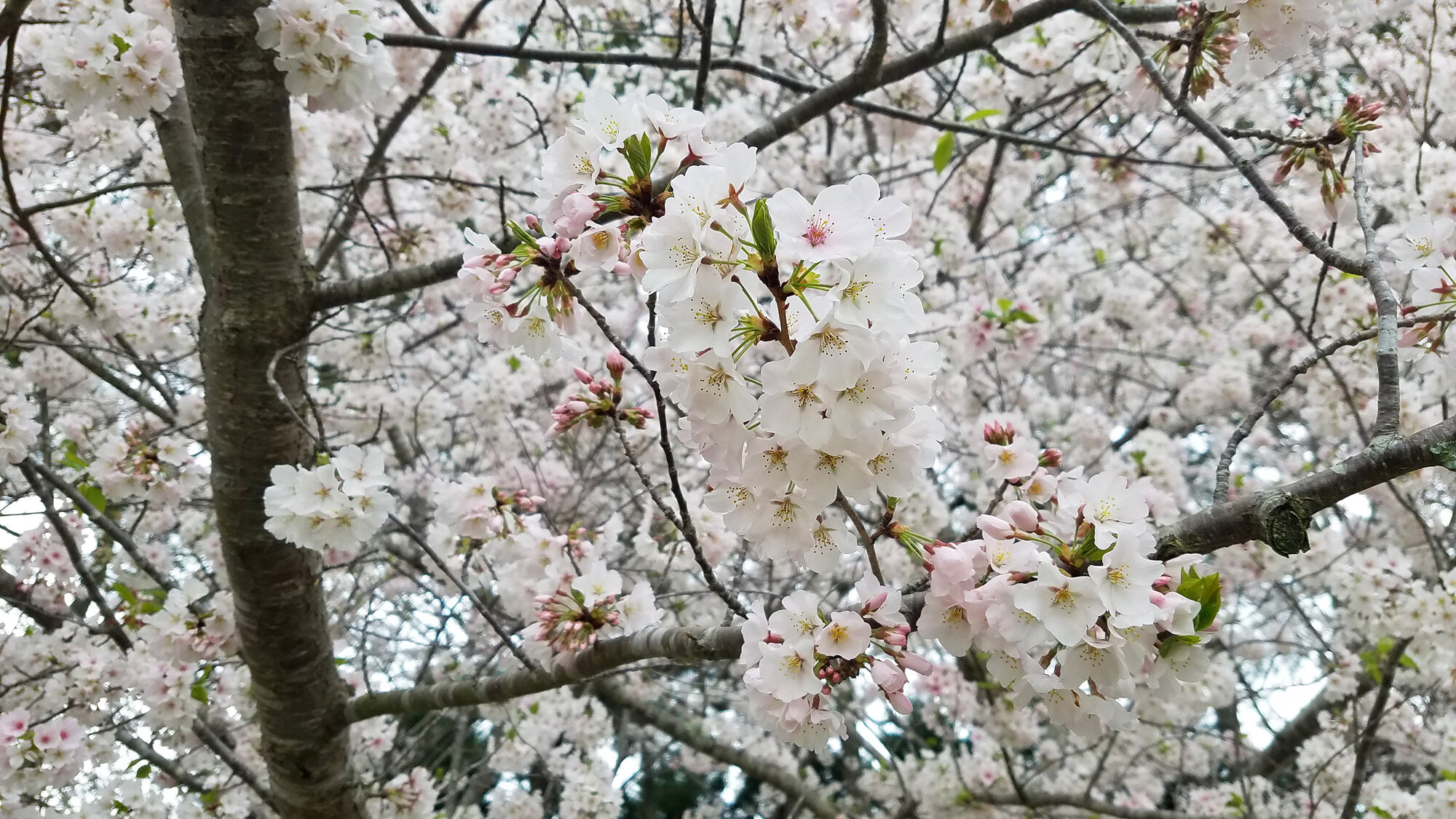
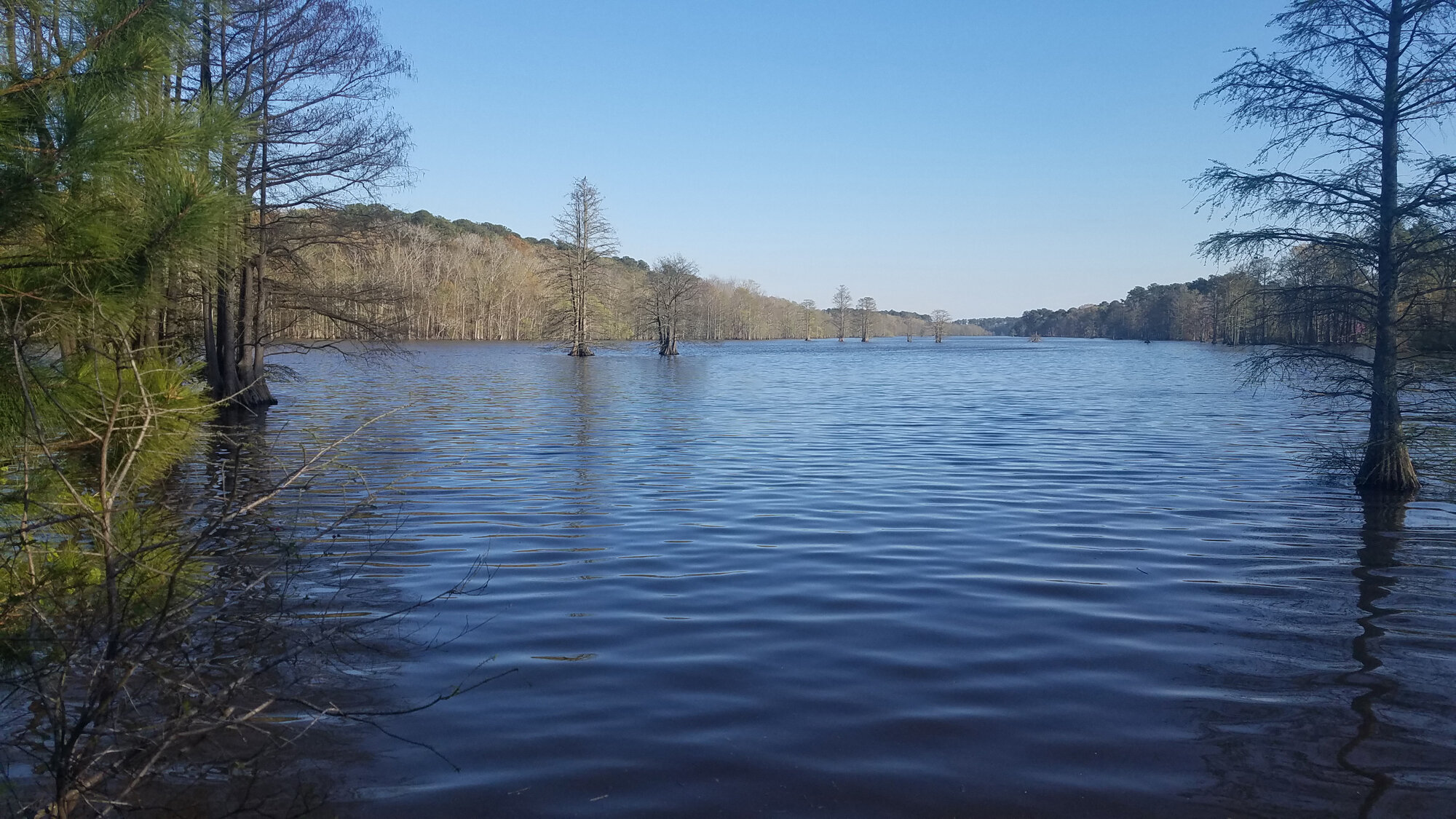
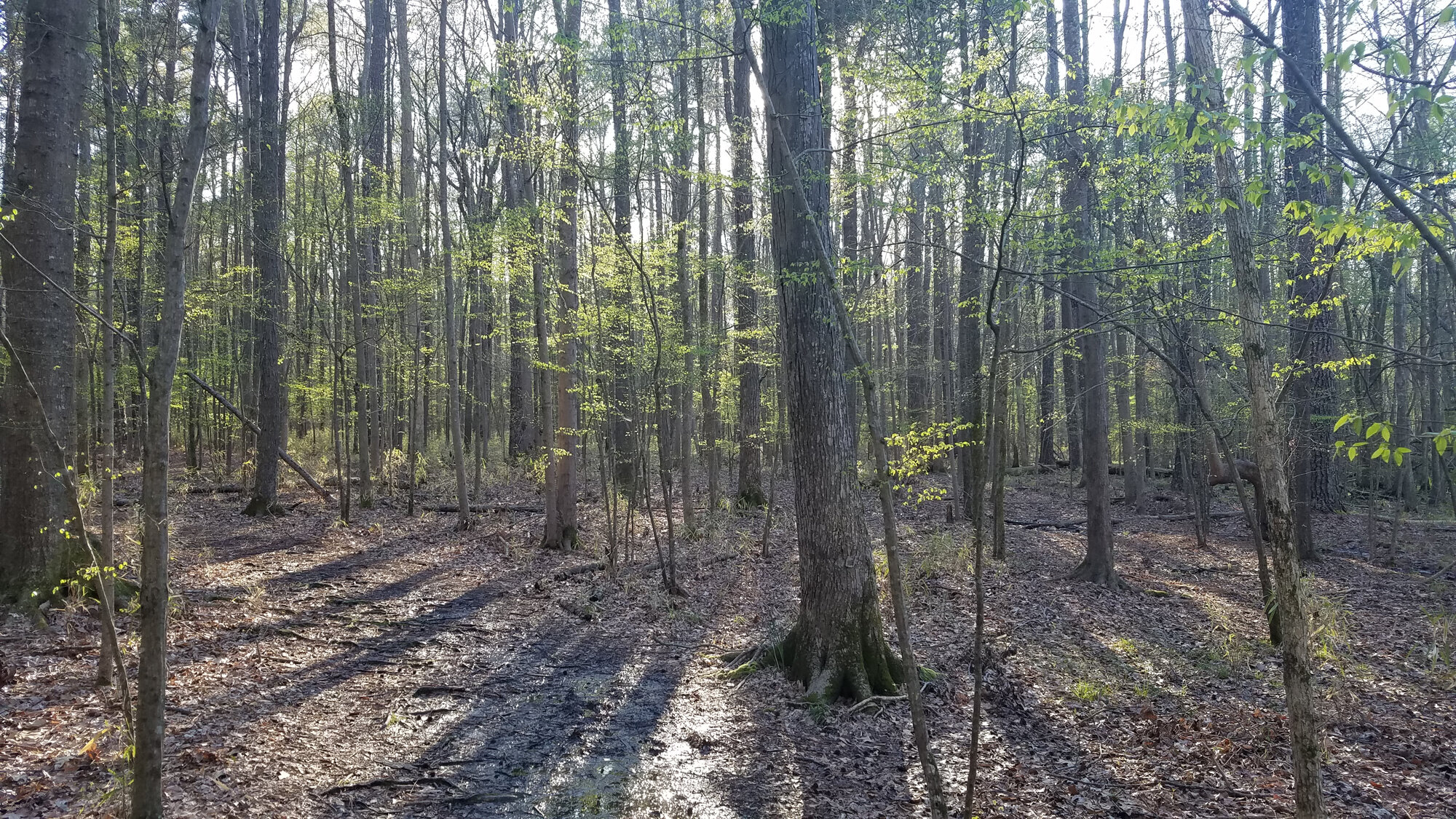
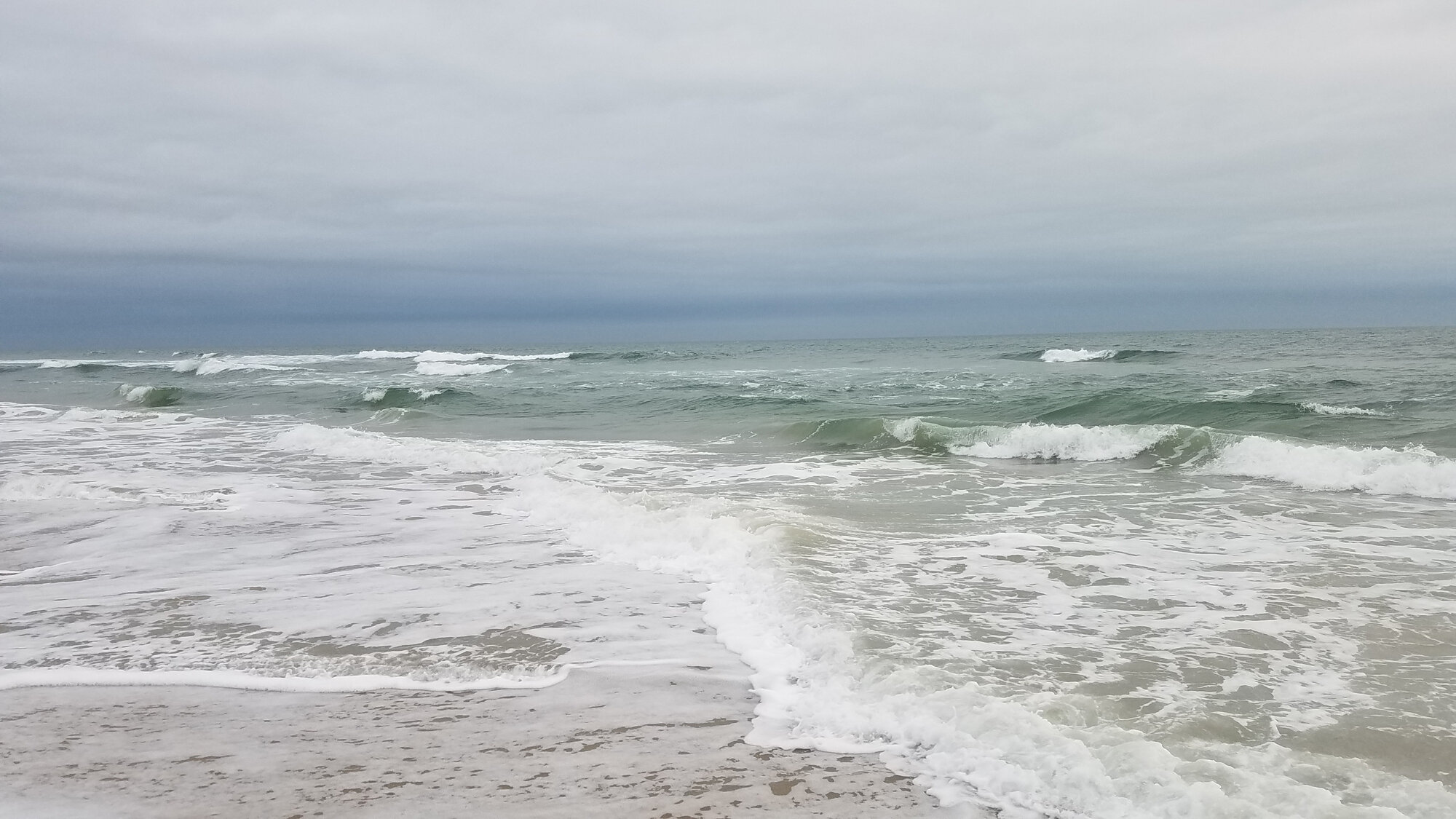


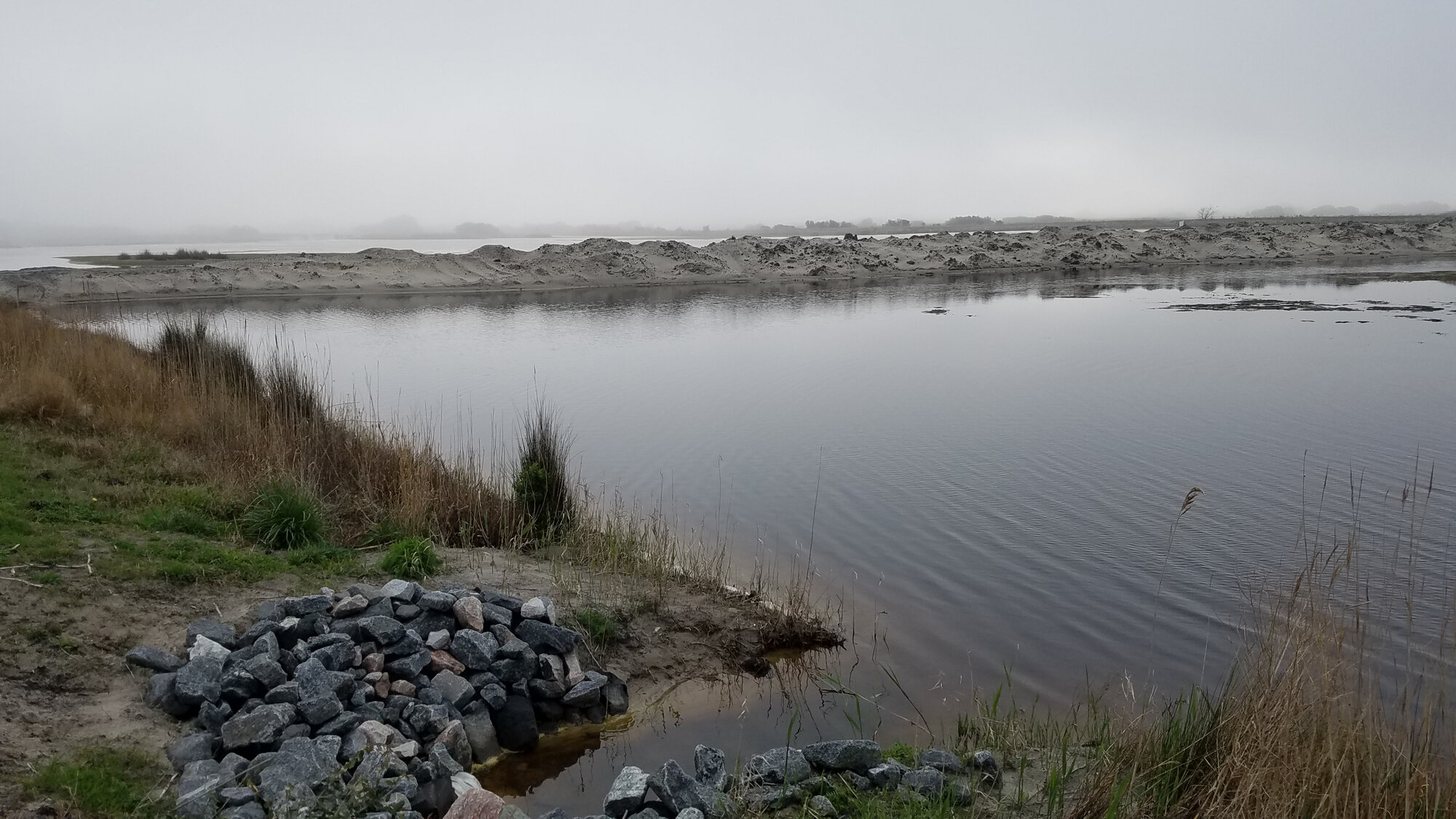
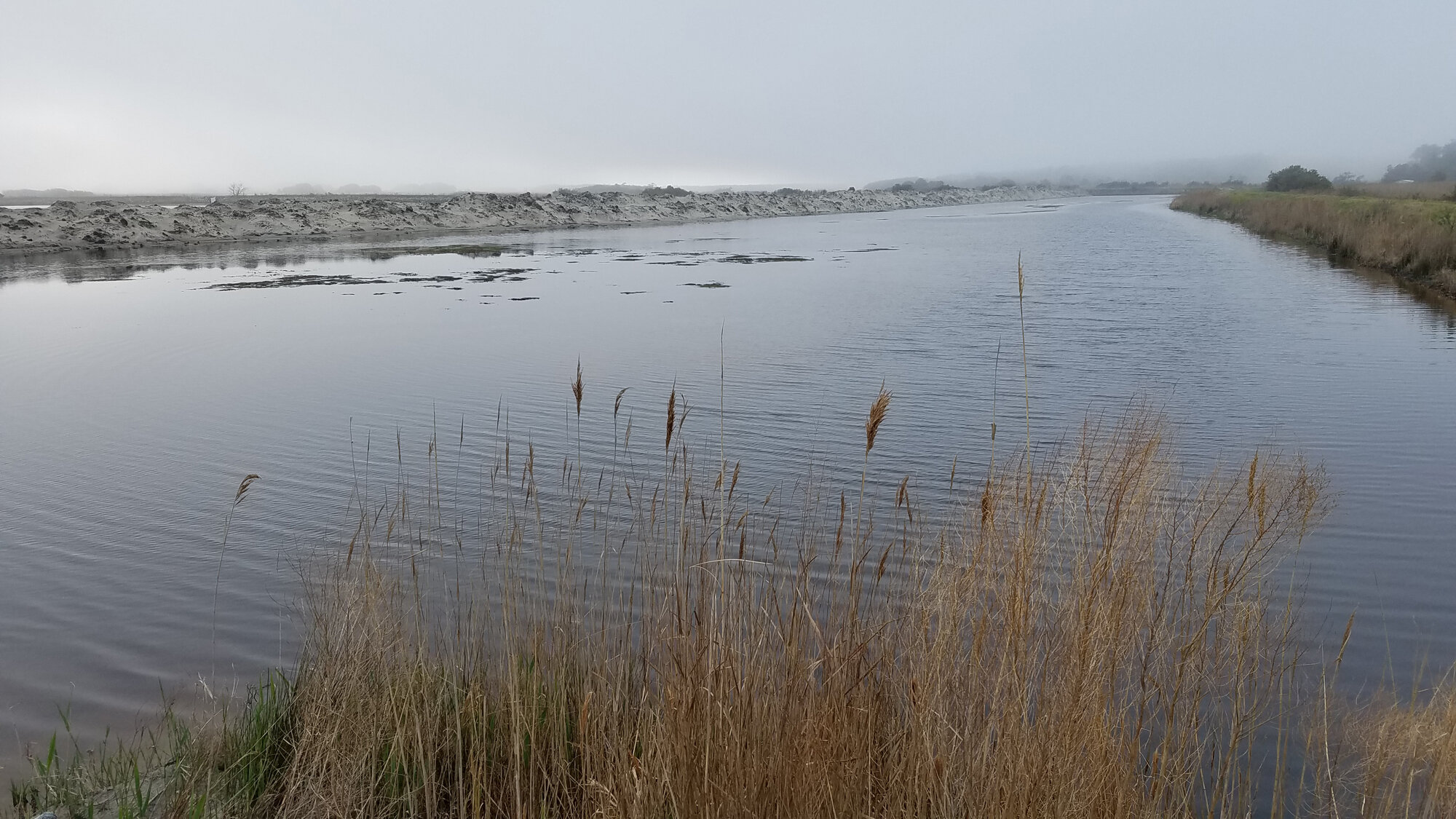

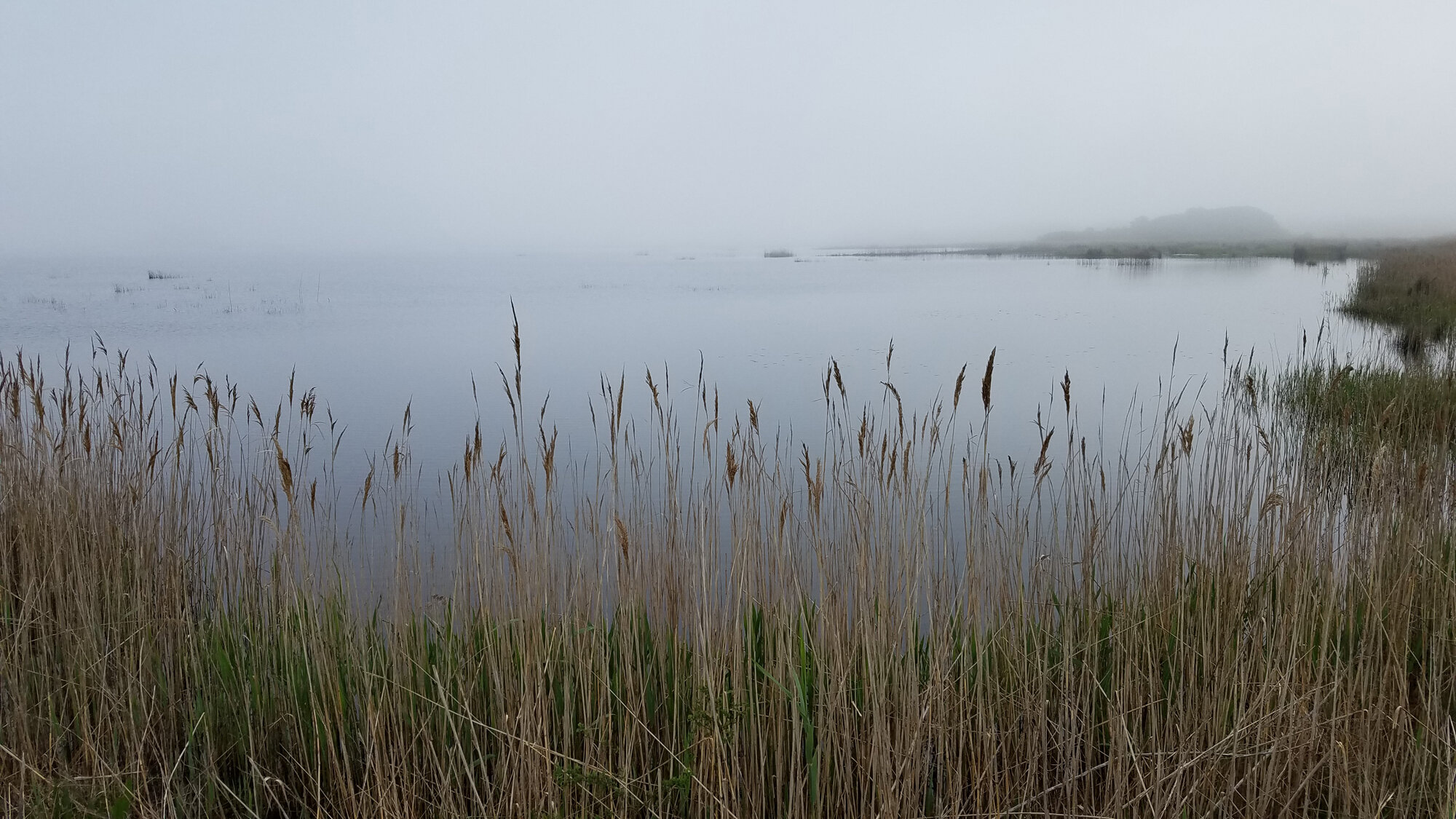
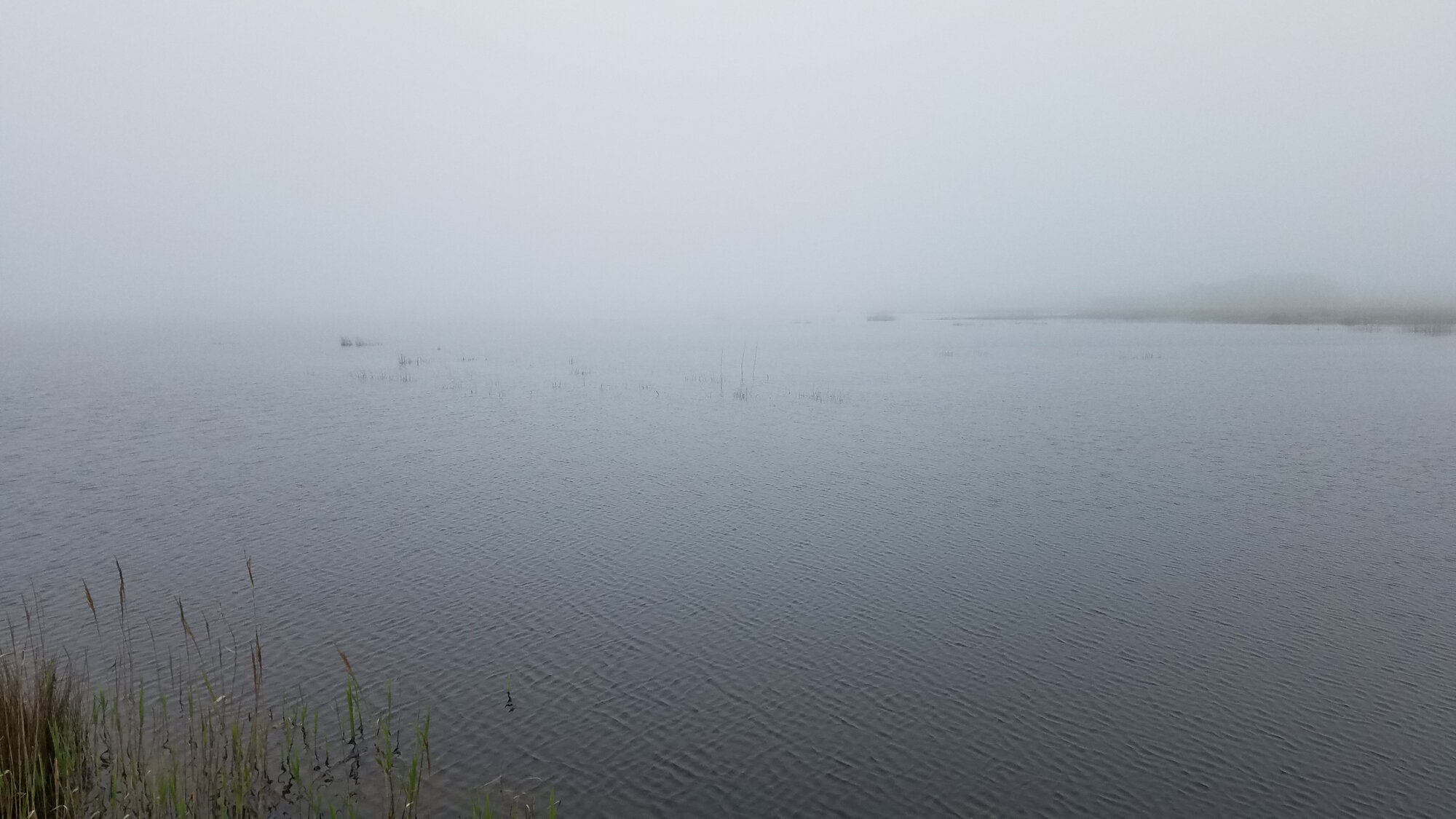
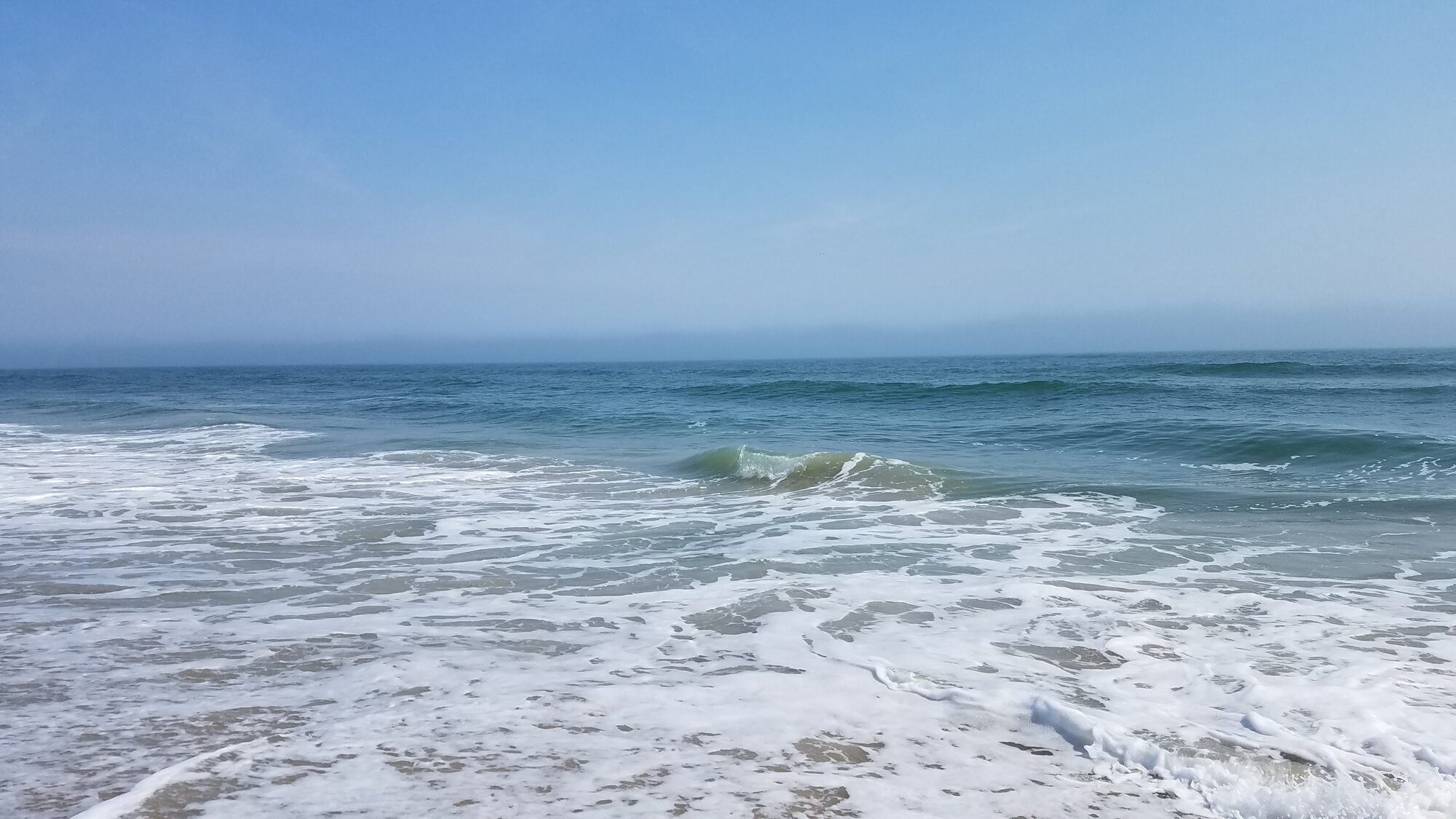
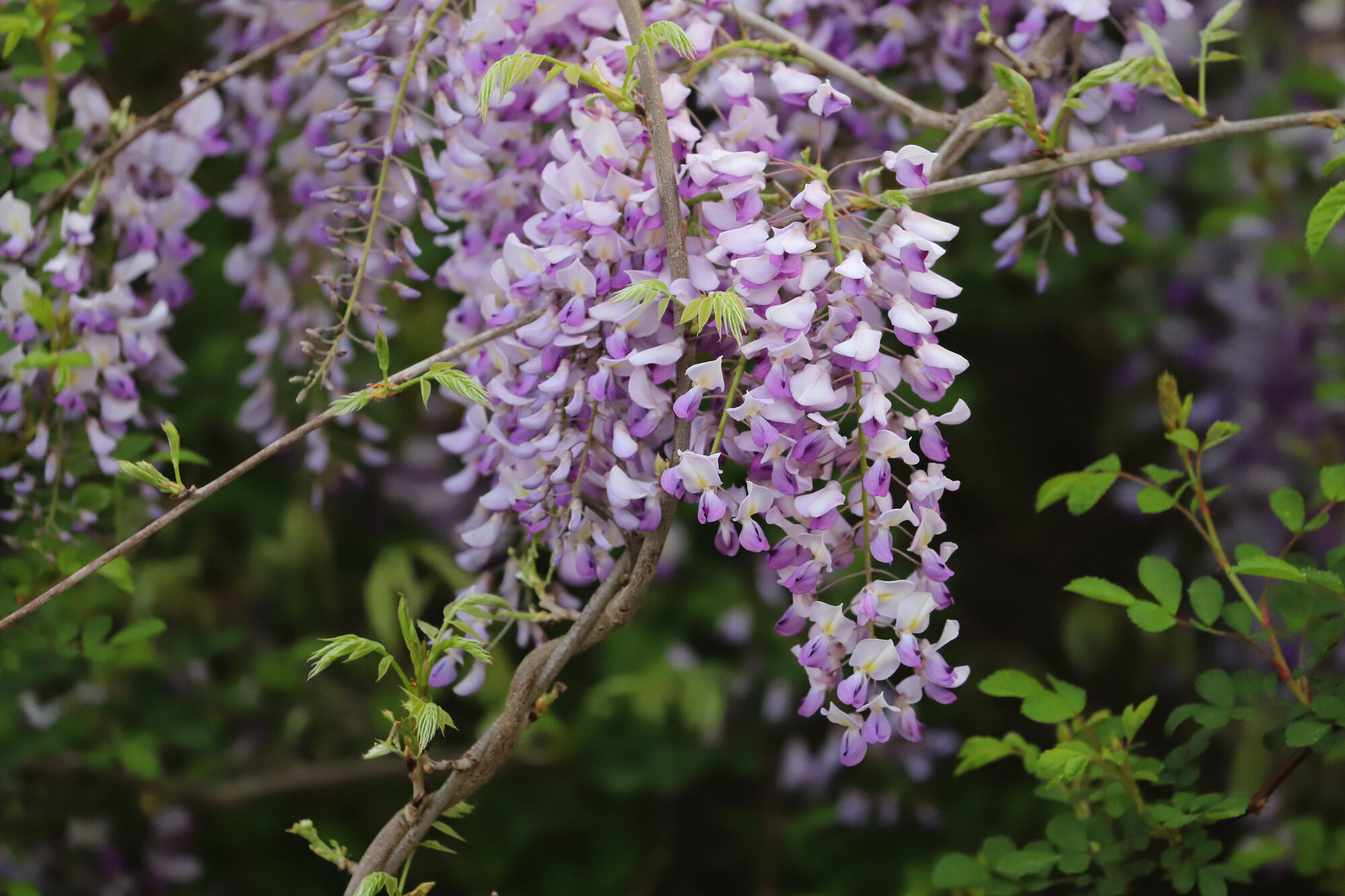
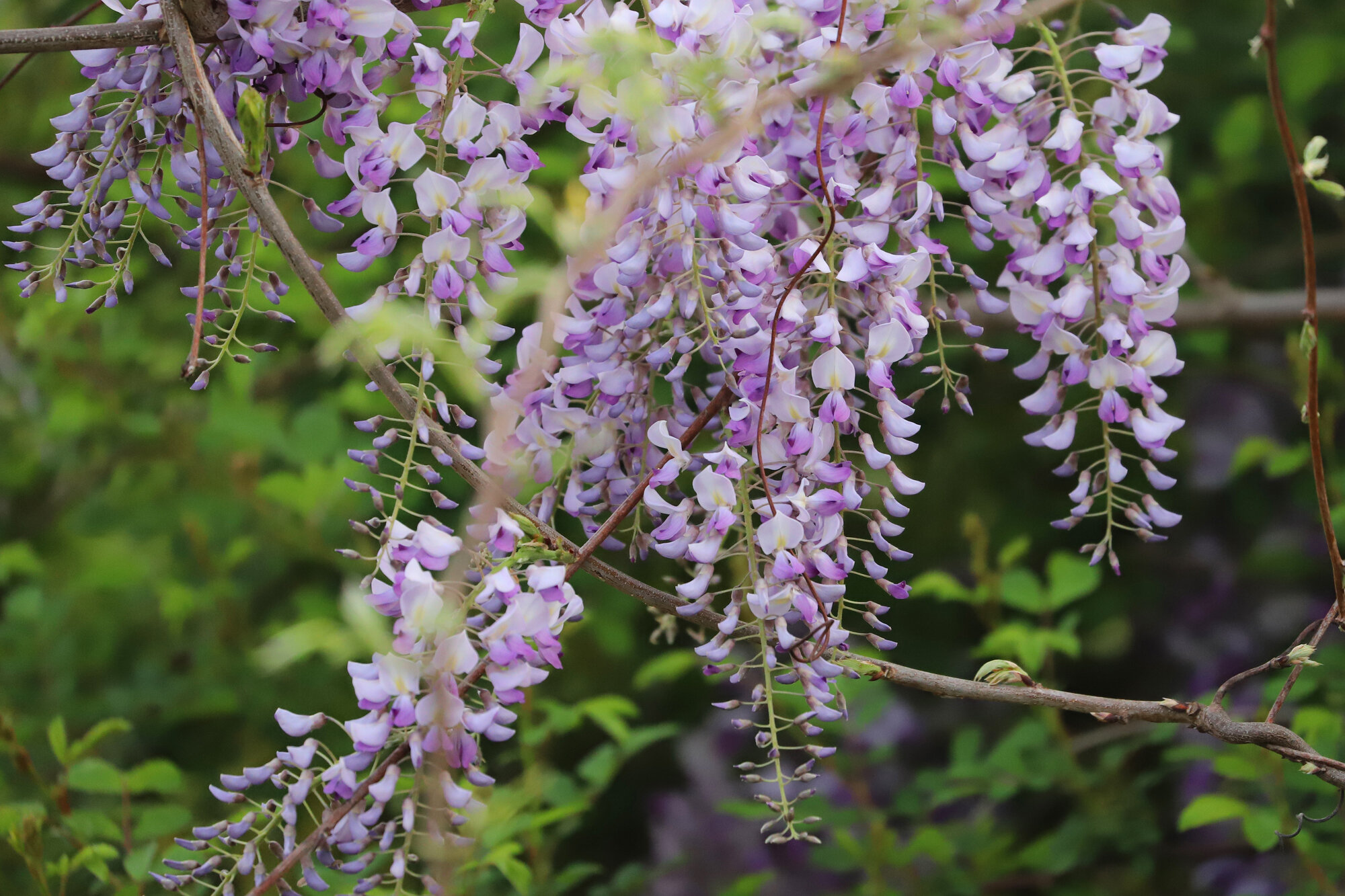

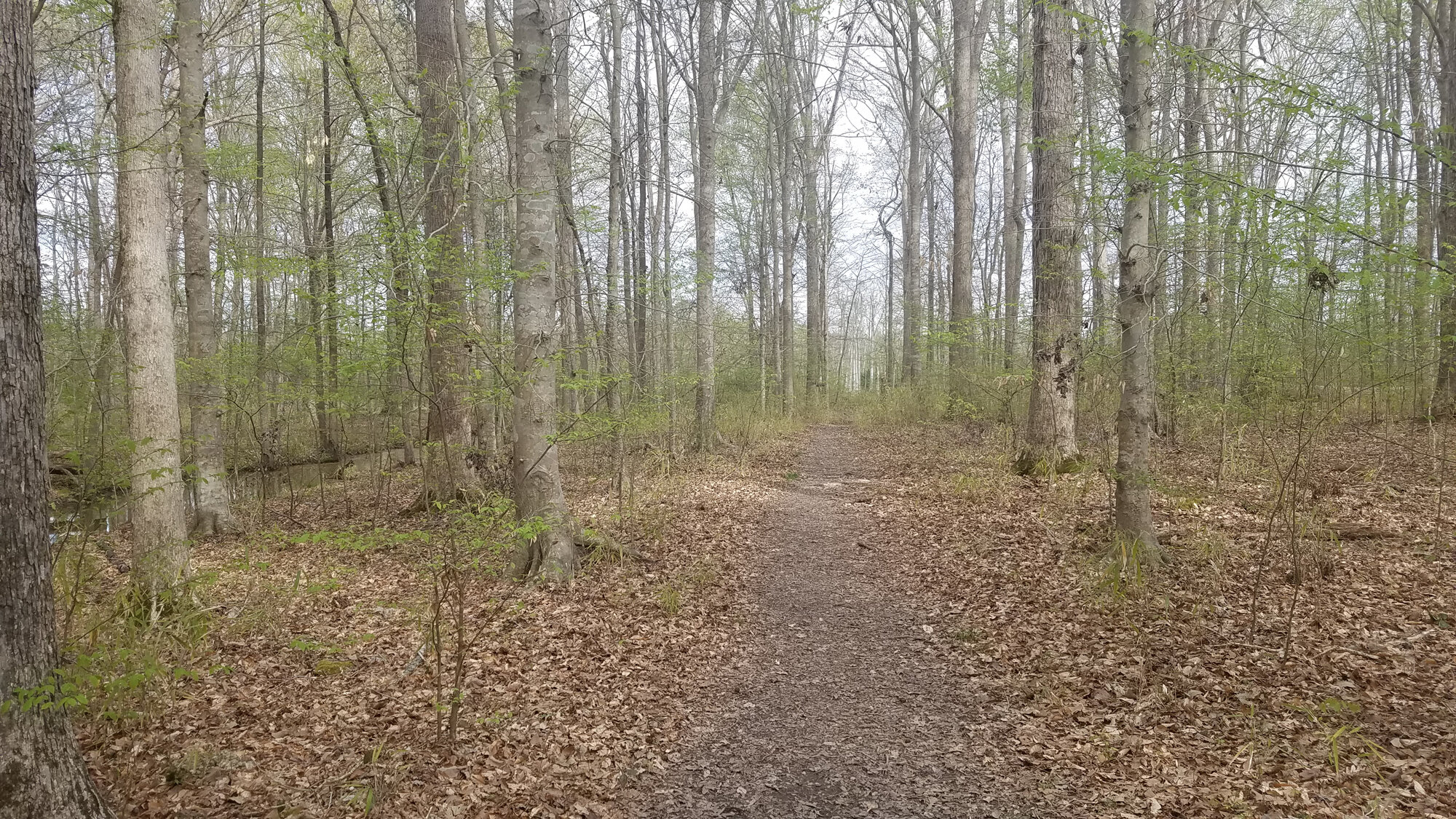
For those who wish for their observations to be included in this journal, please submit your records to www.eBird.org, and ensure that the proper documentation (whether written notes that rule out all similar species or photo/audio/video that is conclusive to species) is provided. Thank you to those who have taken the time to enter such documentation into eBird so these records may be publicly known and to those who took the time to read through this Journal entry. Be sure to check back early next month to see what birders will have found in Virginia Beach during April! For further information regarding this monthly, online publication, please visit the Journal Overview Page which provides an explanation of the current format, layout and composition of the journal.